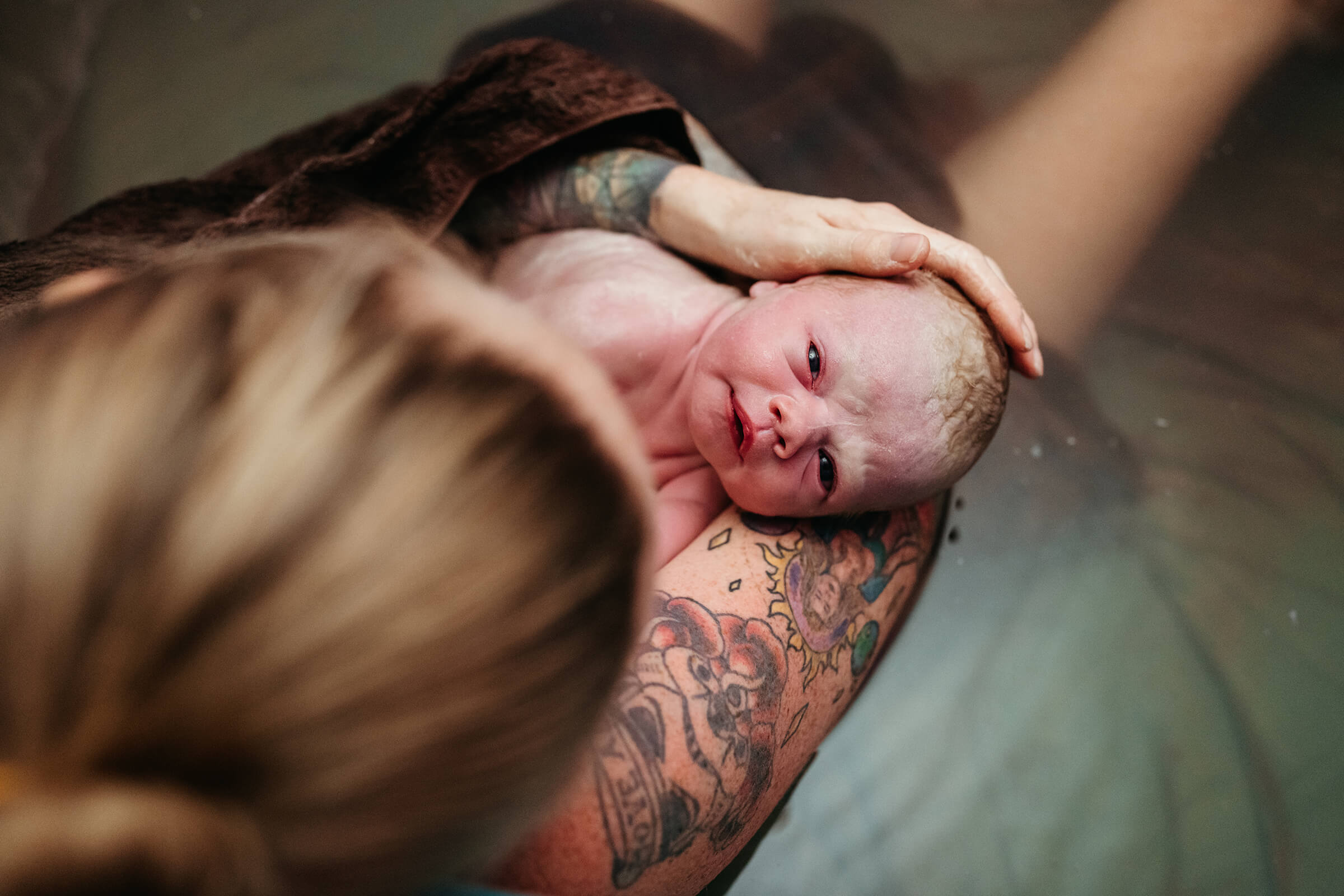
As we close out 2023, it’s the perfect time to review the year!
One of my favorite ways to end the year in gratitude is to revisit all the sessions I’ve had the honor of documenting throughout the year, picking a favorite from each. Favorites change throughout the year, but in this exercise of revisiting images, I am almost always drawn to joy, love, connection, and sometimes the memory of what happened in the moments surrounding that image.
This is also the time of year I set or adjust my annual goals for business and personal growth, always with the desire for balance to ensure I can be fully present in both. My word of intention for 2024 is Present.
I believe it’s essential to evaluate each year as far as what has worked, areas I feel worked for my clients and schedule, and ways to improve and grow (because I believe we never stop growing!)
2023 was a big year for me, business-wise as well as personally. After coming out of a creative rut that lasted two years, I finally felt my creativity re-ignited. I believe it was more burnout than a creative rut, but either way, I felt somewhat zapped and often struggled to pick up my camera. In this reset, I found that when I make time for myself and feed my soul spiritually and creatively as well as my body physically, I come to you, my clients, refreshed and much more creative and passionate, hopefully providing you the best experience I can. I’ve built solo vacation times for myself for the last two years, and it has been an incredible way to reset. I will continue this into 2024 and am still working on how this year will look.
I’ll address things I will keep the same for 2024 and changes I will make in each of the services I provide in the appropriate sections below.
Births
In 2023, I documented 13 births, each unique and special. Six of those births were repeat clients. This year, I documented two families that have now trusted me with three of their birth stories! What an honor!
This is my second year creating a compilation of the beauty of birth. Here is 2023:
Birth Stats
6 home births, 5 hospital births, and 2 birth center births. Two were transferred to the hospital from home and birth center, and one was delivered via cesarean.
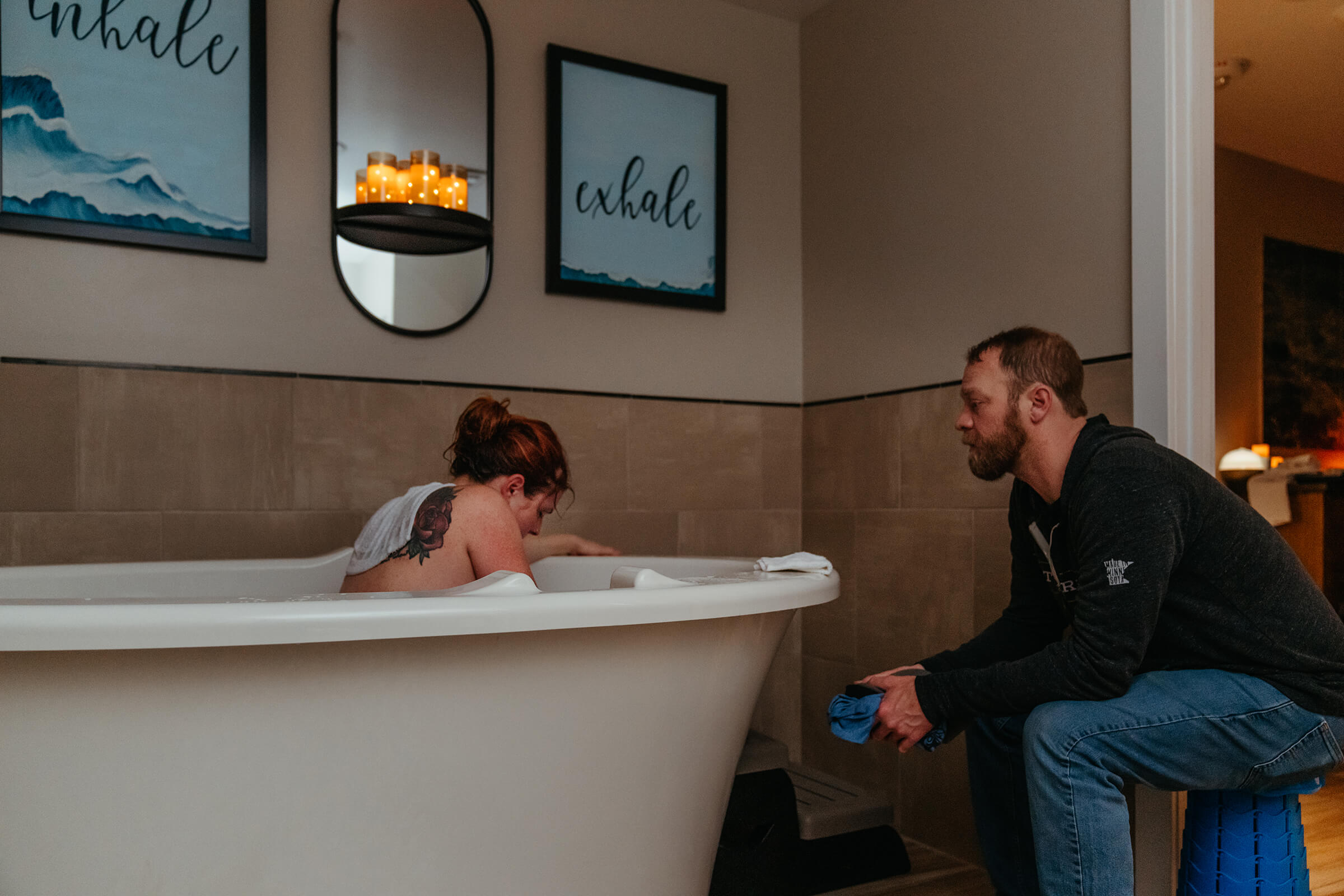
Achievements in birth for 2023 included being published in NAPCP‘s Inspired Magazine, being awarded first place in the birth category of Shoot and Share, and multiple placements in the birth category.
I also had a new website revamp, and I couldn’t be happier! Louise with The Autumn Rabbit has done it again (this is the second website she’s built for me). I wanted to emphasize my focus on birth photography and videography, as these are my specialties.

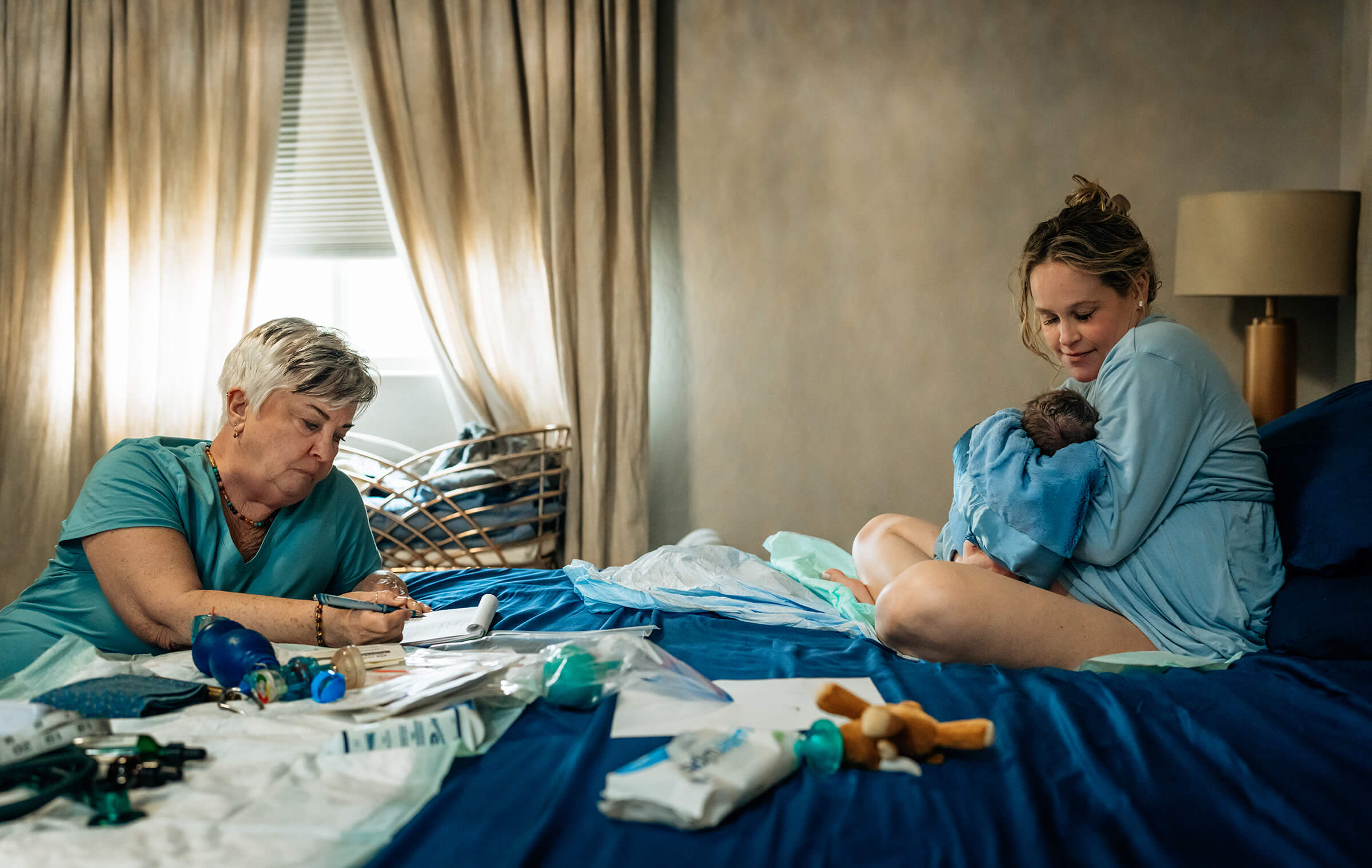
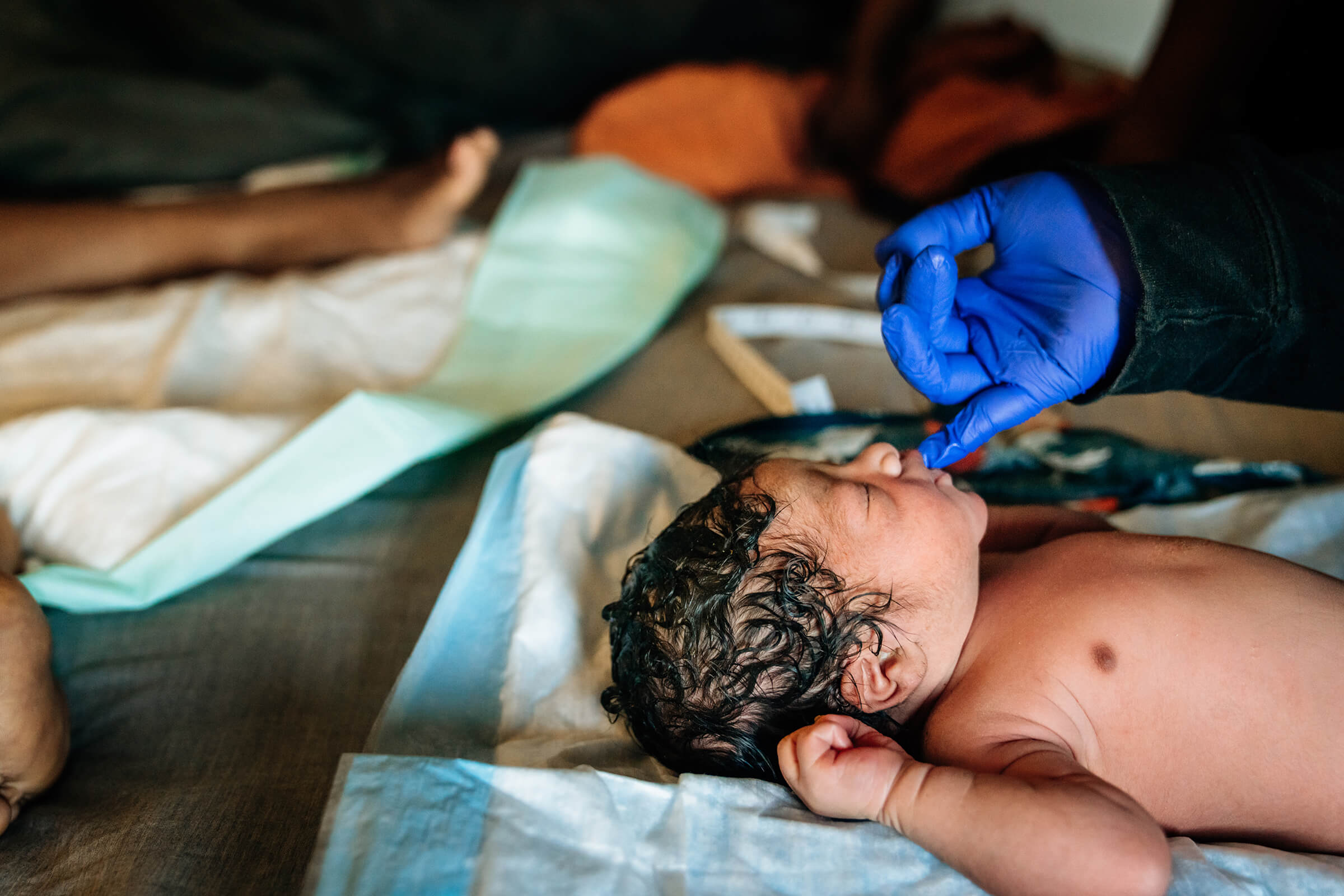
My 2024 goal is to continue to grow creatively and in filmmaking, focusing on continuing to develop my storytelling skills, applying to at least two competitions, and expanding mentoring other photographers in this incredible genre. I plan on adding at least five more birth clients in 2024.
If you plan to welcome a baby in 2024, please reach out! I tend to book out quickly and have openings in February, May, and August.

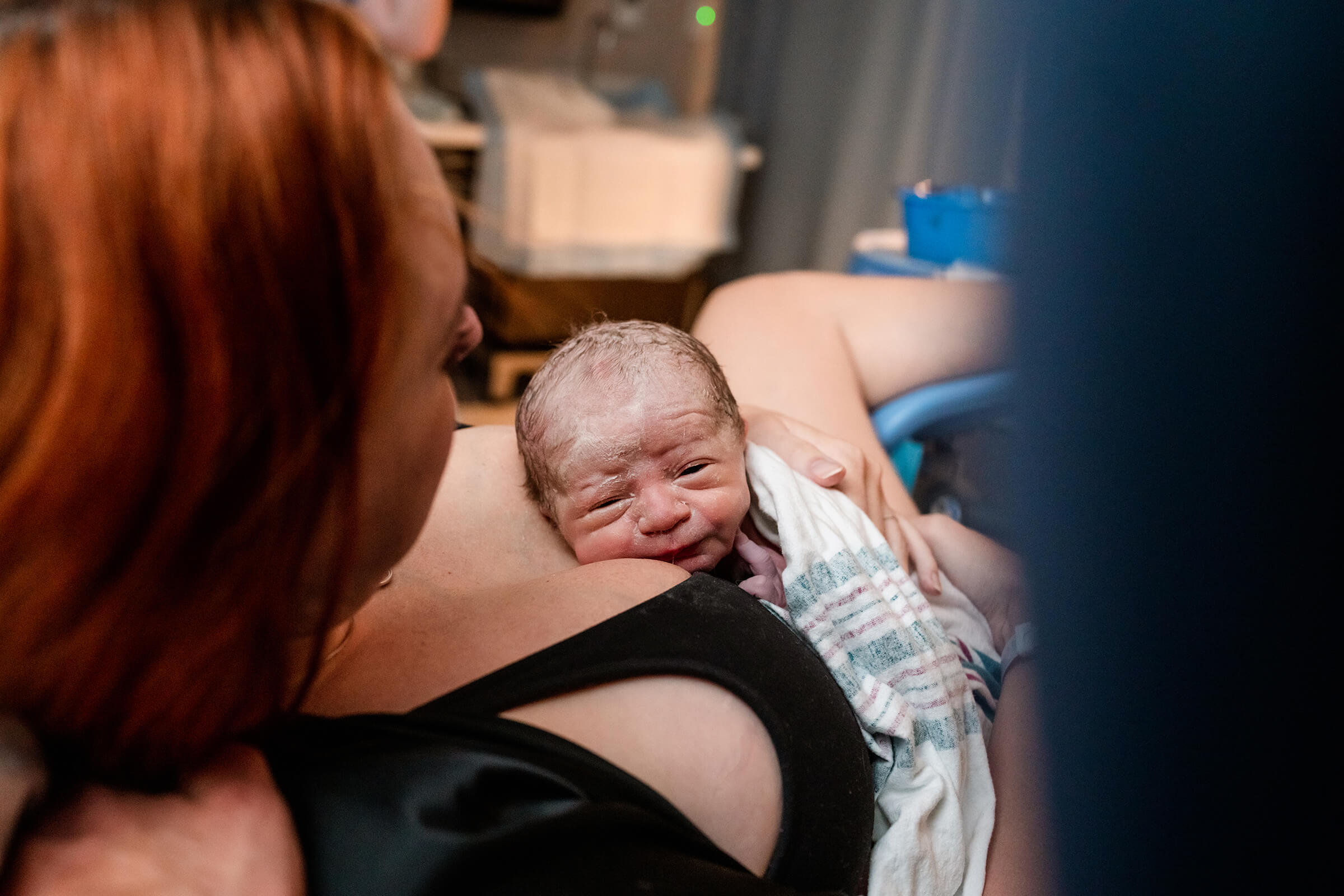
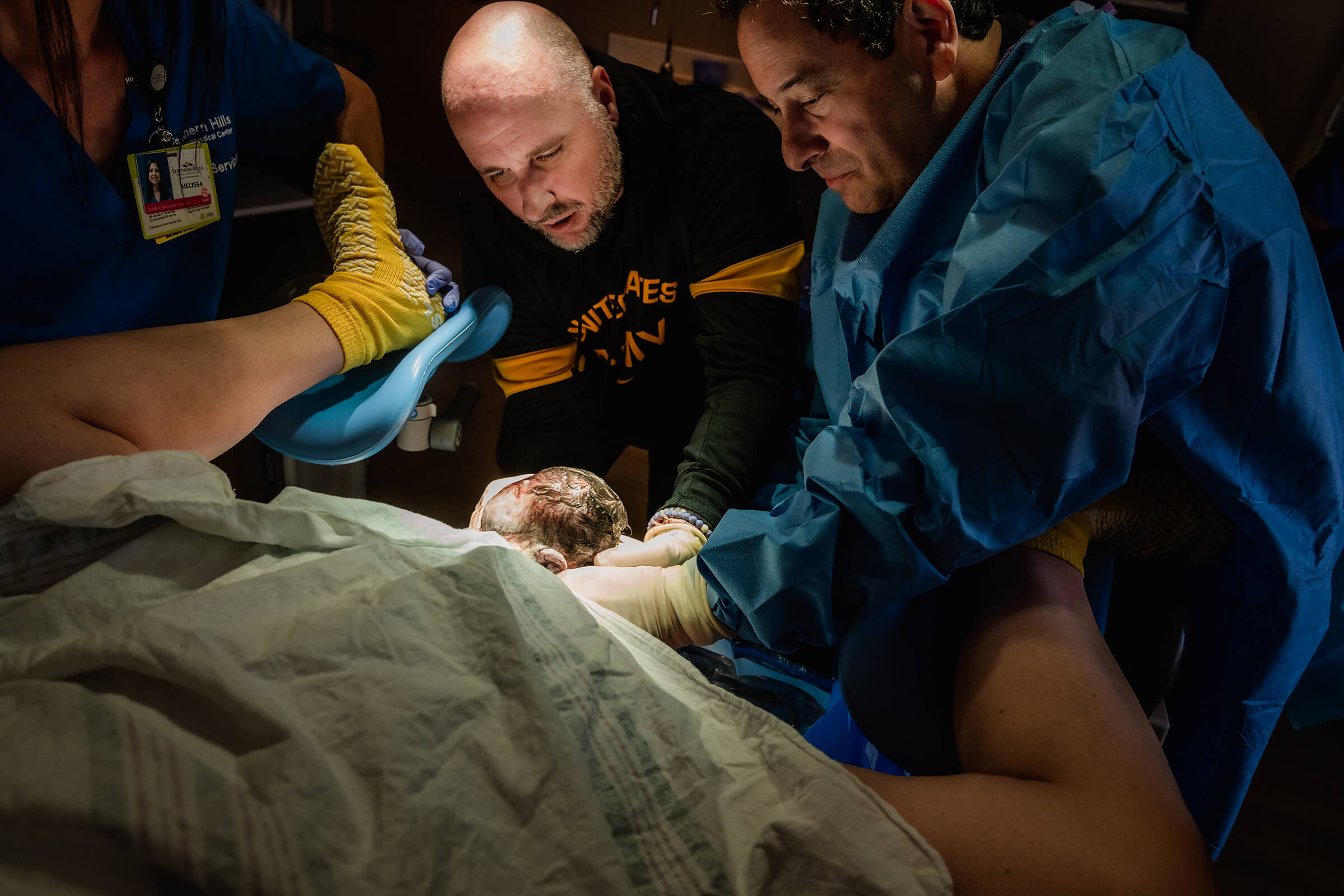
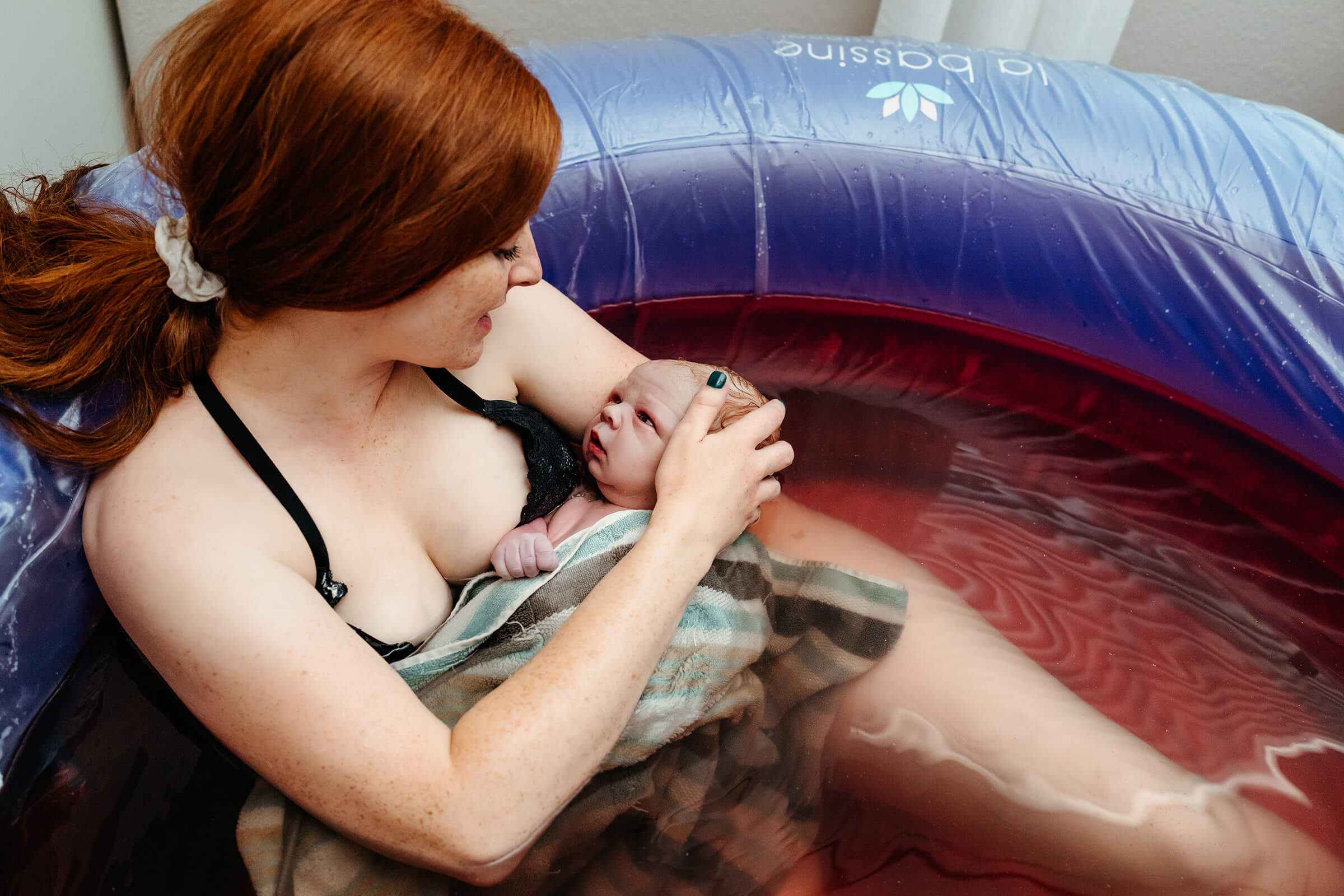
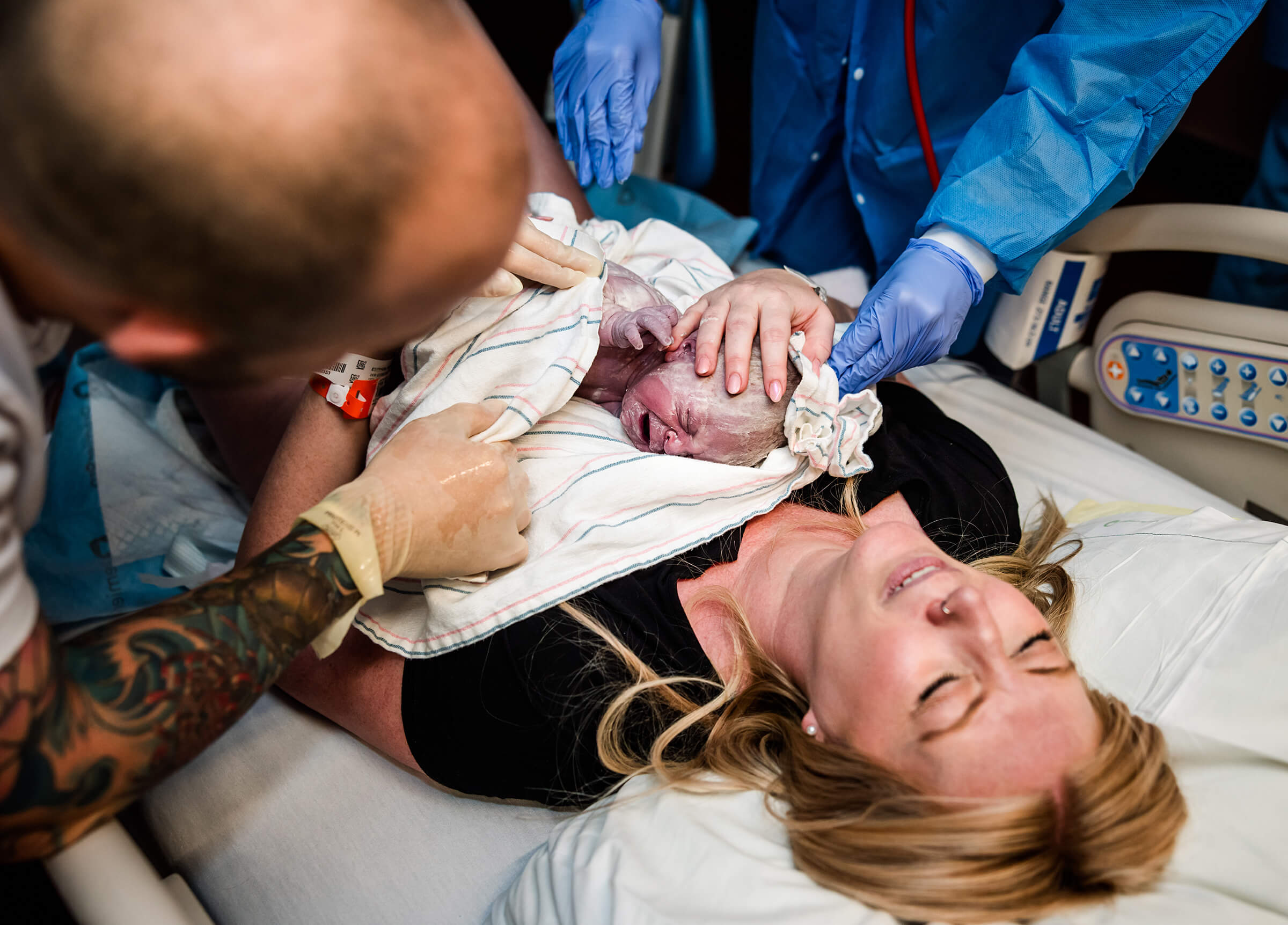
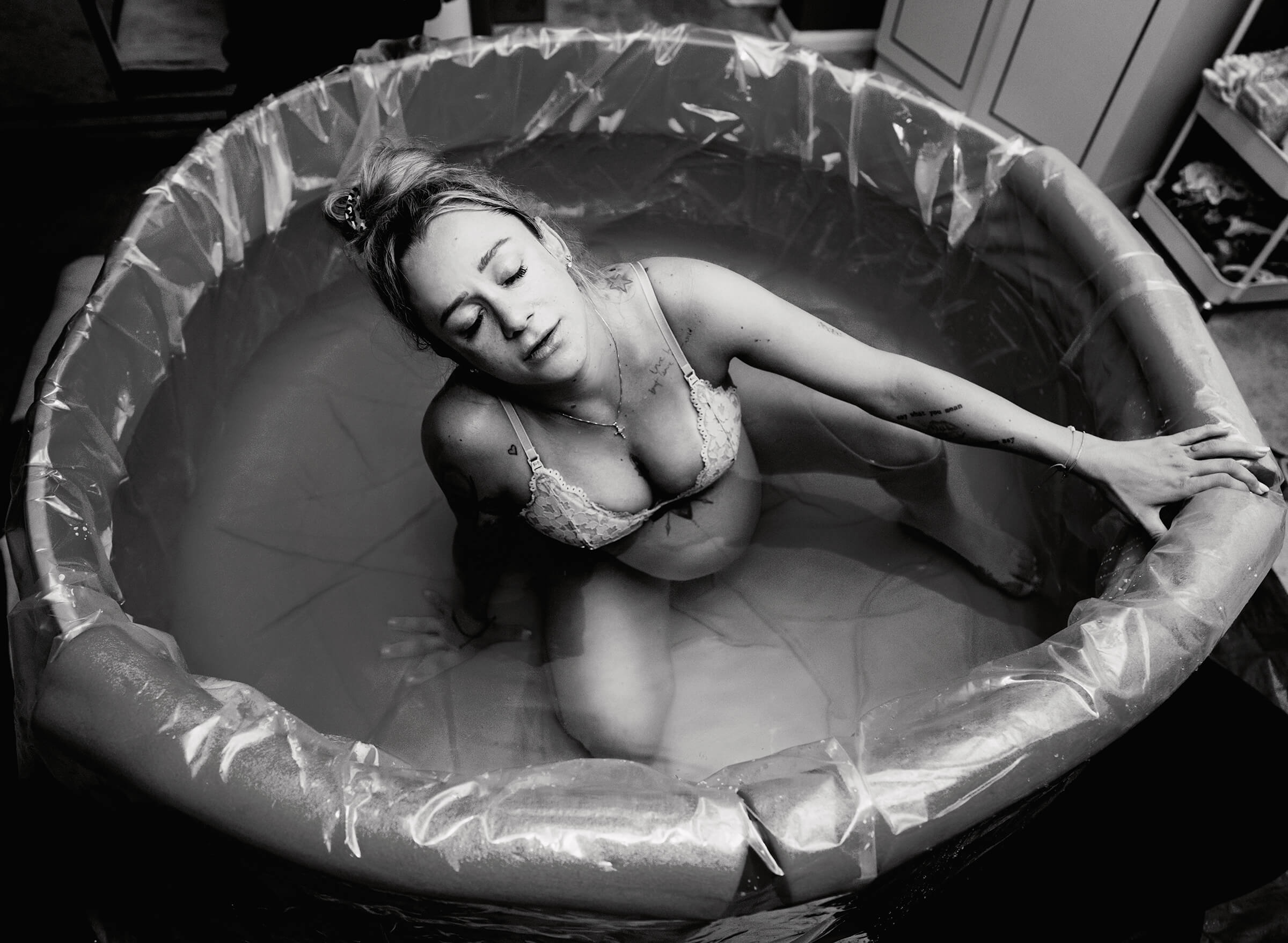

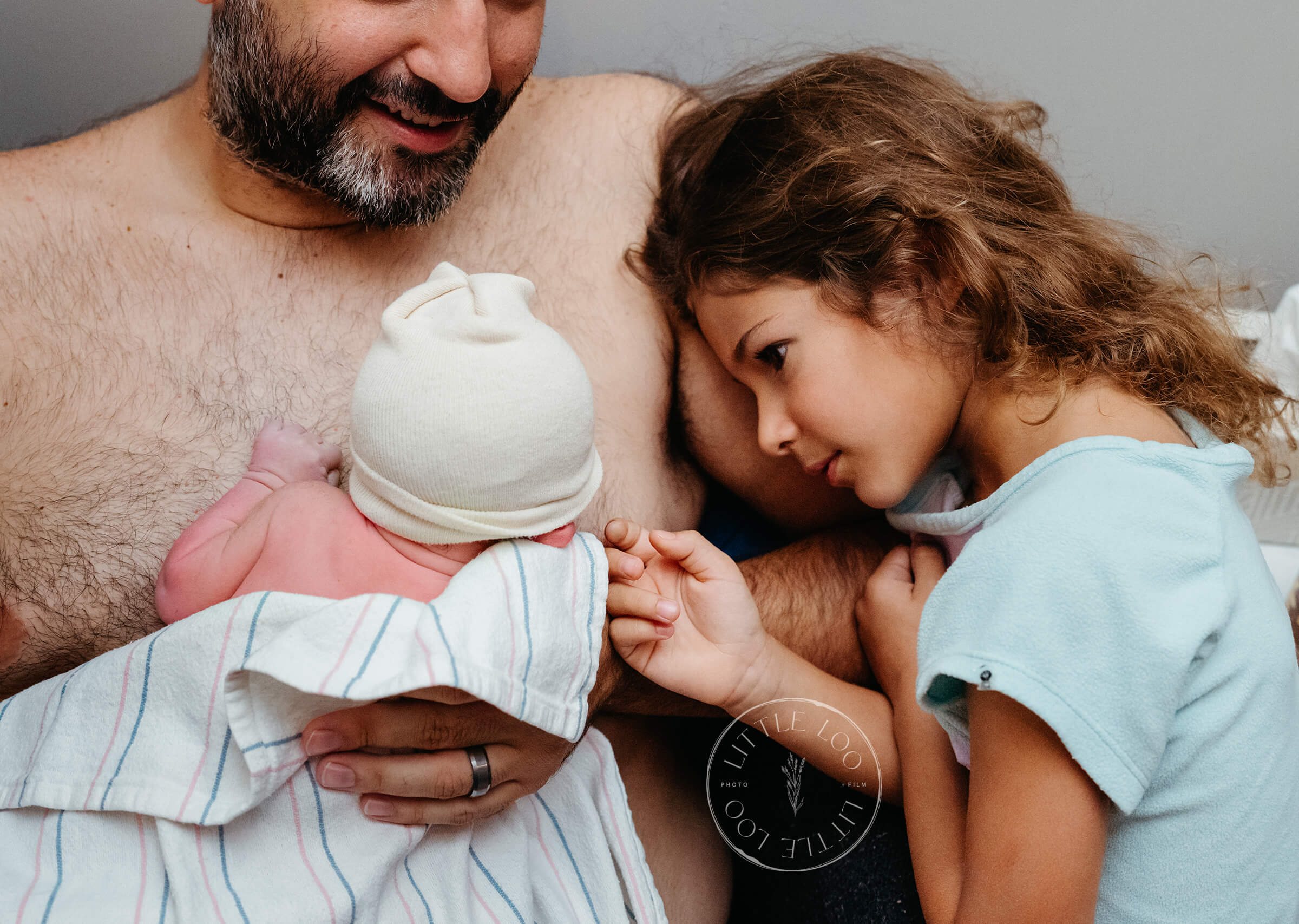
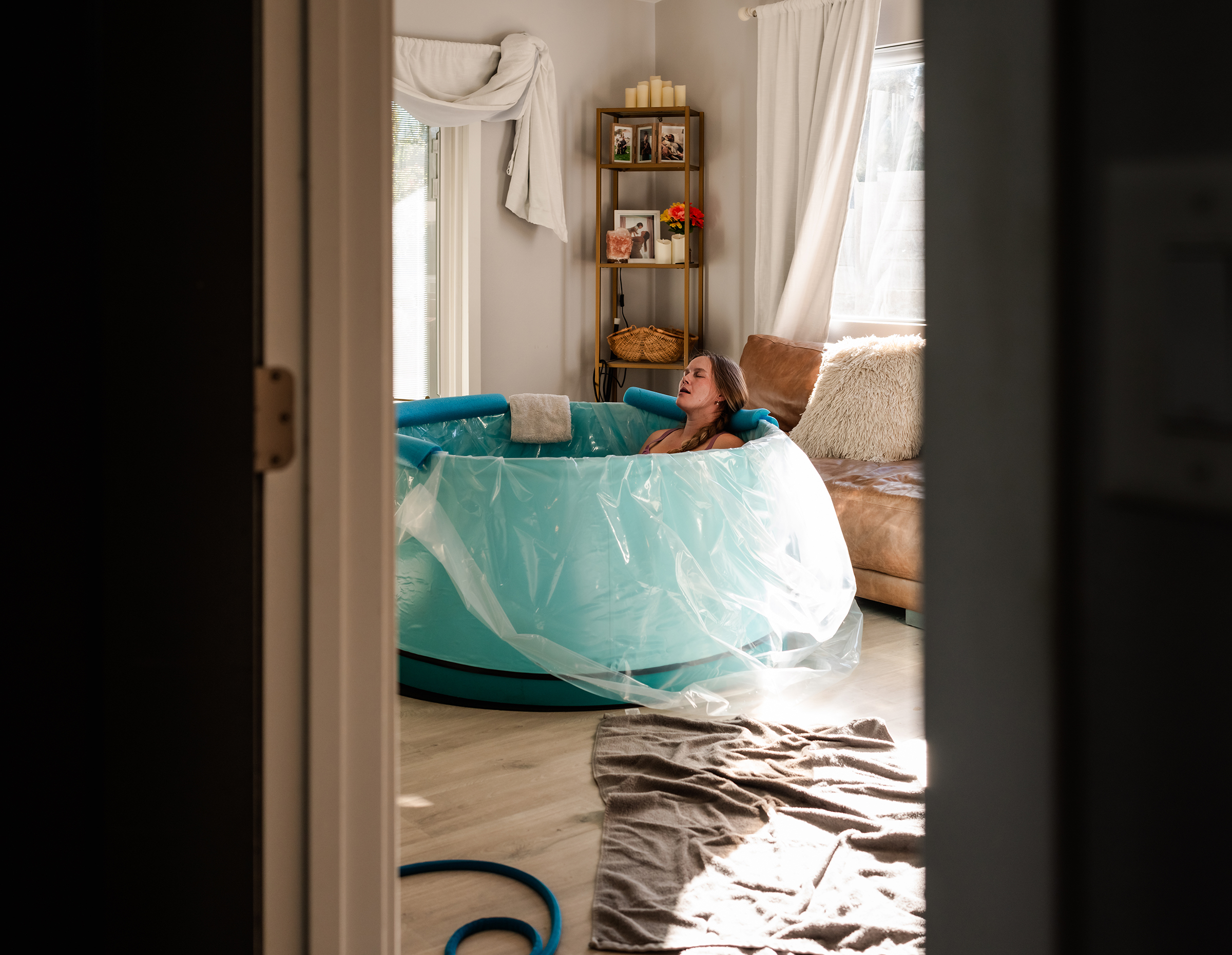
Maternity
I documented 12 maternity sessions.
Maternity sessions are tied with family sessions as my next favorite after births. It is a unique period filled with anticipation and the beauty of waiting to meet your new baby. Watching mothers open up and shine in front of the camera is the best.
In 2023, I added a few more beautiful dresses and gowns for client use.
In 2024, I will keep the number of maternity sessions pretty equal to this year; it was my happy place and ensured I had space on the calendar for birth clients. This year’s changes will be that my birth clients will get first dibs on maternity, fresh, and newborn spots on the calendar.
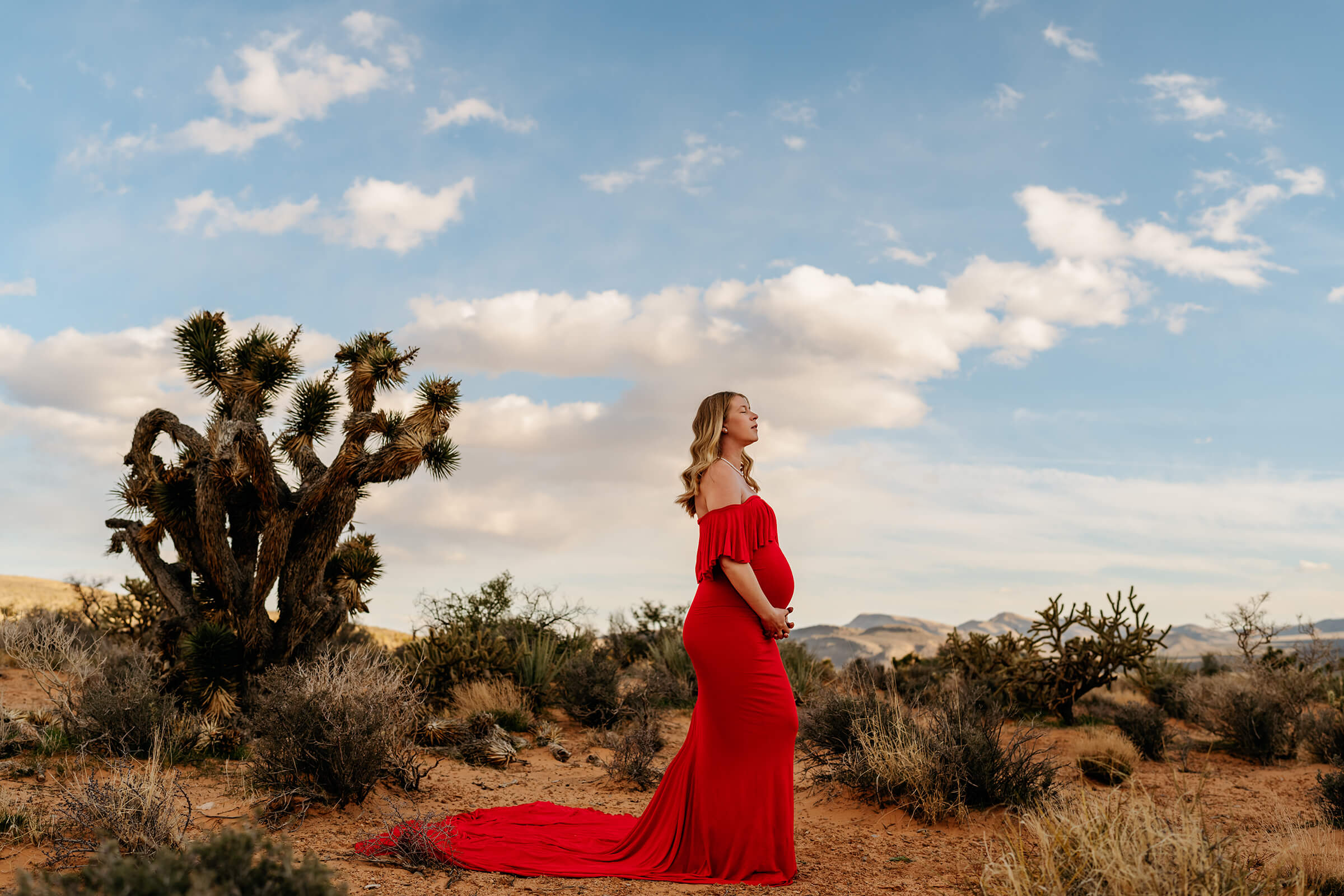
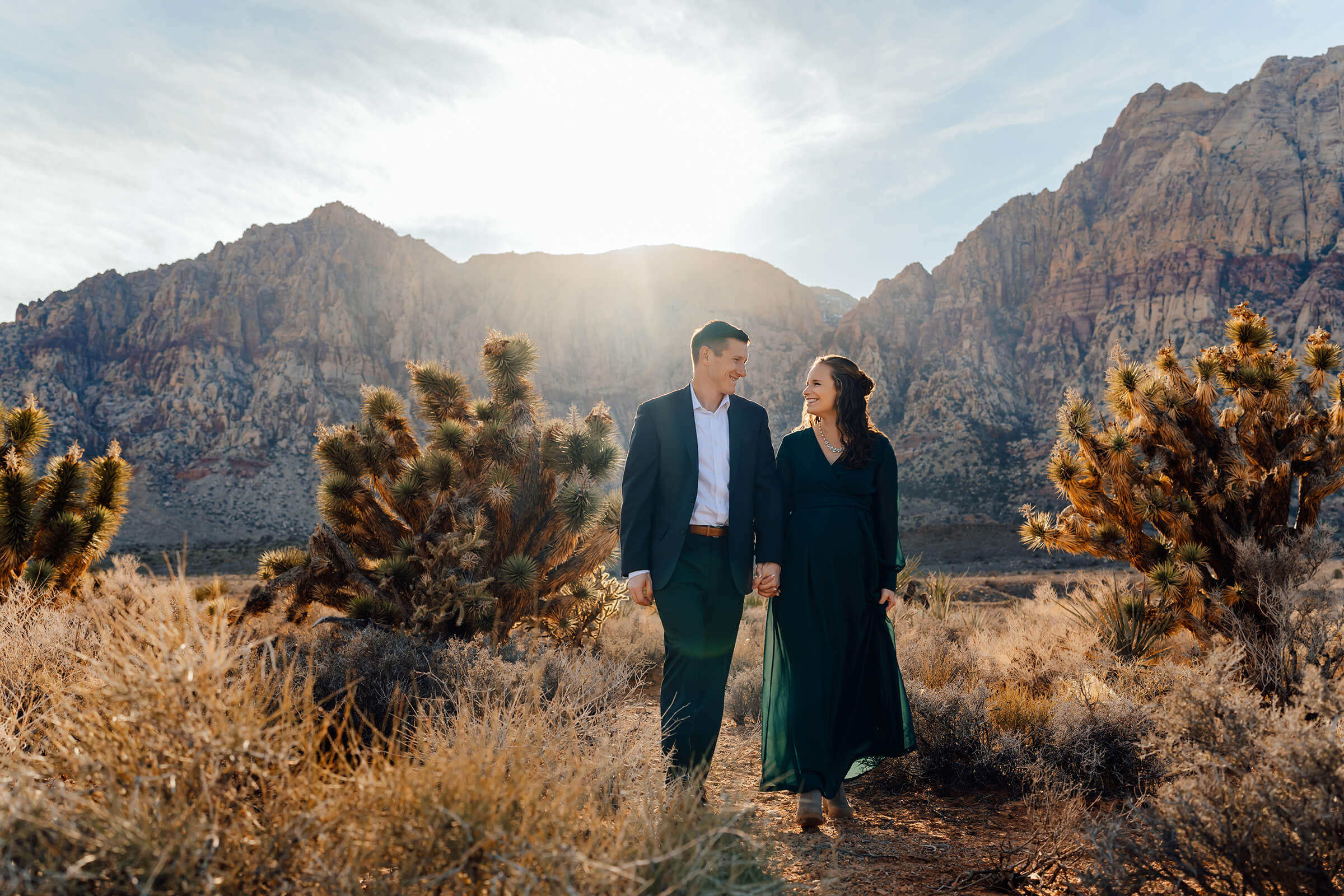


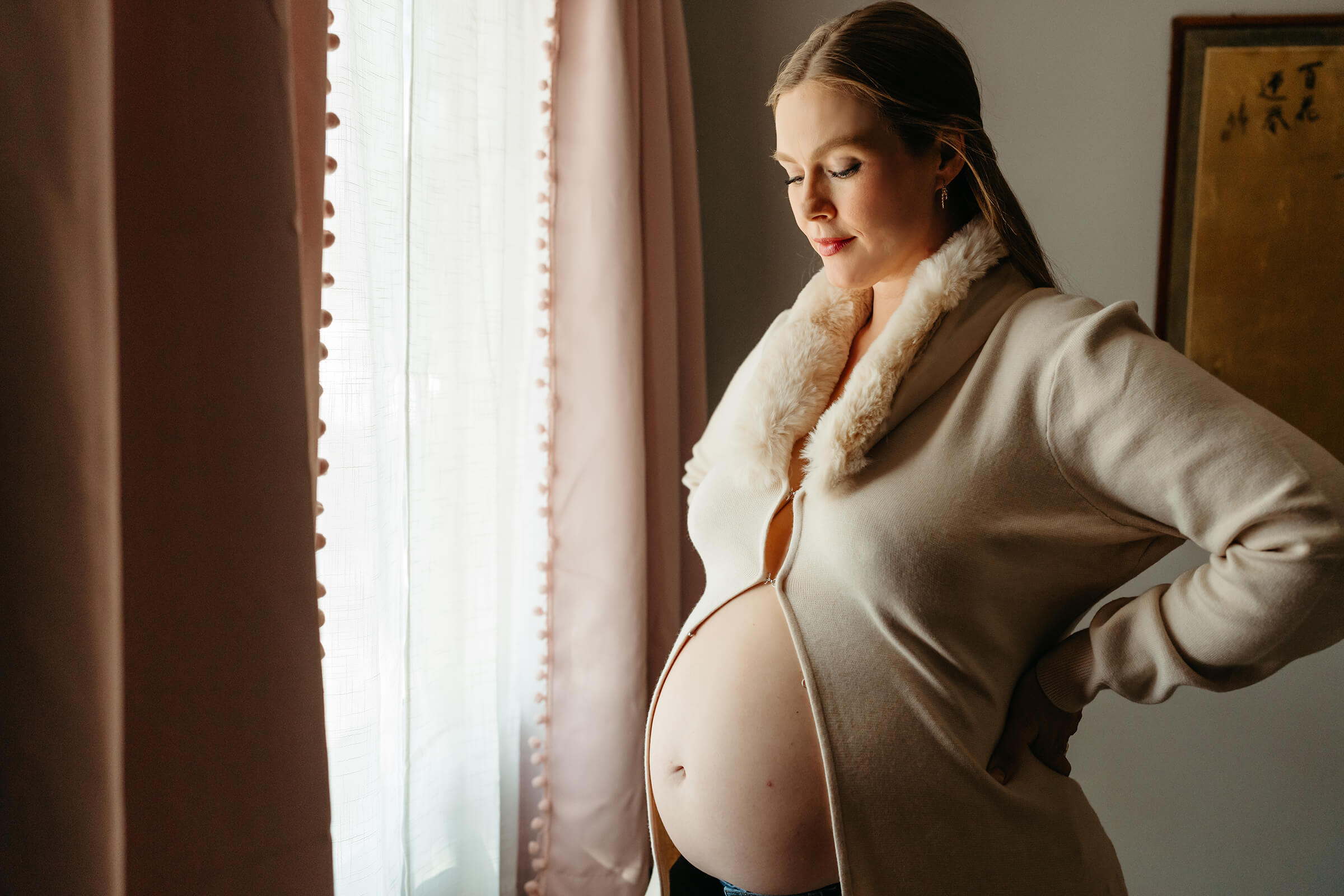
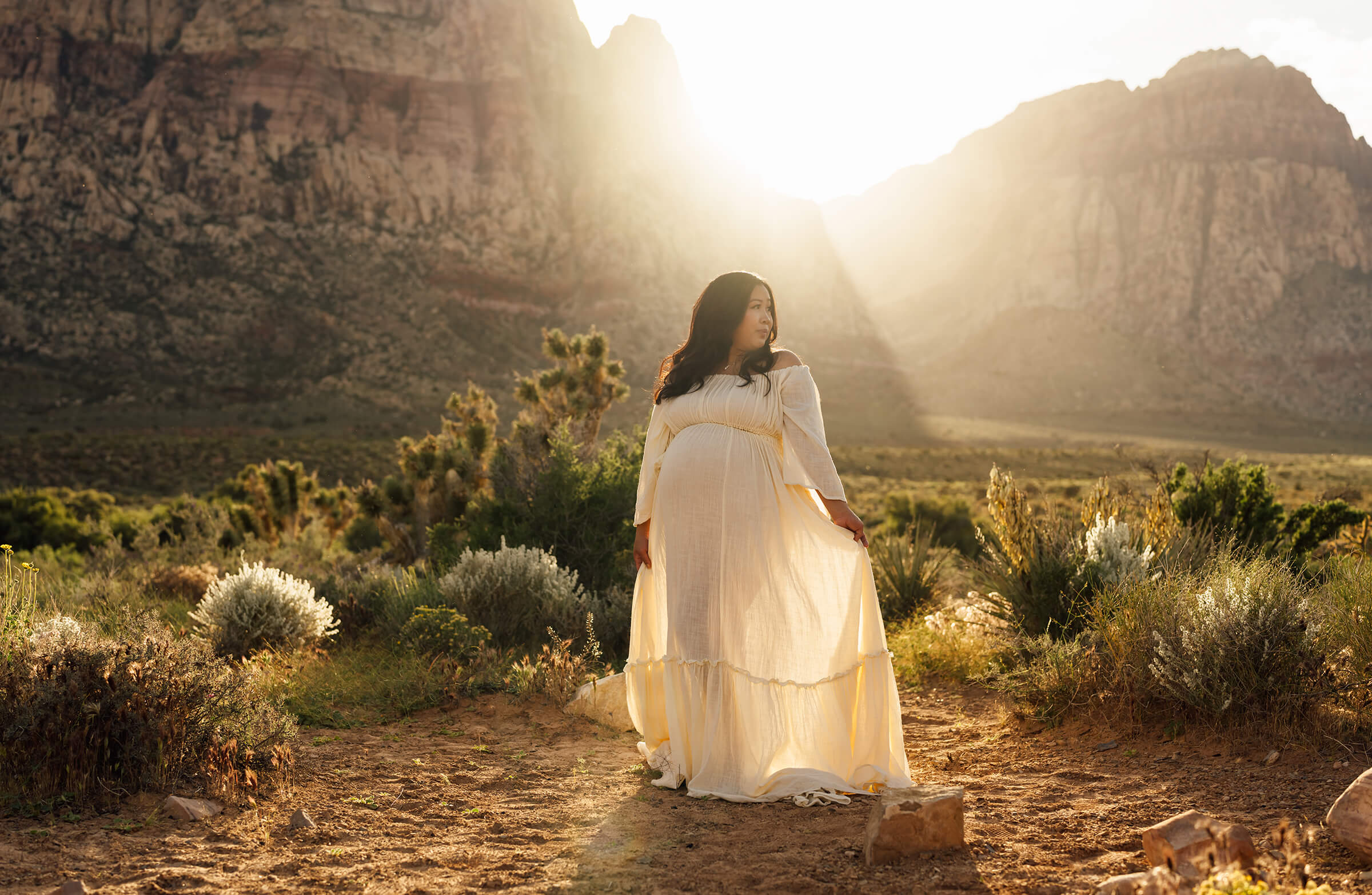
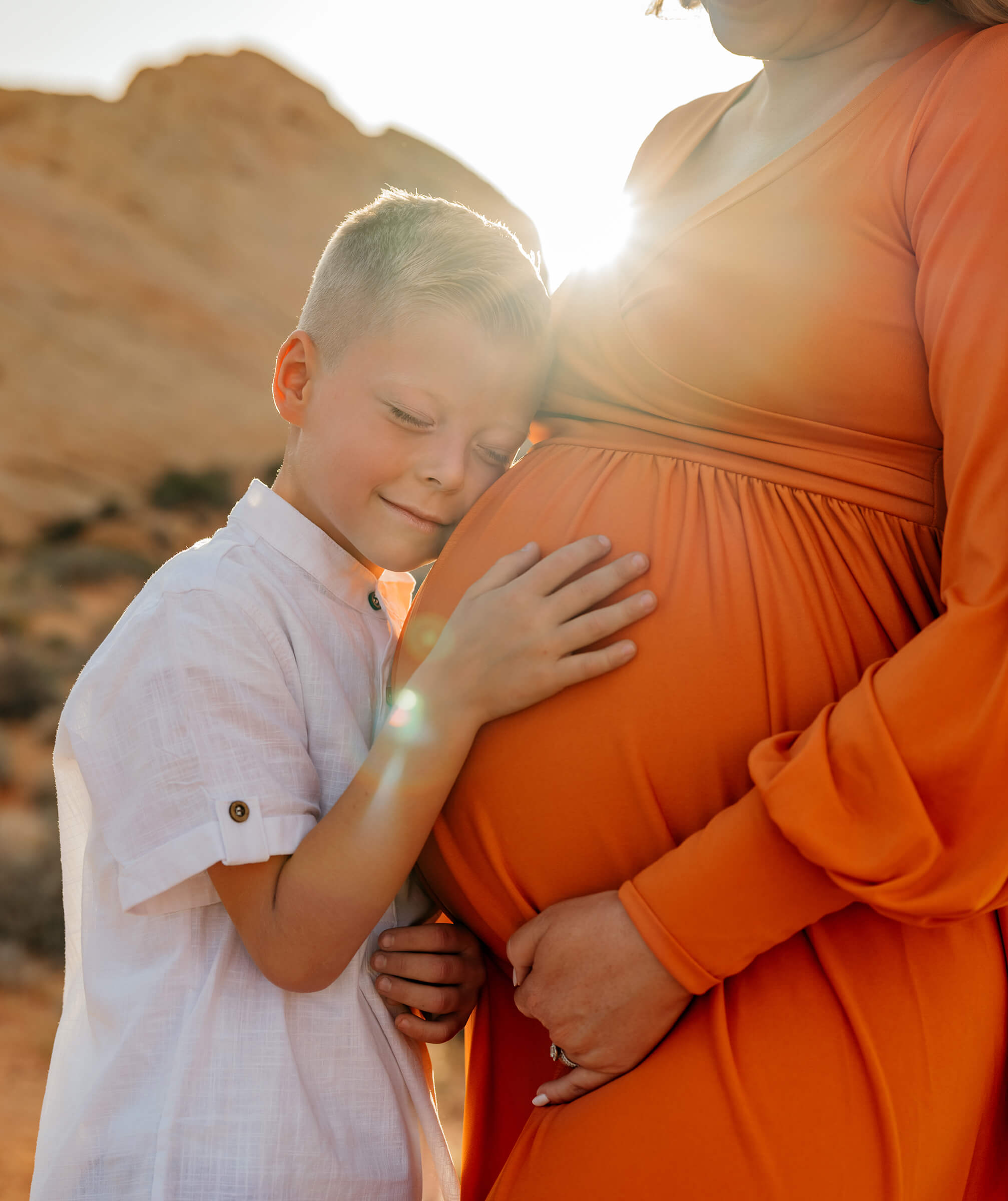
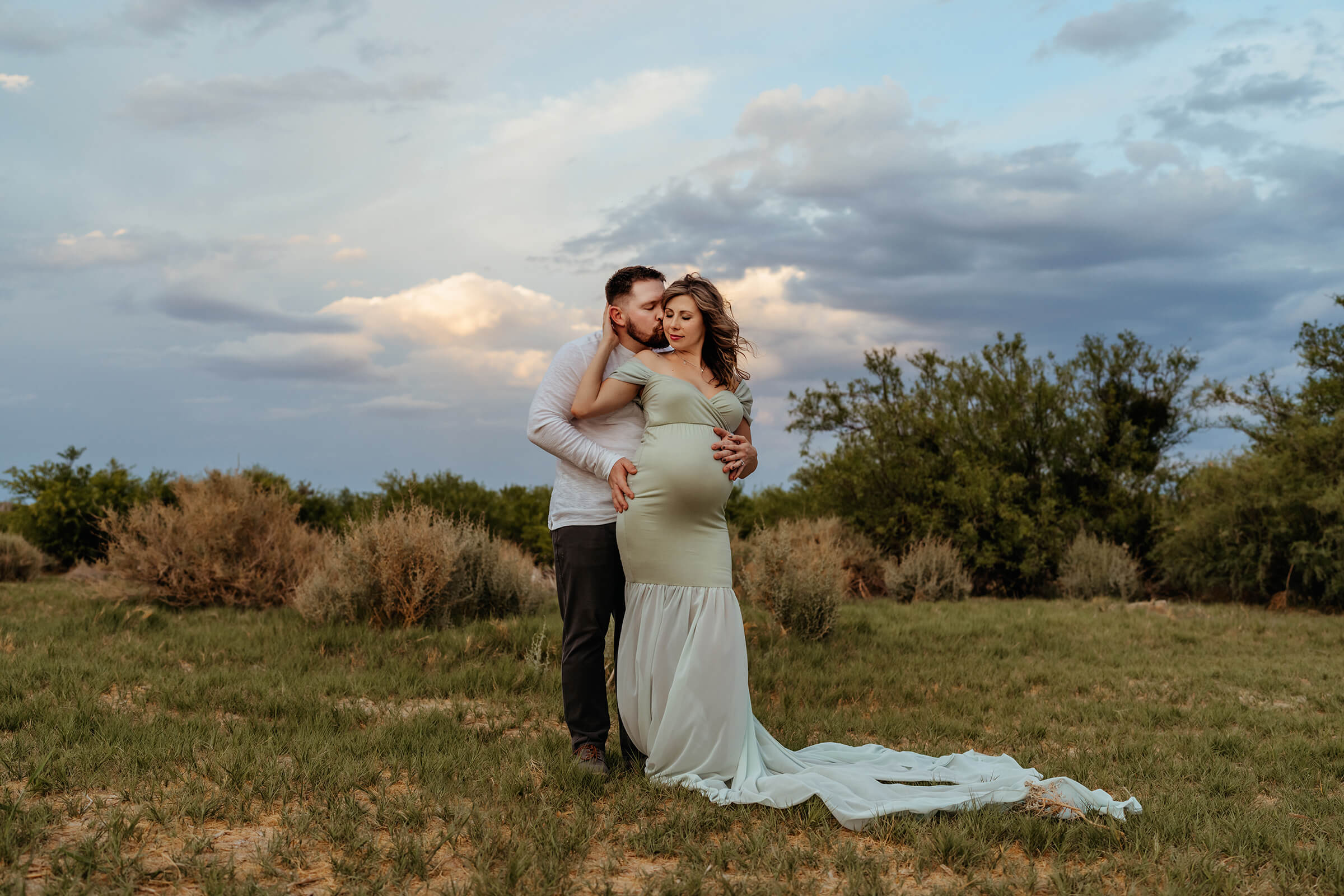
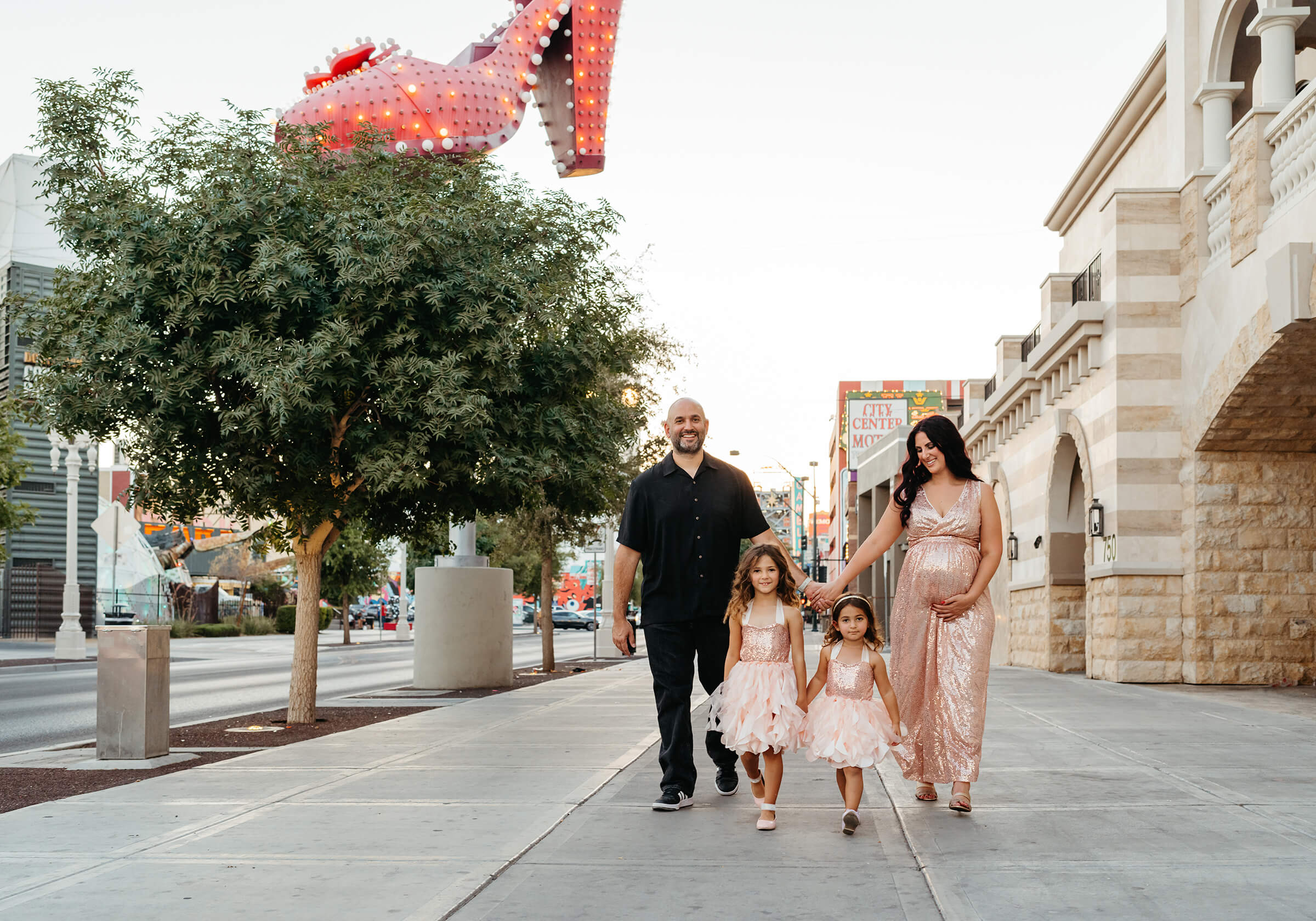
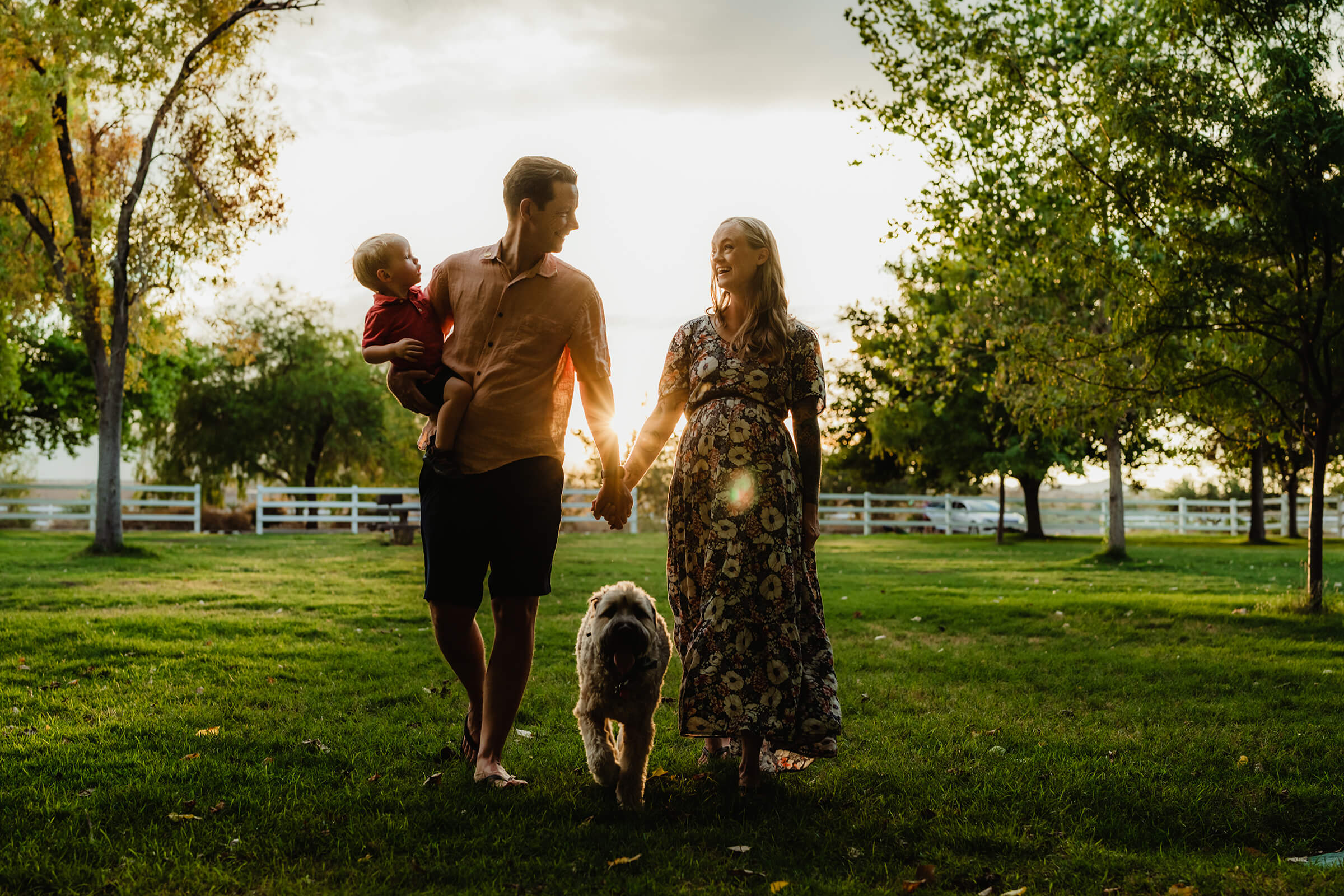

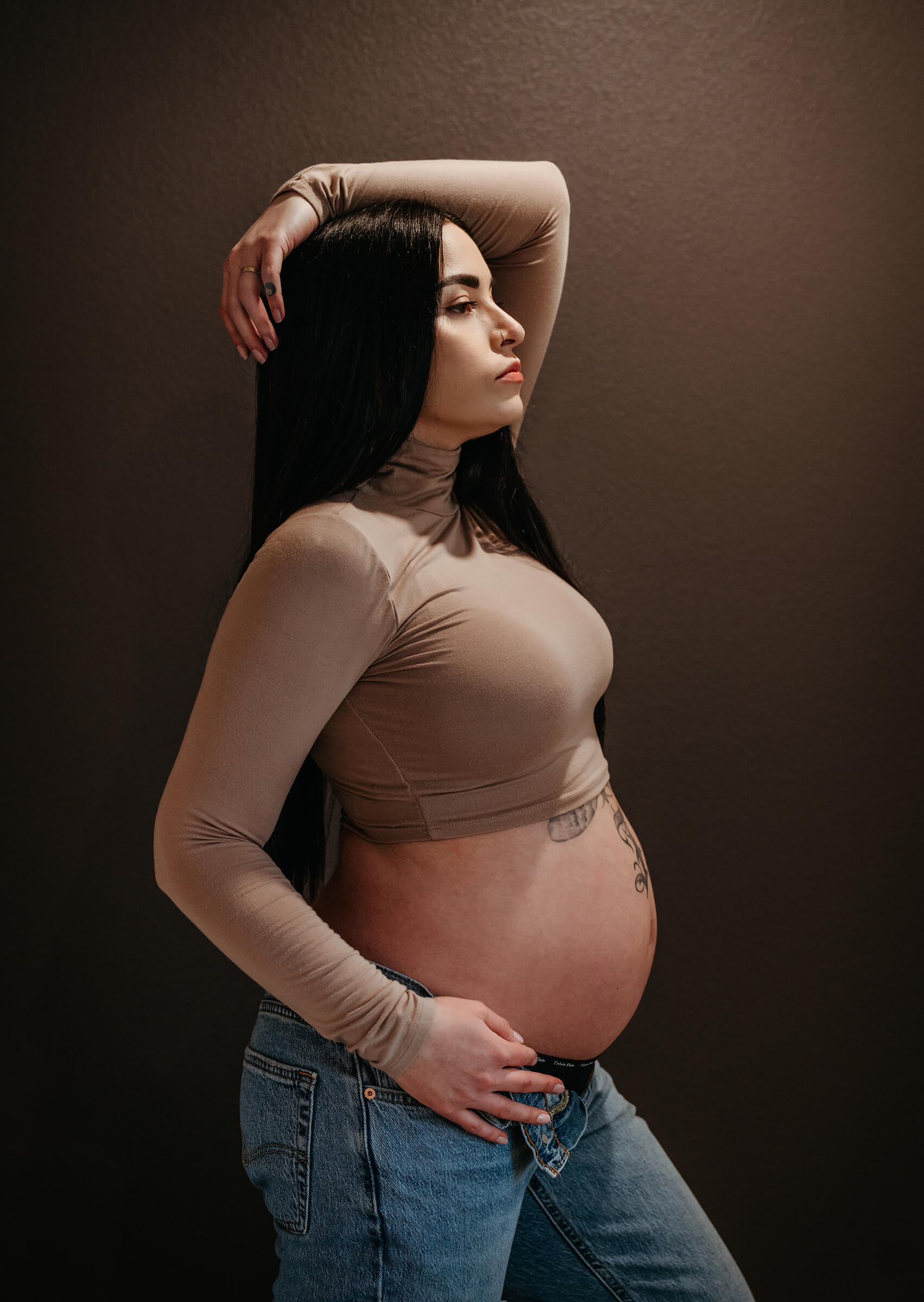
Fresh and Newborn
I photographed 5 Fresh sessions and 13 Newborn sessions.
I’ve transitioned into calling these sessions ‘Fresh’ sessions versus ‘Fresh 48’ because, as life goes, it isn’t always possible to get those Fresh sessions in those first couple of days whether it is a NICU transfer or families just needed an extra day or two to settle in. The purpose and goal of Fresh sessions is to capture all those sweet little newborn details and precious first days of getting to know each other. These days pass quickly, and those little details change so fast! They are more lifestyle in nature with minimal posing.
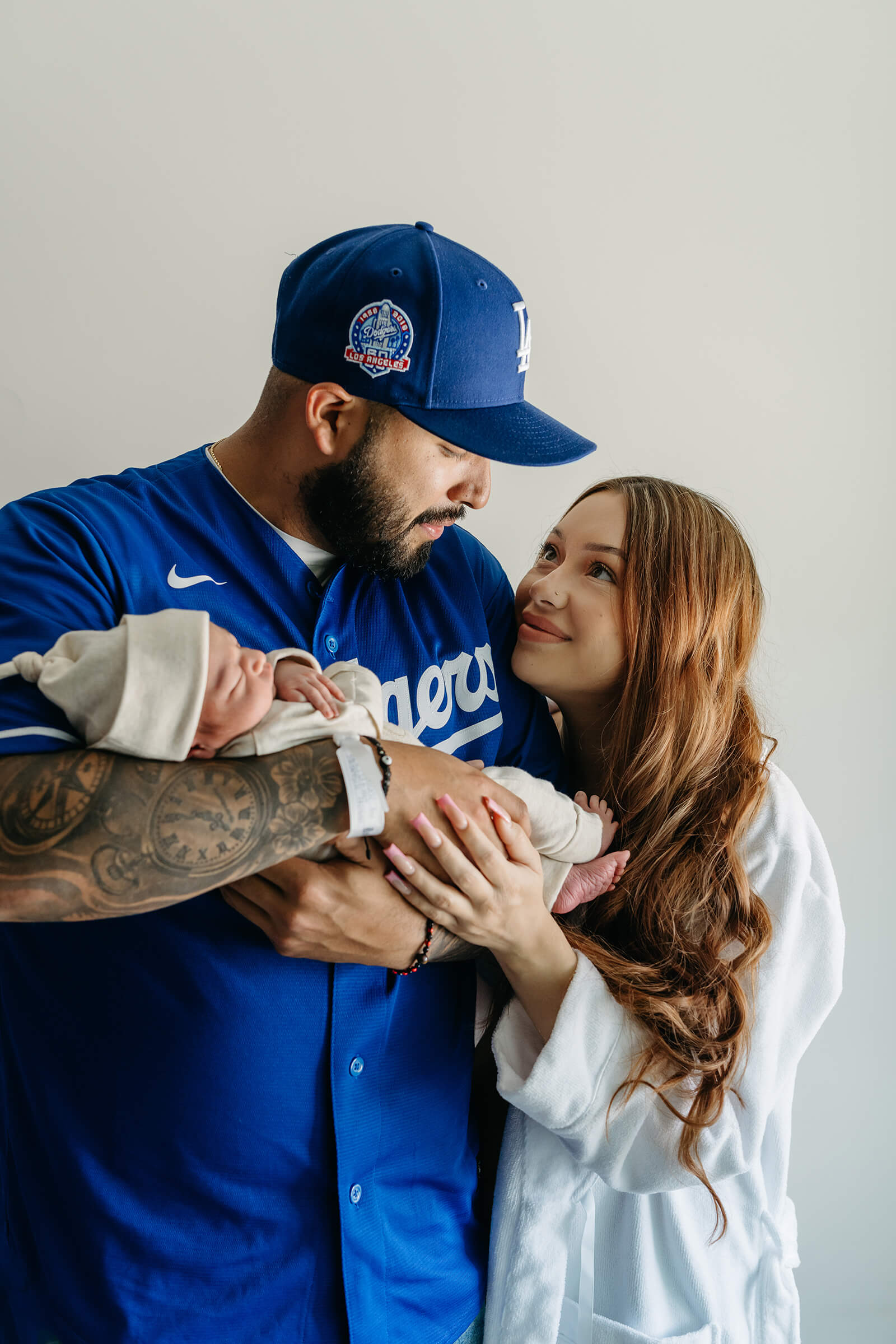

For 2024, planning to focus on birth clients while managing the schedule well, I will keep the same number of fresh and newborn sessions, with birth clients having first choice on availability.
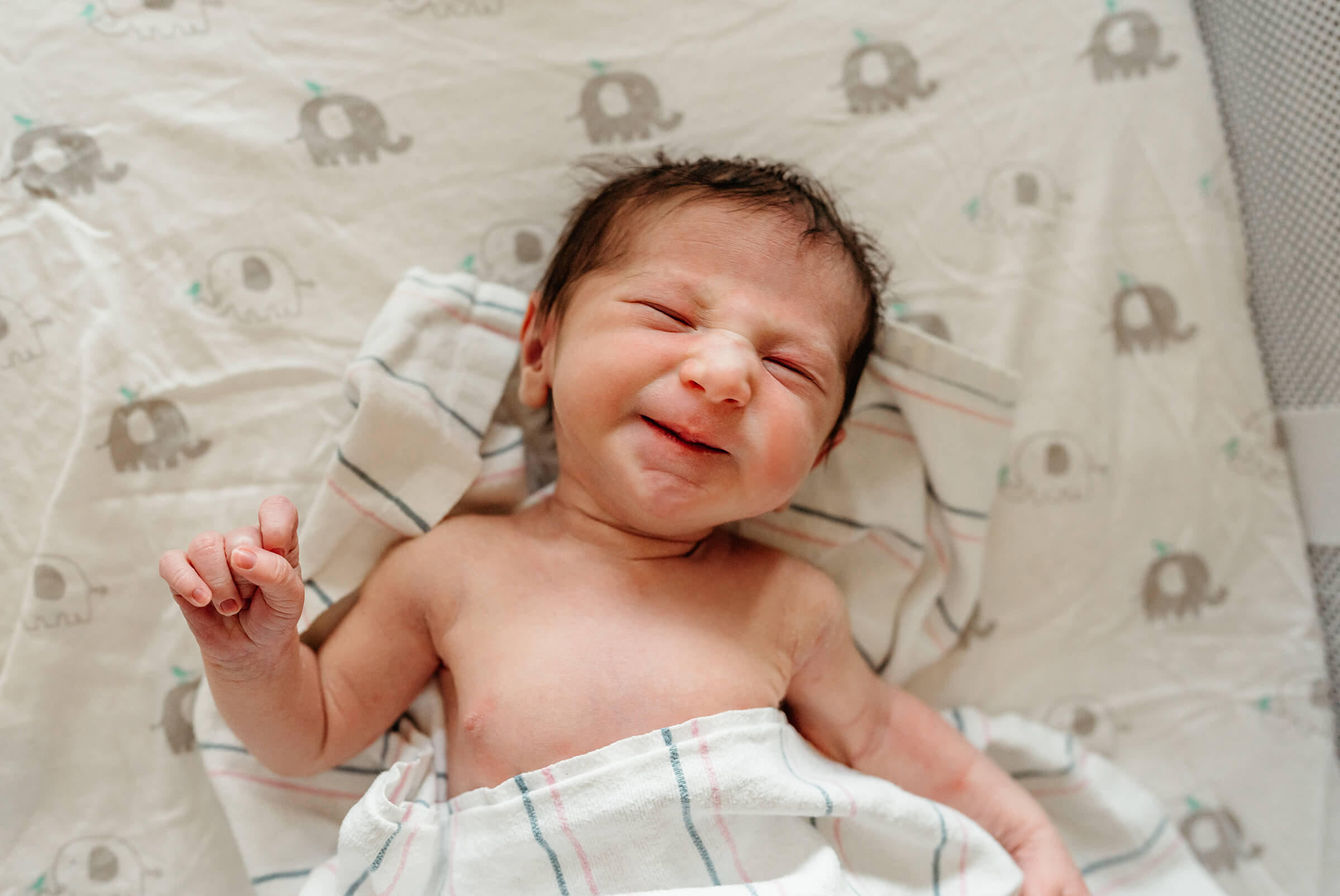
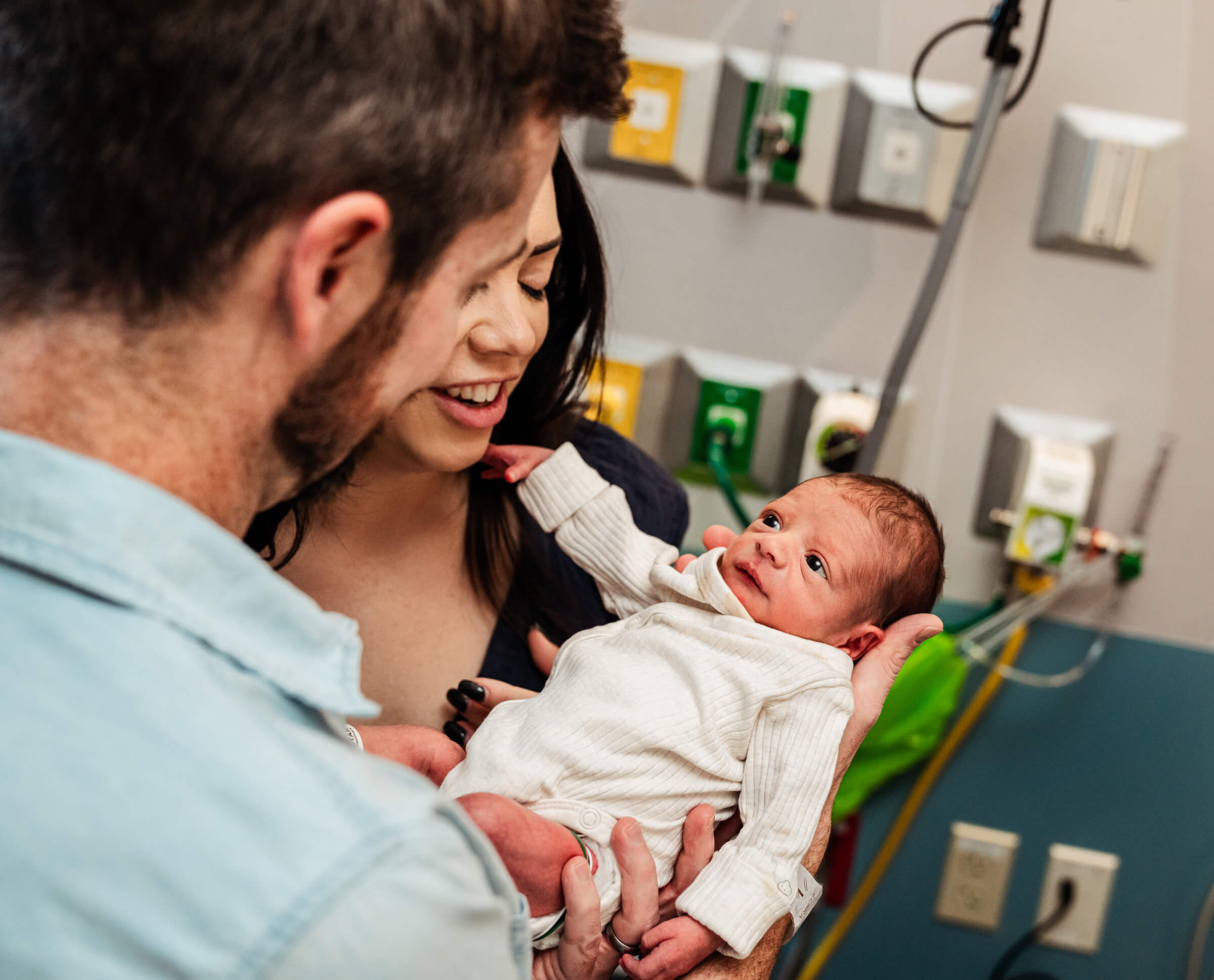
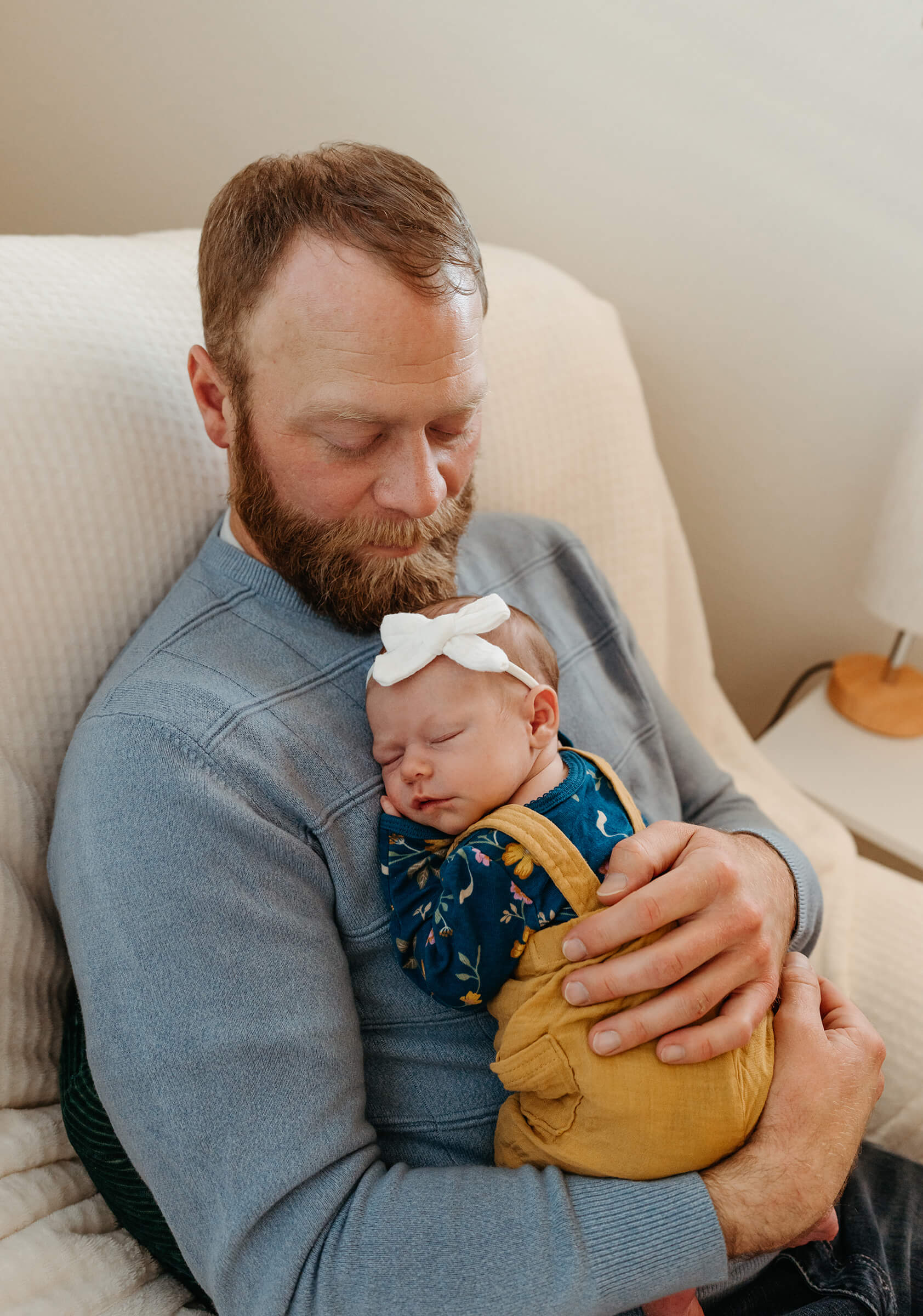
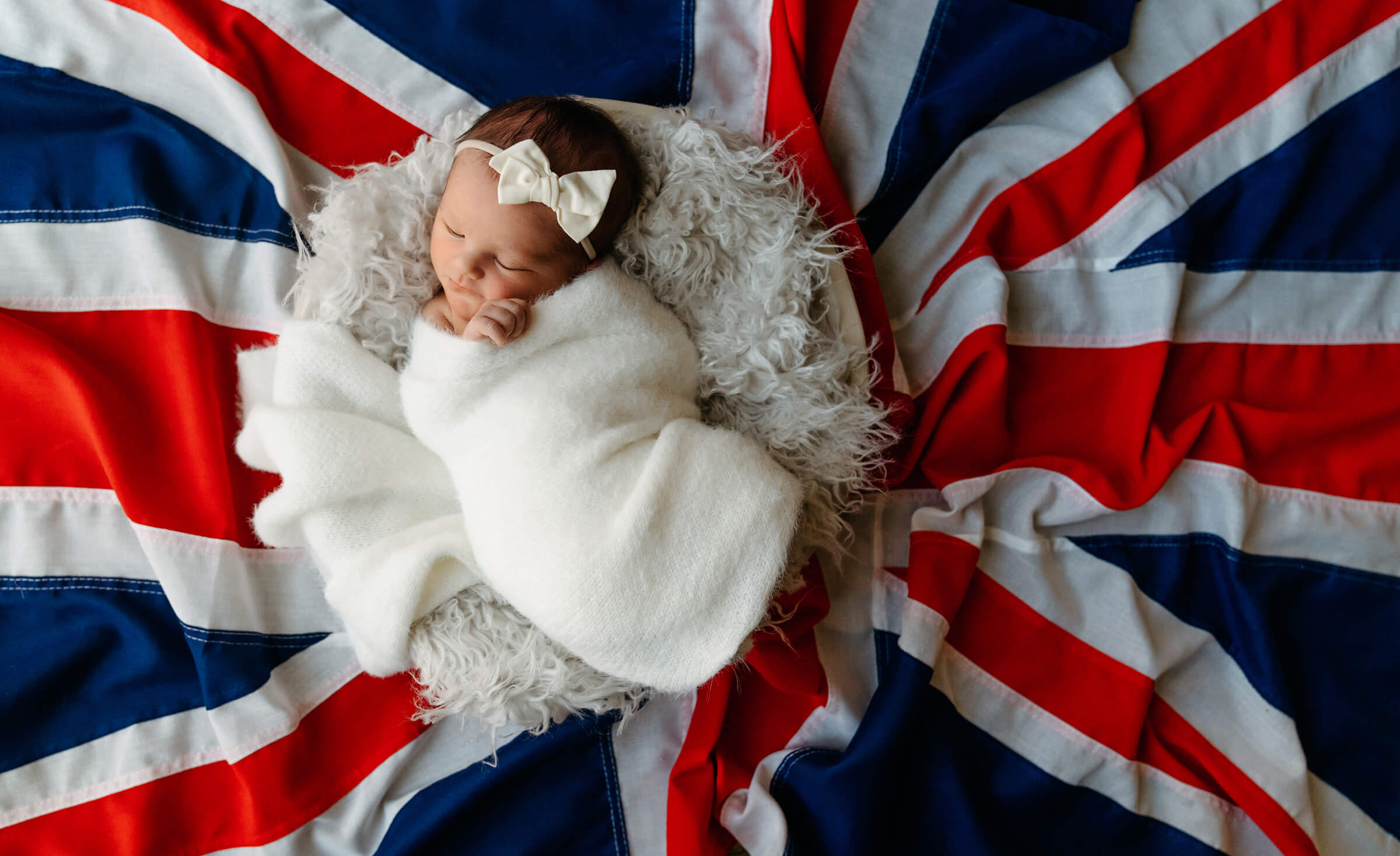
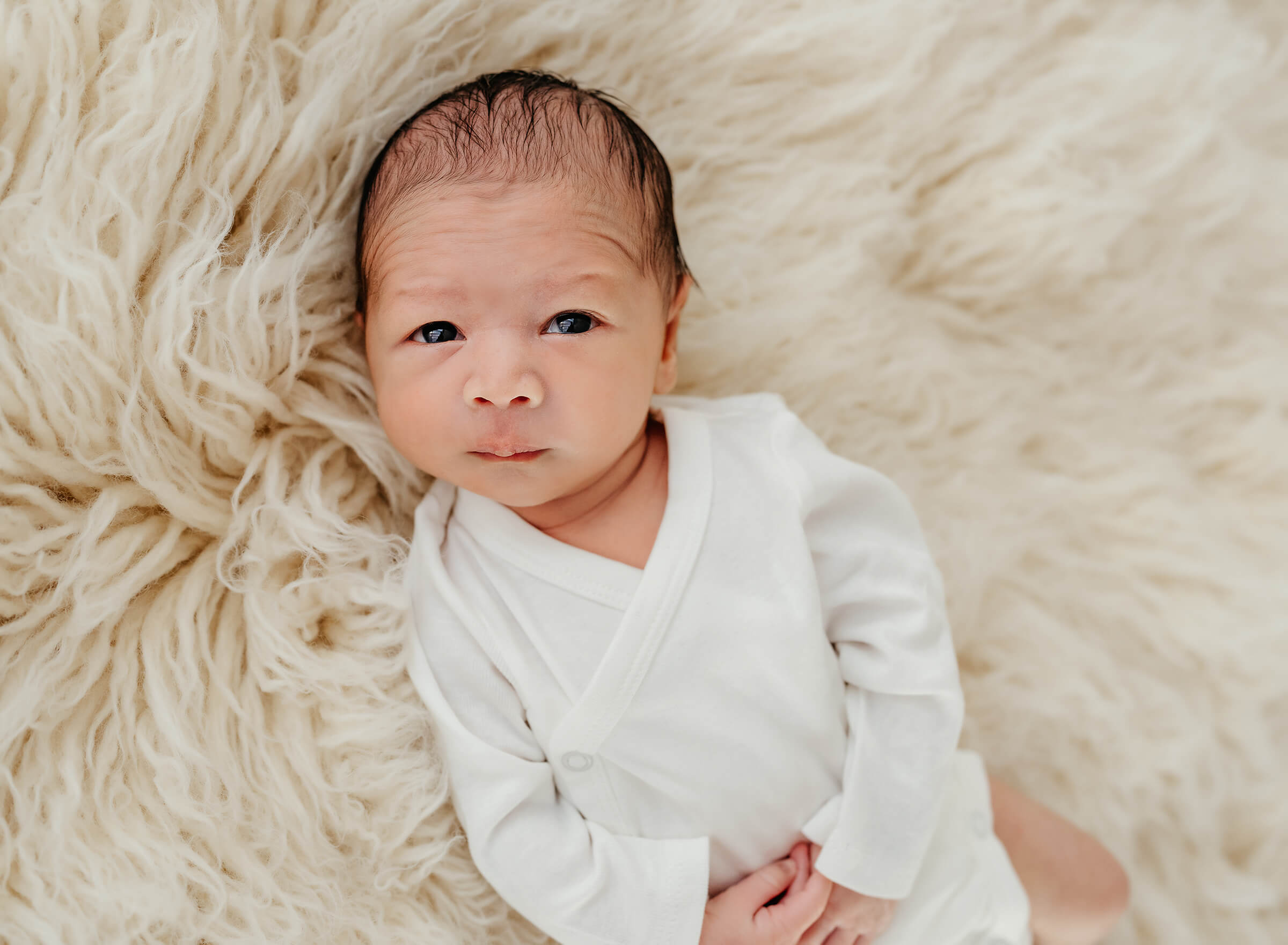
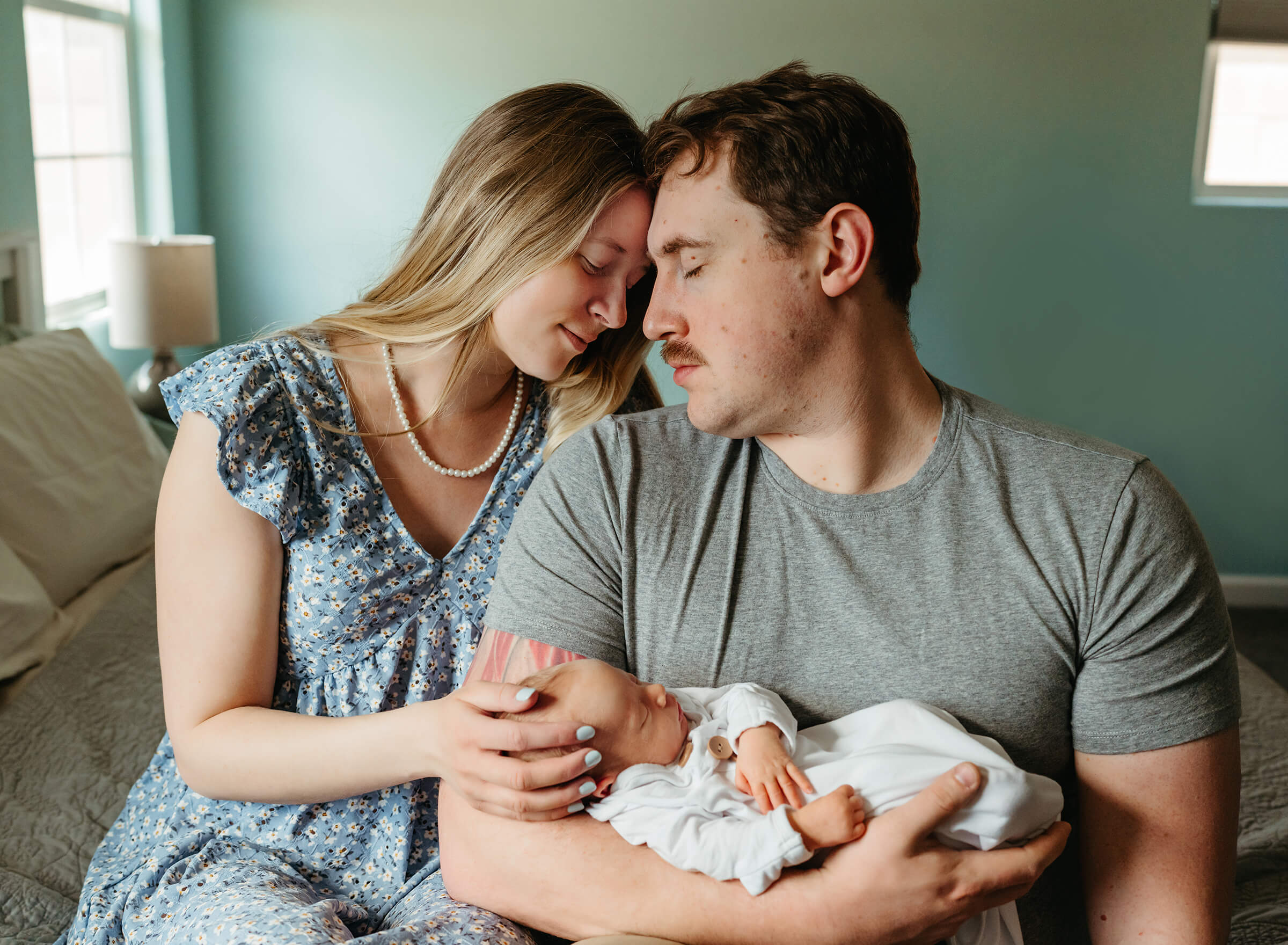
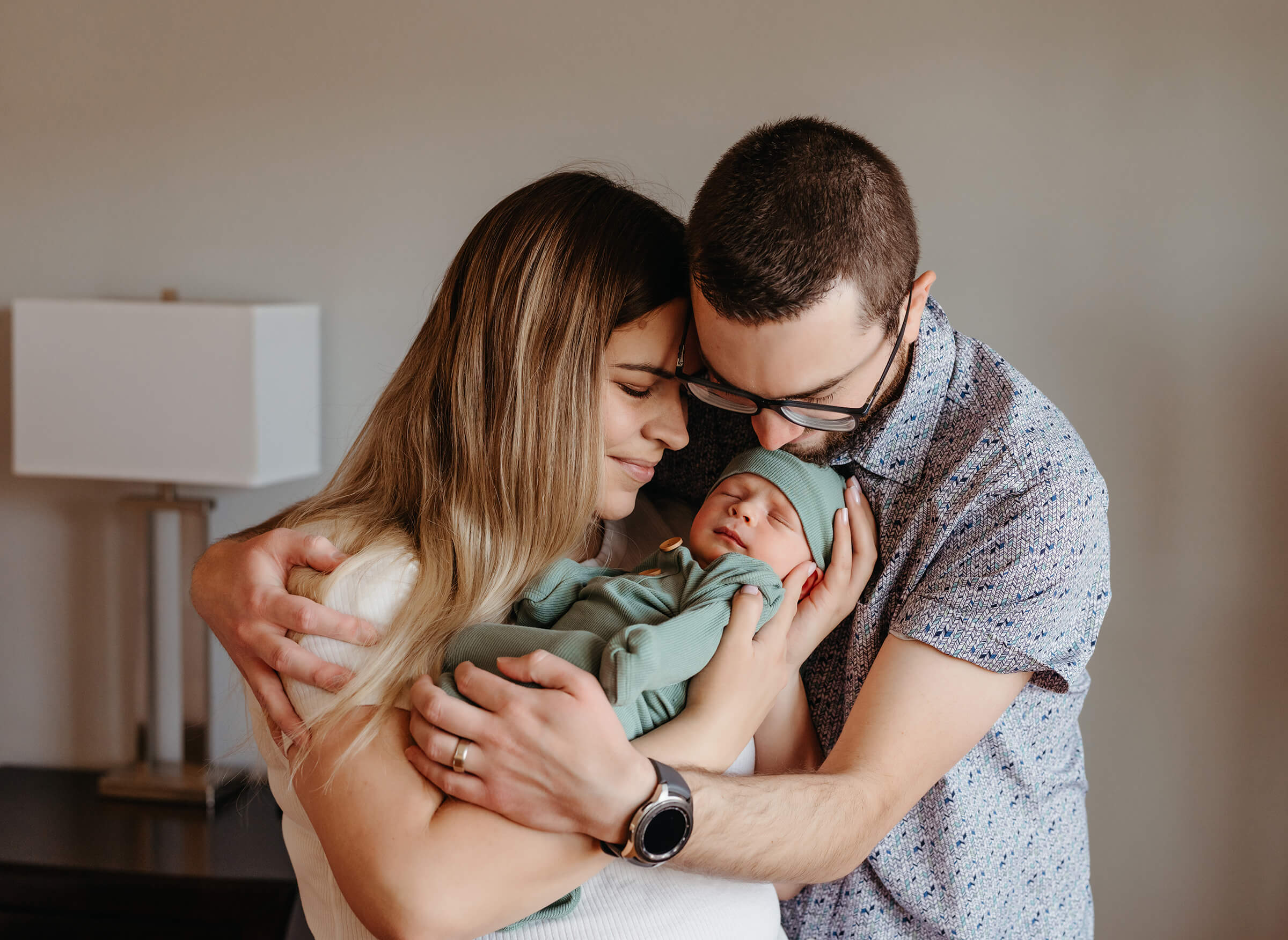
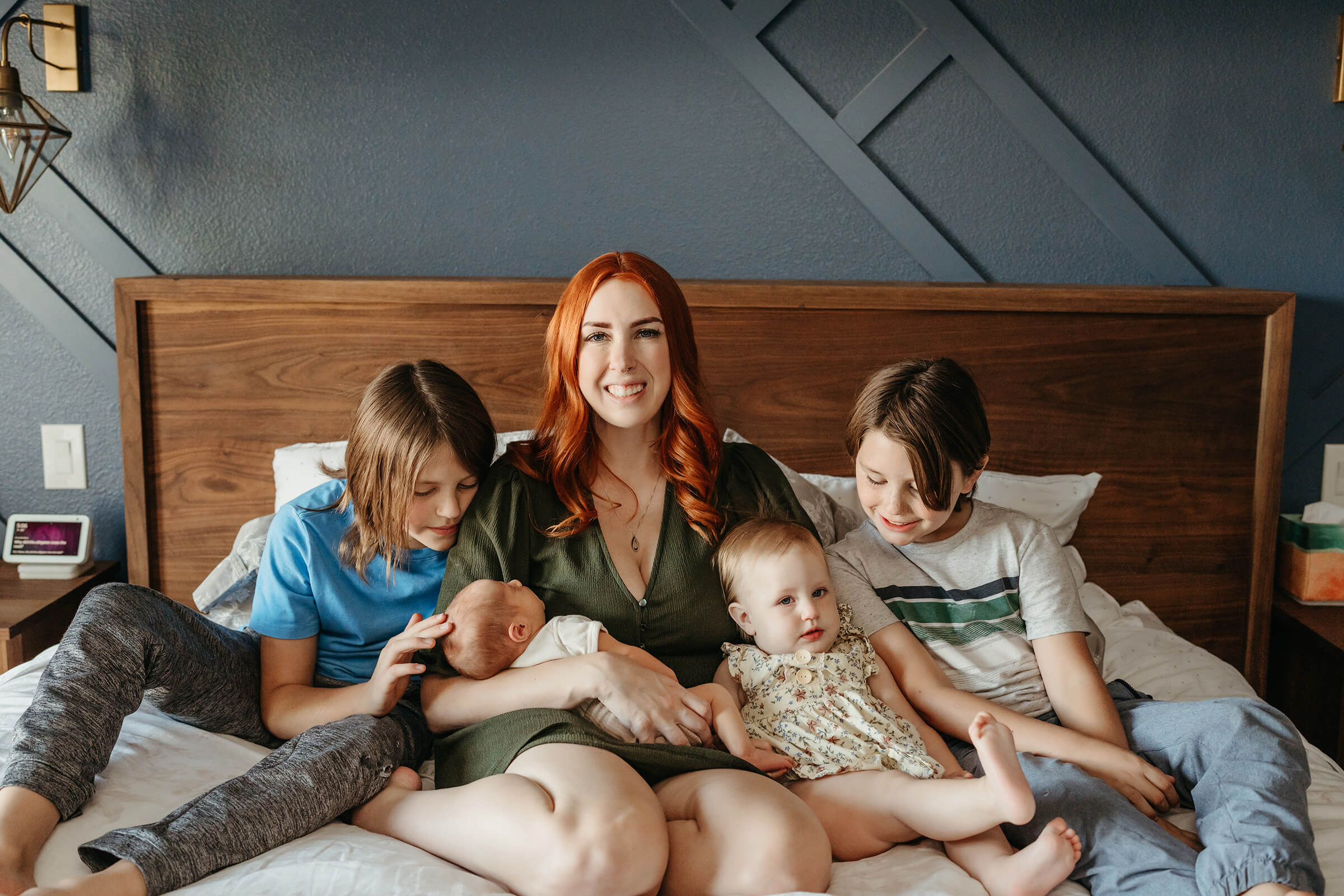
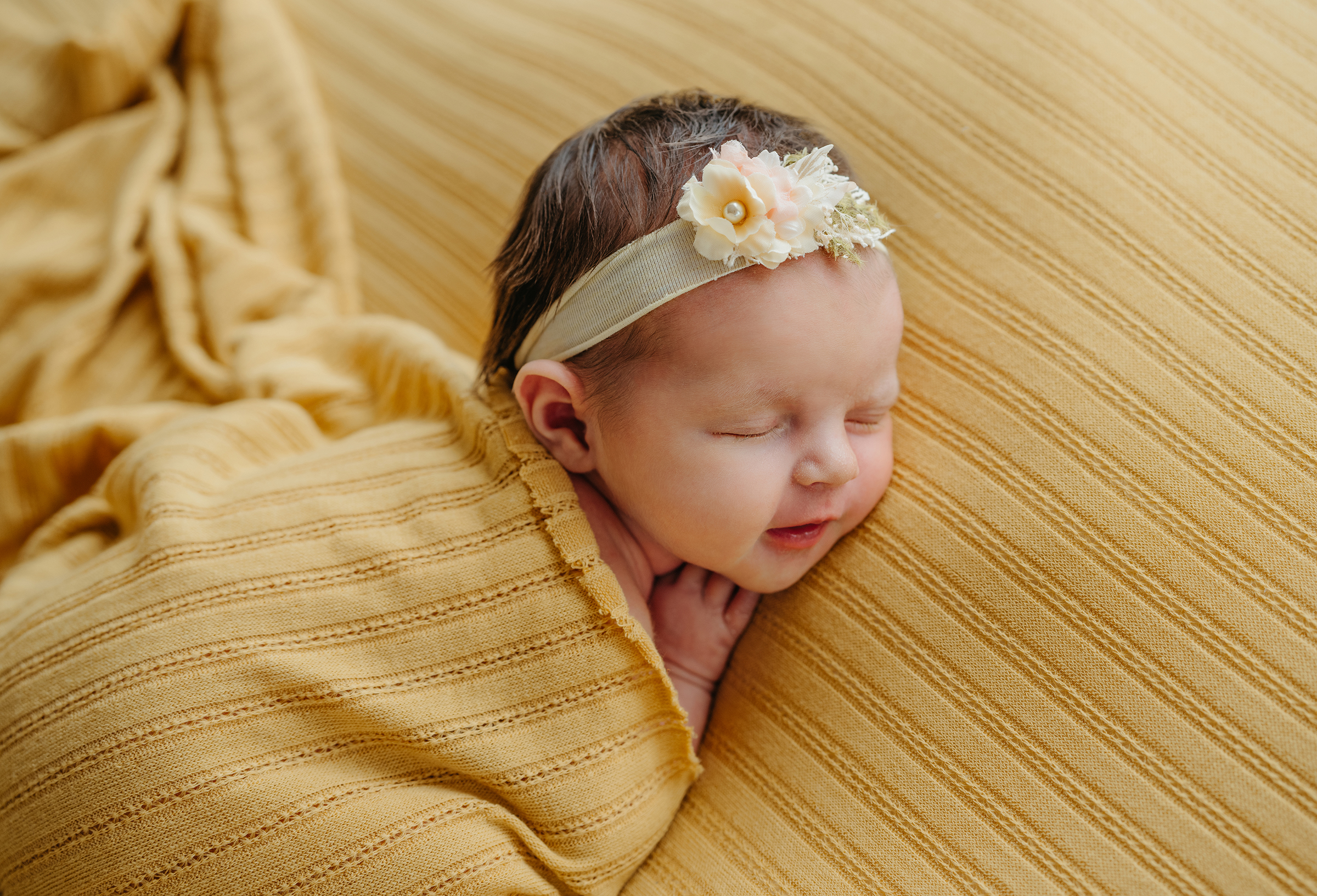
I’ve added a studio option for newborn clients utilizing a shared studio space. This is great for families who don’t want to worry about their home’s appearance or the prep for an in-home session. Although it may seem like more work to have them in your home, these sessions are a great reminder of how this period of your life felt. Your home is where your memories will be made, and there is something so unique in that.
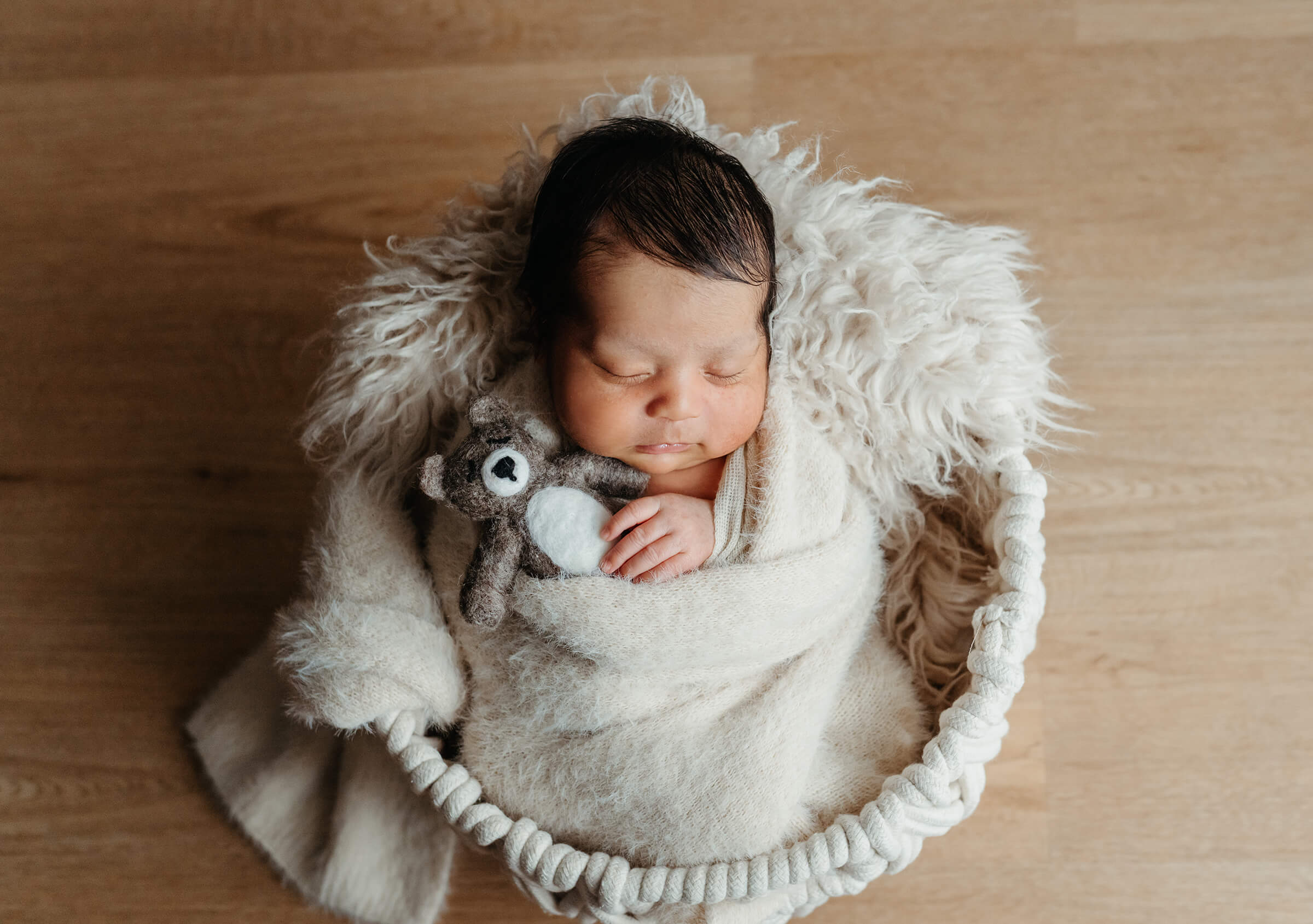
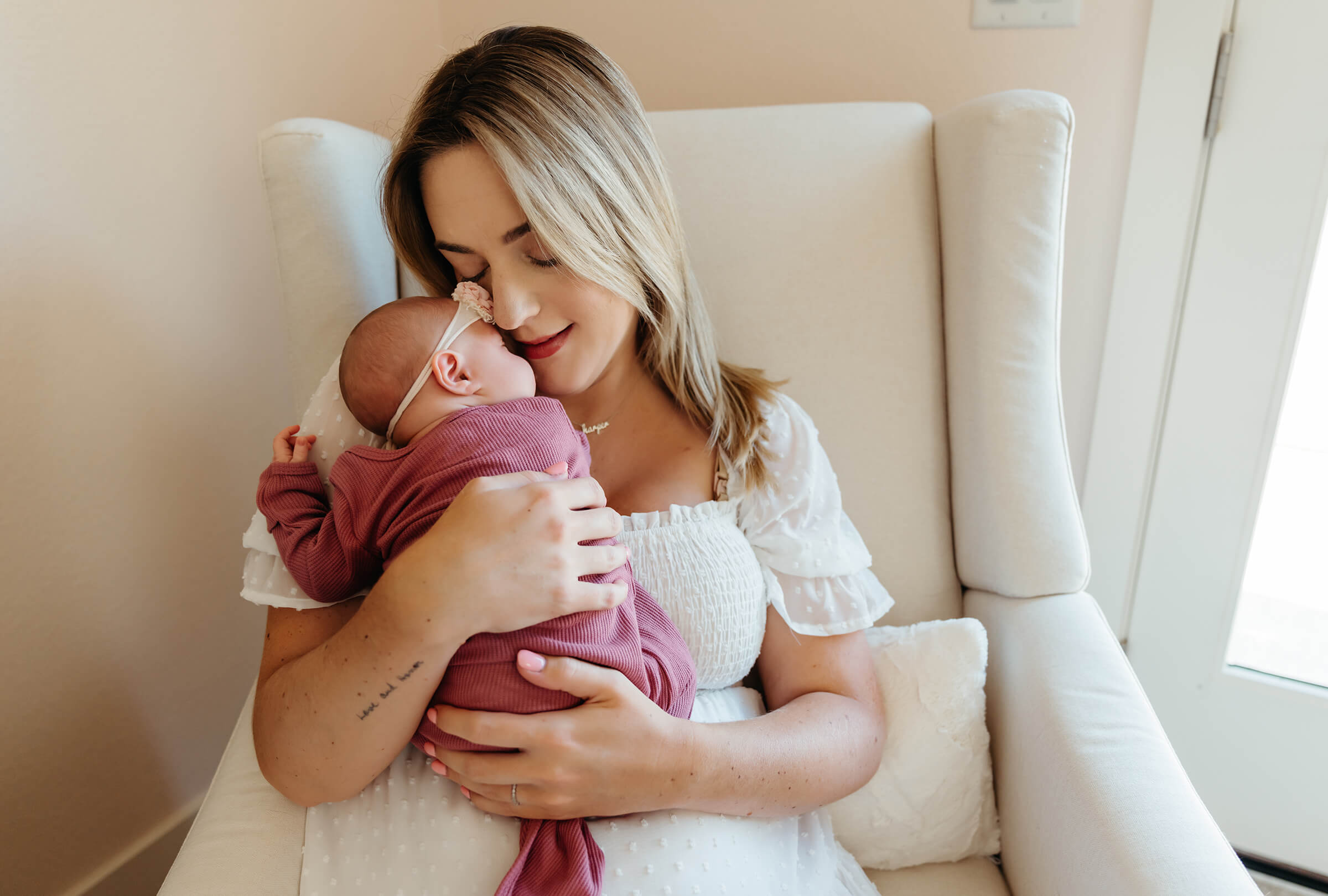
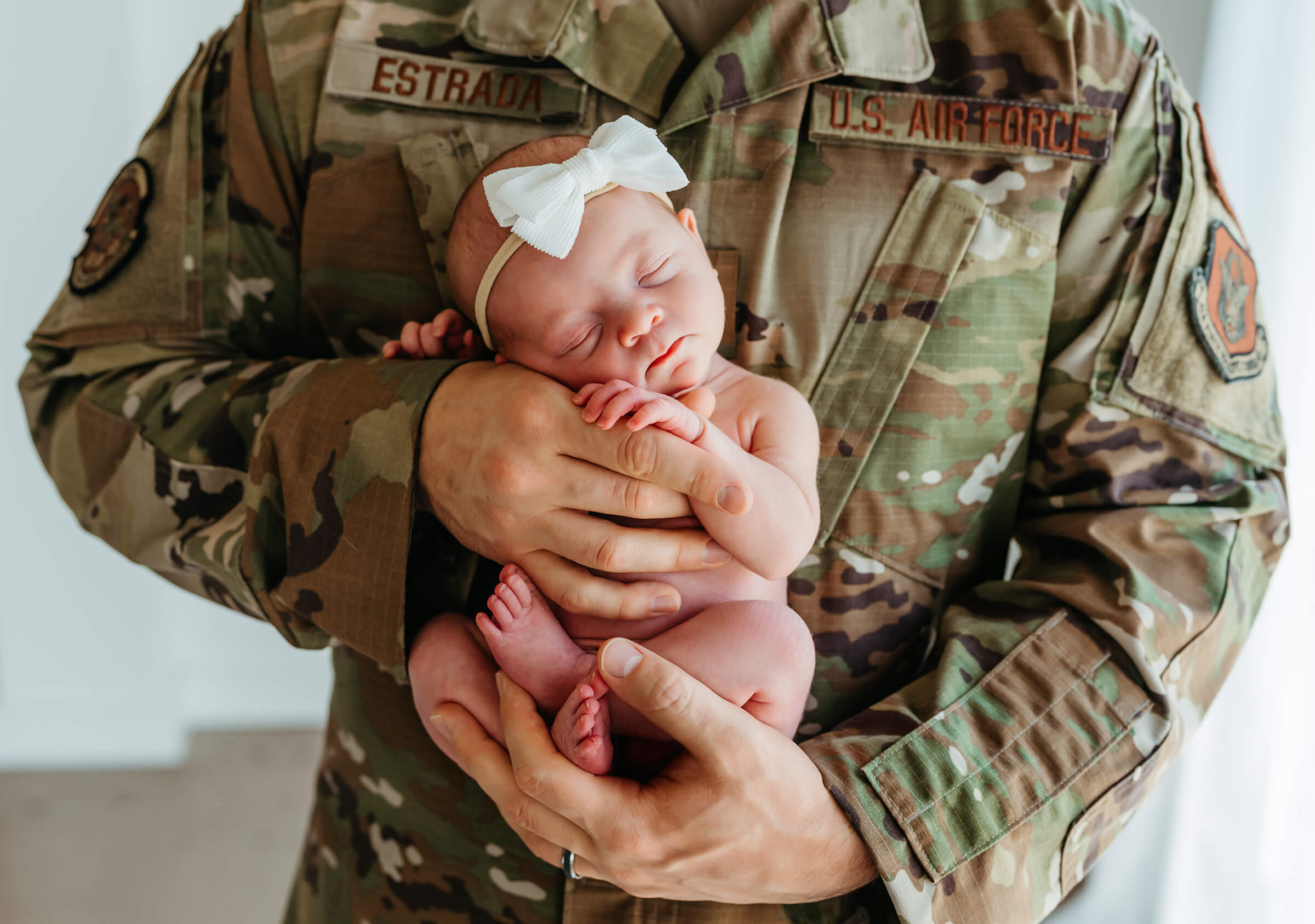
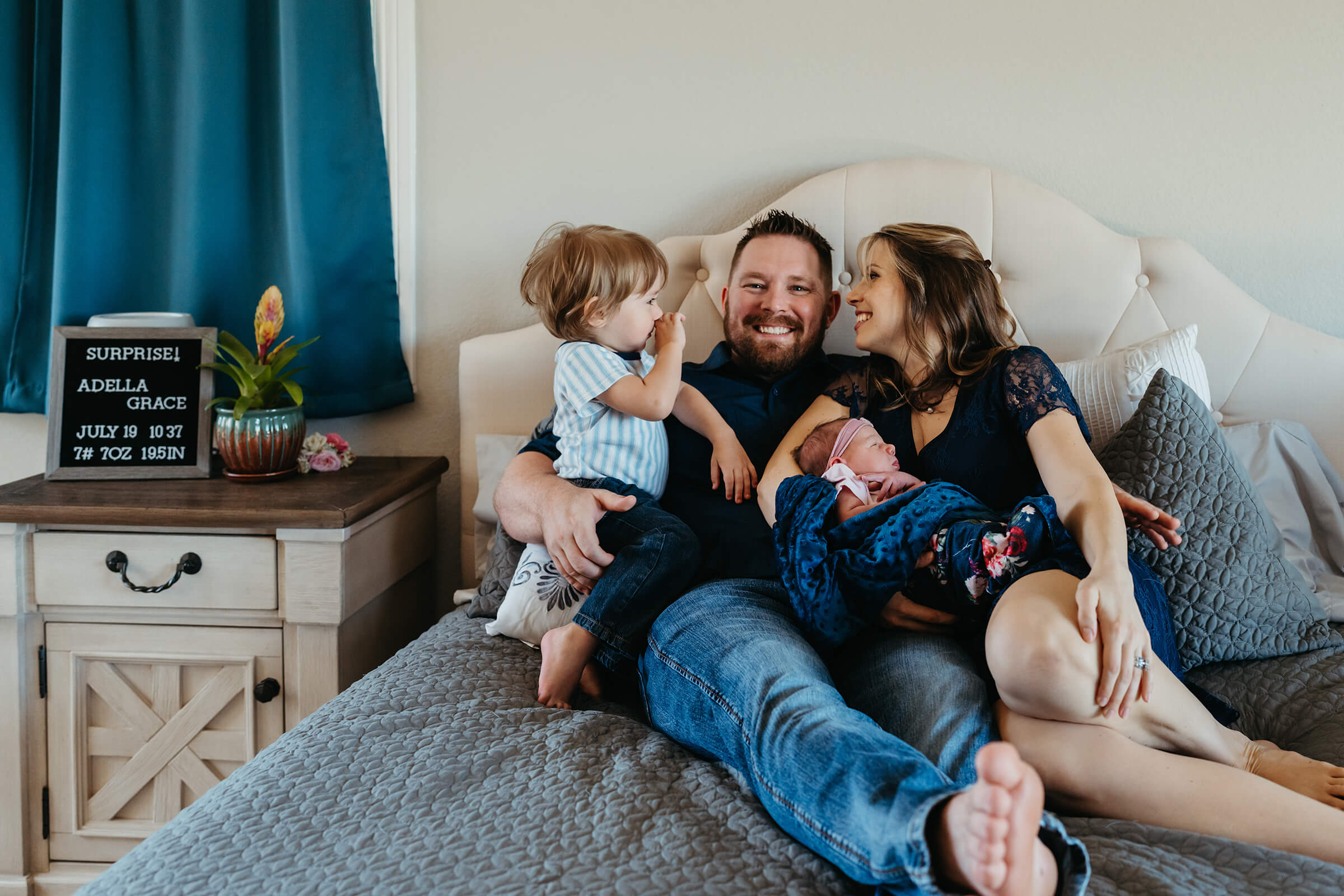

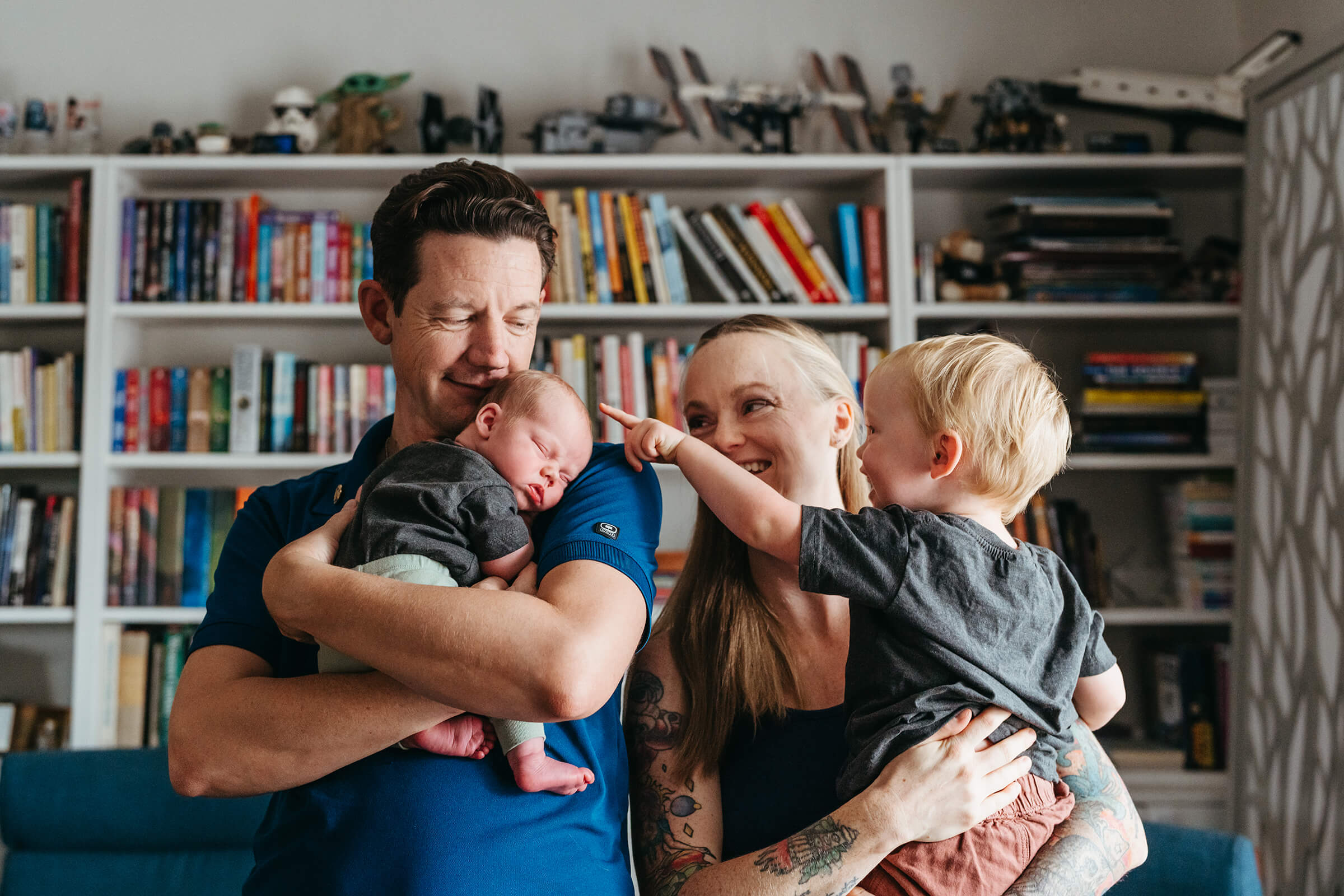
Families
I have had a dream and goal to teach and mentor, and in 2023, I finally saw that long-time goal come to fruition! I had the privilege of teaching my first course, Family Filmmaking, at Click Photo School. Their community was the first I found in my drive to become a better photographer and storyteller and where I have grown the most. Teaching a course in this beautiful community 13 years later has been the best!
In 2023, I documented 18 families, twice the number in 2022.
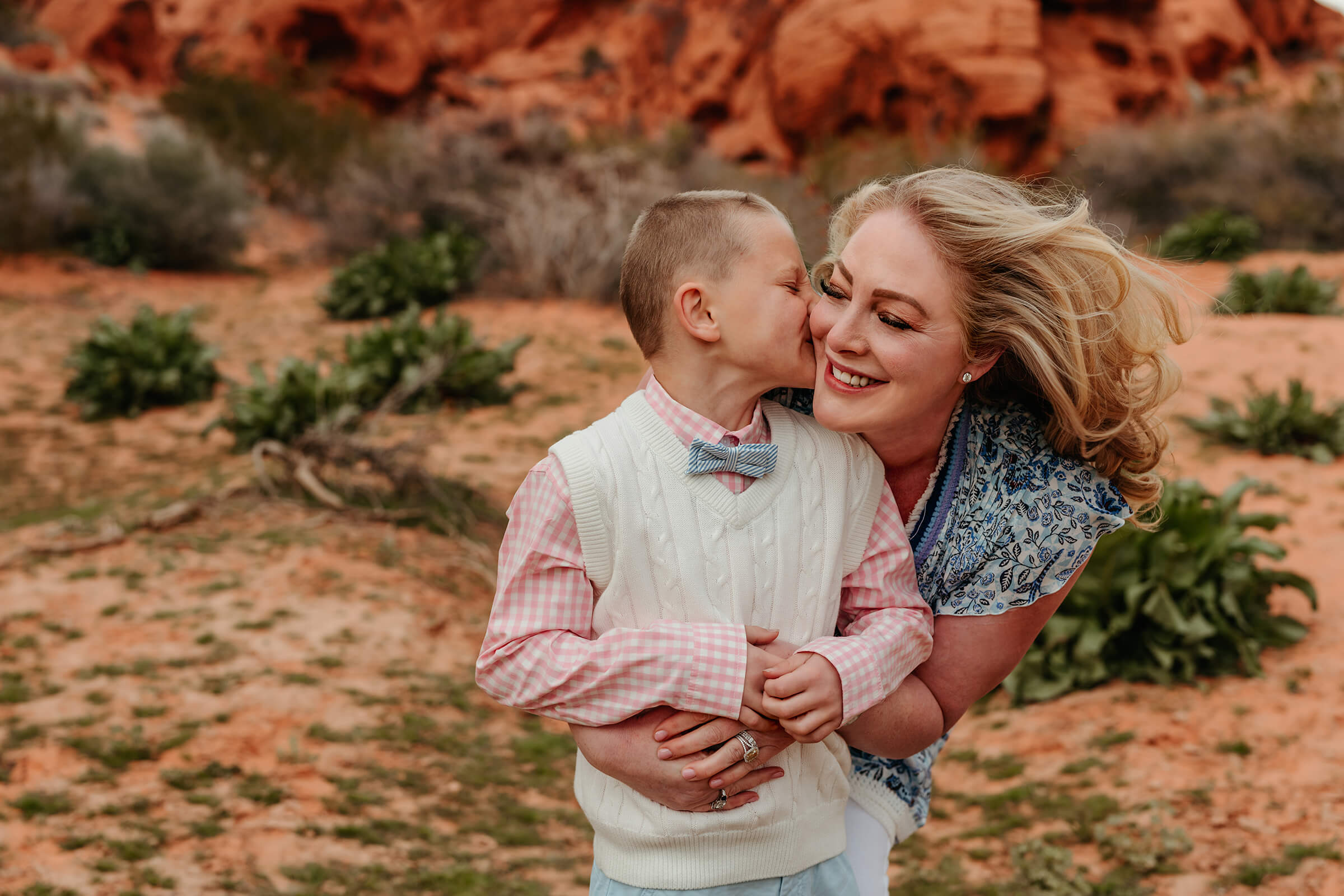
I loved that I could accommodate more families this year by spacing them out throughout the year. This year was definitely my favorite family season! I had so many returning clients and families who wanted to capture connections and personalities over posed images, and that right there is my language! My goal is always to remind you how this season of your life felt, and the best way to do that is to encourage connections and joy during sessions. Thank you to all the families who trusted me in these moments and with your precious families.
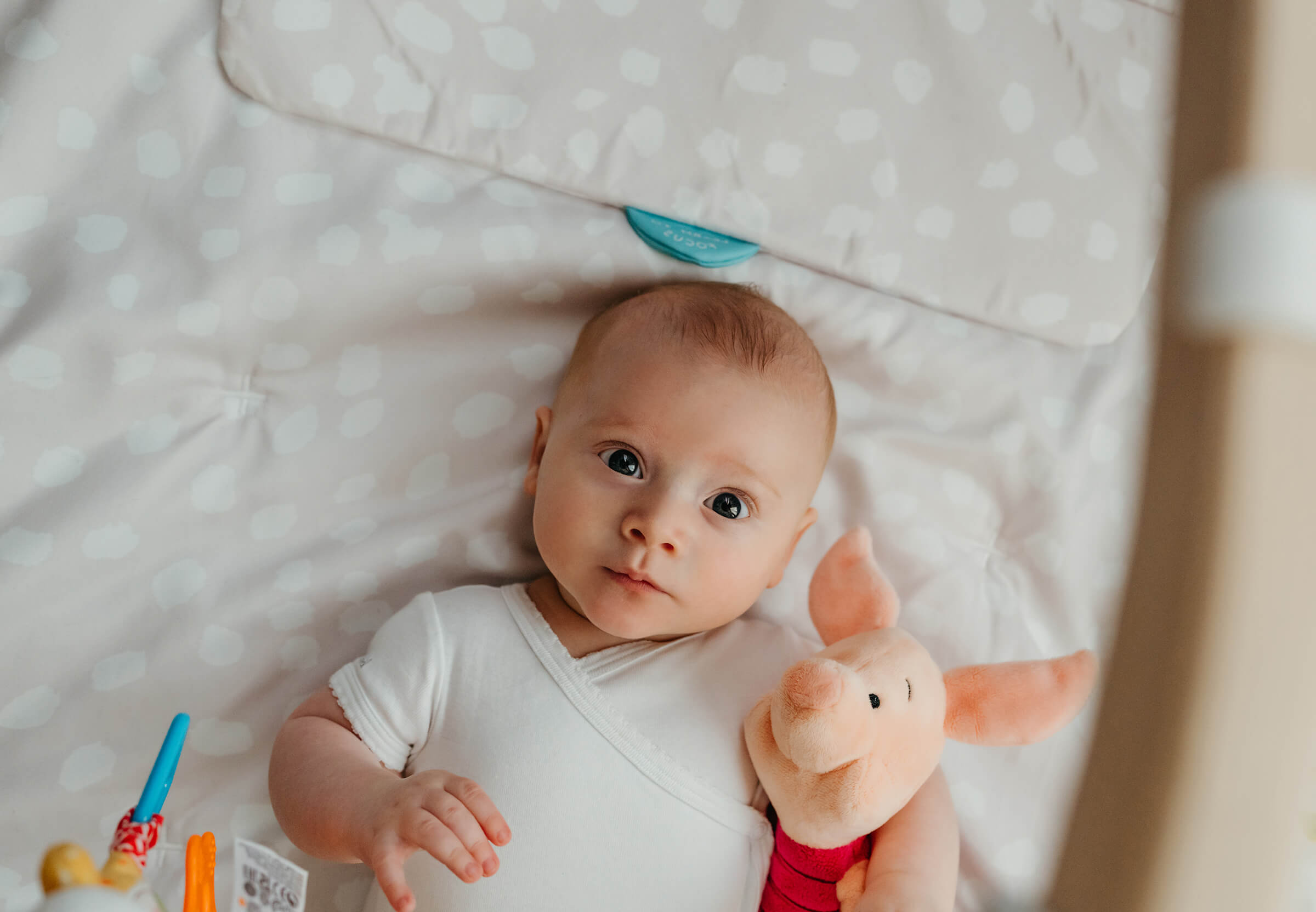
For 2024, I will take on fewer family clients to allow space on the calendar for increase in birth clients. I wish I could do it all, but with the weeks of ‘on-call’ time for clients and the unpredictable nature of birth, it just isn’t feasible.
Previous clients will have the first choice of available family session spots, and rather than having you choose months so far in advance, I will open the family calendar quarterly, with an email going out to regular clients first. Hopefully, this will help take the pressure off of you as well!
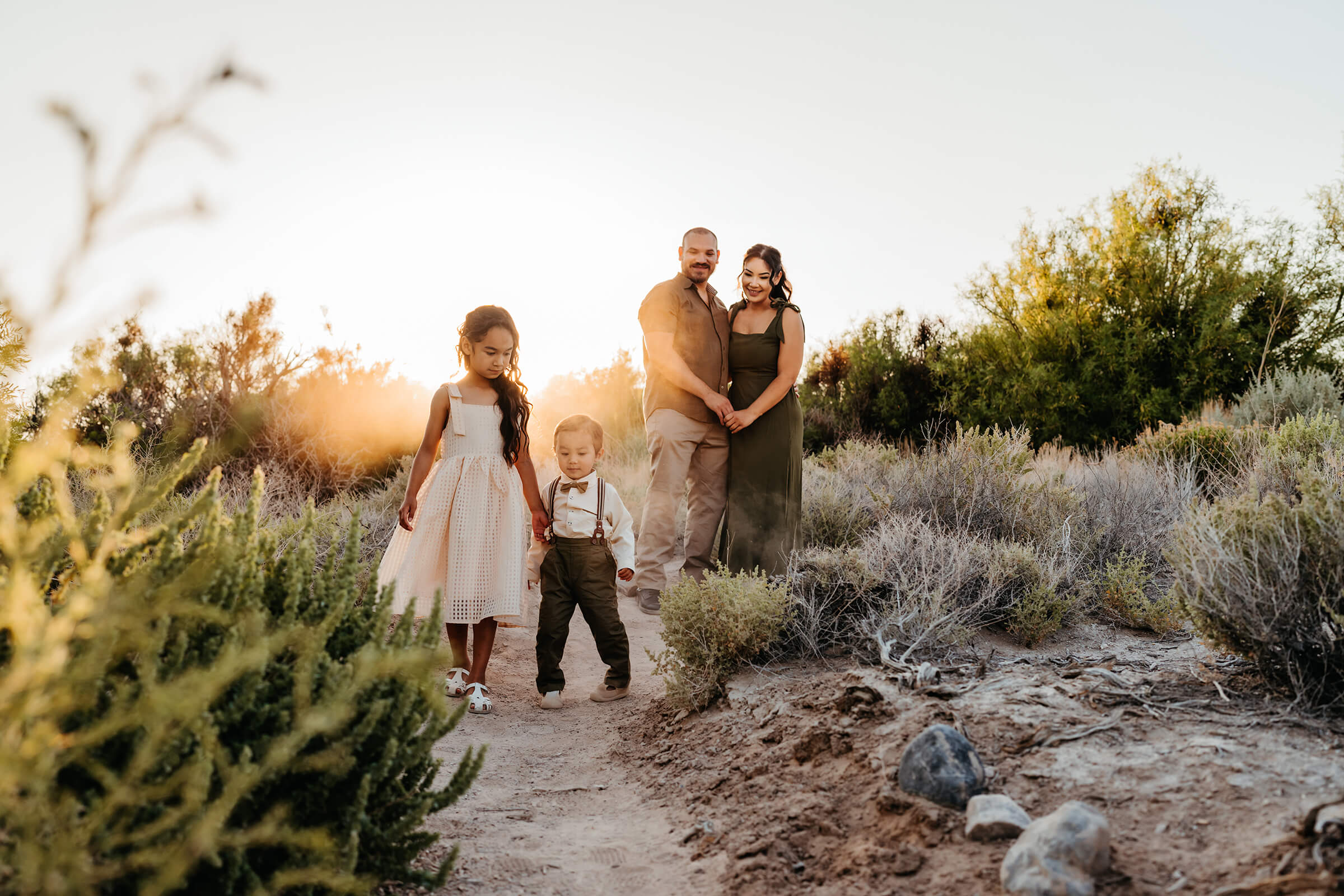
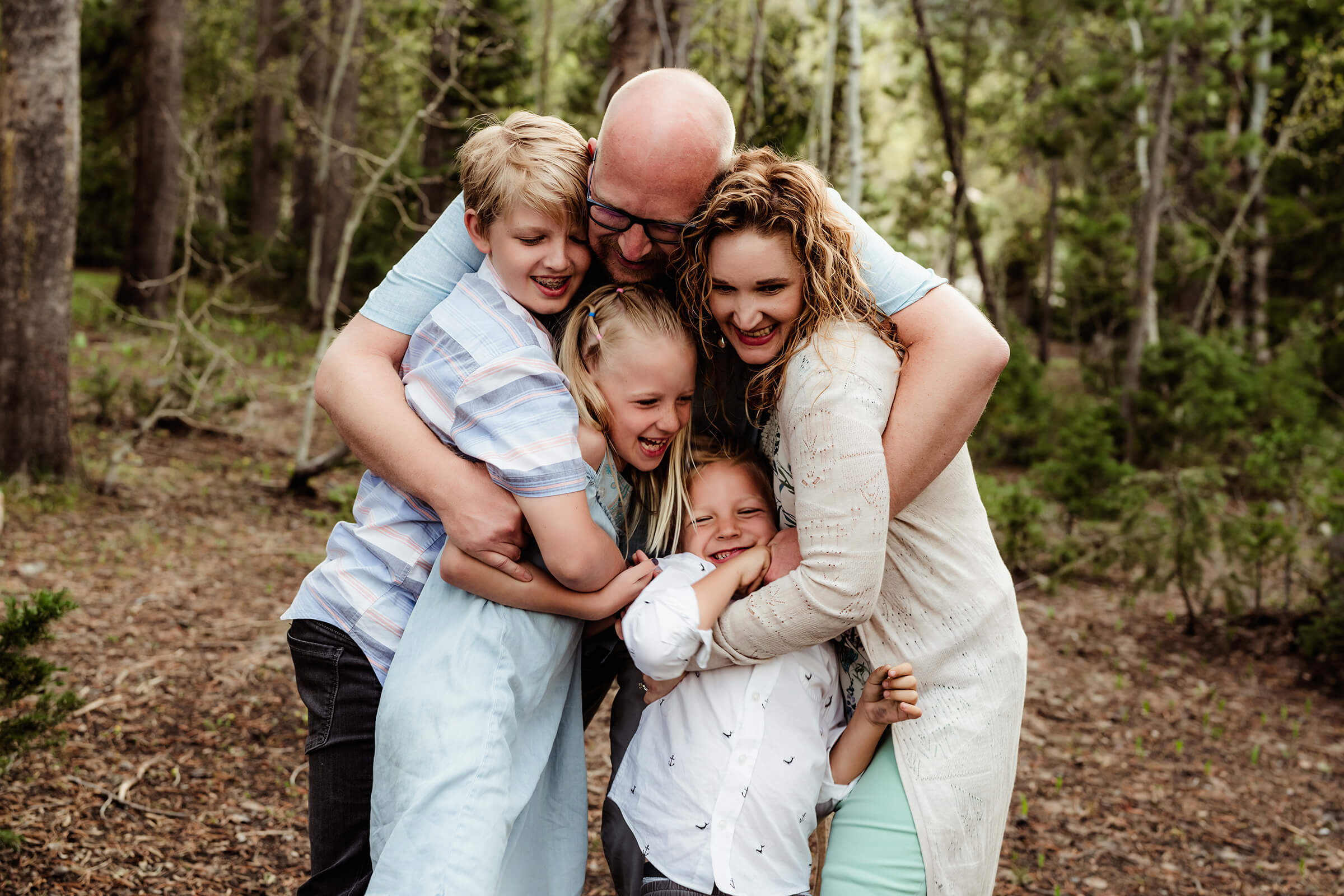
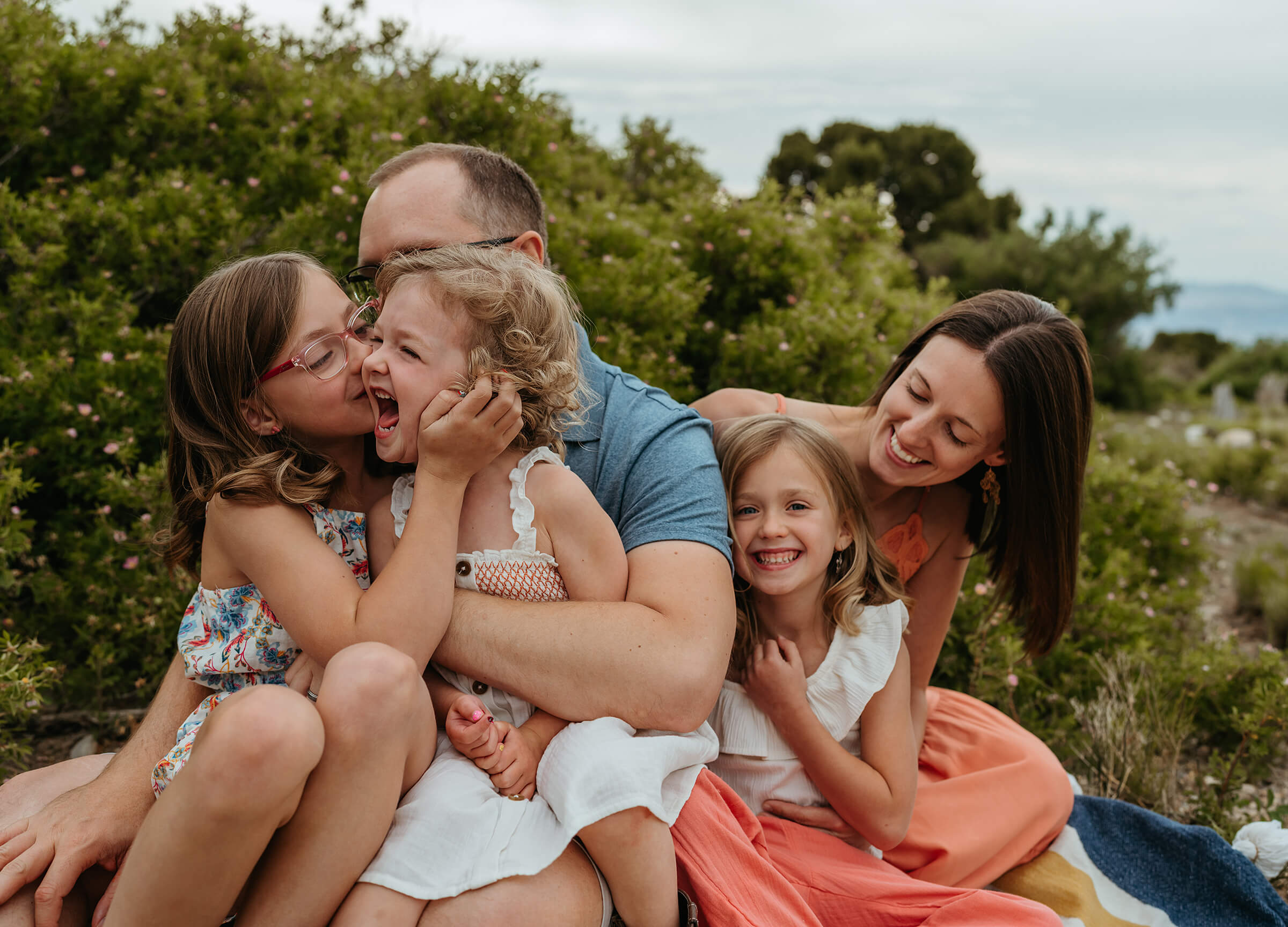
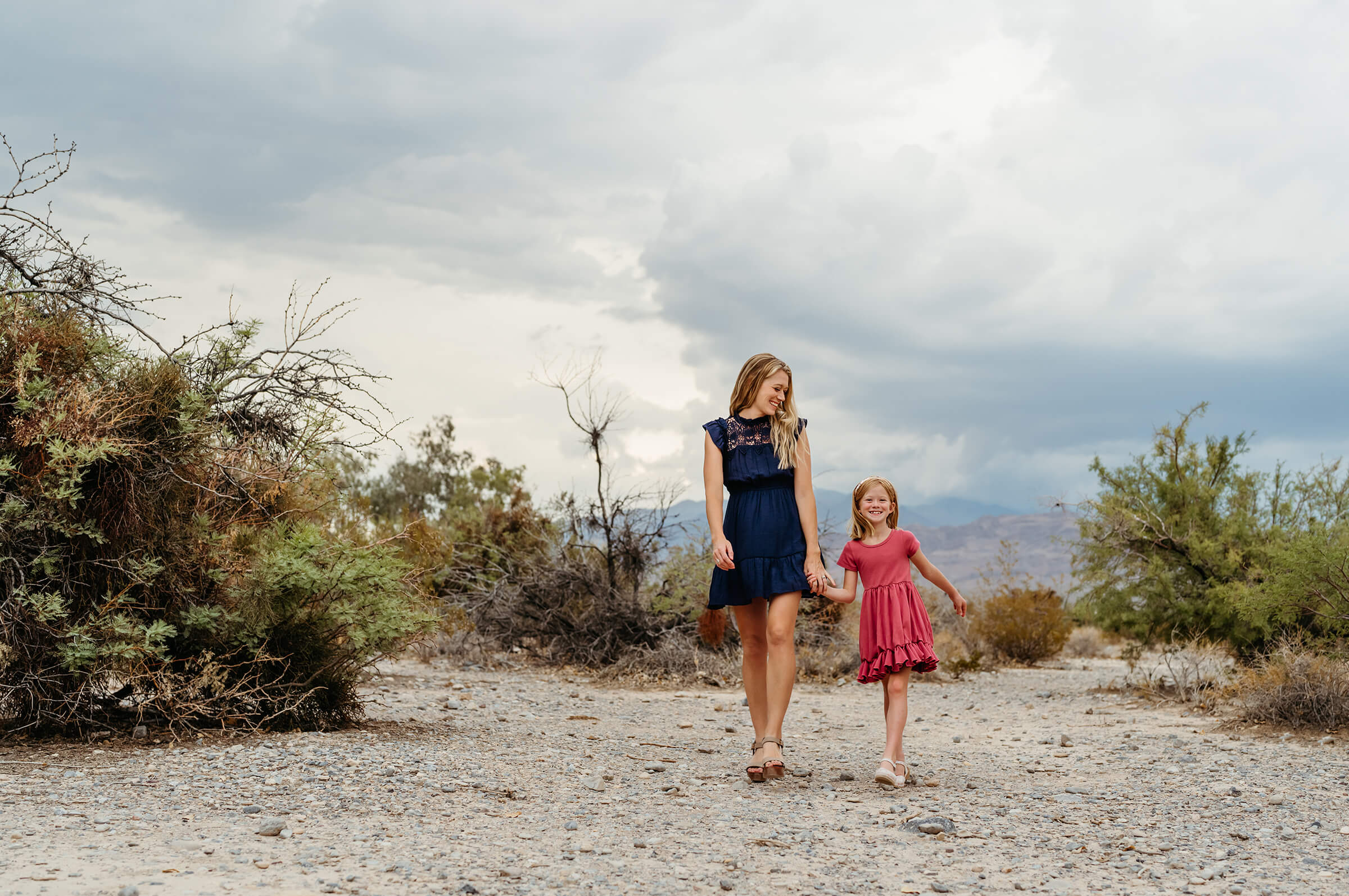


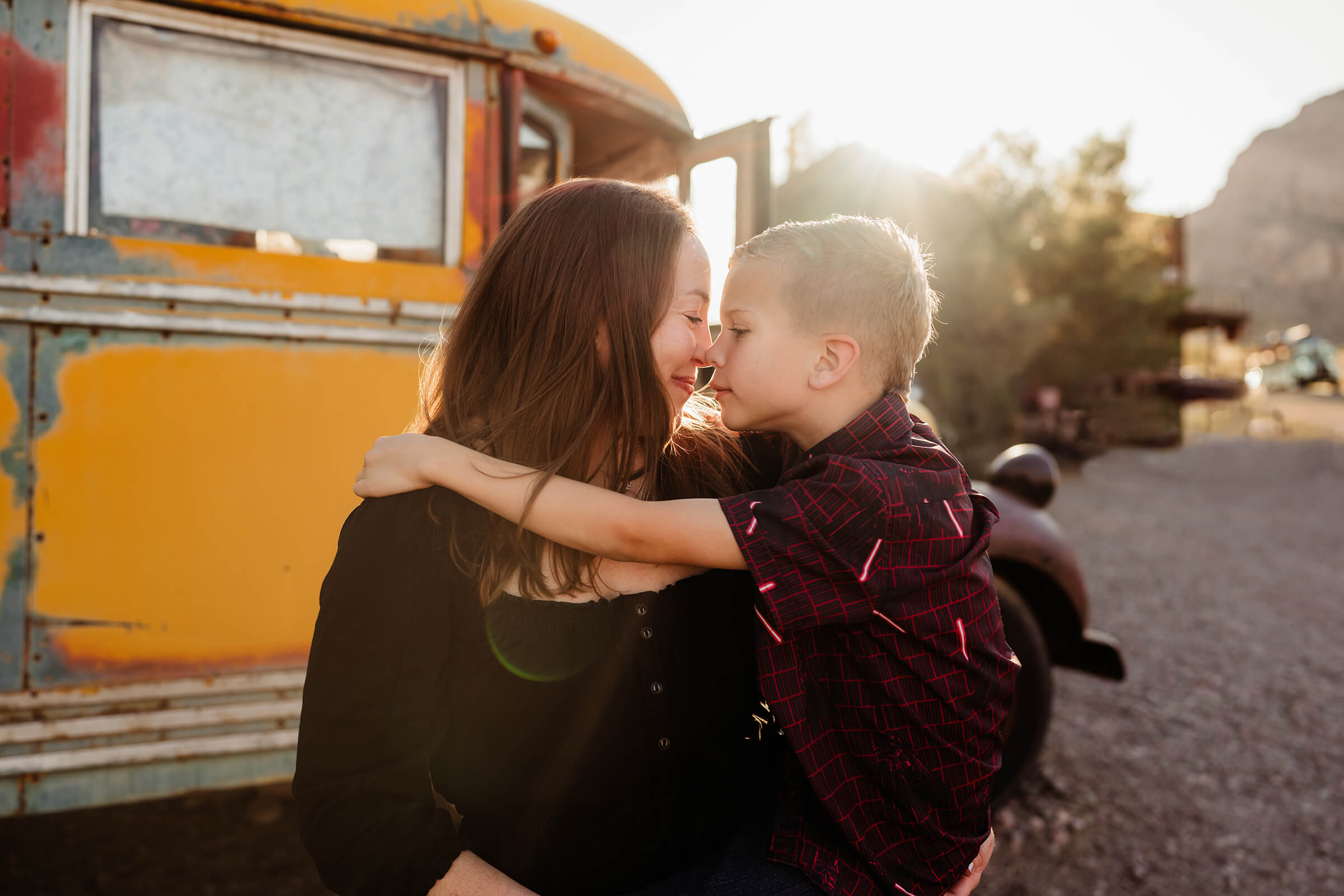

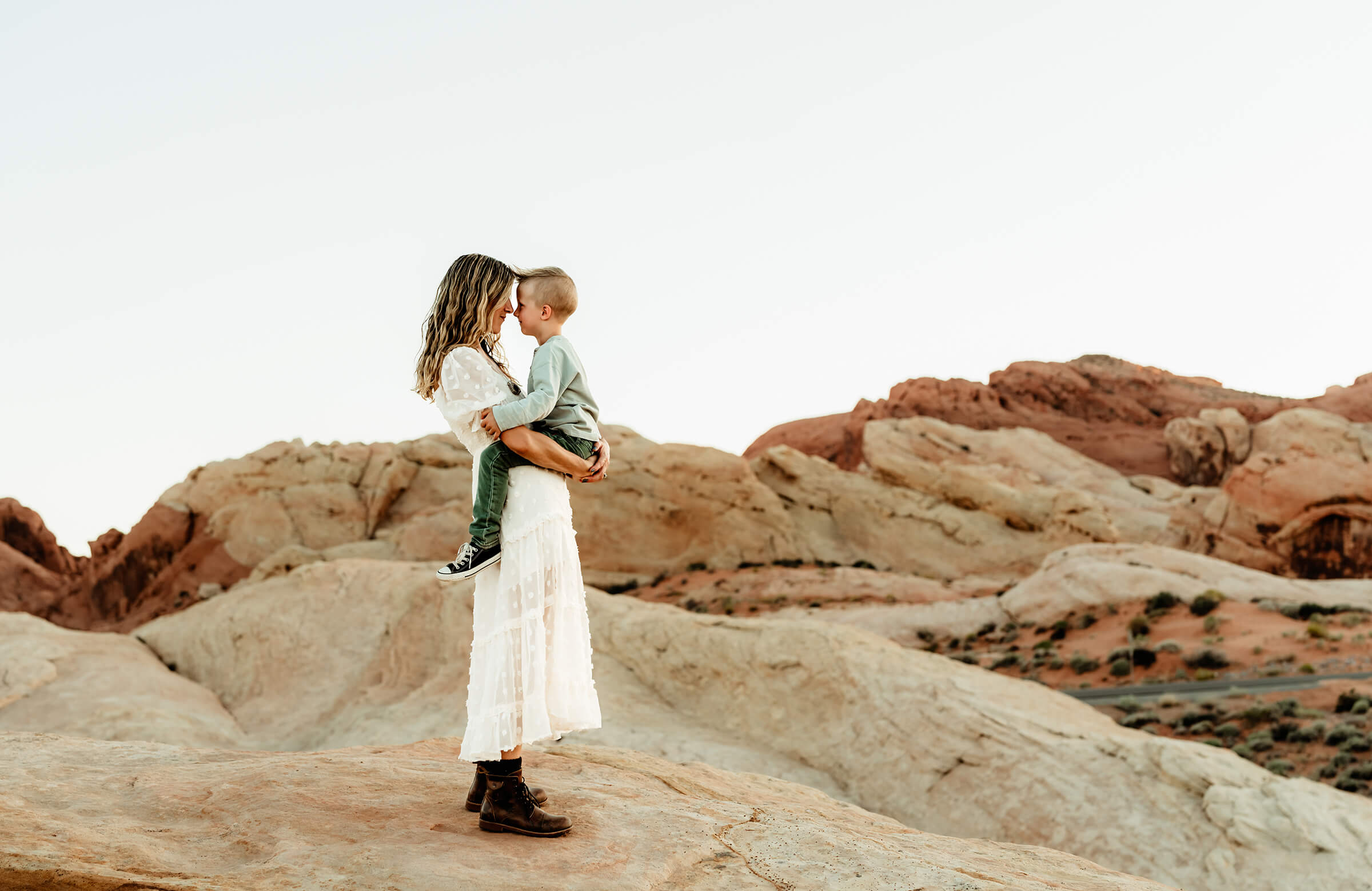
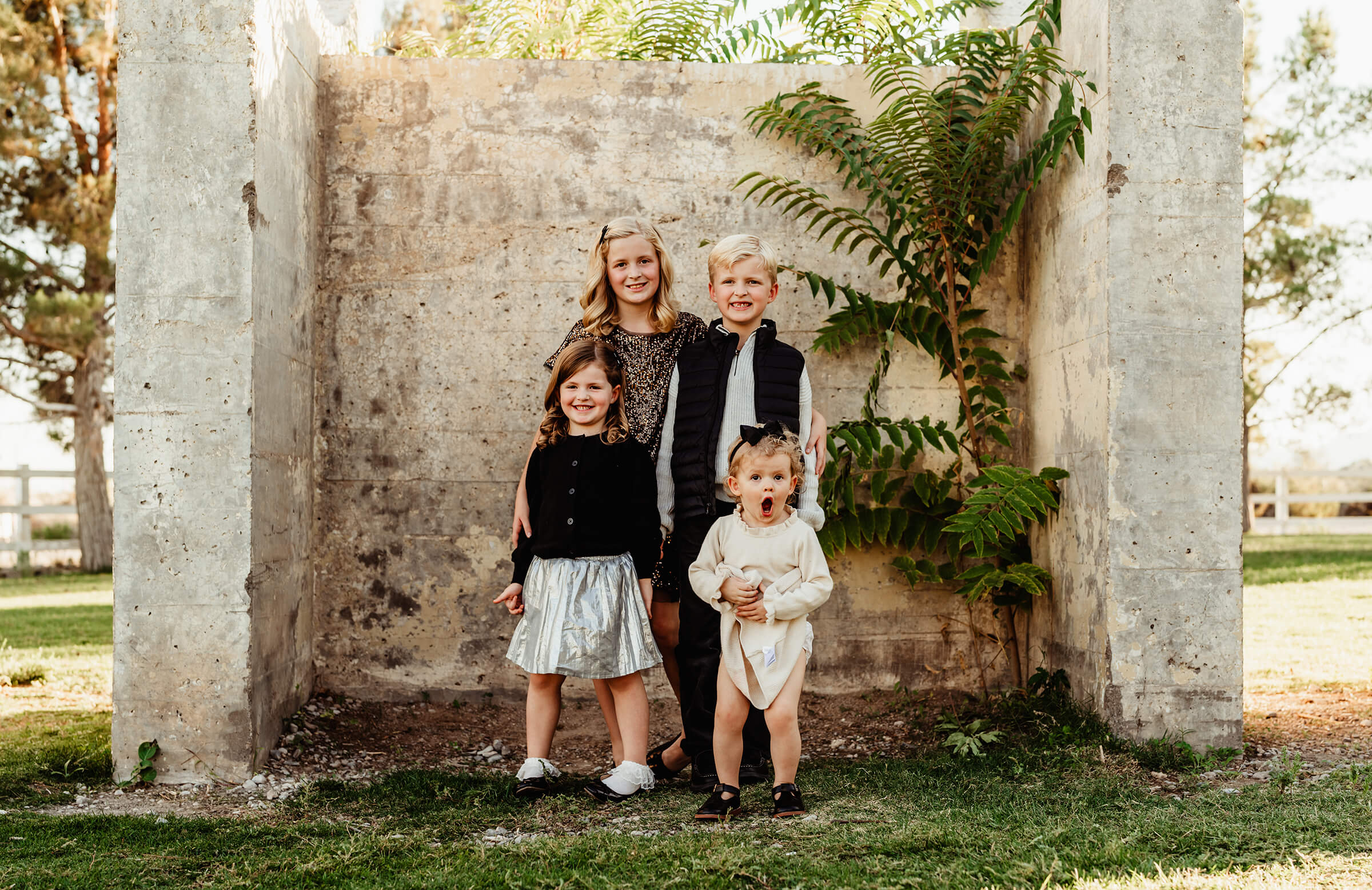
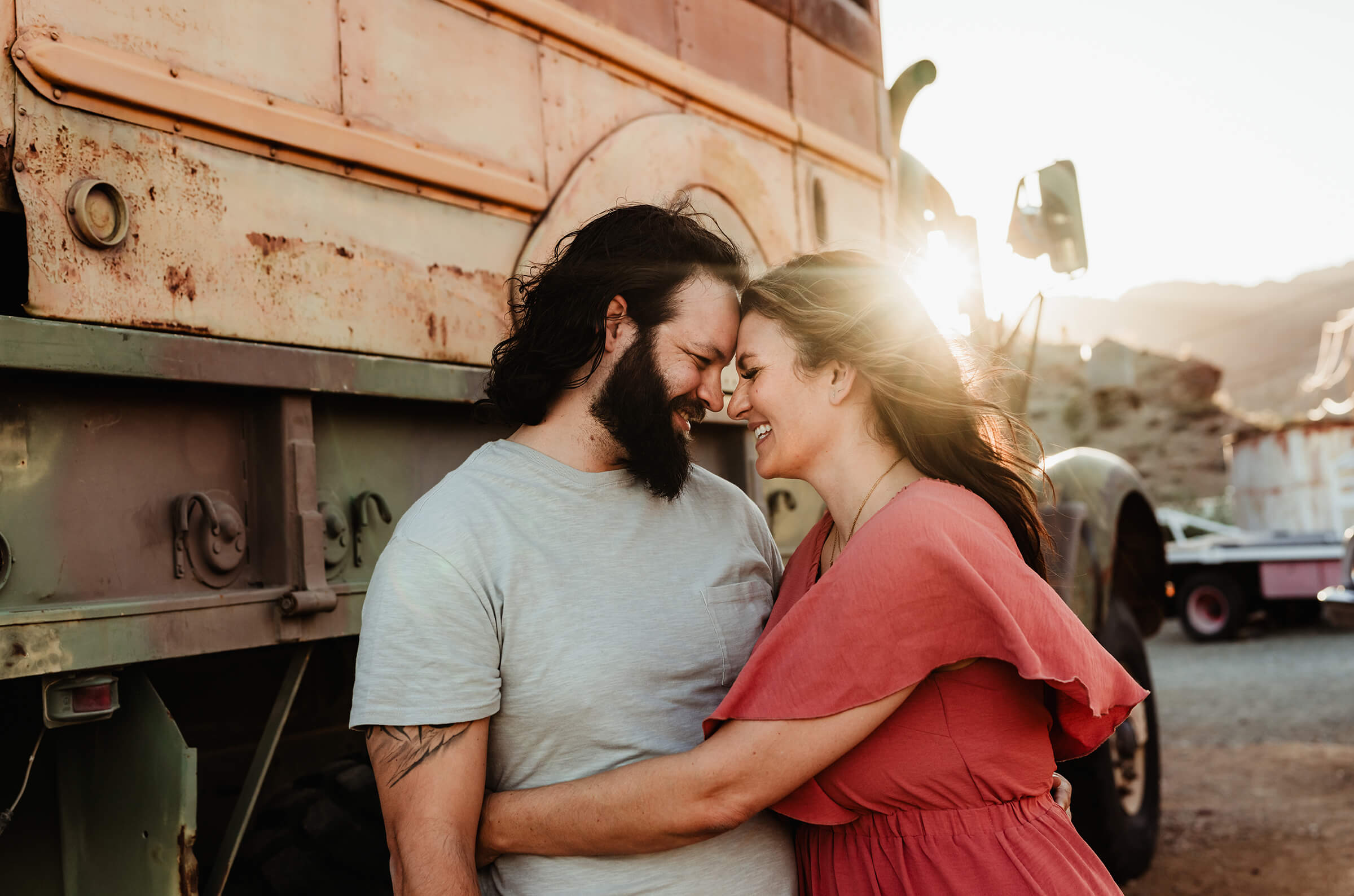
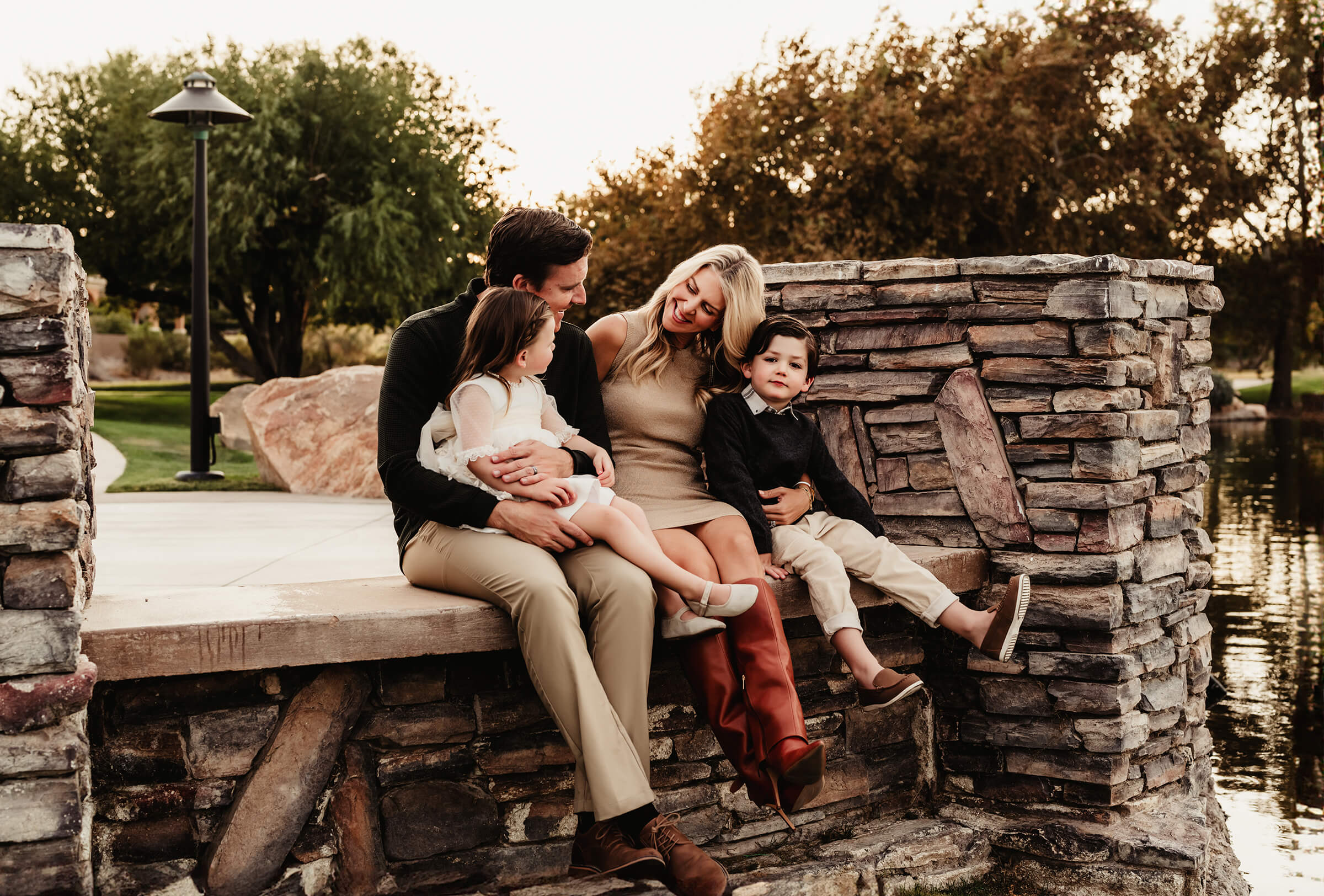
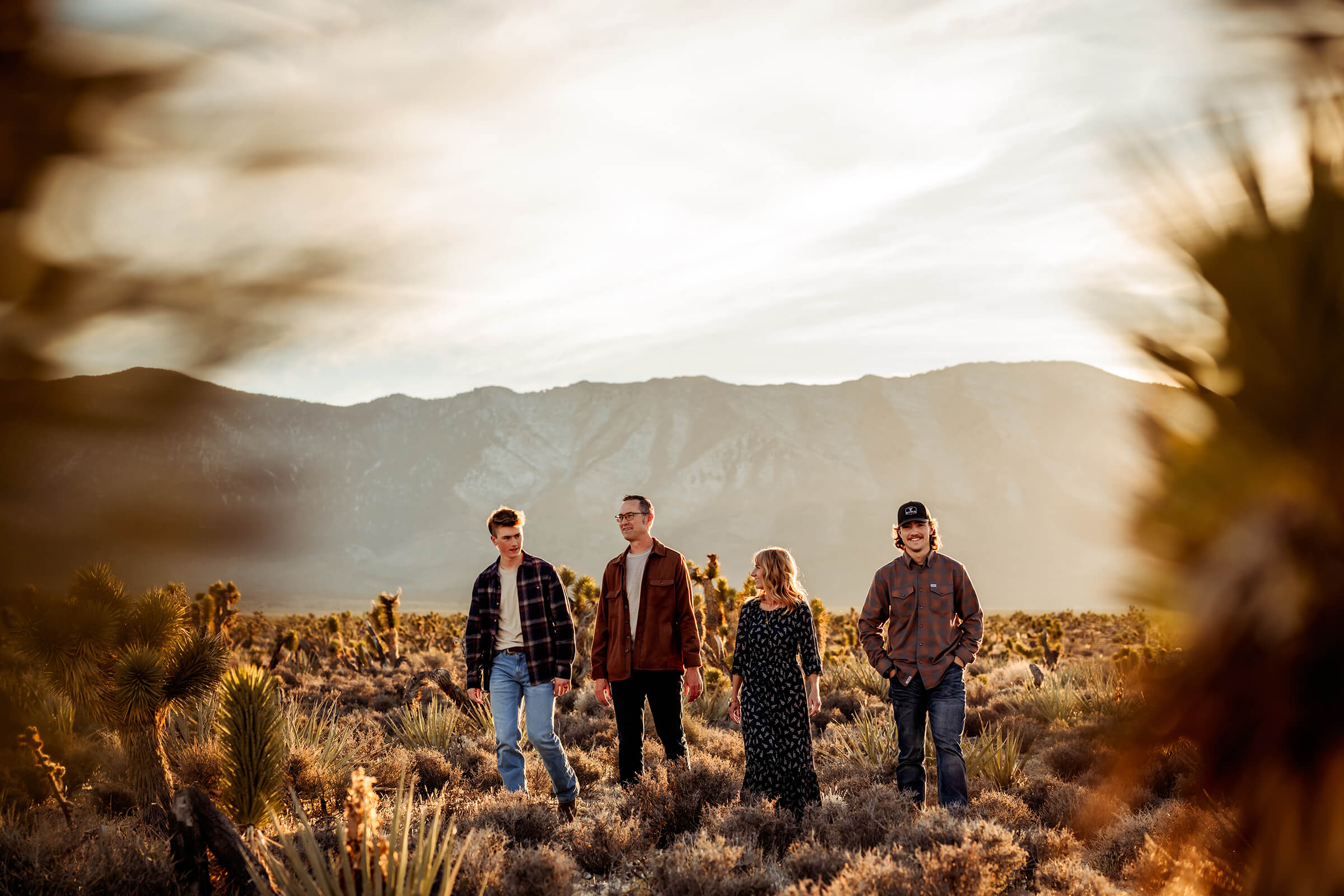

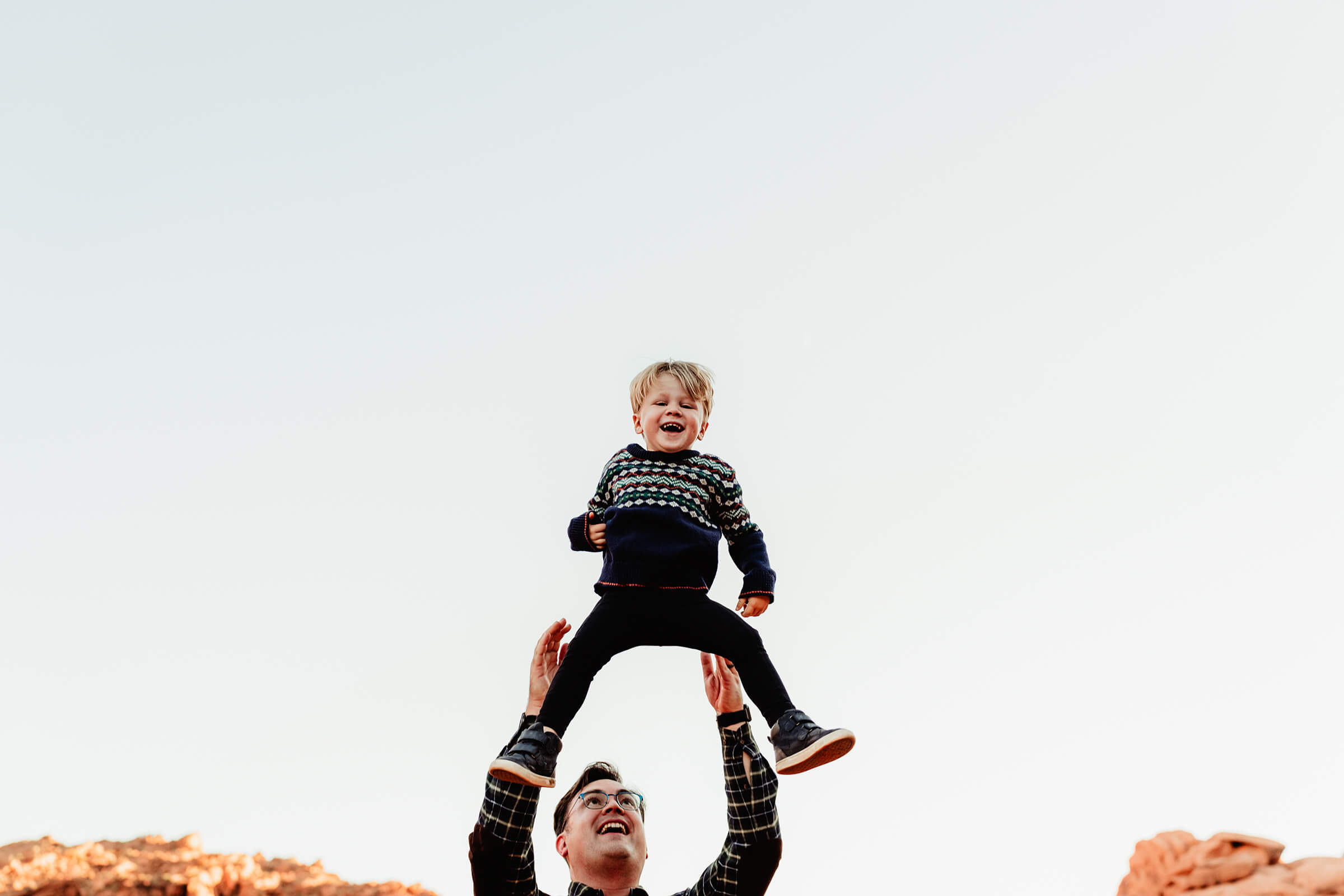
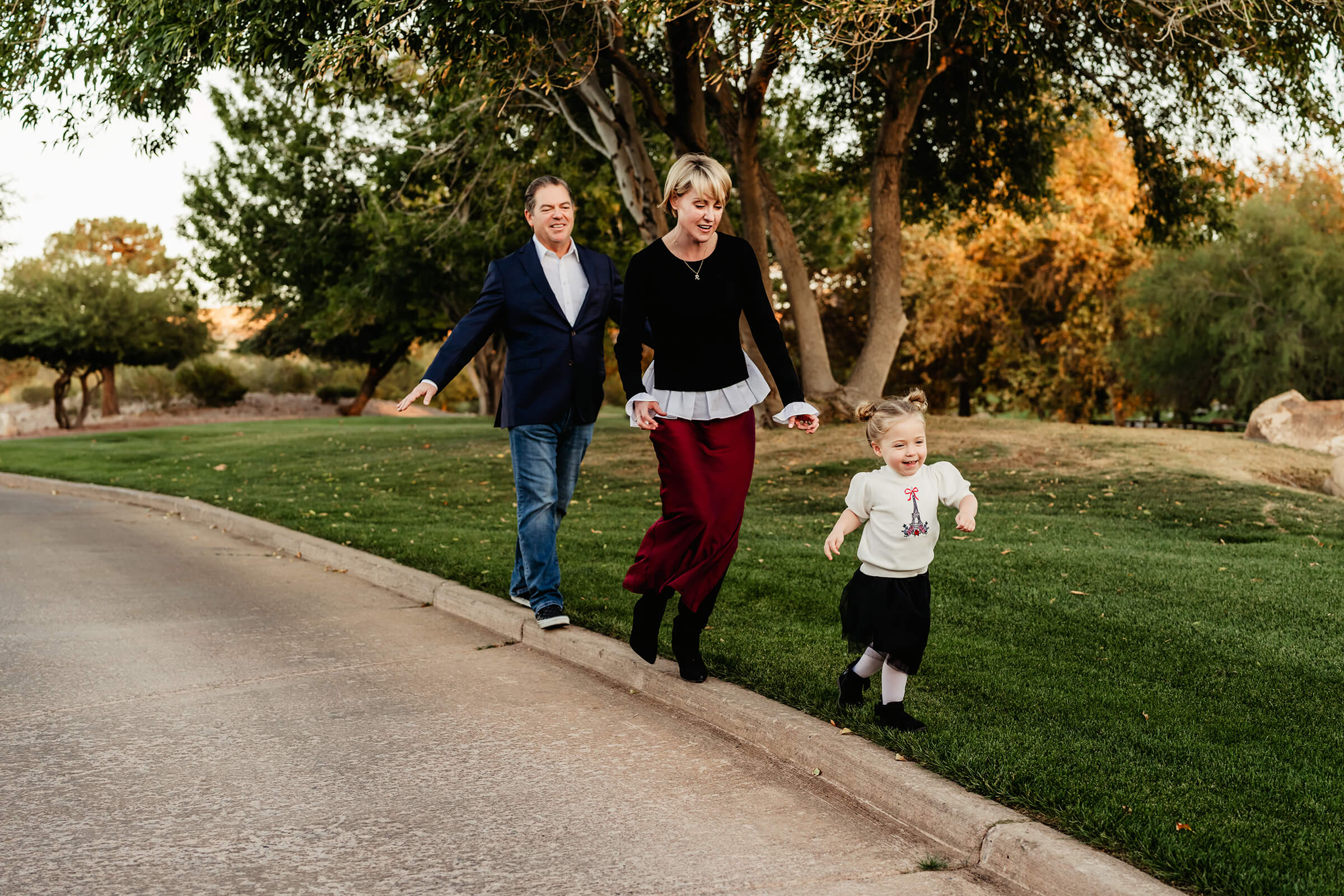
Thank you all for trusting me again and again with your most precious moments and most precious people! I am continually in awe that this is what I get to do. Here’s to an amazing year ahead!
Tuesday, January 2nd, 2024
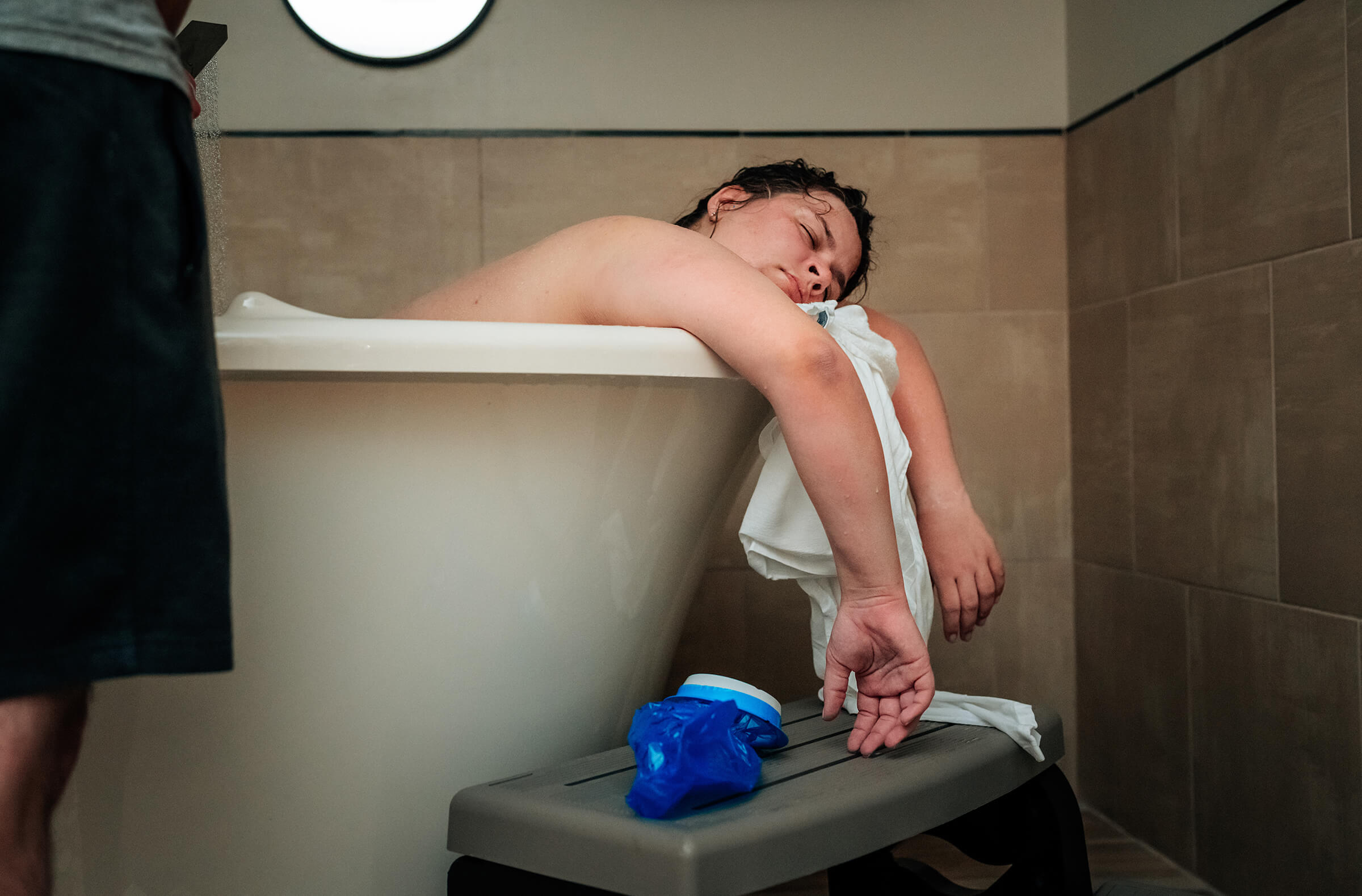
Birth photography has become more popular over the last decades, and it is easy to see why. The birth of your child and the moments around it are some of the most emotional and life-altering moments we experience. Reflecting on such a momentous day’s emotions, strengths, and connections can carry beautiful memories and significant healing.
There are many things to consider when searching for the perfect birth photographer; I’ll share 6 factors for choosing a birth photographer and important questions to ask yourself and your prospective photographer.

Hiring the right birth photographer for such a momentous time is essential. Not only is the birth of your child a moment that cannot be repeated or redone, but it is also incredibly emotional and intimate. Although hiring a birth photographer based on price alone may be tempting, there is much more to consider.
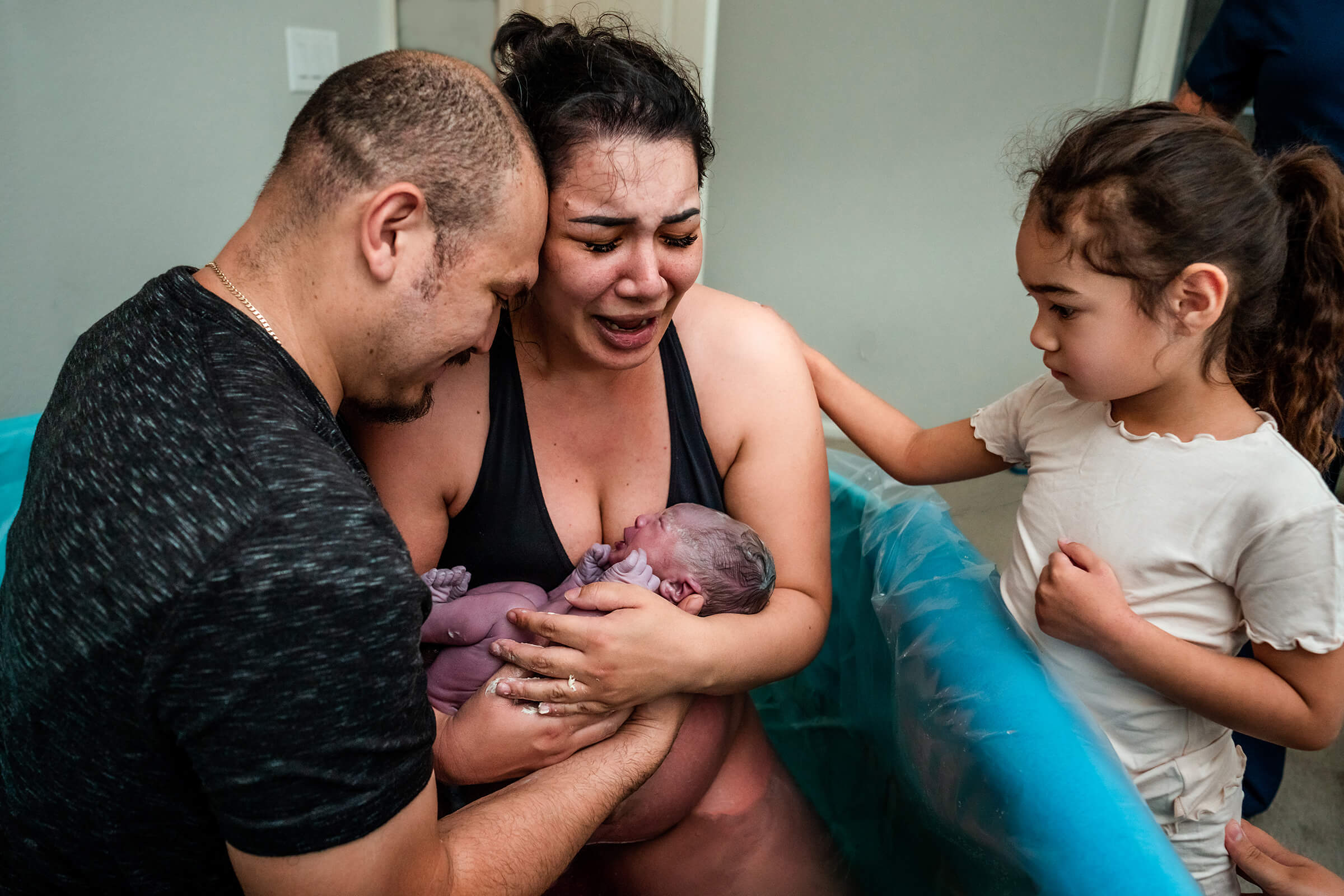
1. Experience
In Various Lighting Situations
The first factor to consider is experience. It’s important to consider not only their years in business but also how much experience they have in the birth space.
Birth photography is a unique genre in that lighting settings and scenarios vary greatly. Mothers tend to labor in dimly lit spaces and various light settings, from home to birth centers, to hospital births. Your photographer must be prepared to walk into whatever space you’re delivering in, ready to use the available light, or be equipped with additional light sources such as an external flash.
Do they have a portfolio with strong and consistent work in various settings?
An experienced birth photographer will have invested in equipment that can handle low-light situations and be ready to use their equipment to the best of their abilities. Some birth photographers use an external flash in dimmer lighting situations and during face-paced moments, while others prefer to rely on natural light within the scene. Neither is wrong, but you may want to ask your prospective photographer which they prefer.

Within a Variety of Birth Settings
An experienced birth photographer will have experience in various settings, better preparing them for what may come next. They will have learned the best angles and positions within birth spaces to capture the moments most important to you. They will have experience with the different stages and phases of labor, helping them anticipate moments. They become masterful storytellers, able to see storytelling elements within scenes while using the best compositions to tell your story beautifully.
They will have developed a reverence and respect for the birth space without becoming intrusive or disrespectful.
They will likely have developed the skill of working seamlessly with others on your birth team.

How Many Births Have They Documented?
It is appropriate to ask how many births your prospective photographer has documented. Although we all have to start somewhere (and I am so thankful for the first families that trusted me in their birth spaces), experience does matter in this genre. You may know photographers with years of experience and consider them for your birth, but they may not have had experience in such varied and uncontrolled settings, which matters.
If you’re considering having family members or friends document your birth, there are many things to consider: where to stand, what to anticipate, best angles, use of light, and respect within the birth space. Hiring a birth photographer allows you to have family fully present in the birth experience without worrying about grabbing their camera or not being fully present in these emotional moments.

2. How Do They View Birth?
Another important factor to consider is how they view birth.
You may wonder why your photographer’s views on the birth matter and why they should align with yours.
It is essential that you feel respected and honored in your birth space. Every single person present within your space can have an impact on your birth experience. Are they aware of your wishes, requests, birth plans, and history? Are they willing to leave their experiences and biases outside your space? It can be tempting for others within your space to project their experiences onto yours, and although that may seem helpful, it can also take away from your own unique and personal experience.
Having a birth team that believes in your ability to bring your child into this world can make a huge impact, particularly when you may begin to doubt yourself or your own body’s capability.
For instance, a photographer who’s never photographed or witnessed a home birth may have some anxieties or hesitations, or a photographer who is only comfortable in a homebirth setting may give off confrontational vibes in a hospital setting. Everyone is entitled to their own experiences and emotions, but it is important on your special day to honor yours.
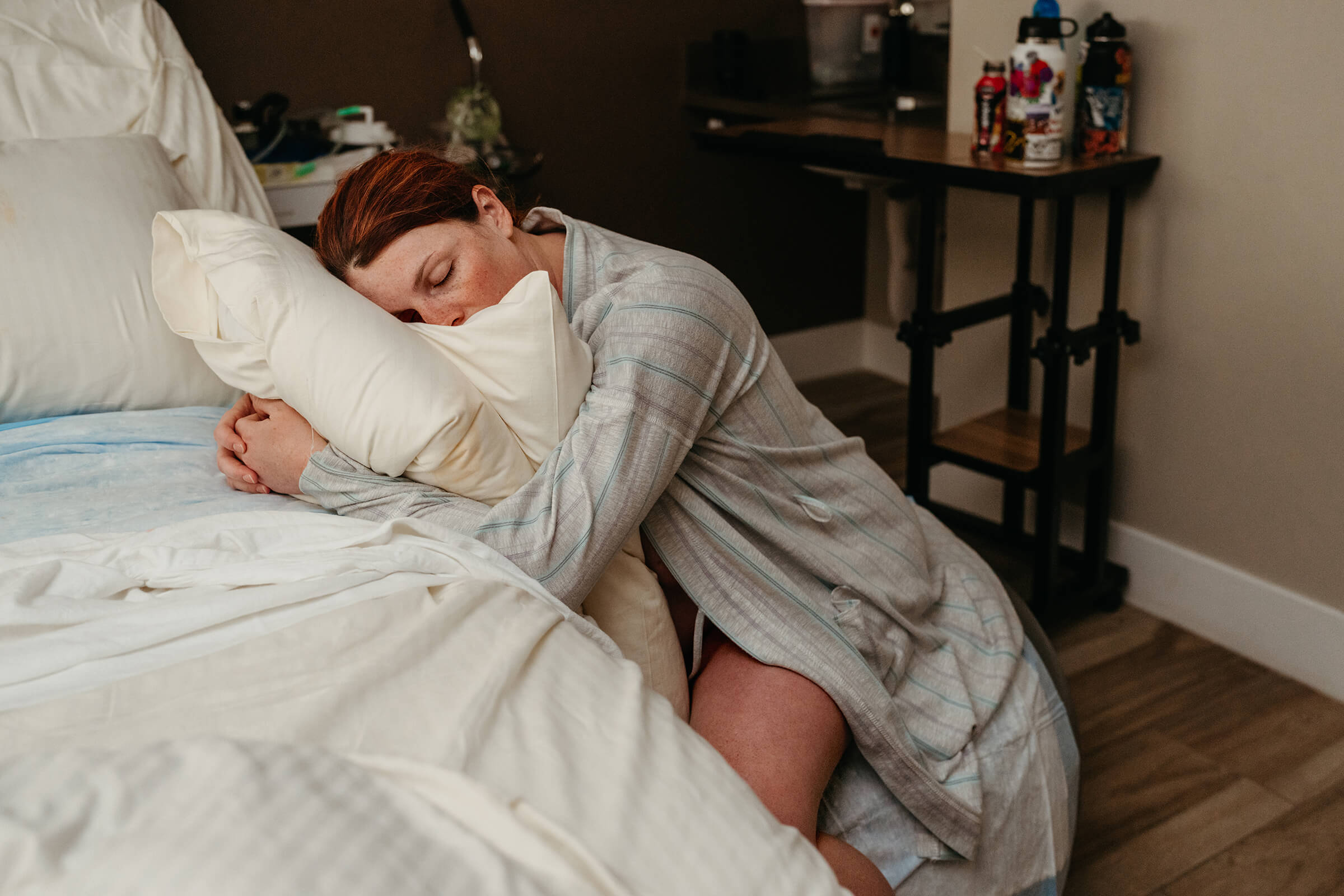
3. Professionalism
The third factor to consider is their professionalism in the birth setting and your community.
Whether you live in a small community or a big city, birth communities tend to be small and close-knit. Having a photographer who has worked hard to develop and foster community relationships will help ensure they are accepted and respected in birth spaces.
Do they maintain professional behaviors within different types of birth locations and situations and are aware of policies within the facilities in which they work?
In this genre, your photographer must have backup gear, just in case there is a malfunction in any equipment, from their camera body to lenses, microphones, and external flashes. Documenting moments that cannot be redone requires extra diligence in ensuring your photographer has all the necessary tools.
Do they have a code of ethics they work under? Do they maintain proper business licensure and carry liability insurance? Do they have contracts to protect you and cover any incidents that may arise? Do they present themselves professionally in all situations? Do they have strong connections with other birth photographers?
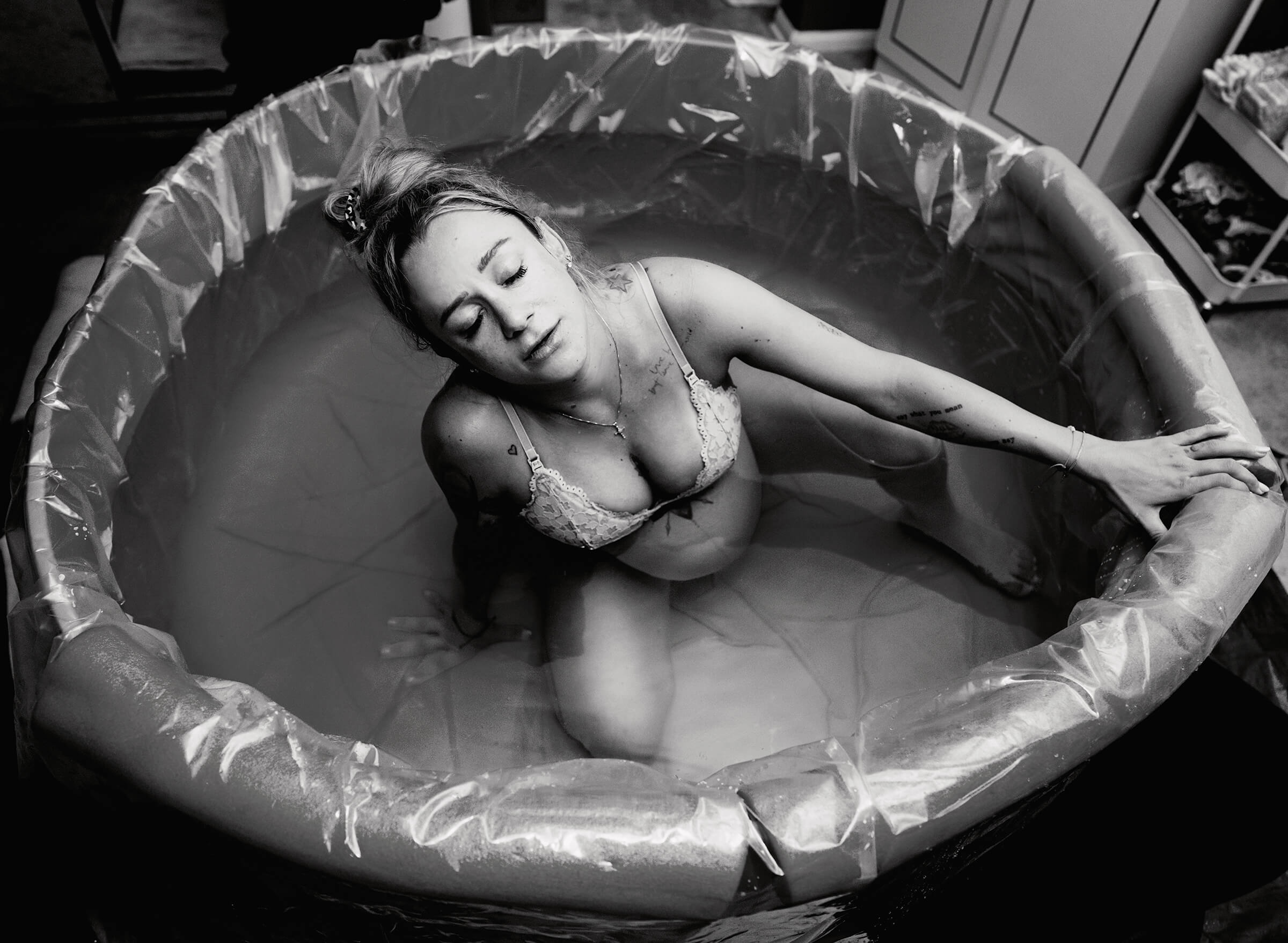
5. On-Call Experience
Another important factor to consider is their experience being on call.
Birth photographers are often on call for weeks (most start ‘call’ somewhere between 37 and 38 weeks gestation and remain on-call until you deliver). That means they need a schedule that allows them to be available and ready whenever your baby decides to come, whether at night or during a family function. They’ll abstain from alcohol to stay clear-headed and focused and understand the unpredictable nature of birth, ready to remain at your birth whether it’s 2 hours or 18 (or more). They won’t put time restraints on your time together and typically stay 1-2 hours after delivery to capture important firsts such as skin-to-skin, breastfeeding, newborn exams, family meetings, and tender moments. They won’t have a heavy schedule that may conflict with your birth.
Experienced birth photographers will maintain a strong network of other local birth photographers to ensure you’re always covered if they are at another birth or in extenuating circumstances.
A great question for your prospective birth photographer is whether they work with backup photographers.

6. Do You Connect with Them?
Birth is very intimate and vulnerable. Having someone you trust with such intimate moments is vital. Are their personality and mannerisms compatible with yours? For instance, if you anticipate wanting a quiet space, does the photographer’s presence and personality demonstrate that? Does their presence make you feel comfortable? Or, are you more outgoing and conversational and more comfortable with more extroverted personality types?
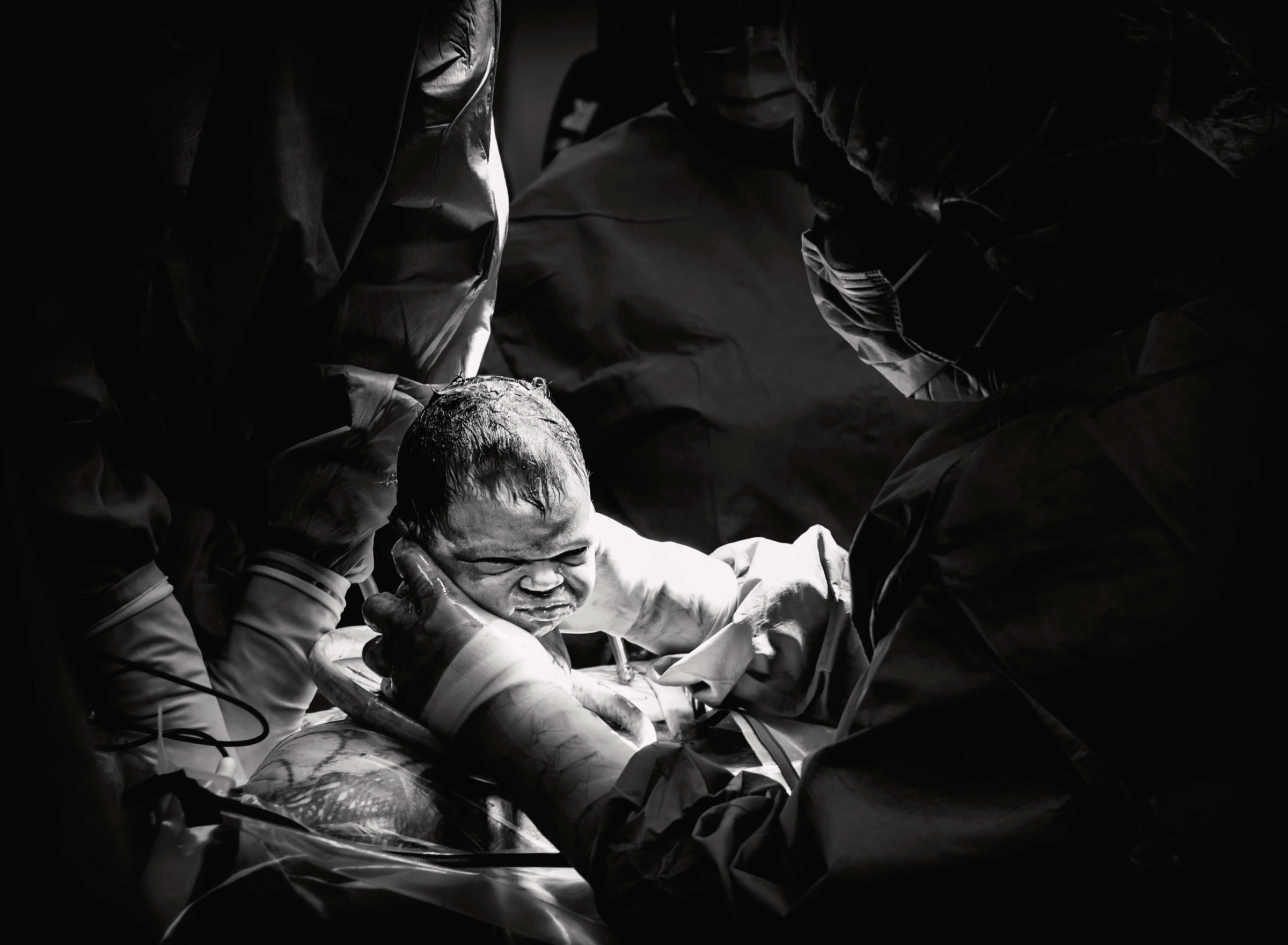
6. Cost
Lastly, cost is a real factor in such a big decision. You’ll likely find a wide range of pricing from photographer to photographer in your community. Finding a birth photographer within your budget is important.
There can also be a variety of what photographers include in their packages. Do their packages include any products, such as prints or albums? Are there restrictions on time spent with you? How are your images delivered? How long is their turnaround time for providing images?
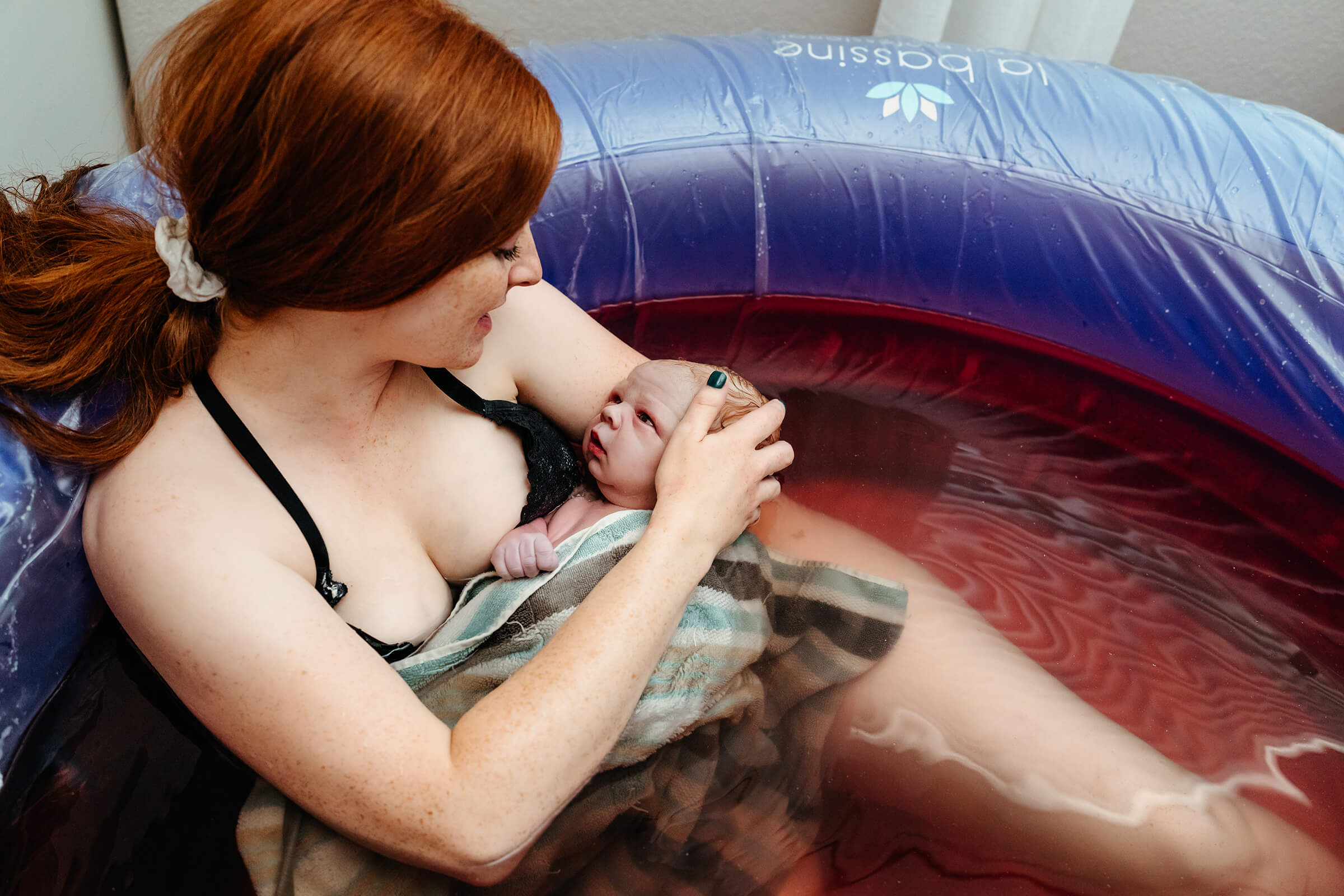
Birth photography is an investment just like wedding photography, and in my opinion, even more life-changing and important to document. Trust me; you’ll want to remember all those little details: how you looked at your baby for the first time, those first cries and tender words spoken as encouragement in the moments you needed them, the way your spouse or partner looked at you, and just how strong you are.
Most experienced birth photographers will have developed their price structure with many factors in mind, from the costs of maintaining a legitimate business to the quality gear they’ll need to capture beautiful images in whatever setting you deliver. Many birth photographers offer payment plans before your birth, which is another excellent question to ask.
Saturday, December 23rd, 2023

A Powerful Belly to Home Birth Story
The birth of Adeline is a belly-to-home birth story that captures so much more than the birth of their sweet girl. It captures this family’s love for each other and this mom’s determination and strength.
Kaitlyn found me when searching for a birth photographer here in Las Vegas. Her goals were to capture everything about this stage of their lives, from the anticipation of awaiting their little girl to their birth at our local birth center, Serenity Birth Center, to bringing her home with an in-home newborn session. More and more families have chosen this birth package over the last few years. The Whole Story birth package includes maternity, birth, and newborn sessions. It captures so much more than just the day your baby arrives. After all, there is so much more to birth stories than the day you deliver!
Be sure also to check out their beautiful birth film at the end. It perfectly demonstrates the beauty and grace she brought their sweet baby into this world.




Getting to know clients is vital in being prepared to capture the moments most important to you, so face-to-face meetings are always included in my birth packages. It is the perfect time to hear your wishes and hopes and get a feel for your personalities and family dynamics. It also helps to make the day of delivery more comfortable for everyone. Working alongside families during maternity sessions also helps as I get to see their dynamics in action, and it adds a layer of trust before delivery day. I left this maternity session even more excited to document their birth because their love for each other was tender and sweet. Their laid-back personalities and the way they interacted made it evident that their connection would be a highlight of their birth story.
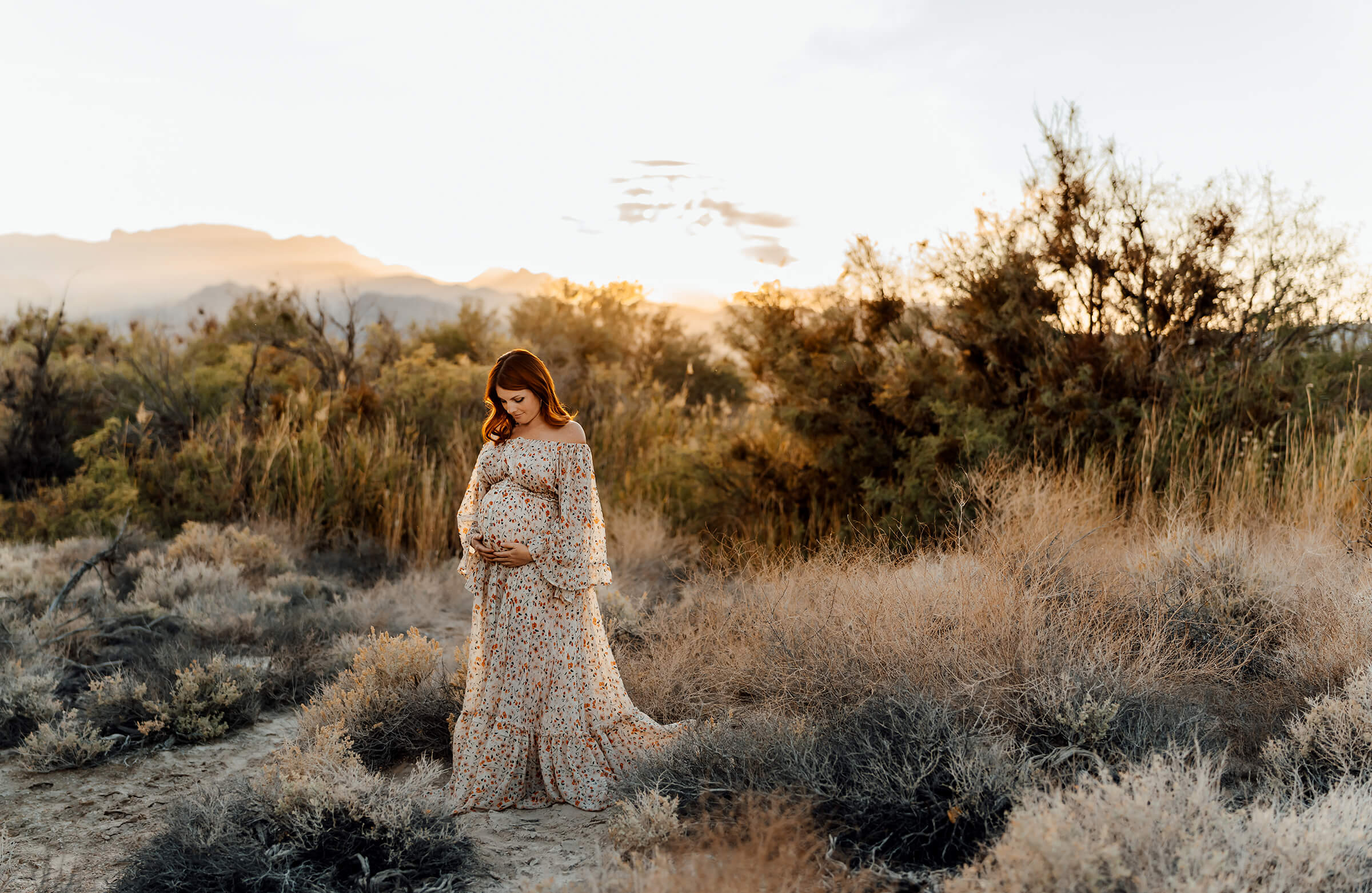
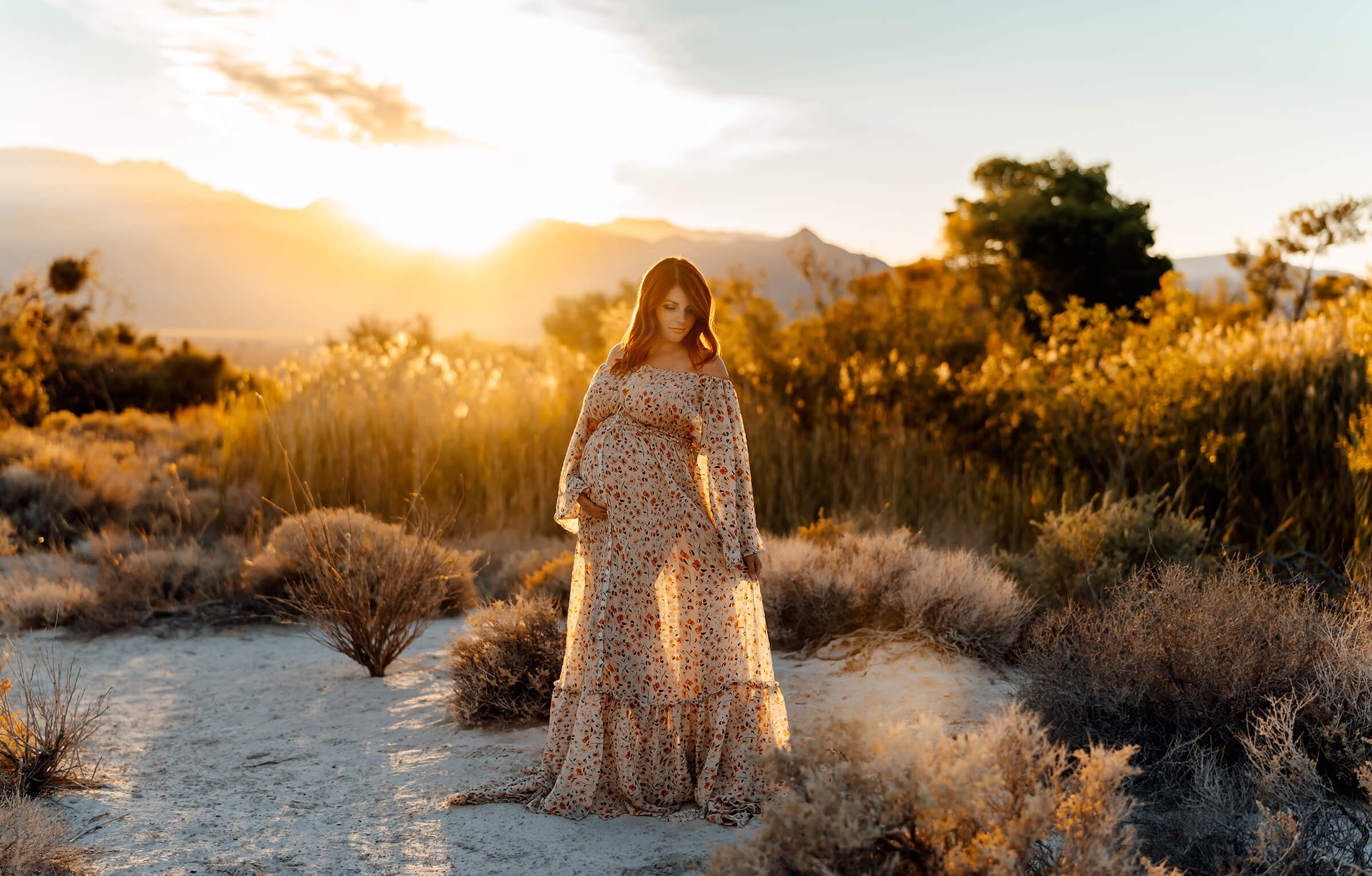
Kaitlyn had an estimated due date of December 29th, which added an exciting layer of anticipation of whether she would deliver in 2022 or 2023 or even on New Year’s Eve. She is a registered nurse who has not only worked as a travel nurse but now works for a travel nurse company. She worked hard both in a staff position on the floor and as a coordinator until the week before her due date and was ready to meet her baby girl. But, their sweet girl was nice and cozy on the inside and waited until 41 weeks and three days to make her grand appearance.
Kaitlyn labored for days before finally bringing their sweet girl earthside. Contractions began after an exam in the office with their midwife and were consistently off and on and uncomfortable, but not enough to be admitted into the birth center. Finally, two days later, they changed and became consistent and intense. She was admitted to the birth center, and I was called in the early morning hours to head their way.
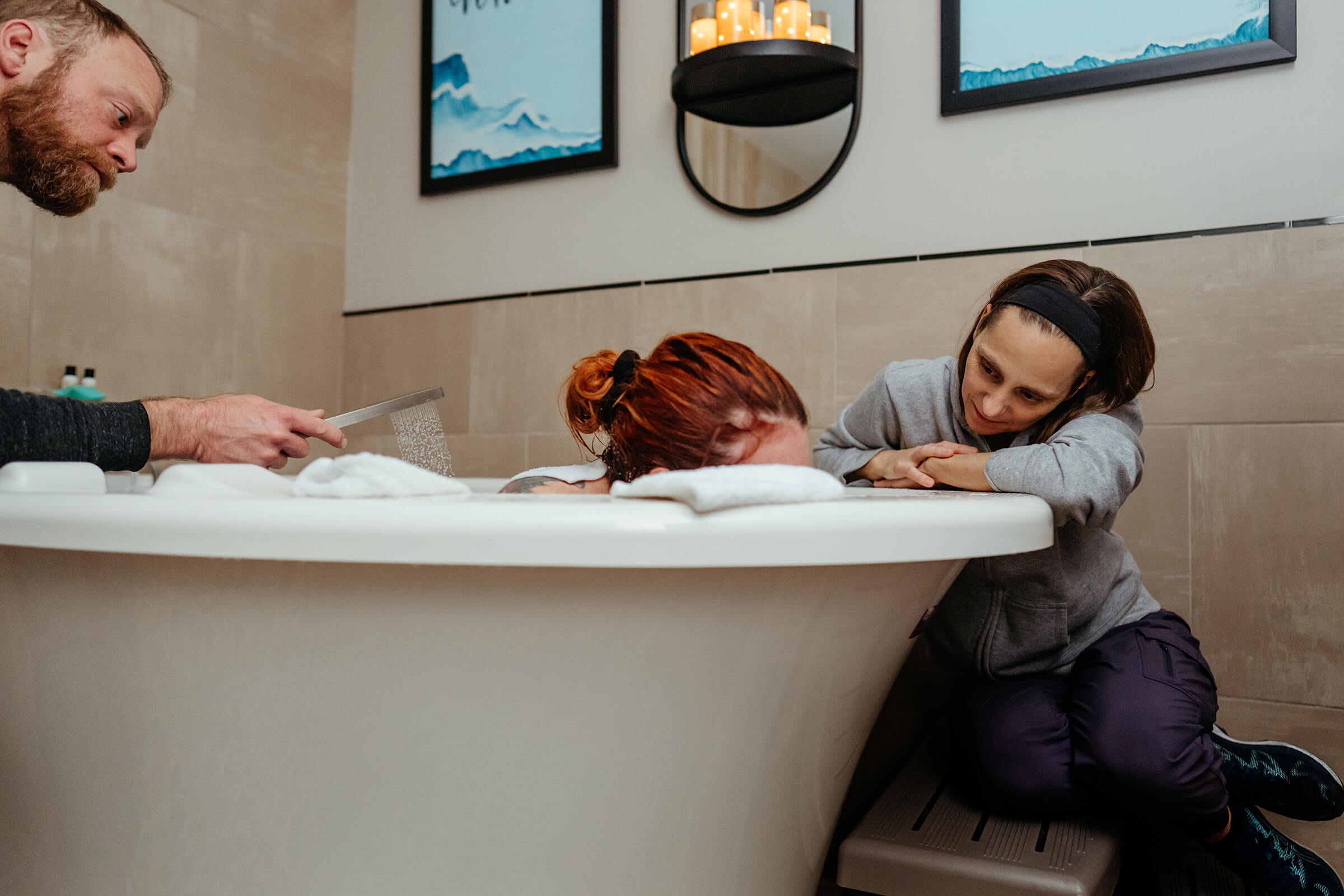
Their amazing doula Regina Roy, was with them, and I was so excited to finally meet her in person.
Kaitlyn was most comfortable in the water, and their birth space was quiet and serene, with Jason and Regina diligently by her side, very in tune with what she needed and when she needed it. She was tired after contracting as long as she had and rested as much as possible between contractions.


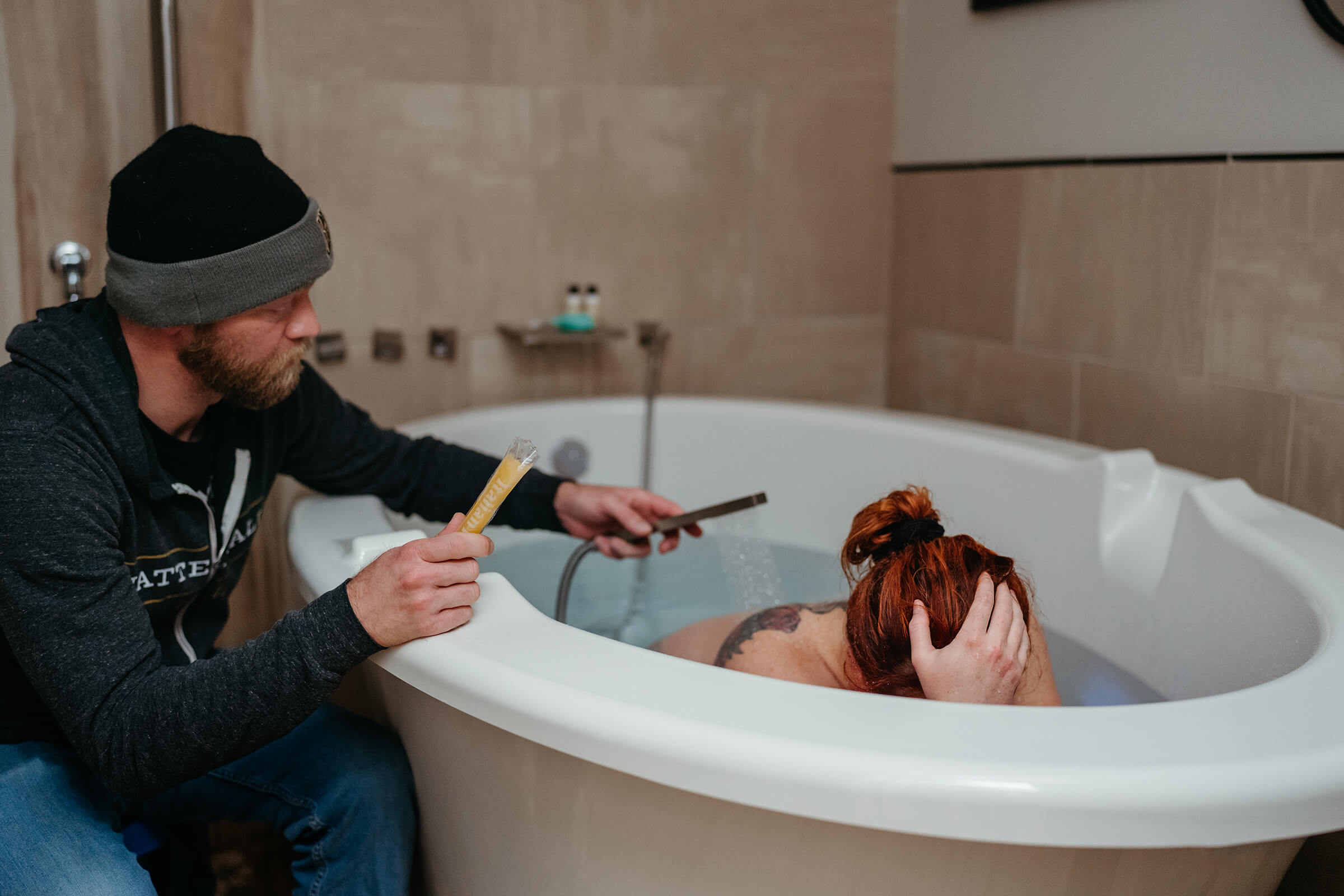
After a few hours, her contractions became a bit irregular again, and so an exam was done. She had made minimal change, and so the decision was made for her to go back home and hopefully get some rest while her body continued to work. They were, of course, disappointed.
There was little rest at home, and Kaitlyn remained uncomfortable but determined. Finally, two days later, things changed, and the intensity and frequency finally increased, and they returned to the birth center, this time with significant cervical change.

Kaitlyn’s demeanor had also changed. Her determination was awe-inspiring. She remained turned inward where she needed to be to stay focused, and Regina was consistently by her side. Their trust was evident, which helped Kaitlyn’s trust in her direction and suggestions for labor positions. Although exhausted, Jason remained by her side and calm and grounded throughout the process. I was impressed with how calm and supportive he stayed throughout, always trusting Kaitlyn’s body and the process. This is a perfect case of how important it is that your birth team believes in you and supports you. That energy becomes palpable and, I believe, can sway outcomes.
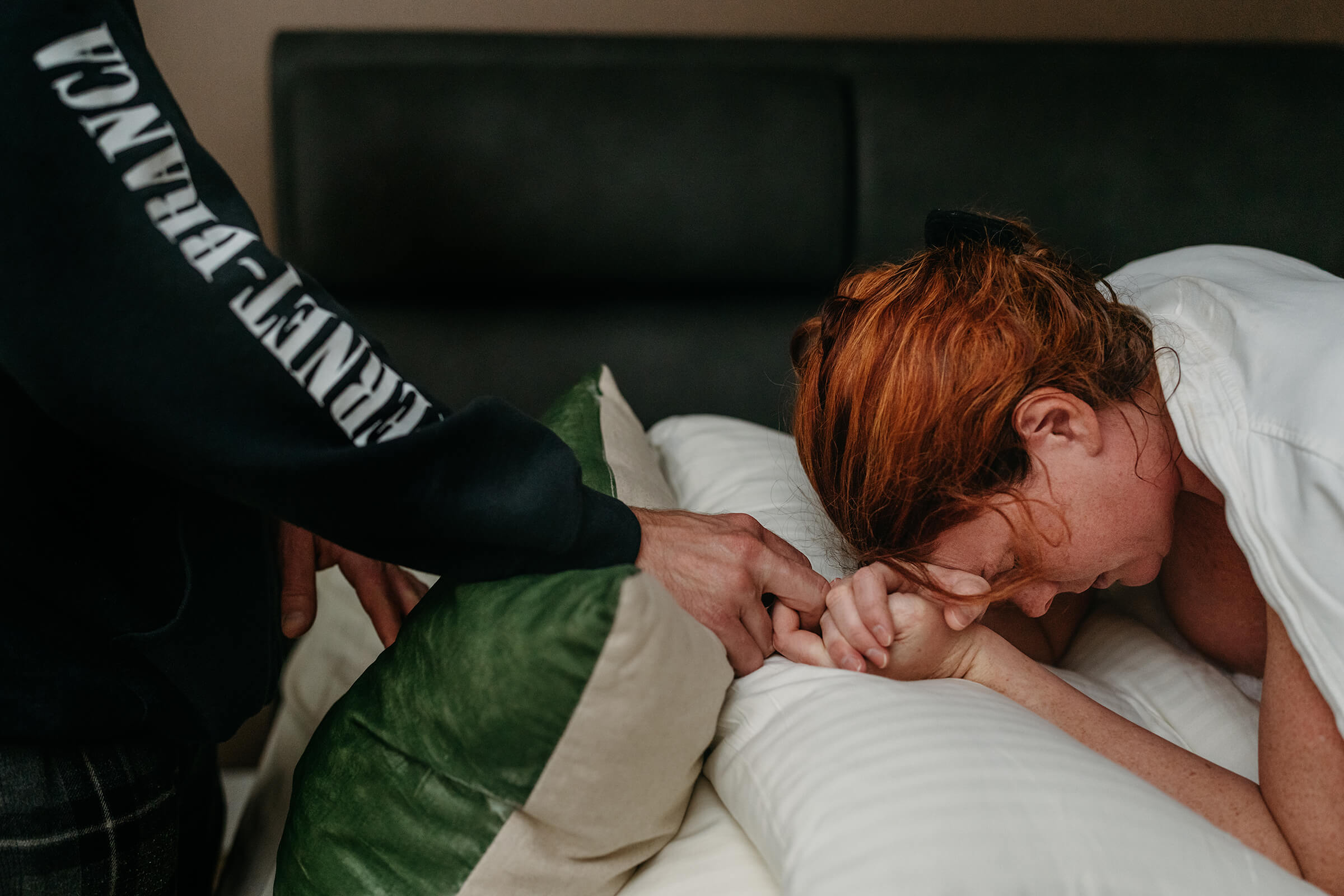
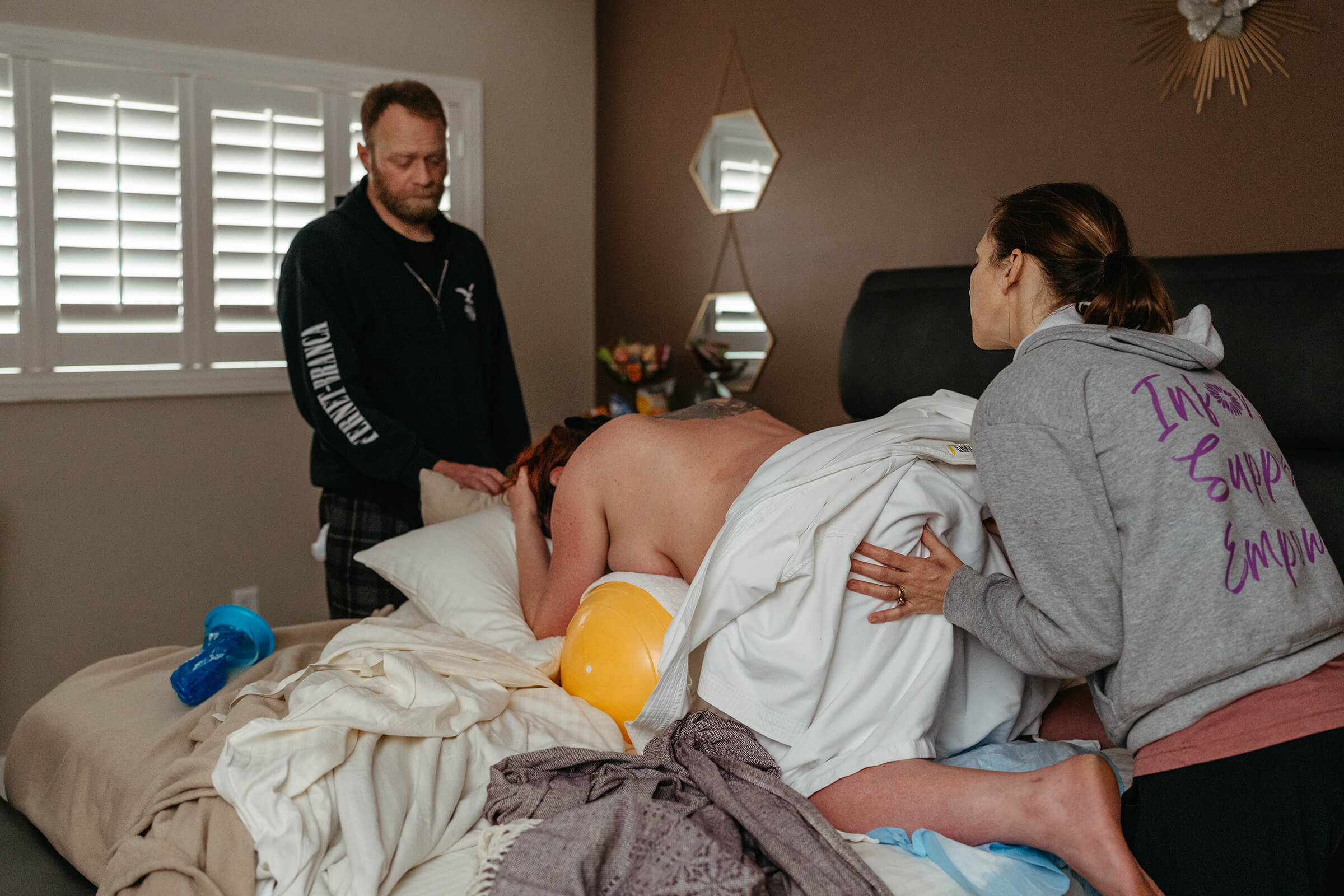
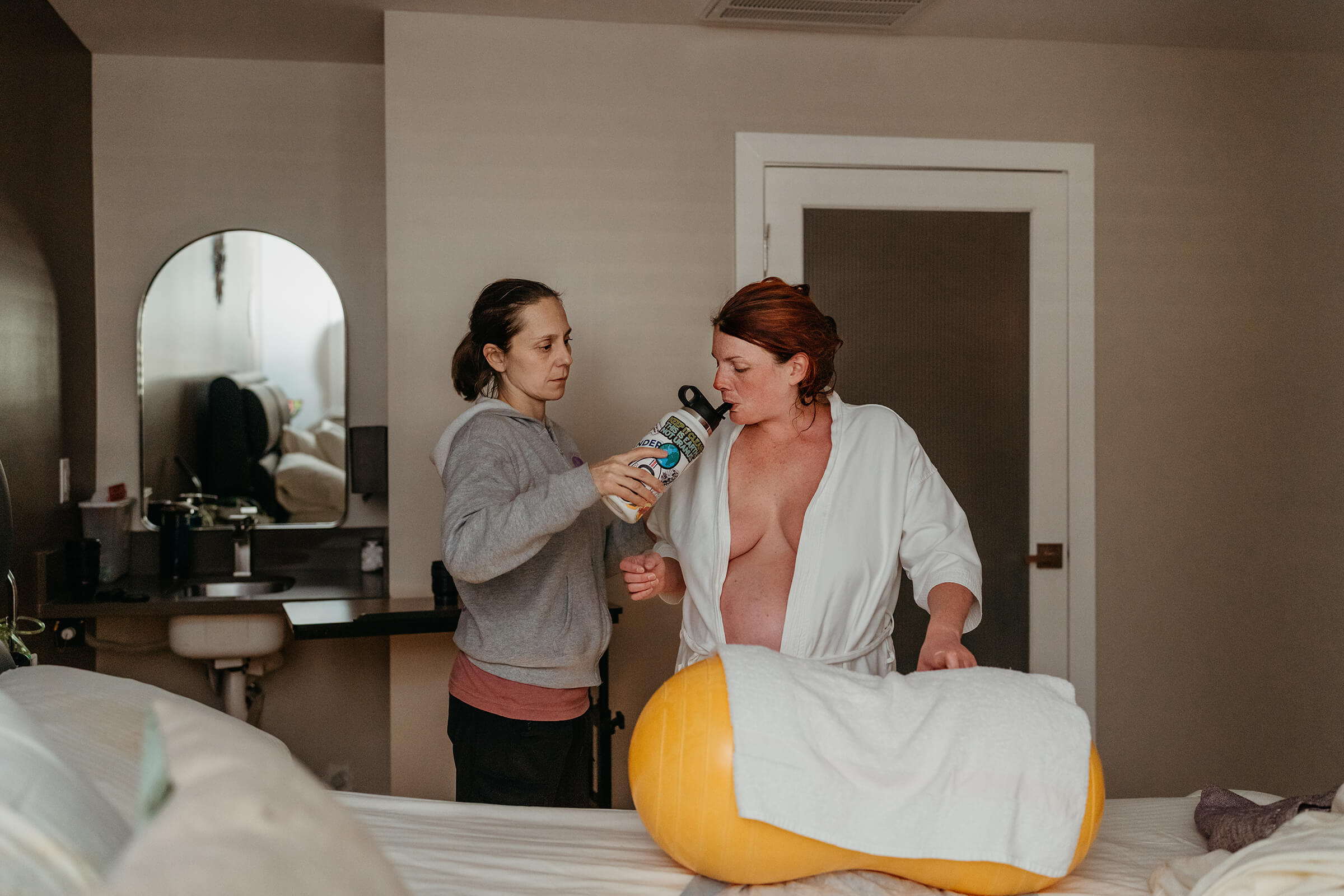
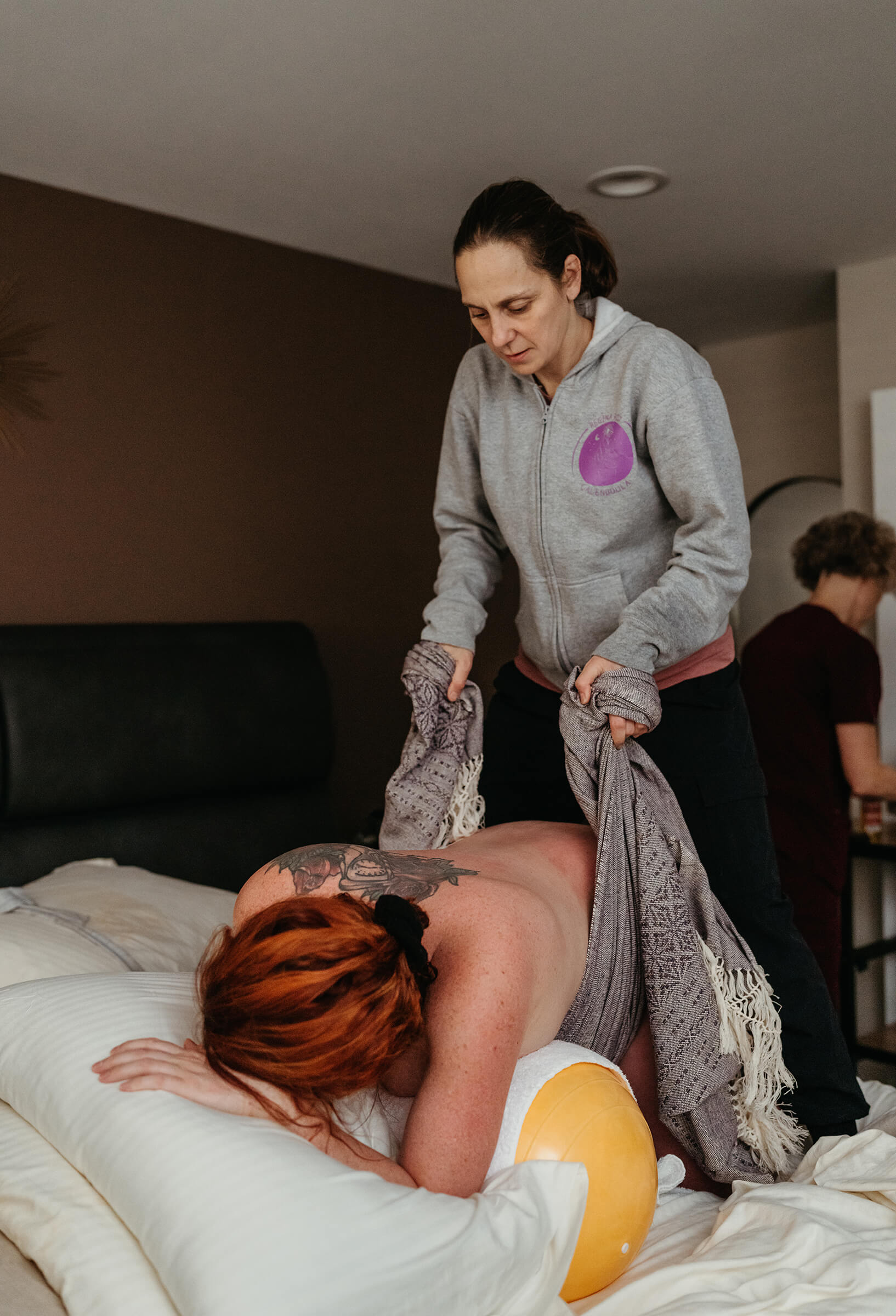
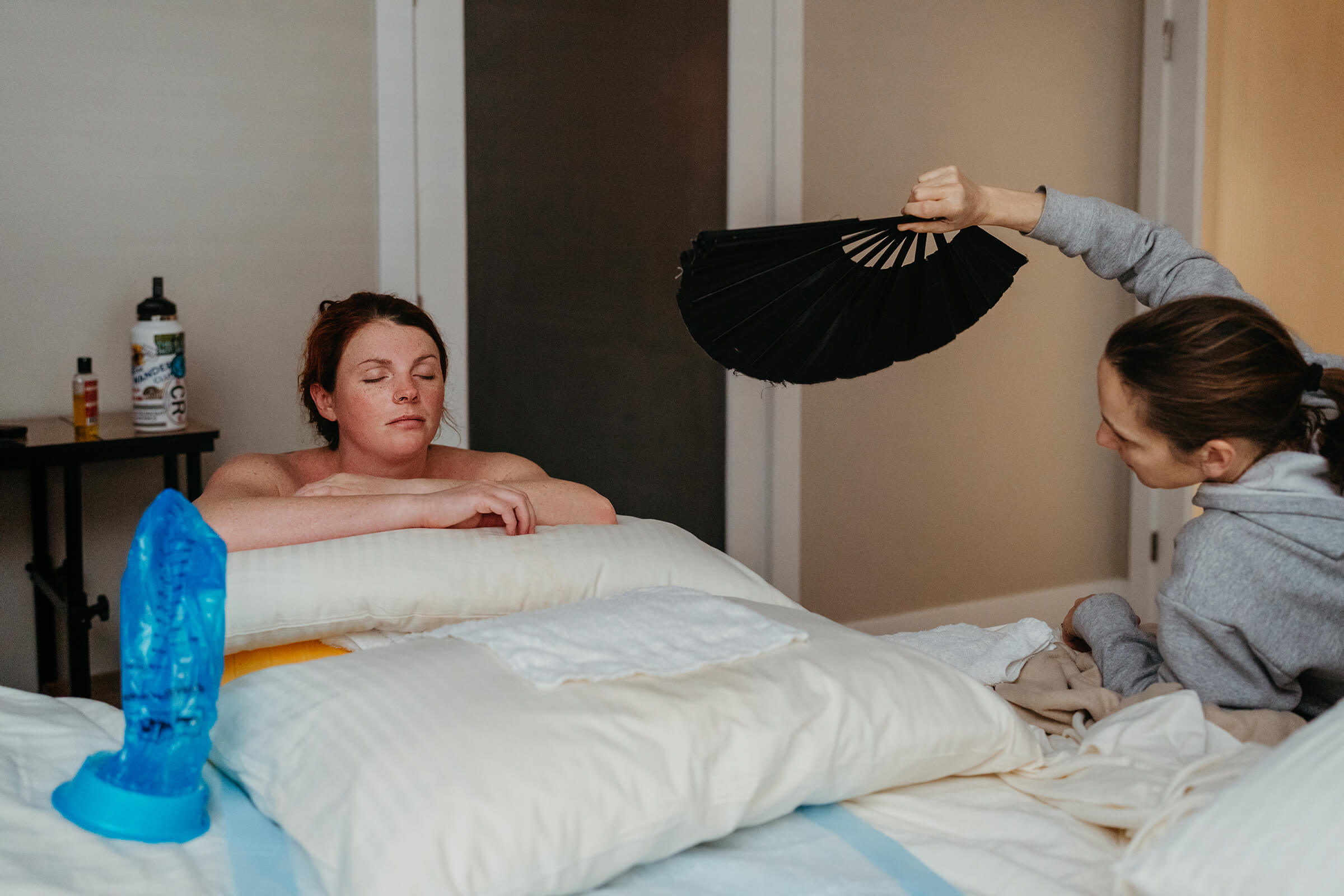
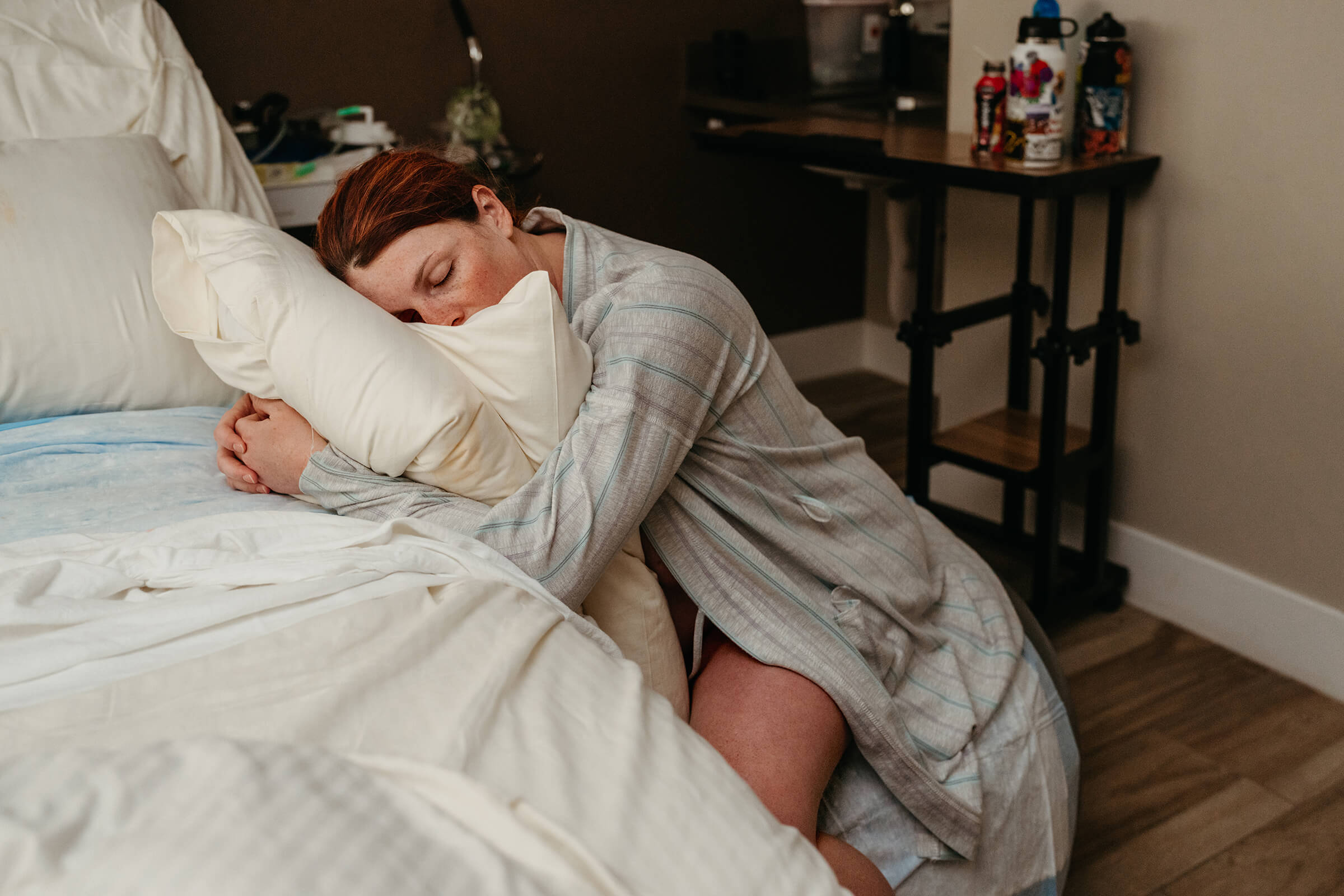
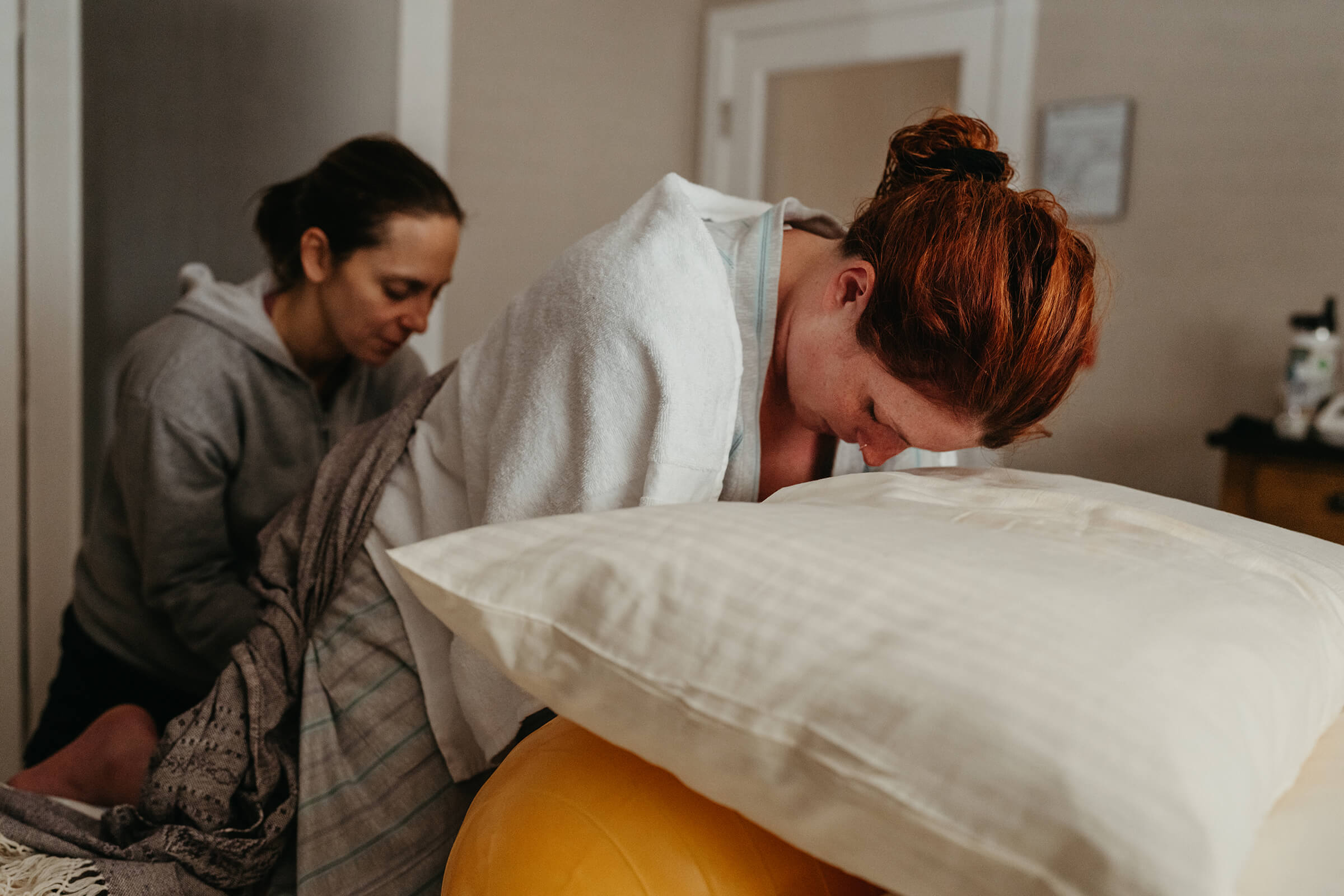
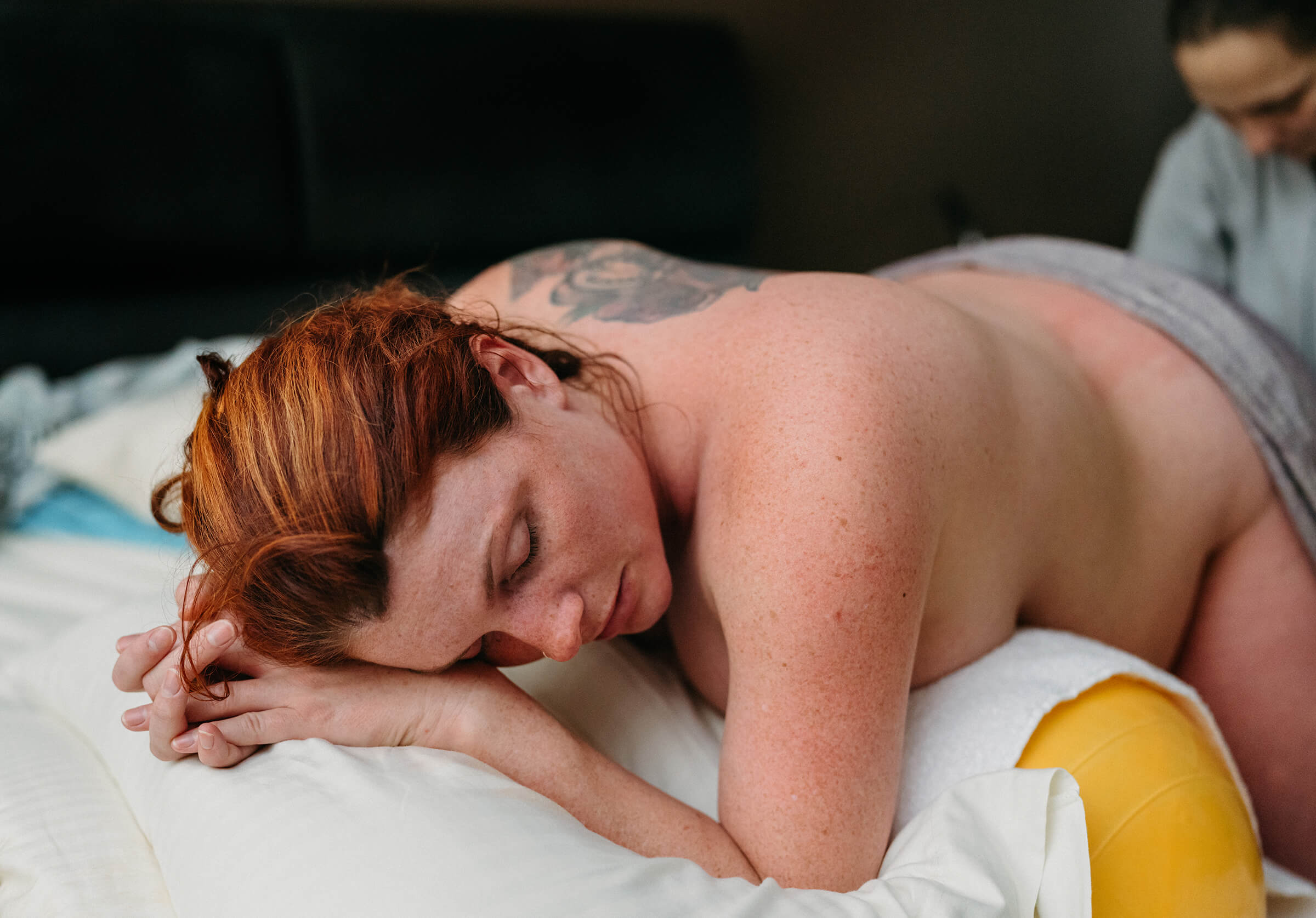
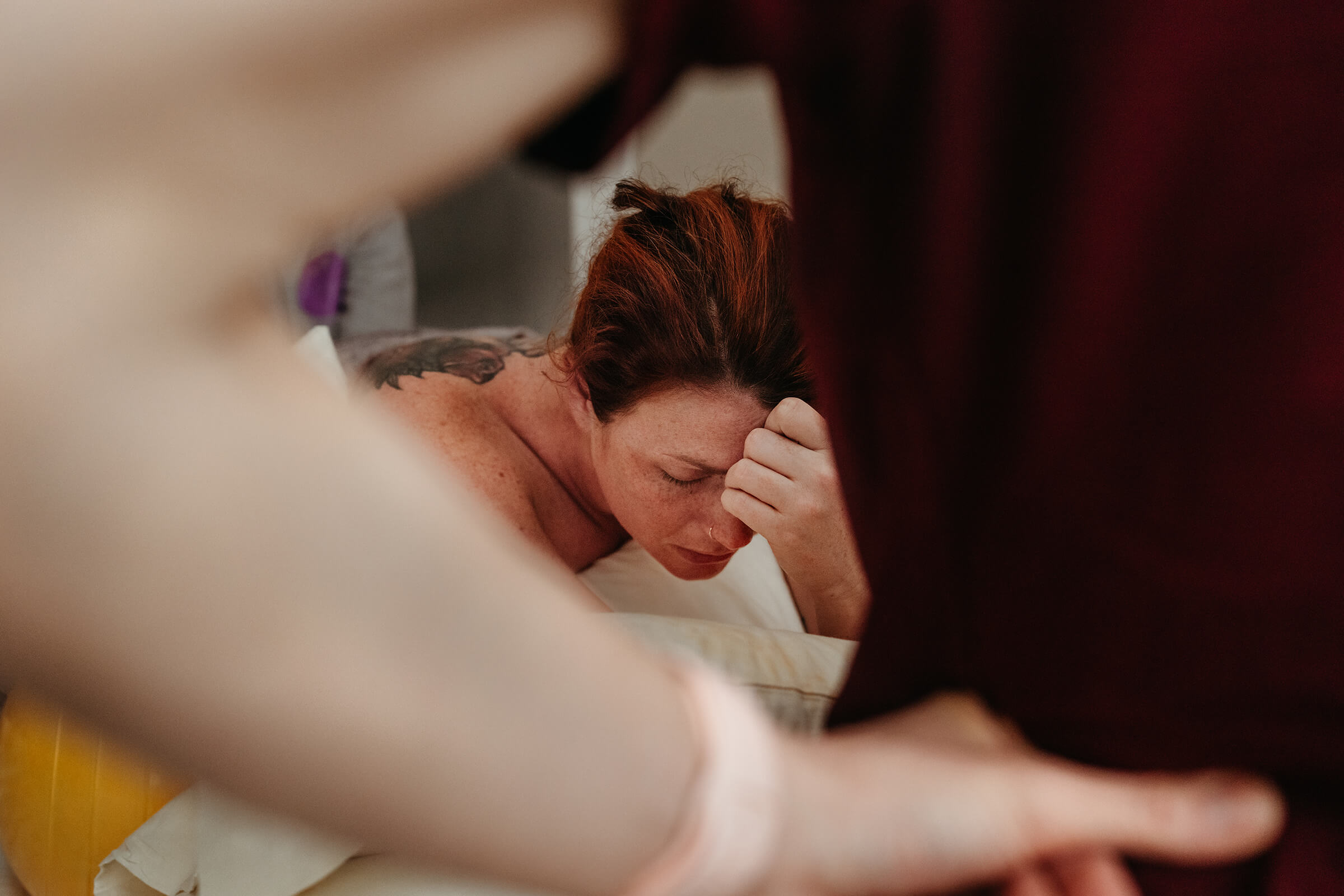
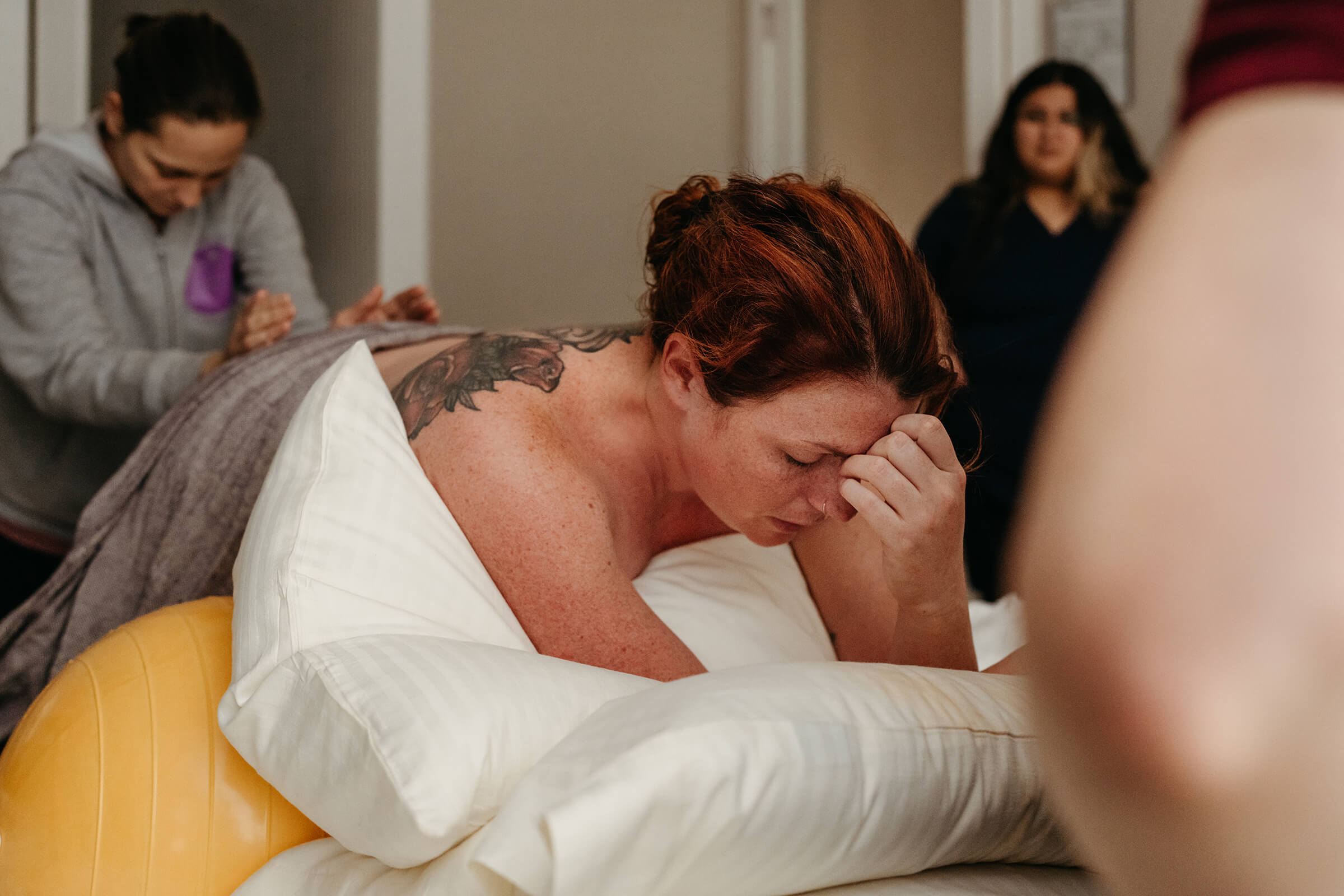
The last stages of labor required Kaitlyn to dig deep and allow her body the rest it needed between contractions. Although she was fully dilated for hours, the urge to push and fetal descent was a slow process, just like the rest of her labor, but she remained determined and committed. Finally, at one point, her amazing midwife, April Clyde, and student midwife, Alexyis Bonilla, encouraged her to sit on the toilet in hopes it would aid in fetal descent. There is a reason they call the toilet the “dilation station.” It is often the key to opening the pelvis up to allow for fetal rotation and descent, and it finally did the trick. Kaitlyn went from working so hard to her baby’s head right there! They quickly assisted her into the tub (where she wanted to deliver) just in time for her to deliver her sweet baby girl.
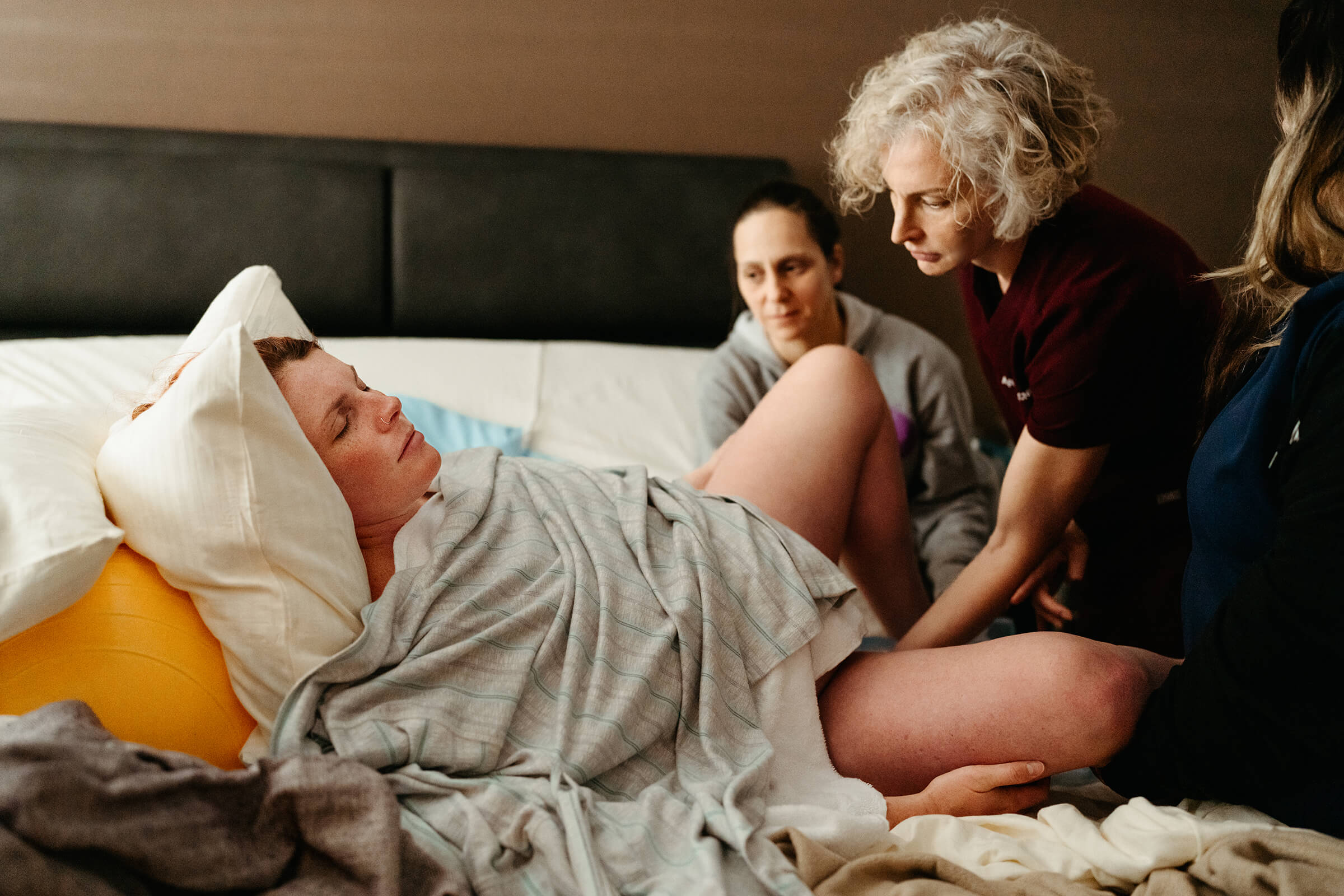
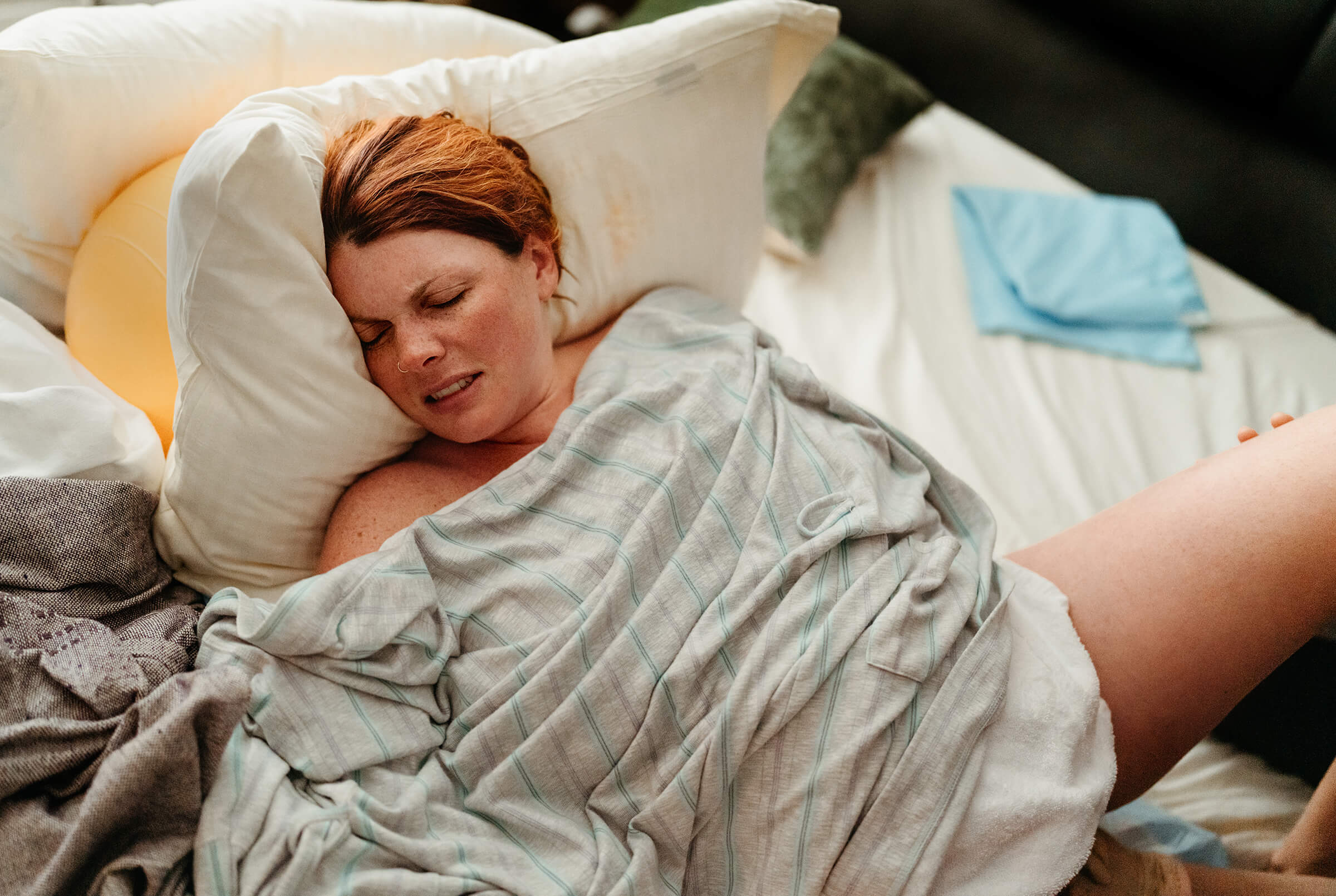
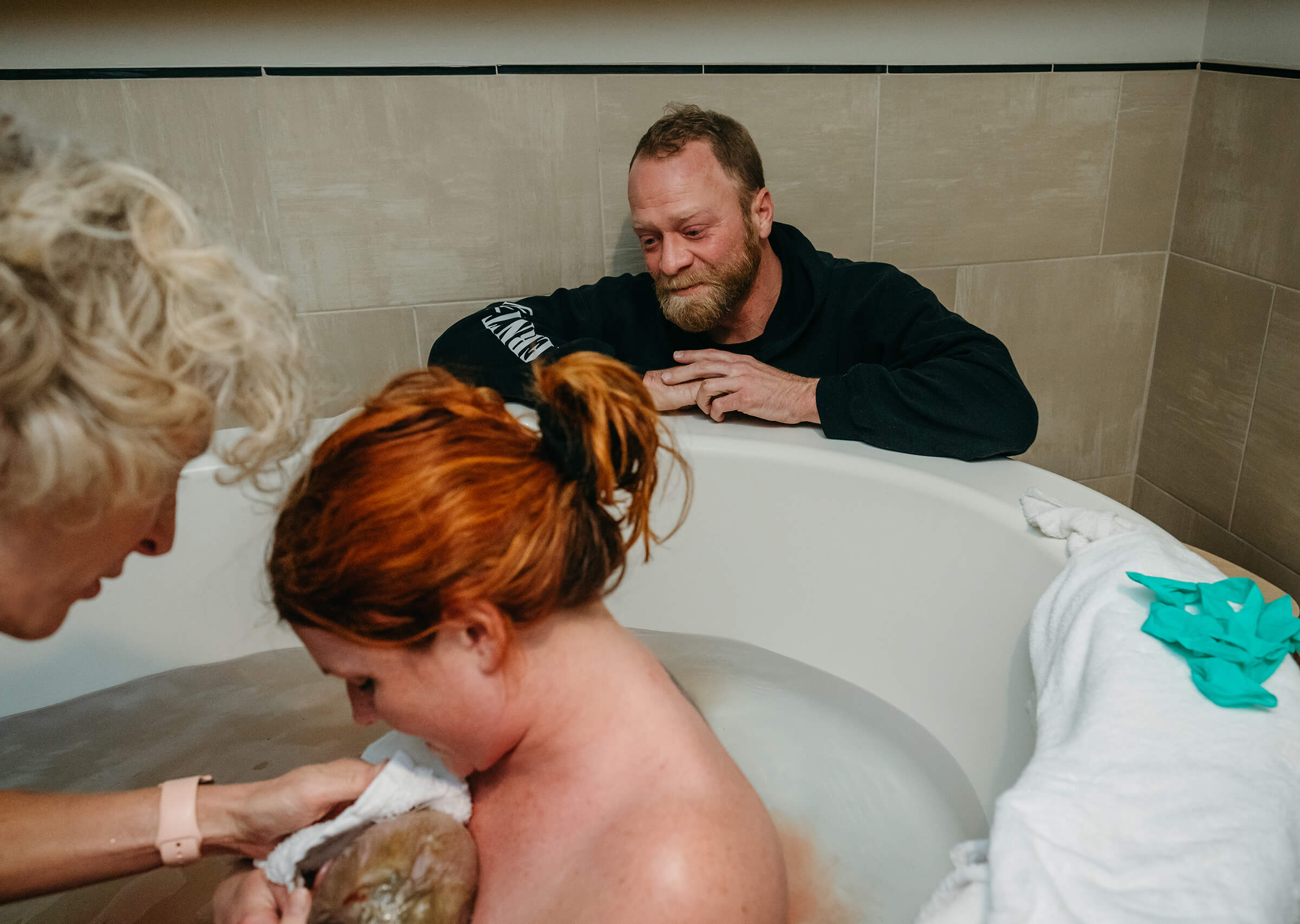
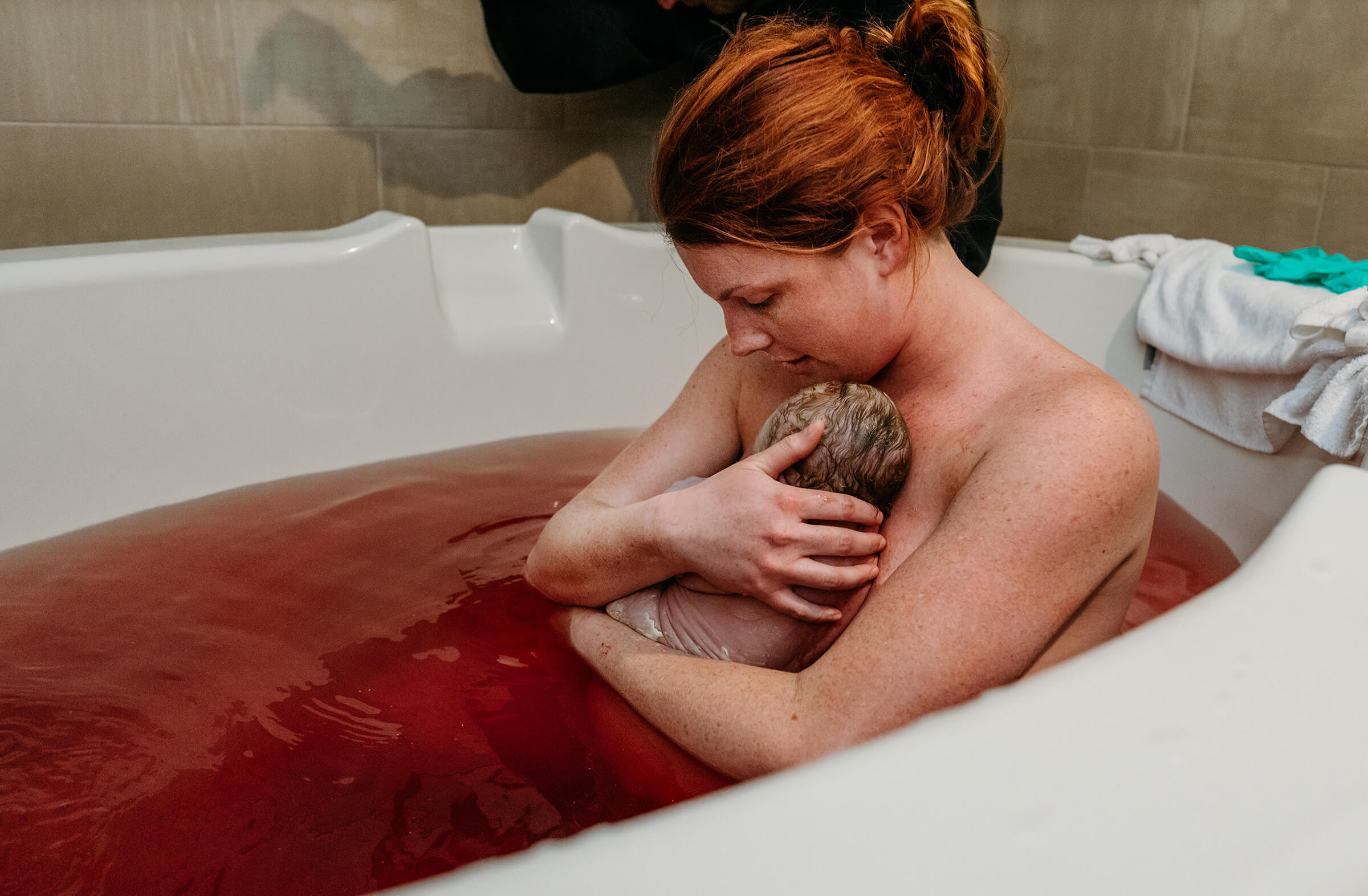

The pride on pure joy on Jason’s face and the pure love and joy of Kaitlyn as she finally held her sweet girl in her arms pretty much had us all in tears.
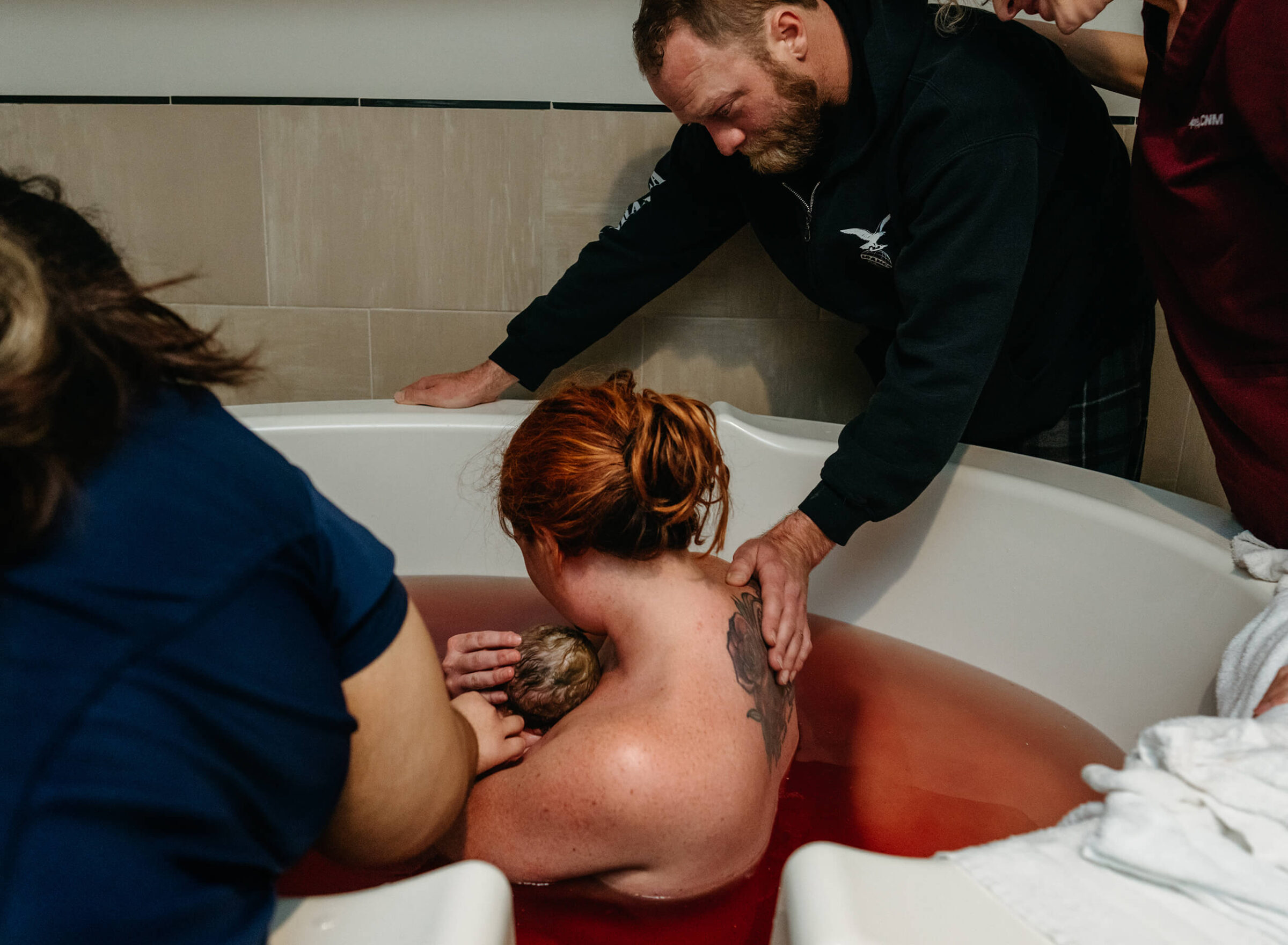
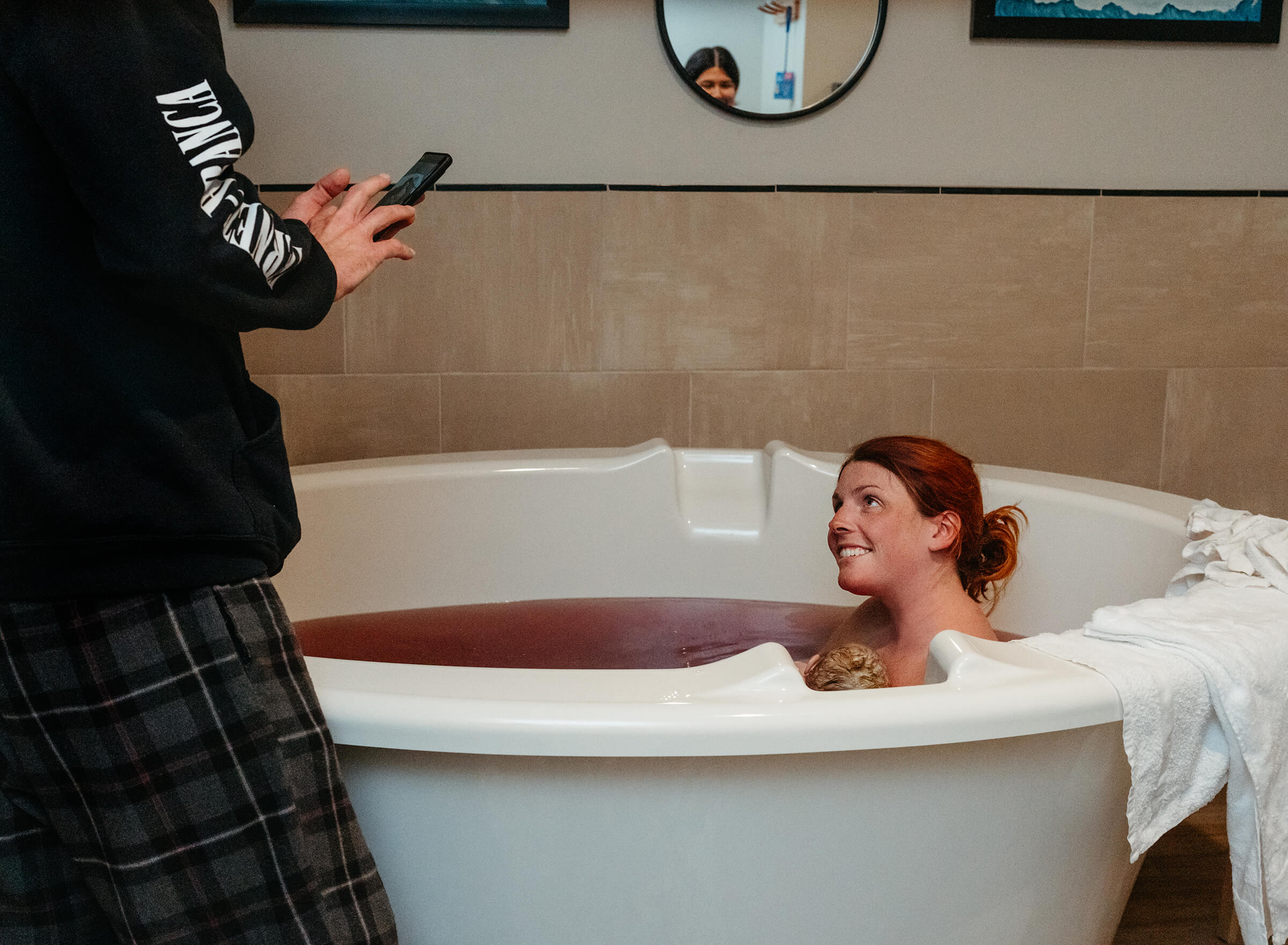
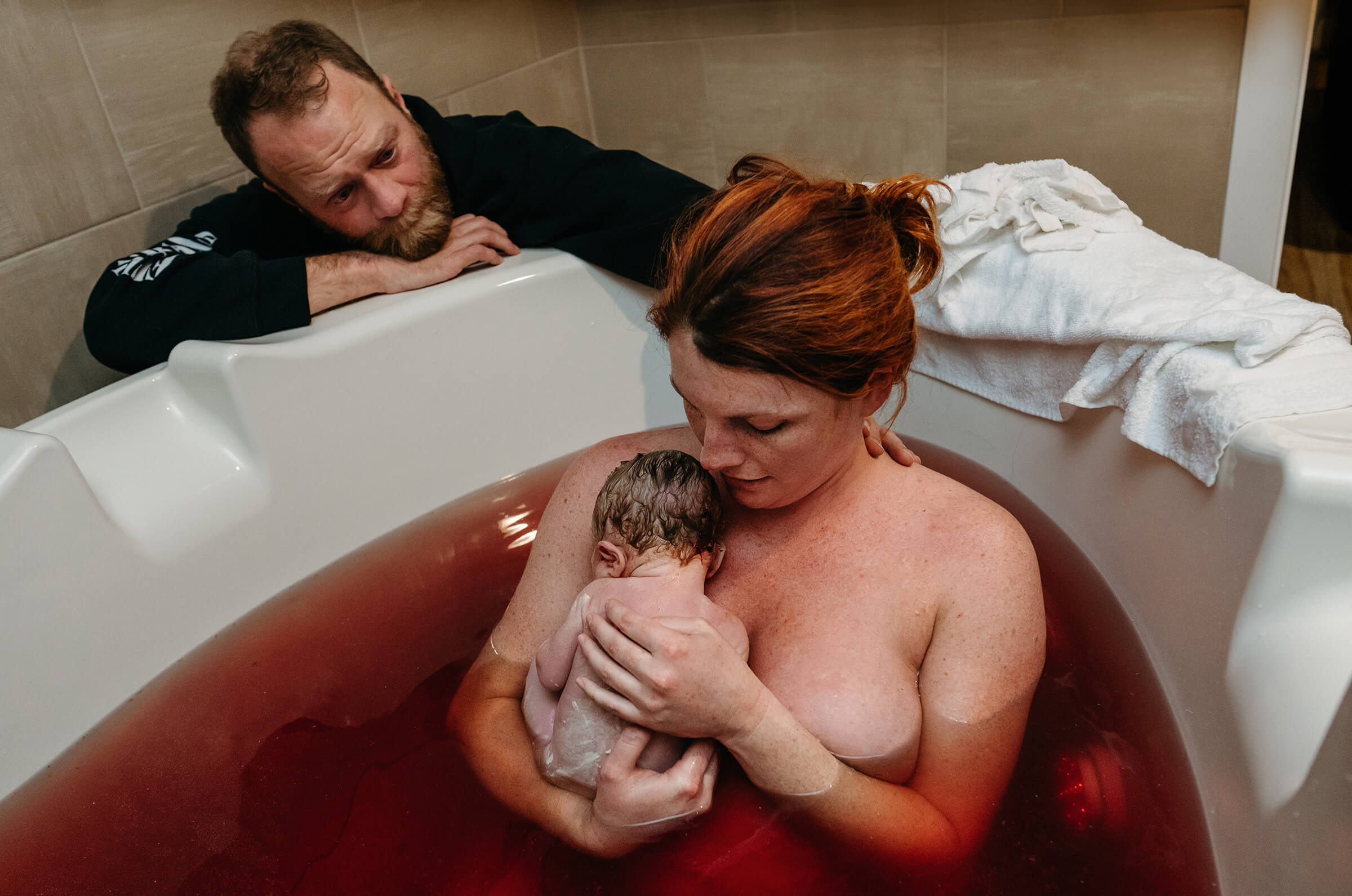
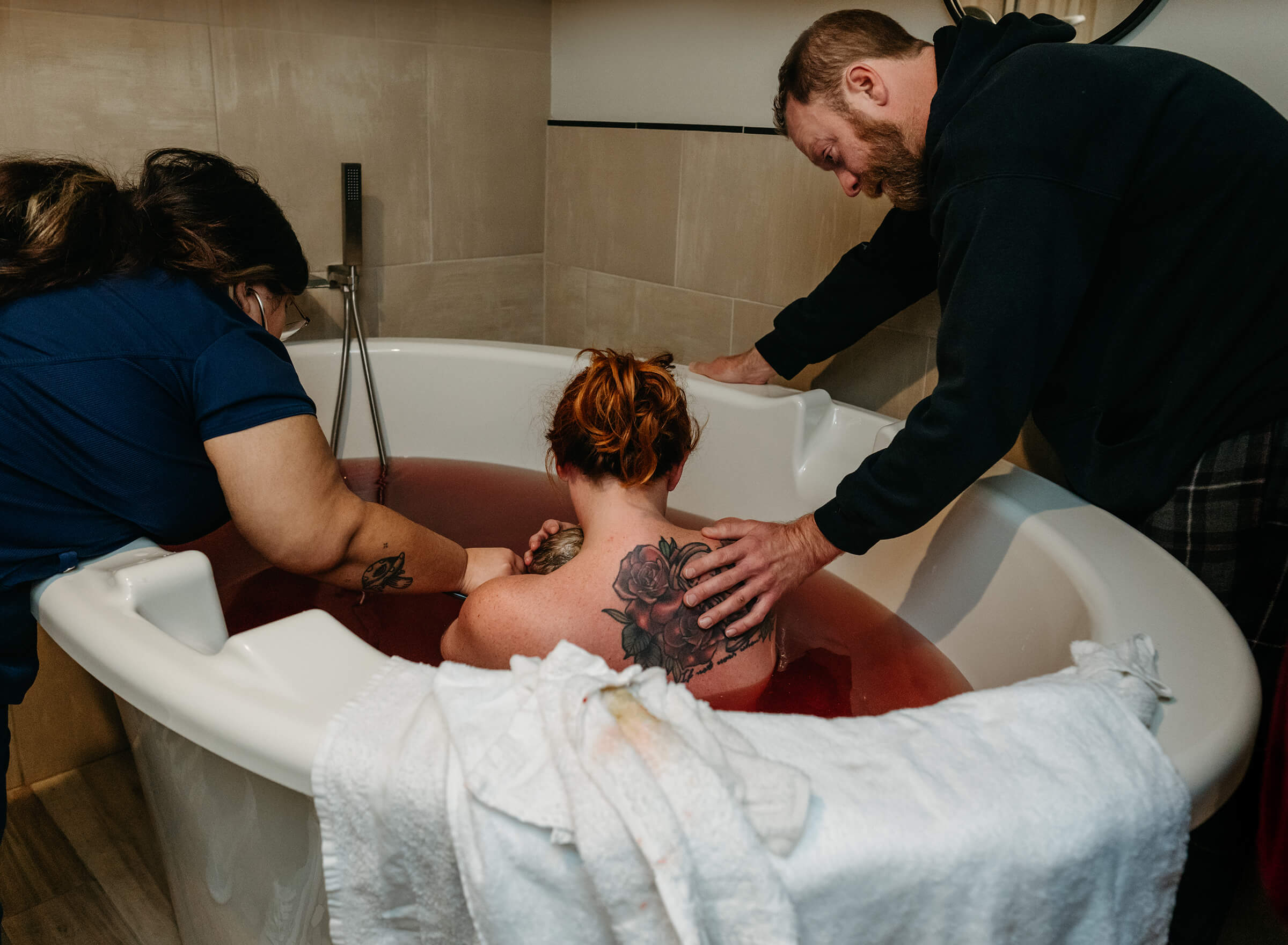
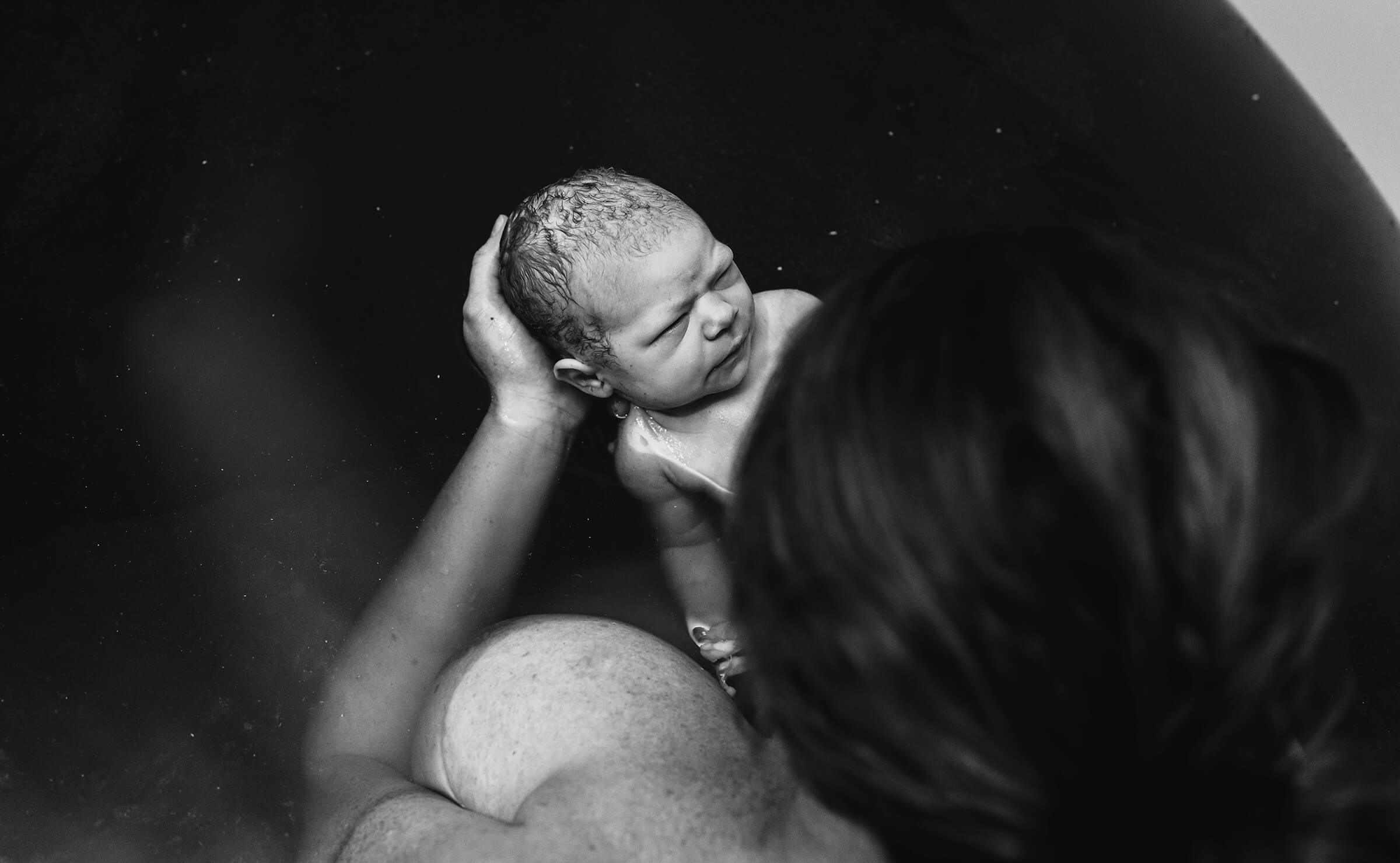
As Kaitlyn was showered and assisted back to bed, dad had some precious skin-to-skin time with his new baby girl; it was so tender and beautiful. He just soaked it all up.
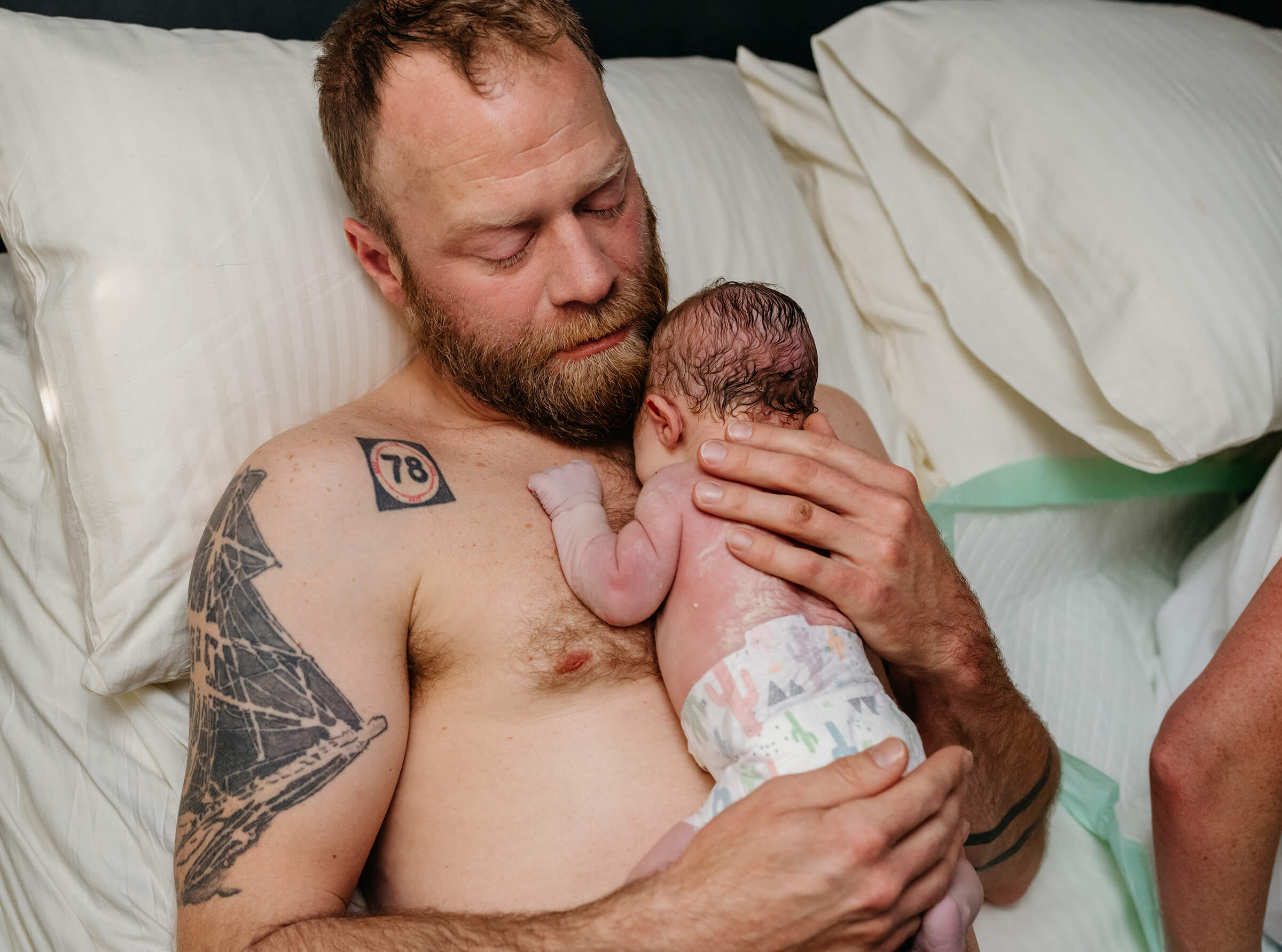
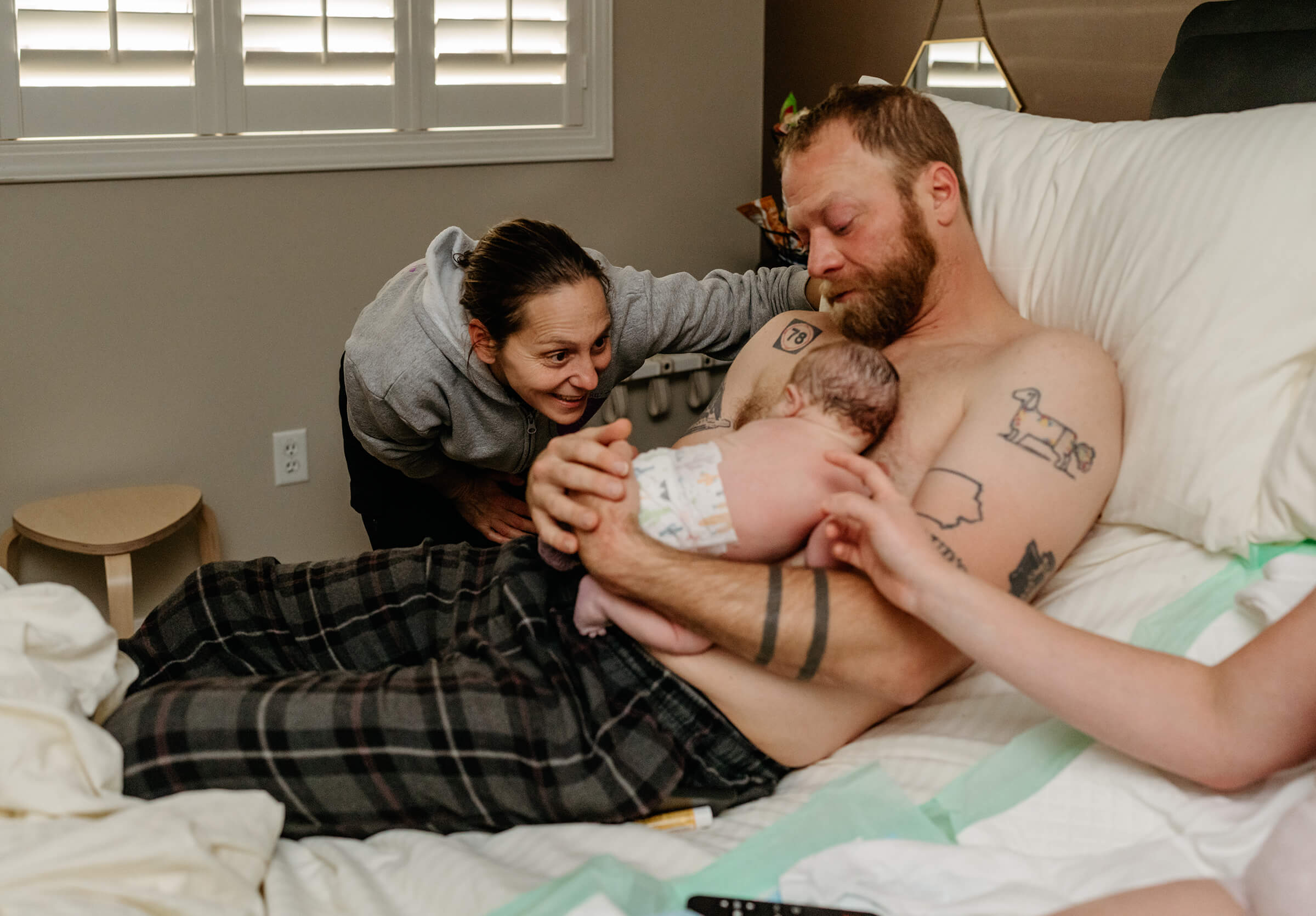
And this beautiful soul, Regina. I had heard so many things about her, and I could 1000% see why her clients and the birth community love her. She is a blessing and holds such a special gift. She was so patient and connected with Kaitlyn, and so knowledgeable of the labor process.
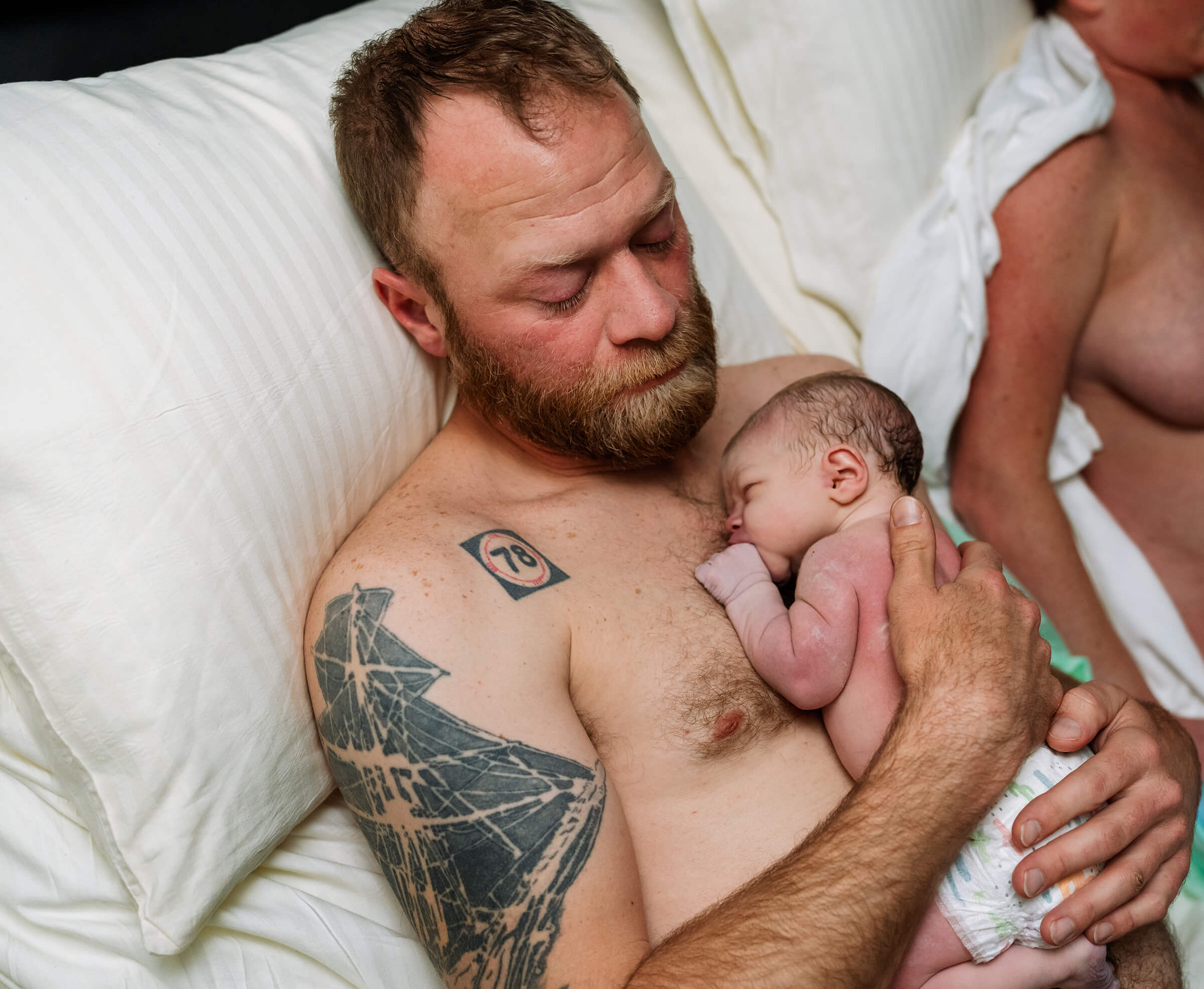
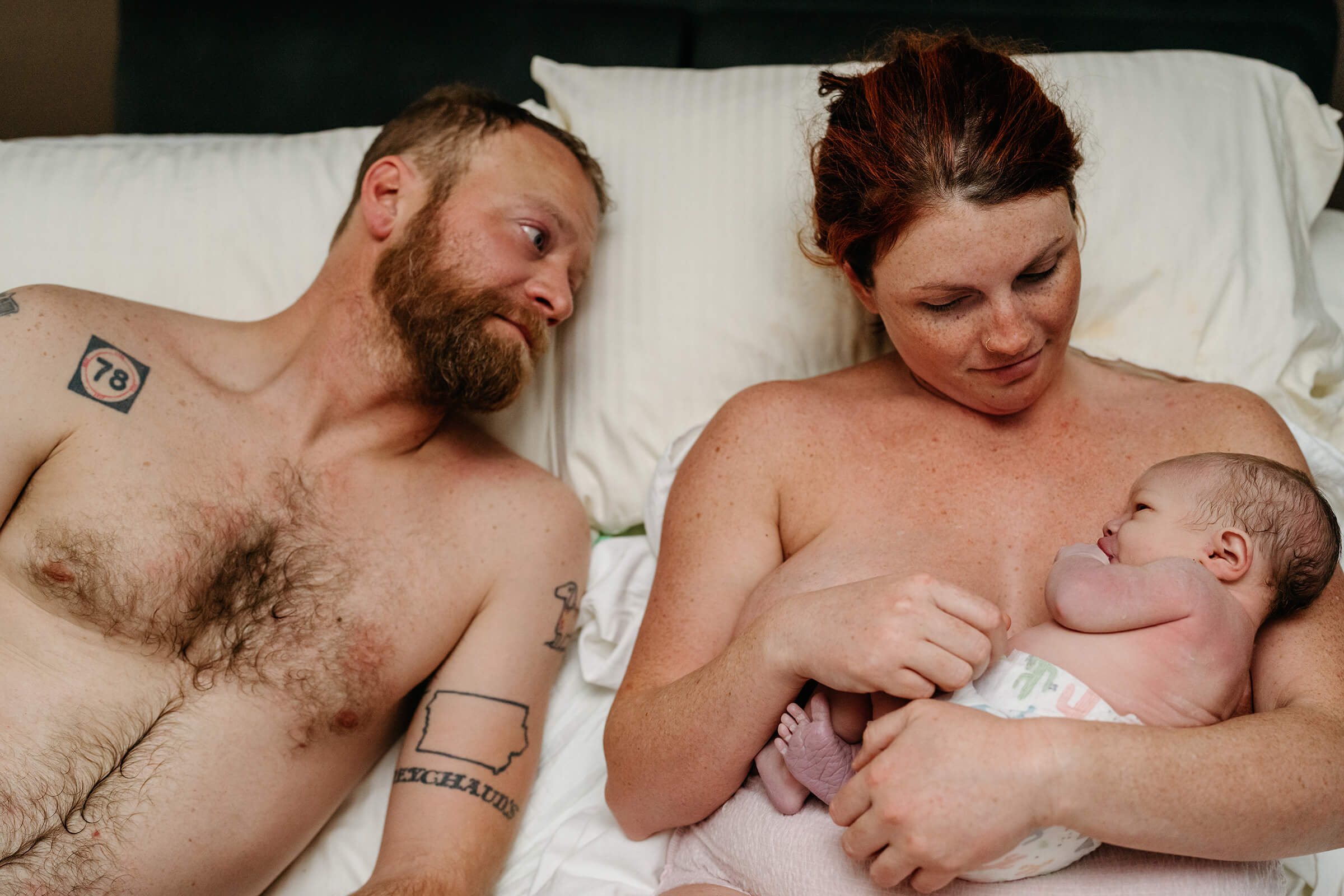
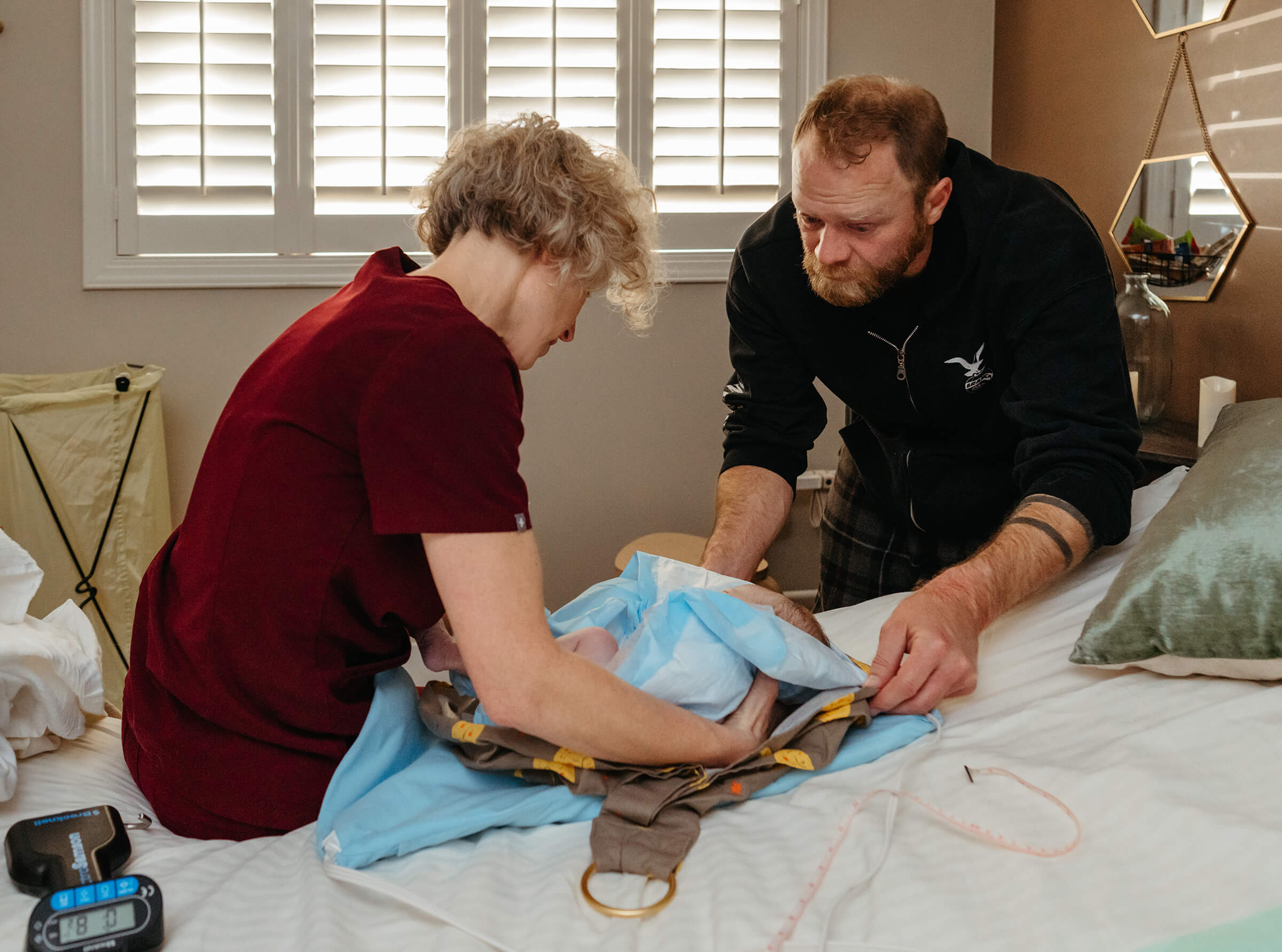
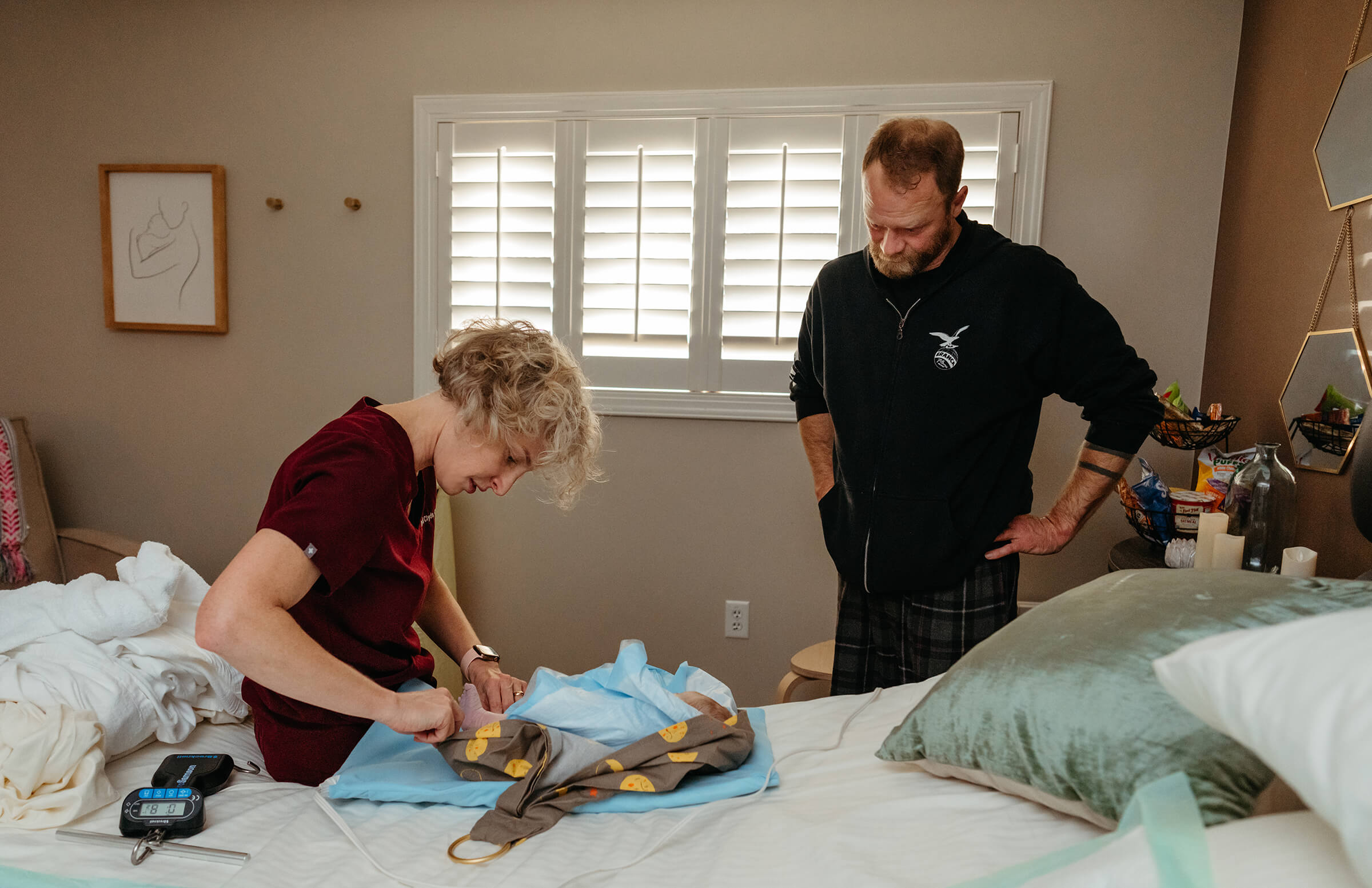
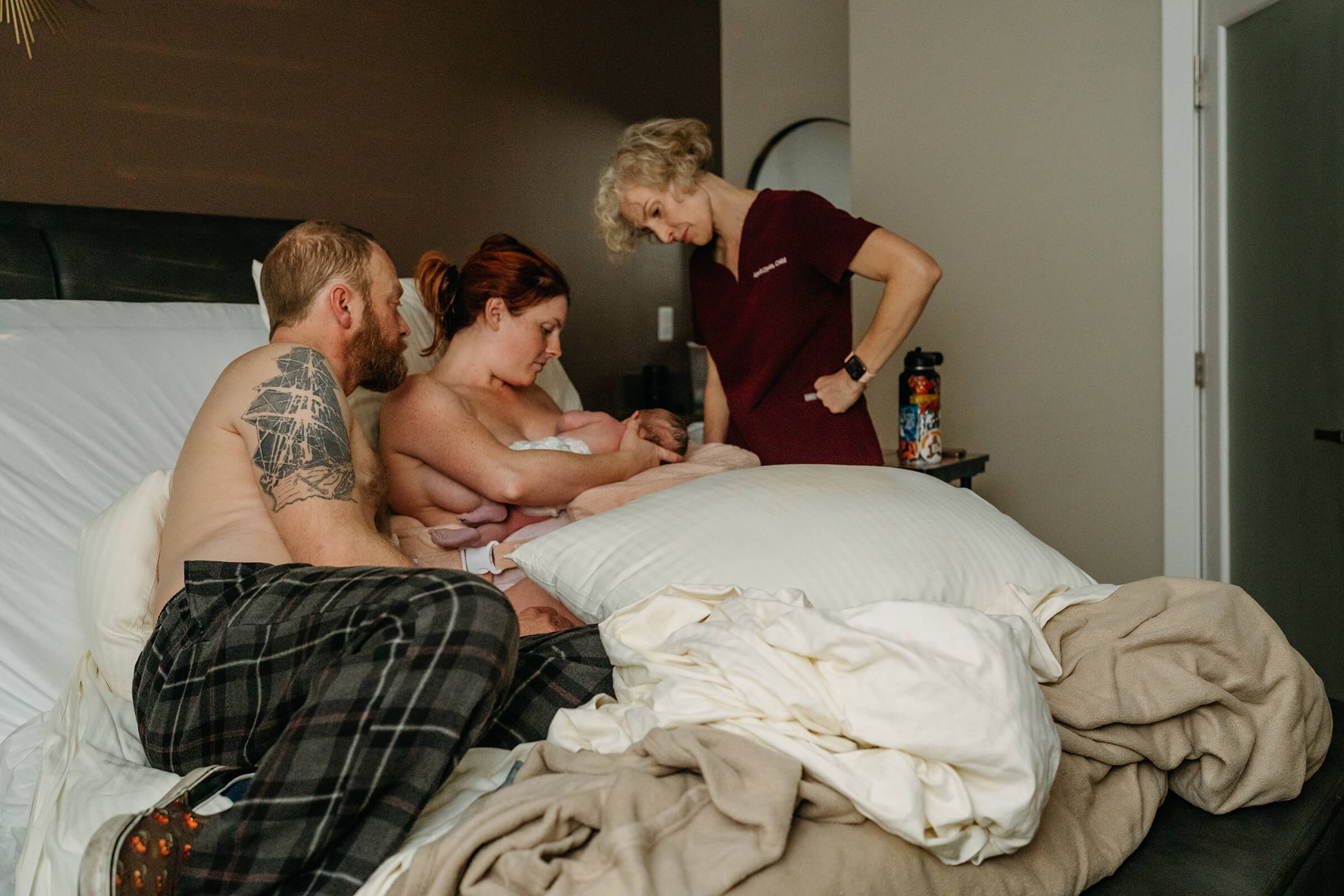
Newborn sessions with The Whole Package clients are always a little bittersweet. We’ve communicated so often in the weeks leading up to their birth, and to be a part of such an intimate and important time in their lives always leaves a lasting connection. To see that sweet reward in their arms is the best. These two were utterly smitten with their sweet Adeline, and I loved that they included their fur babies.
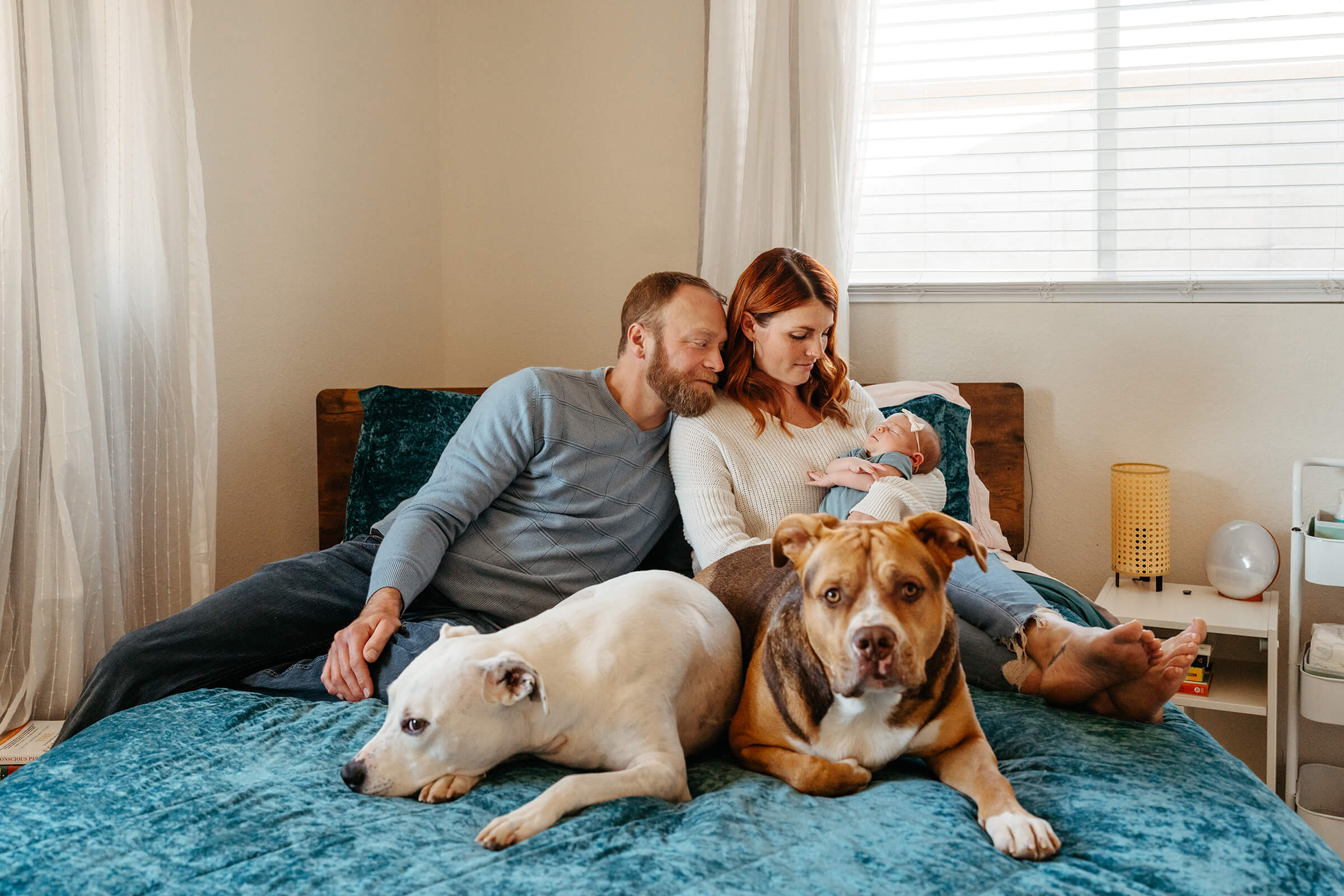
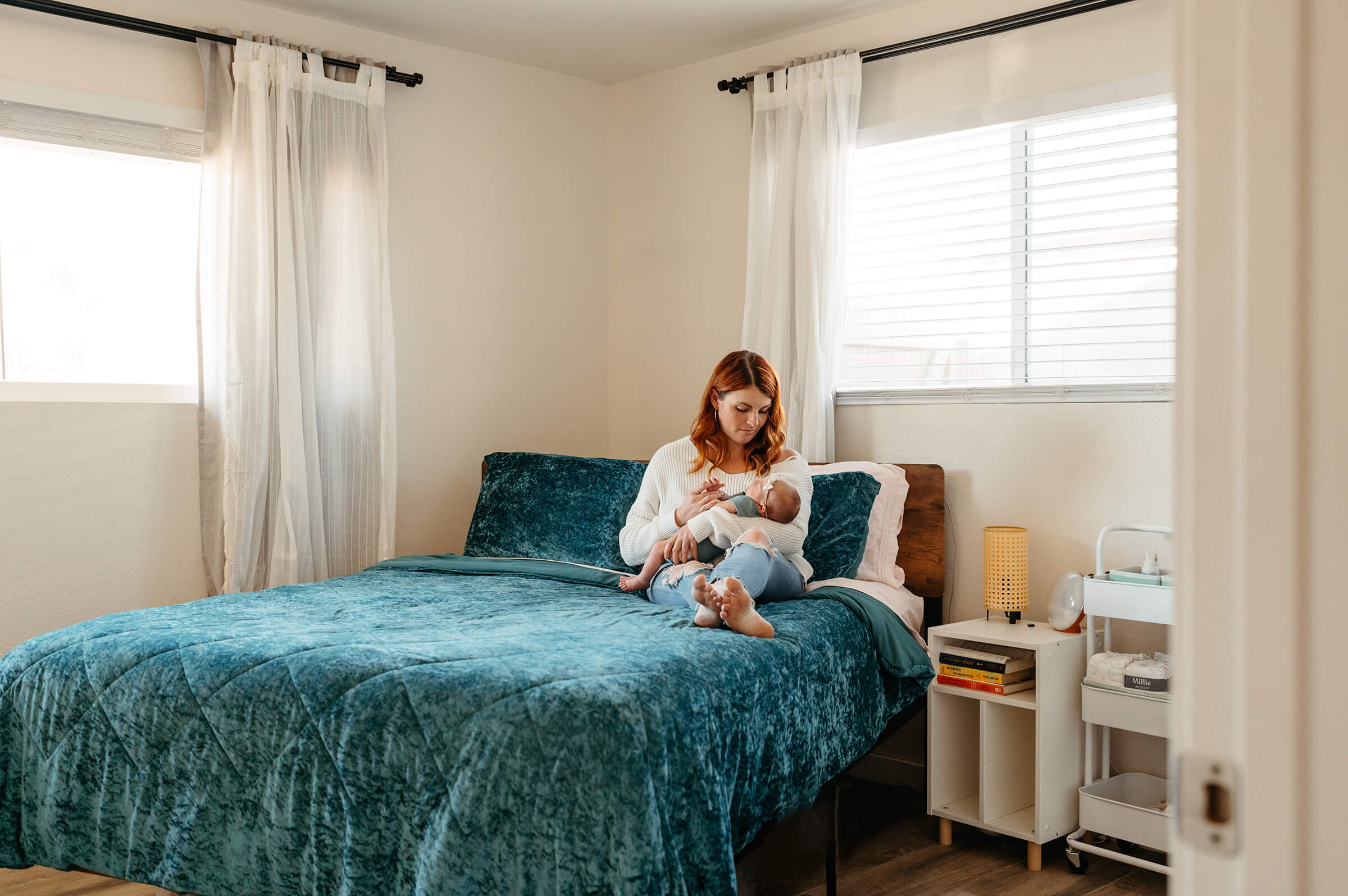
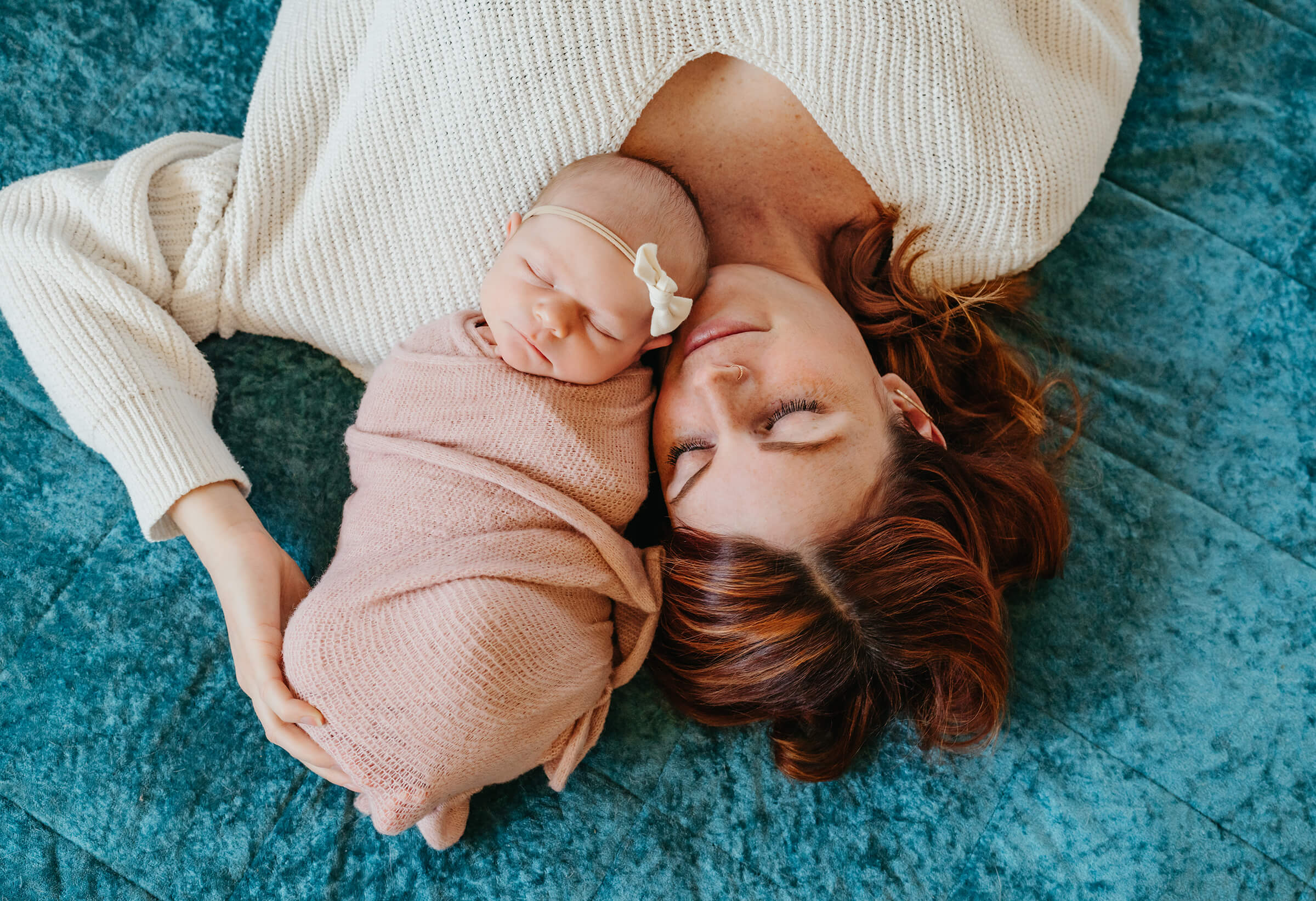
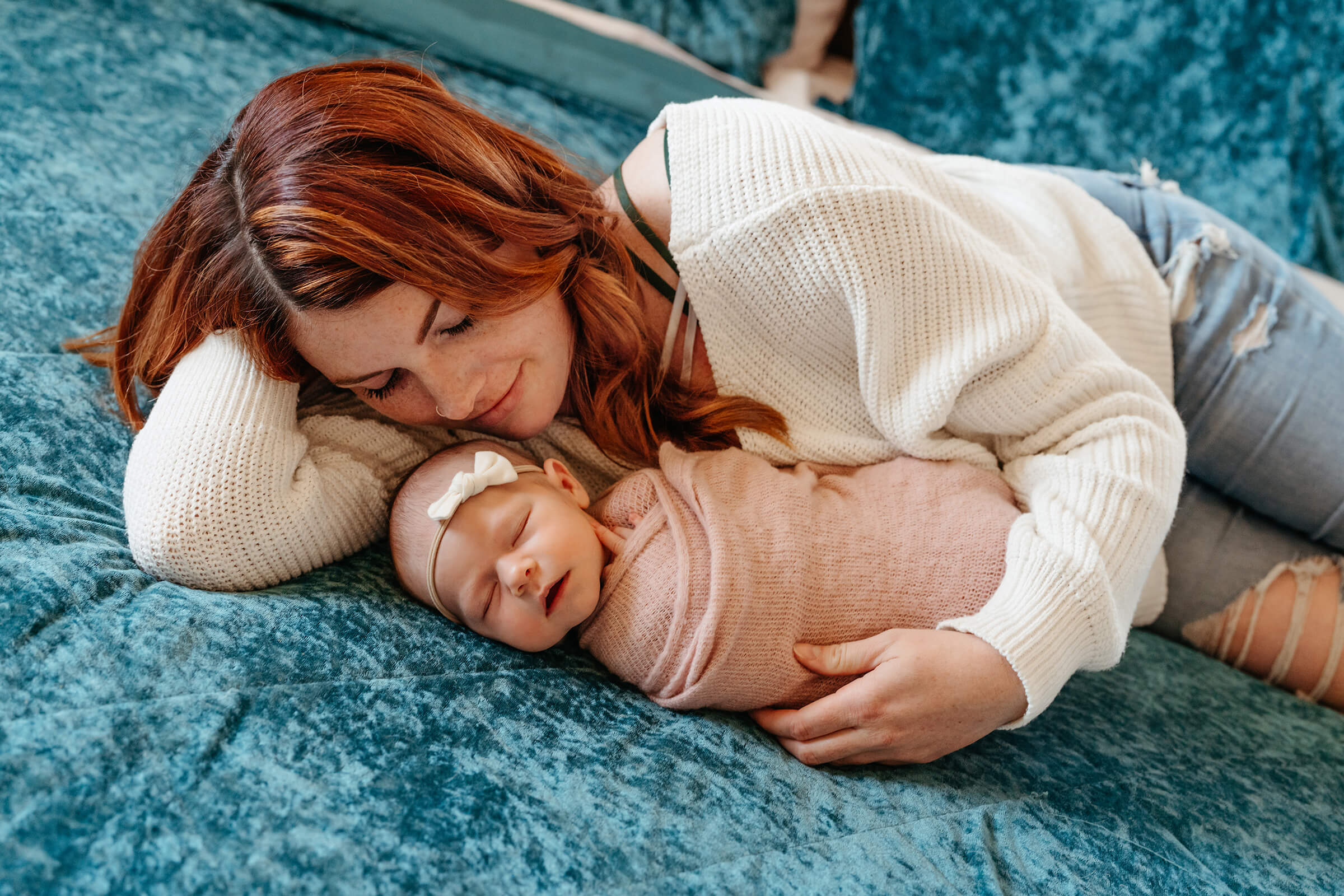
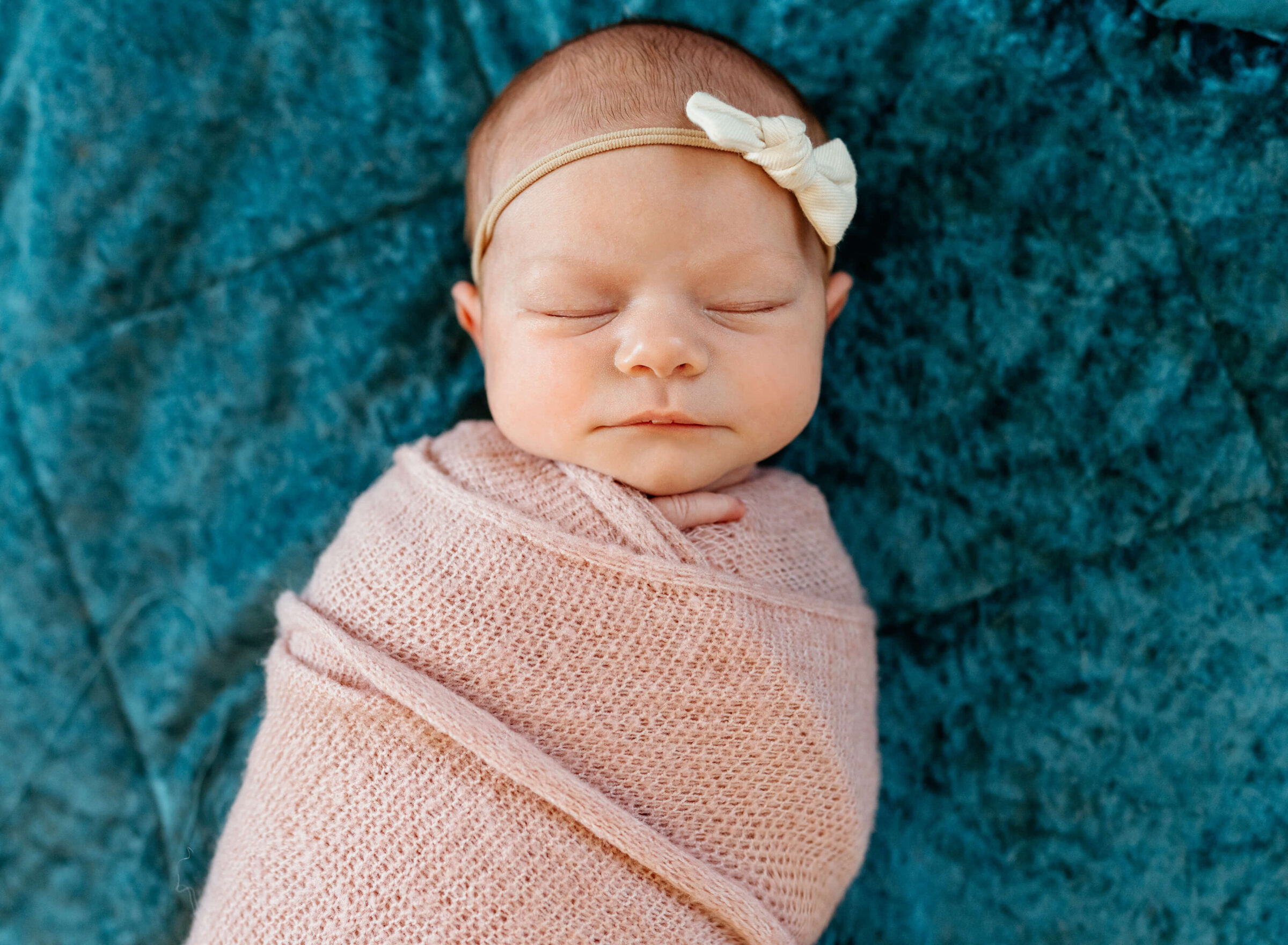
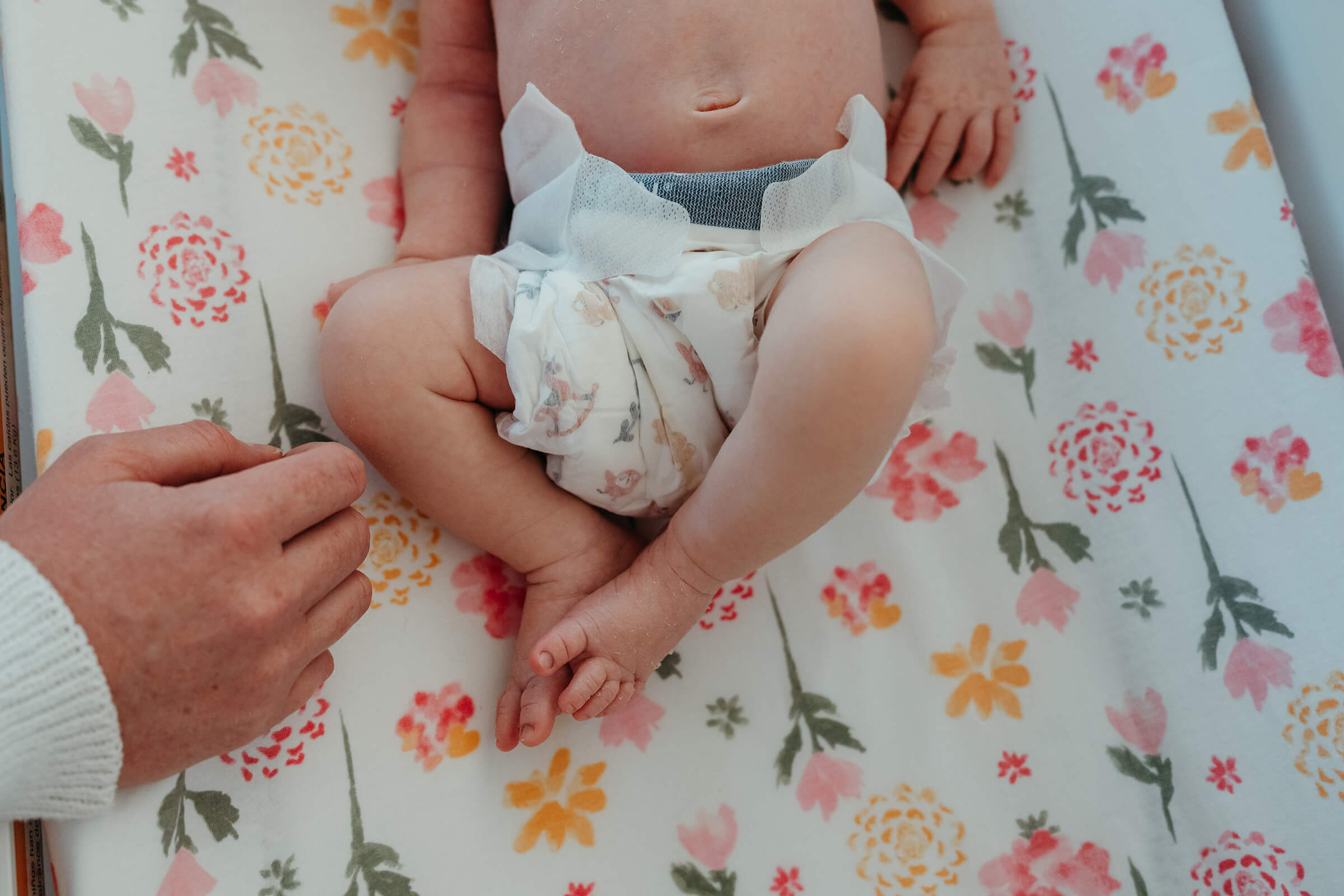

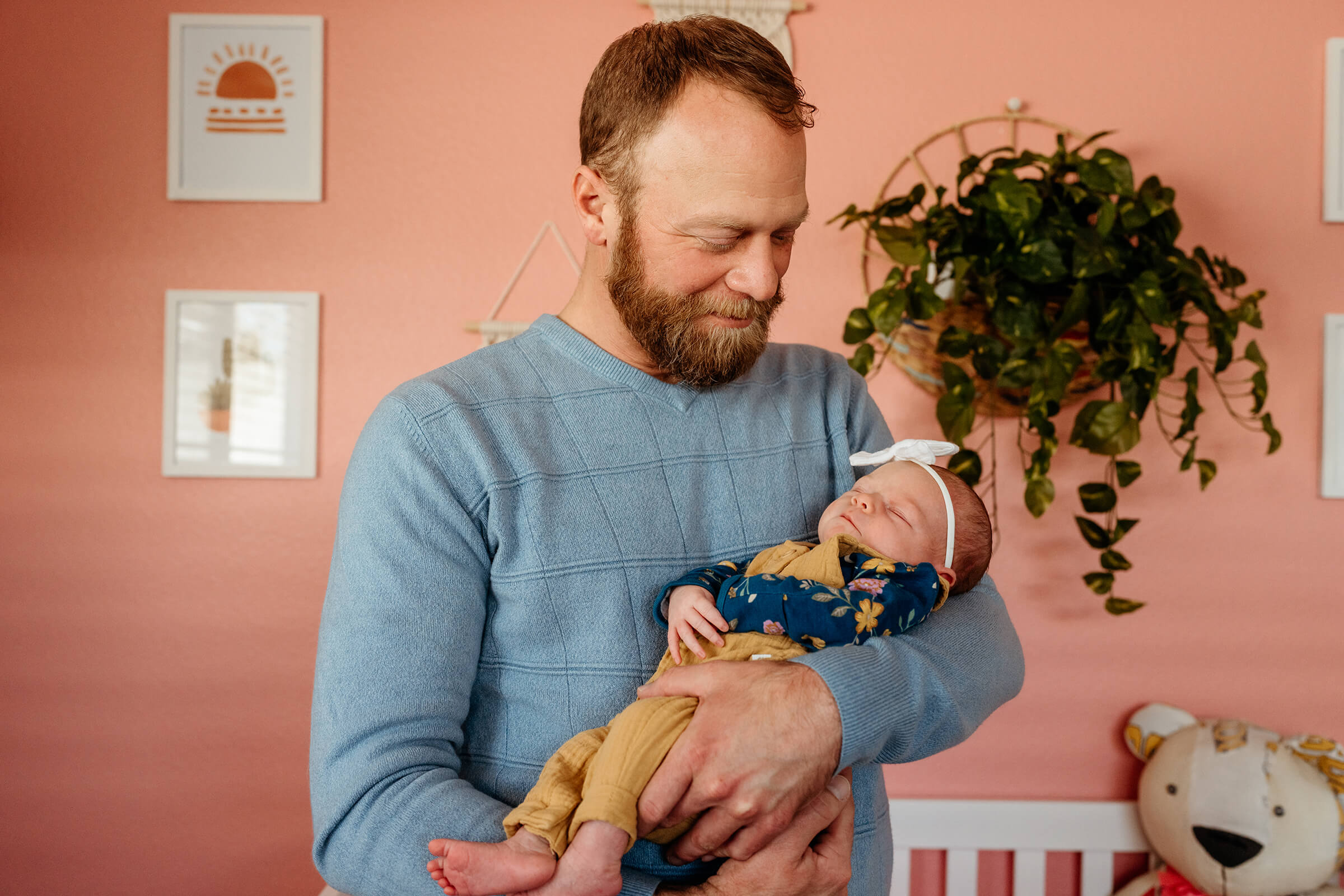
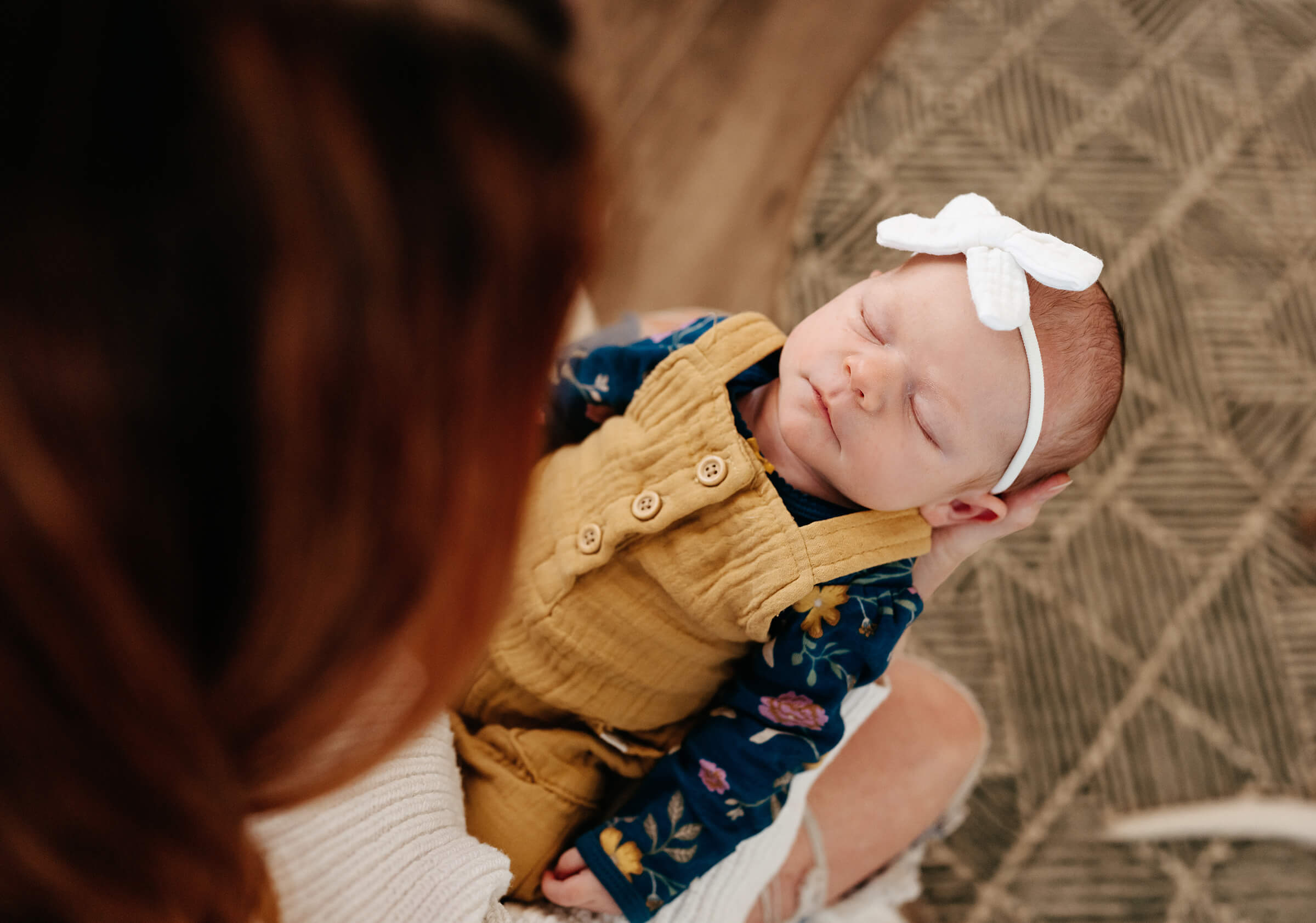
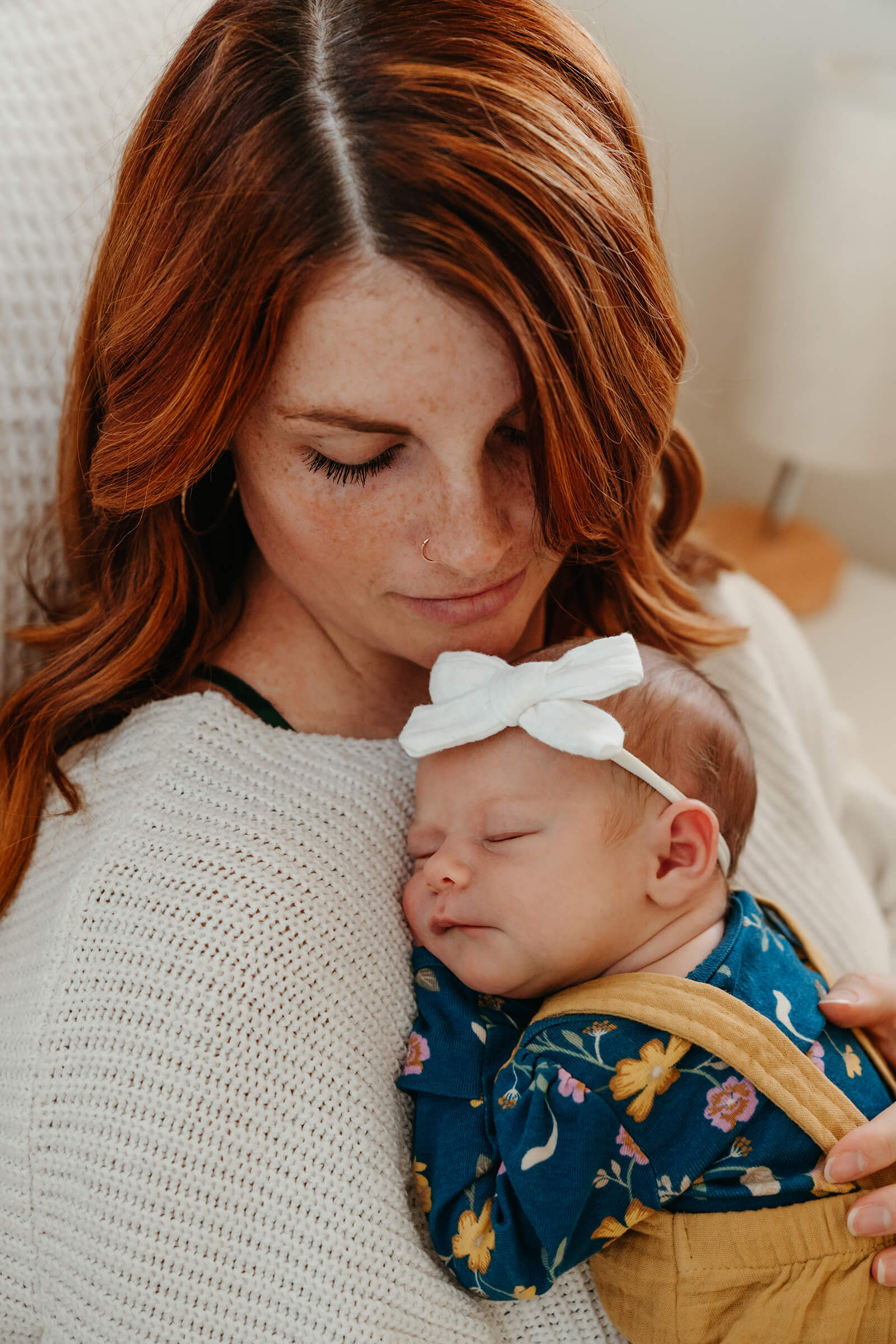
And finally, their birth story in motion. The emotions and beauty of this period always carry over much better in film.
Wednesday, November 8th, 2023

Home Birth Edition
The benefits of family-centered birth care began to emerge over the last decades. Initially, this model of care started in the fields of pediatrics and geriatrics. The importance of keeping children with their family members and including families as a whole in their care plan positively impacted physical and emotional outcomes. However, over time it has grown into many other areas of medicine and brought much-needed changes to how we approach and view care and the active roles patients play in their care.
Patient- and family-centered care is working “with” patients and families, rather than just doing “to” or “for” them.
Institute for Patient and Family Centered Care
I’d love to share how this approach benefits birth experiences both at home and in the hospital setting. This post will focus on home births. This beautiful birth is a prime example of how it can look in the home setting.
Home birth provides the perfect setting for emphasizing family-centered birth care, after all, it is the birth of not just your baby, but your family as a whole, however it may look!
Of course, not everyone is a candidate for home birth, and delivering safely is always the best option. Always follow the advice of your care provider and be sure to explore and examine if home birth is a safe option for you.
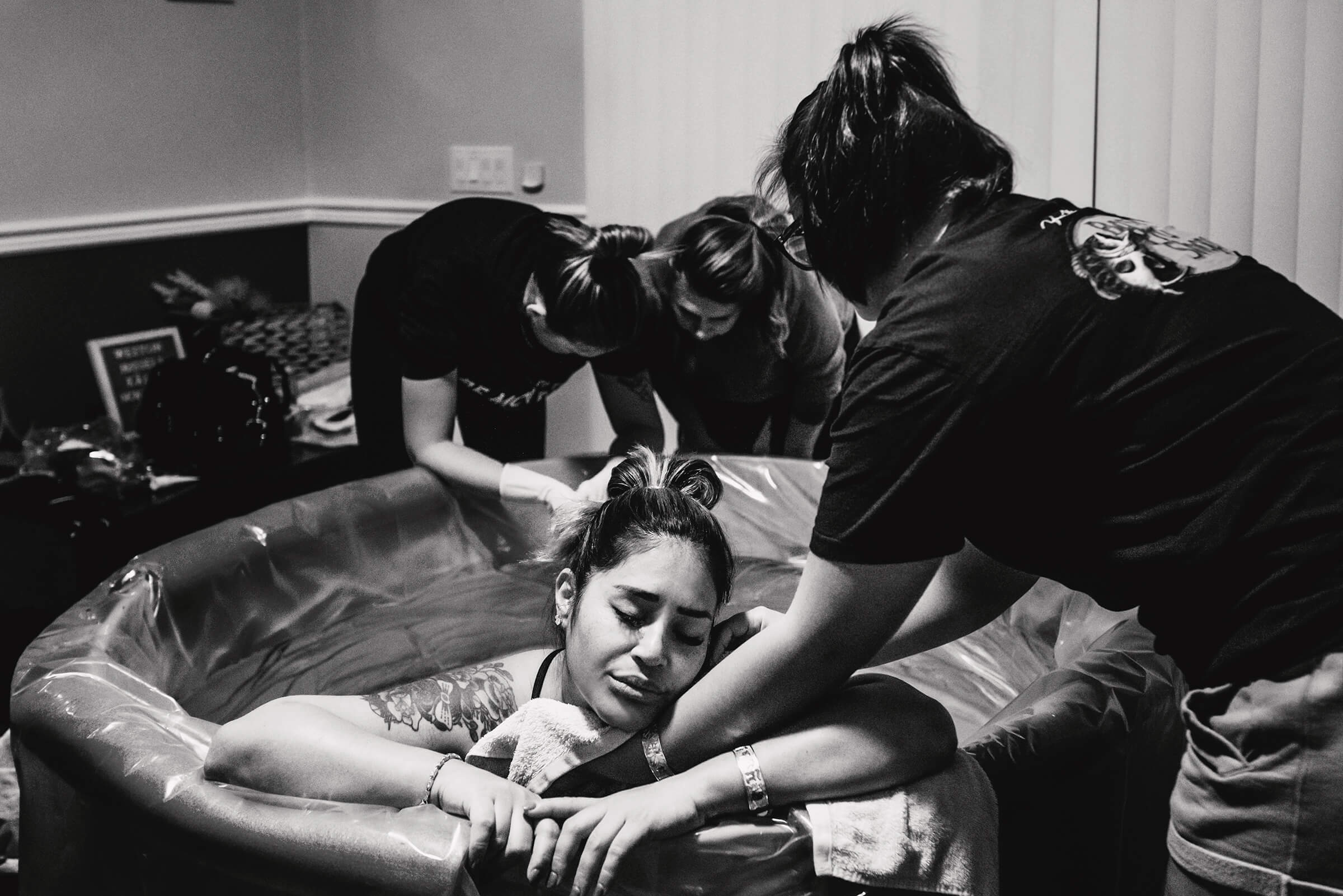
As a labor and delivery nurse from 2000-2019, I enjoyed seeing many benefits of family-centered birth care emerge in my field. Patients and their families were empowered to participate actively in their care. The evolving emphasis on keeping moms and babies together, especially in those vital first hours, changed over my career for the better. Birth spaces became more family-friendly and much more comfortable and relaxed spaces. I learned firsthand how vital including family is in helping patients feel supported physically and emotionally.
During the pandemic, when families were separated from each other, and birth spaces became more and more restrictive, it felt like we had taken ten steps backward. Mothers were away from their children at home for more extended periods. Mothers weren’t allowed to have more than one support person present. It felt like a big gap had formed in the model of family-centered birth care.
I have loved being present in more and more home births in my role as a birth photographer, and I would have to say that this is part of the home and birth center births that has had the most significant impact on me; the stress on the family as the center. Also, during the pandemic, I saw more and more women turn to options outside of the hospitals, and this type of care was often the driving force.
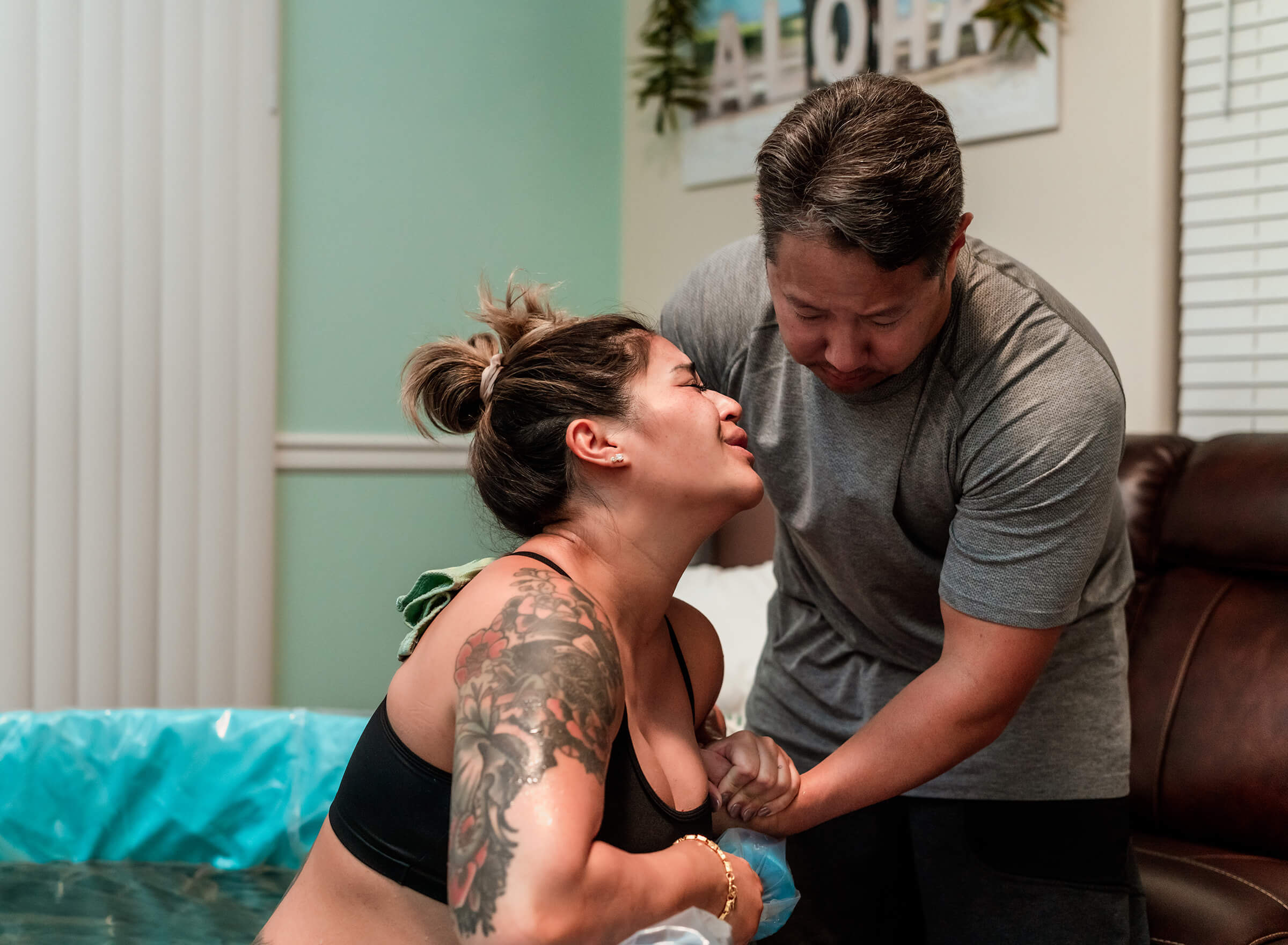
Patient Empowerment
As a labor and delivery nurse from 2000-2019, I enjoyed seeing many benefits of family-centered birth care emerge in my field. Patients and their families were empowered to participate actively in their care. The evolving emphasis on keeping moms and babies together, especially in those vital first hours, changed over my career for the better. Birth spaces became more family-friendly and much more comfortable and relaxed spaces. I learned firsthand how essential including family is in helping. One of the primary benefits of family-centered birth is the empowerment it gives families as they play an active role in their plan of care. With communication between patients and their midwives, a safe care plan can be arrived upon. It is a team approach, with families actively choosing who is present in their birth space between midwives, doulas, and ancillary staff versus being cared for by strangers. With active planning with their birth team, decisions can be made on spaces utilized, water birth versus land birth, and family members’ roles.
I have found in my experience that family members play a much more active role in this setting. It makes sense as these are the spaces they are most comfortable in, and family members and friends know you the best.
Patients can more easily change positions in this setting, often utilizing the comfortable spaces in their homes, such as showers and bathtubs, to living spaces, such as bedrooms. I’ve even followed some of my clients on walks in the neighborhood to keep things moving along. The patient’s birth team most often tends to follow the mom’s directions on what feels comfortable versus directing it.
This family is a perfect example of family-centered care at home. This mother had given birth to two of her children in the hospital setting, and although she had good experiences, the idea of not being able to have her family around her swayed her decisions. She delivered mid-Covid and wouldn’t have been able to have her husband, children, parents, and aunts present. Family is very important to her and affected her decision on where she believed it was best for her to give birth. Well-Rounded Mama helped this family create their perfect birth story.
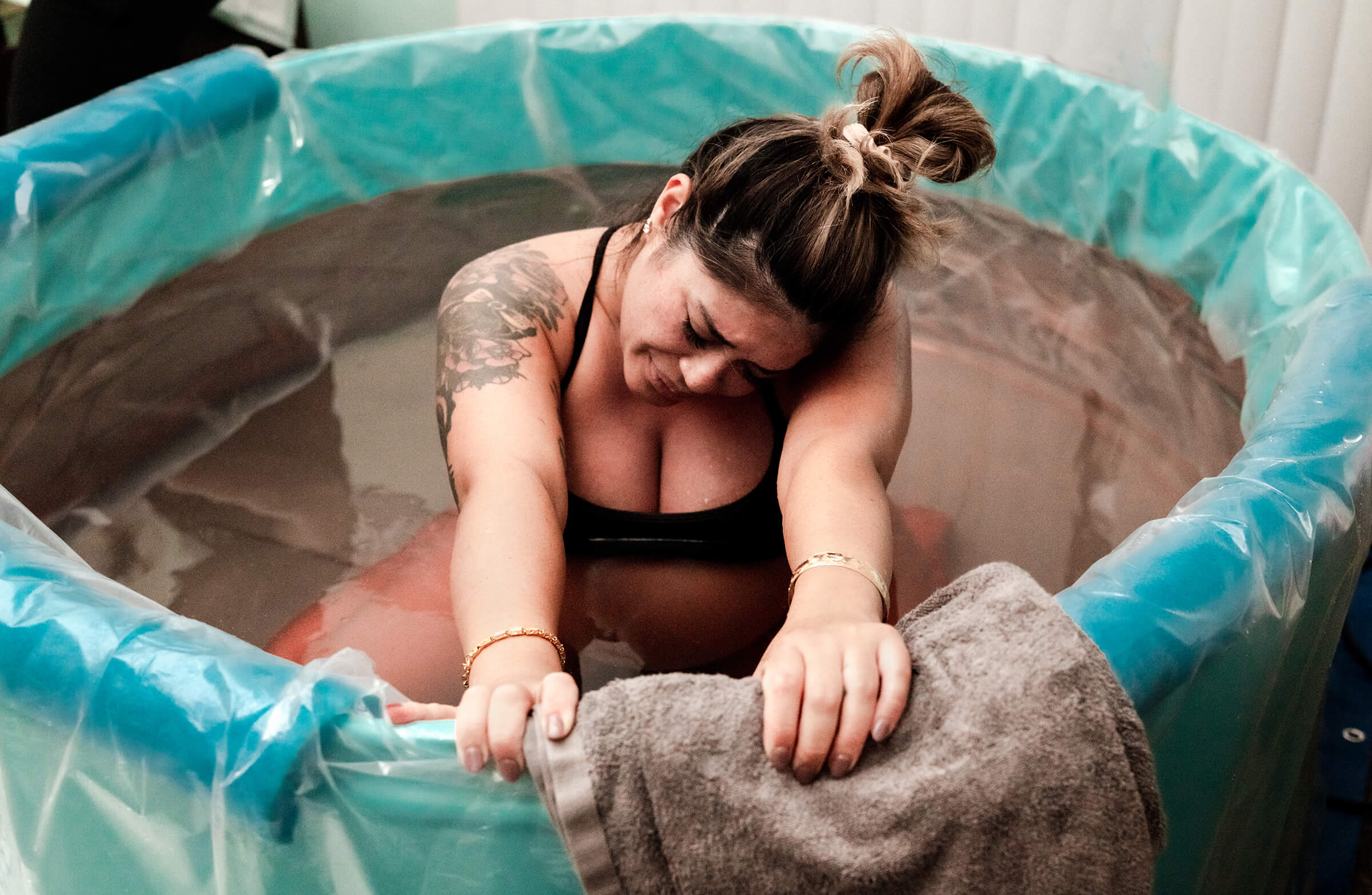
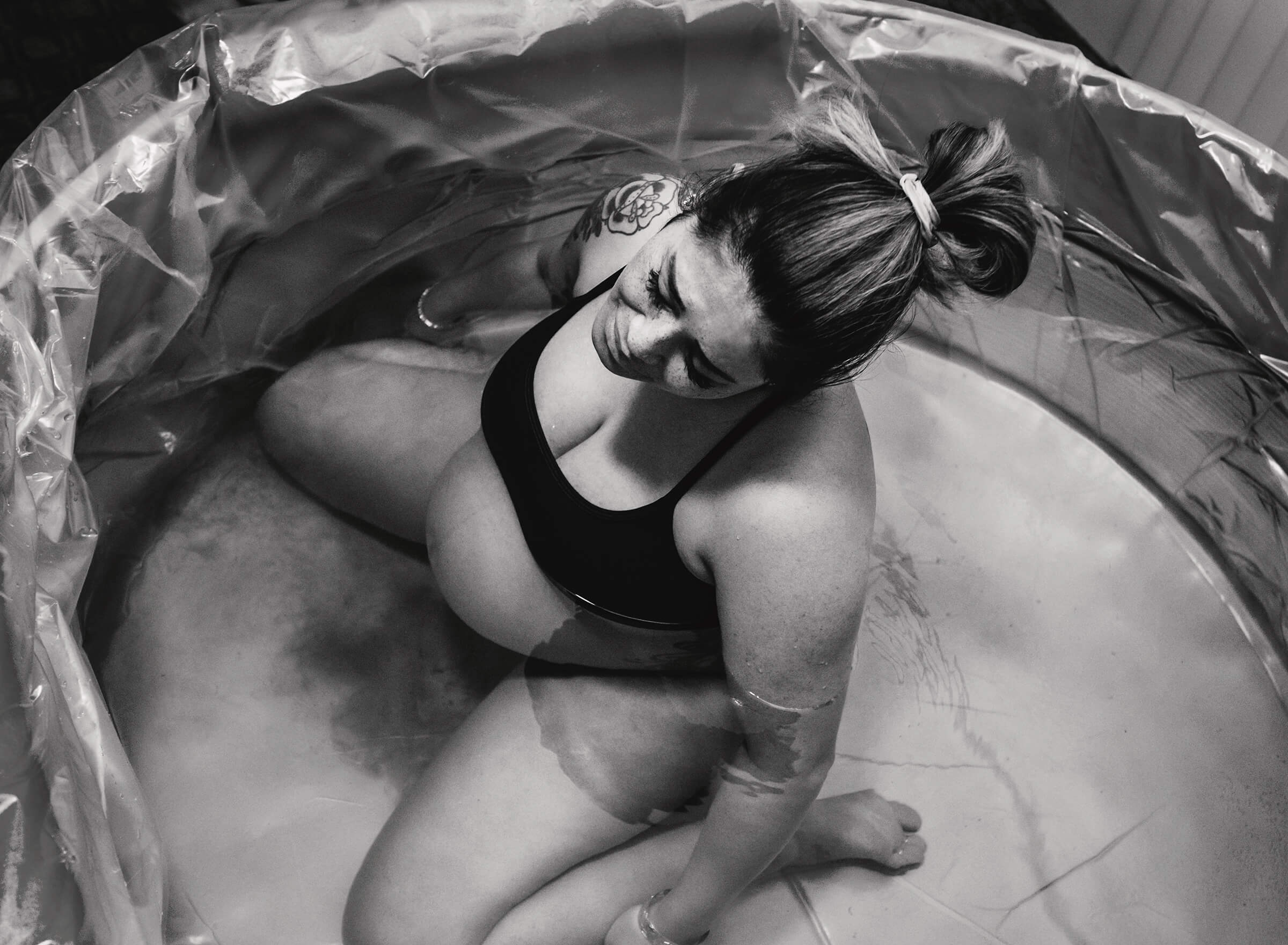

Dignity
Because families have actively chosen their birth team, their wishes and fears are well-known before the day they give birth. This adds layers of personalized care and adds dignity for families. Although I believe this type of care is achievable in all birth settings, a home birth adds the history of already knowing families and developing relationships with them. Their chances of everyone present in their birth space knowing them adds an extra layer of trust.

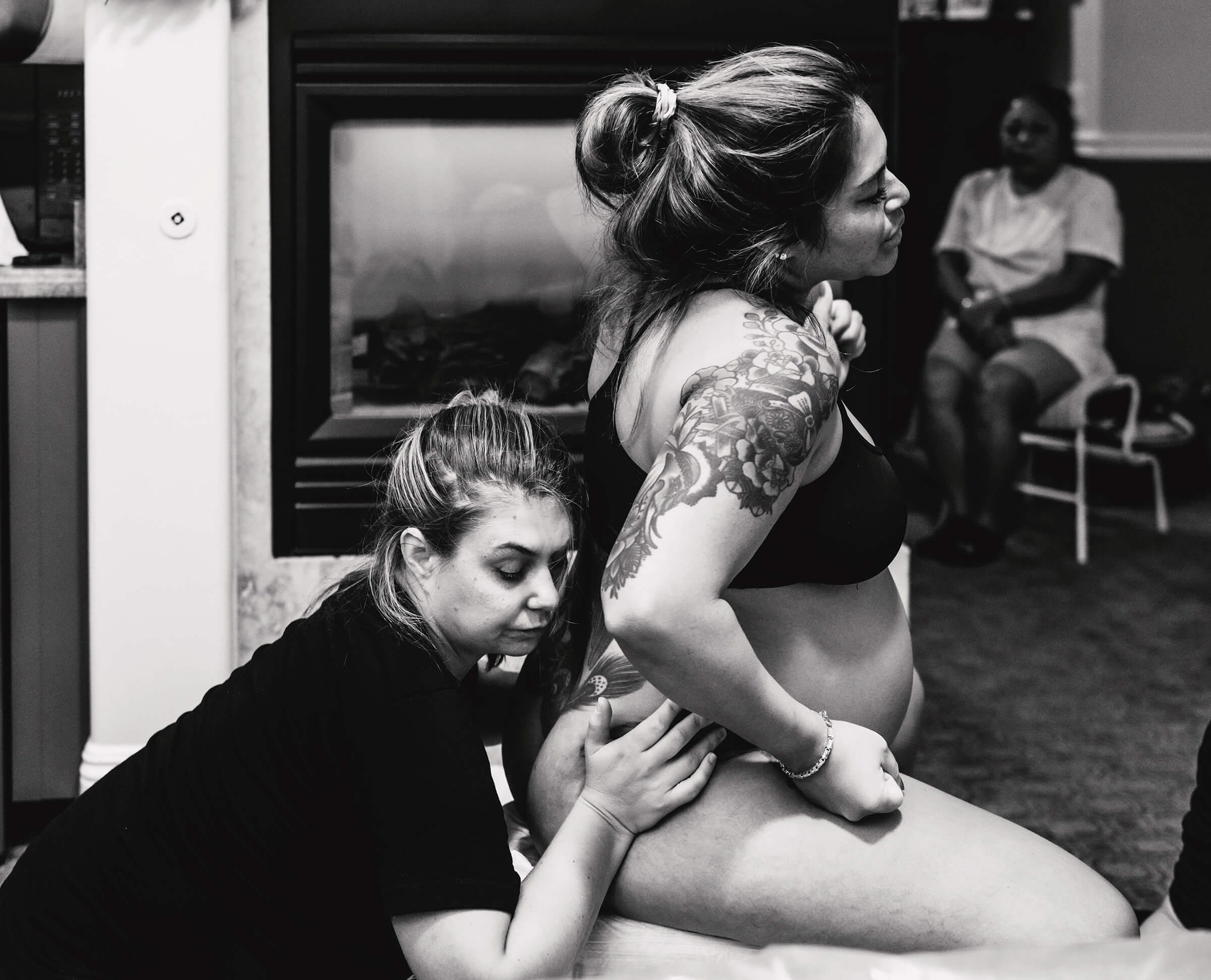
Although her family wasn’t always in the space she labored in, they were continually close by. Her children were asleep just on the other side of this wall, and her aunts and mother spoke encouraging words over her from the same area.

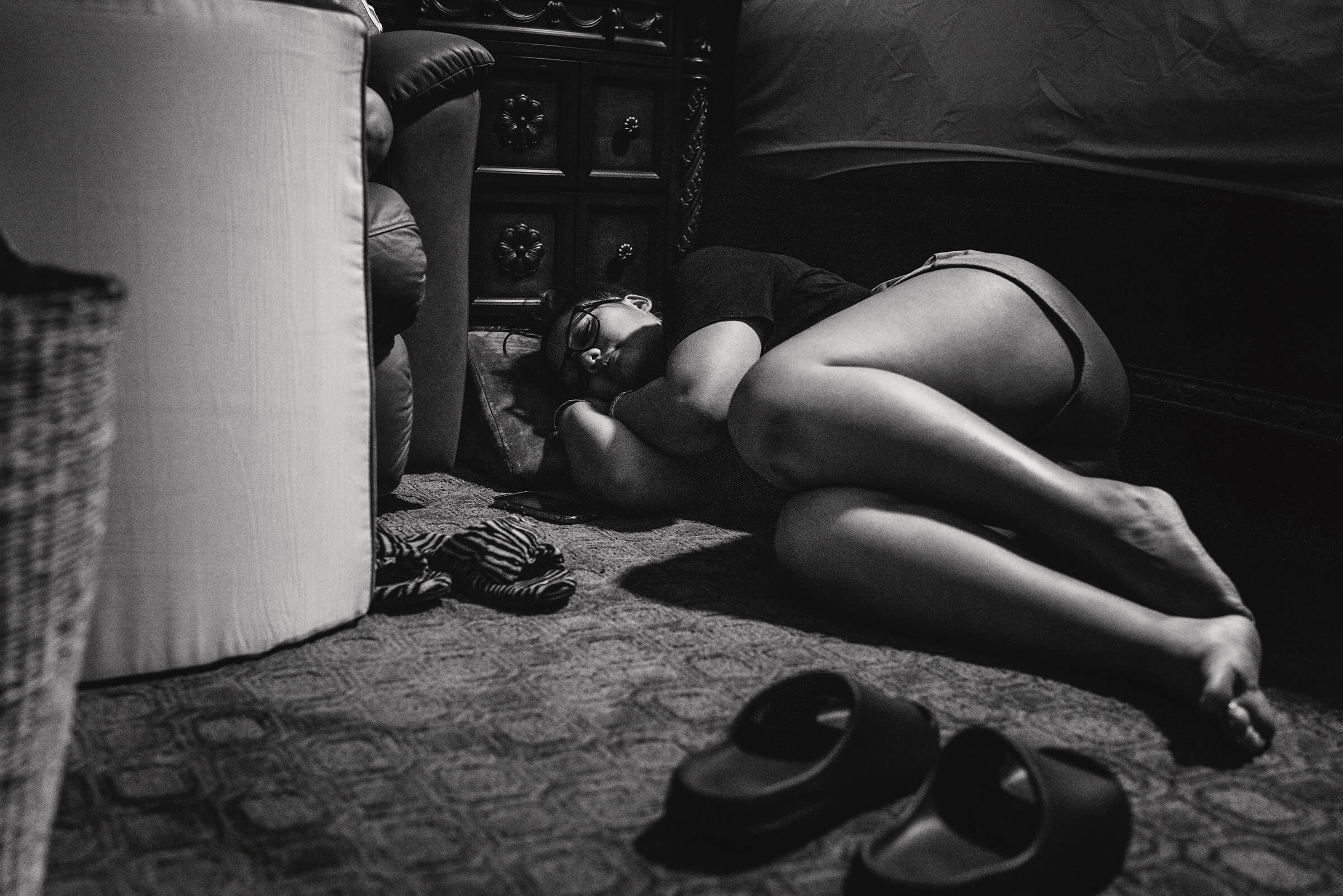
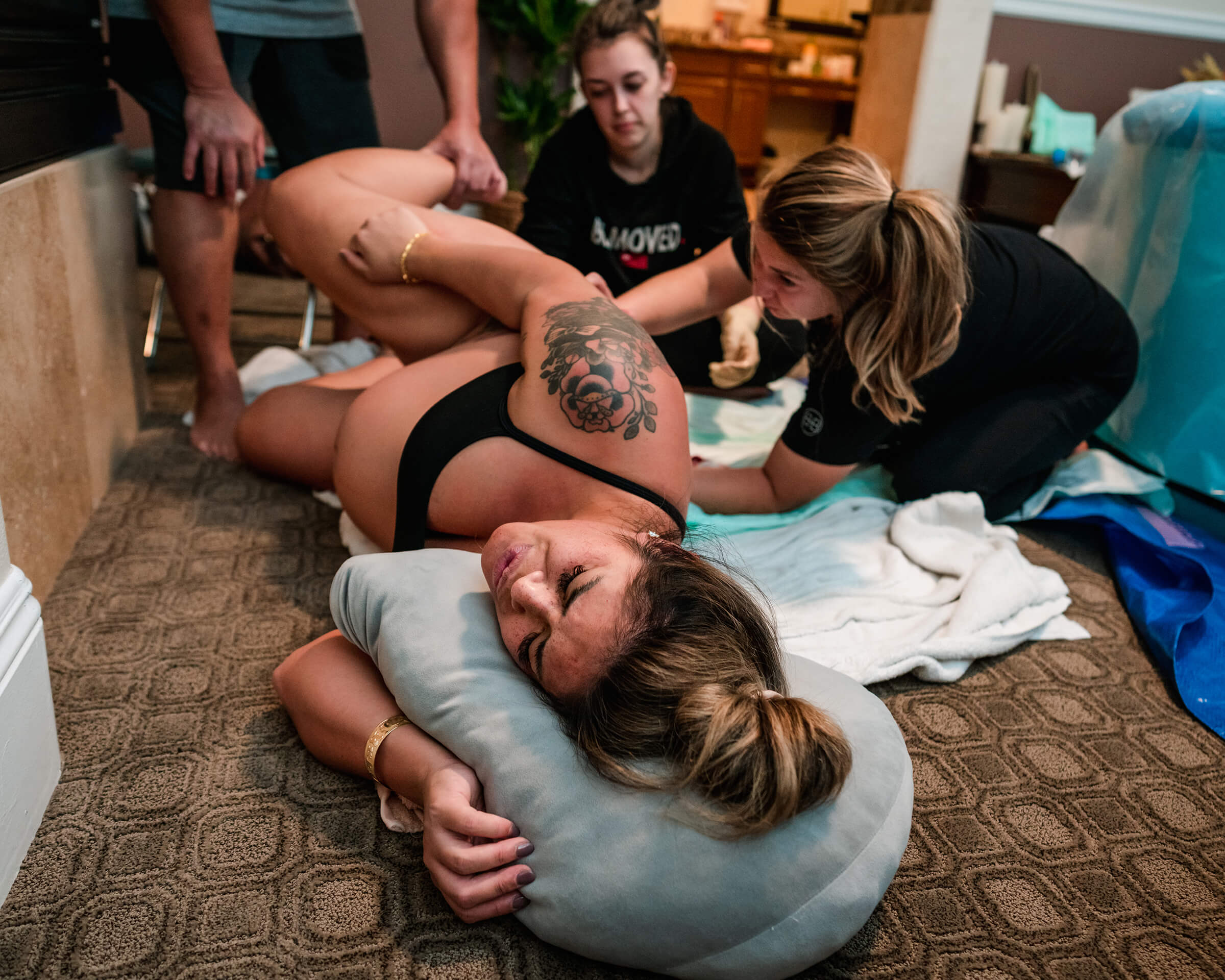

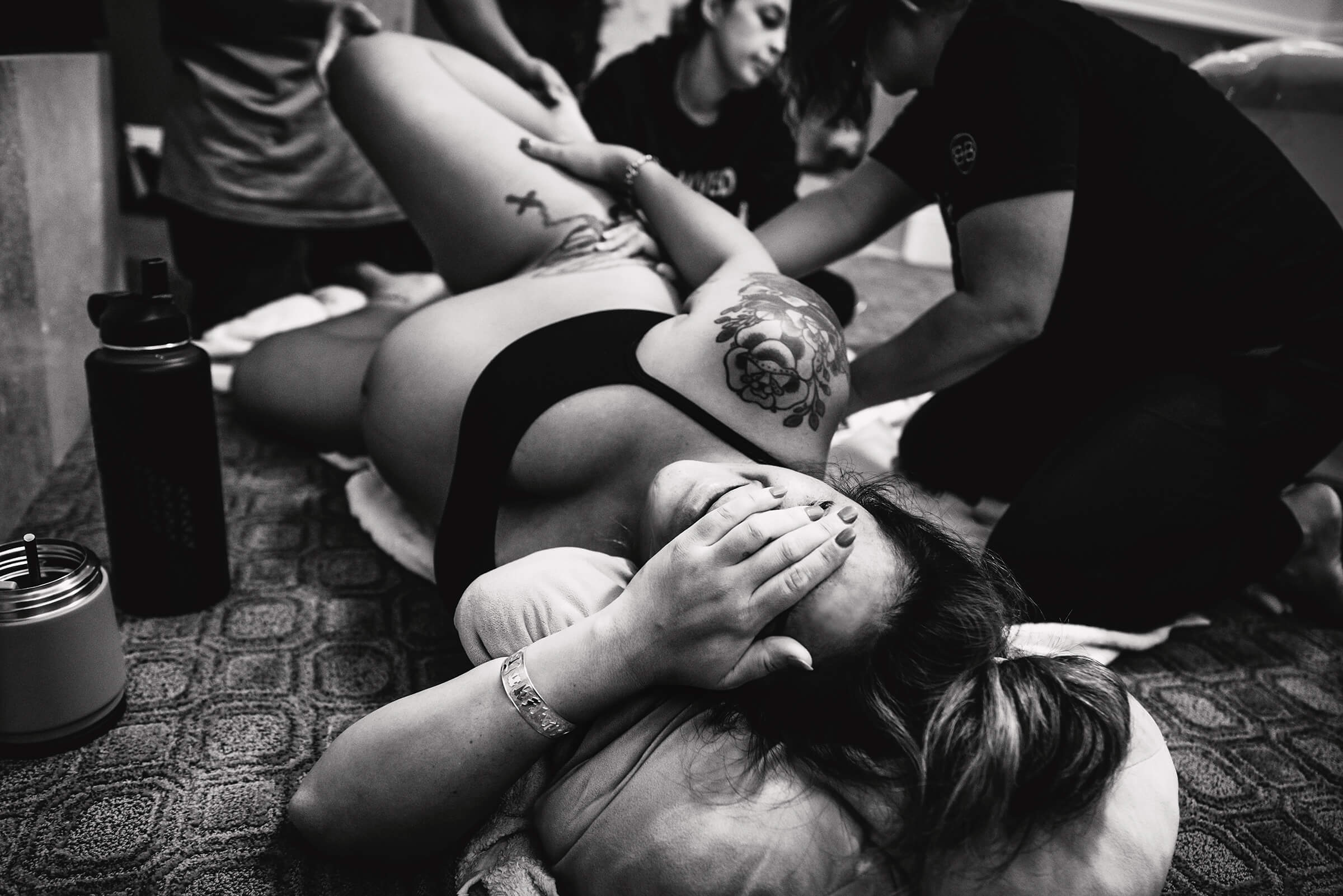
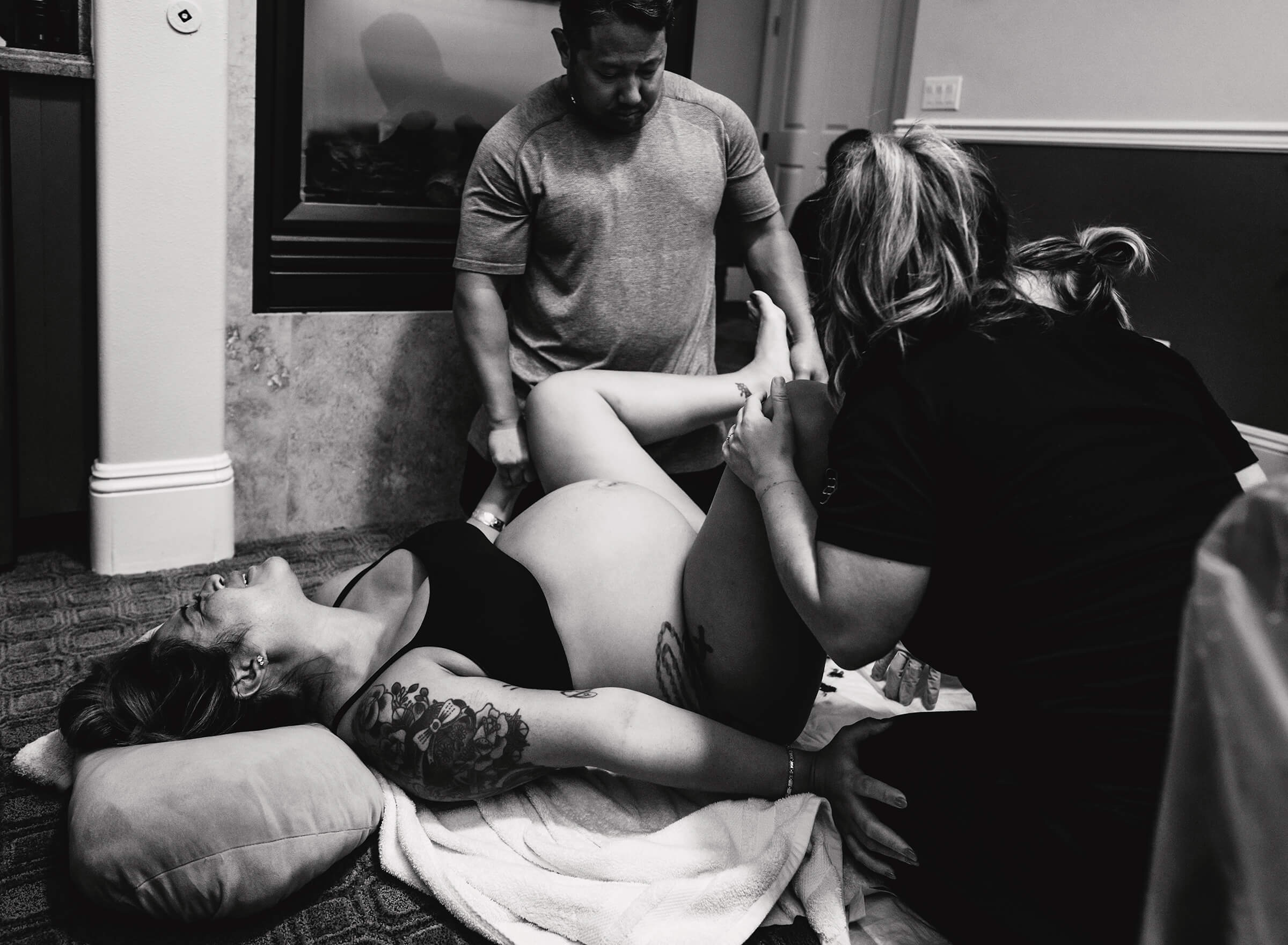
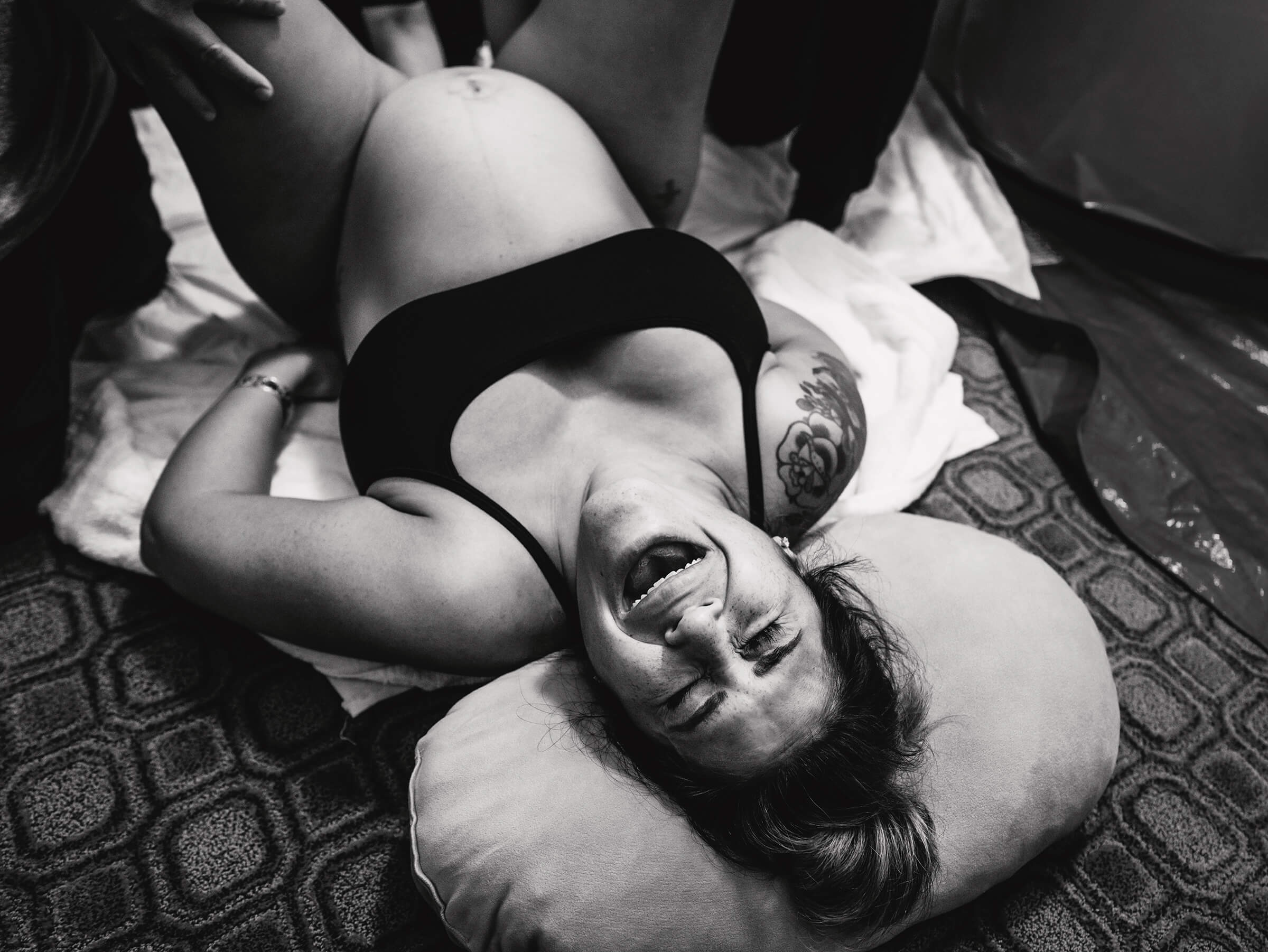
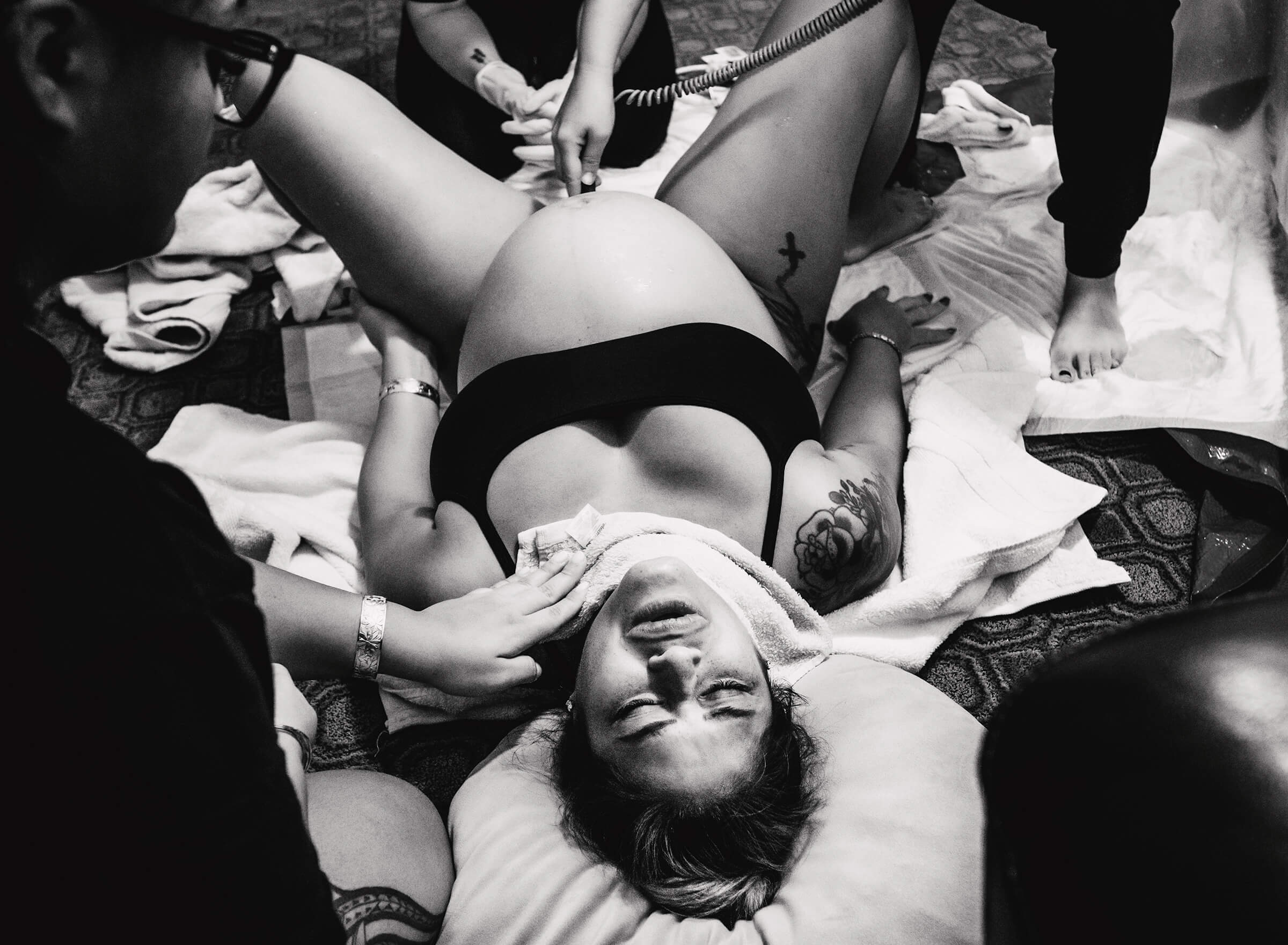


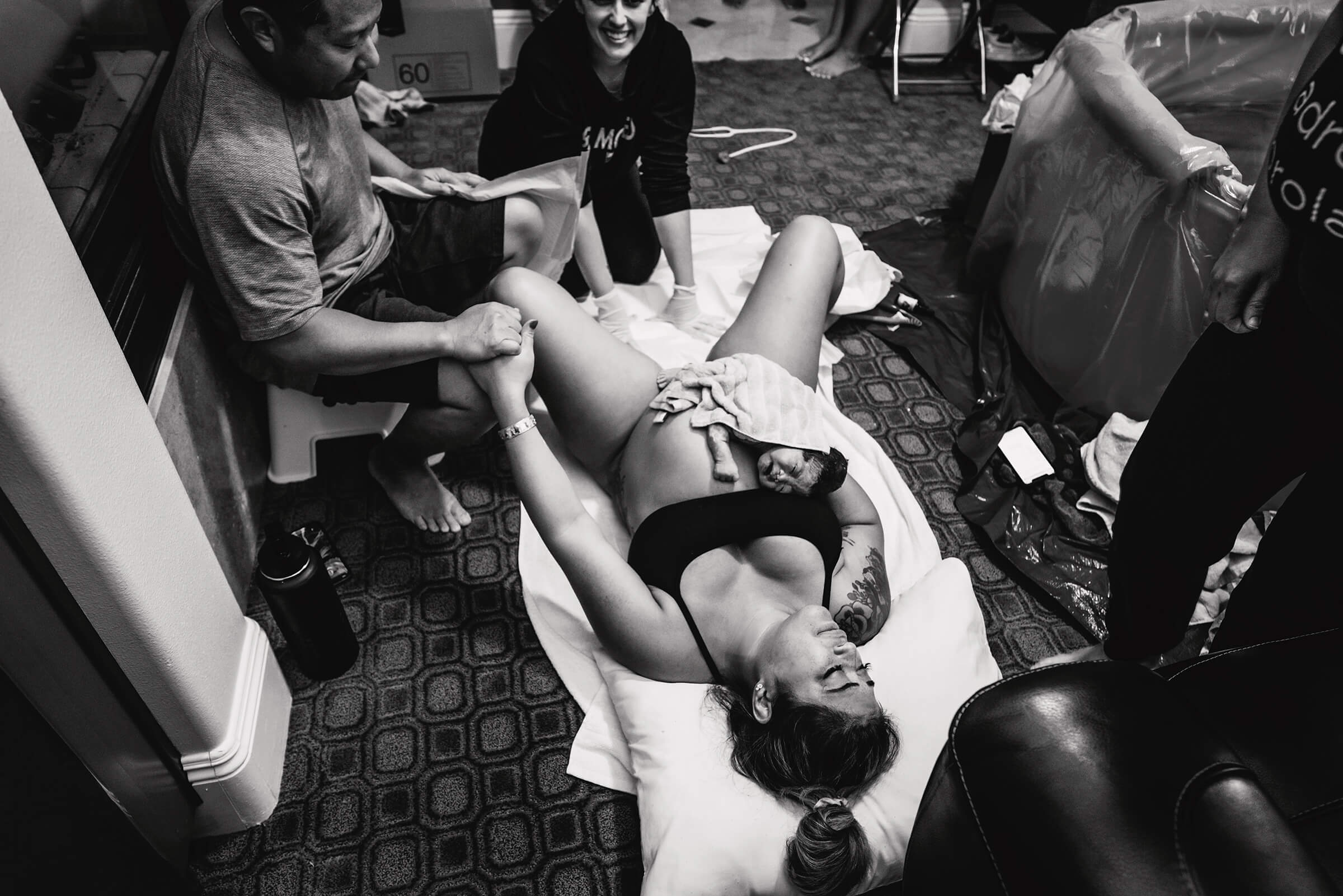
Health Benefits for Both Mom and Baby
One of the most significant changes I witnessed in my nursing career was the shift towards uninterrupted bonding between mom and baby during the first hour. Things that parents had long advocated for, like the baby remaining with mom that first hour, delayed cord clamping, waiting on medications, and measurements were done on mom’s chest, finally had come to fruition. But, of course, this has been standard in home births all along.
It is one of my favorite aspects to witness in home births. Midwives are hands-off (unless interventions are needed) and sit by for those first essential moments of skin-to-skin, breastfeeding, and bonding. Then, when the parents are ready, they step in for newborn assessments. It doesn’t feel rushed, and it is beautiful to see. Instead, they spend that time feeding and hydrating mom as needed, getting her to the shower (if she wants), and providing a pleasant environment for mom, baby, and the entire family.
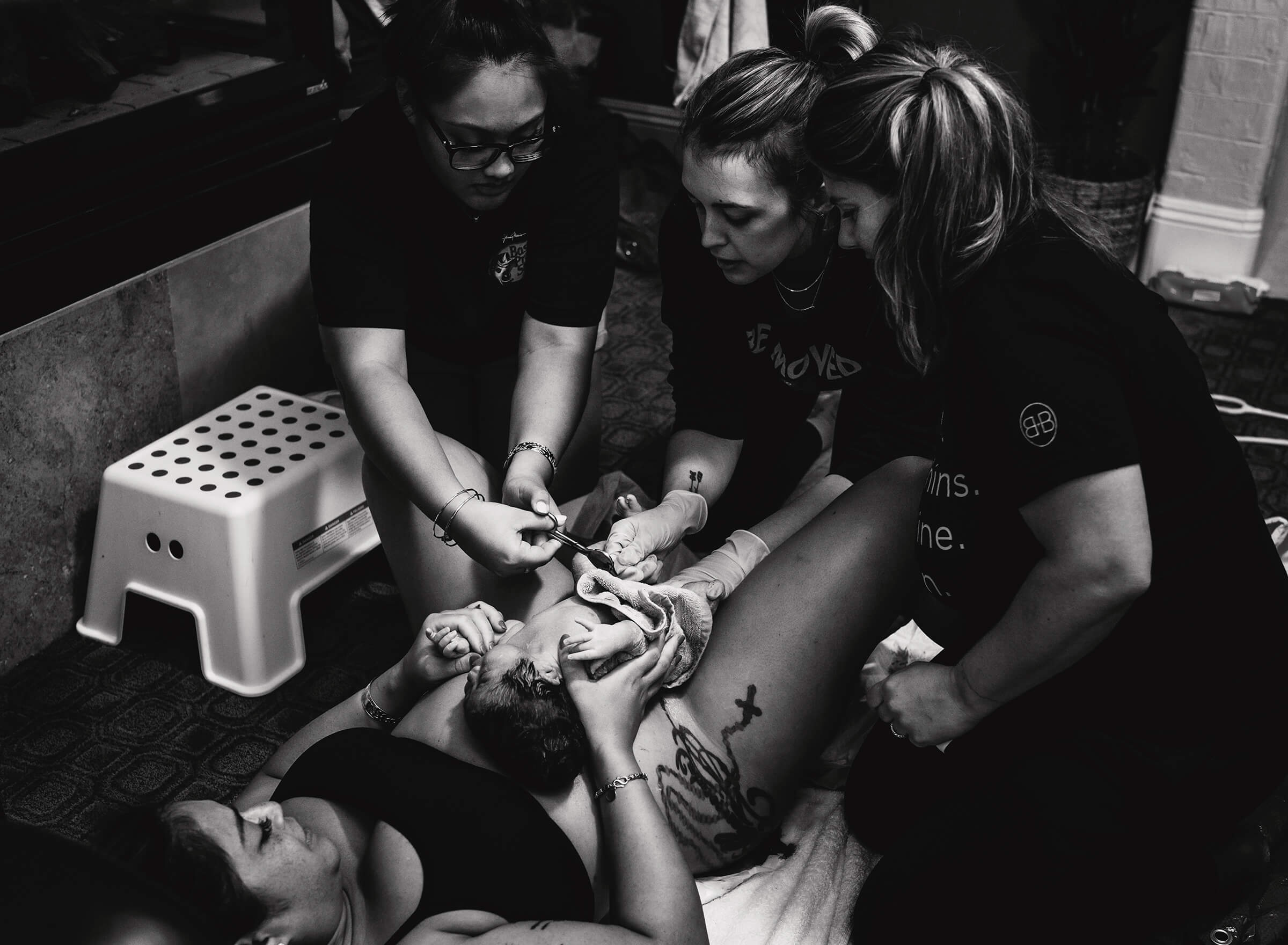
Because families are in a familiar environment, they feel comfortable in their beds, their children feel comfortable interacting and meeting their new baby, and all comfort items are close by.

The Empowered Start names some of the many benefits to mom and baby for skin-to-skin including:
-Mothers are more likely to breastfeed during the first four months of life.
-Studies that followed moms and babies for one year found that mothers were also more likely to bond with their newborns.
-Mothers are less likely to have anxiety and experience more satisfaction with their birth experience as a whole.
-Newborns are more likely to have stable heart rates, breathing, blood sugars, and oxygen levels.
There are many resources and evidence-based studies to support this practice.
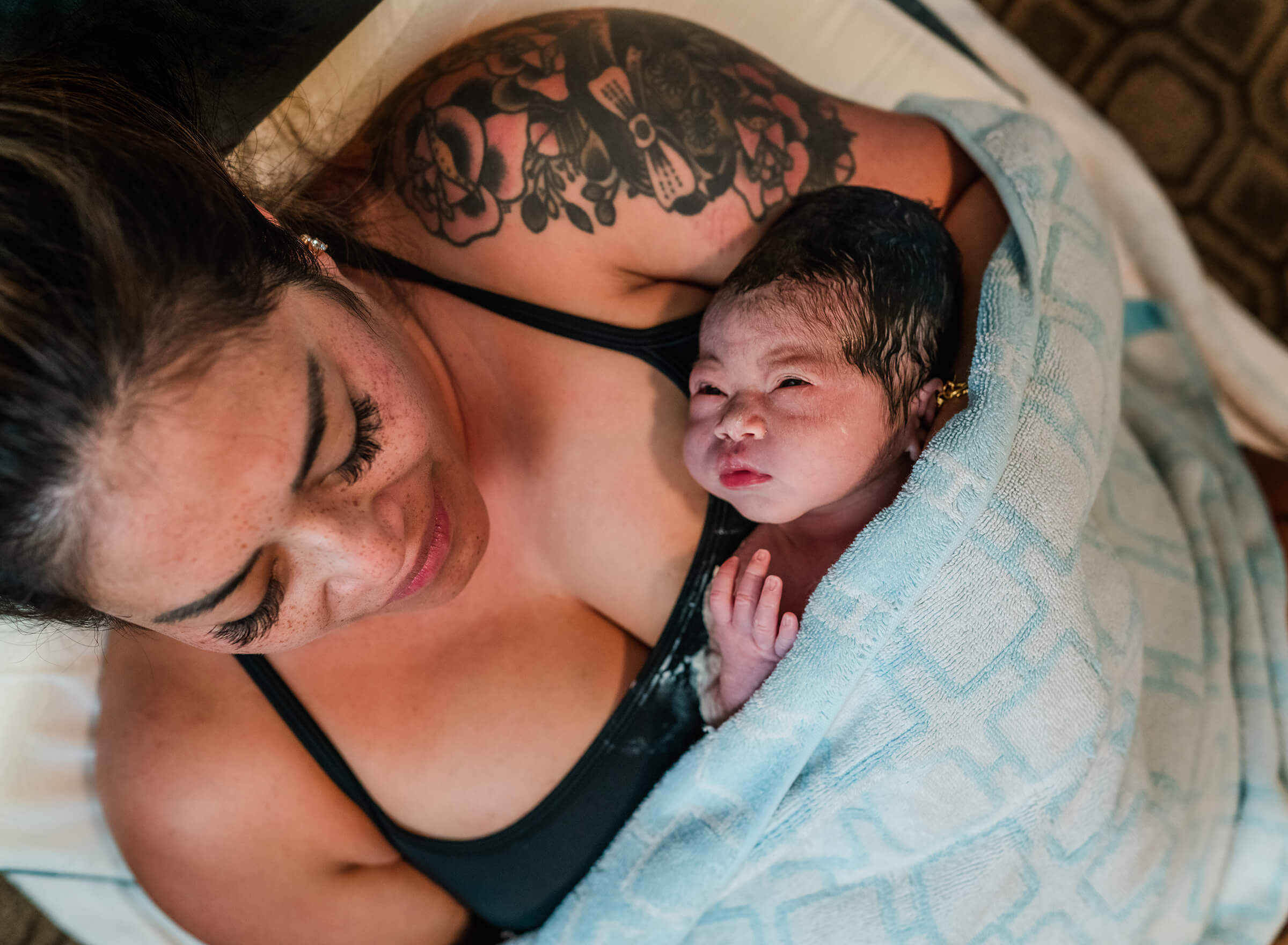
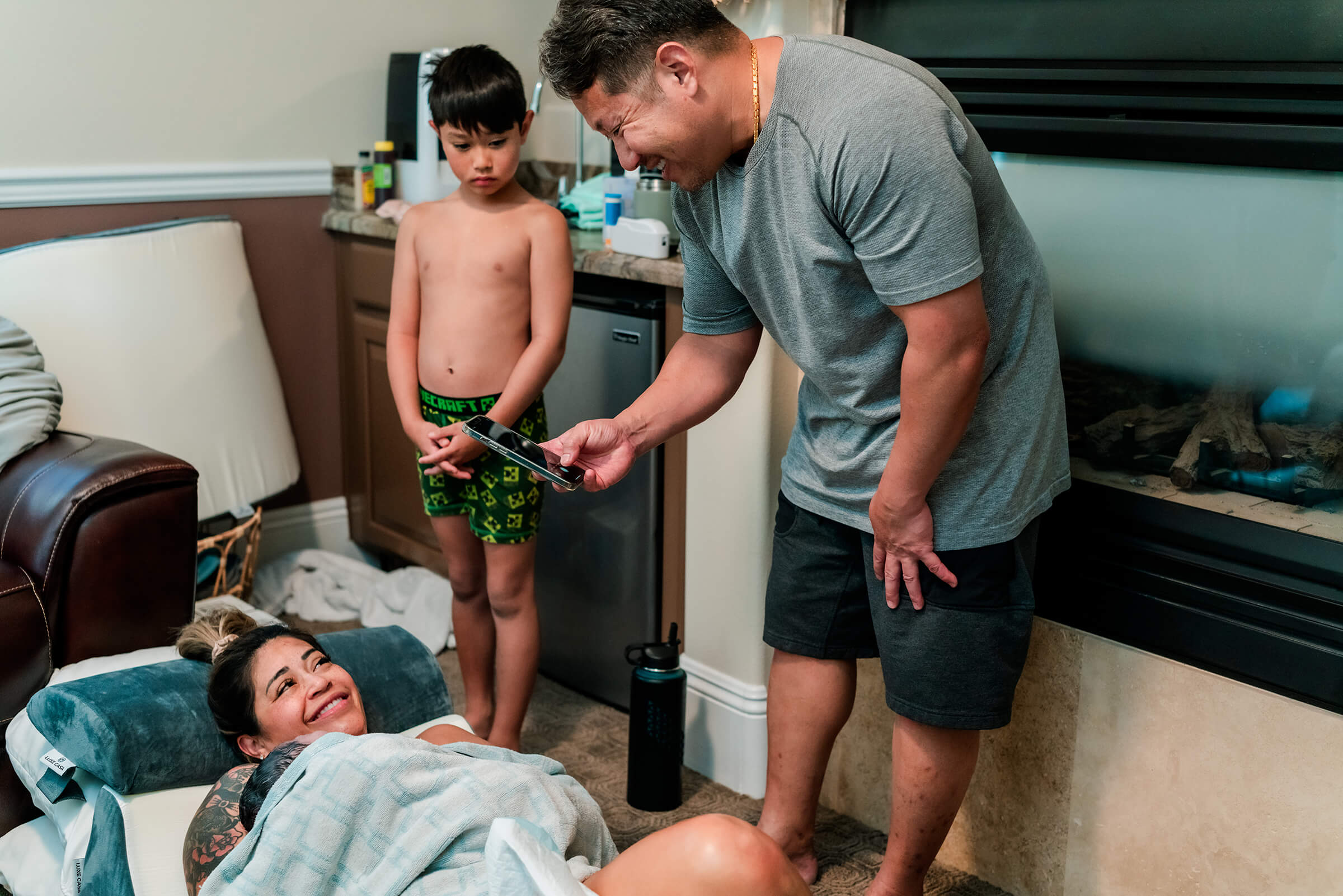
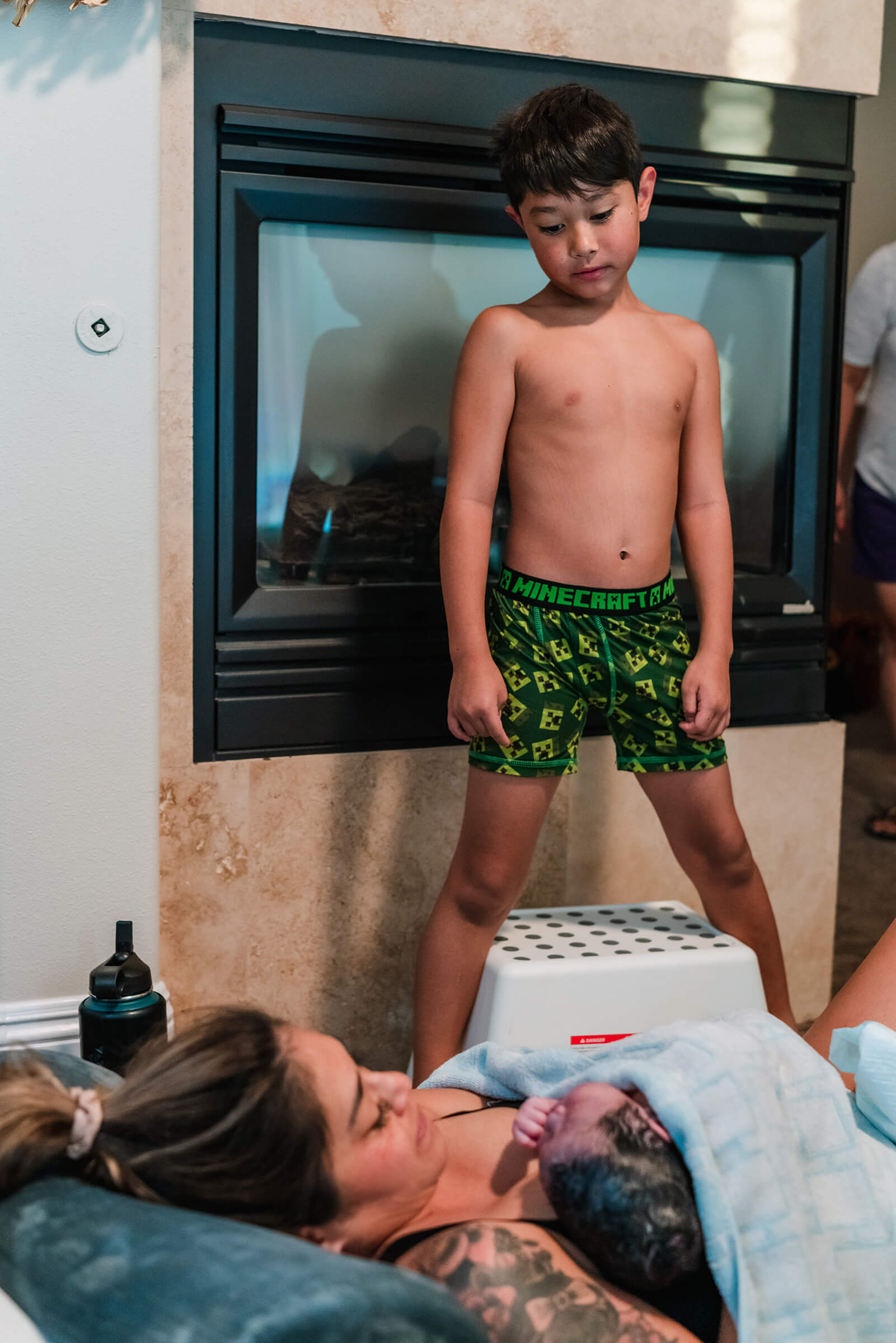
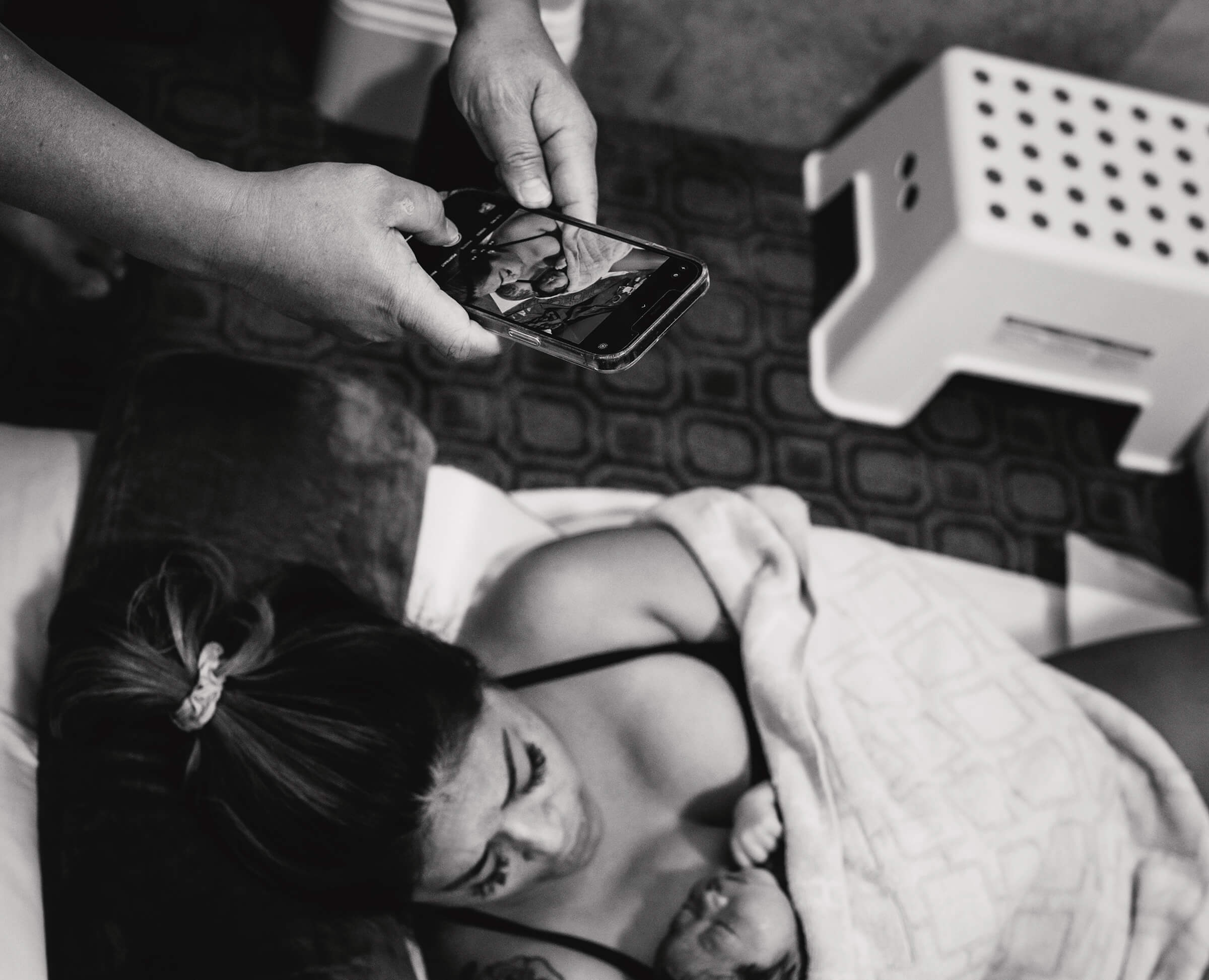
Her sons were able to come in and out of the space as they felt comfortable meeting their new baby brother. They were all immediately smitten, of course!
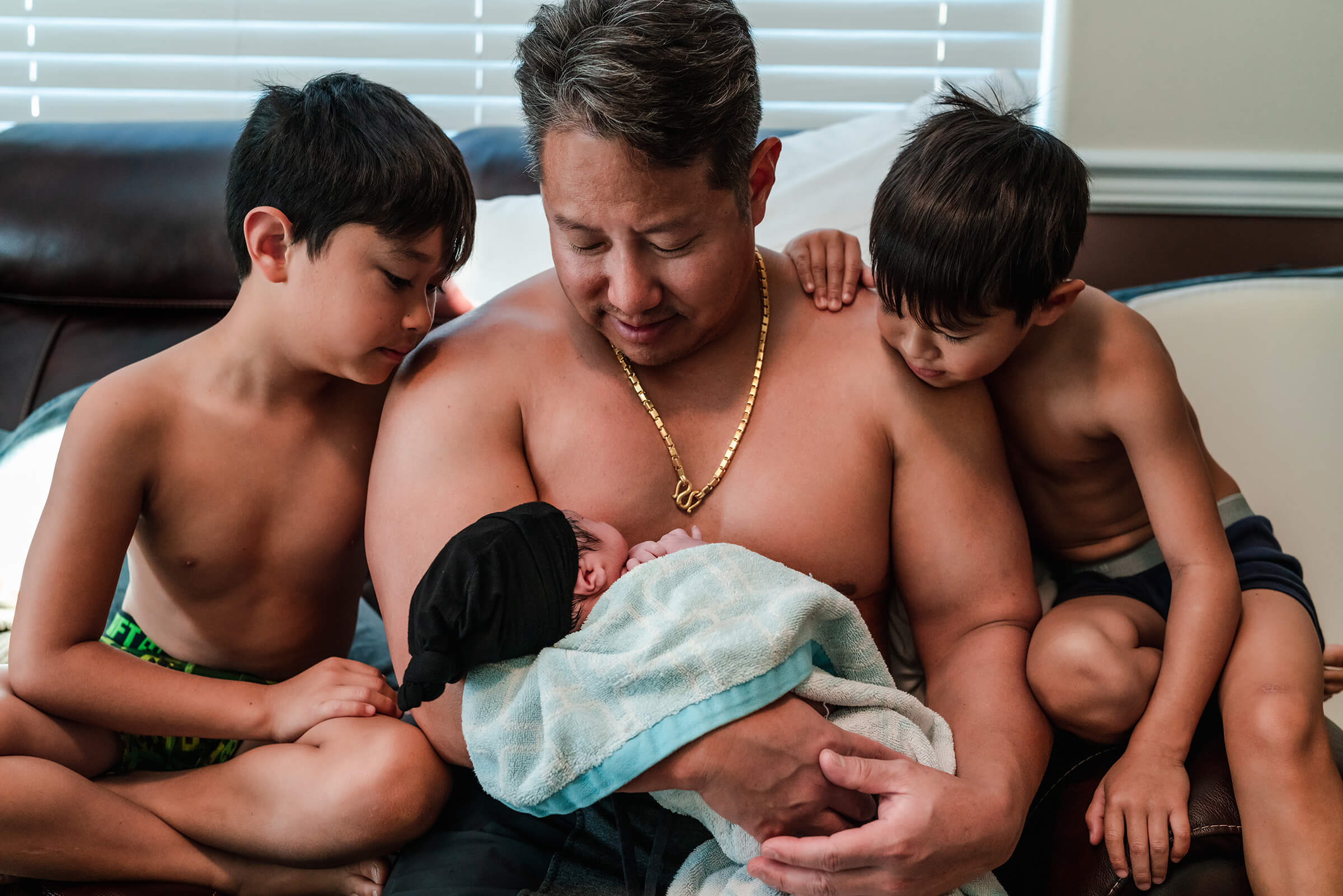
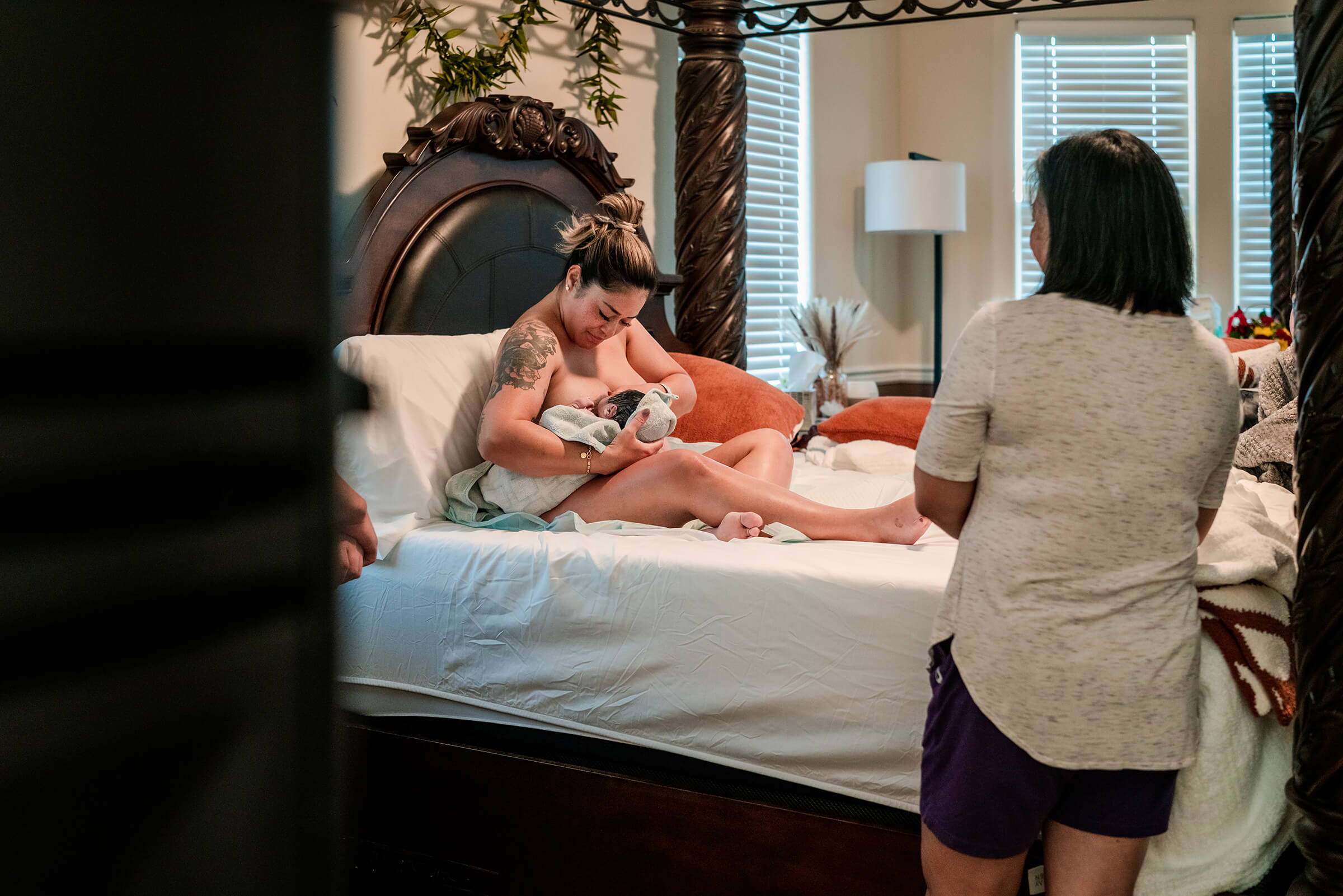
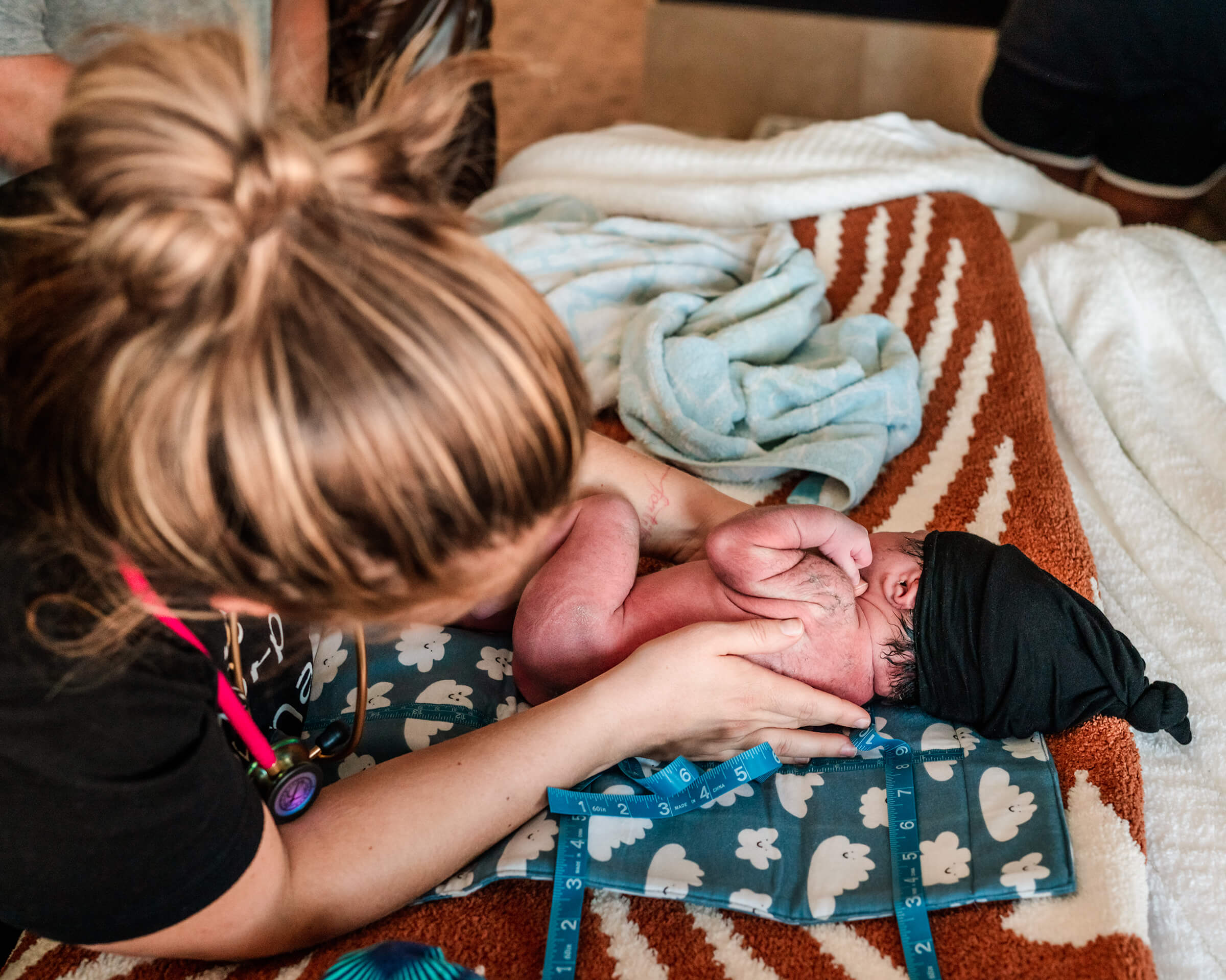
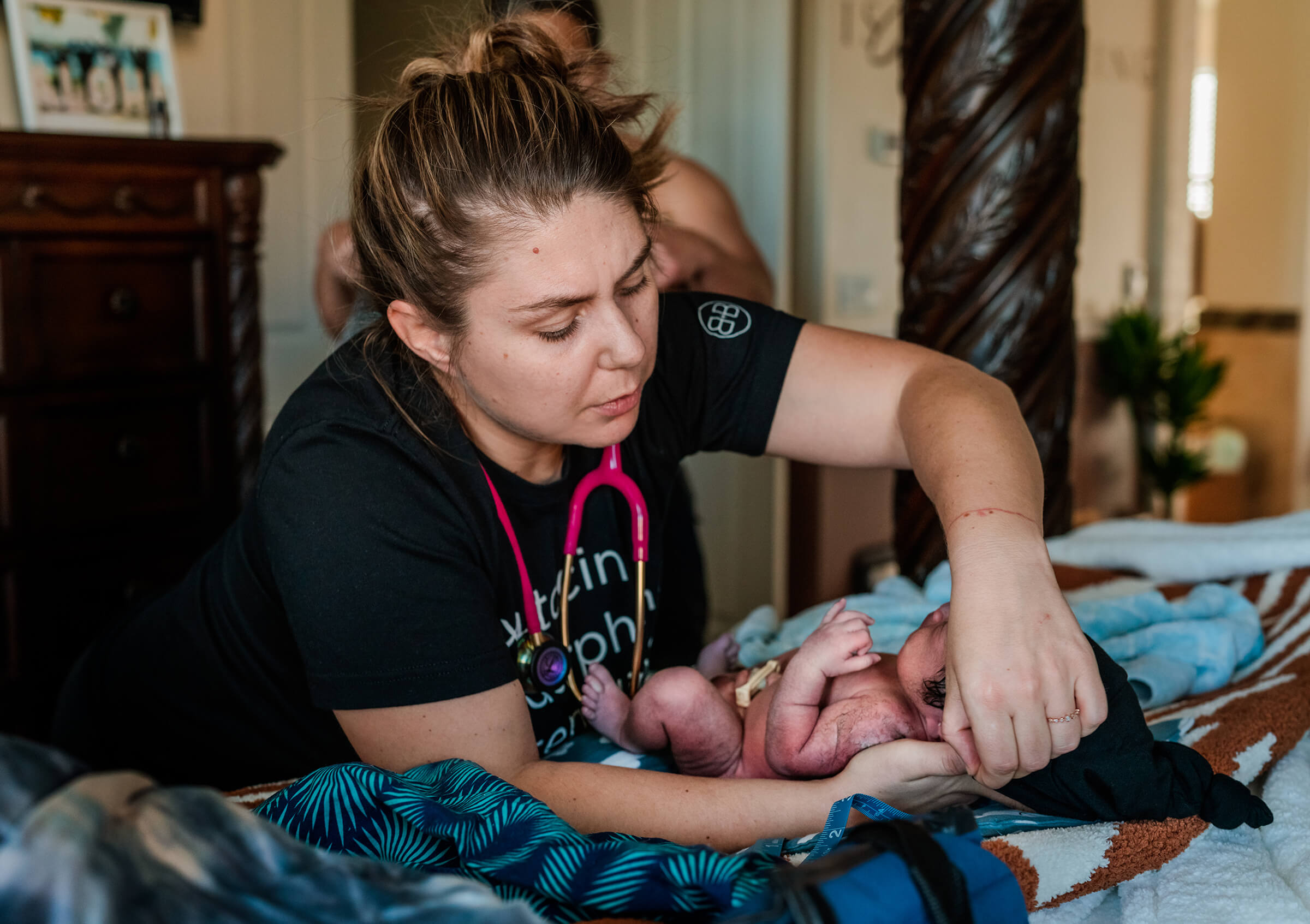
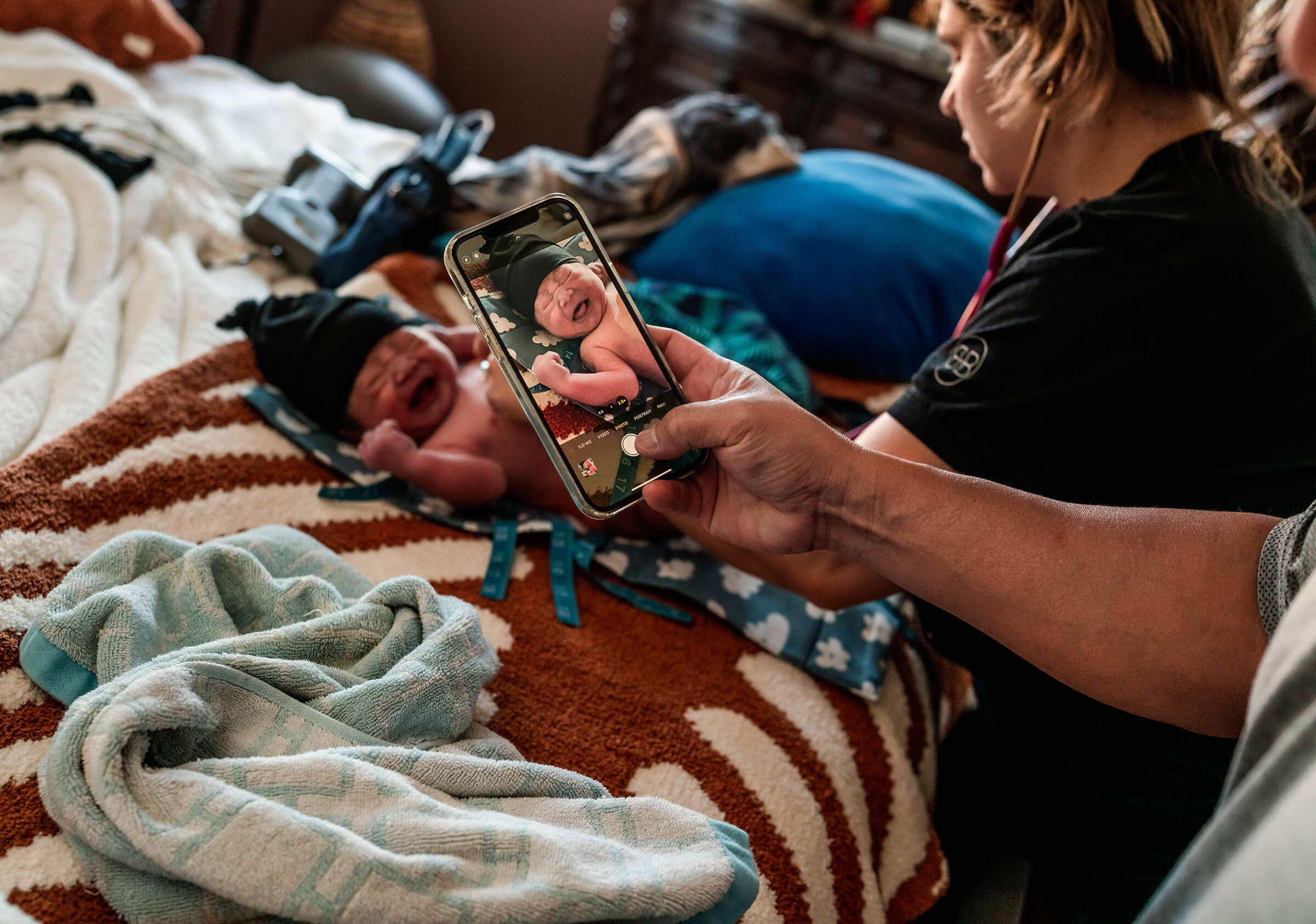

Women have given birth with women present much of history. Having the wisdom and support of those that have gone before you is not only helpful, but also adds an additional layer of trust, and improved experience for mothers.
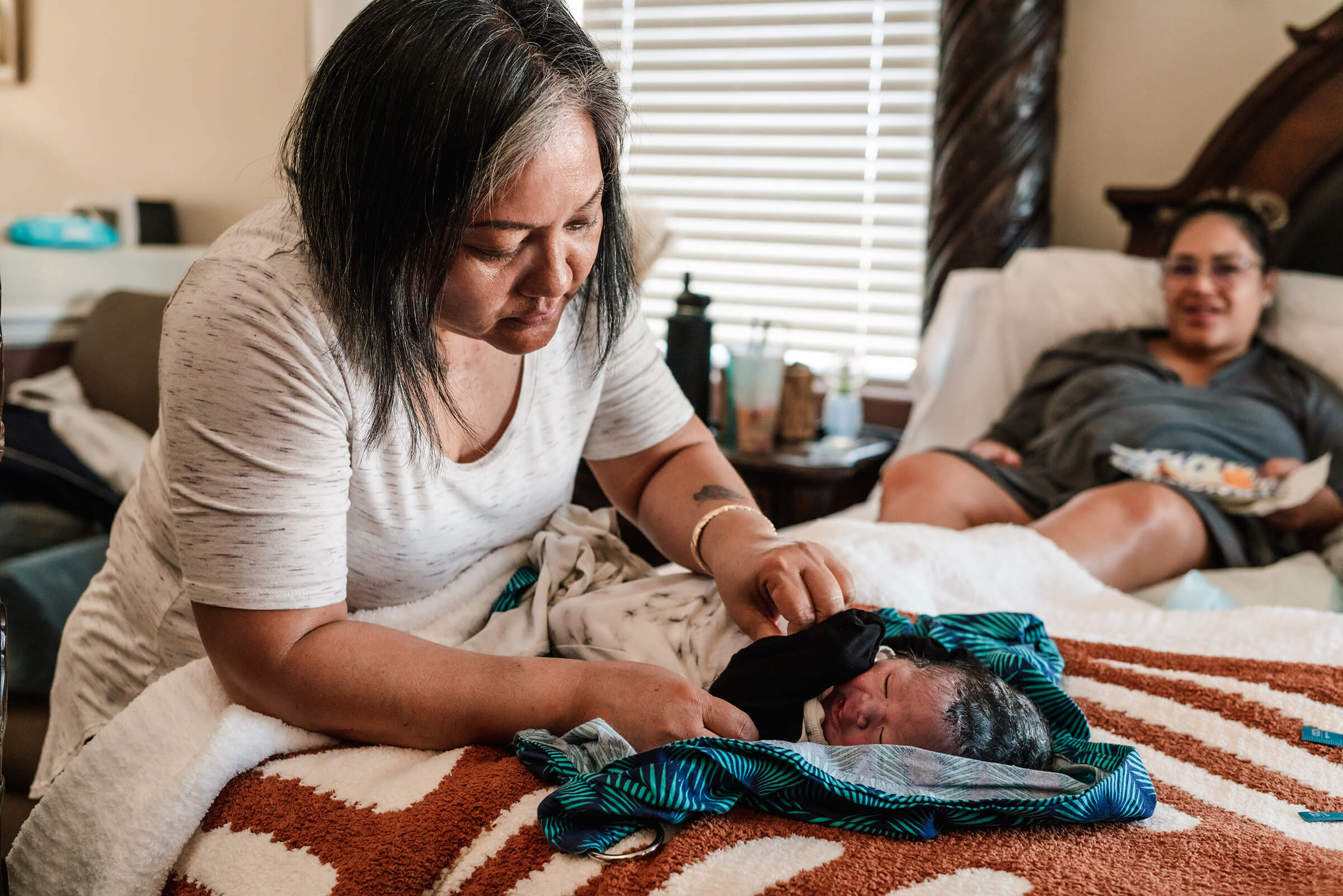
I hope you enjoy their beautiful birth film. It is full of support and care from her beautiful birth team and family.
Stay tuned for my post about how to have a family-centered birth experience in the hospital setting and how you can advocate for it.
Tuesday, February 28th, 2023
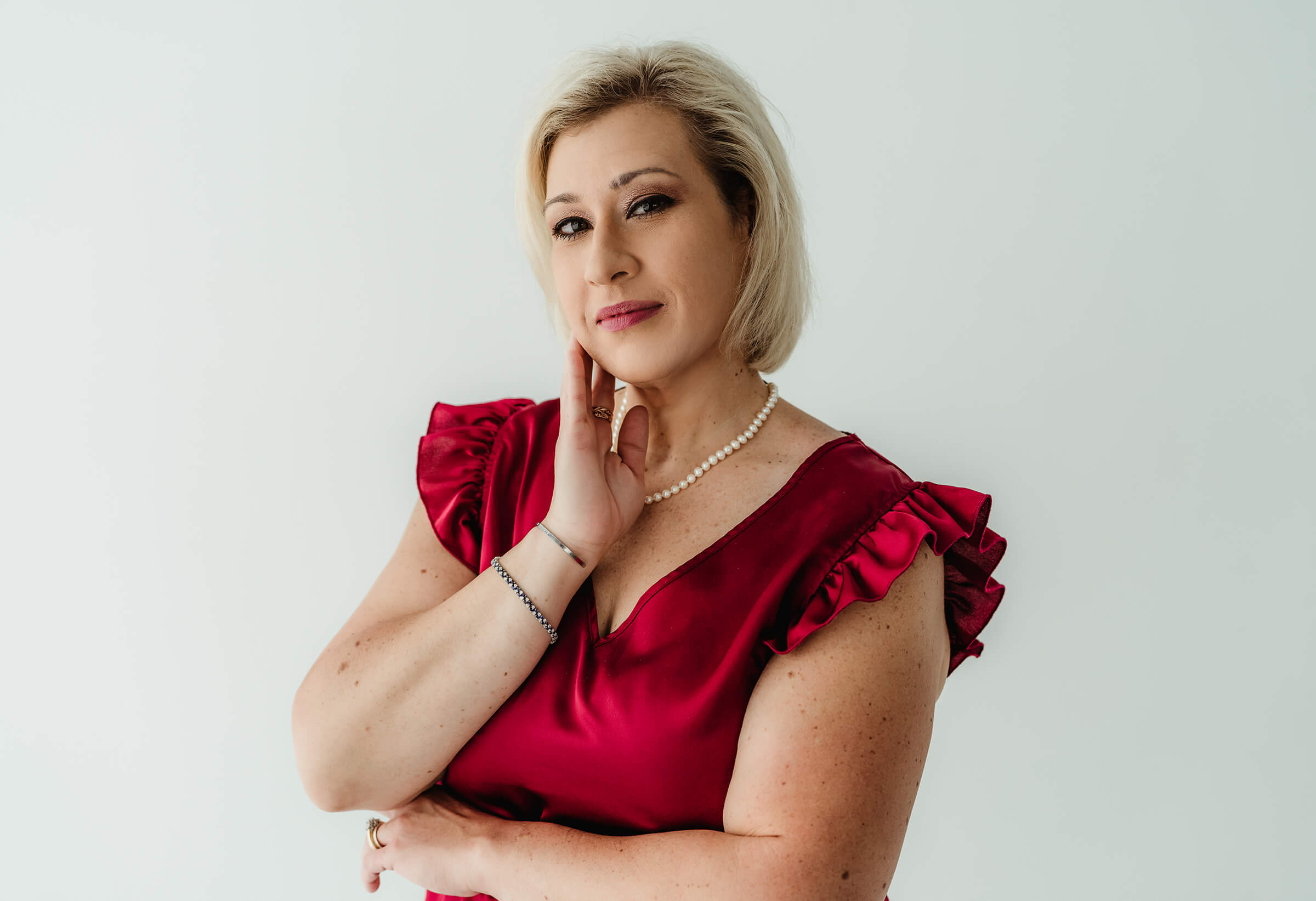
A Transformation Journey
Ashley’s story is an inspiring transformation story. I couldn’t miss the opportunity to create another Las Vegas documentary, and am so grateful for her trusting me in the telling of her story. Ashley’s story is more than a weight-loss journey, it is full of determination and major life transformations.
I have known Ashley for years as we worked together on labor and delivery here in Las Vegas. I have always adored her passion for whatever she does whether it is taking care of her patients, her continual drive to learn and grow, and most of all her passion and love for her family. It shows in all that she does. Watching her navigate pain and loss, as well as celebrating the victories in her life, has been a blessing, so when she applied for my annual ‘The Story Giveaway’ I was beyond excited and immediately knew it was her story I wanted to tell.
Between the busyness of her work schedule and my birth client’s schedules, planning, filming, and editing this project was a long process, but seeing it all come together left me in tears every time I worked on it. I hope it inspires you just as much as it did me. It is a story full of hope, love, and commitment.
In communicating with Ashley and through her questionnaire, we narrowed down the areas she wanted to focus on in telling her story.
Her weight loss transformation was so much more than her bariatric surgery. Through her family’s love and support, she made lasting changes in her day-to-day life.
In evaluating the patterns and habits she had developed so early in her life, she wanted to set a new and different example for their children. After her surgery, Ashley began to experience so many health benefits, and one of them was her increase in energy and desire to be active.
Maintaining a healthy and active lifestyle with her children has been one of her greatest joys following surgery. Instead of being passive observers, they can enjoy physical activity together as a family.
They are huge hockey fans and their oldest son Hunter plays, so, of course, had to capture a little street hockey!
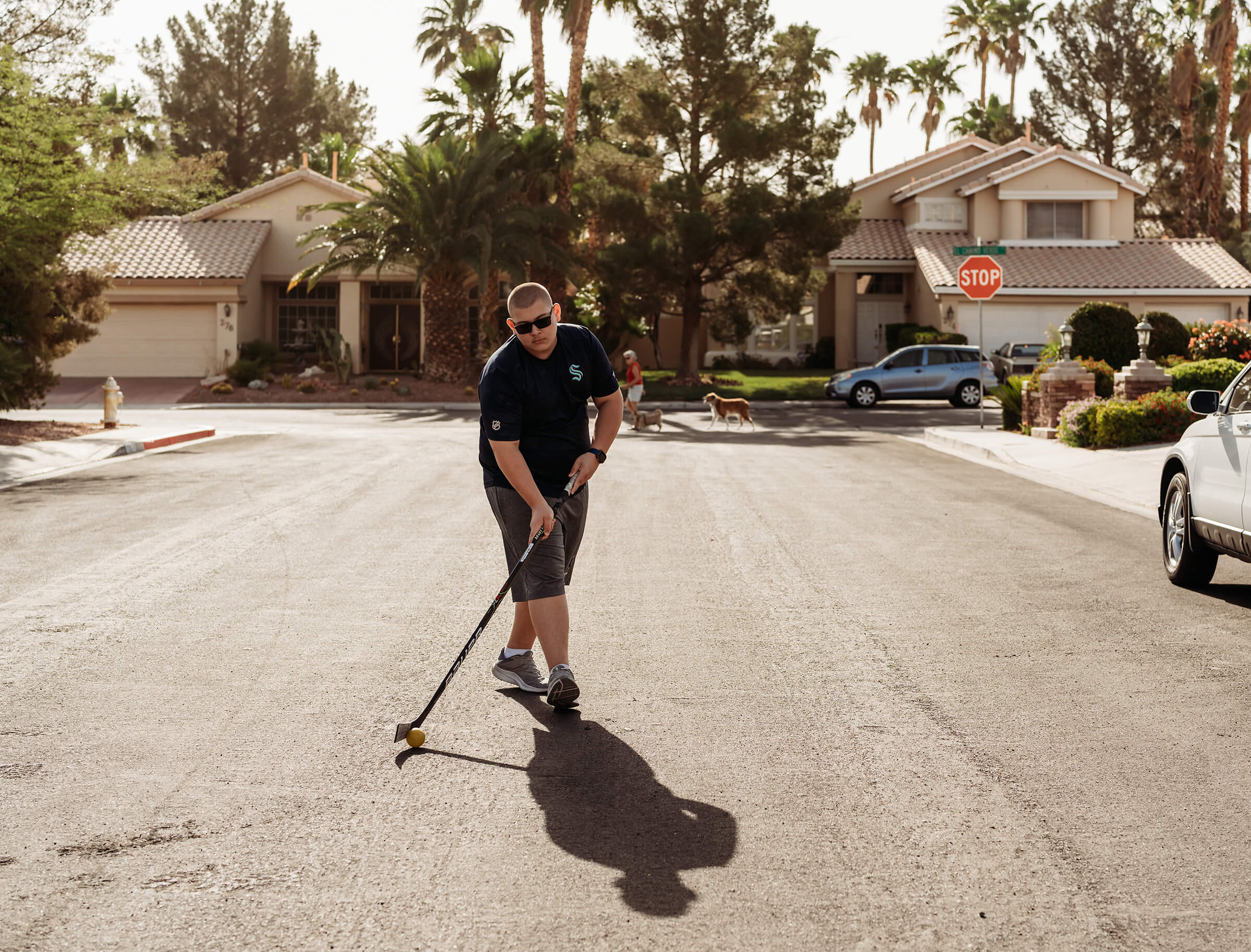
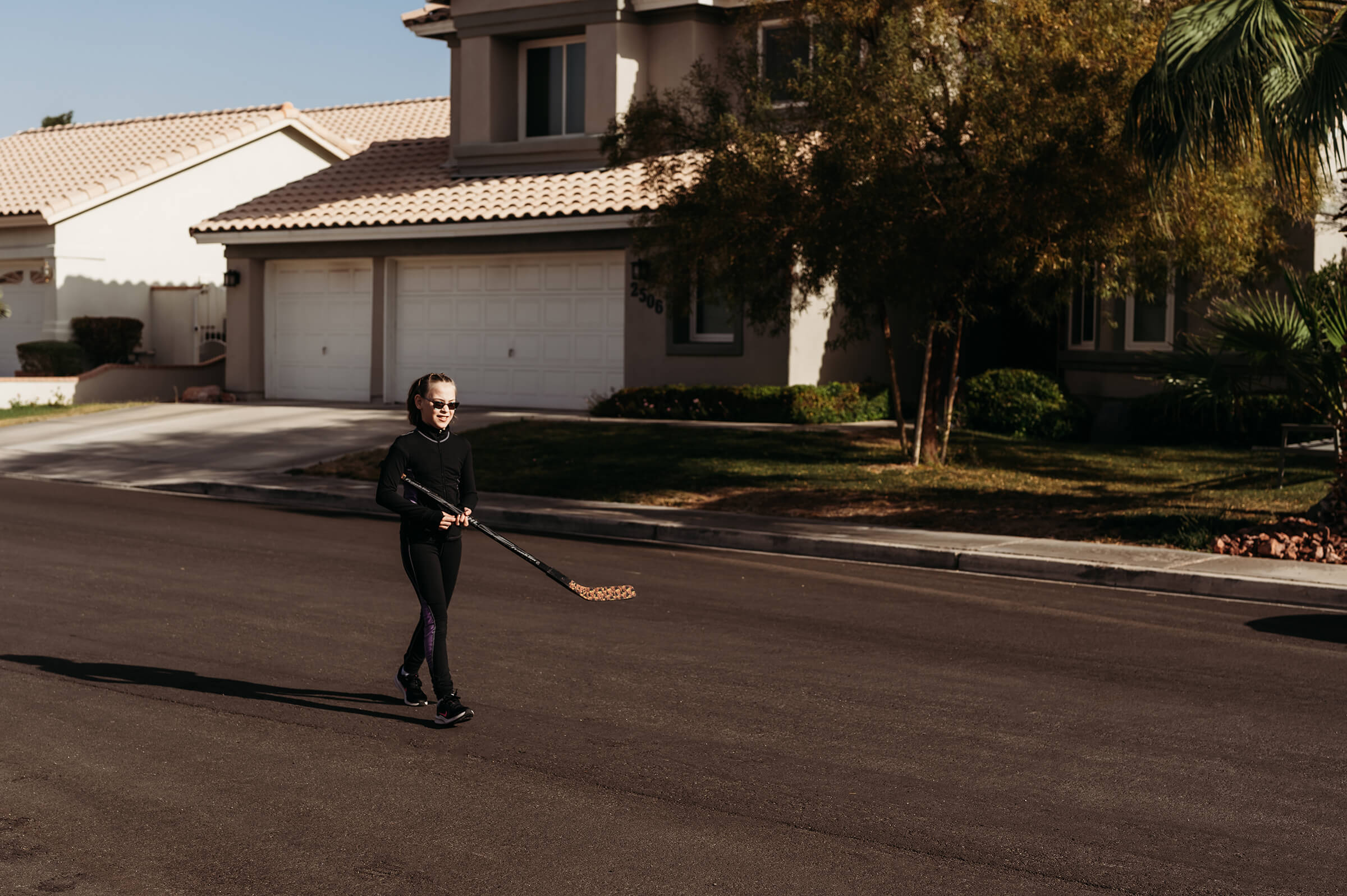
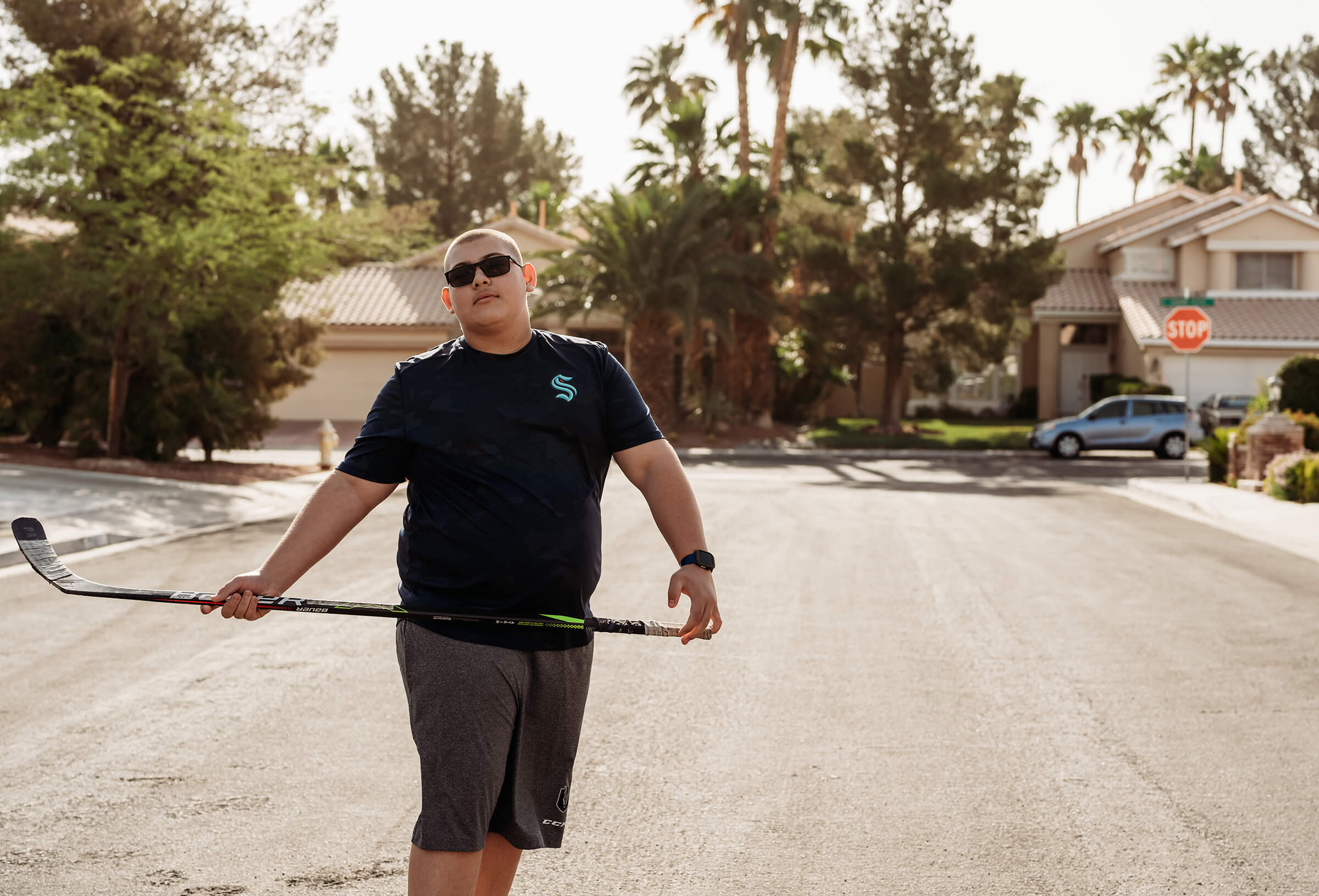
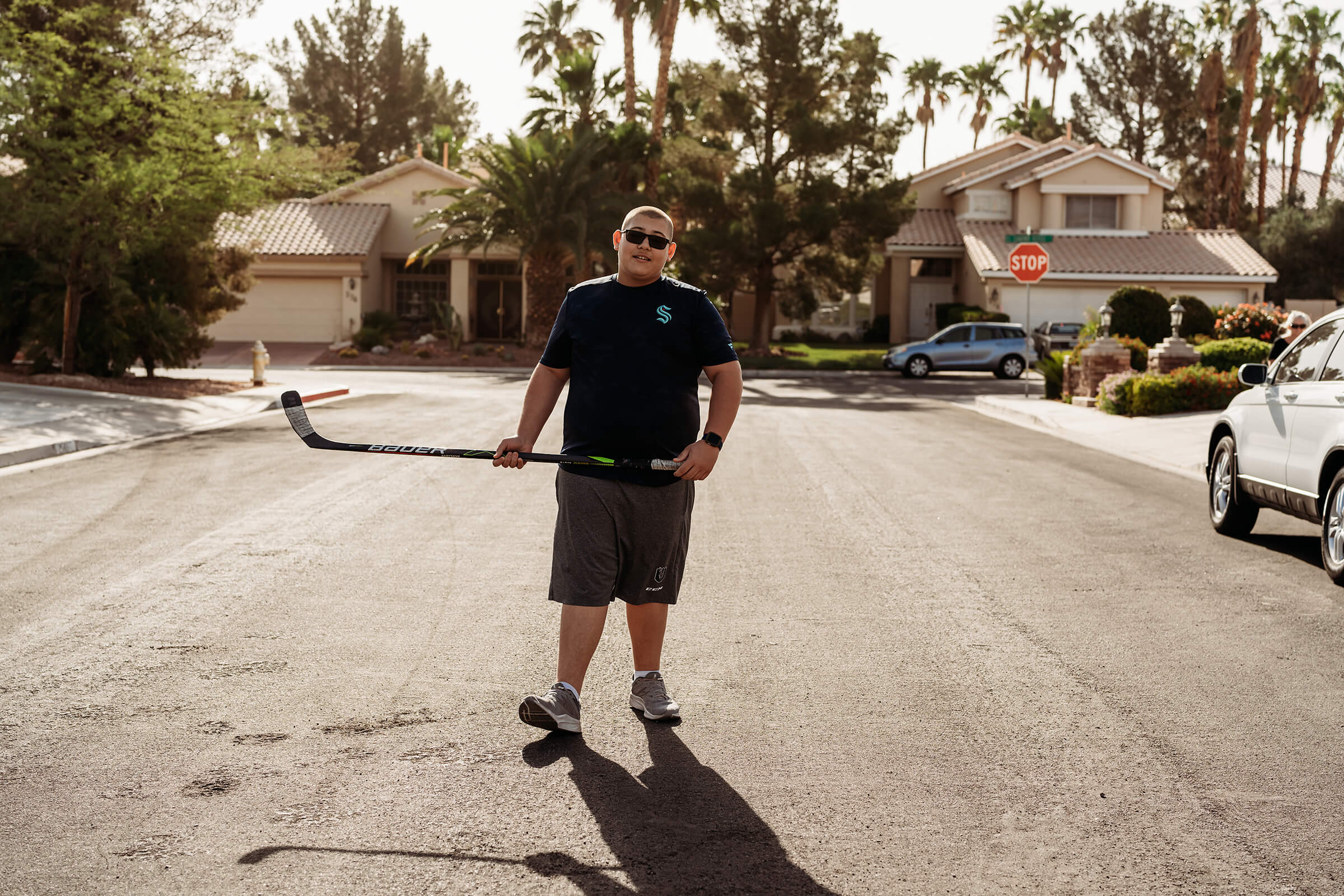

Adding a home gym where they could easily work out as a family without worrying about having to leave the house has helped her maintain a physical activity regime. Again, not only has this been a huge benefit physically and emotionally for Ashley, but also for her family as a whole.
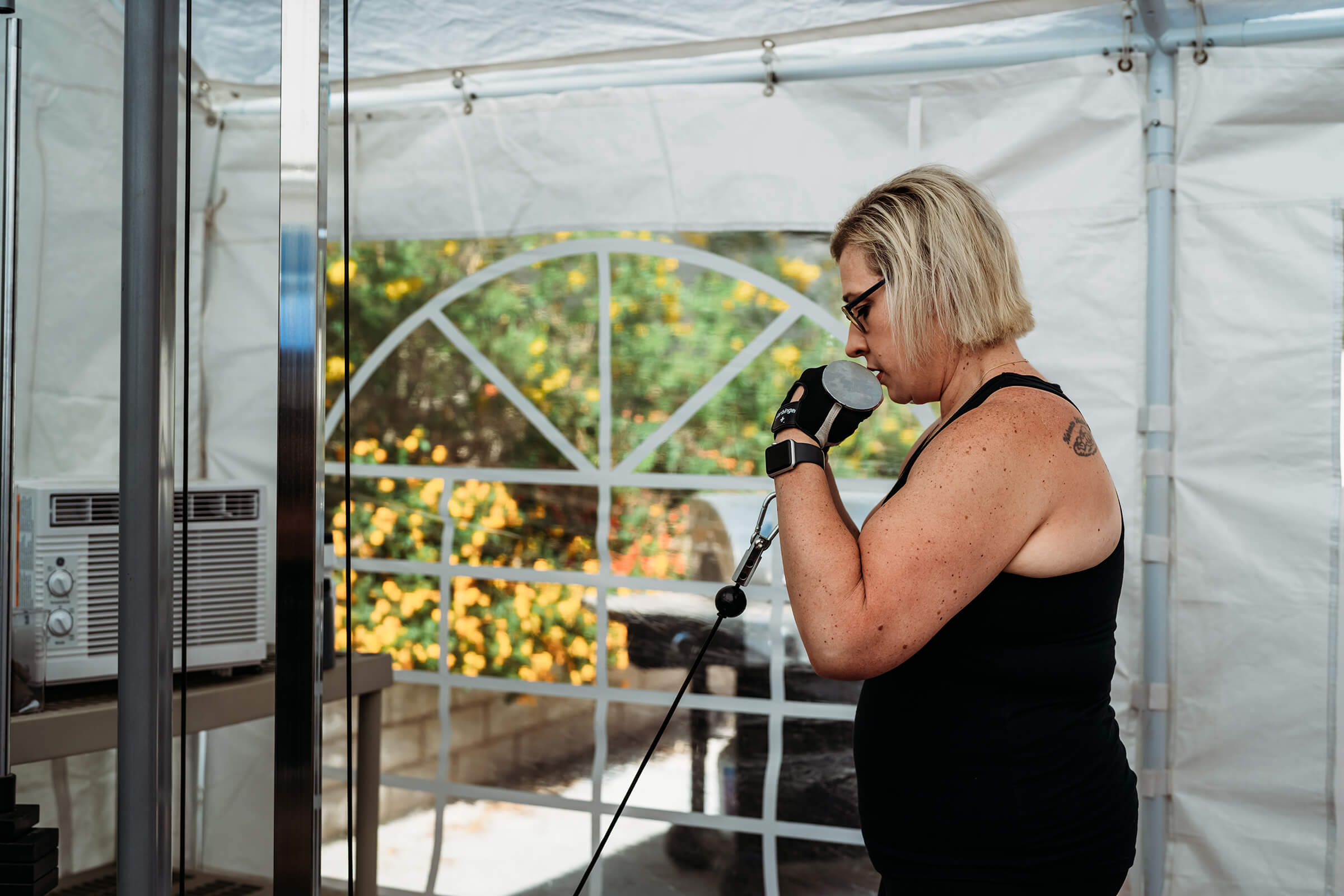
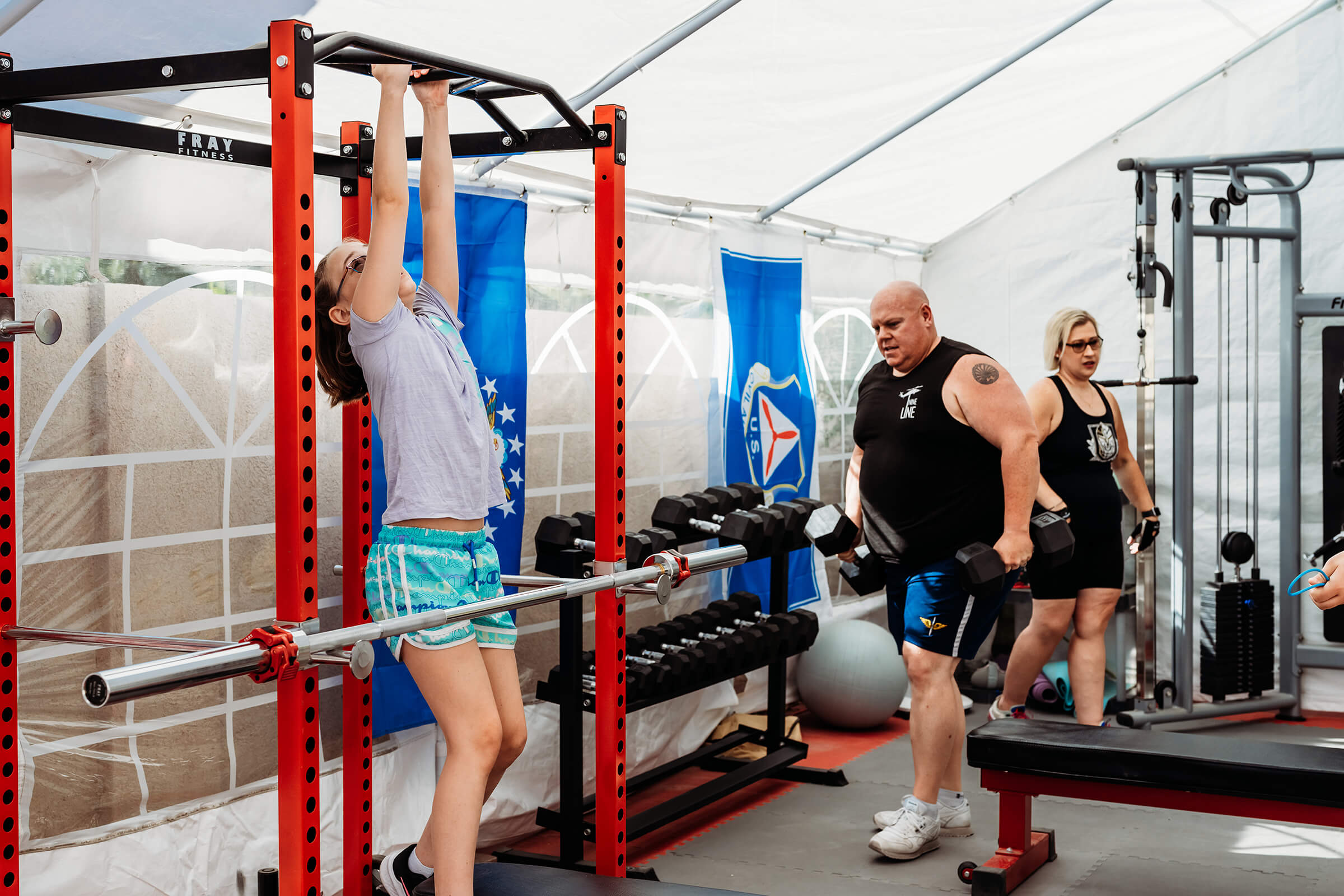
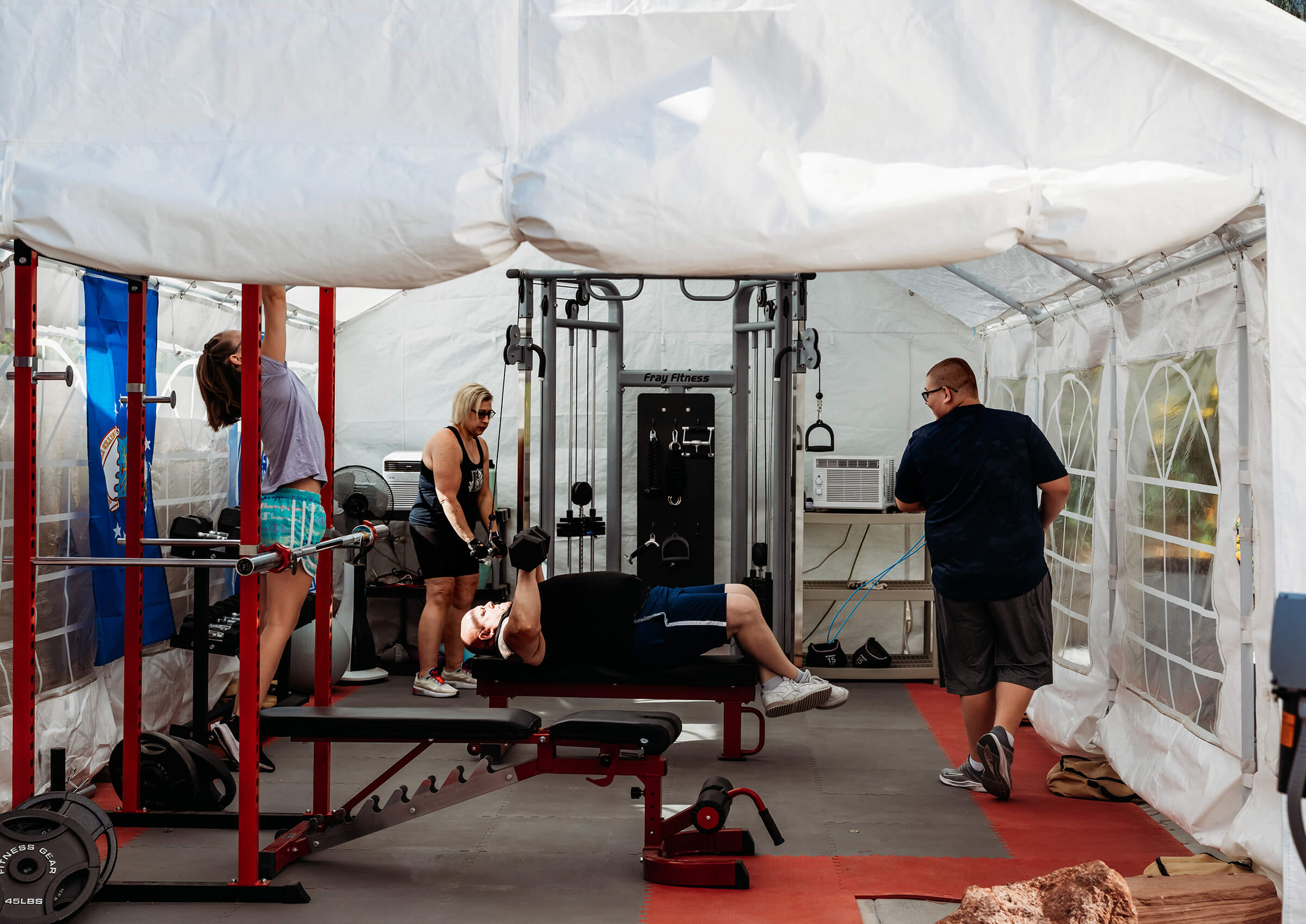
Becoming more aware of unhealthy dietary habits following her surgery, Ashley went to work incorporating new and healthy eating habits in her home. Learning to cook and eat differently led Ashley on a journey of finding new ways to create recipes as substitutes for the foods she loves or healthy options to replace unhealthy fast foods and poor habits.
Again, this is something she has been able to incorporate into her family life and involve her children in. They shop, prepare, and cook together.
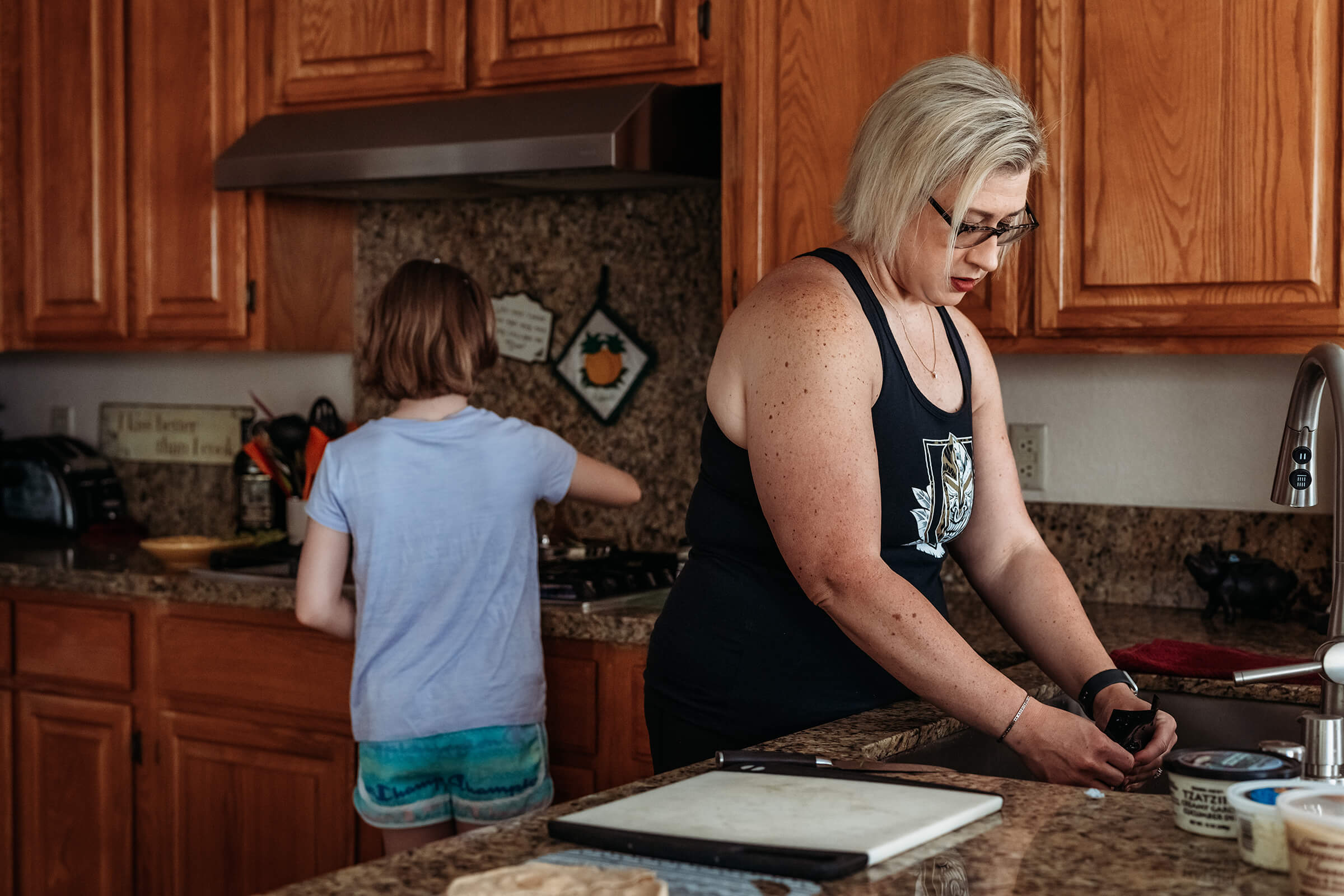
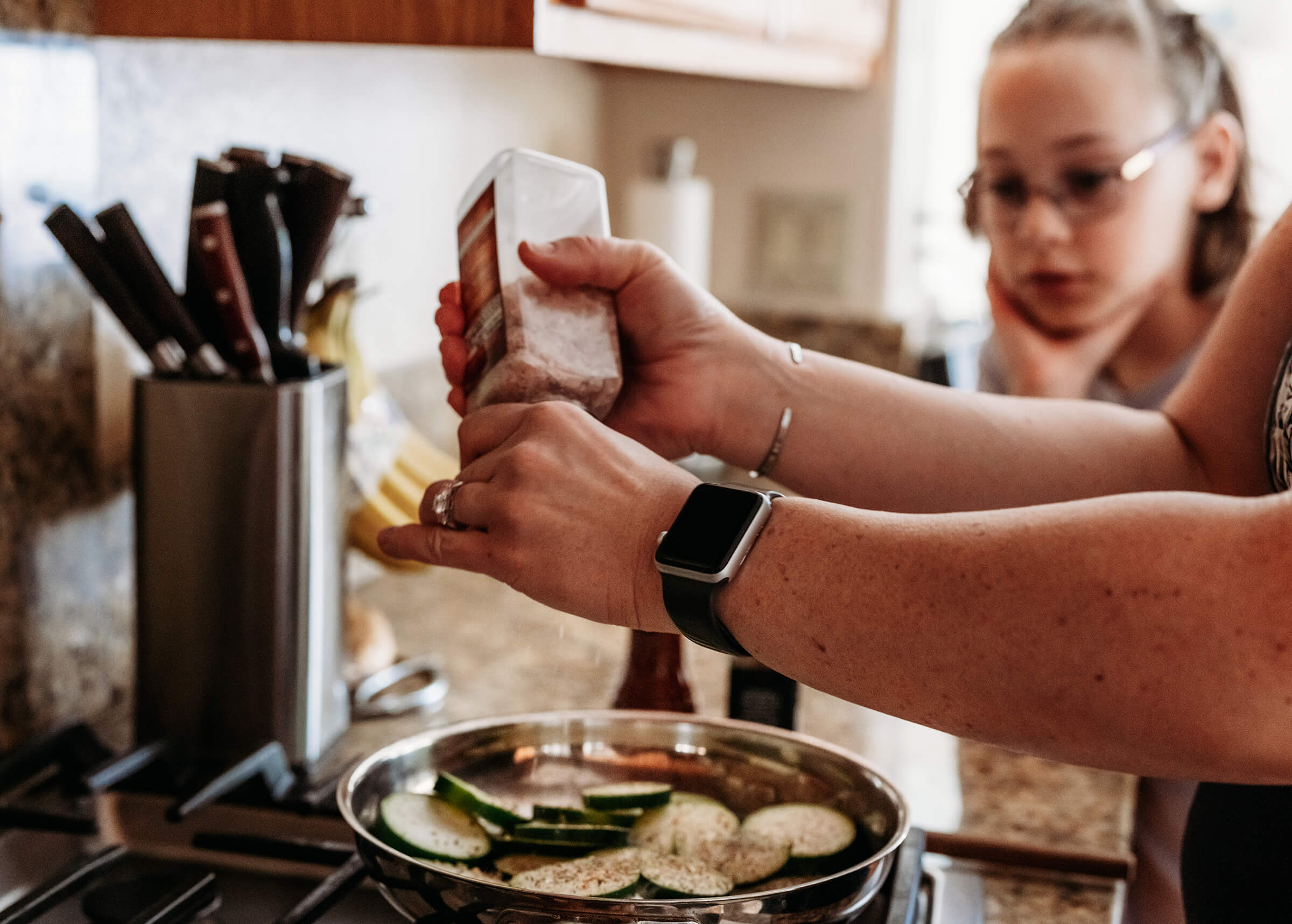
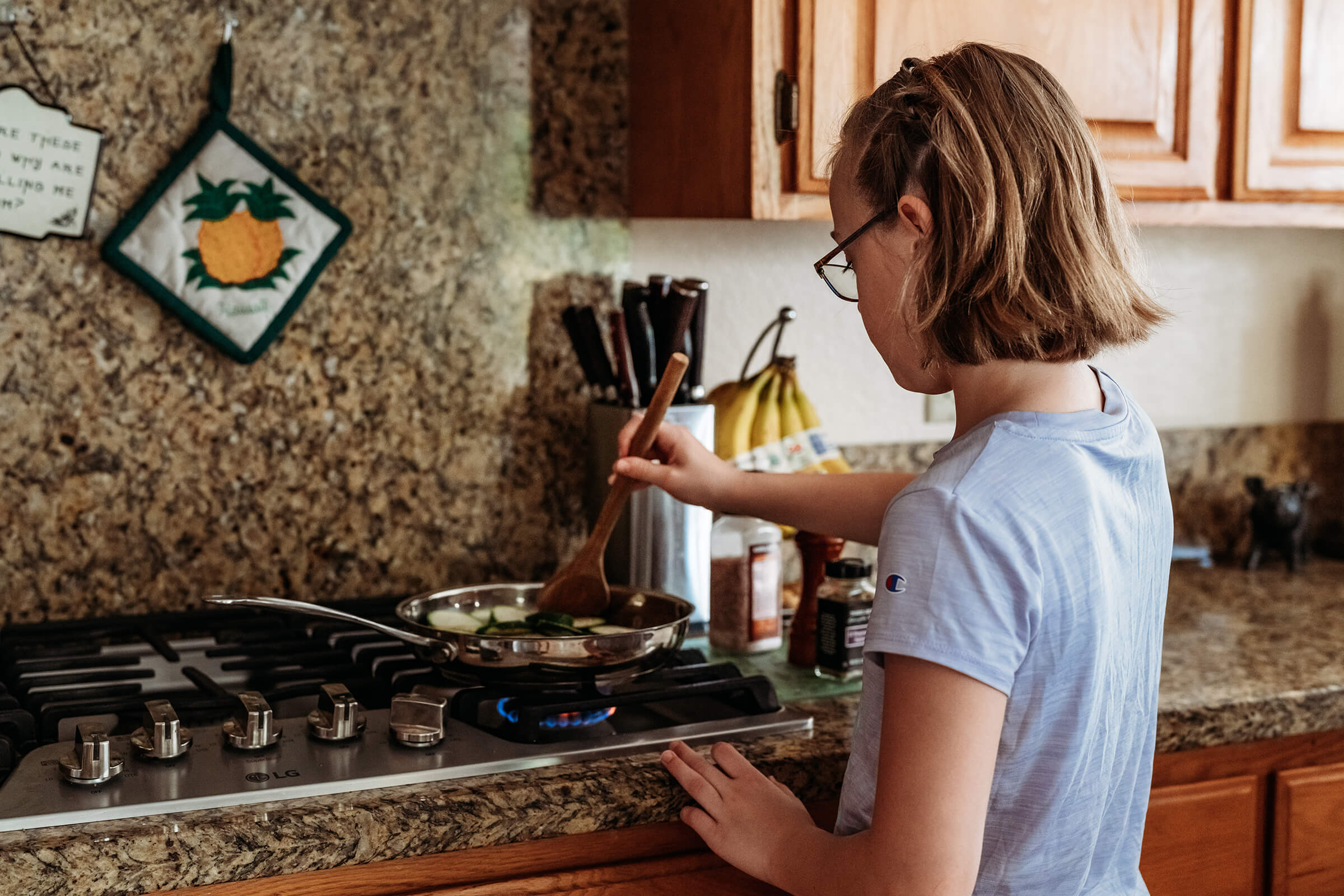

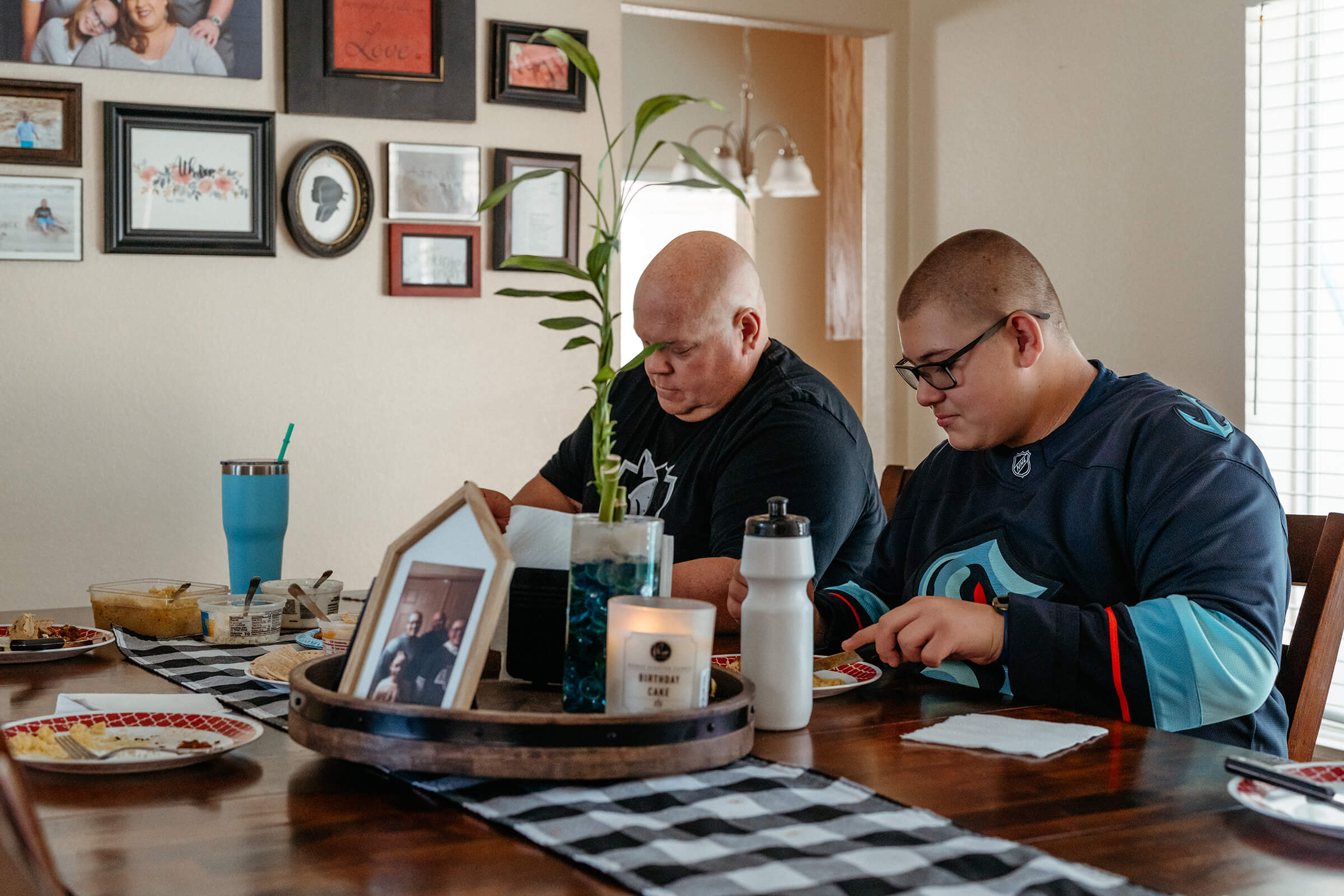

The ripple effect of Ashley’s lifestyle changes has had an amazing impact on her family. Her husband, who has been an incredible support to Ashley, has lost a lot of weight through the dietary and physical activity changes they’ve made together as a family. Her oldest son Hunter has also experienced some healthy weight loss as a result. In addition, she is teaching her daughter London how to have a healthy relationship with food and a healthy view of her body.
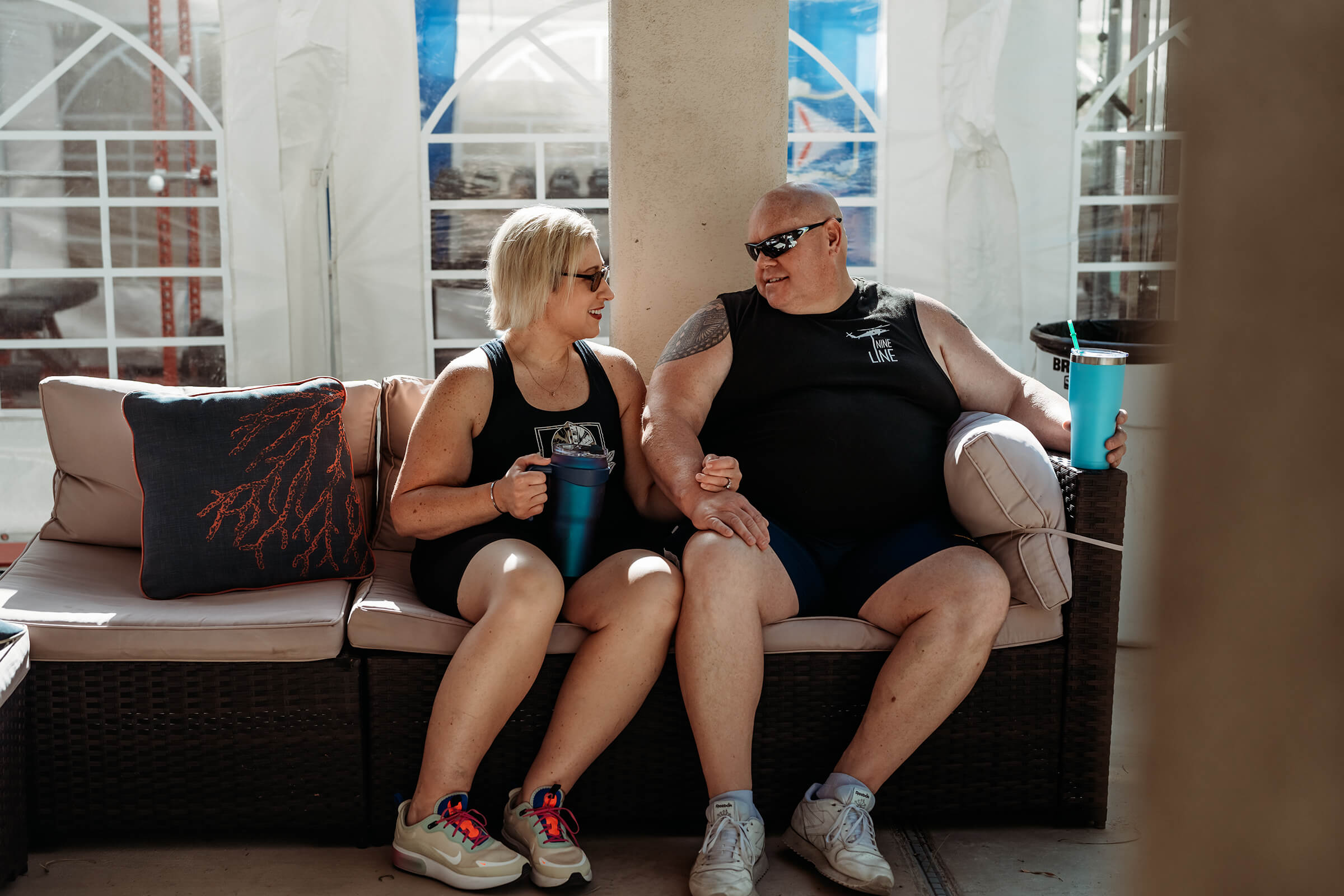
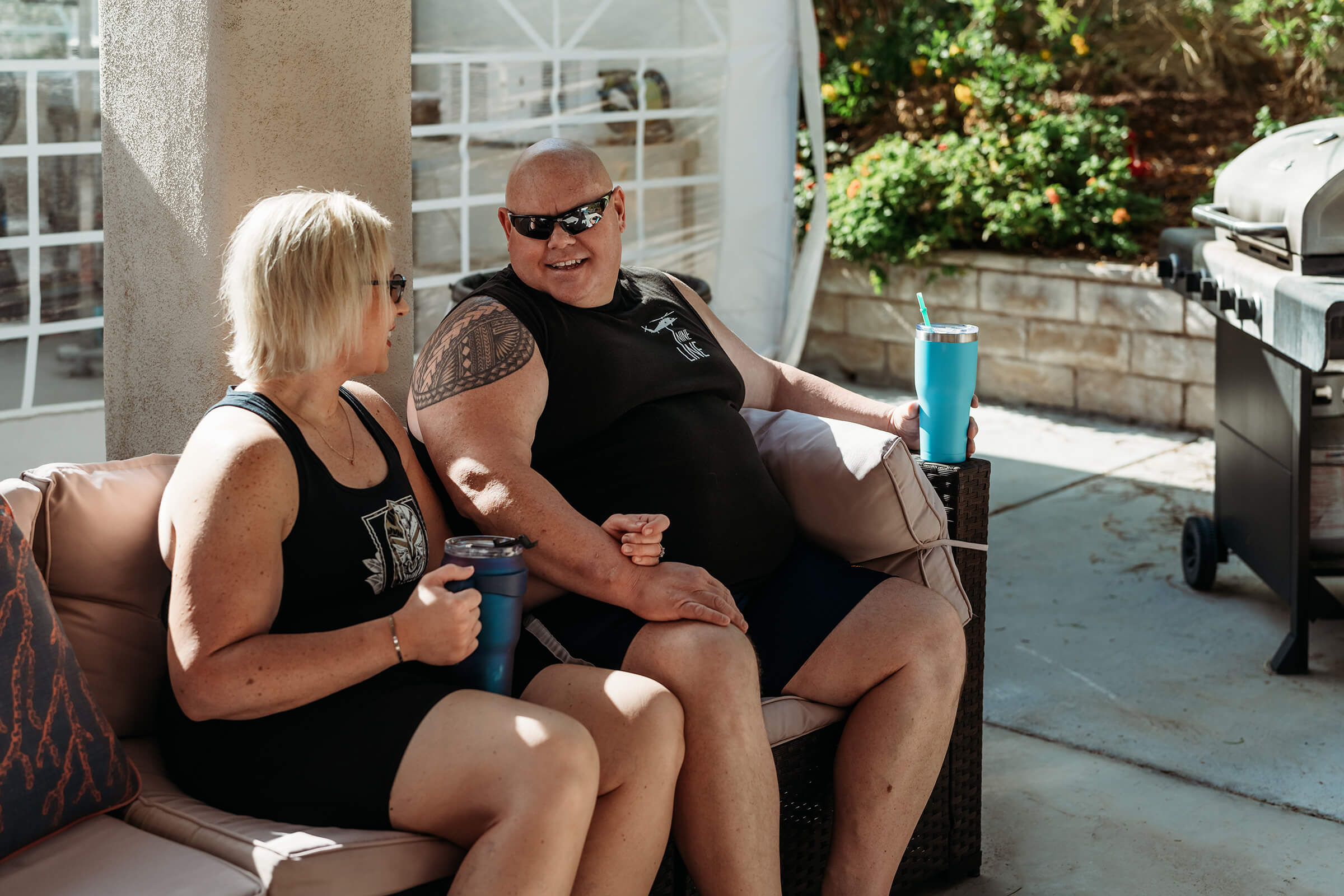


Ashley’s joy and passion have always been her family, and being able to be the best version of herself and be physically active and present with her children, has brought her so much joy.
I wanted to help Ashley celebrate these significant milestones and changes she has made in her life not only physically but emotionally as well with a studio session where she could express the confidence and joy her journey has made in her life.
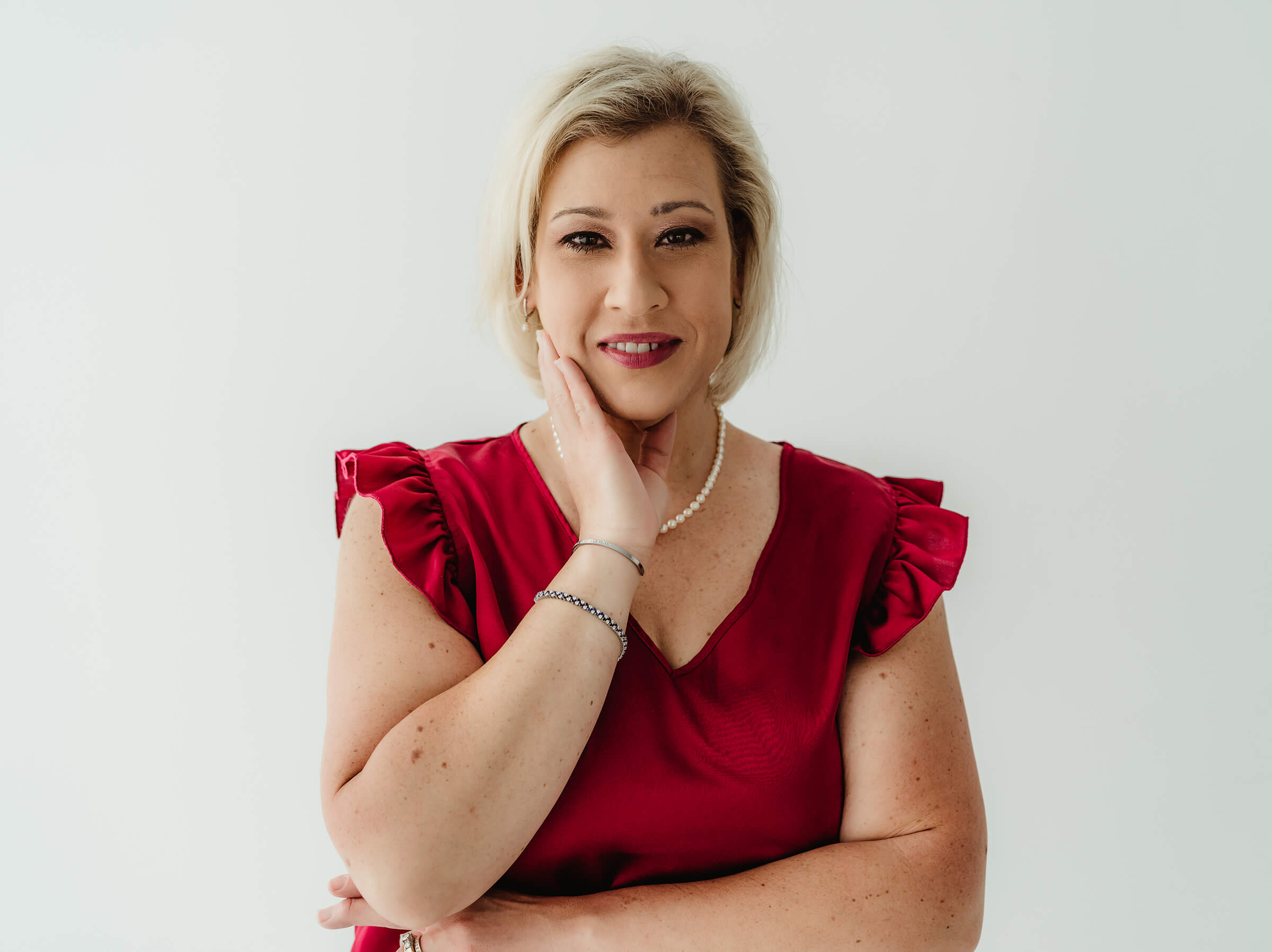
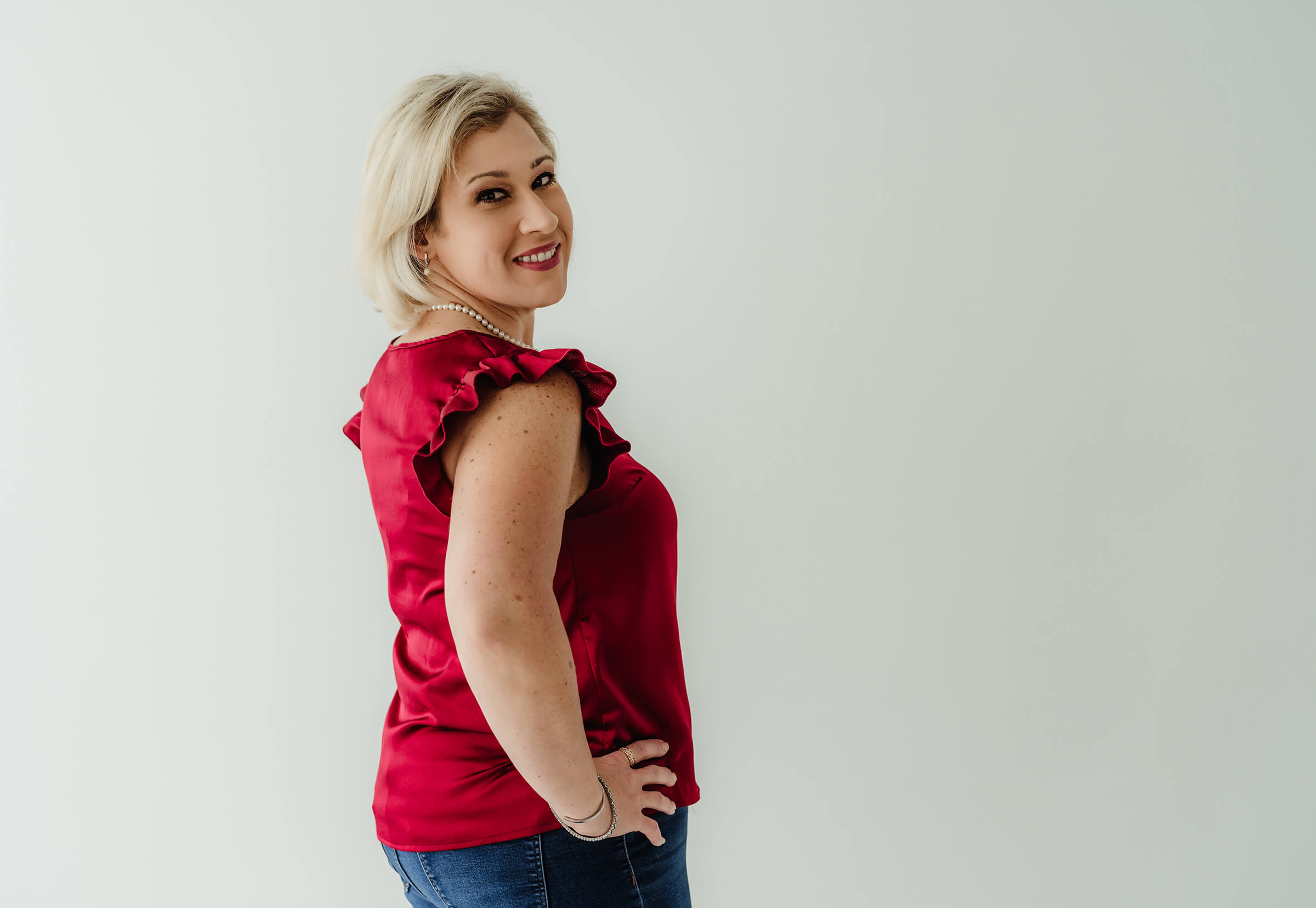
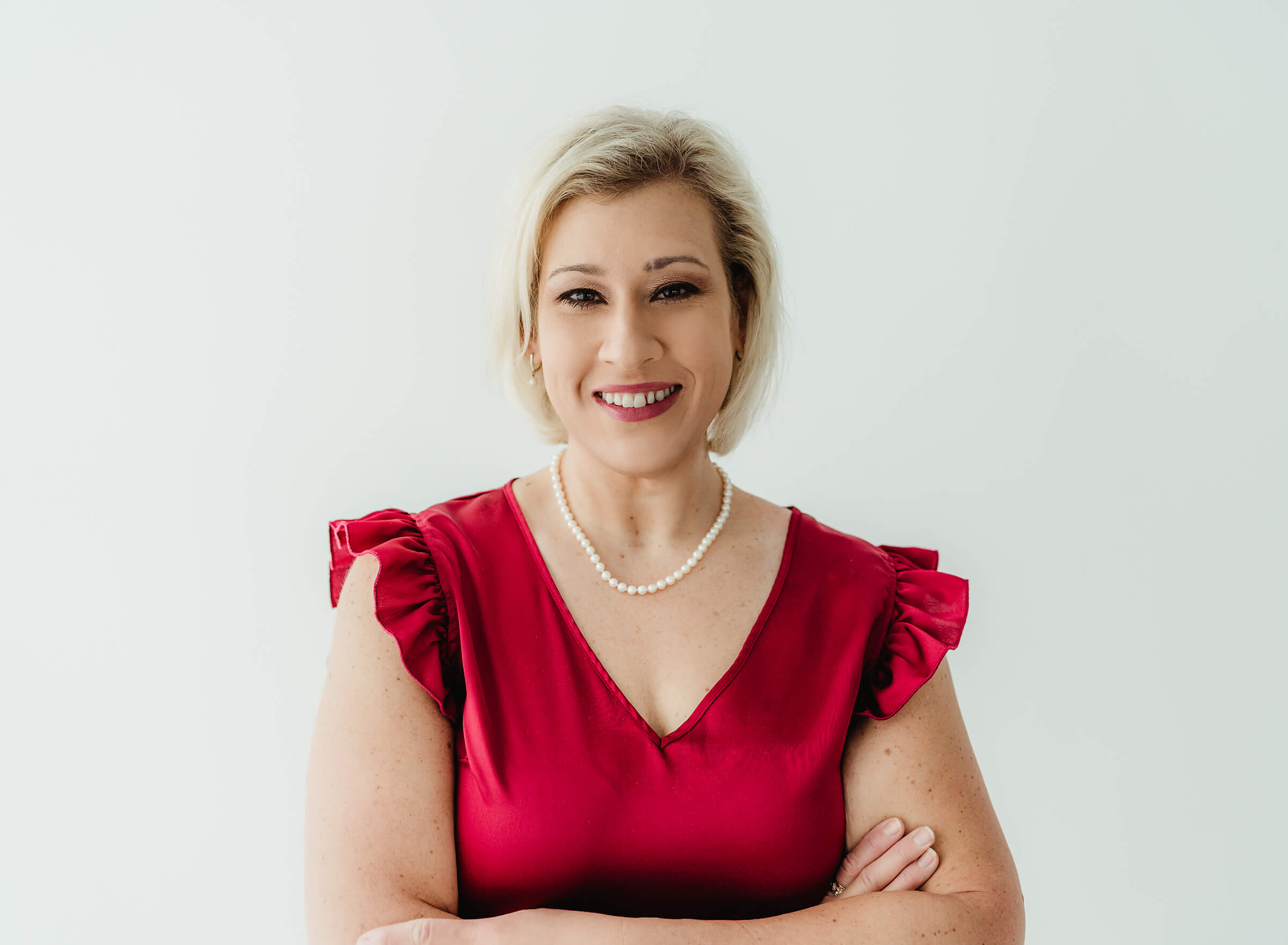


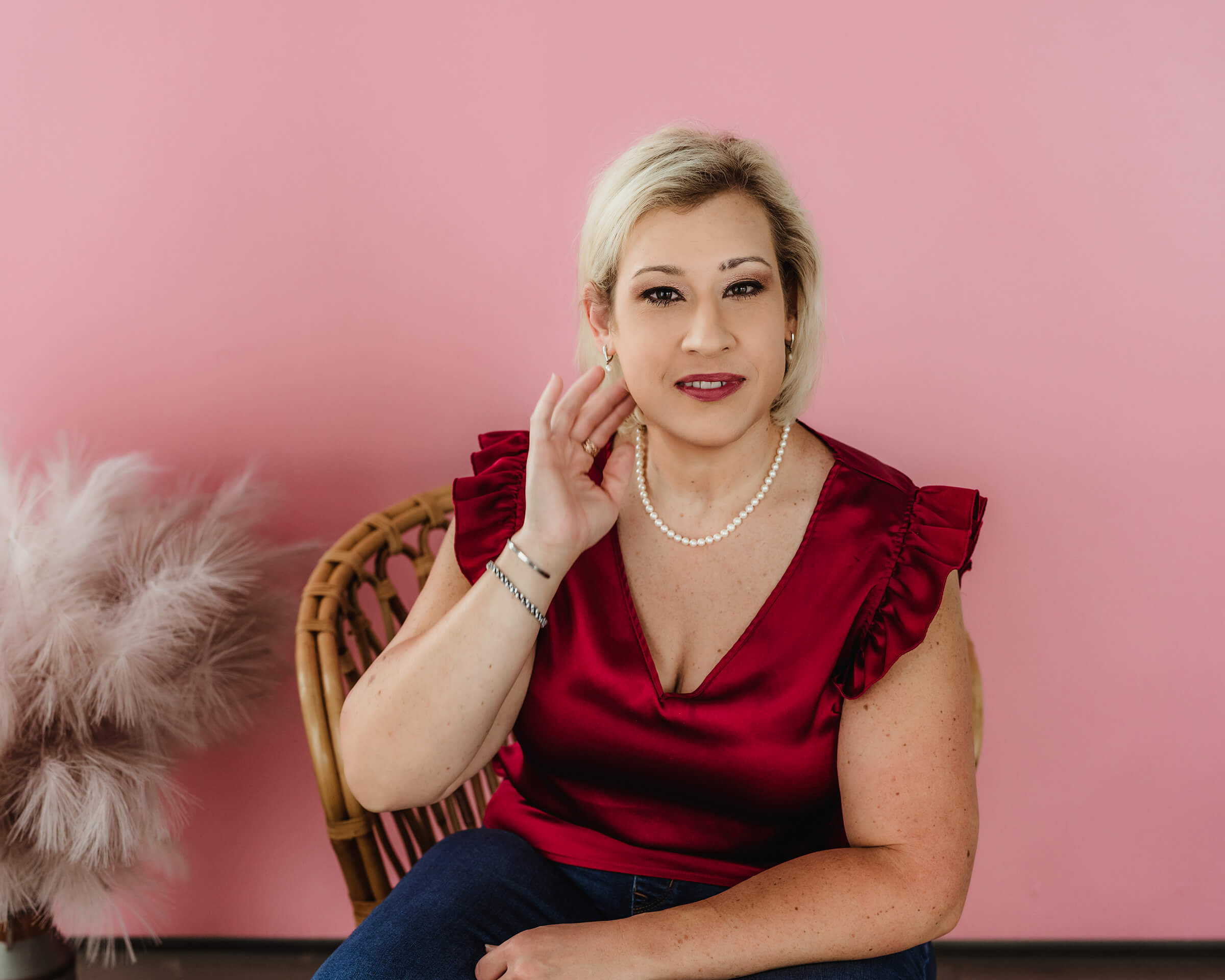
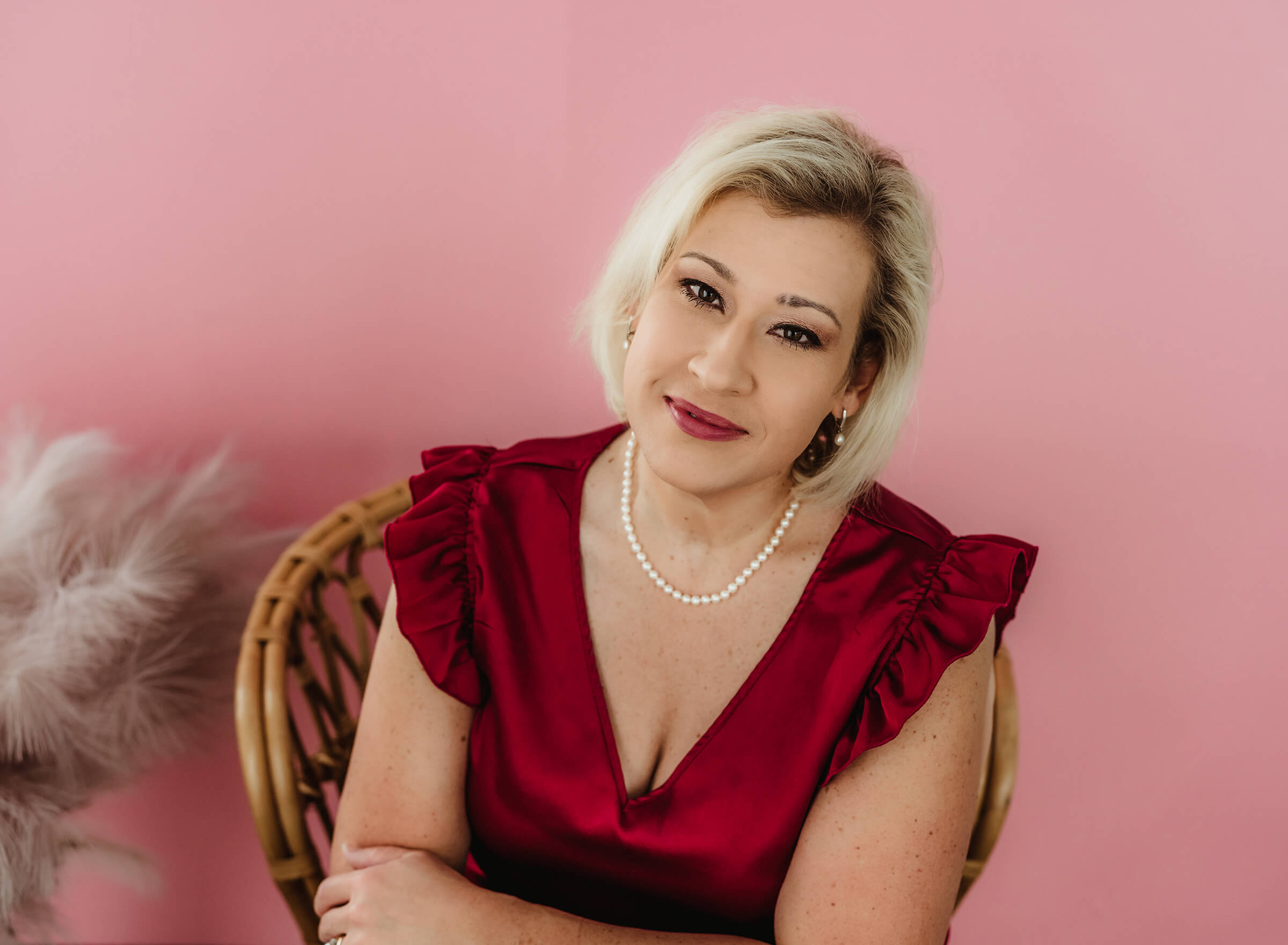
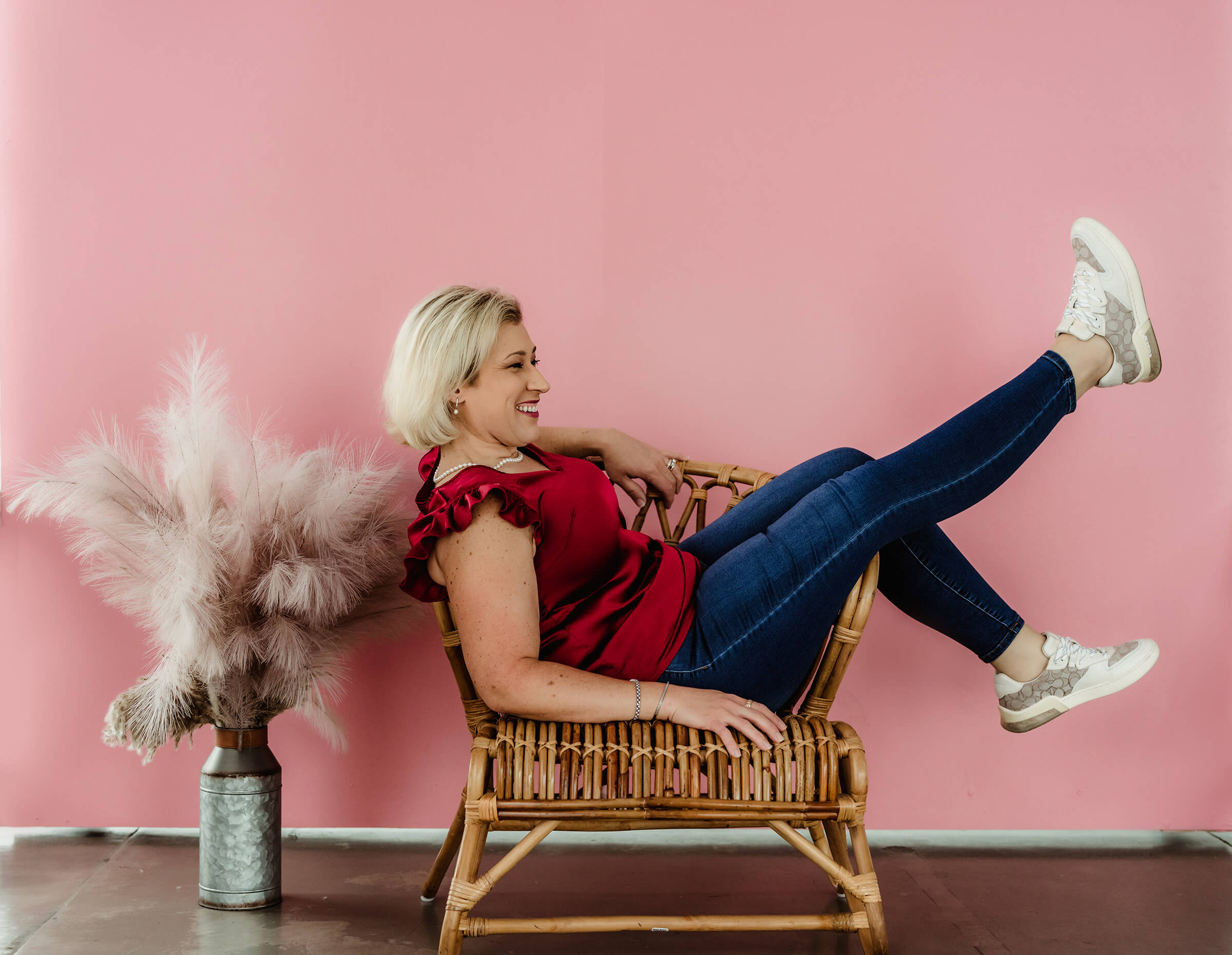
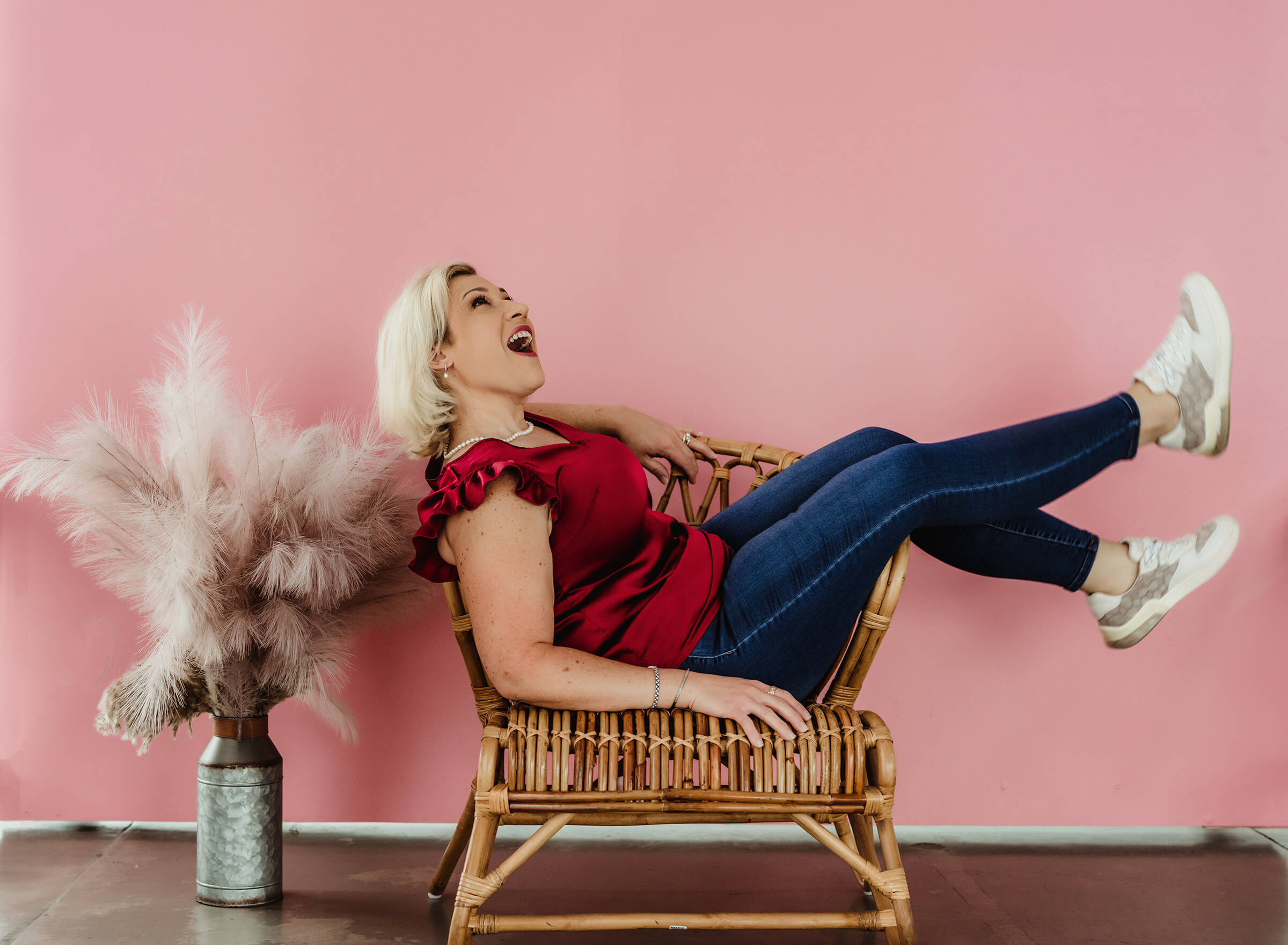
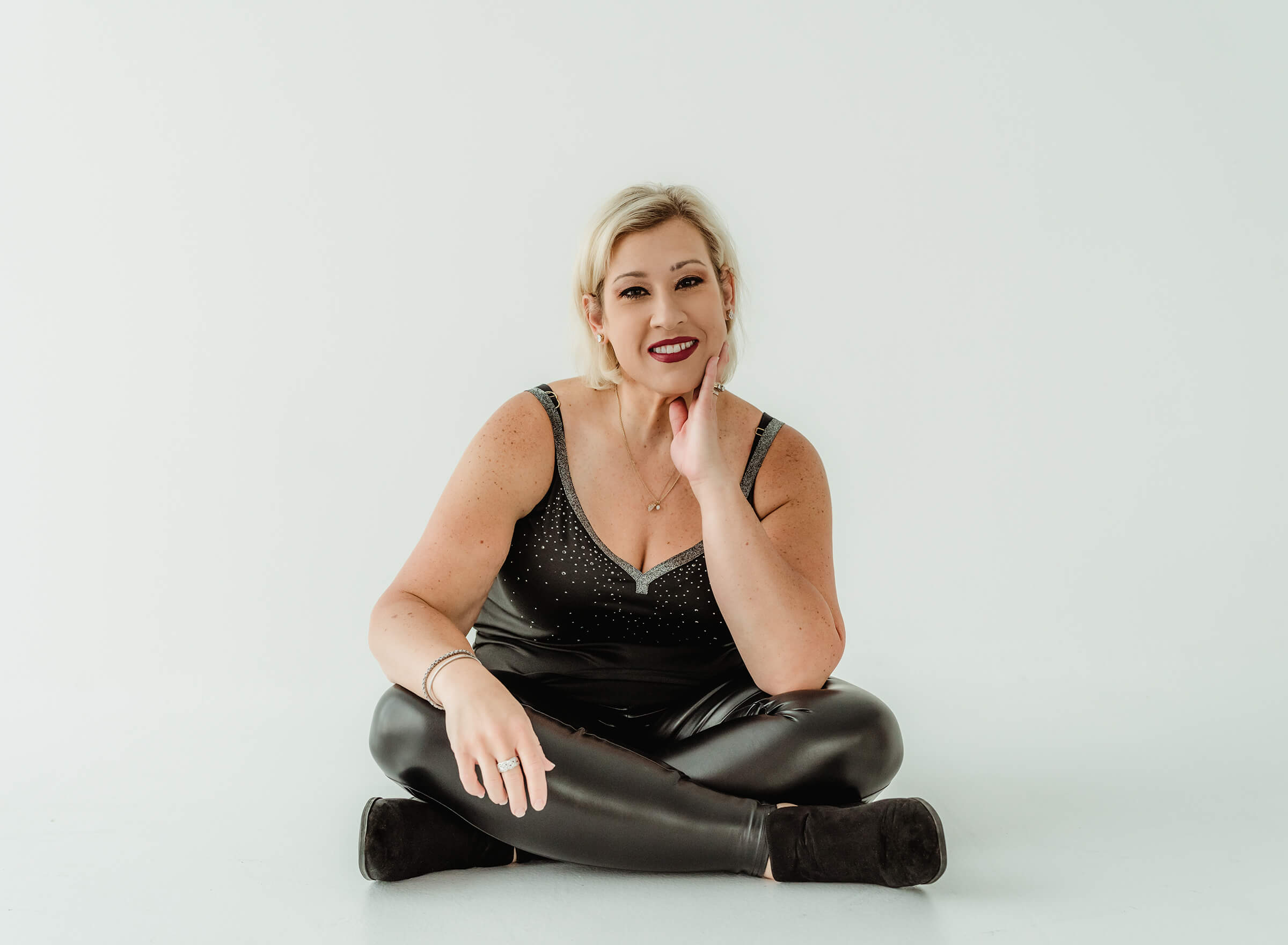
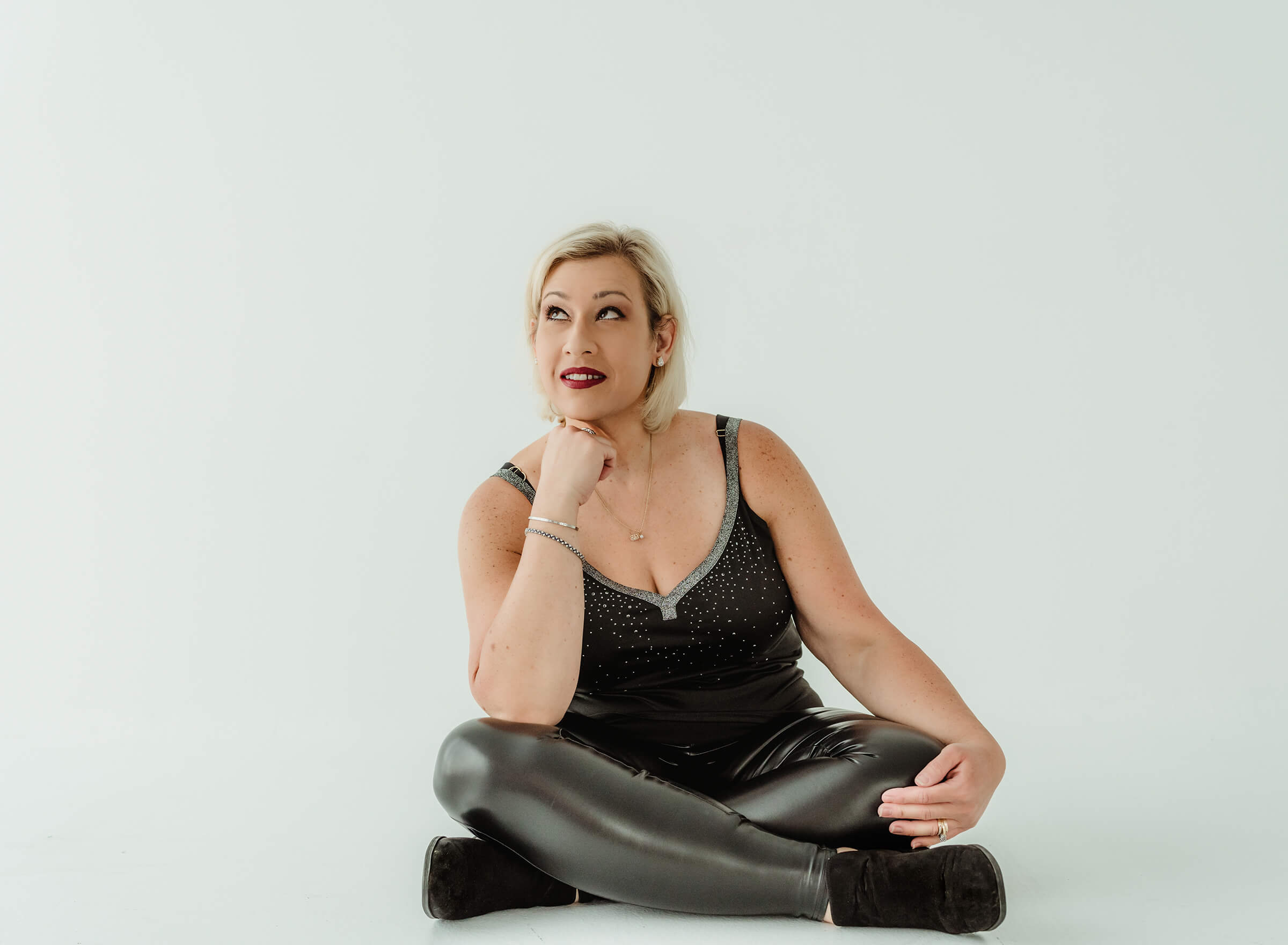
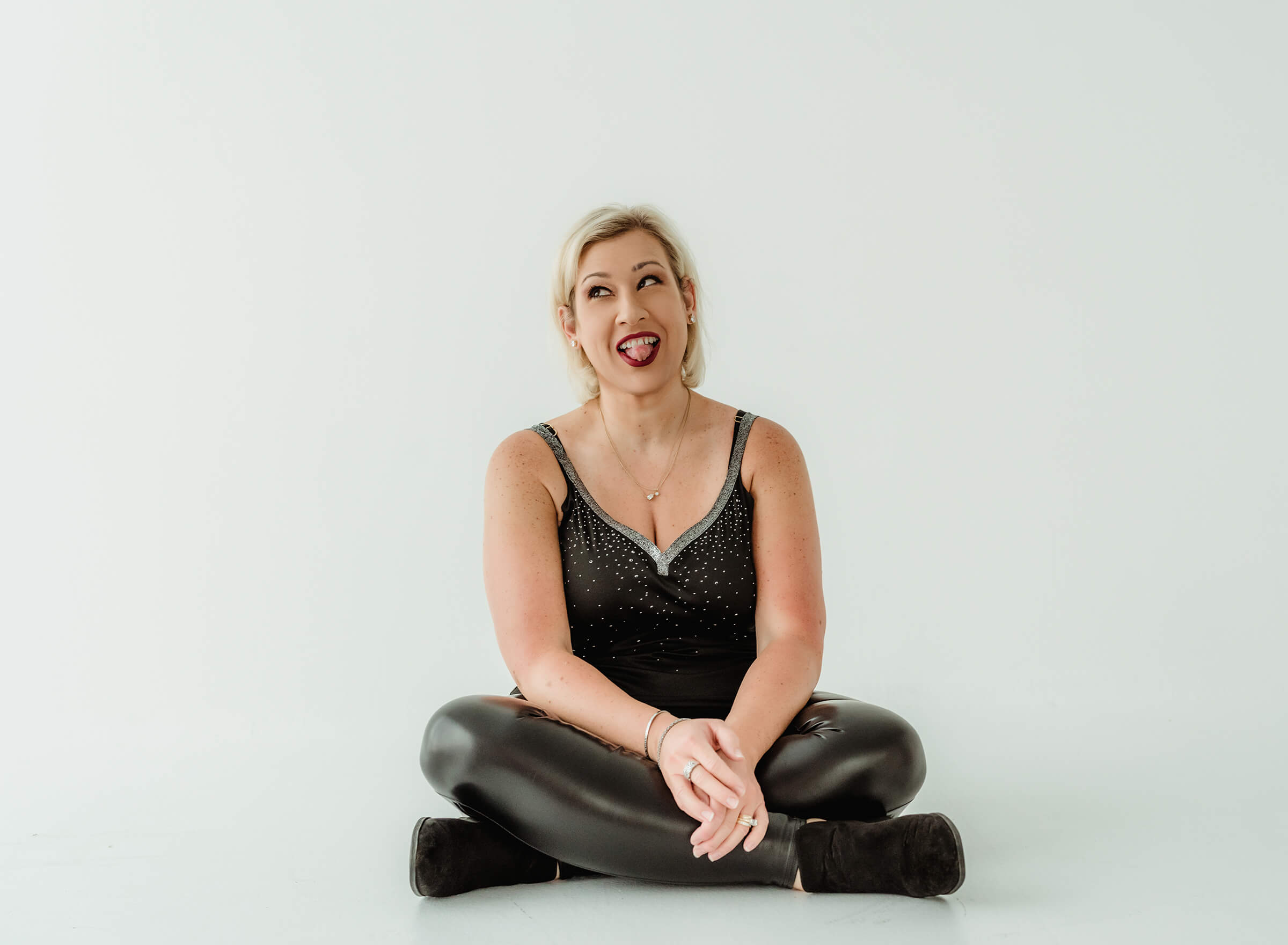
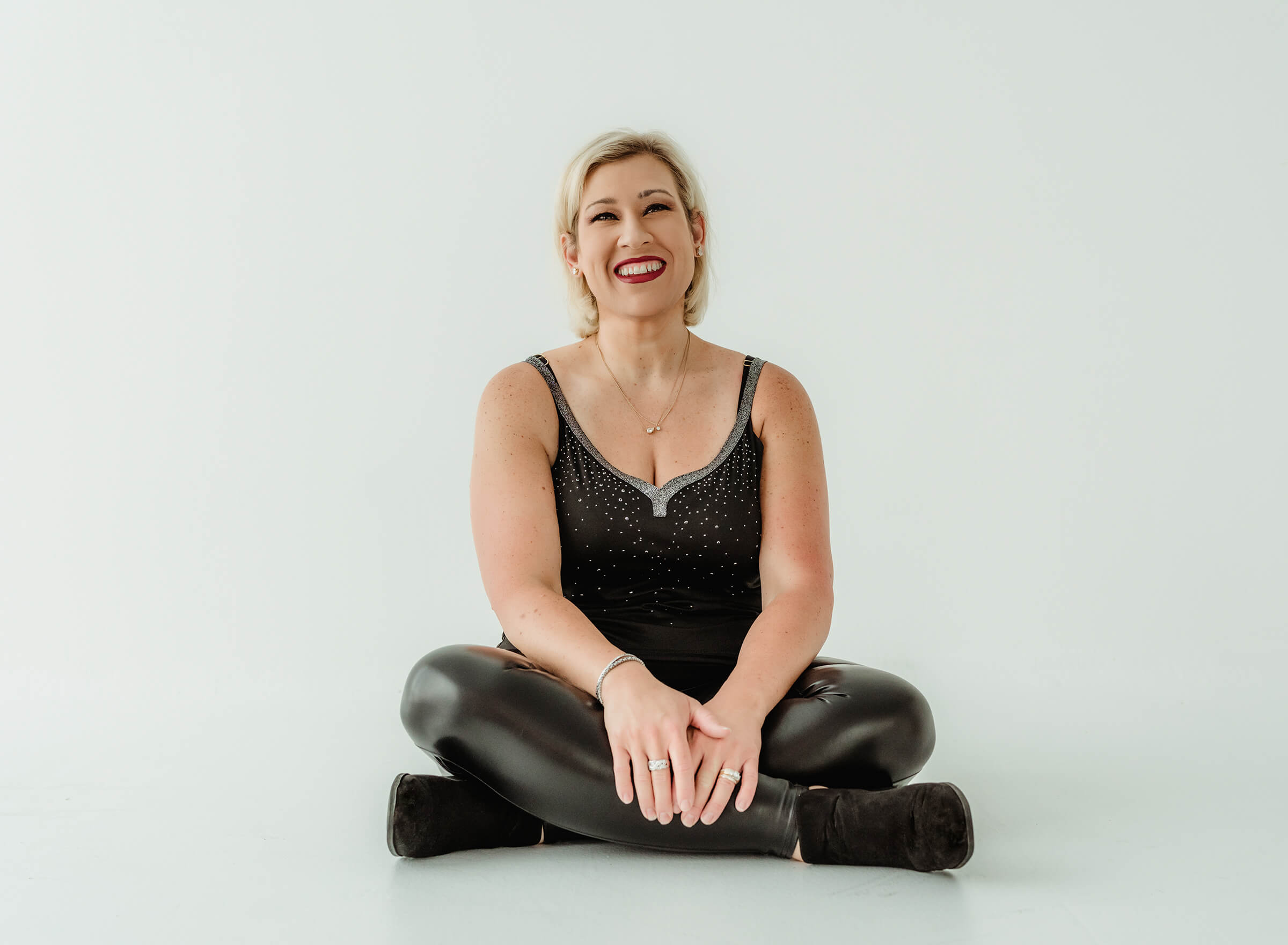
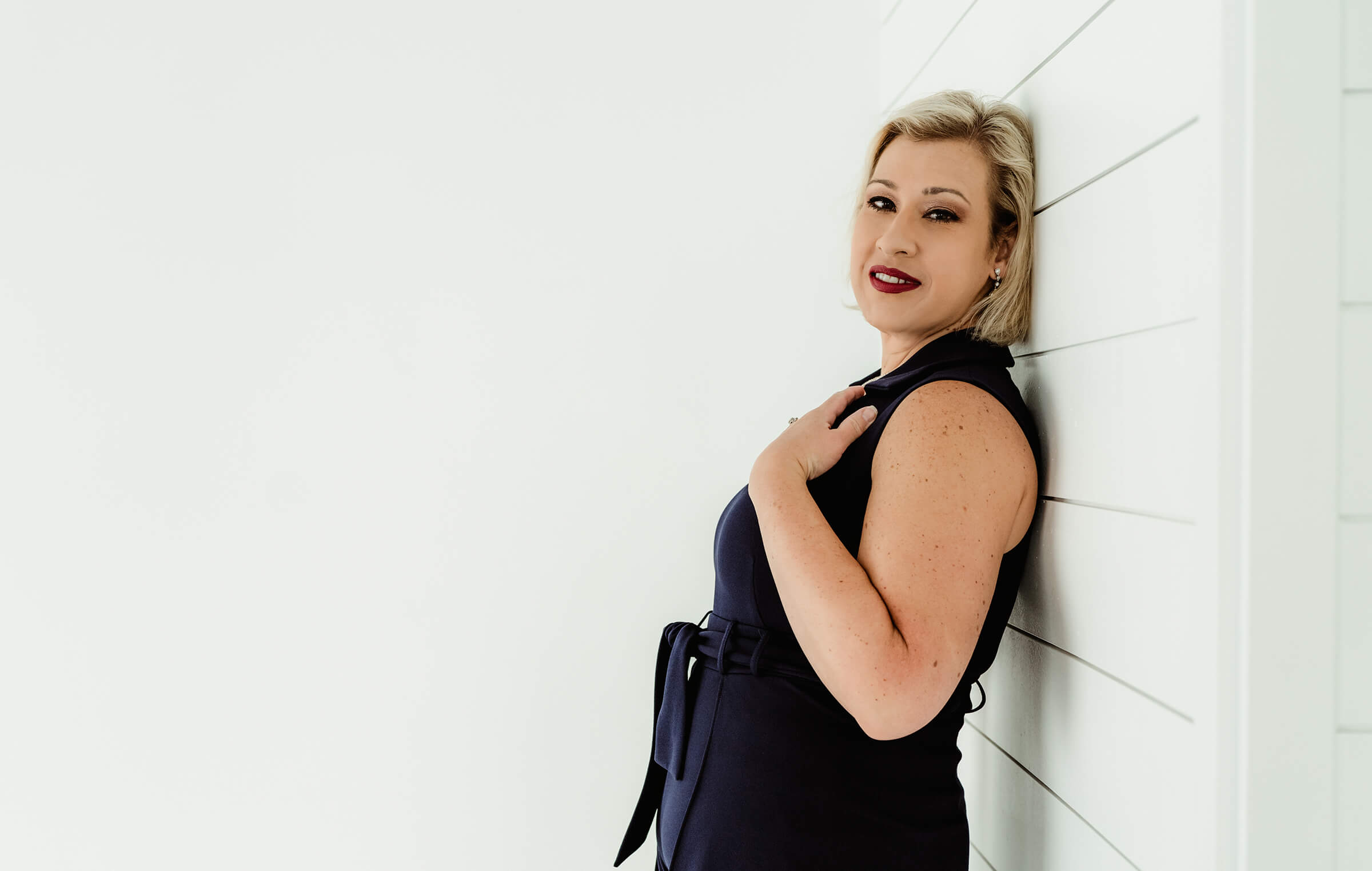
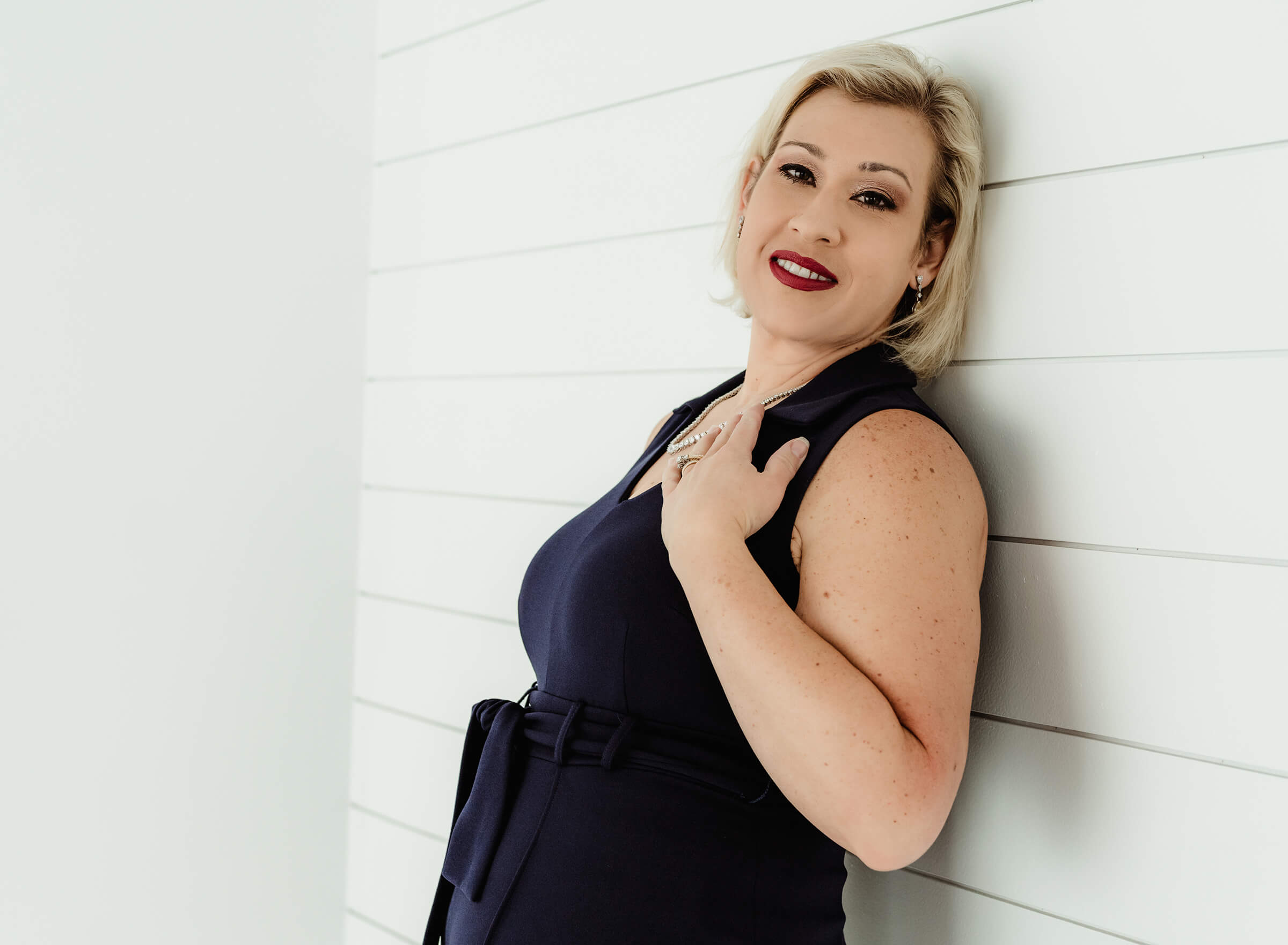
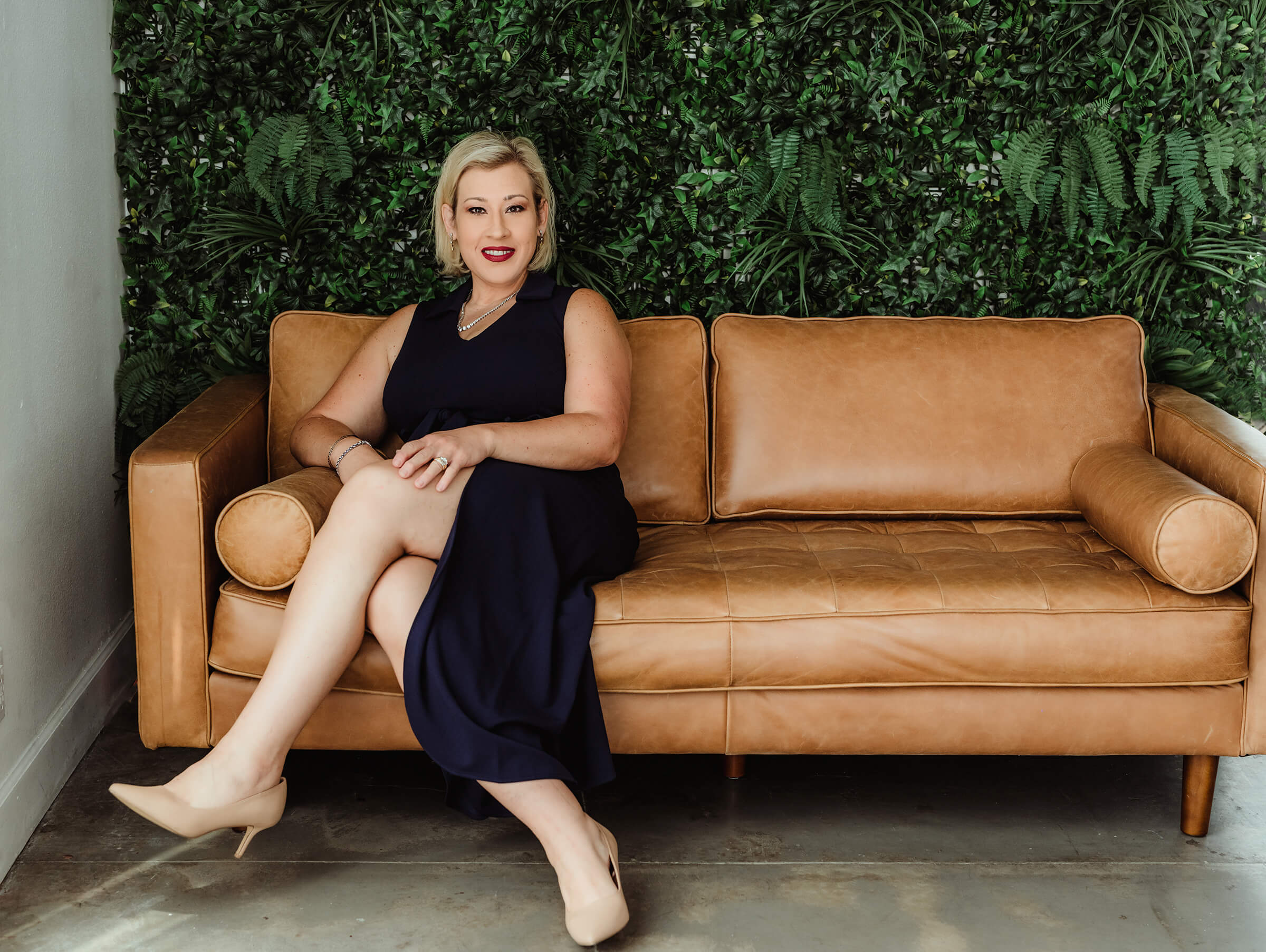

Friday, December 16th, 2022

A Journey Through Postpartum Depression
Celia’s story is important; as the winner of my 2019 ‘The Story’ giveaway, I am grateful she is willing to be vulnerable and transparent in telling her journey through postpartum depression.
Postpartum depression is prevalent worldwide. In the United States, the CDC reports 1 out of 10 women reports having symptoms in the past year. Rates vary from state to state and worldwide, but some estimates are as high as 1 out of 5 women. While a history of depression and anxiety can increase the risk of postpartum depression and anxiety in women, other risk factors can play an important role, such as; poor social support, birth trauma, and recent stressful life events.
Postpartum depression has been taboo for many years, often because women and their families are afraid of speaking up about it out of shame or fear of being judged.
Celia had such a beautiful way of expressing her feelings and journey in her own words, so without any further ado, here is her story and her film.
Postpartum depression is a devastating condition that isn’t talked about enough compared to the number of women who suffer from it. These women must know they are not alone. I continuously struggle with the haunting memories and voices in my head telling me I’m a bad mother and that my son deserves more. At the same time, I feel ashamed to open up to the world regarding my condition and what feels like permanently branding me as a bad mother; that feeling pushes me to talk about it. We do NOT deserve to feel embarrassed or stripped of our character; we did not choose this. Being a mother, in my opinion, is the most selfless act. We change our bodies for ten months and carry the scars and often insecurities. We tear our bodies in labor and have next to no recovery time. For many mothers, this transition is traumatic. It’s hard to identify who you once were when there’s next to no time for yourself or doing the things that once made you feel like you.

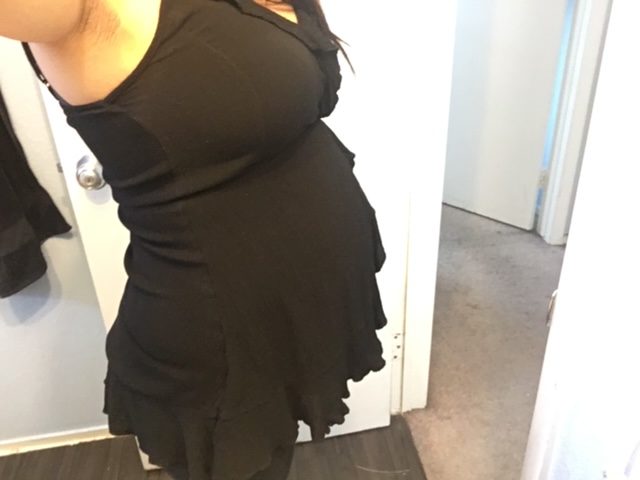
My husband and I were thrilled when we found out we were expecting. In my heart, I always knew he was a boy. Within 13 weeks, we chose the name Oliver. I was extremely sick throughout my pregnancy; I remember being unable to eat for multiple days at a time. I was often bedridden with severe vertigo and unable to attend work.
Nonetheless, I loved every moment I got to share with my son. I read many articles on parenting, attended labor and delivery classes at our hospital of choice, prepared my hospital bag, and bought the highest-reviewed products to welcome Oliver home. Never in a million years would I have thought to prepare for what would happen.
I still get choked up thinking about the terrifying day on November 6th, 2018. I had an appointment with my high-risk pregnancy doctor, Doctor Woods, to monitor my son’s well-being. The technician searched for my son in the ultrasound, then immediately called the doctor. I was informed that I had 2 cm of amniotic fluid, and 5 cm was typically cause for concern which she would send someone to the hospital for an IV. They immediately contacted my delivery doctor. I was told I needed to deliver directly before my son went into distress and didn’t even have enough time to run home to grab my delivery bag.
Everything I had prepared for went out the window.
I expected to be sent to multiple waiting rooms (as rehearsed in my classes) but was quickly taken into a private room with multiple monitors on my stomach. The induction began almost immediately. I recall the pain being unbearable. There were no breaks in between my contractions; there was no tranquility or magic at the moment. I continued to vomit throughout the induction and recall being weak from a lack of rest, water, and food. While I most feared the epidural, I was weak and hardly conscious of its application.
Twenty-five hours later, it was finally time to push. My epidural was turned off so I would have the urge to push, but the pain was unbearable. I couldn’t tell the constant pain from contractions. I recall the nurse yelling that I had to push my son out, but I mentally shut down. My doctor was assisting another patient (later communicated to me), and the only ones in the room were my husband, a nurse, and an EMT student brought to learn. I remember crying, trying to communicate that I couldn’t push him through, no matter how hard I tried. Instead, my nurse took the route of “tough love” and told me, “well, it’s too late” or “you have to.”
I felt backed into the corner, in pain, with no-one understanding that my son would not fit (perhaps through the stress and fear I was physically not stretching). In what felt like an eternity later, my doctor appeared, and I received an episiotomy. My son was delivered on November 7th, but it was not a magical moment.

I lay there, shaking from the pain, while the medical supplies on my doctor’s gown (probably a stethoscope) reflected the bloody mess of my flesh being sewn…slowly. It was like a nightmare, I recall pleading for something to help with the pain, but no one listened.
I felt embarrassed. All the courage I had practiced, the selflessness of reminding myself, “all that matters is getting my son here safely,” had failed me. I was simply the worst patient of their day, the mother who couldn’t do what all women’s bodies were built to do. There was no time to focus on my mental health; immediately, I was told it was time for “skin-to-skin contact” and nursing. My son immediately loved me. When they handed him to me, he knew I was his mother and stopped crying. When my family tried to hold him, he cried until he was in my arms once more. I, however, did not feel that bond. Instead, I felt duty. I knew my duty was to nurse him every two hours, to do everything the doctors instructed me to do.
Reflecting on it now, after all the traumatic months my body endured, it was vital for me to rest. Instead, I bore additional responsibilities with no rest. I was too busy adjusting to my new list of duties to slow down and ask myself if I was ok if I needed help.
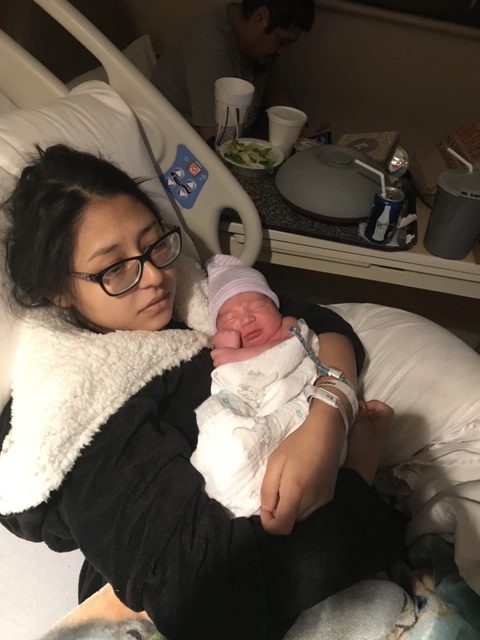
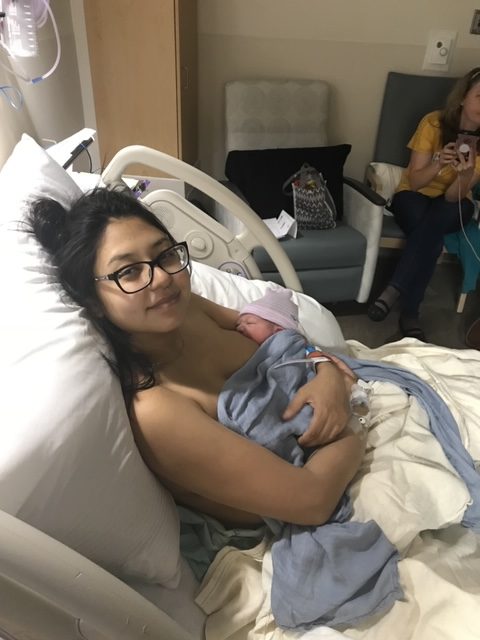

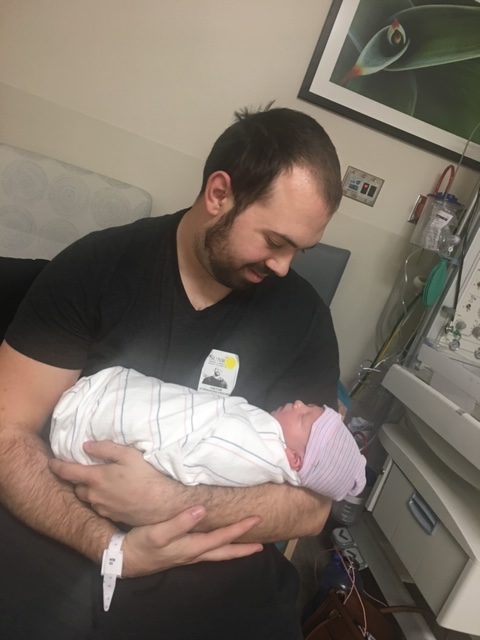
I was discharged on November 8th. I recall the night it “hit me.” My husband asked to shower, and for the first time, I would be left alone with my son, who was resisting rest. As I sat there, an overwhelming flood of emotions hit me. I did not want this life; I had made a huge mistake. I was not fit to be a mother, and there was no going back. What would everyone think of me? What would my husband say? Would he leave me? I broke down crying and could not stop. I was in the darkest place. My life felt like a box of emptiness, and everywhere I turned was a wall telling me I could not get out.

I remember watching my husband confronted with the news, the exhausted look on his face as he desperately tried to put my son to sleep. He looked miserable. But I could not get up—the weight of these emotions lay over my body. I couldn’t move. I insulted myself and ensured I felt every bit of the self-deserving misery for being selfish and ordered myself to get up…but I could not”
Although my family told me to call them if I needed anything, I was too ashamed. I asked my husband if we could call his mother because she had previously offered to stay the night if we needed her. I fell asleep during the time that she arrived. Whispers awoke me outside of my bedroom. She told him it was too late for me to change my mind, that it was motherhood and I needed to get up. Dread filled me; could anyone help? Was I stuck?

Suddenly I no longer felt like an adult; I felt like a pathetic child being scolded. Early in the morning, she awoke me to breastfeed my son. I struggled as he failed to latch and screamed of hunger. His cries pierced through me; I hated being a mom. I hated breastfeeding. But I couldn’t tell her that because I feared judgment.
While our son slept, we called every hotline we could google. We even called the hospital and my OBGYN office. The hospital staff asked to speak with me and asked if I would hurt my child or myself. I was terrified they’d take my child and felt disgusted at myself for even being a risk. When they felt I wasn’t an immediate threat, they told me they suggested getting admitted to a psychiatric ward. I asked what would become of my son and husband, who was also a first-time father and was told they’d be fine without me.

We went to my sister’s house to visit my family. The truth is it brought comfort being surrounded by parents who know how to attend to my son. They held him while I lay. Still, I stayed silent about my feelings and what I was experiencing, hoping they would somehow go away. For the first week, my husband’s mother stayed with us. She assisted in watching him at night so that we could get some rest. But I couldn’t sleep. I was devastated, depressed, and terrified. Overwhelmed and crying, I texted my sister, “there is something wrong with me.” She assured me it was normal, and everything settled down after 60 days. But my final text to her that night said, “I don’t think I love him (my son).”
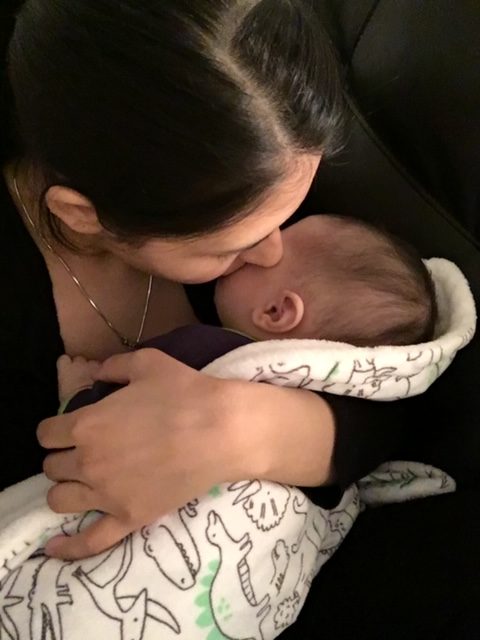
I had no idea what I was up against; no one in my family had ever suffered through postpartum depression. My biggest fear was that I would end up on the news that I would harm or kill my child. During this rough period, I did the only thing I could truly admire about myself…I informed everyone around me that I was “sick.” Many of the responses were that it was normal. I was even told it was a result of my “gut” and deficiencies in vitamins. I felt pressured to breastfeed, although it was one of my biggest triggers aside from my son crying. I felt ashamed to give my son formula by my in-laws. I would hear my mother-in-law arguing with my husband outside our bedroom. I felt so insecure about my underproduction that I would feed my son formula throughout the day and pump breastmilk to the store so she could feed him when she’d watch him. I hid that I couldn’t produce enough or that he wouldn’t latch. I even recall a moment when 2 ounces of breastmilk spilled, and I nearly had a mental breakdown.
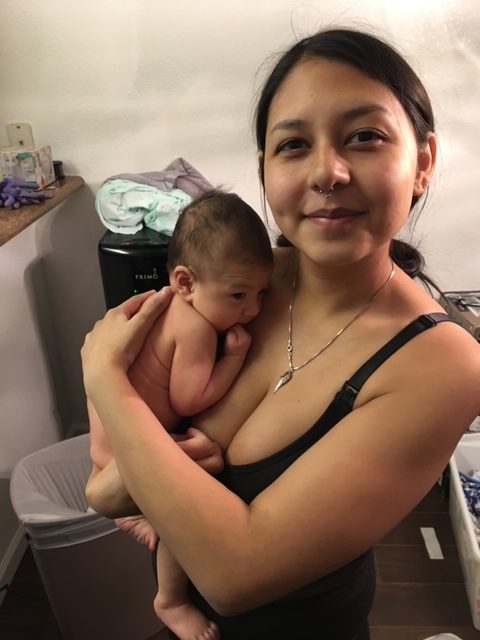
Returning to work was a relief. It allowed me to focus on feeling like an adult again and not feeling “broken” at home. No one at work knew I was suffering, and that helped. Everyone talked about how devastating it was to be away from their newborns, which made me feel guilty. For the next eight months, I didn’t spend longer than a few minutes alone with my son. I stayed at my sister’s after work every day until midnight, when my husband came home. I endured so many moments of pain during this period. My in-laws would often talk about me in reference to mental health, although I sat across the room. Every word pierced me, I had always held myself highly as an intellectual person, and now I felt stripped, insulted, betrayed, and certain they thought I was “crazy”. . Yet, all I could do was thank them for helping me with my son while I was at work.
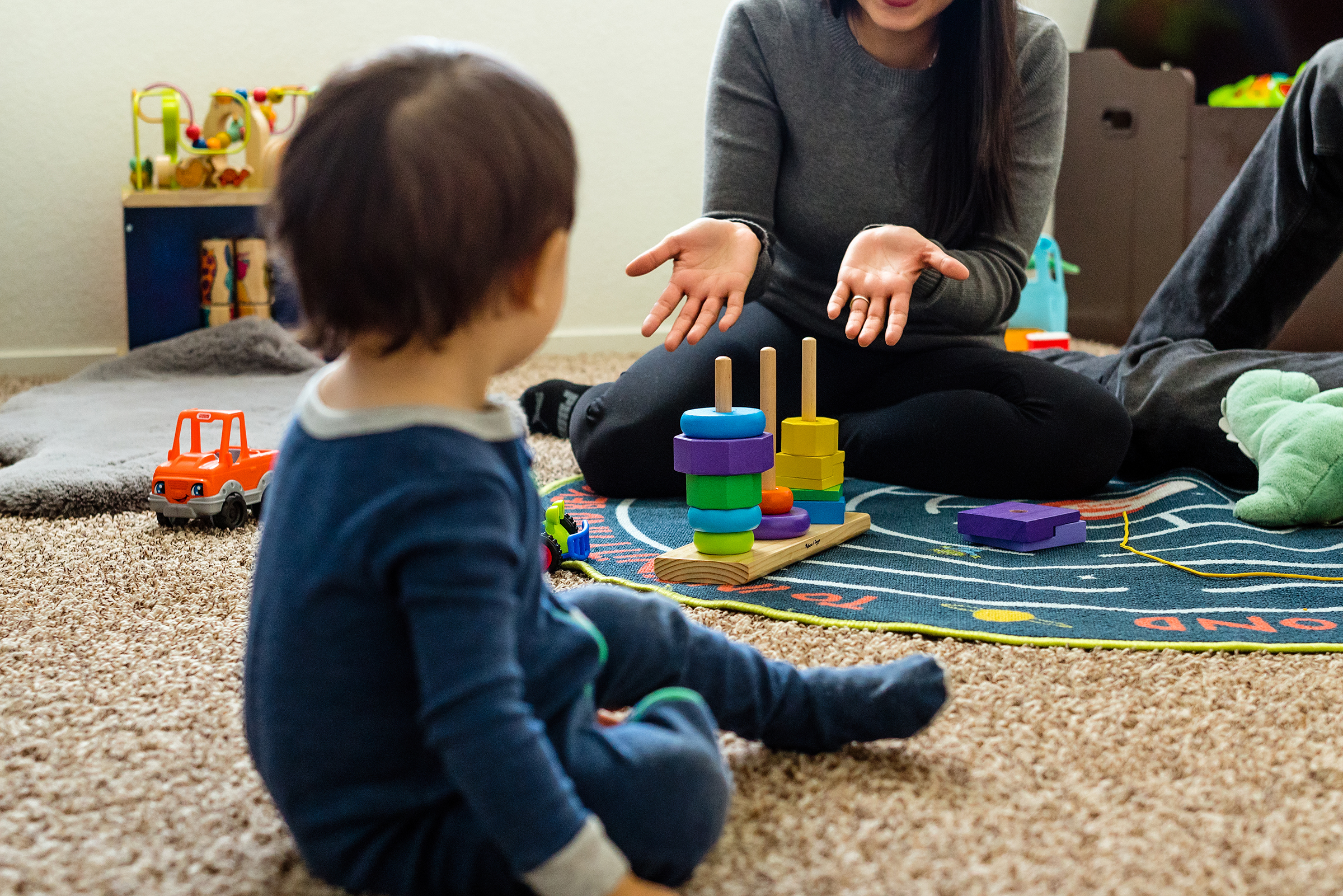
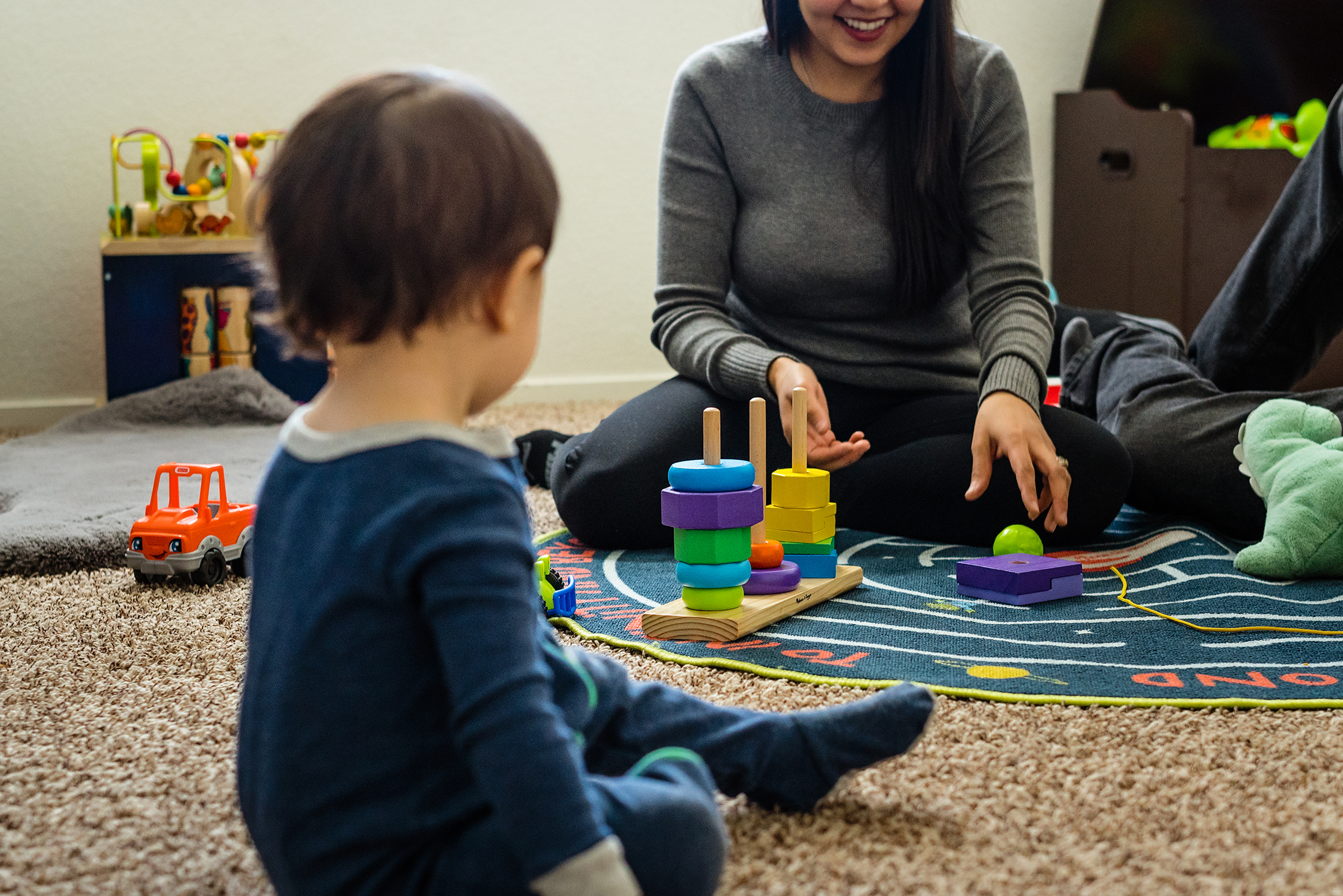
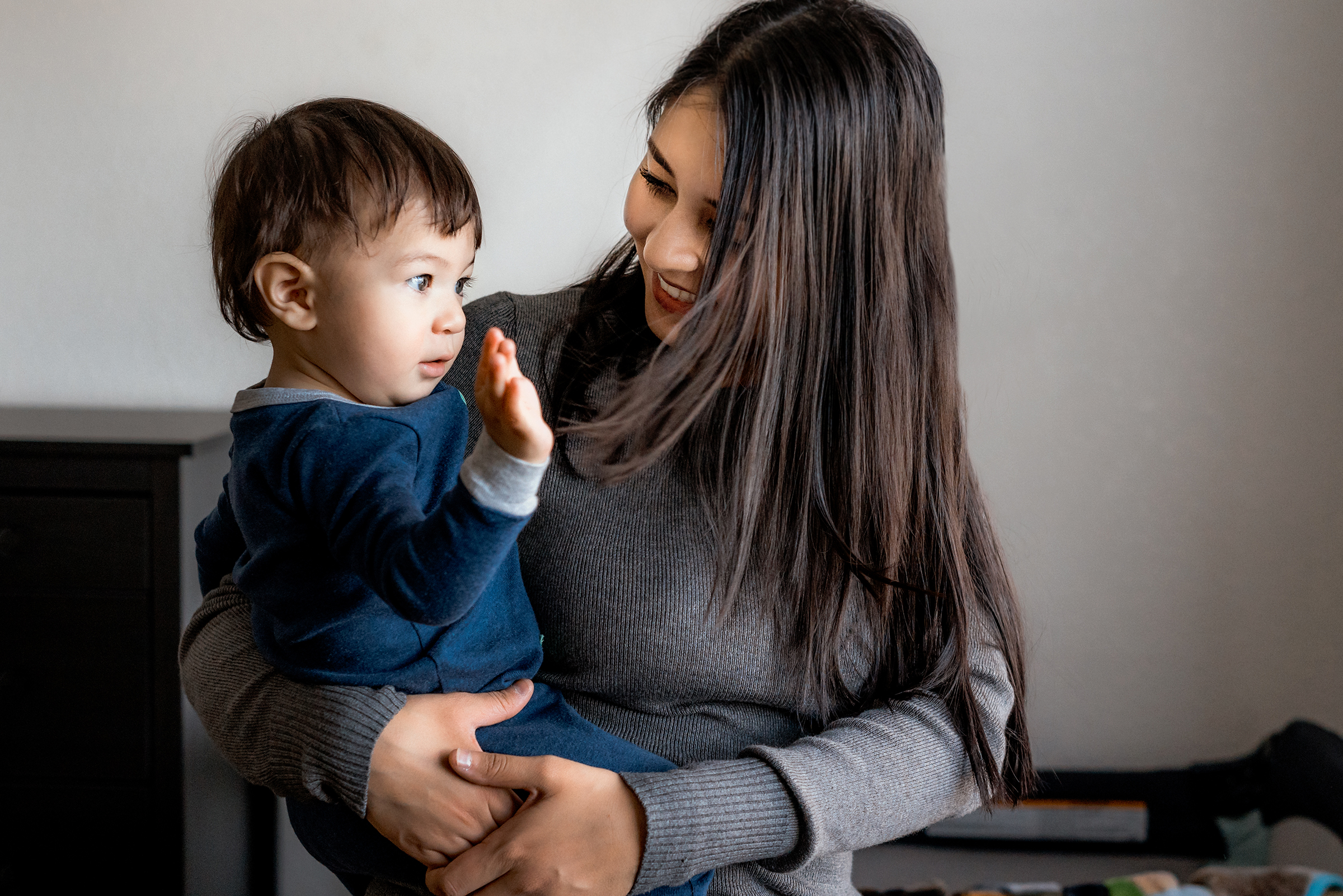
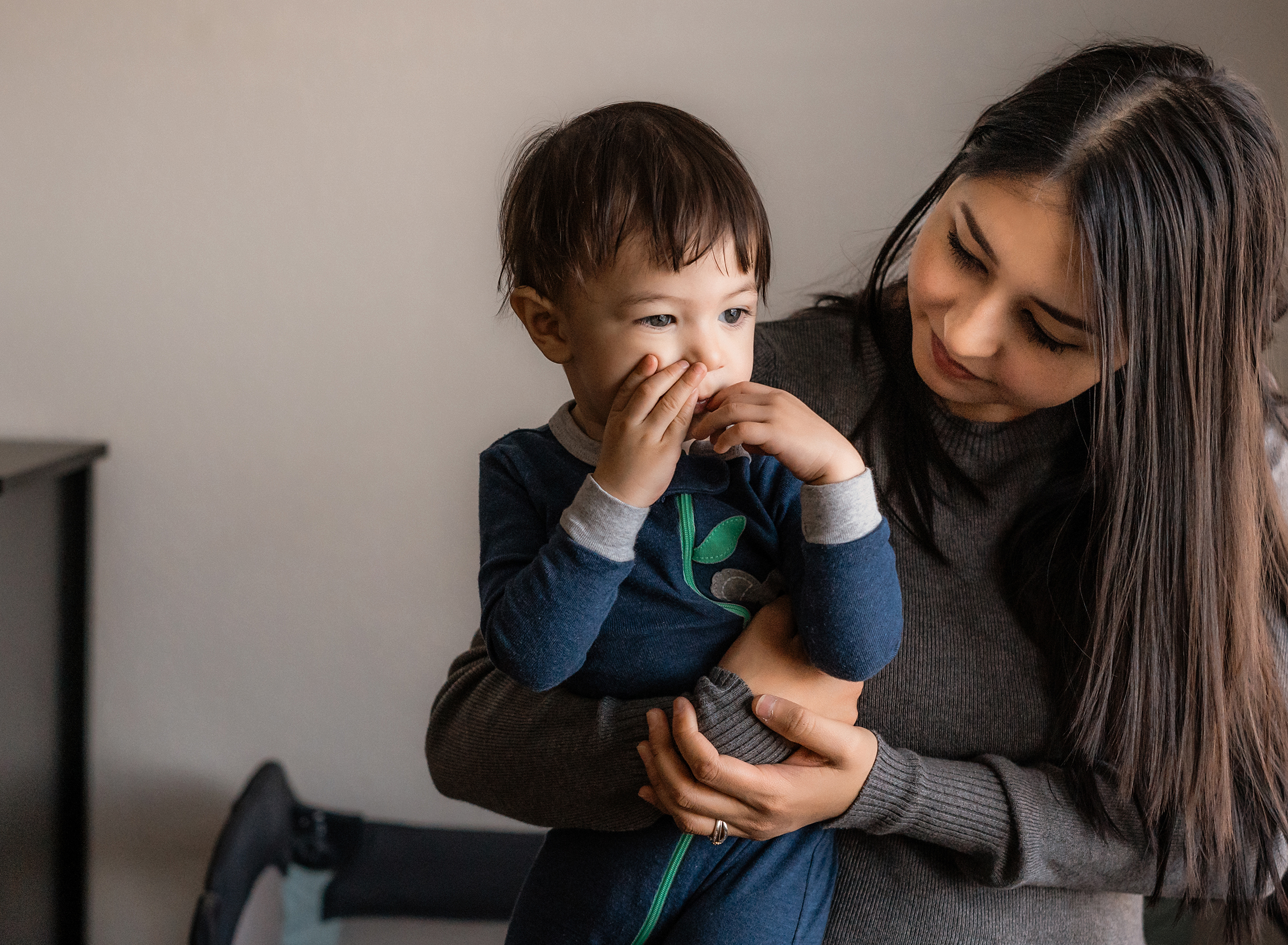
I recall nights being the most difficult. It was November, so it would become dark around 5 pm and extremely cold. My son slept at 1 ½ to 2-hour intervals. I often questioned how much sleep deprivation it took to die. Due to my stitches, I was scared to eat solids (because stools could tear your stitches), so I often didn’t eat and just consumed coffee as a pick-me-up. I almost felt “fine” in the day (I usually had my family help with my son), but it would fall apart at night. I recall lighting multiple candles and even leaving our Christmas tree up to distract me from the “darkness.”
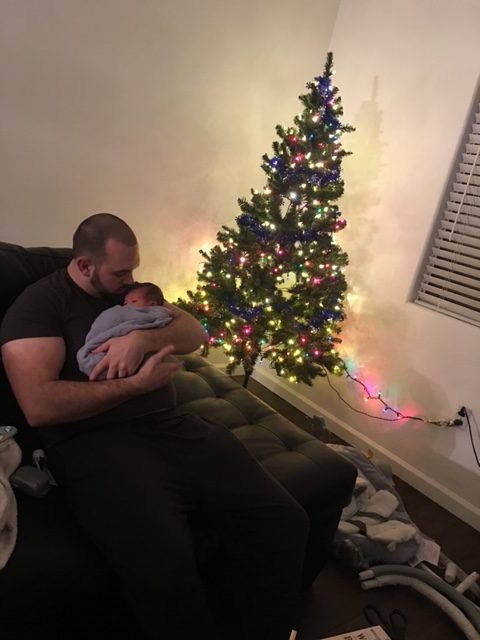
One memory that stands out to me is when my husband and I were sitting on our couch. My mother-in-law had just put my son to bed and take him to her room. I recall crying, telling my husband I was no longer “me.” How unfair it was that everything I’d ever been proud of, every trait I’d ever developed, was gone, and all I had left were little glimpses of memories. I often had dark thoughts in my head, and sometimes they consisted of fantasizing if I abandoned my family or ended my life or if we lost our son and if our life could get back to “normal.” Every day I felt like I was battling for my soul, and the best I could do some days was ignore my thoughts. I’d block the dark thoughts, pay no attention to them, and mindlessly complete my duties as a mother. I stopped trying to ask myself if things would get better and focused on completing one day at a time.
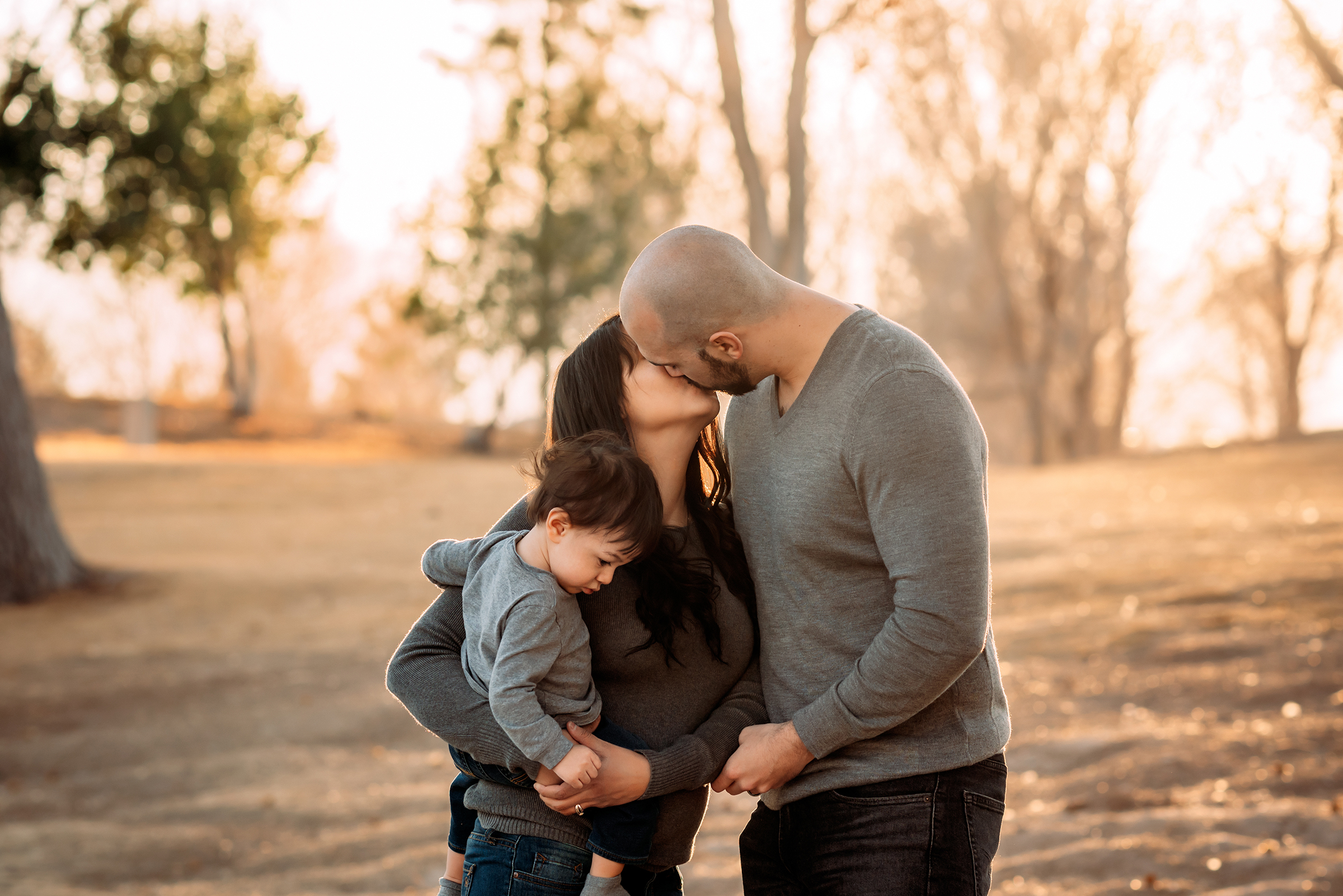
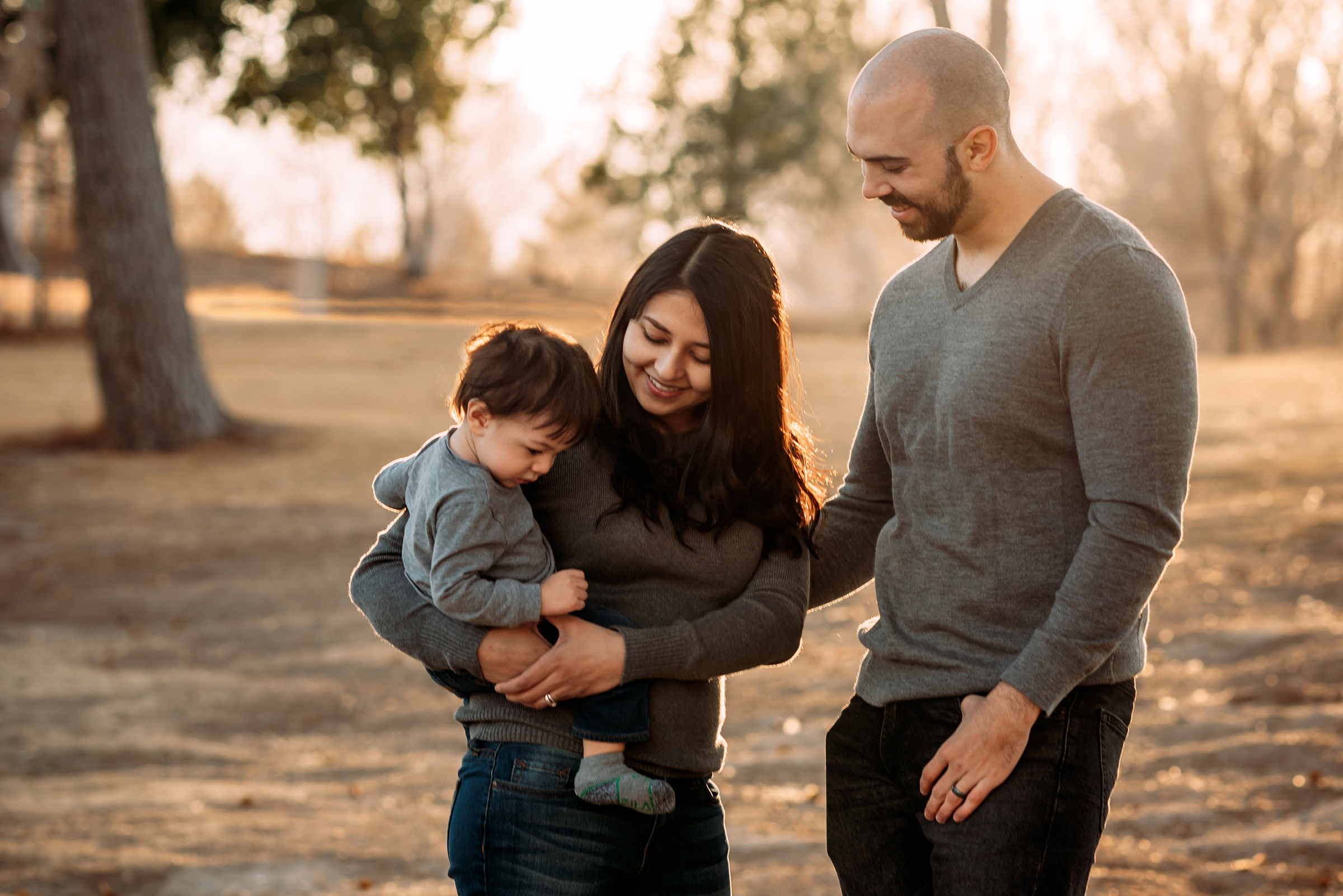
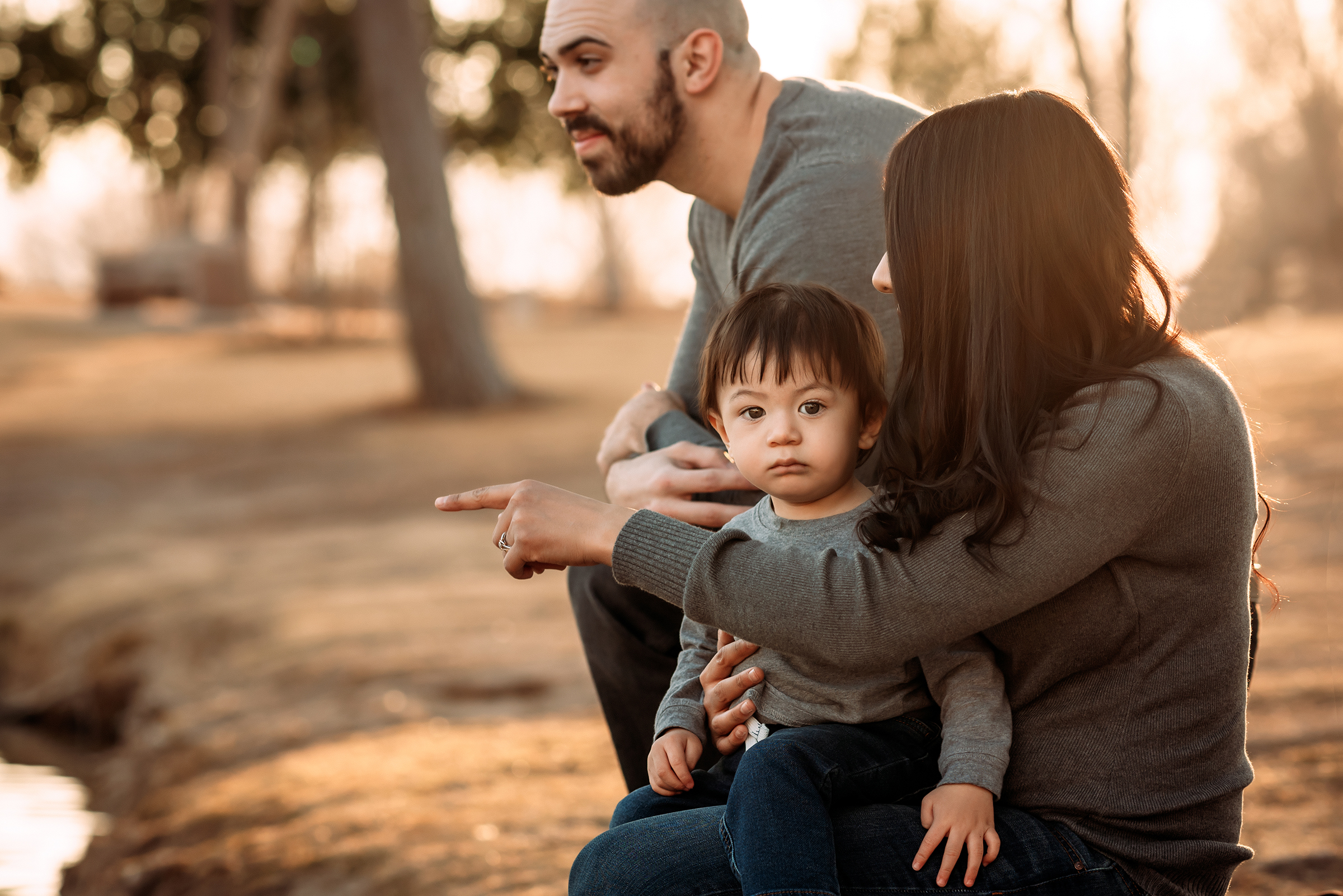
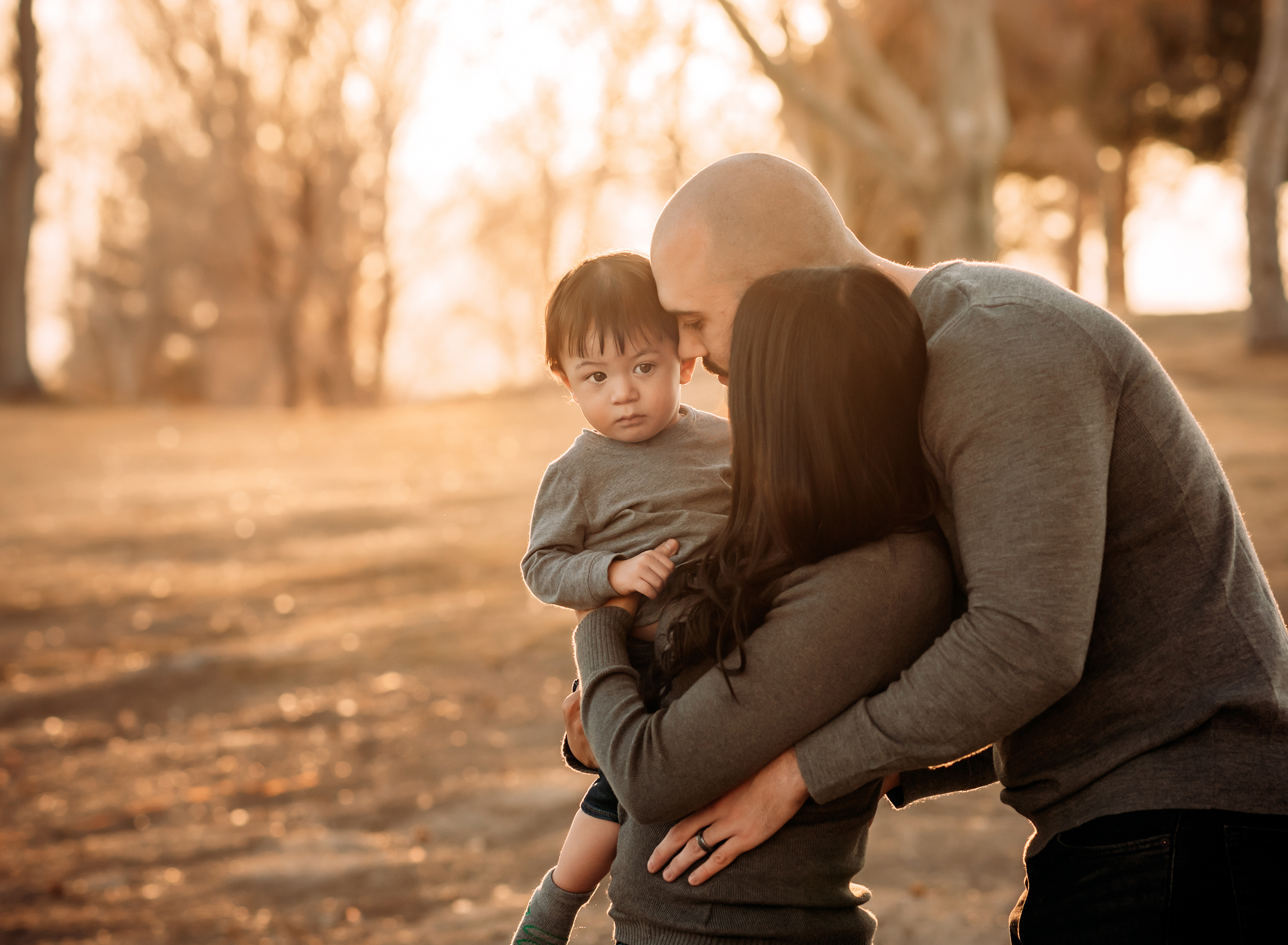
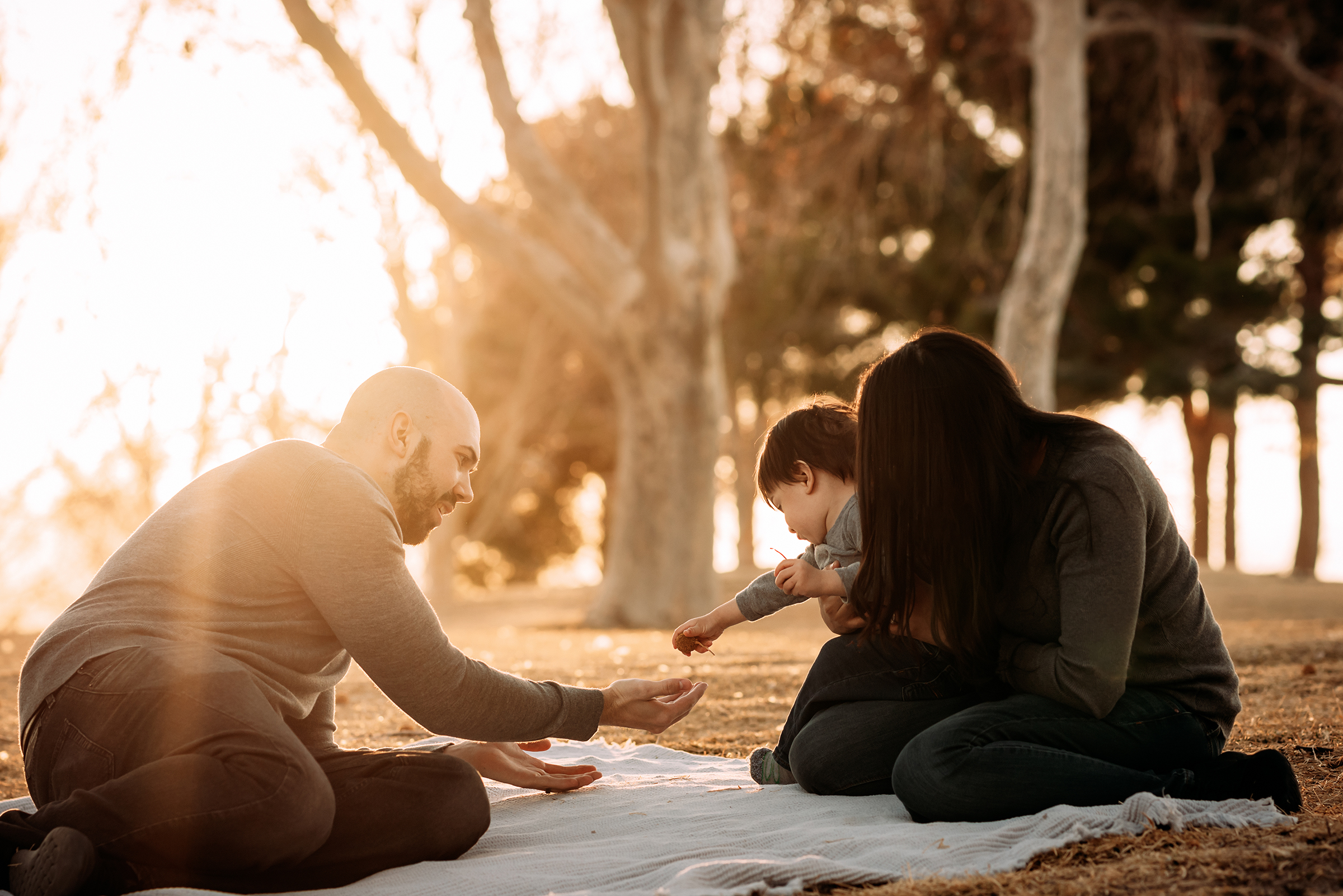
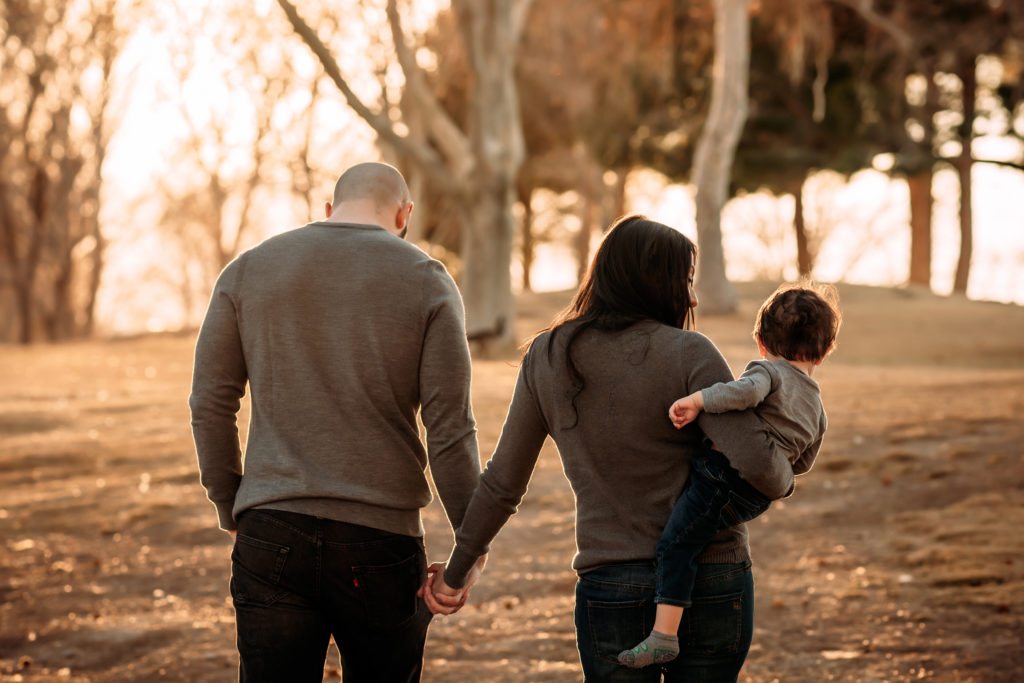
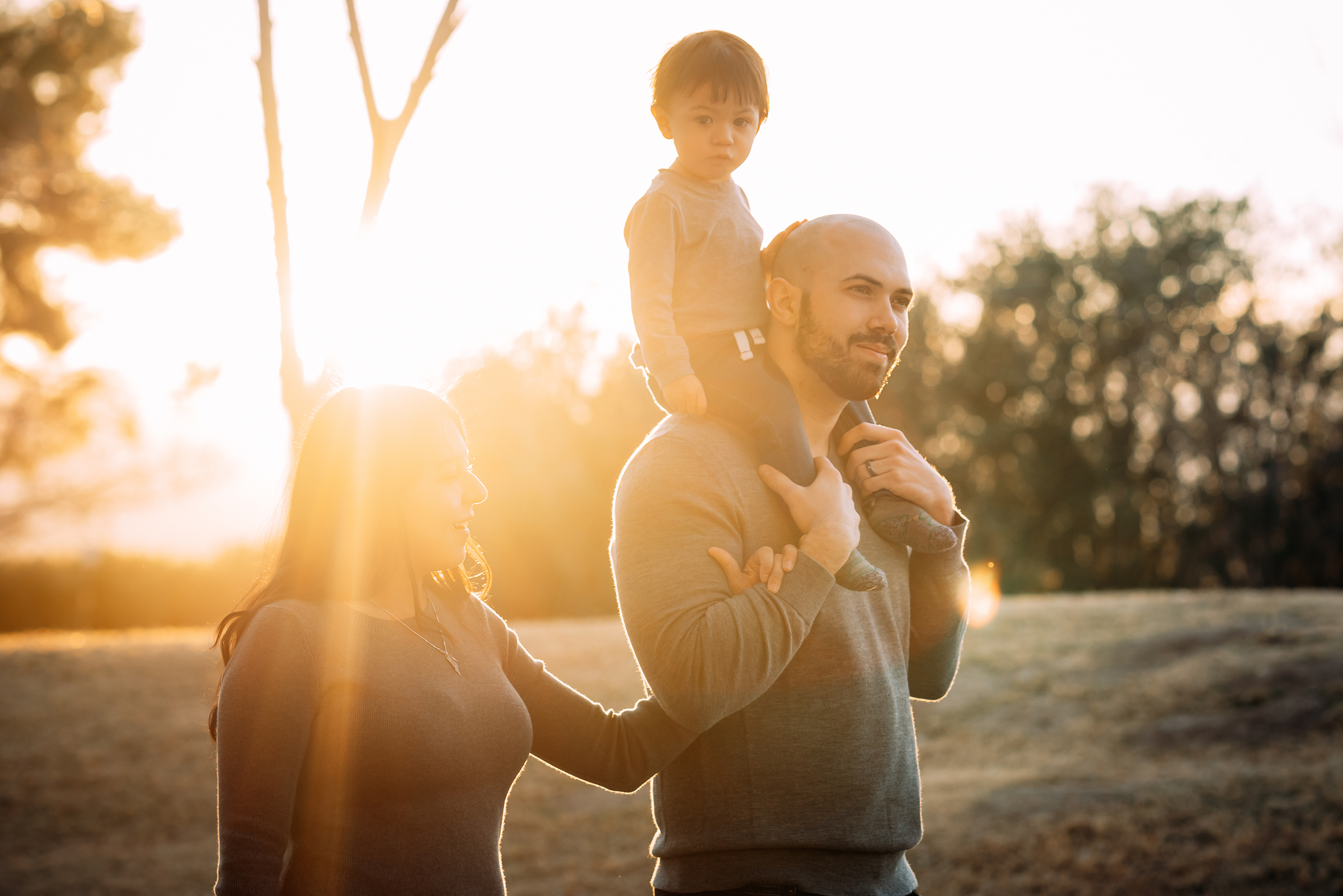
Many times in my journey, I felt “recovered” and then would relapse. I knew I’d relapse because from feeling secure and understanding my son, I’d suddenly feel terrified and like he was a stranger. His cries would send chills throughout my body, and nothing could keep me warm. I had a breakthrough about 2-3 months postpartum where I recall looking at my husband and telling him, “I think I love him.”
I am 2 years postpartum, and I truly love being a mother. I never knew I could feel so at peace and overwhelming love. Sometimes at work, I almost start crying when I think about how much I miss and love him and watch his videos or look at his pictures on my lunch break. He drives me; he inspires me. I could not, nor do not ever want to picture my life without him. Oliver is my best friend and the little love of my life.

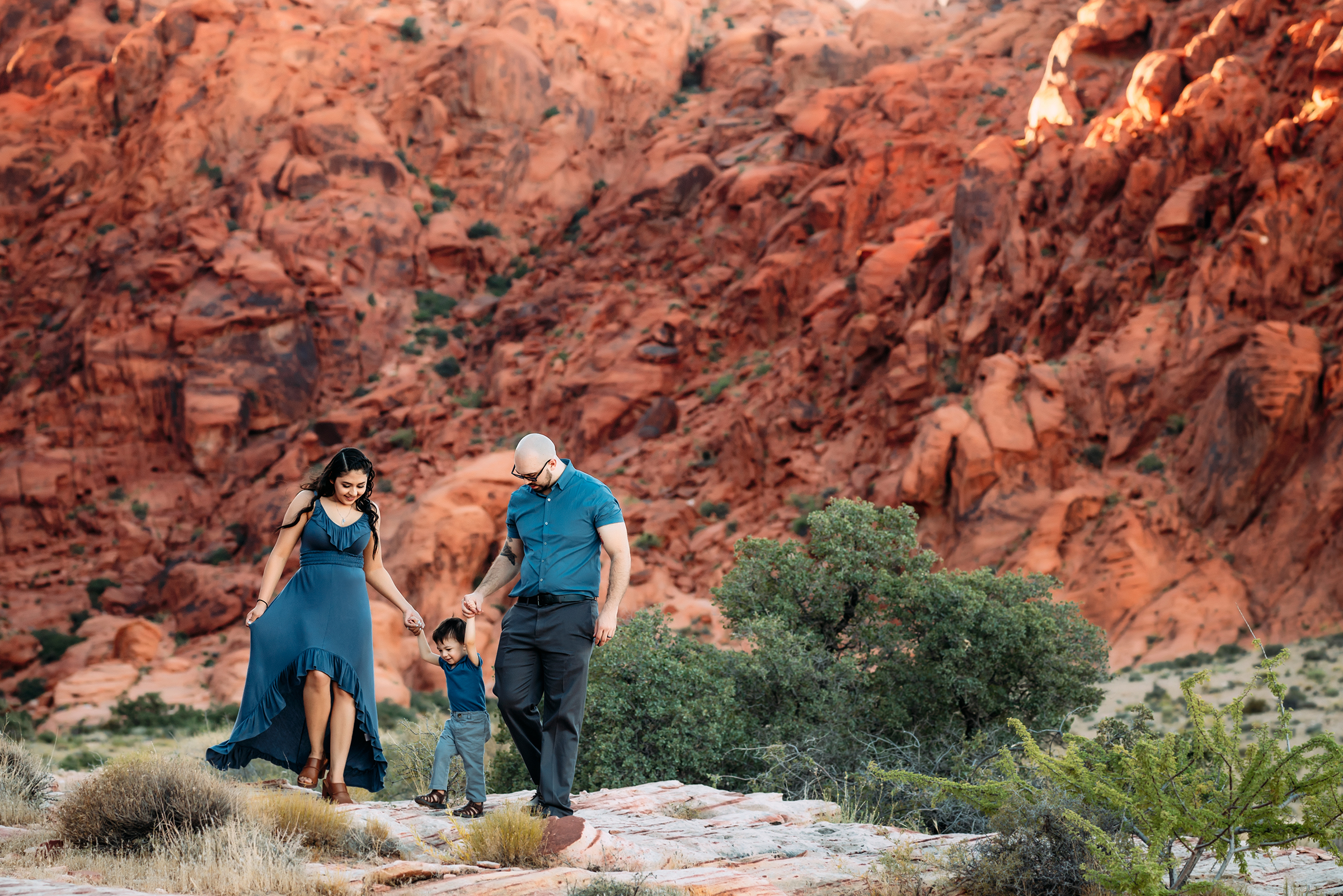
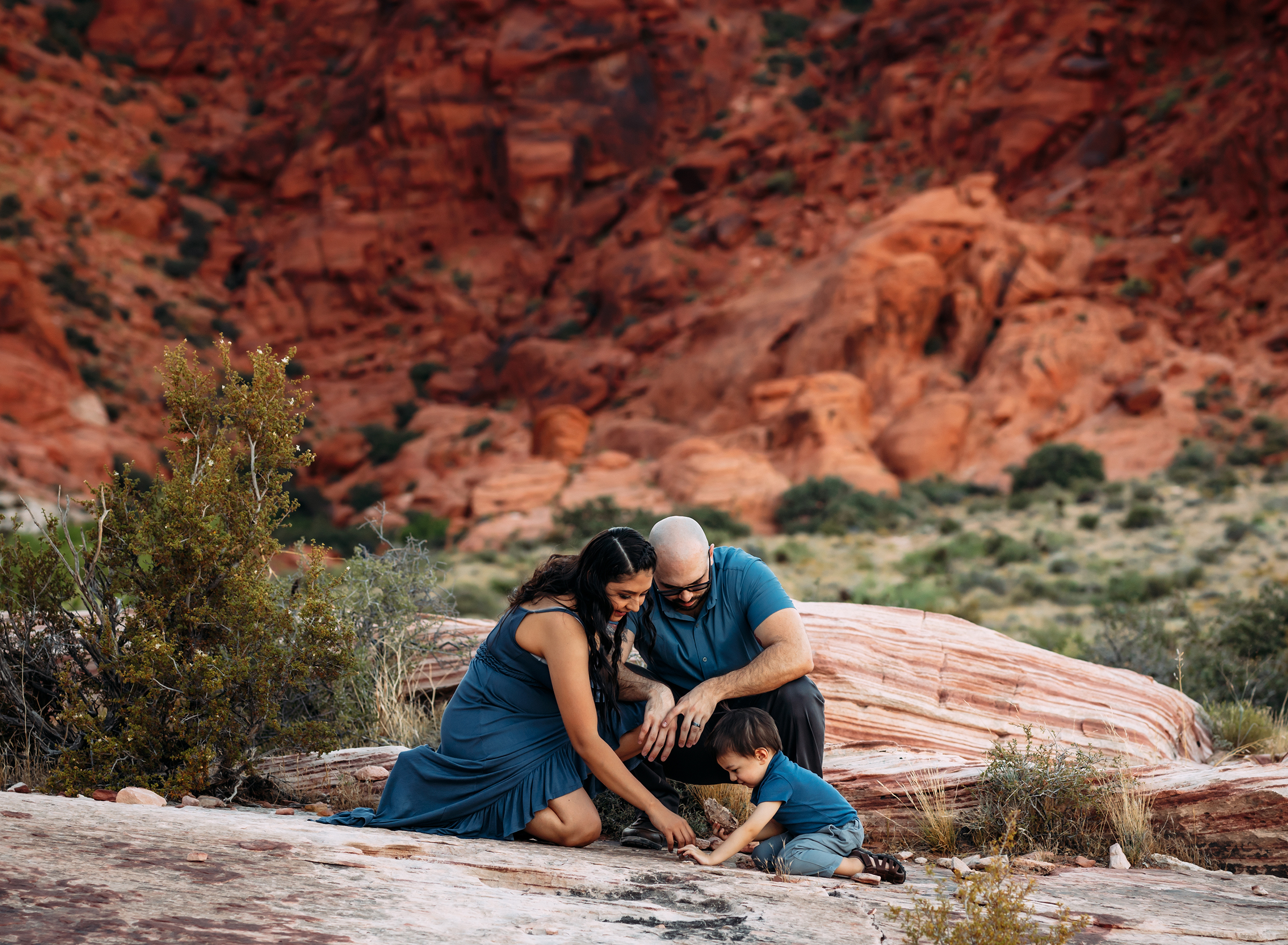
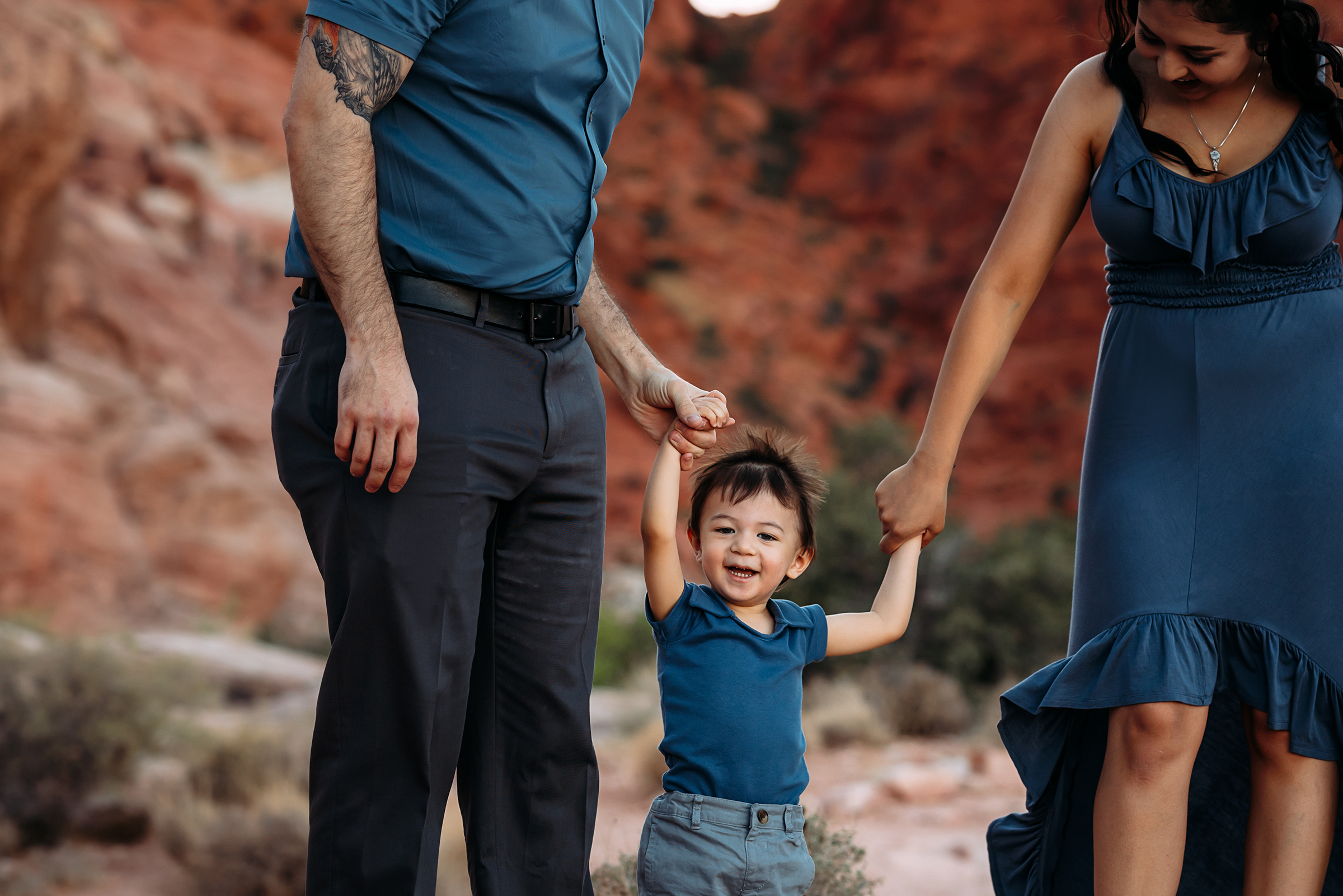
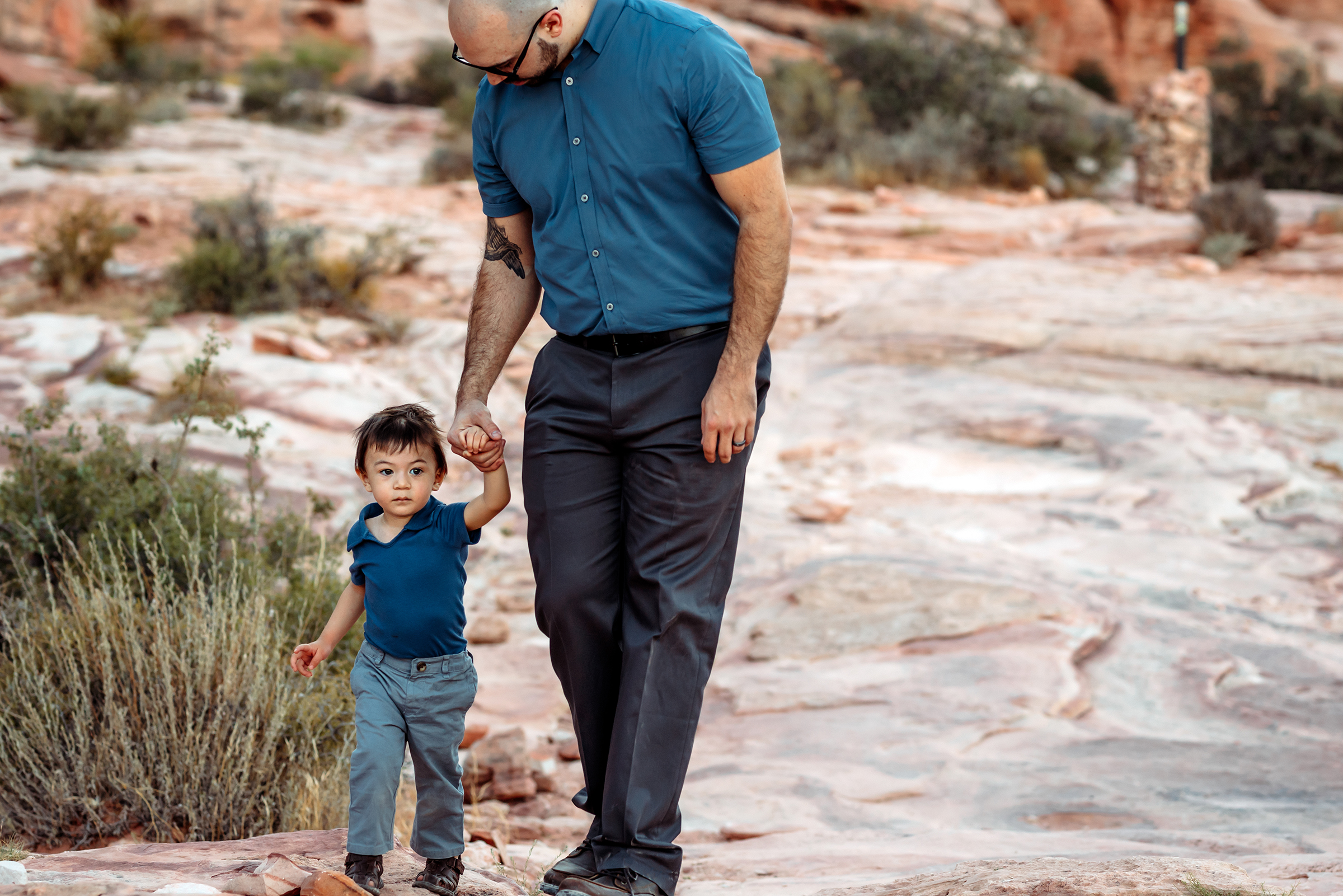
When I watch the news and see stories about mothers who harmed their children, it truly breaks my heart. I don’t know why I was blessed with the ability to recover, but I recall feeling so close to losing the battle. To all those women, I am so sorry they lost the fight. And yes, it is a fight. I remember two different personalities and voices fighting in my head between what was right and how I felt. As mentioned, it didn’t feel only like “depression” I felt like I was splitting into multiple personalities.
What I felt was most essential for my recovery was the love and understanding I had from my family and my husband. My husband allowed me to speak freely regarding all my emotions and thoughts. My family held and loved my son when I couldn’t. I am eternally grateful to them for that.

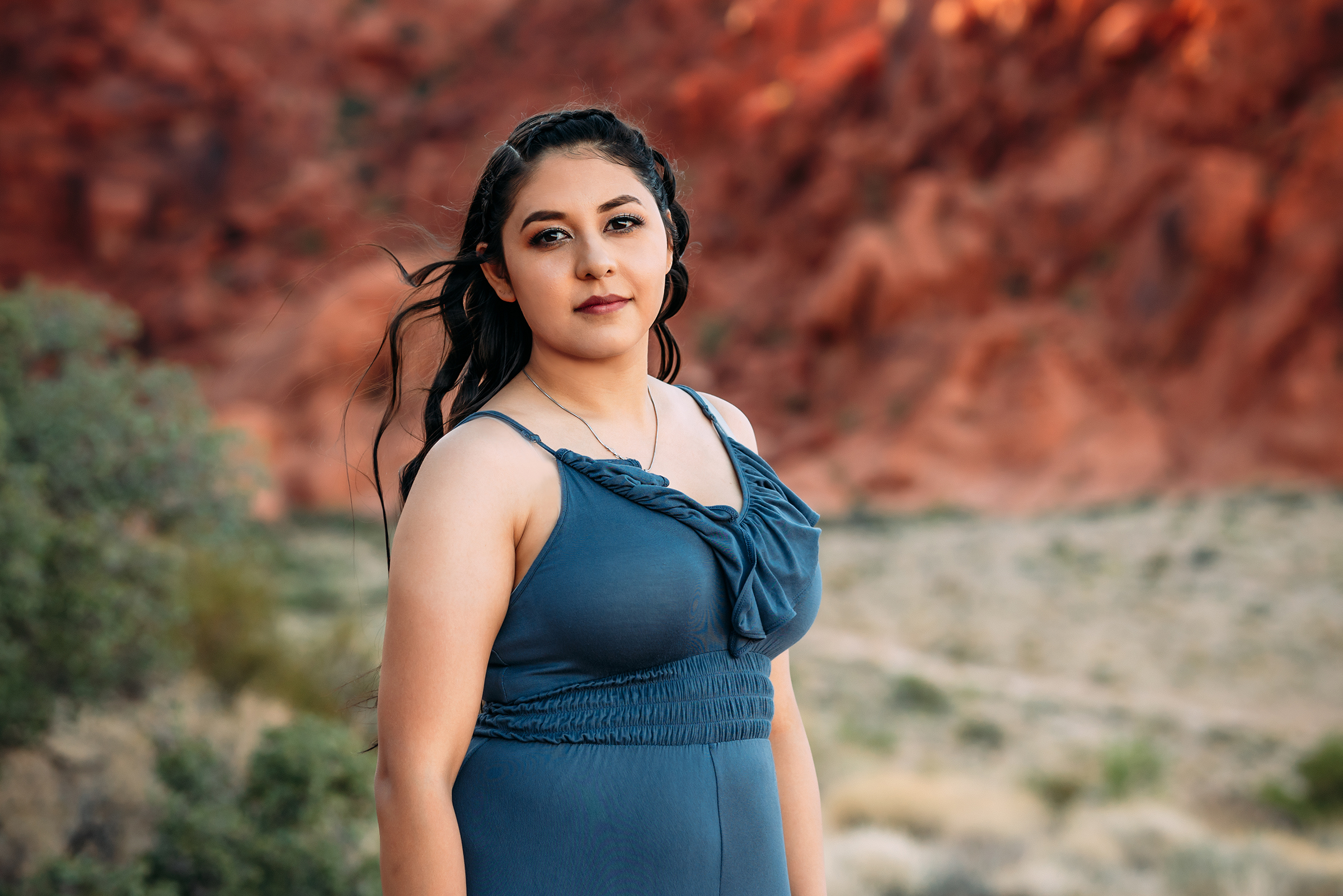
Signs of postpartum depression and/or anxiety are not limited to but may include:
- Withdrawing from family and friends
- Crying or feeling sad more than you normally do.
- Feeling disconnected from your infant.
- Feelings of anger, confusion, disorientation.
- Feeling guilty or ashamed of not being a good mom.
If you or someone you know may be struggling through postpartum depression or anxiety, please reach out for help. Contact your healthcare provider, and if you are experiencing thoughts of harming yourself or your baby, please call 1-800-273-8255.
Wednesday, December 30th, 2020
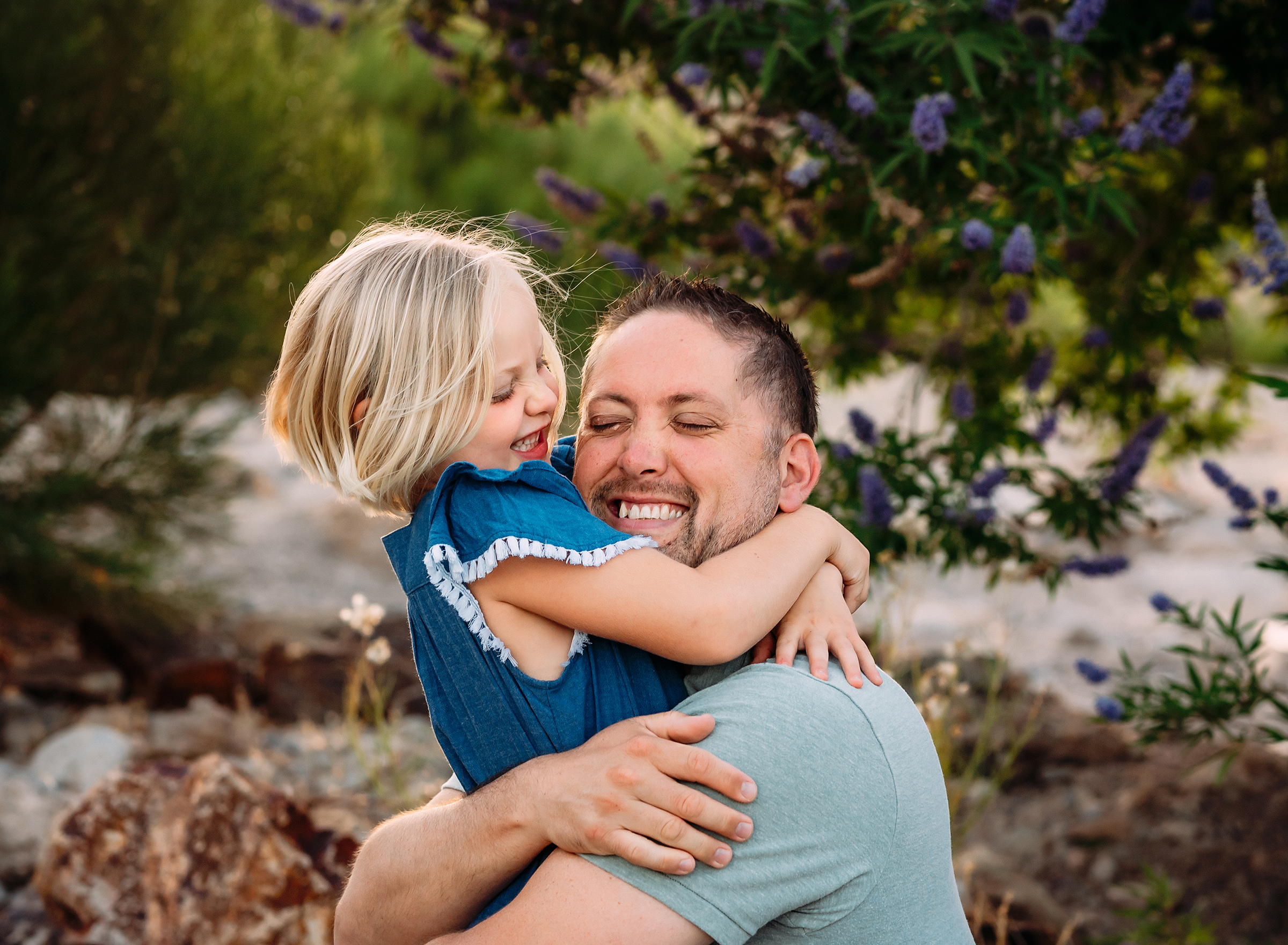
With You I Can Be Myself
This Las Vegas family film session shows how easily this family loves each other and how much fun they have together. They chose things that they love to do together in this season of life, and it is always in these moments that guards come down and fun unfolds.
I adore this family and look forward to documenting them every year. I have been fortunate enough to have watched them grow from a family of 3 to a family of 4 over the last seven years. They deeply appreciate the time they have together and cherish each day. Having to deal with the unknowns that cancer brings, they hold every moment together tightly. I love their infectious joy and playfulness; I love their generosity and love for others. I love their selflessness and faith and so much more!
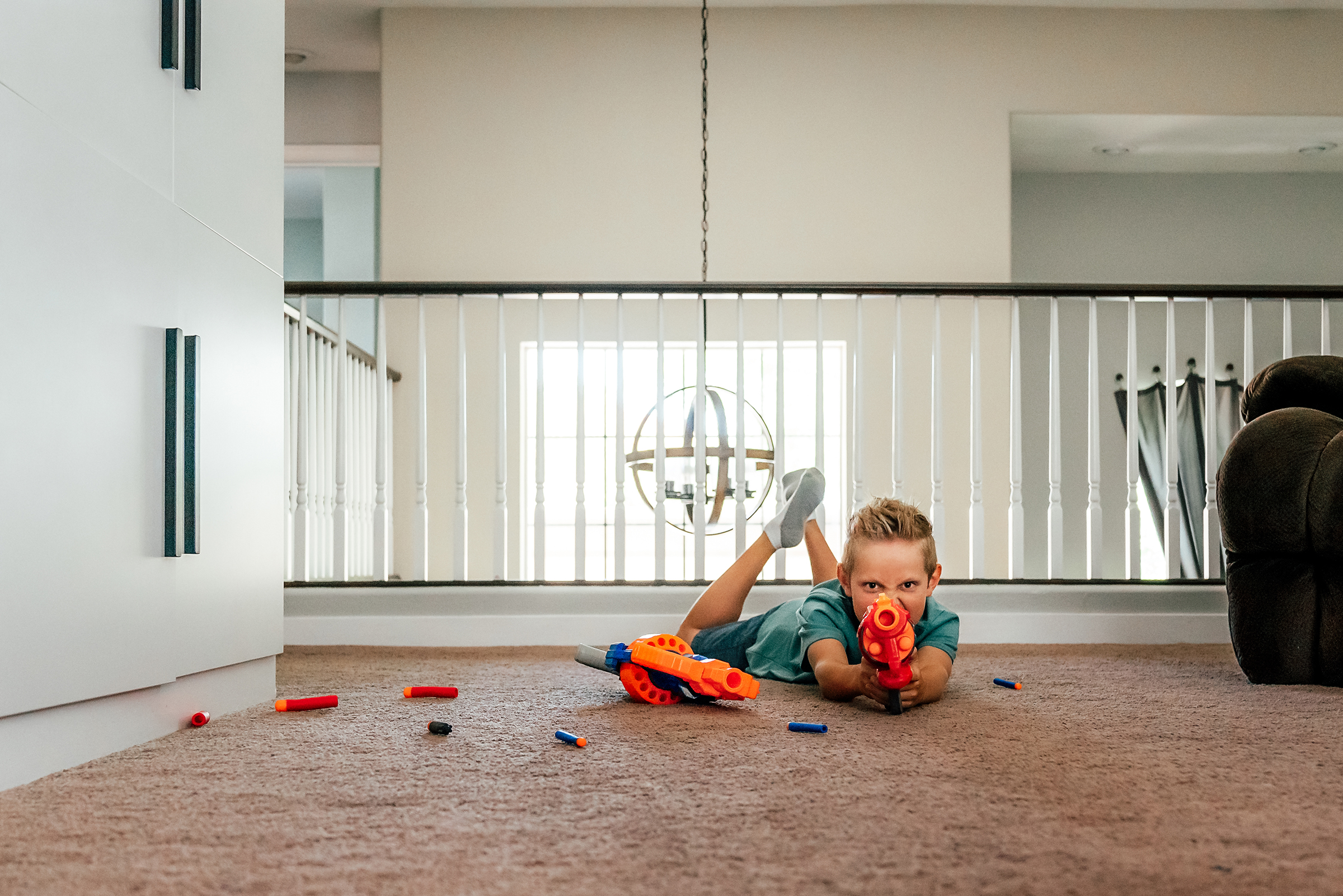
One of my favorite parts of preparing for family sessions is going through the questionnaires. I ask parents what things they love and never want to forget about this particular stage of their family and children’s lives, and the answers always get me. It is a reminder of how quickly seasons of life pass and how much we change and grow as families. It helps me to look for those moments and capture them.
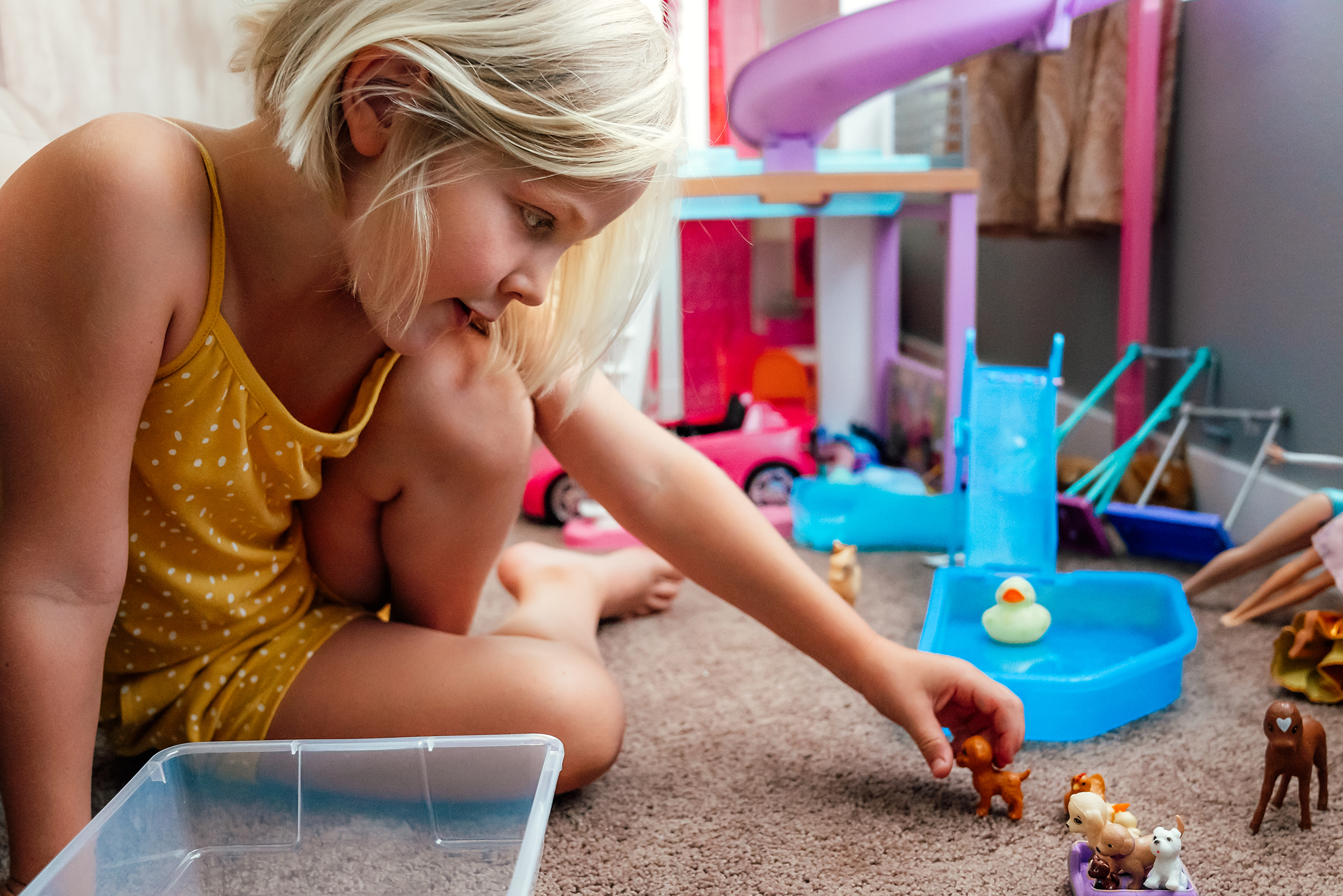
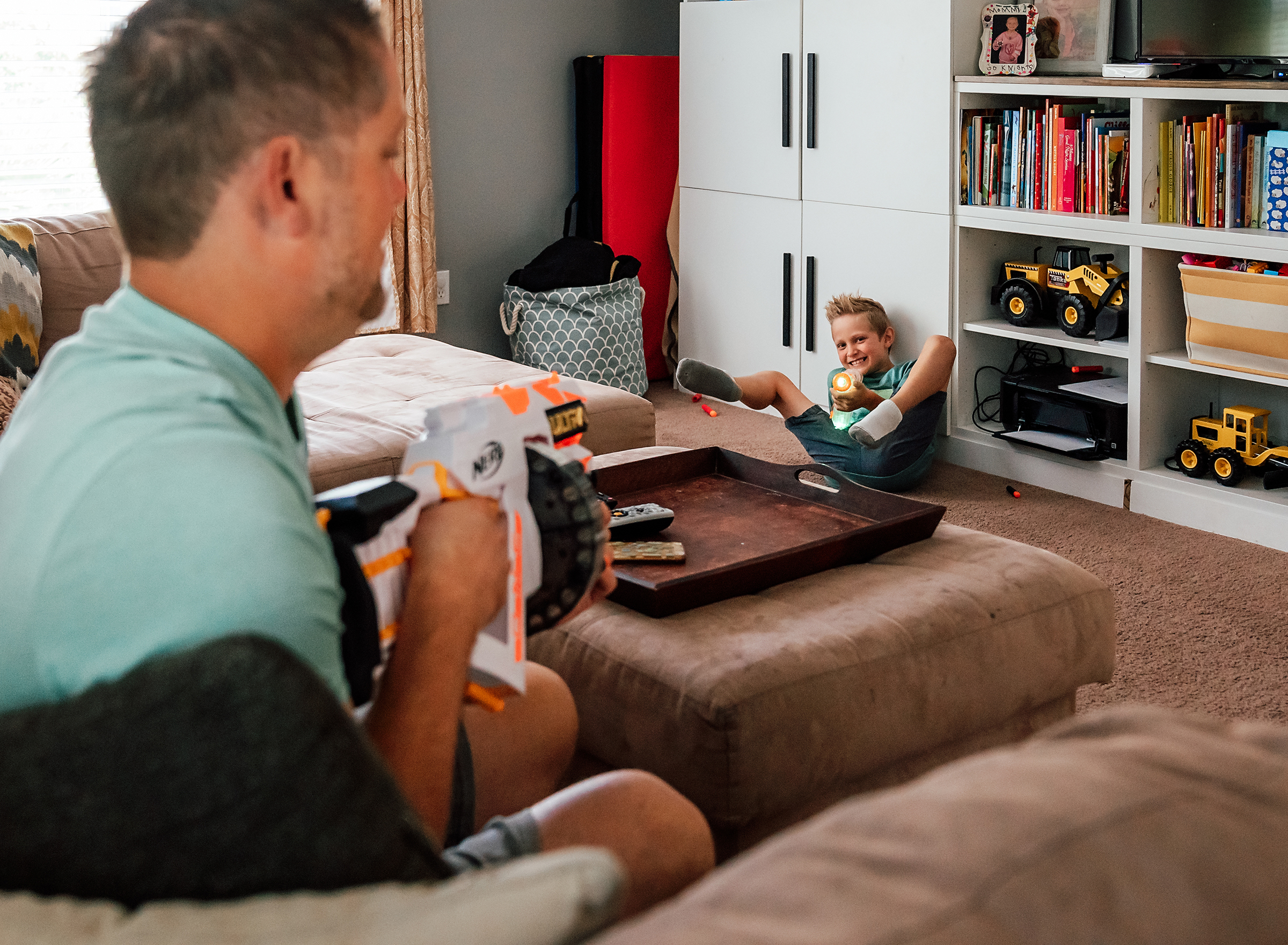
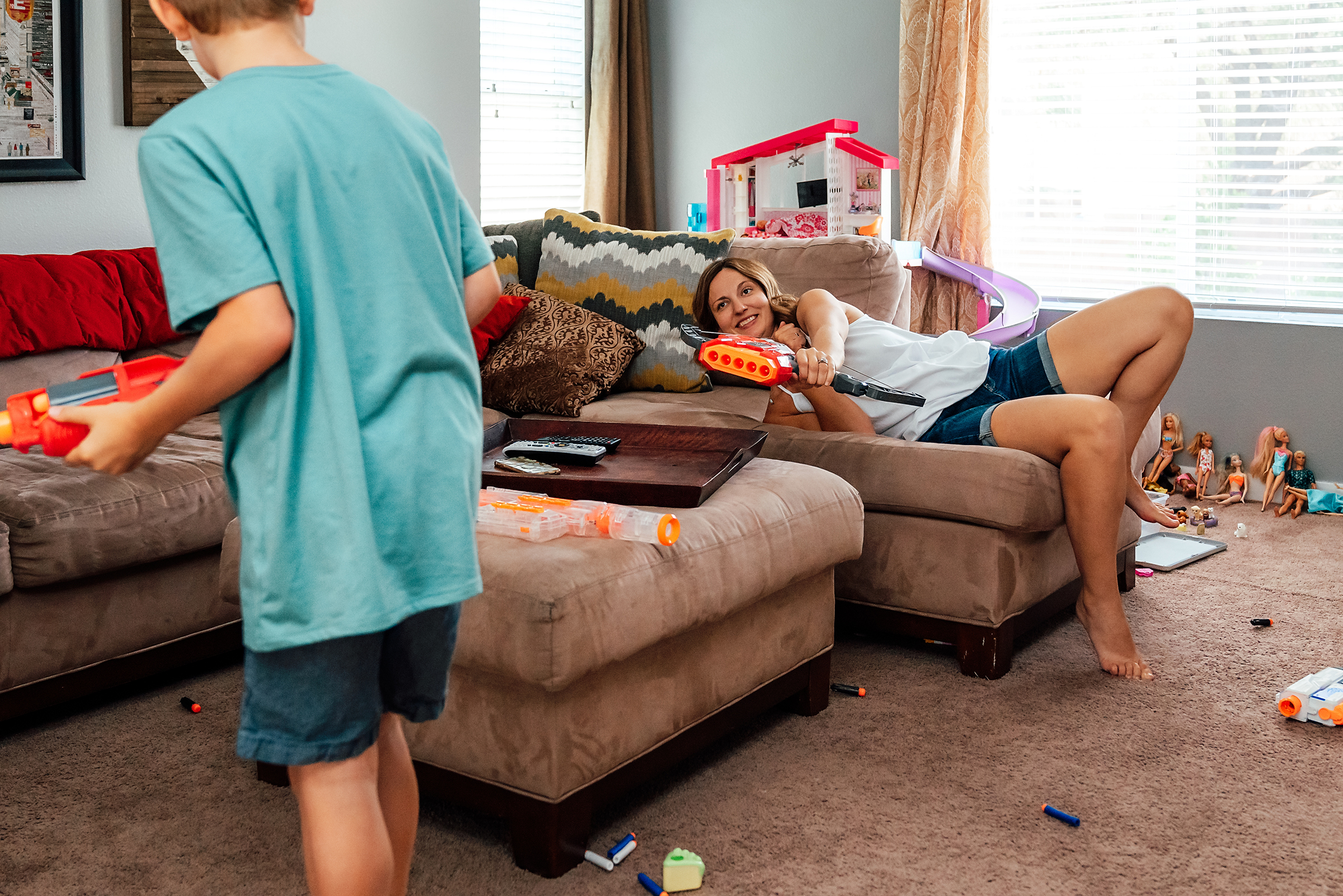
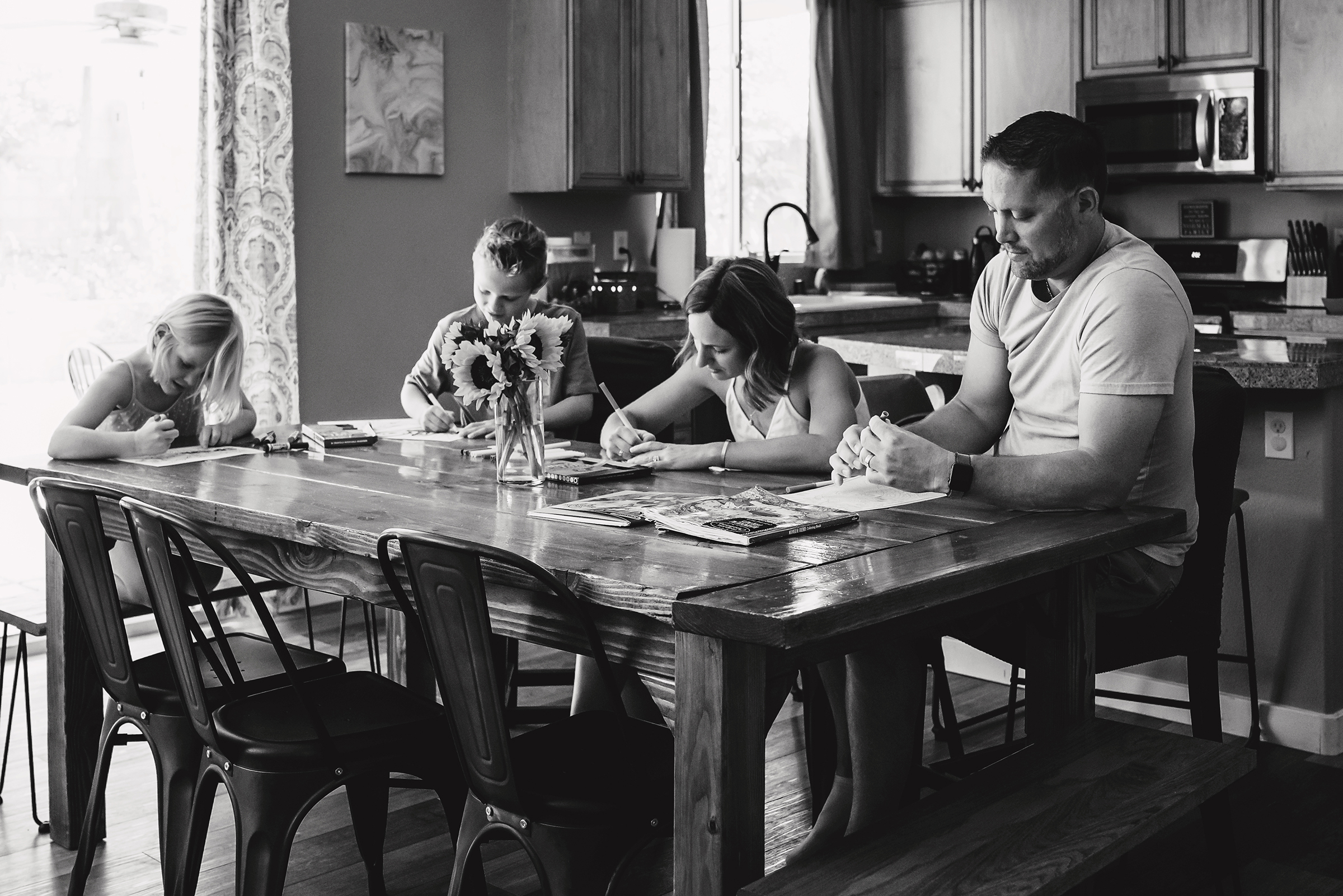
I love that the little things are the things that mean the most to this family and that they love capturing their life as it is. These are the moments that speak to my mother’s heart as well. I prefer to remember the memories made together and the mannerisms vs. posed images.
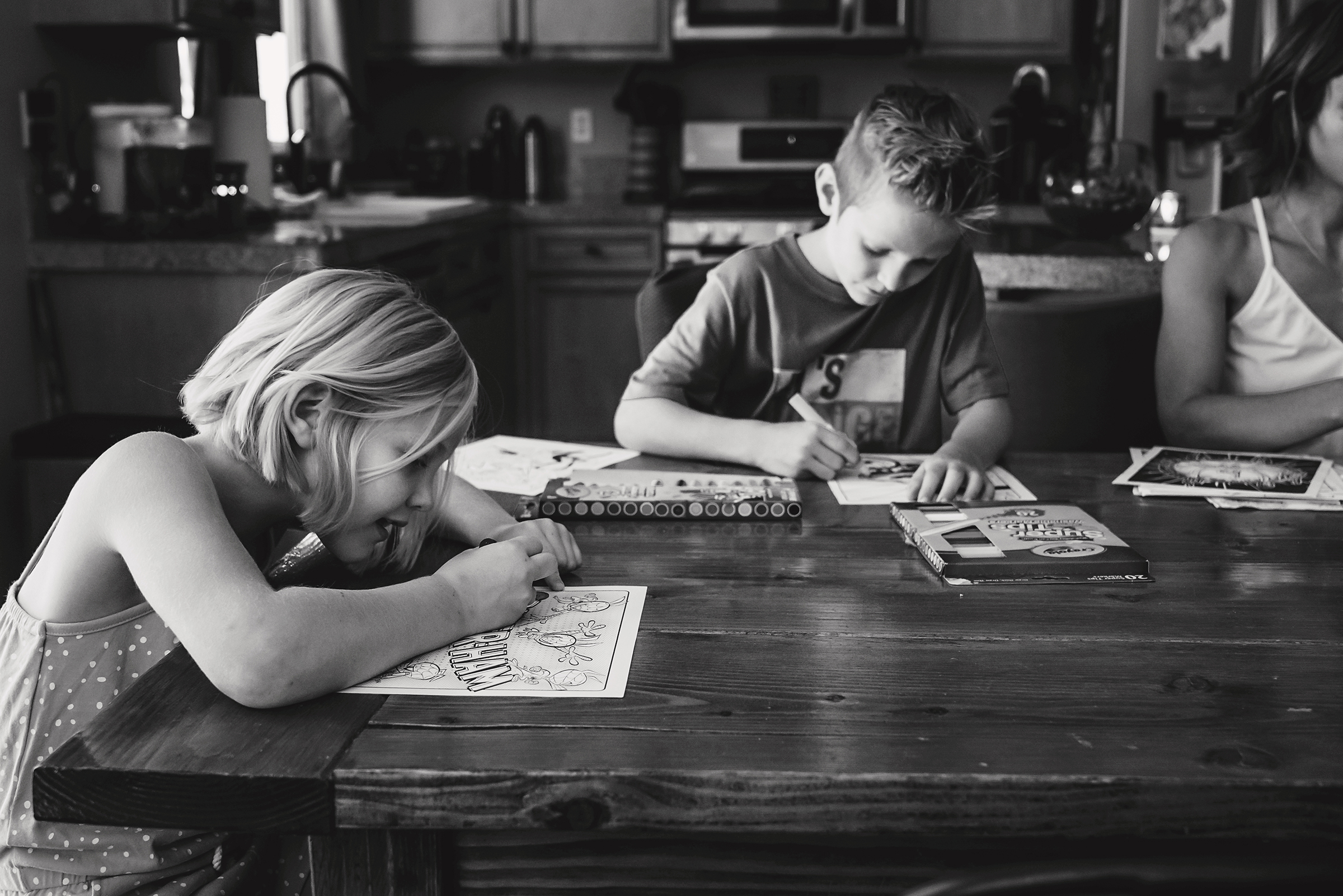
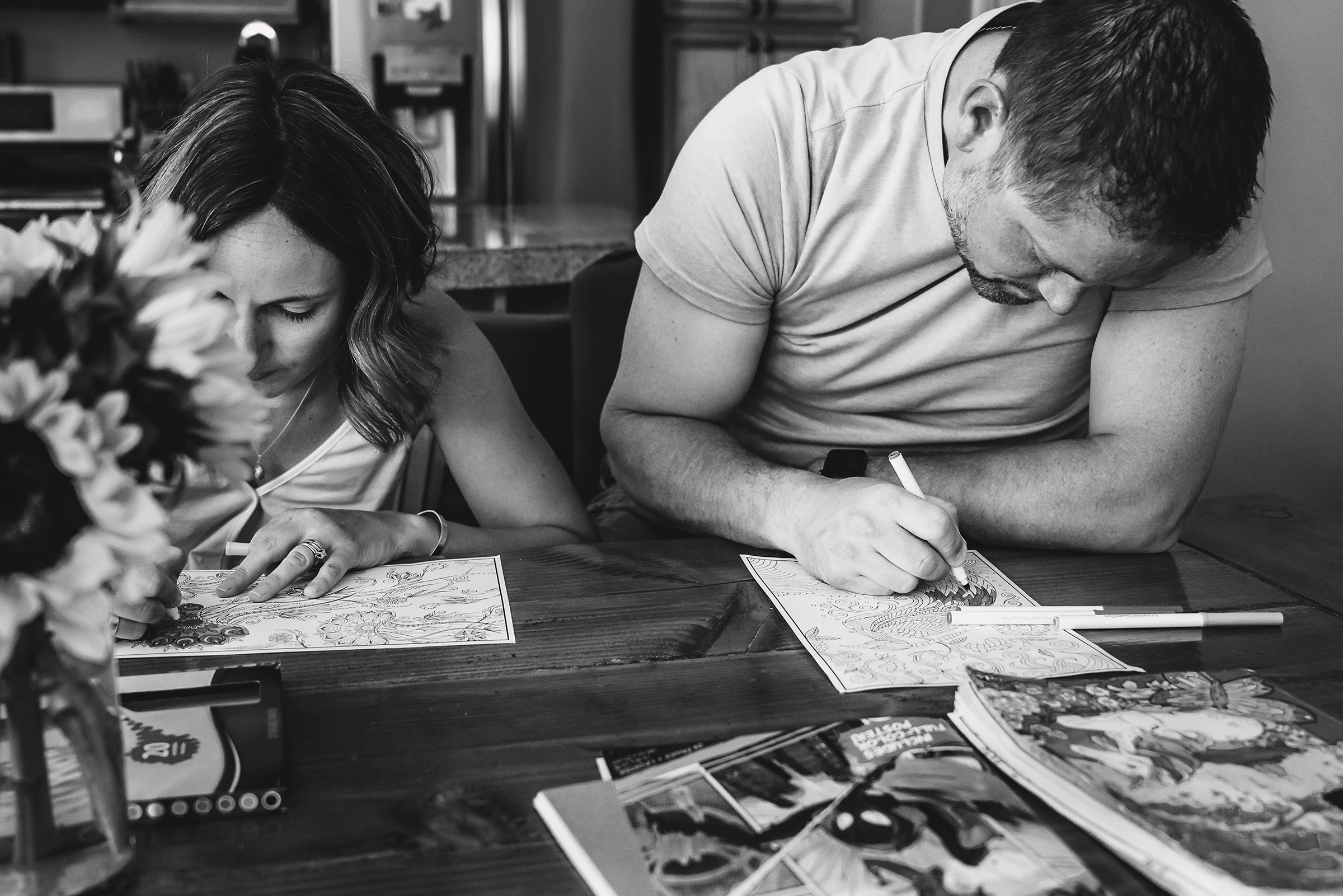
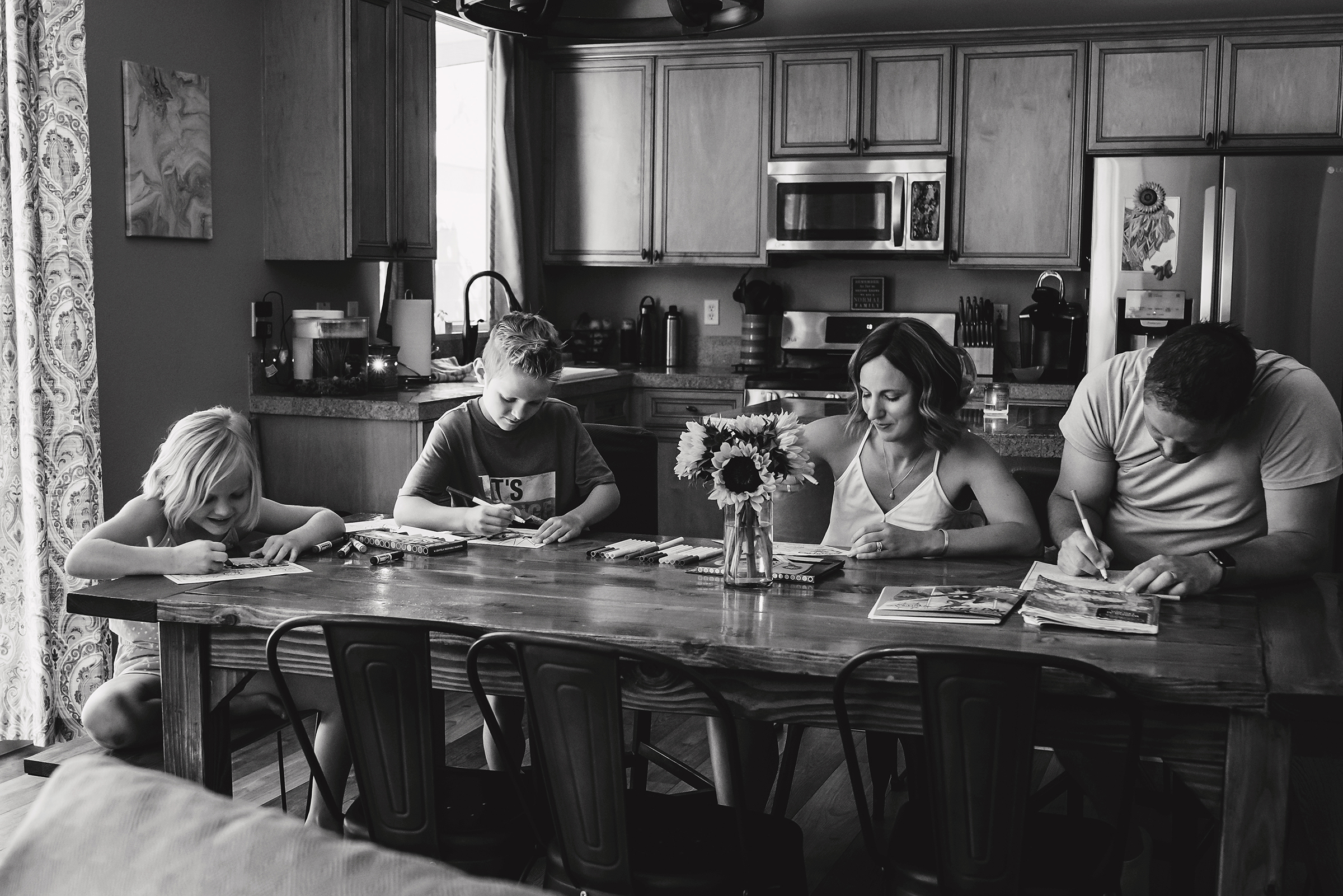
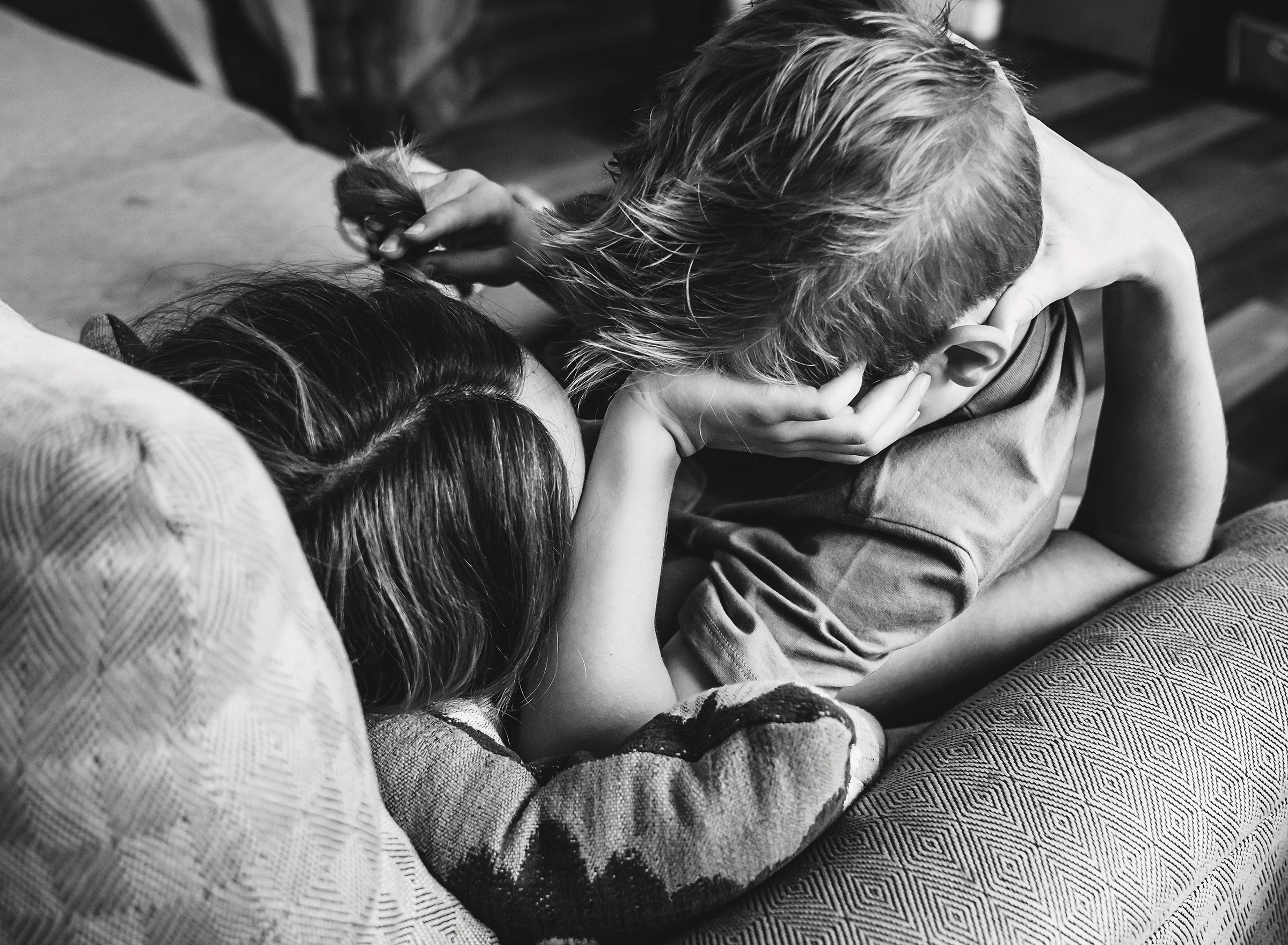
I loved seeing how independent Ellie and Max have gotten and how much they had grown over the past year, but I loved that they still loved to connect and cuddle with mom and dad.
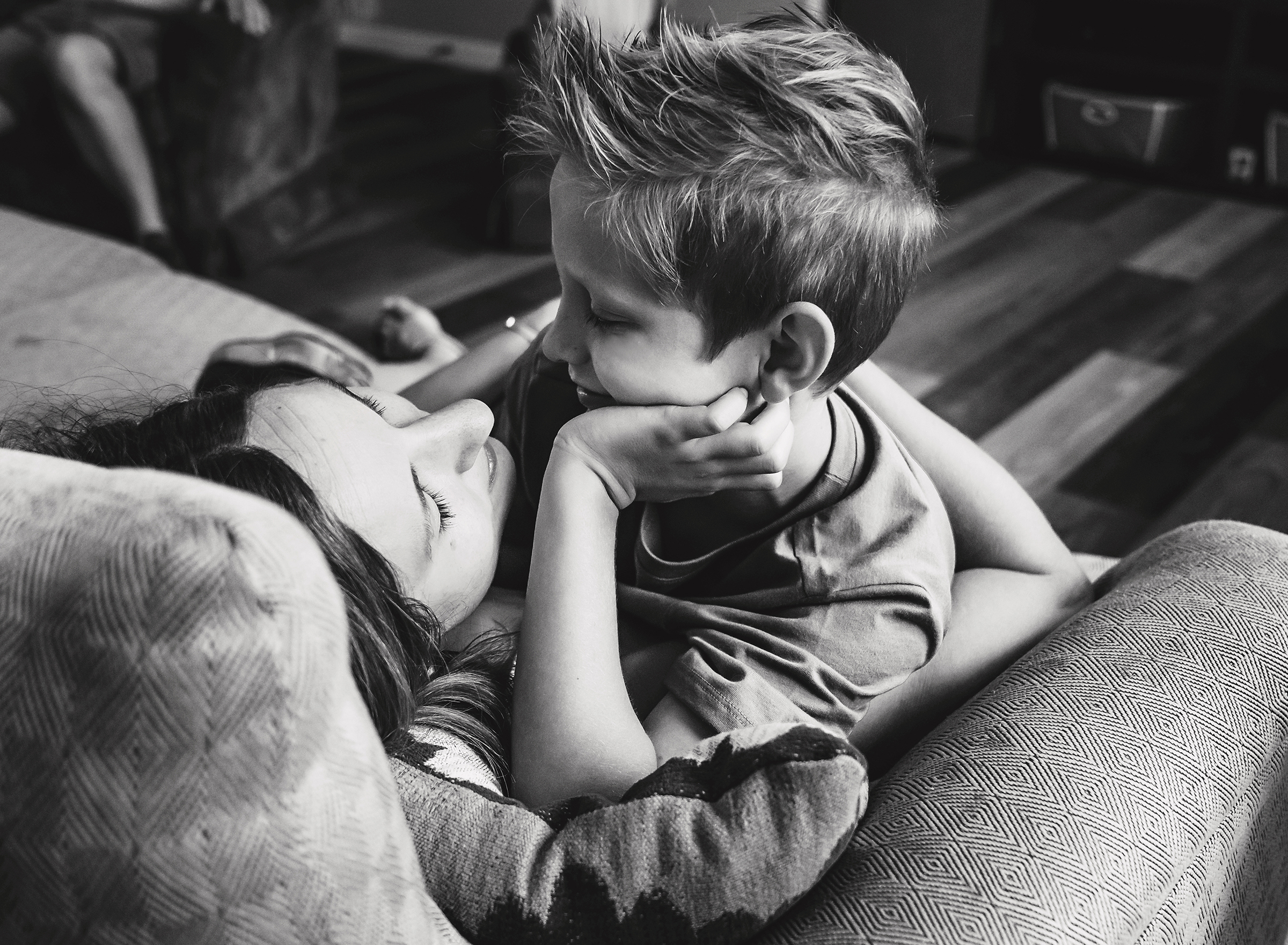
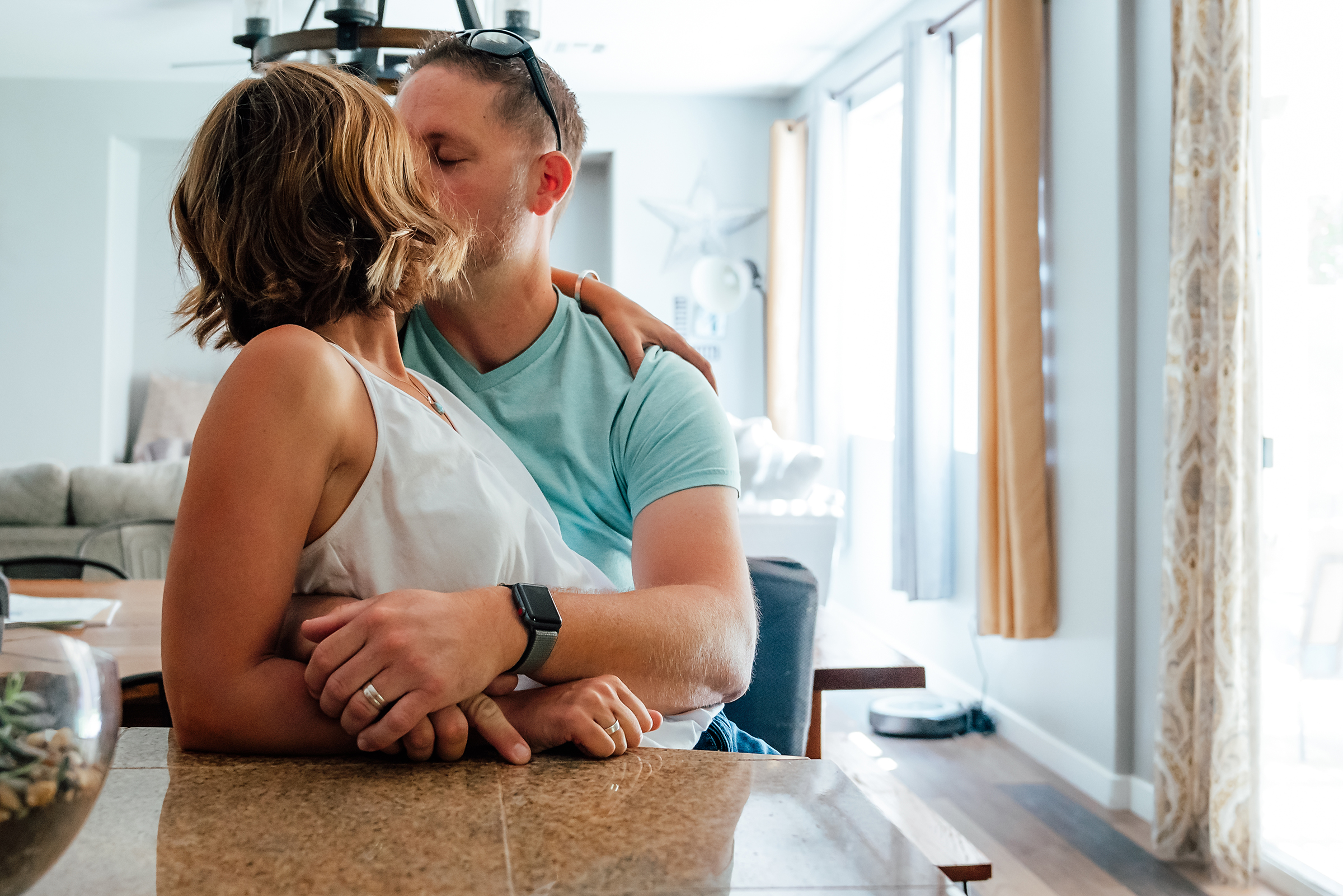
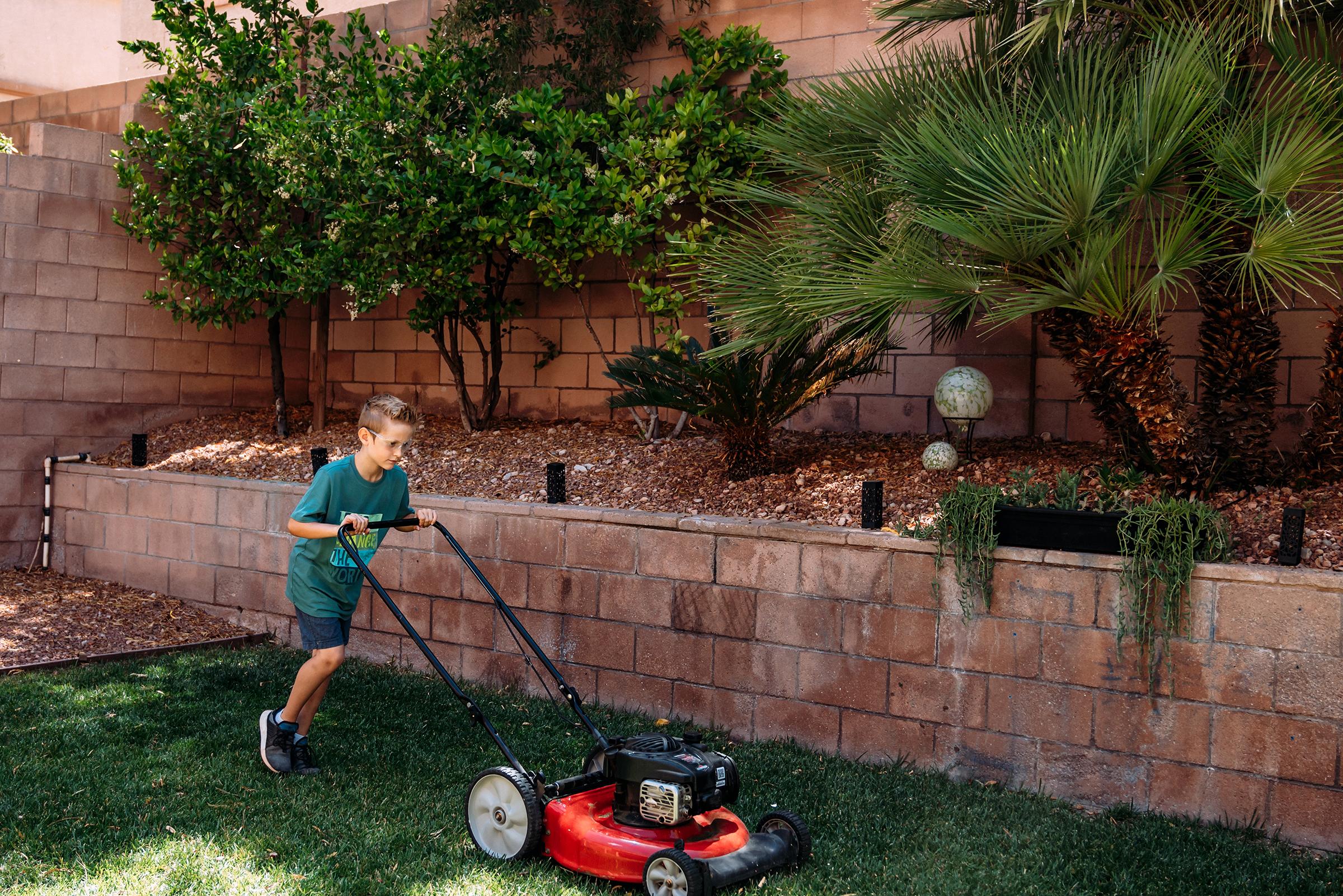
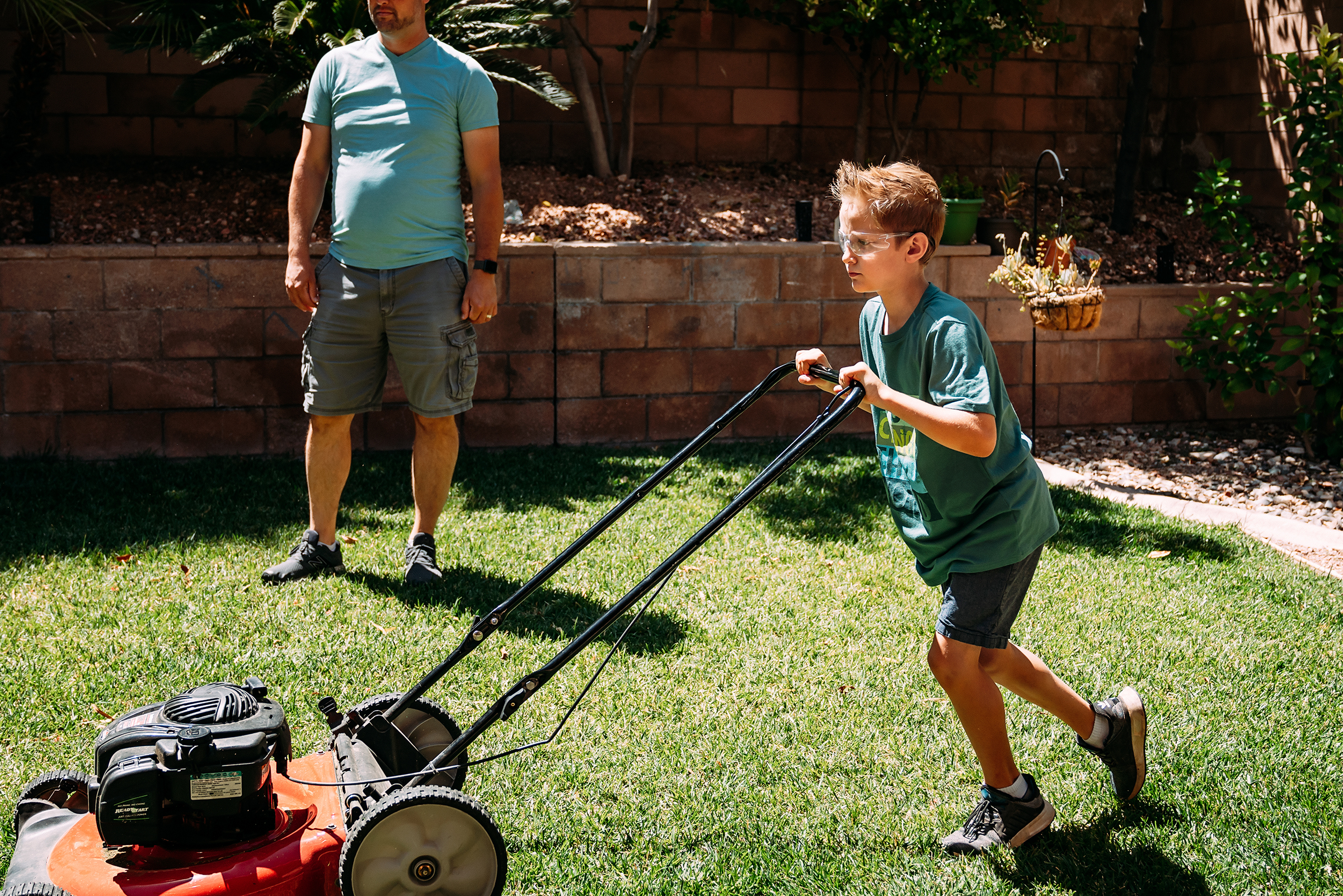
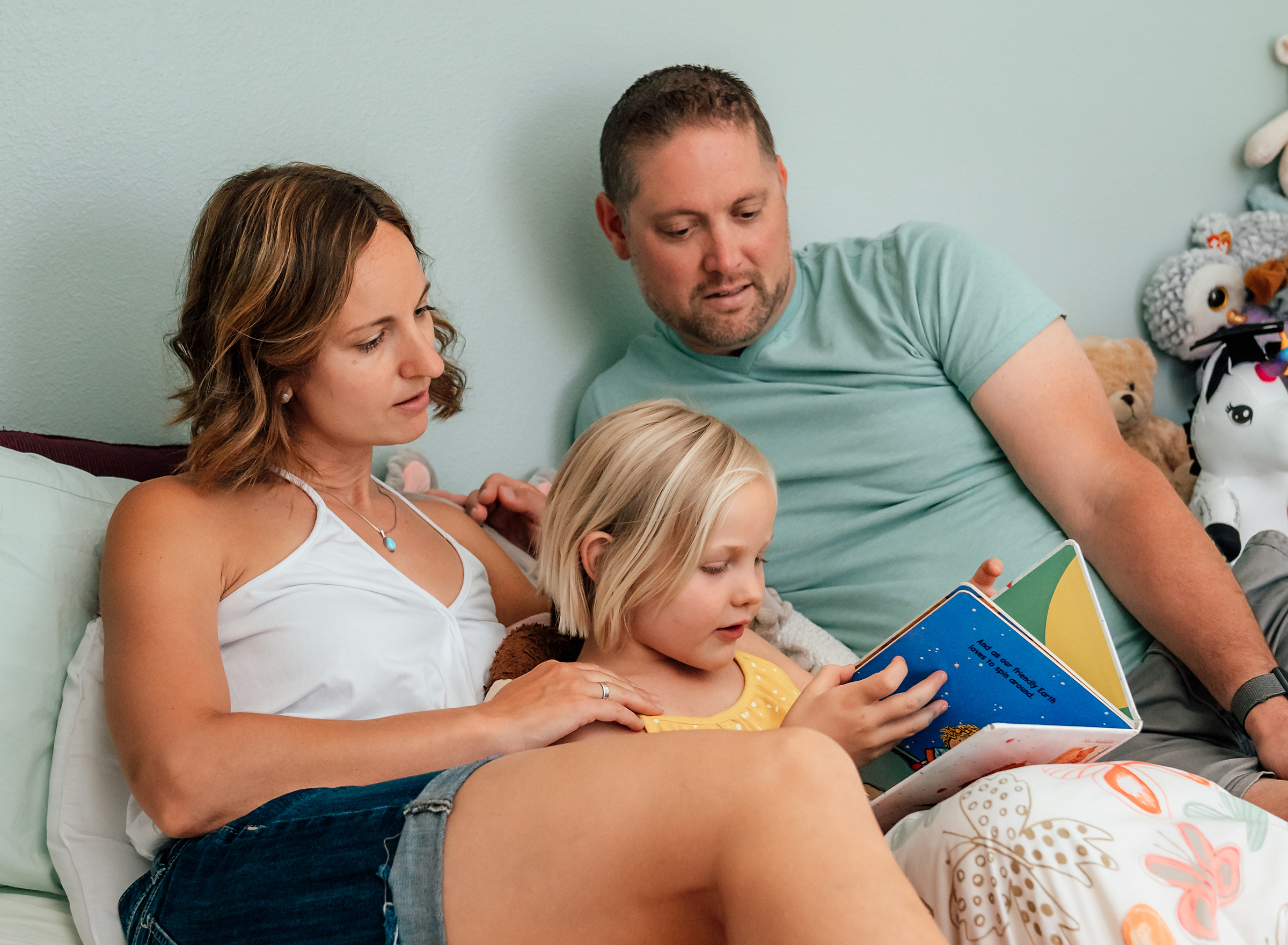
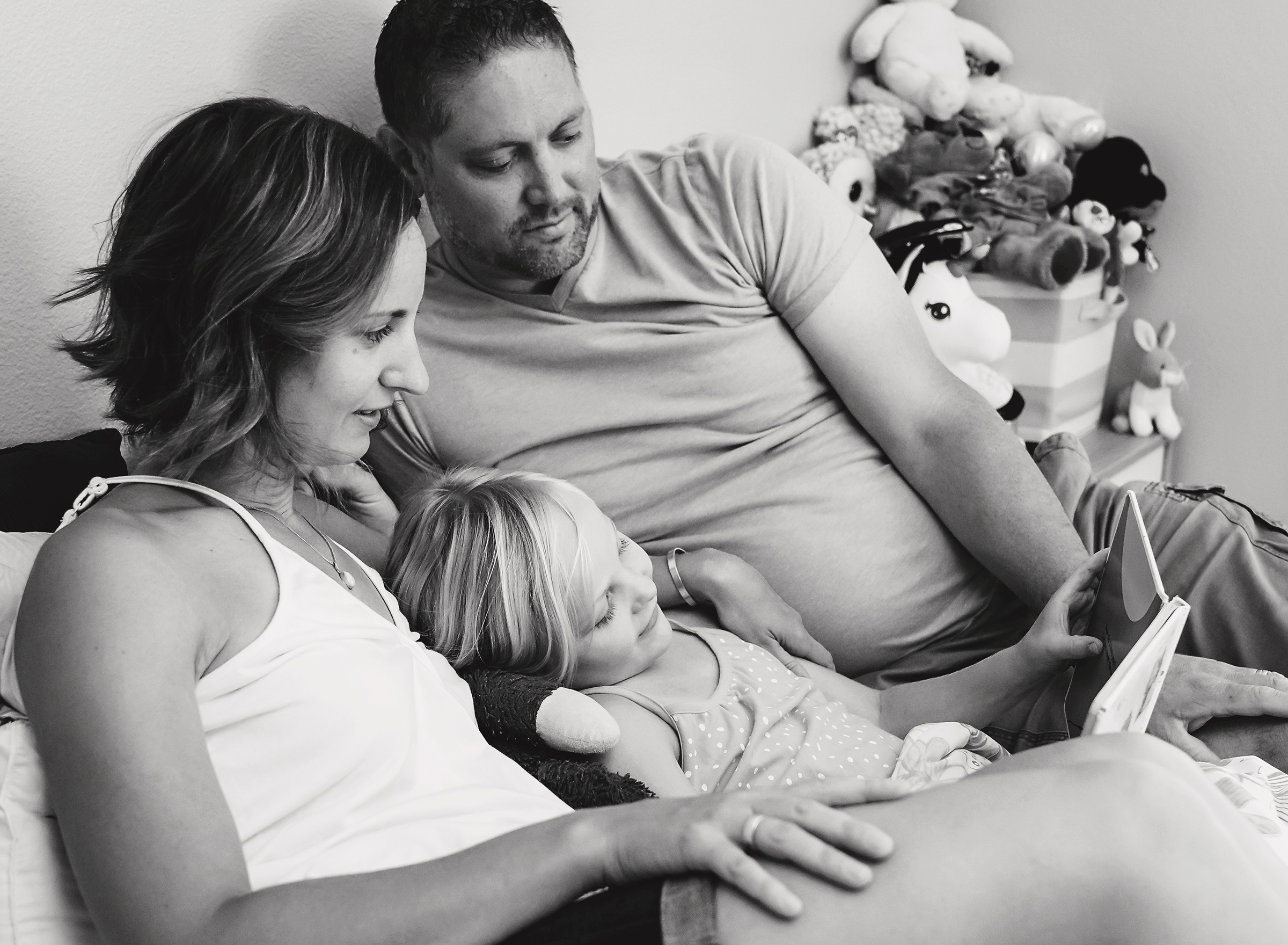
We got to capture them reading books, their favorite chores and activities as a family, and one of their favorite summertime activities of swimming at Grandmas.

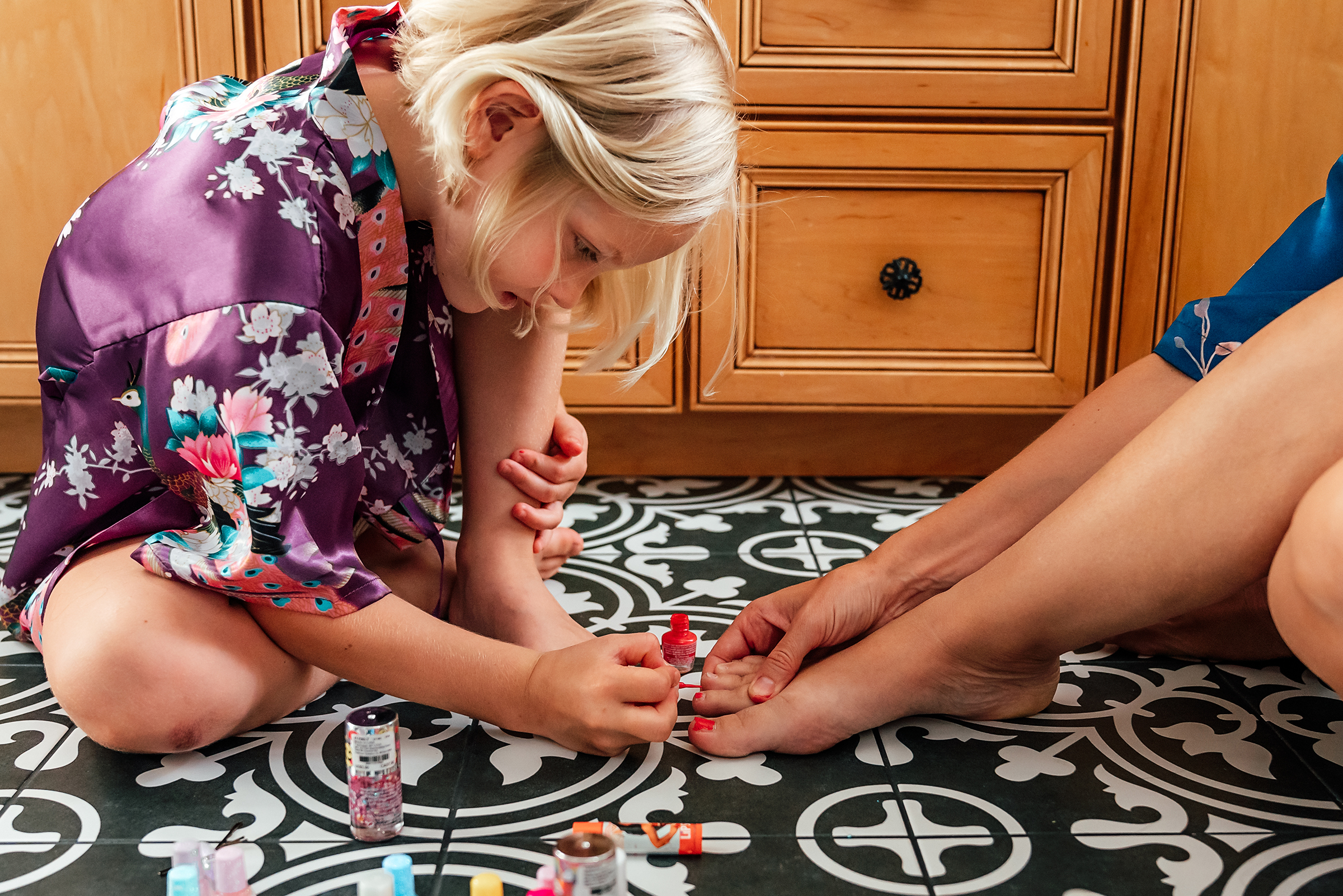
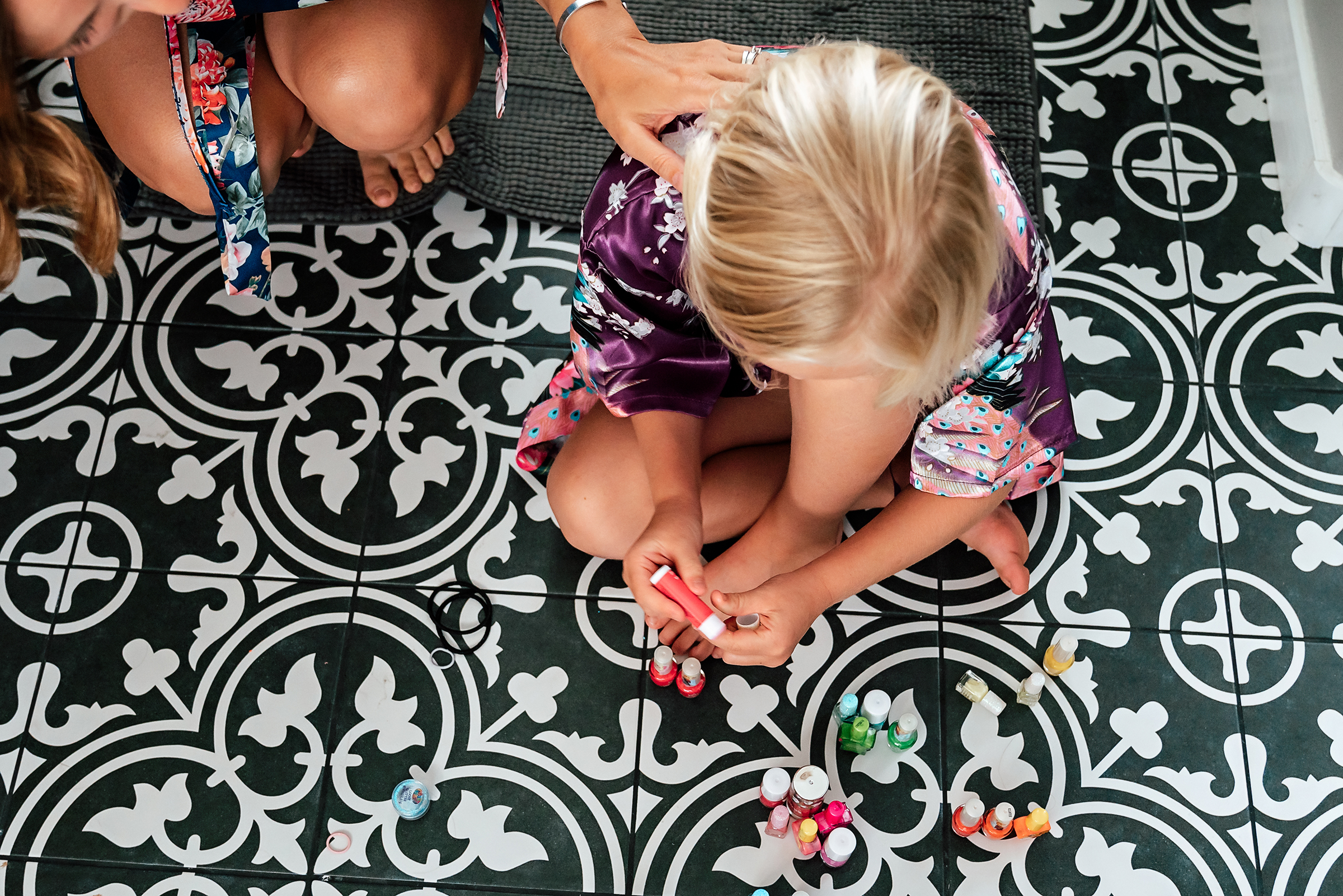
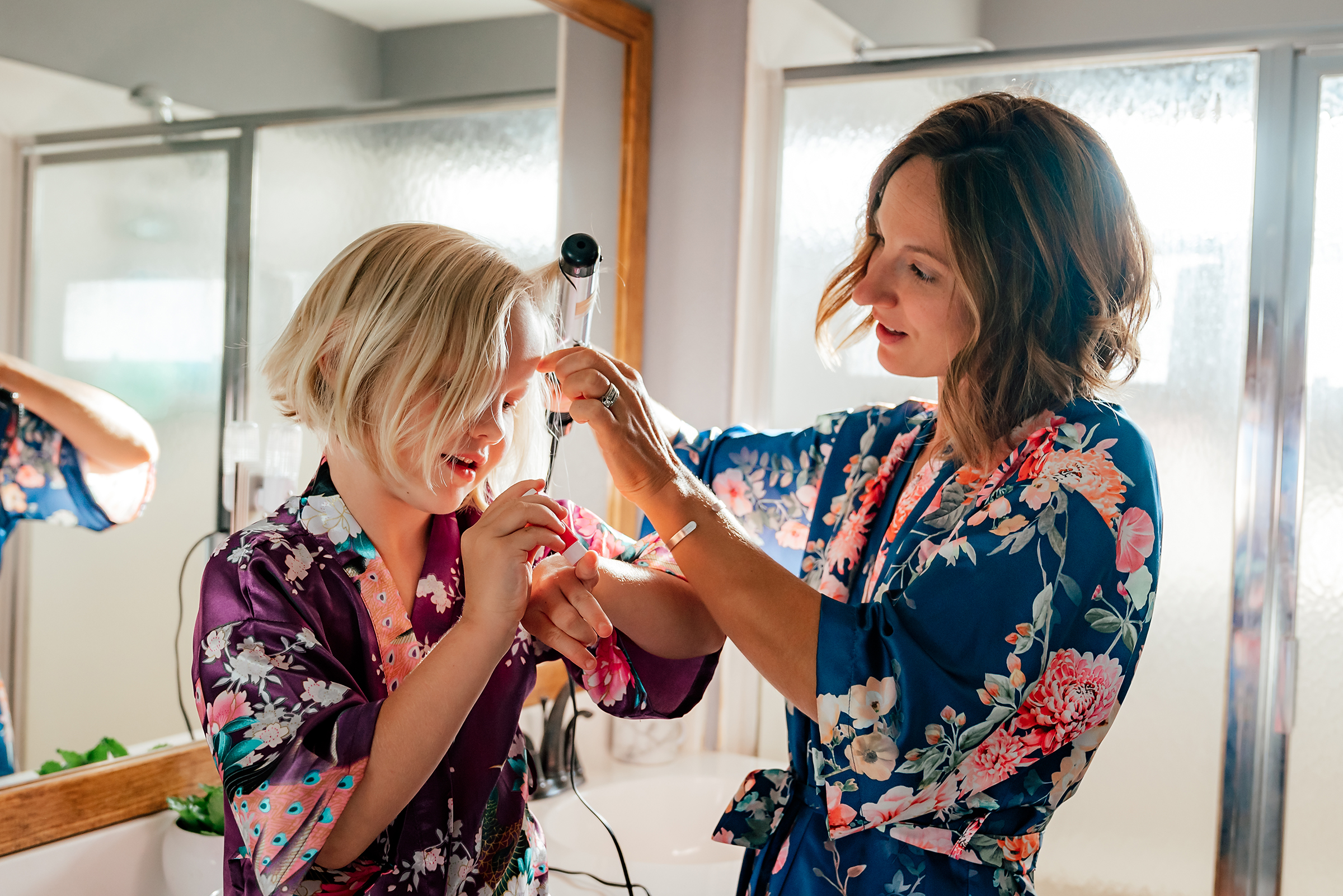
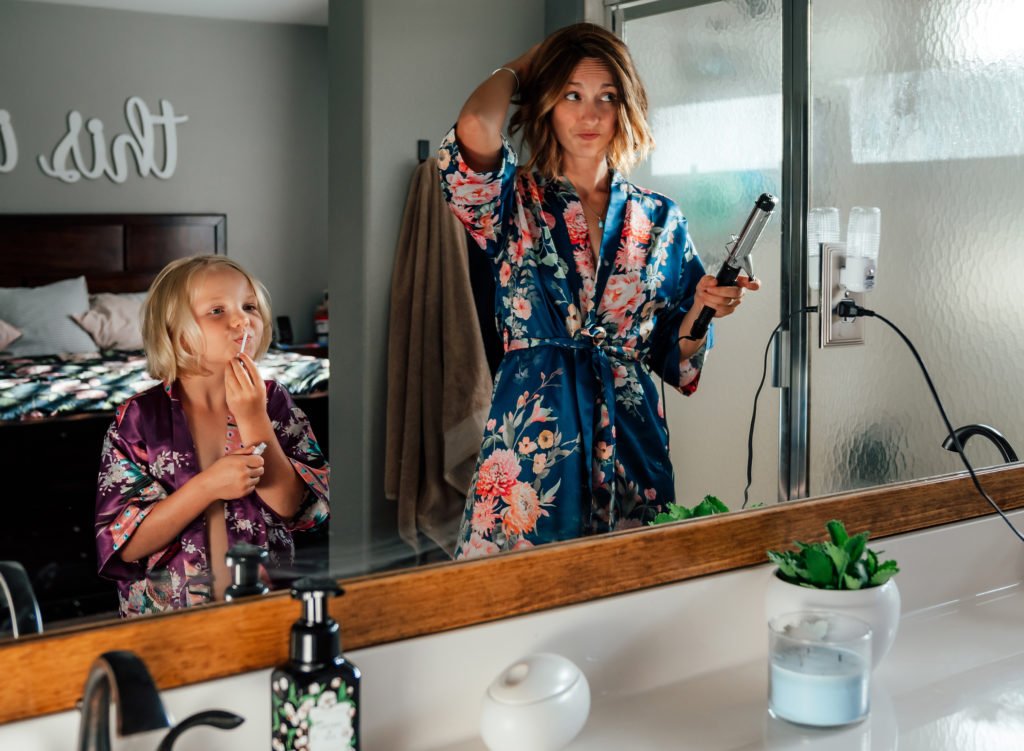
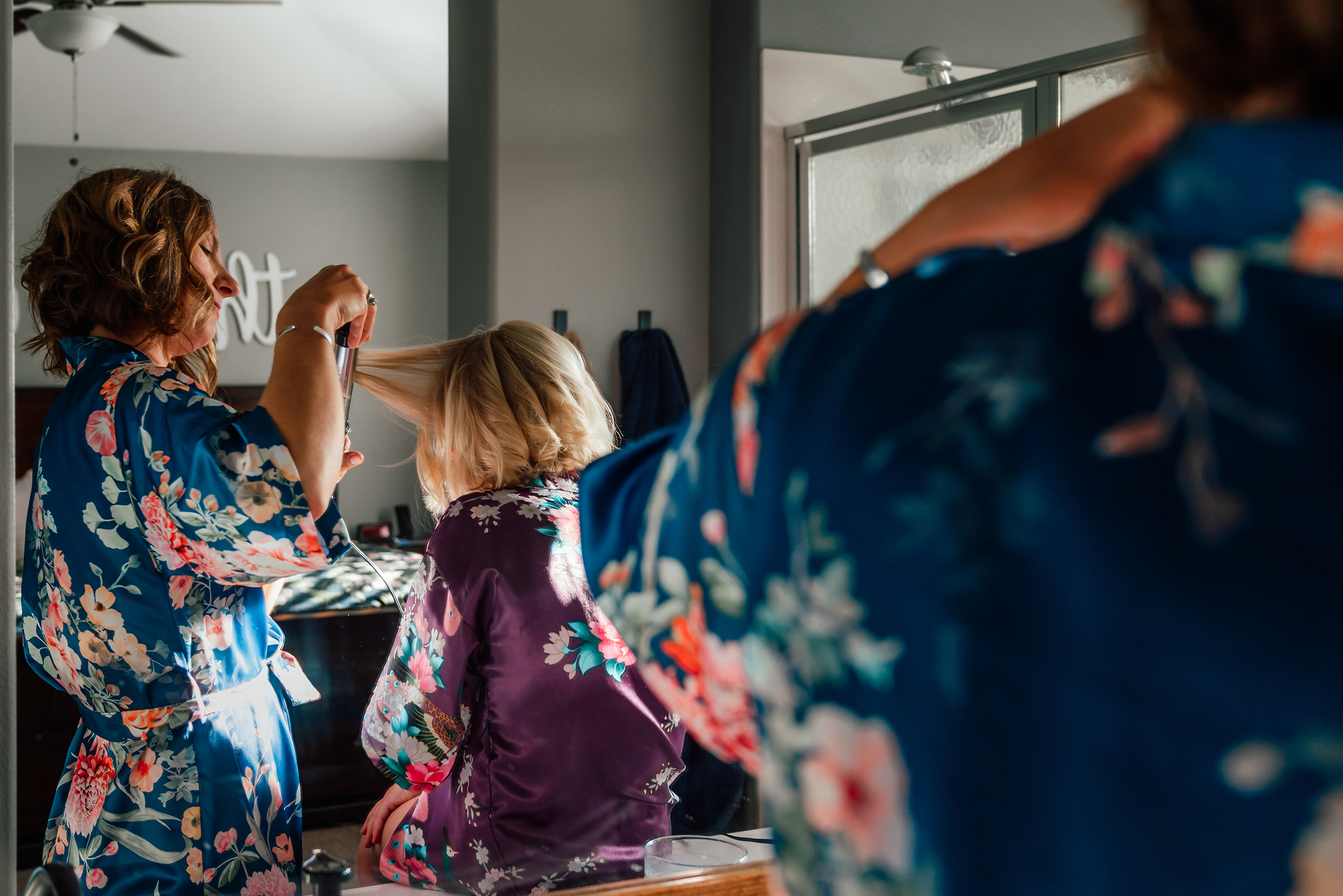
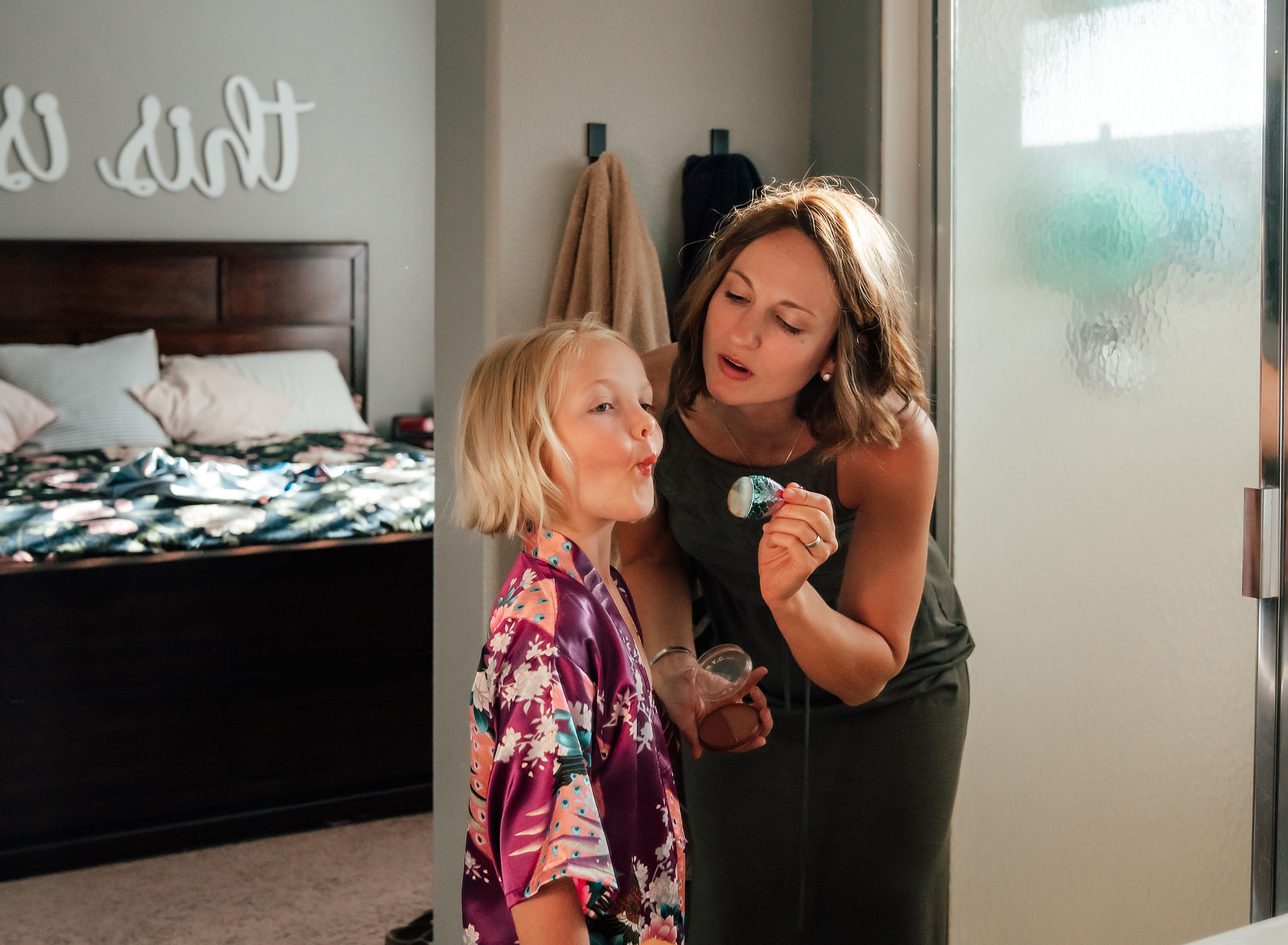
I love that they try and book a family film every few years to capture their memories in both still images and video footage. Be sure to check out their family film at the end of the post; it will melt your heart for sure!
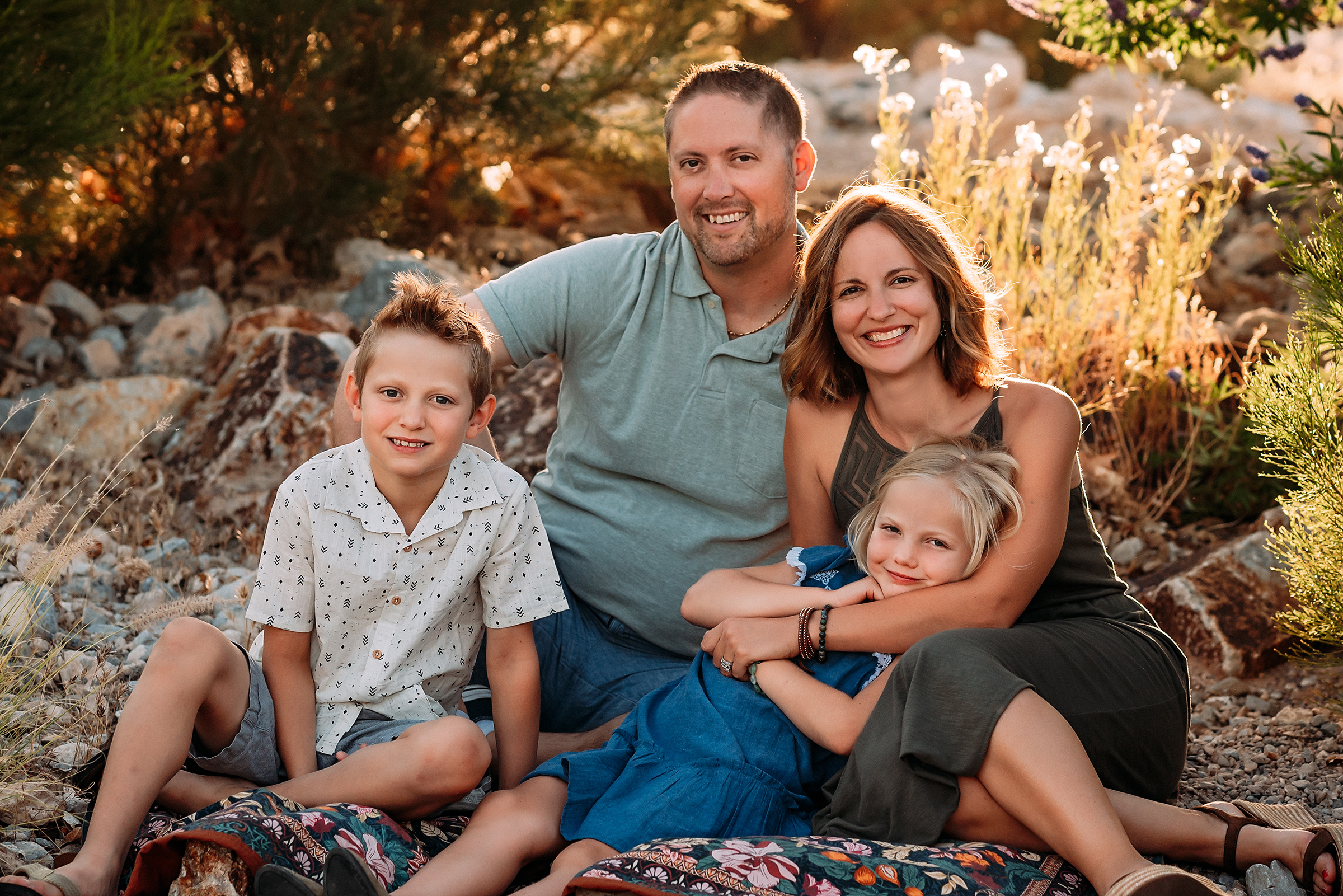
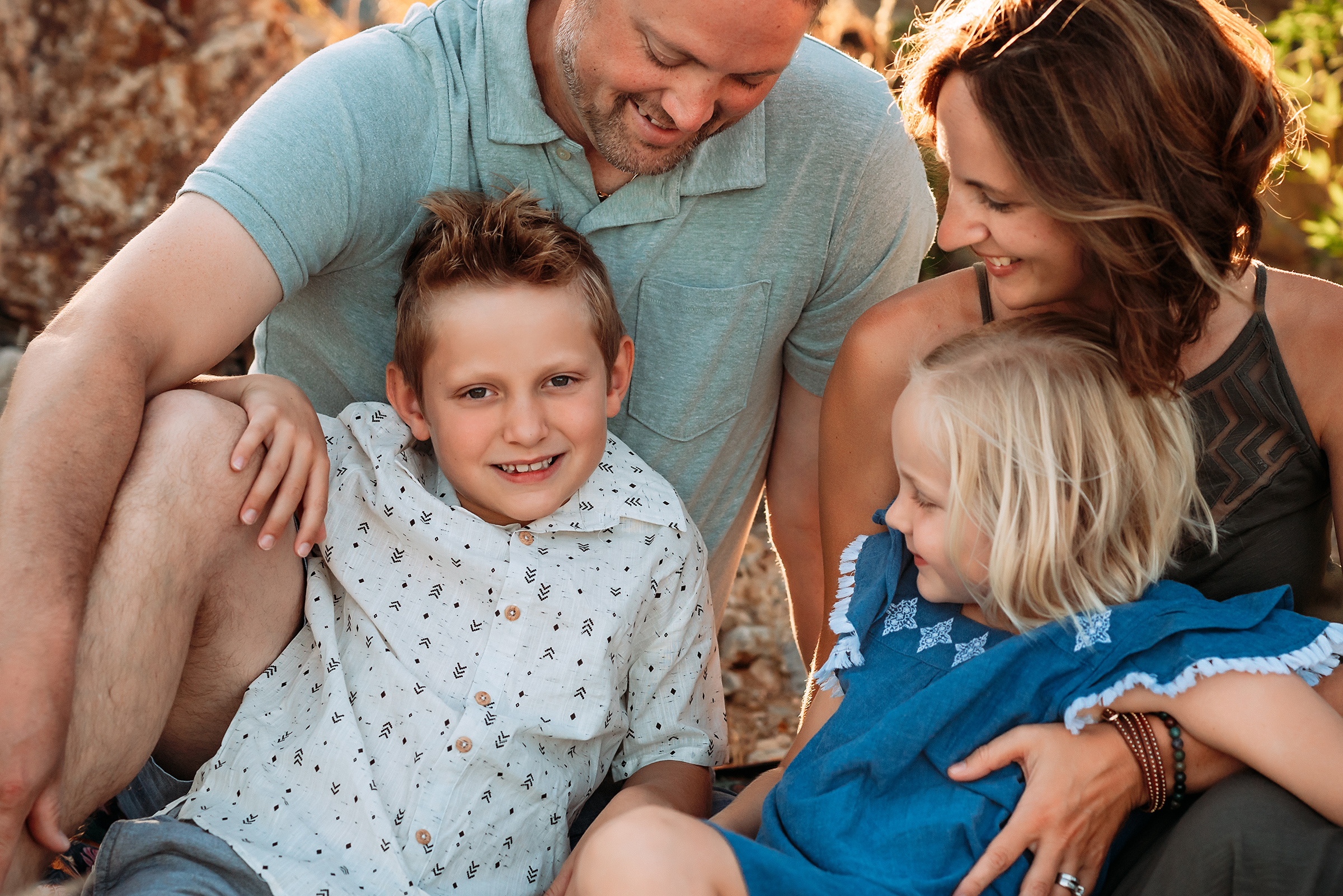
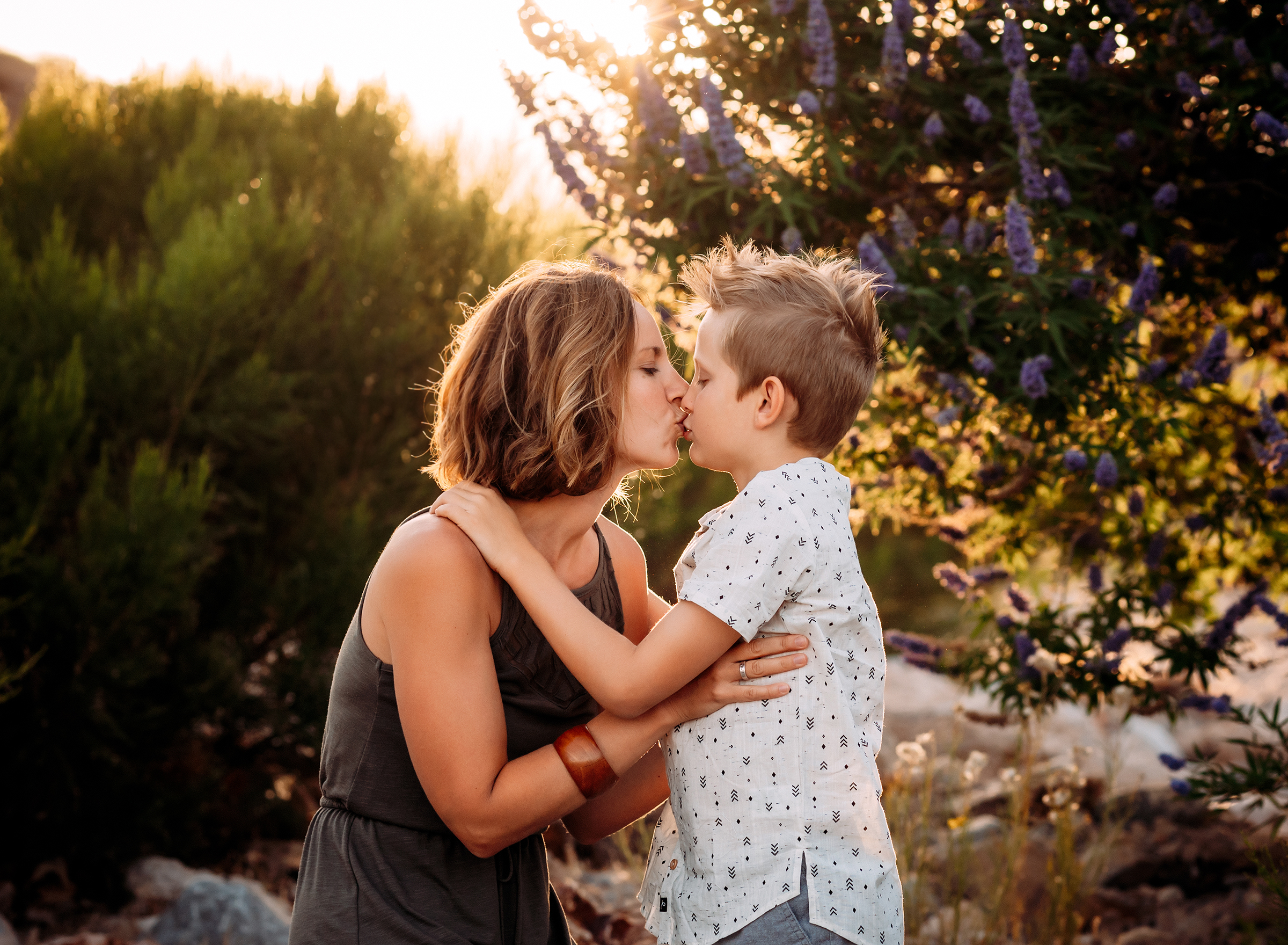
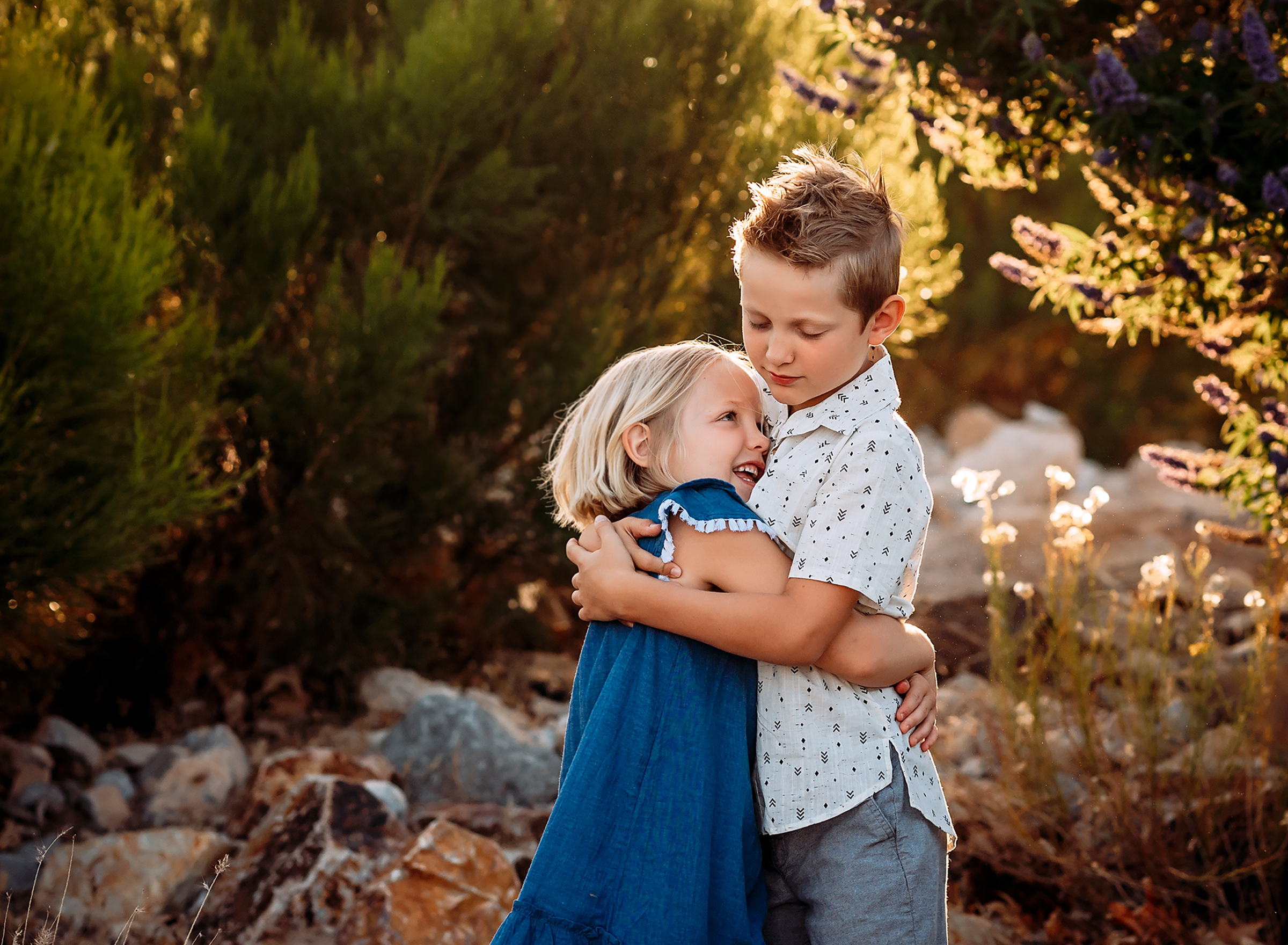
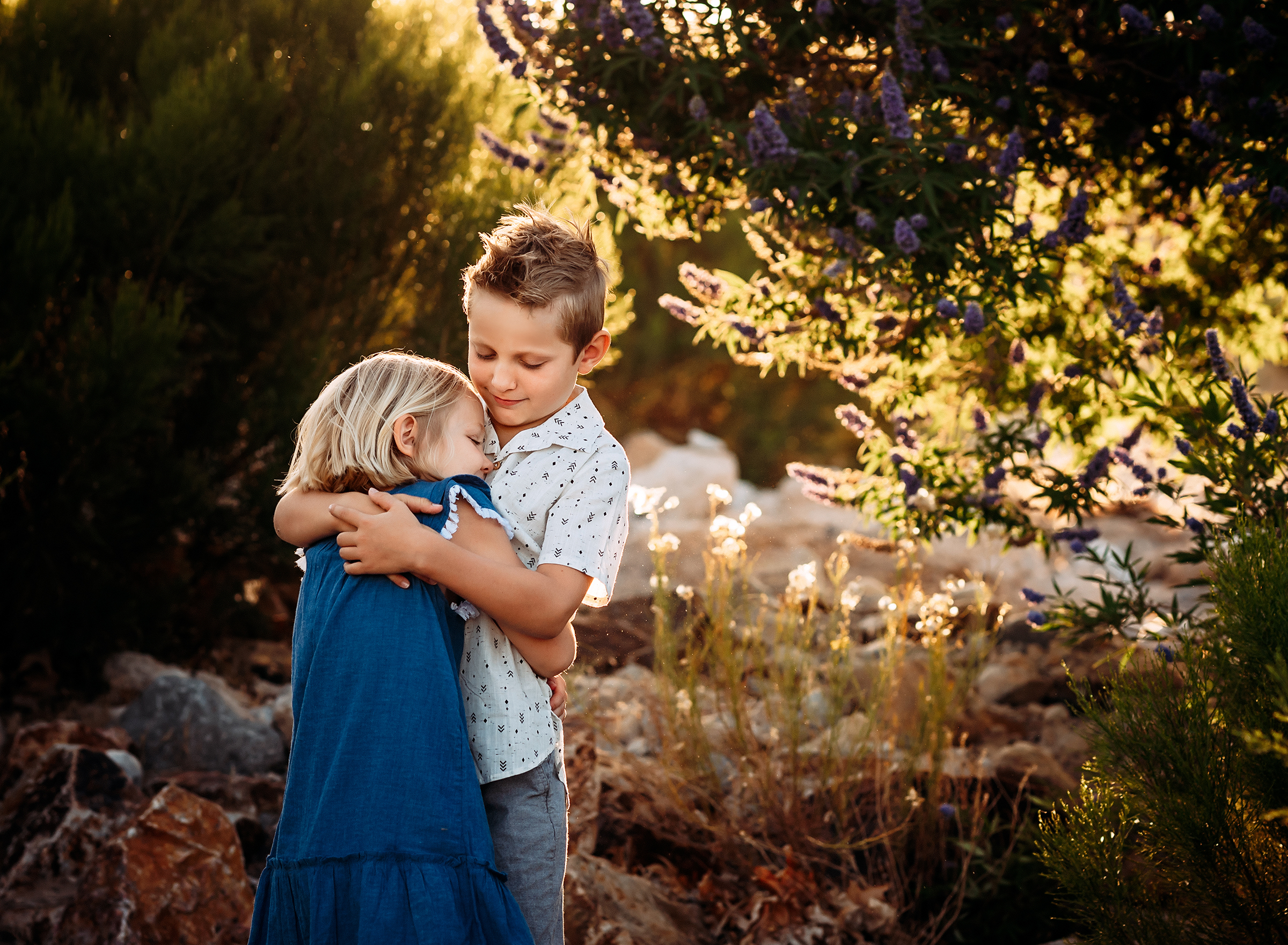




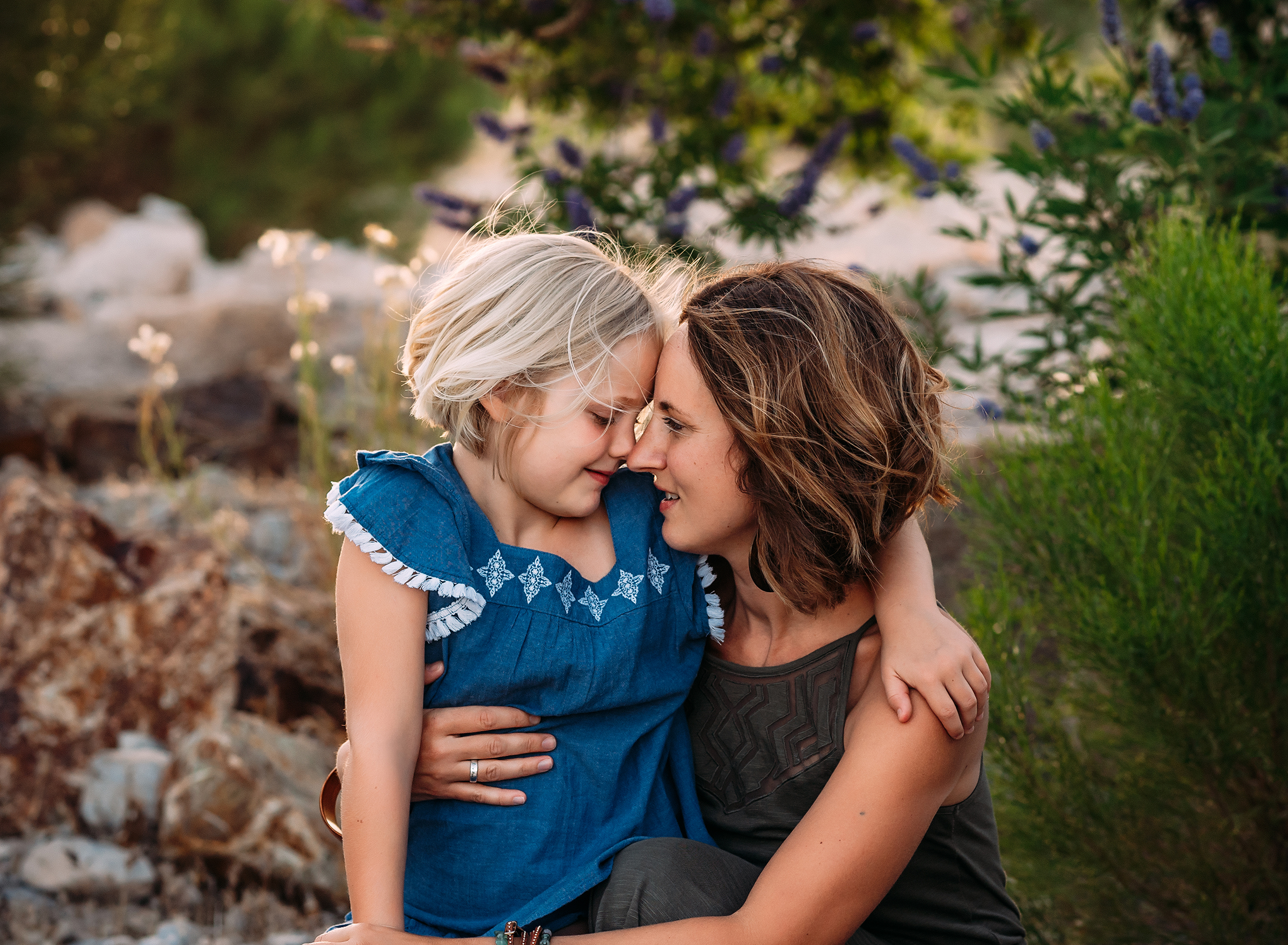
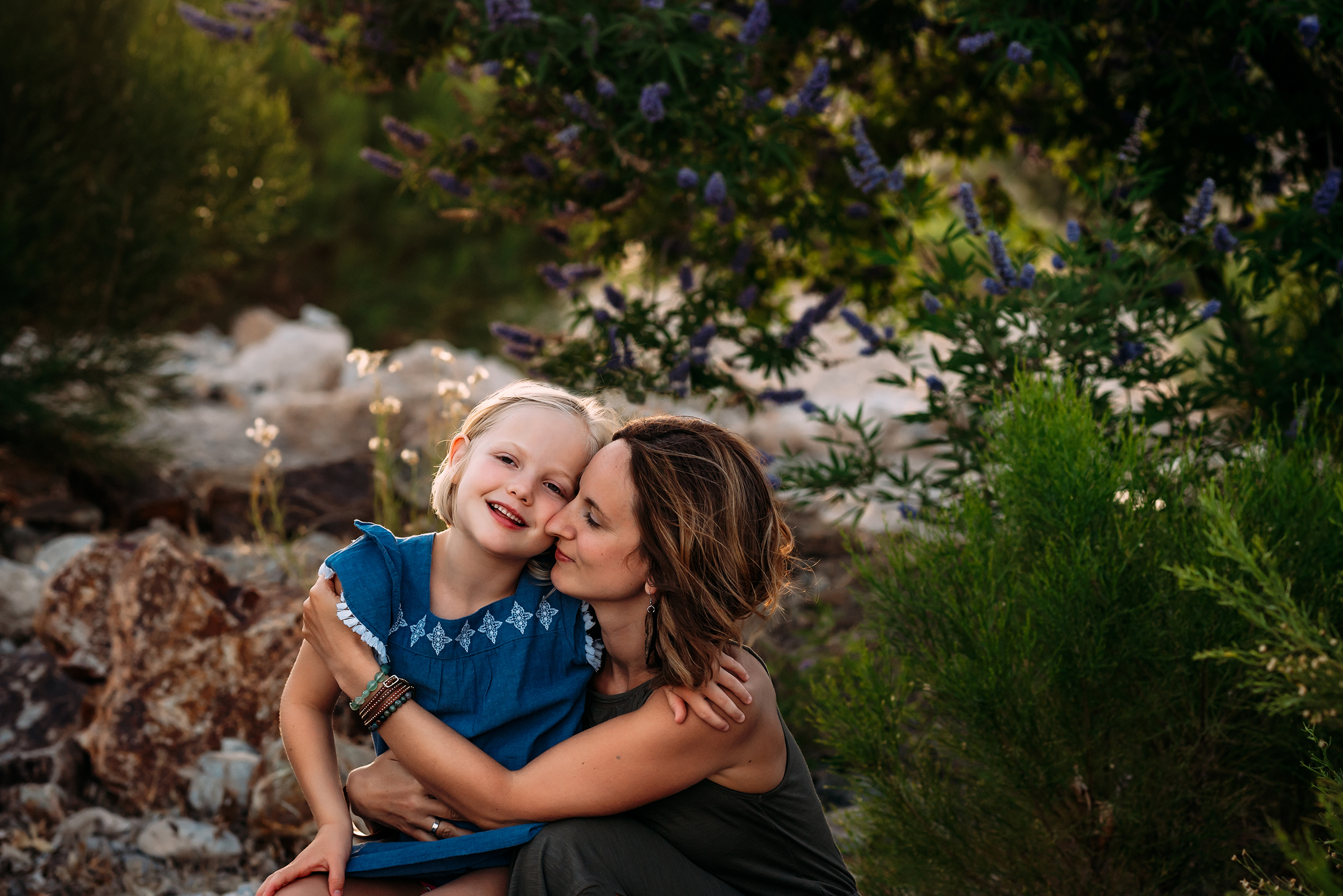
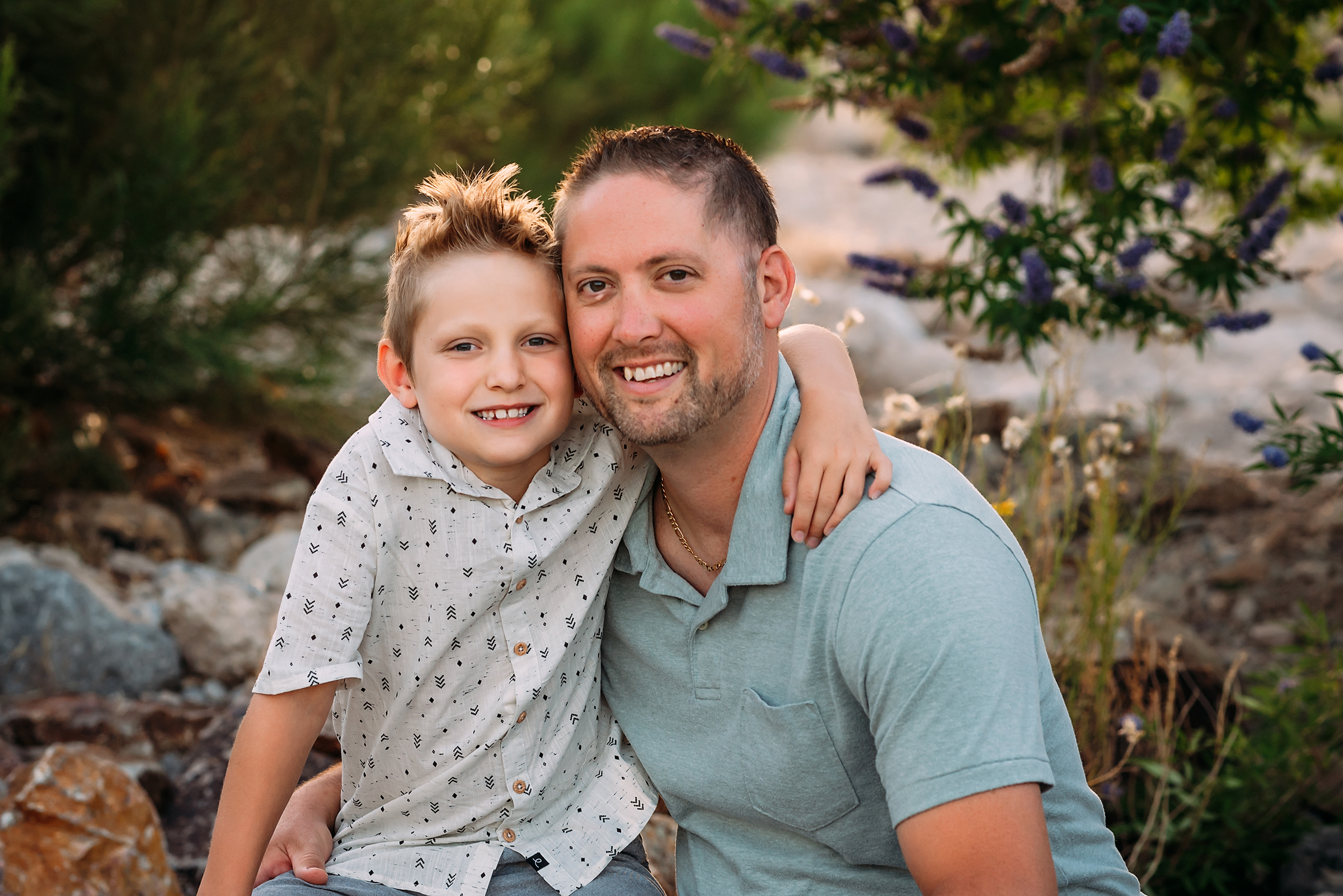
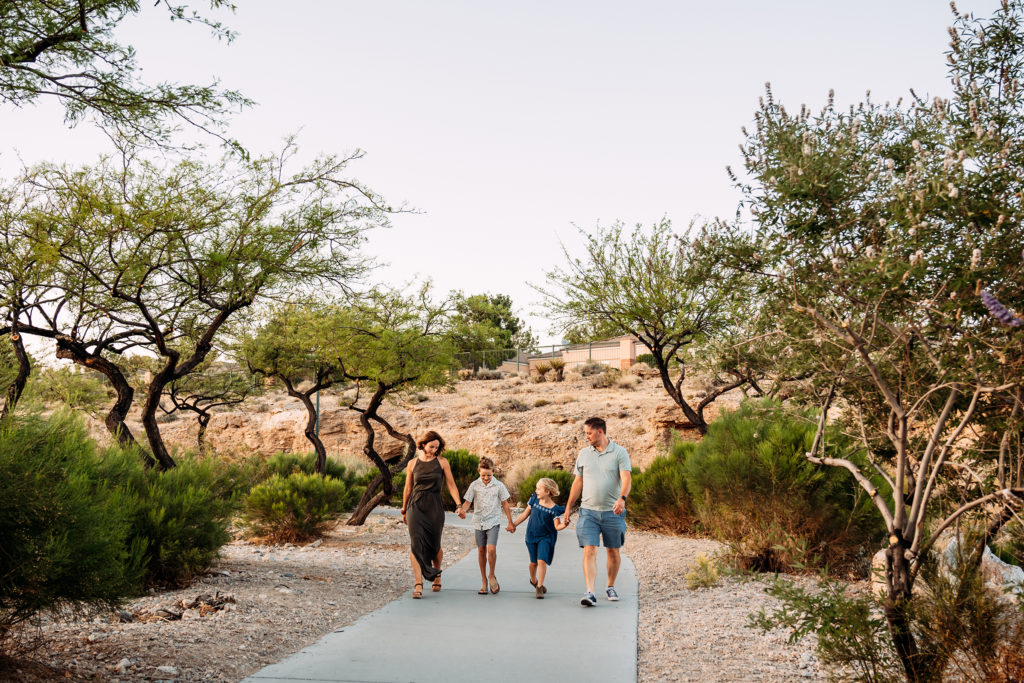
Thank you, Luedtke family, for always trusting me and for being the incredible human beings you are!
Friday, October 16th, 2020
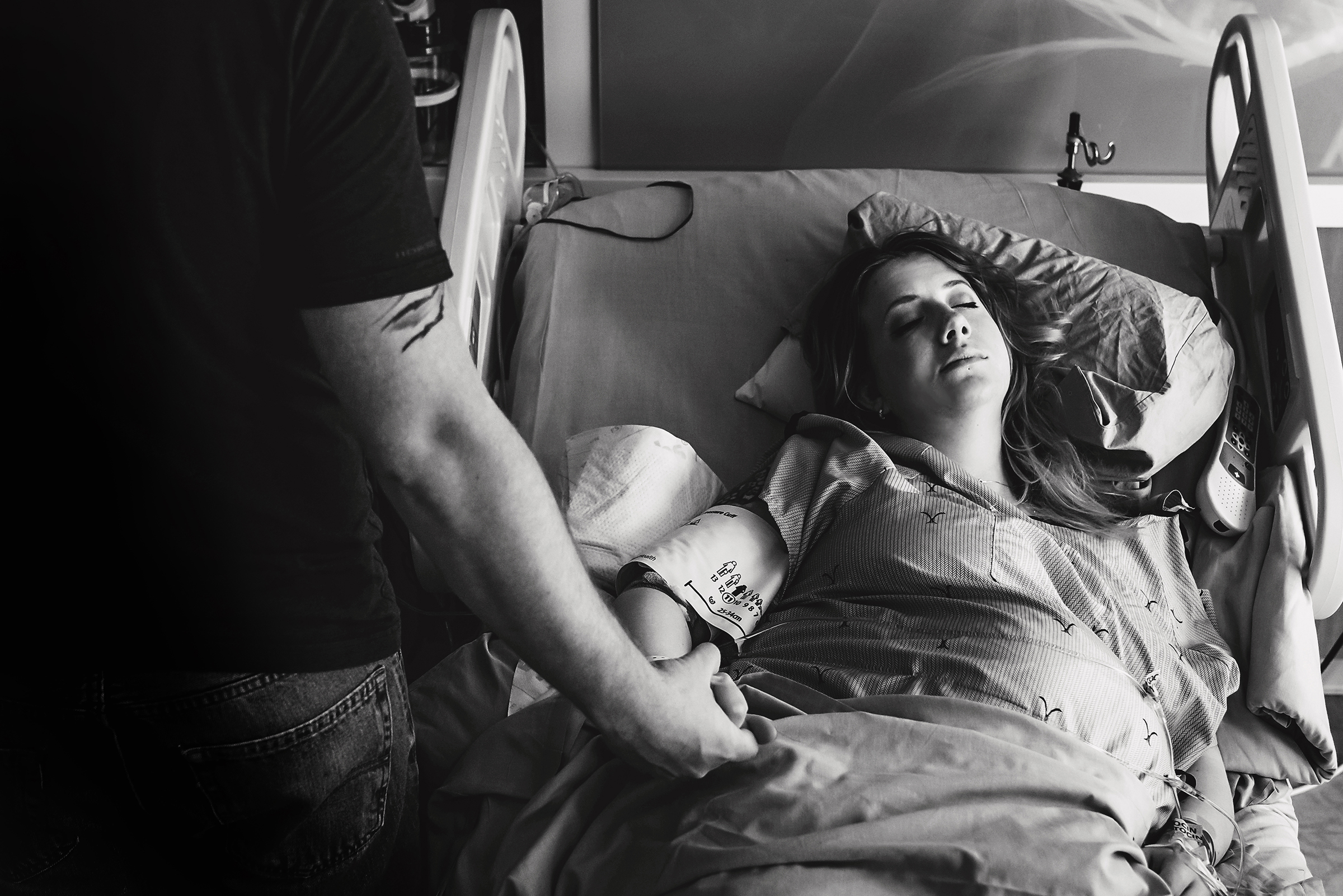
A Las Vegas Birth Story
There are so many fears and doubts that can hold people back from documenting their birth. I understand so many of those fears and doubts.
Birth is one of life’s most intimate and life-changing moments we experience. You are vulnerable and at your rawest. I would argue that this is why you should document your birth story.
Birth is made up of moments that change us at our very core, moments that cannot be relived or redone. It is also one of the most emotional times in our lives. It can become hazy and fade quickly amidst the loss of sleep, physical changes, and fleeting memories.
Emily found me after seeing a birth story shared on social media and was immediately interested! She says that she hadn’t really considered documenting her birth until she saw this post, and then saw my name mentioned in the thread as a local birth photographer and videographer. She reached out to me, and I am so glad that she did!
One of Emily’s main drives in wanting to document her birth was the fact that her family lives out of the country. Emily and Daniel met while he was serving in the Air Force in Europe. Her family is all still overseas, and wanting to have a way to share their birth with her family was important to her. (Be sure to see their beautiful birth film at the end of the post!)
There was much anticipation and excitement in the months and weeks approaching their birth, and they were so happy to have a way to share that with family and friends who could not be by their sides.
As Daniel is still on active duty, their birth would take place at Mike O’Callaghan Hospital at Nellis Air Force Base here in Las Vegas. Because it is a military hospital, it was necessary for them to arrange clearance for me onto the base. This was the perfect opportunity for us to meet in person and have a nice coffee date (I meet all my birth clients before their birth either in person or via FaceTime). We talked about what was most important to her and Daniel, the types of images and footage they were most interested in, what her biggest fears and concerns were, and I got to see exactly where I needed to go when the big day came.
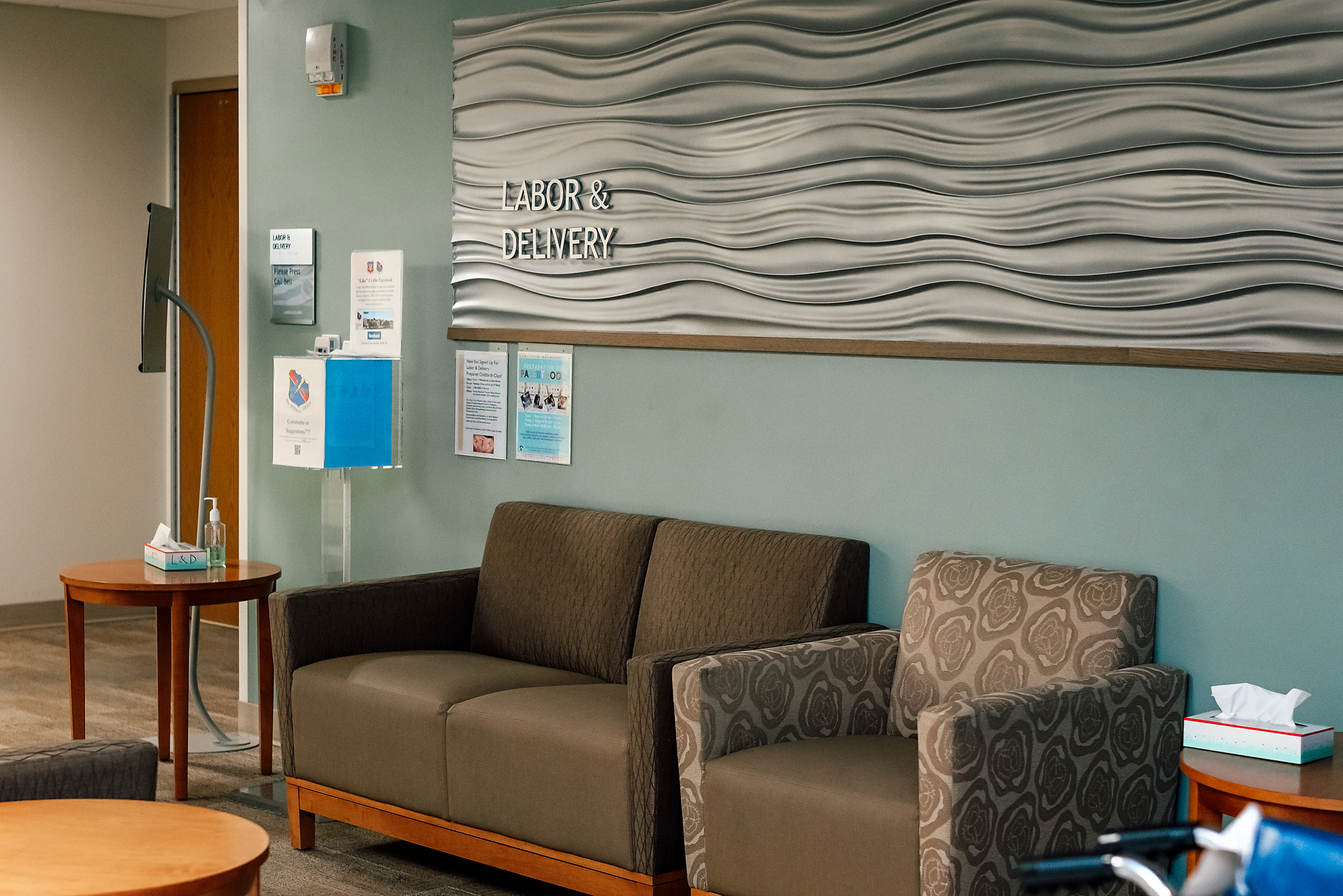
As Emily passed her due date, an induction of labor was set up.
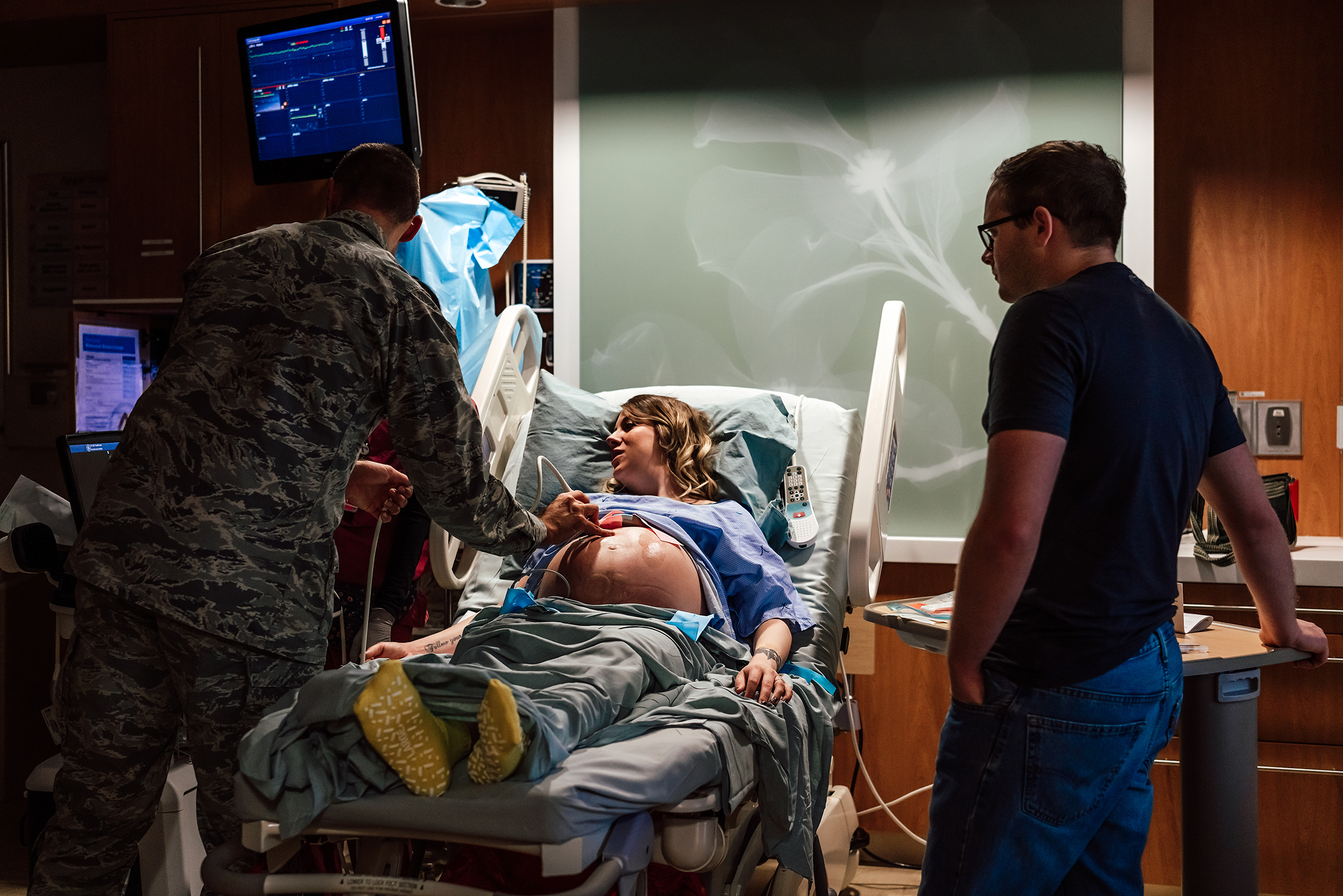
One of Emily’s wishes was to tell the whole story of their birth experience to share with her family and friends. So, we decided that I would come as she was being admitted to the unit and capture some of the early details of checking in and getting settled, and then would head home and wait for active labor before returning. That way, they could get the rest they needed, all the while adding additional details to their birth story.
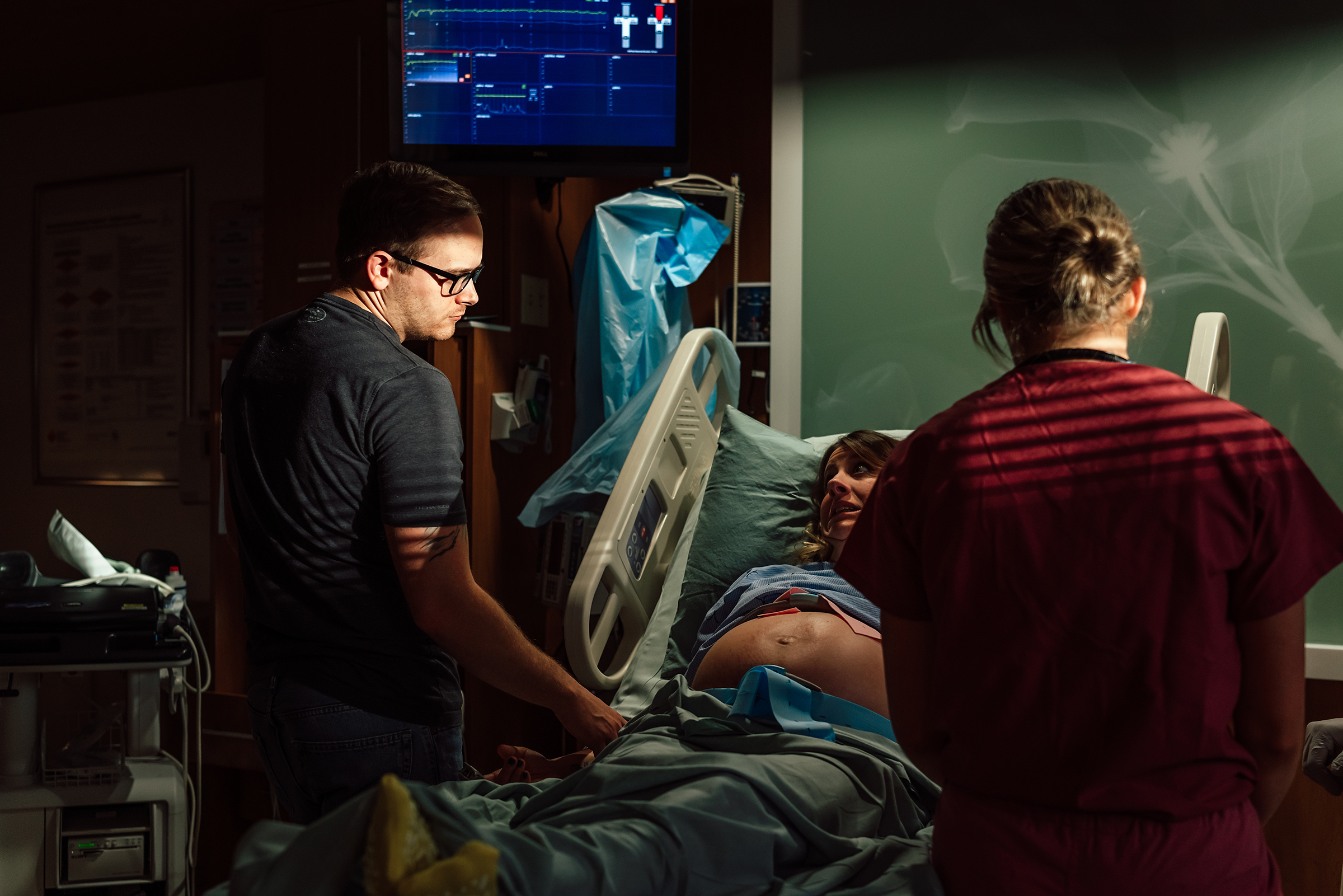
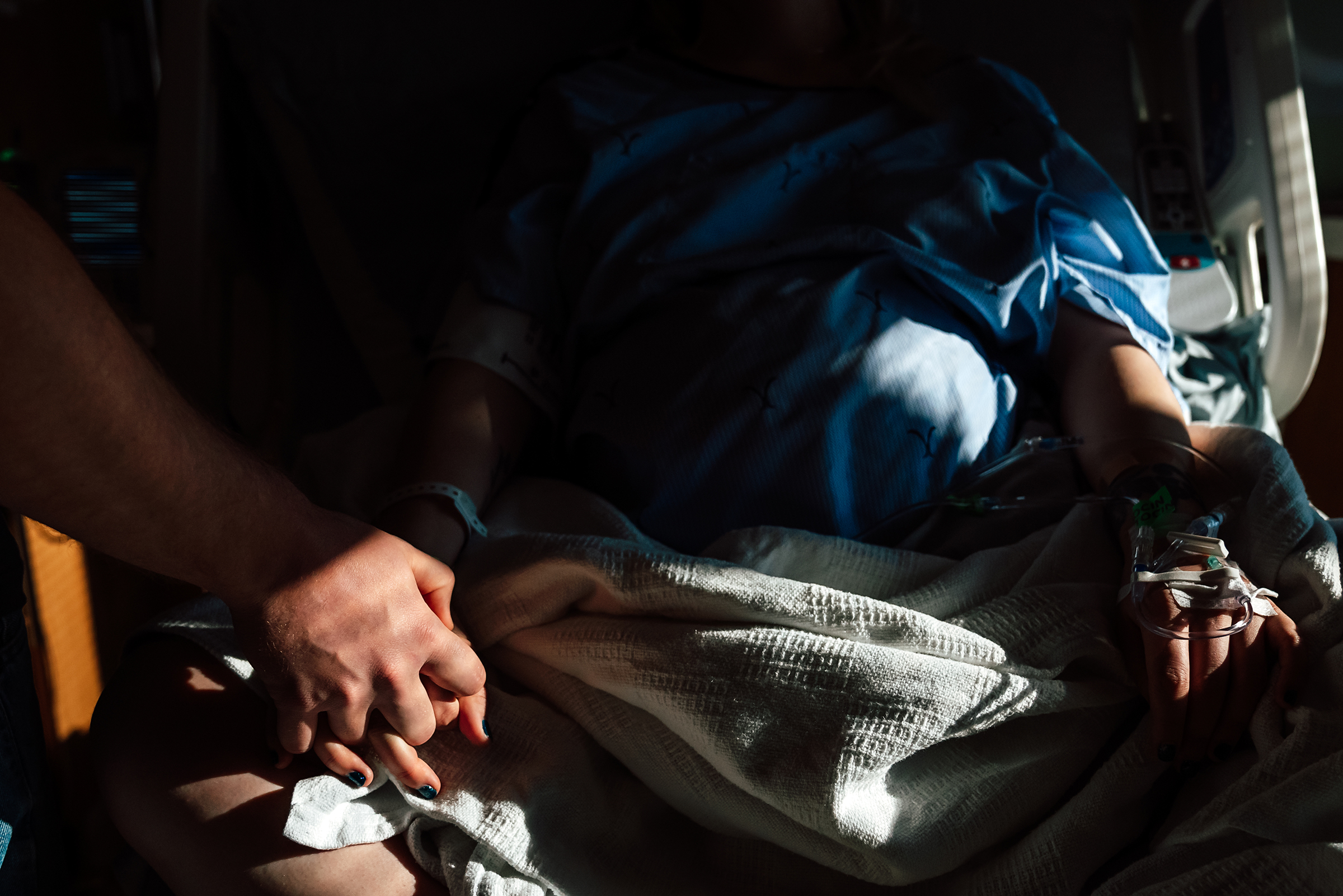
This was my first experience at our military hospital, and I was so impressed by their staff and the beautiful experience they gave Emily and Daniel. As a retired labor nurse of 19 years at another local hospital, I am always curious about how different care might be in other facilities. I do have to say each hospital has its own vibe and subtle differences. I think Nellis often gets a bad rap because it is a military hospital, but I have to say I walked away from this experience in awe of the care they provided this family.
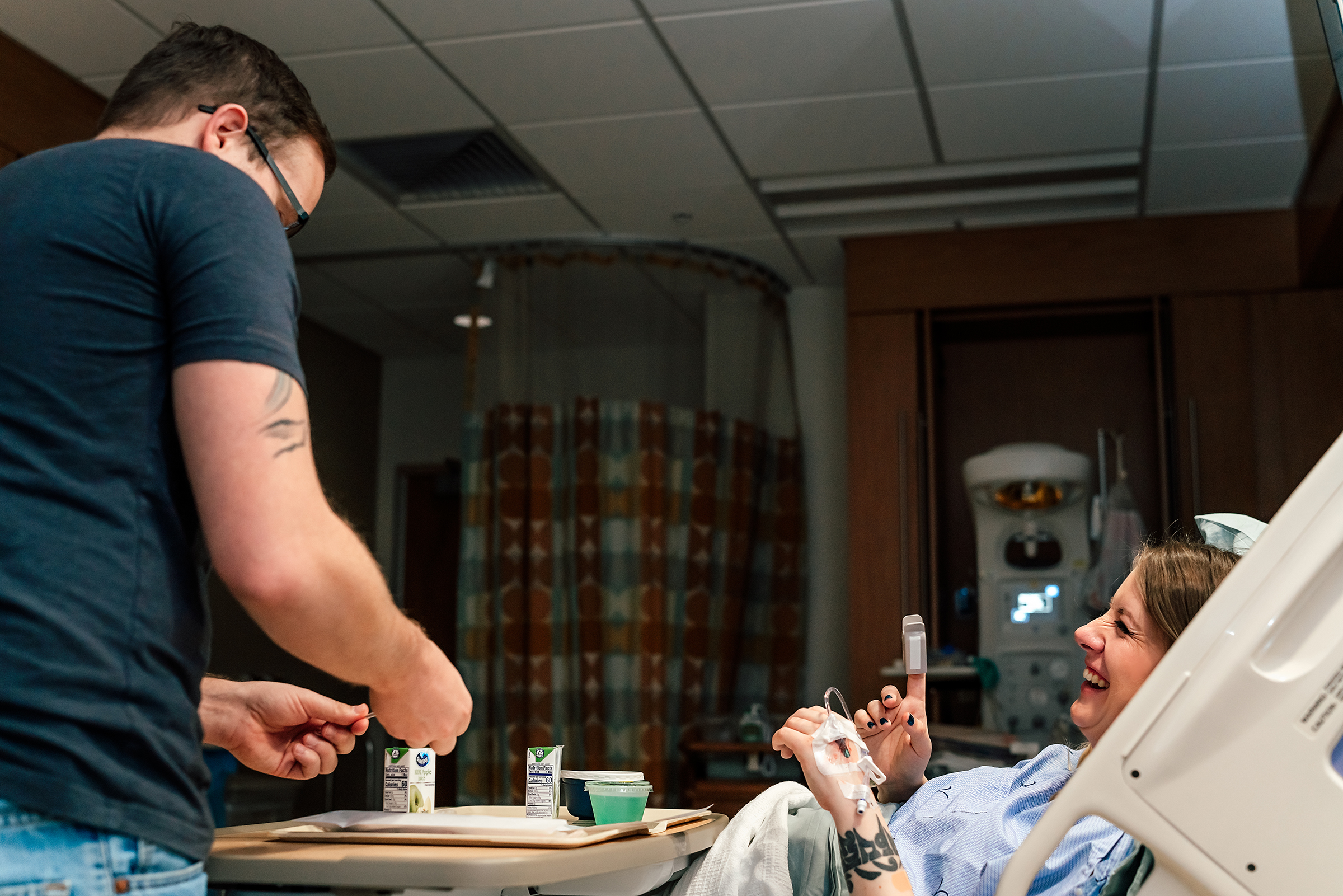
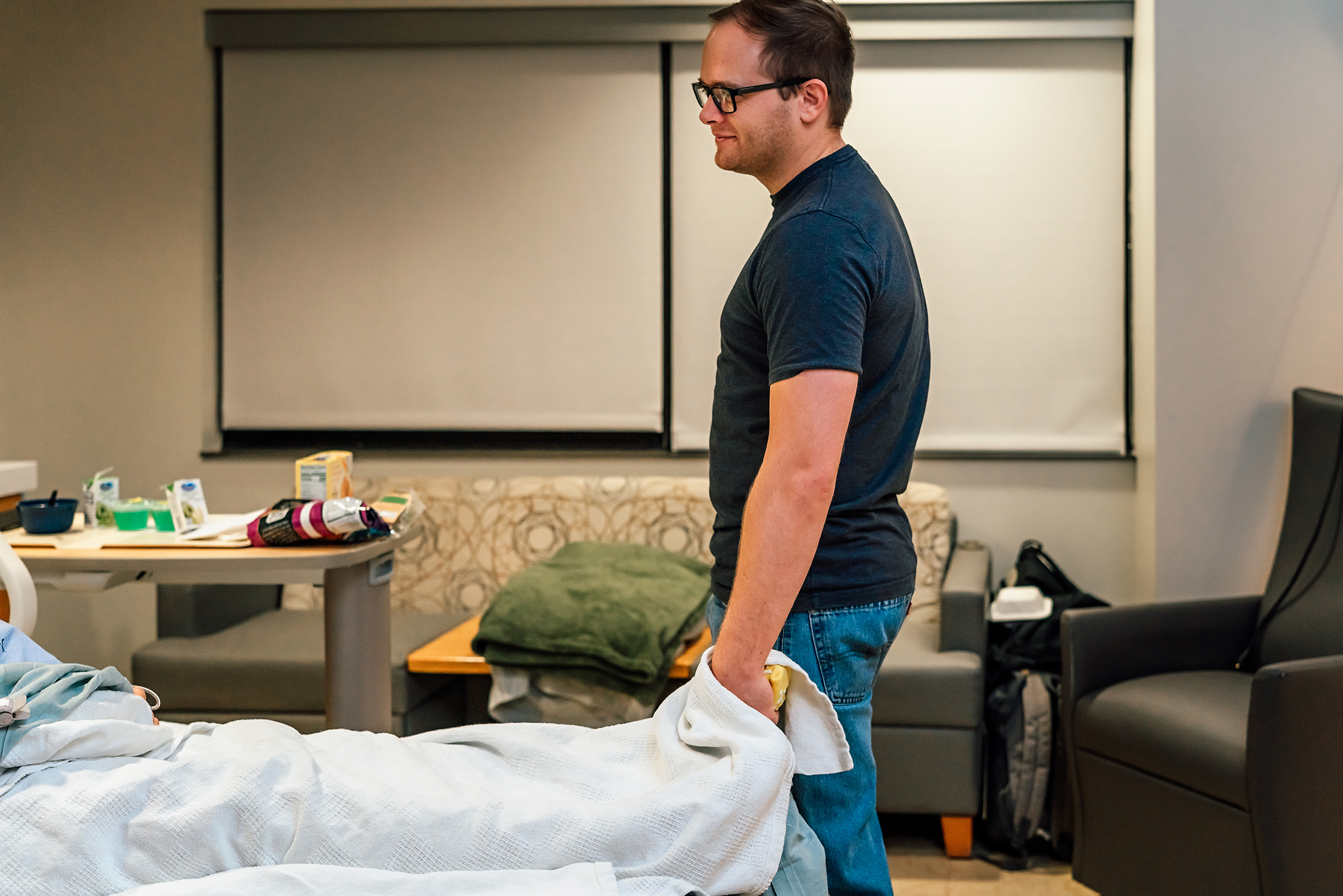
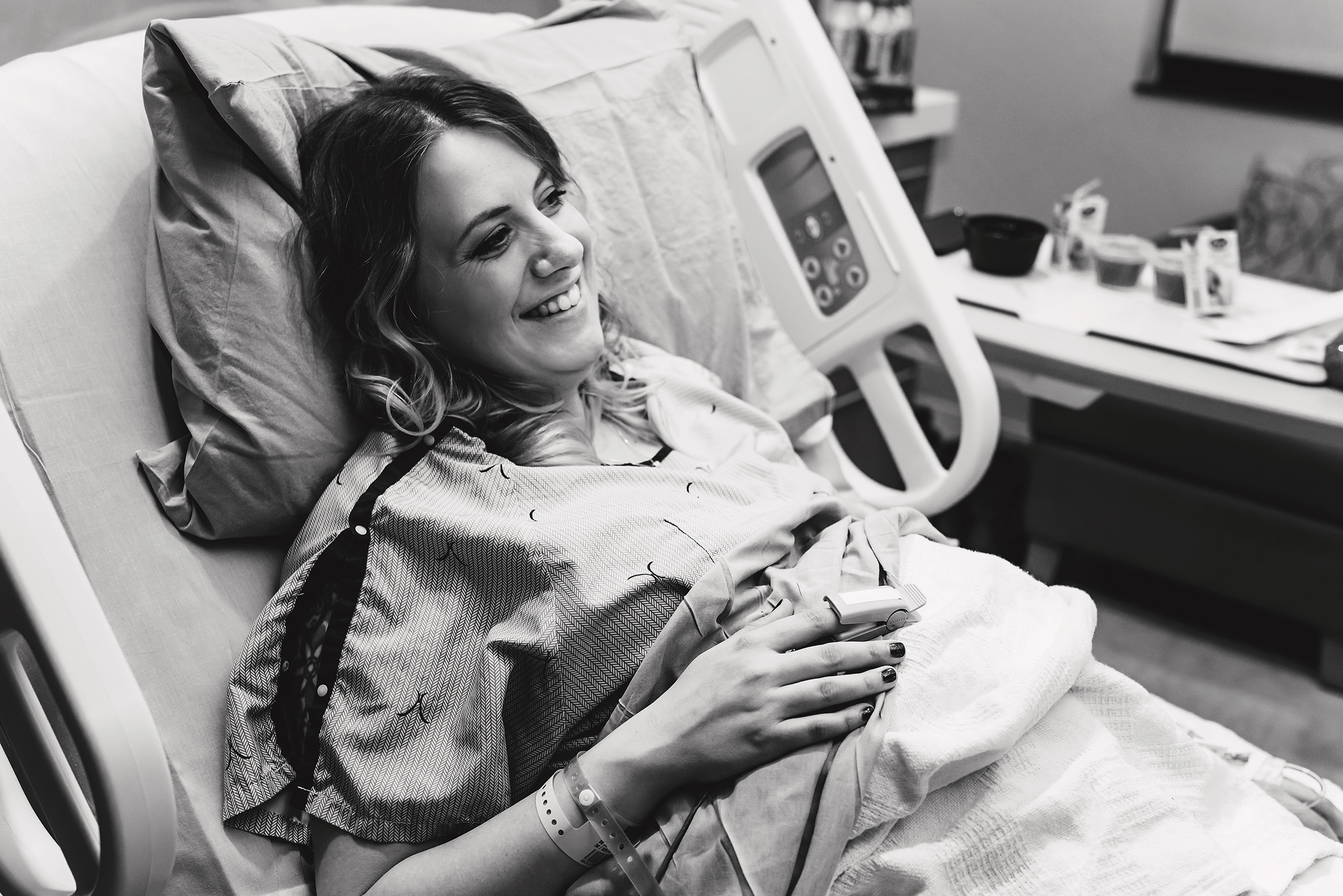
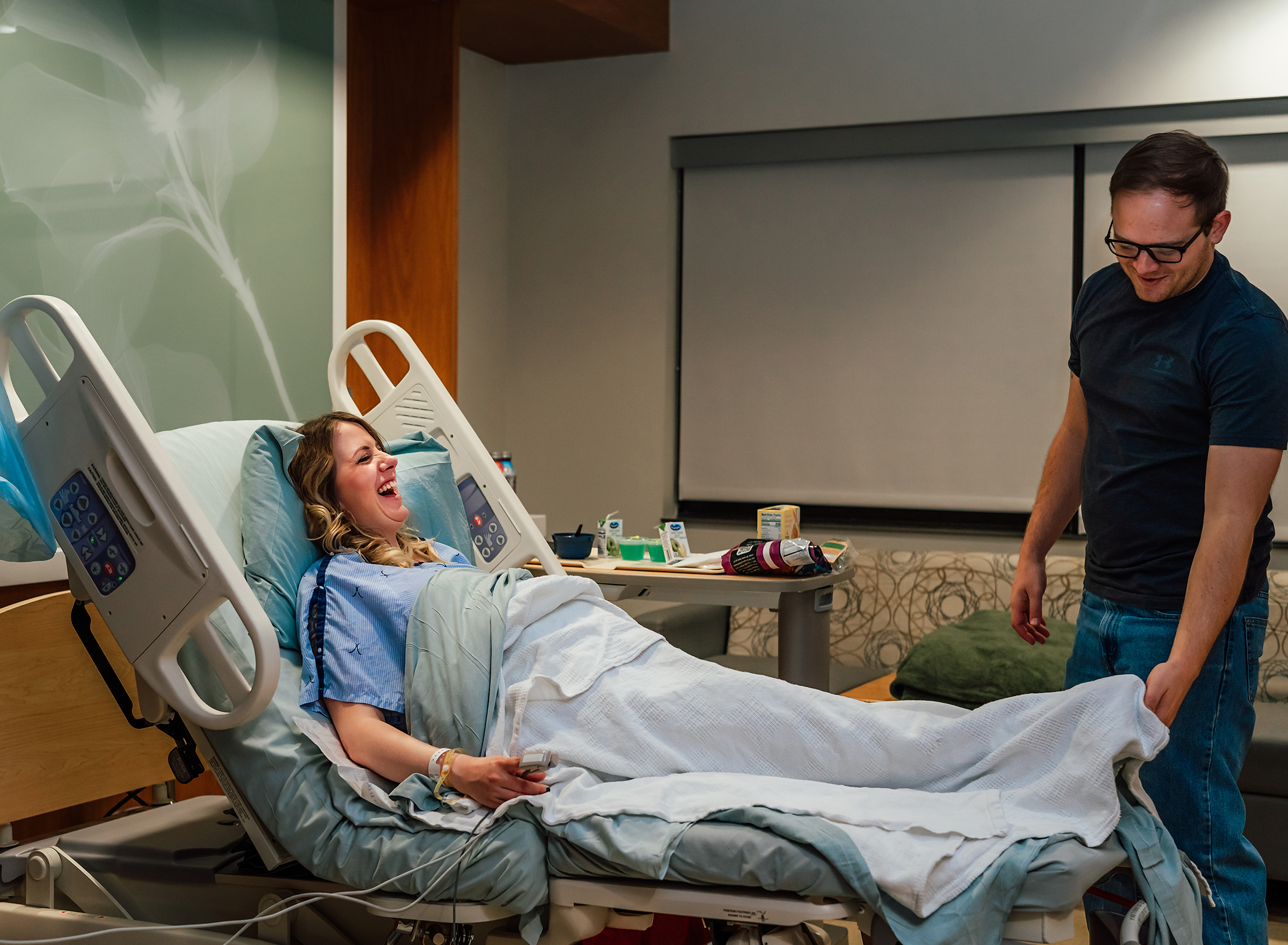
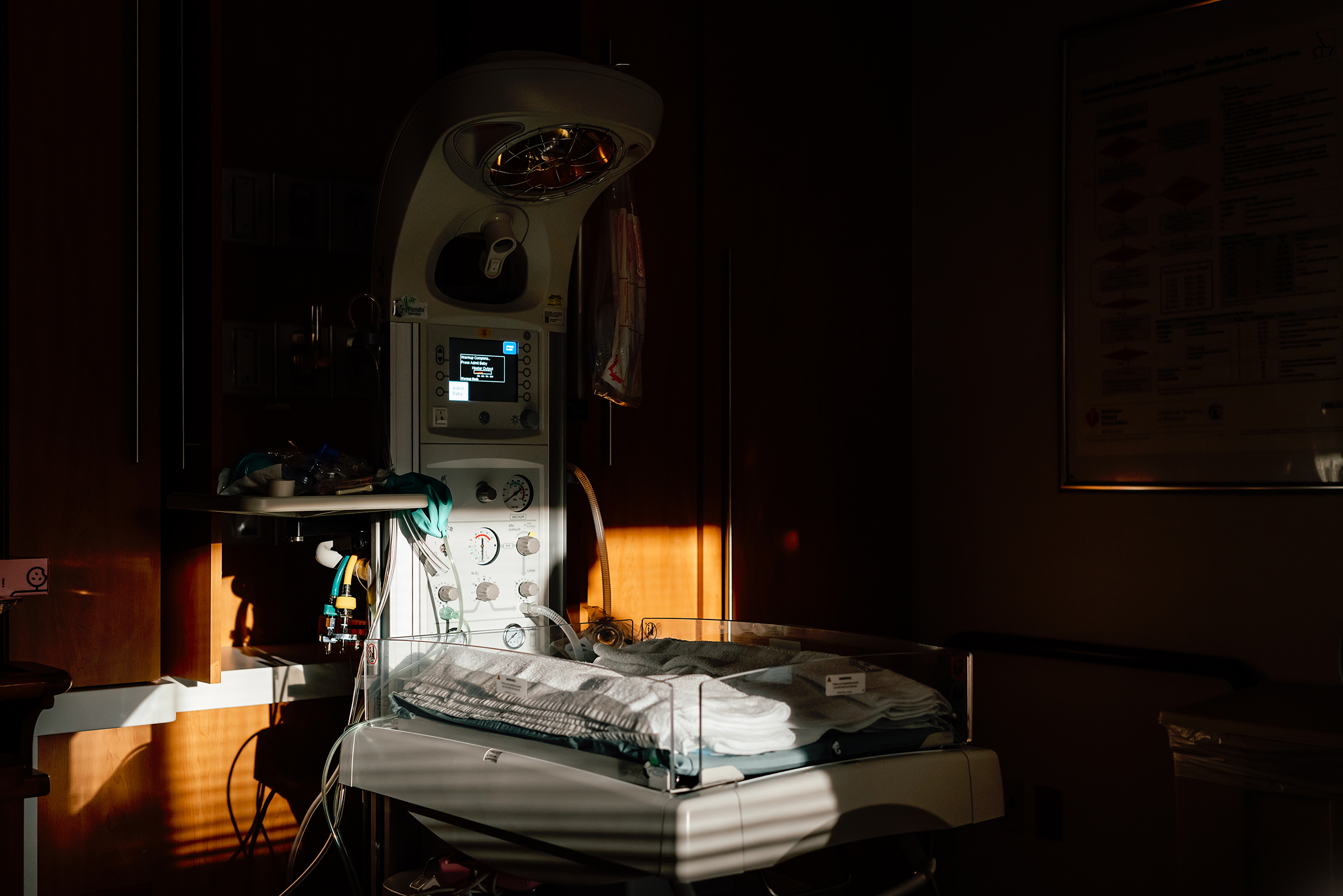

After they were all settled in and the plan of care discussed and initiated, I stepped out and went home to get some rest and await their call for my return. In the early morning hours, Emily let me know that she had progressed and had an epidural placed for pain relief. It was the perfect time for me to head back, be close by, and be ready to document more of their story.
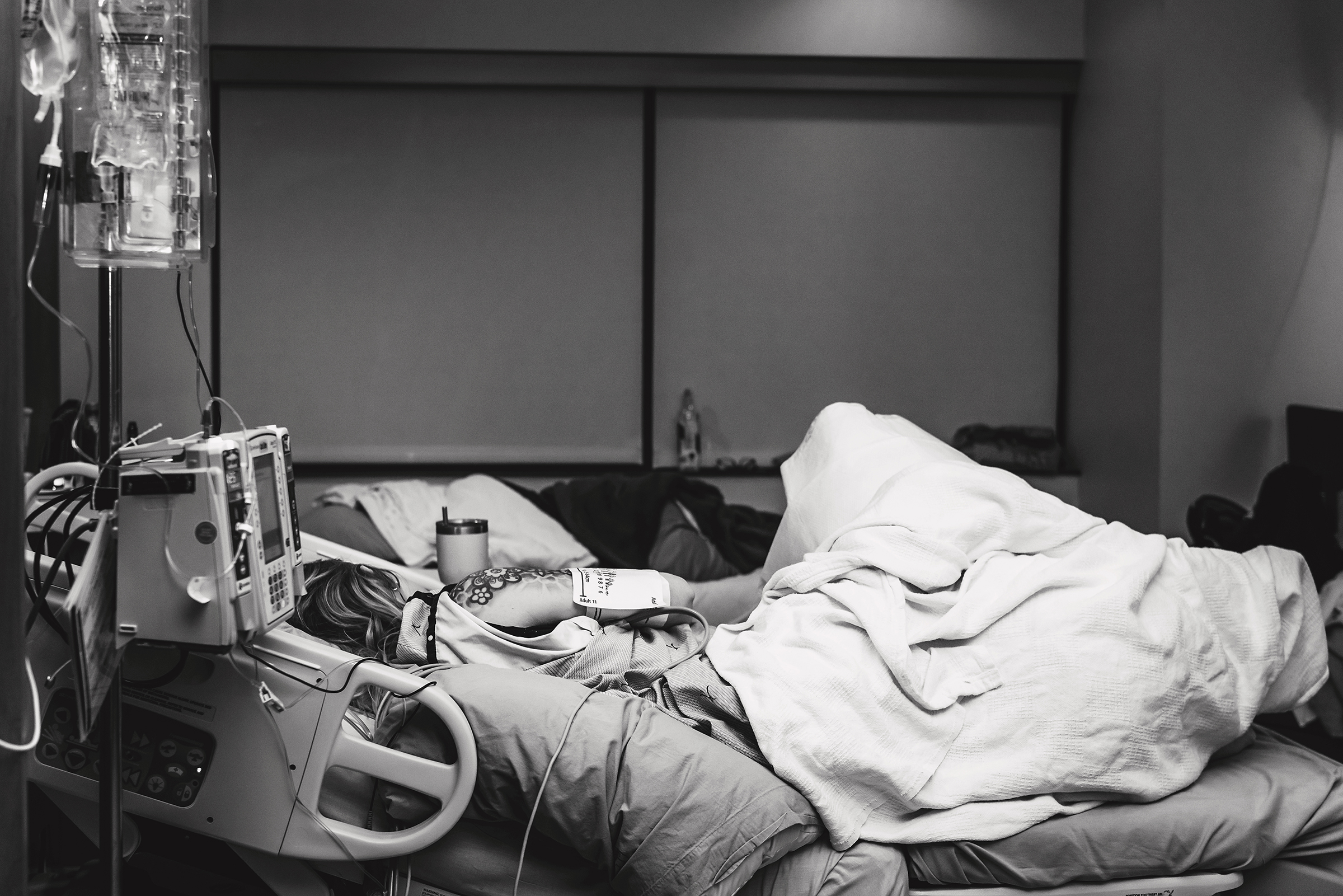
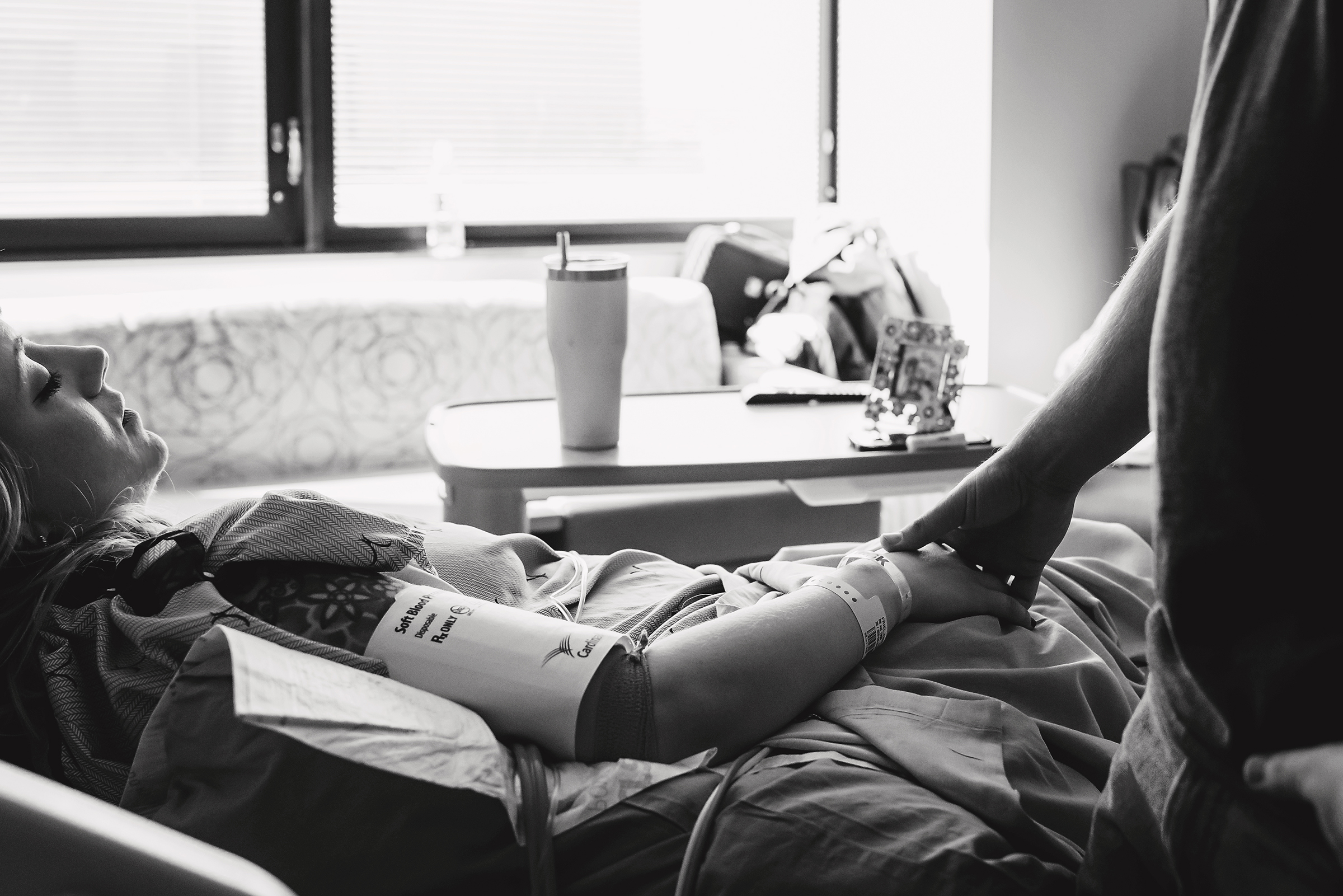
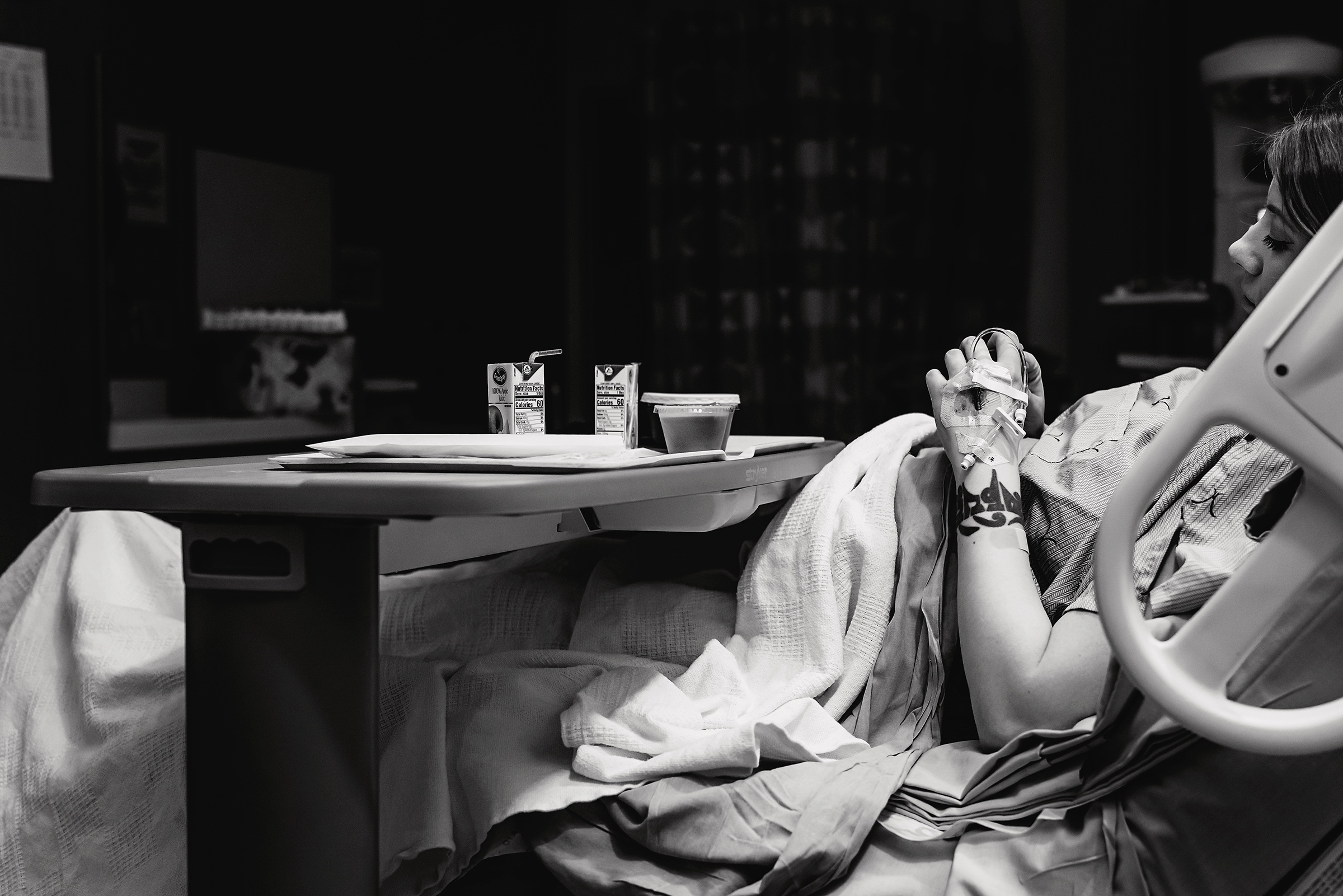
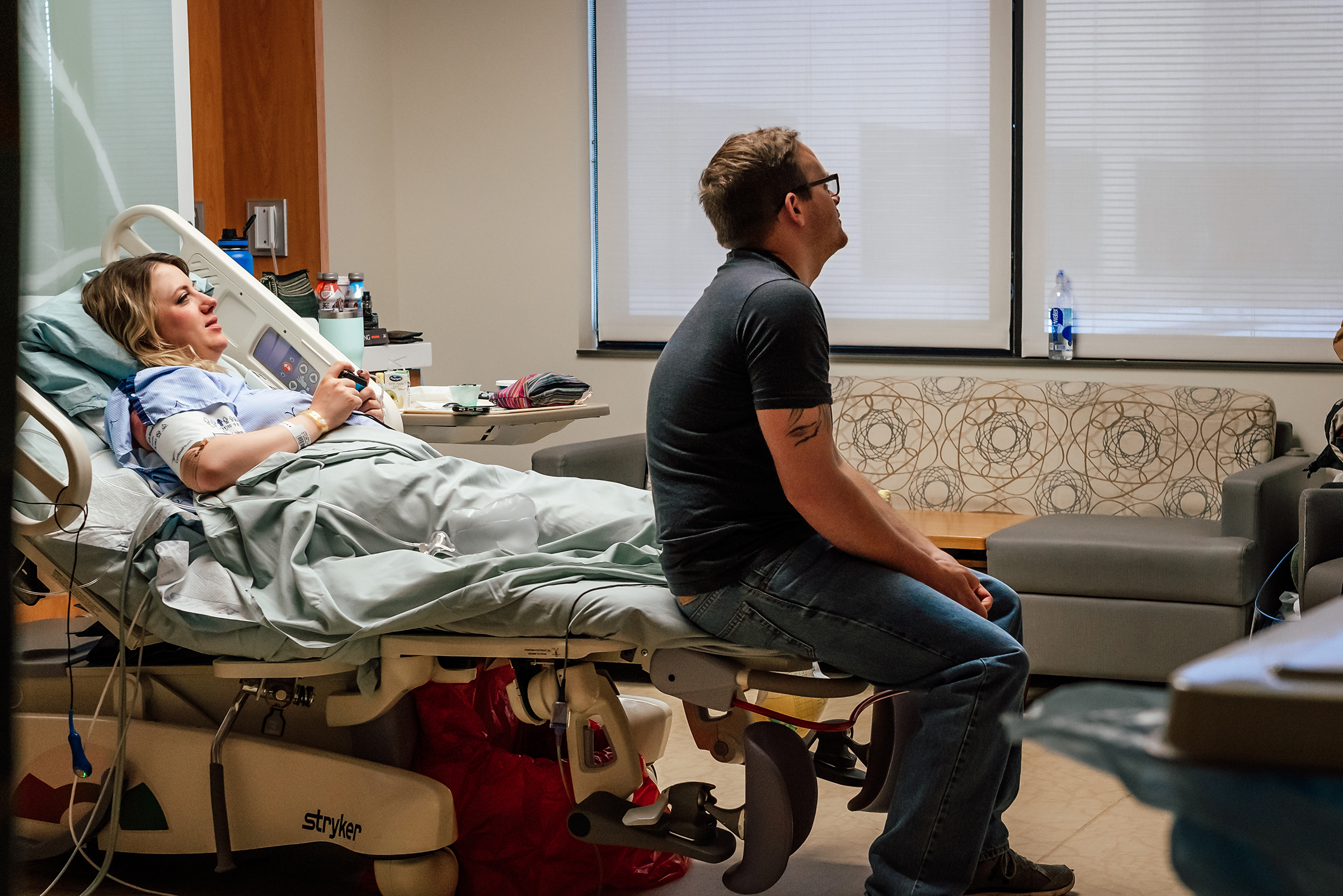
It had been almost 12 hours since their induction began, and Emily hadn’t really gotten much sleep but had received pain relief with her epidural placement, so she was able to finally squeeze in a small nap and some games with Daniel. It was a fun way to pass the time.
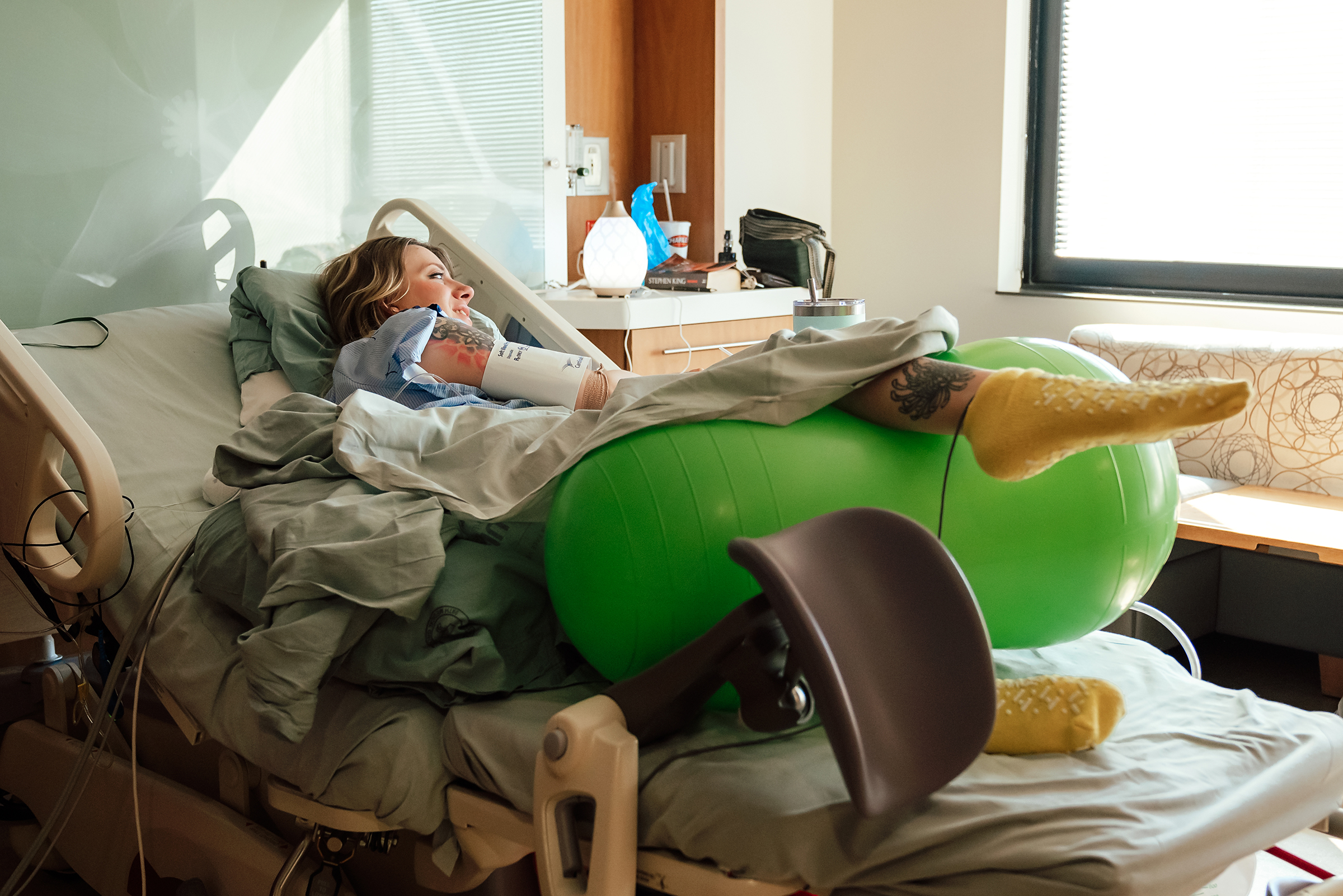

I love when clients bring personal items to keep at their bedside. It adds such a personal element and something beautiful to focus on. Emily kept a picture of her mother, who is no longer with her, at her bedside.
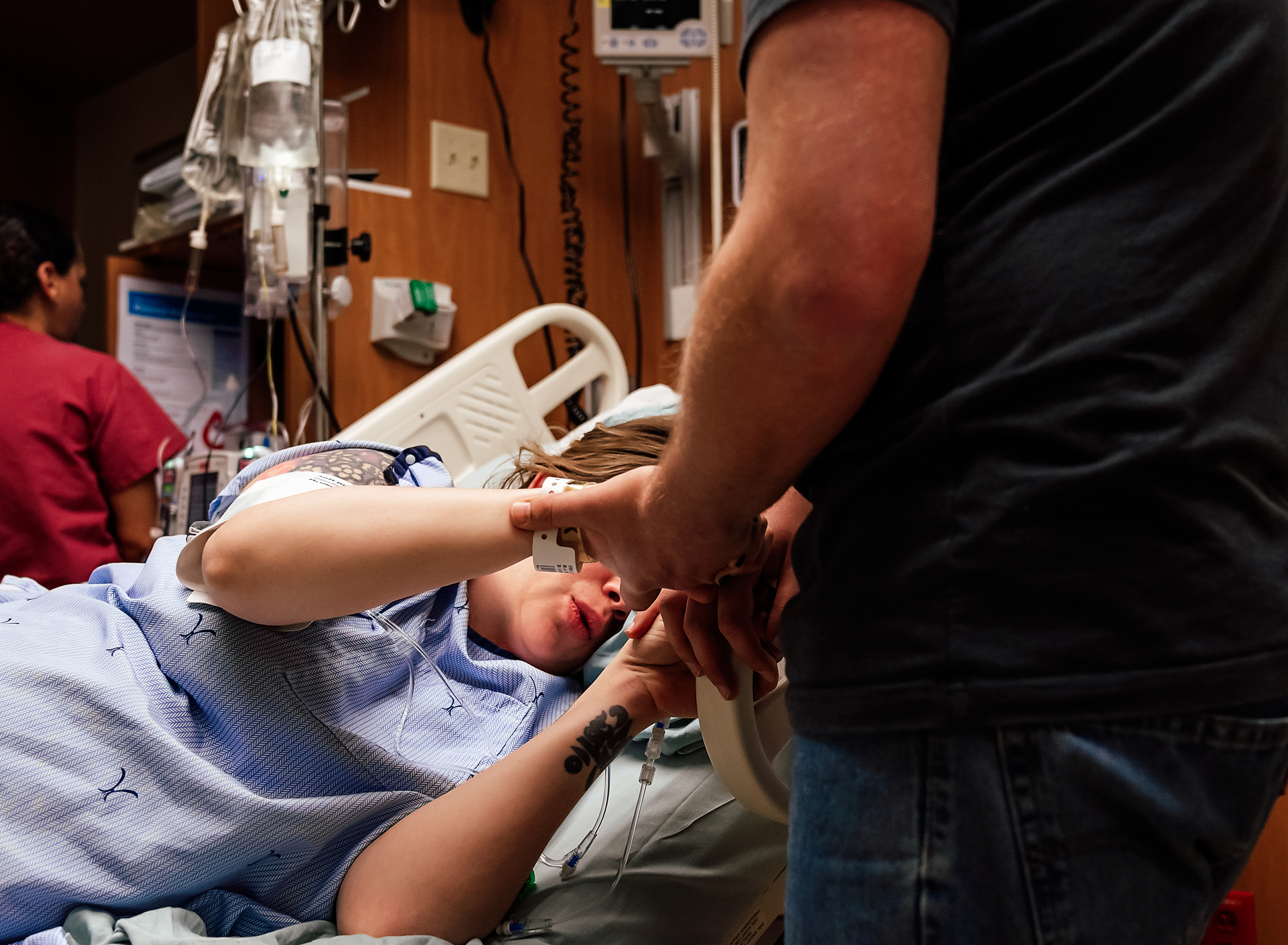
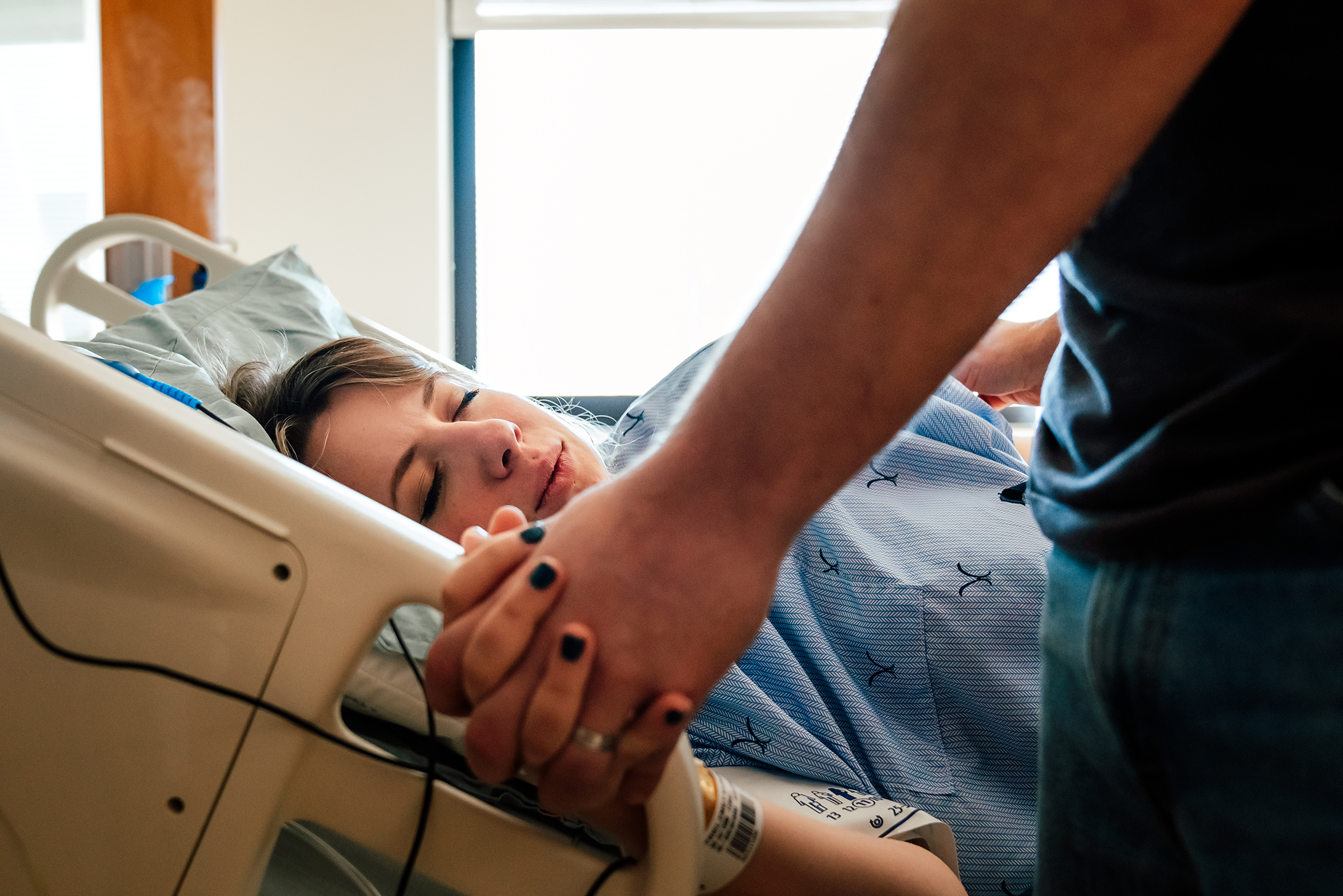
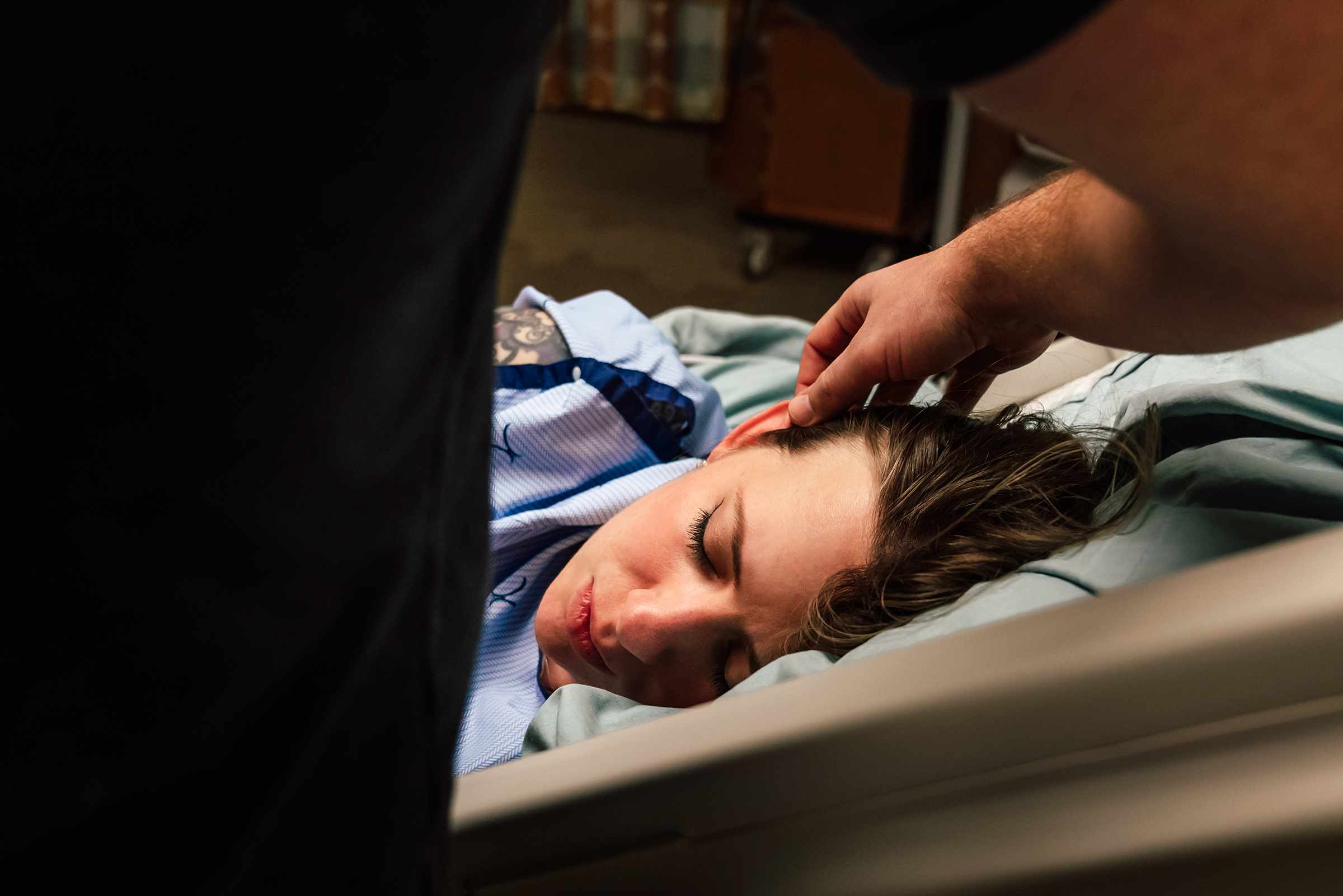
As the morning wore on, Emily became more and more uncomfortable and the staff did their best to keep her comfortable between position changes and adjustments to her epidural.

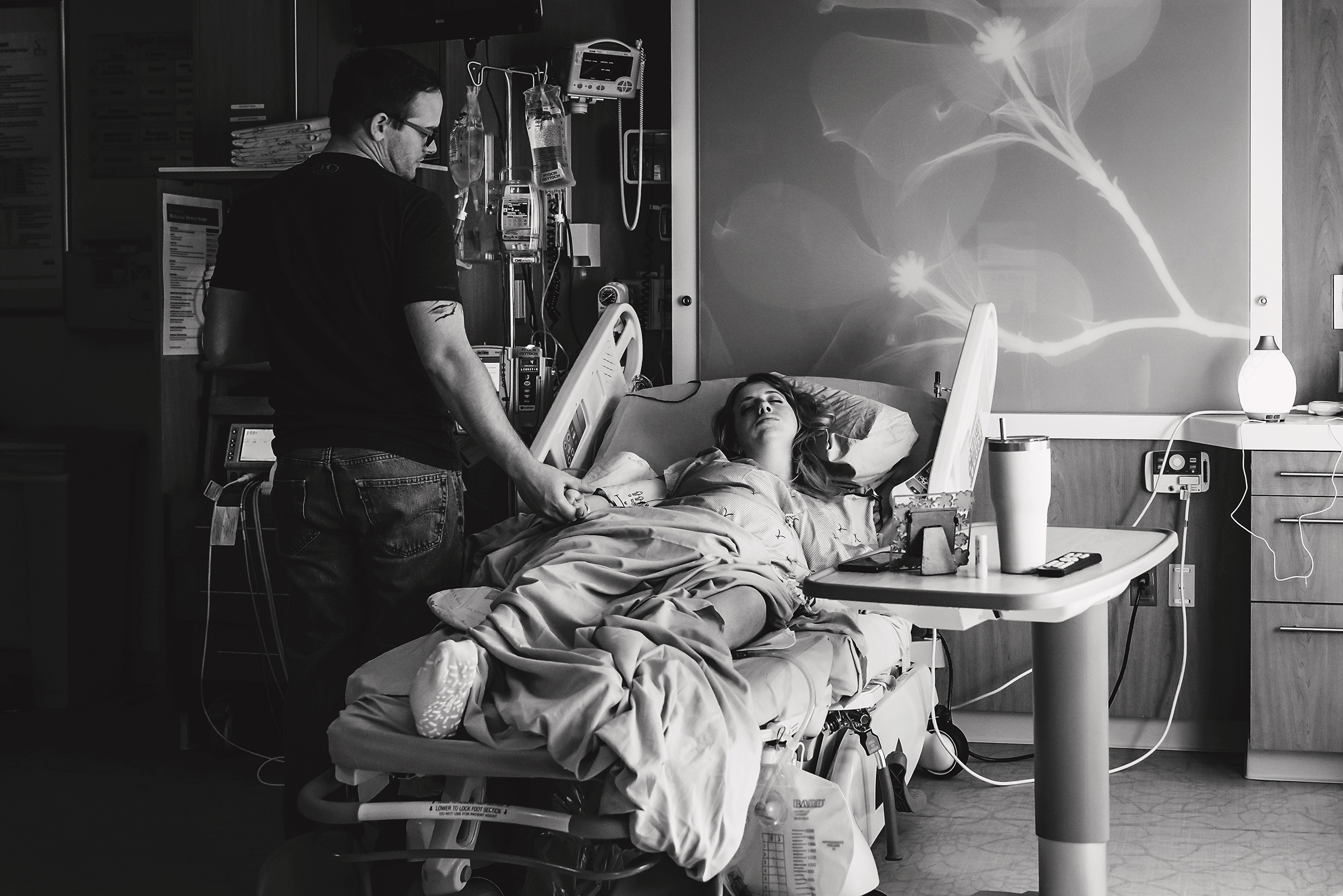
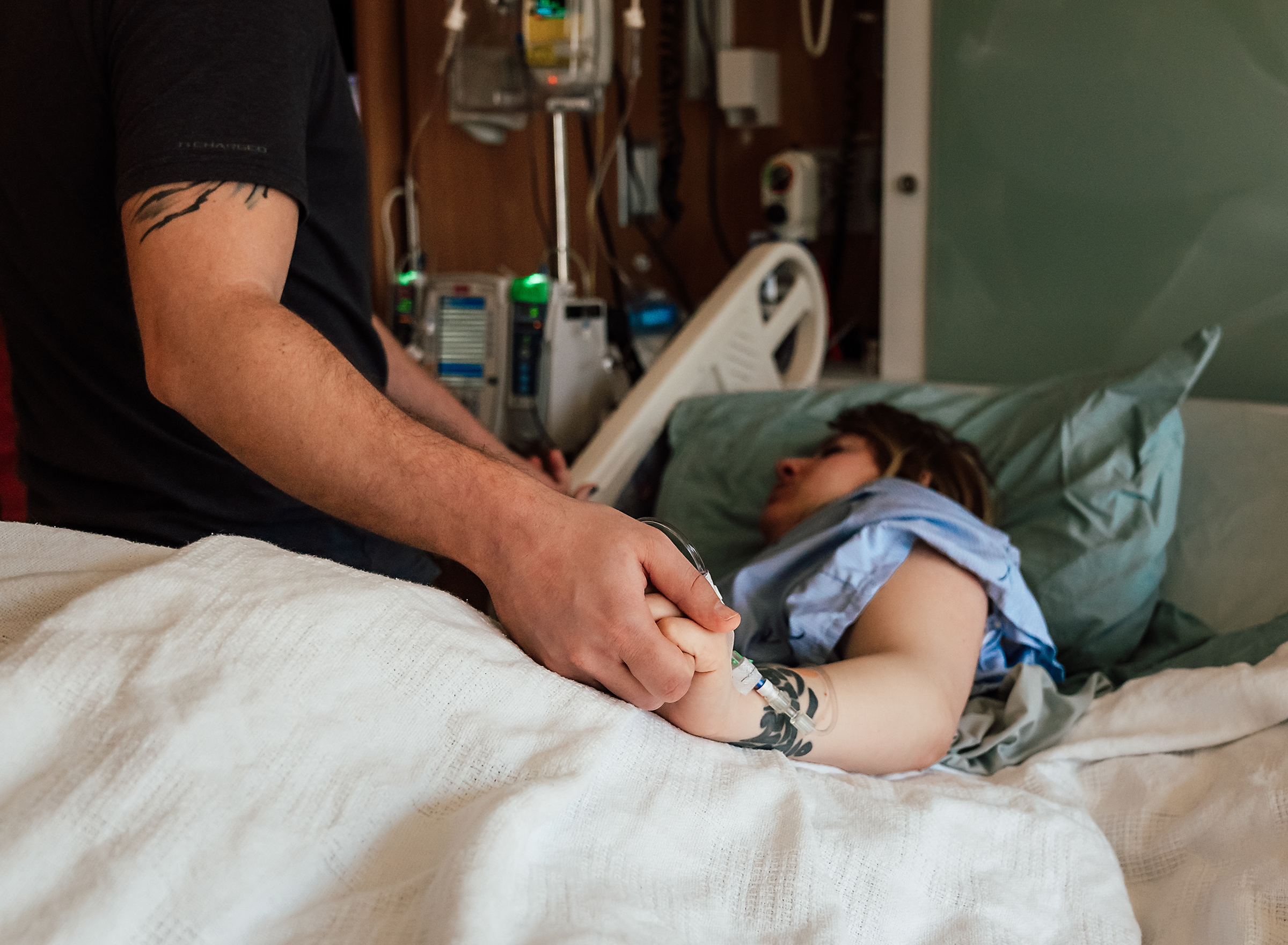
Even with the return of discomfort and the hours passed with no cervical change, Emily and Daniel remained positive and patient, trusting the process. I was really in awe of how strong Emily was. She kept such a beautiful attitude through it all.
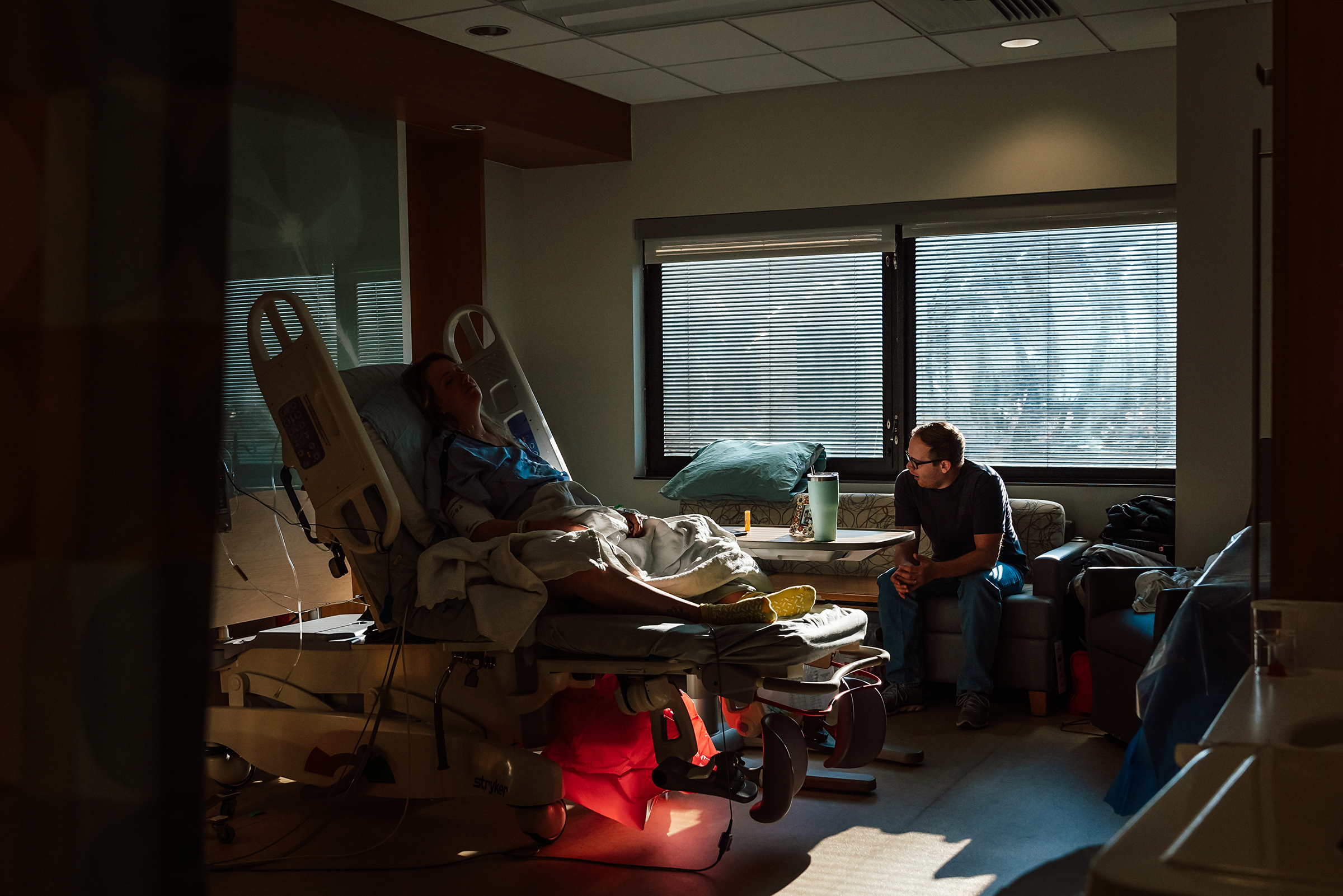
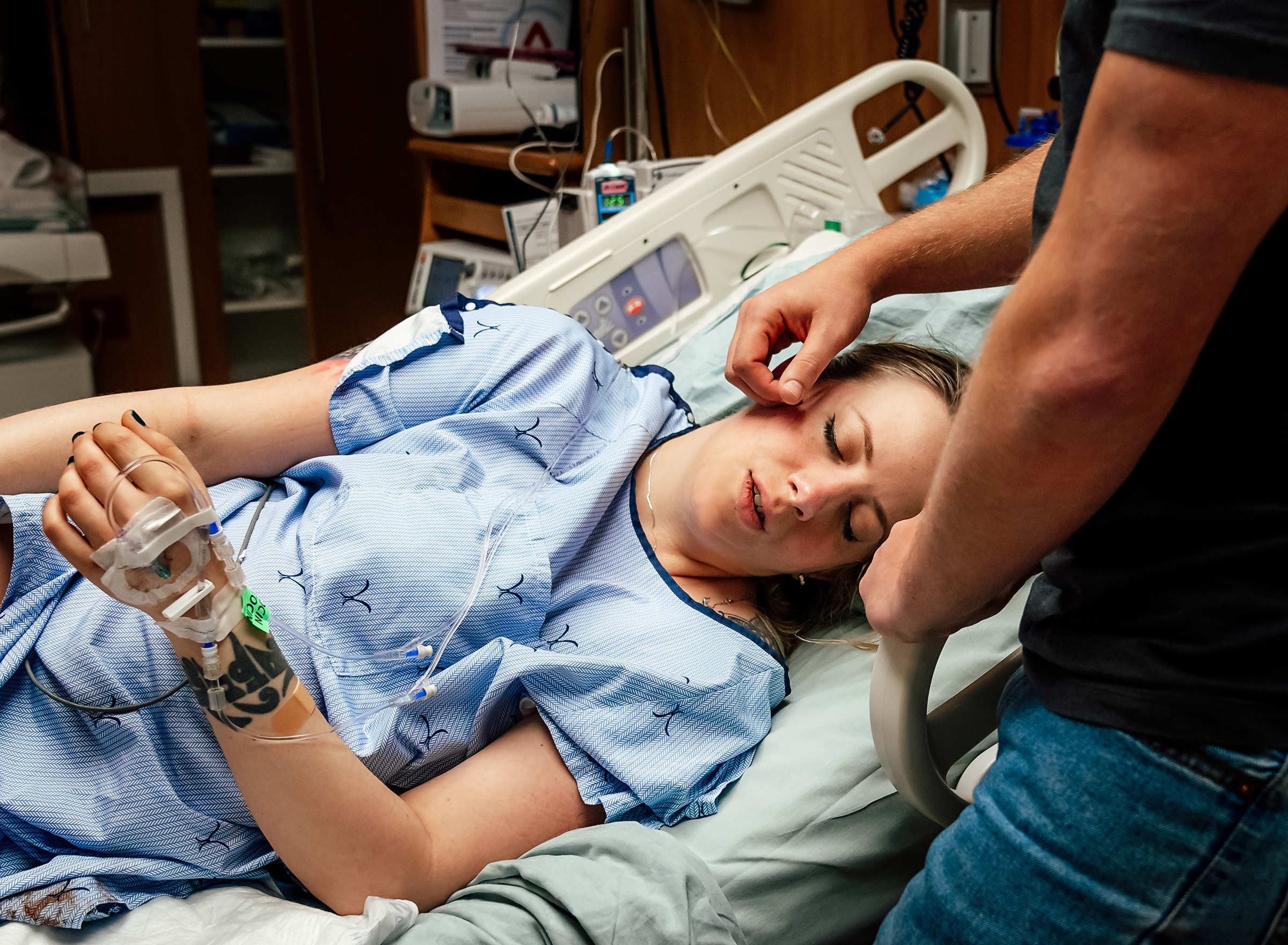
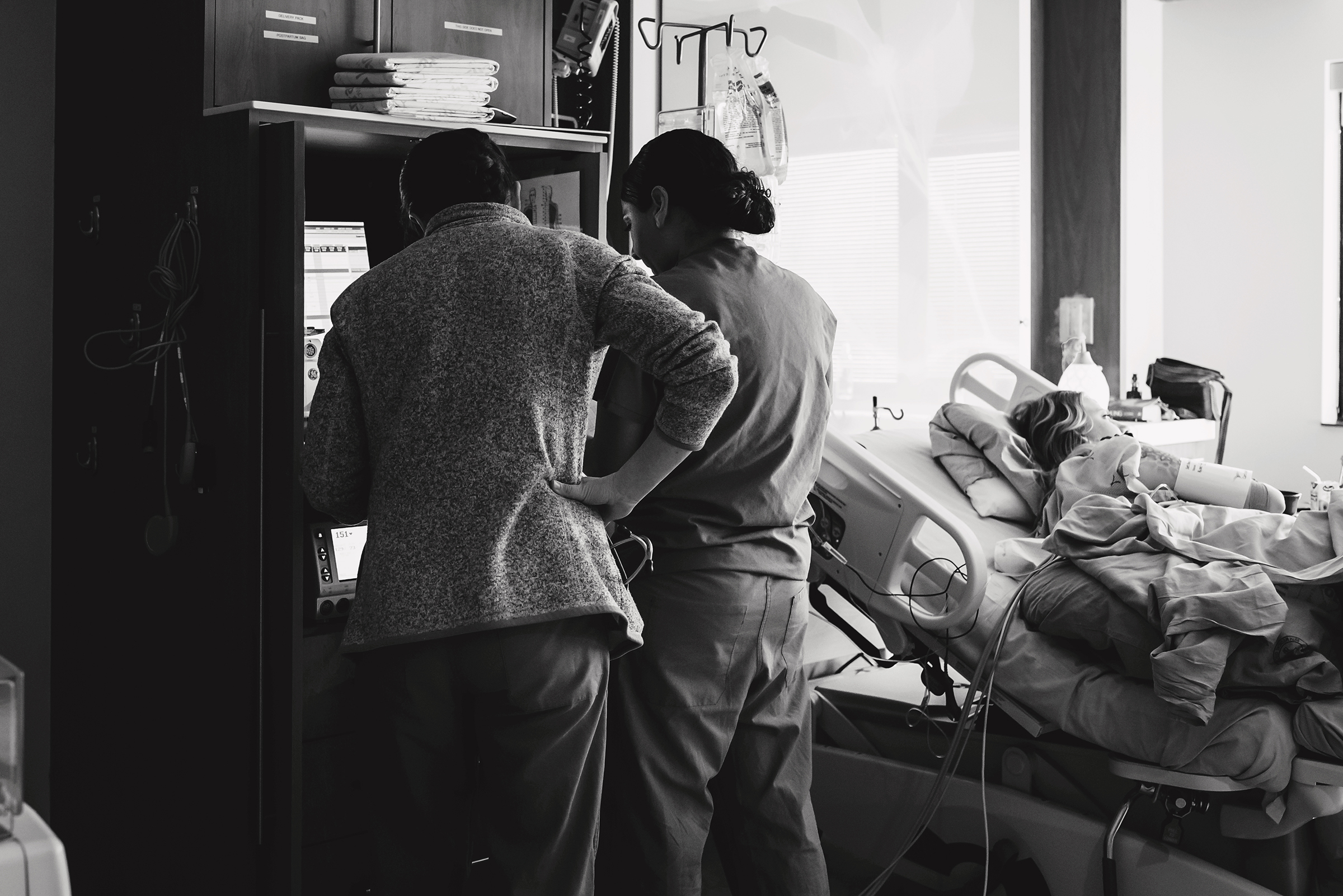


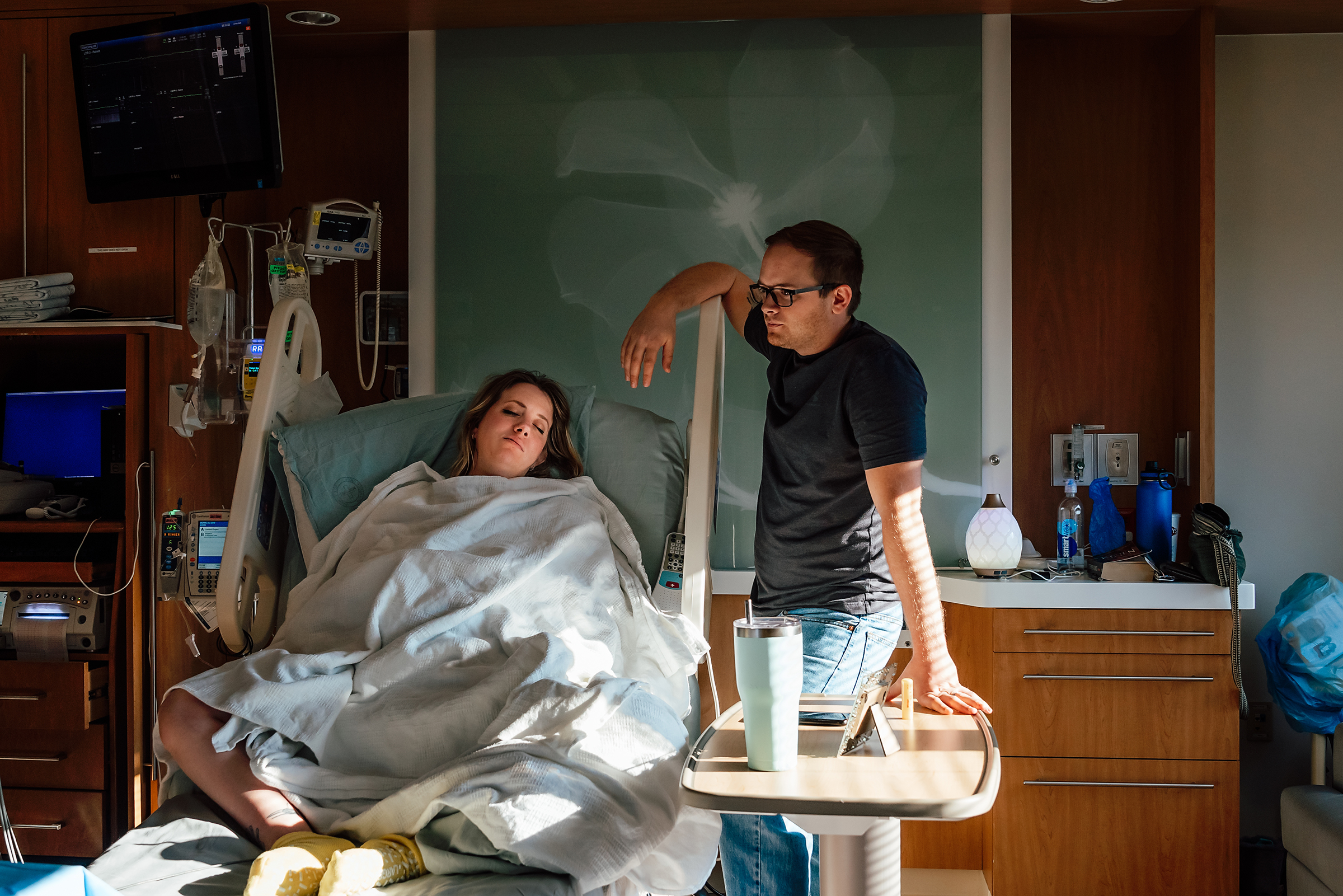
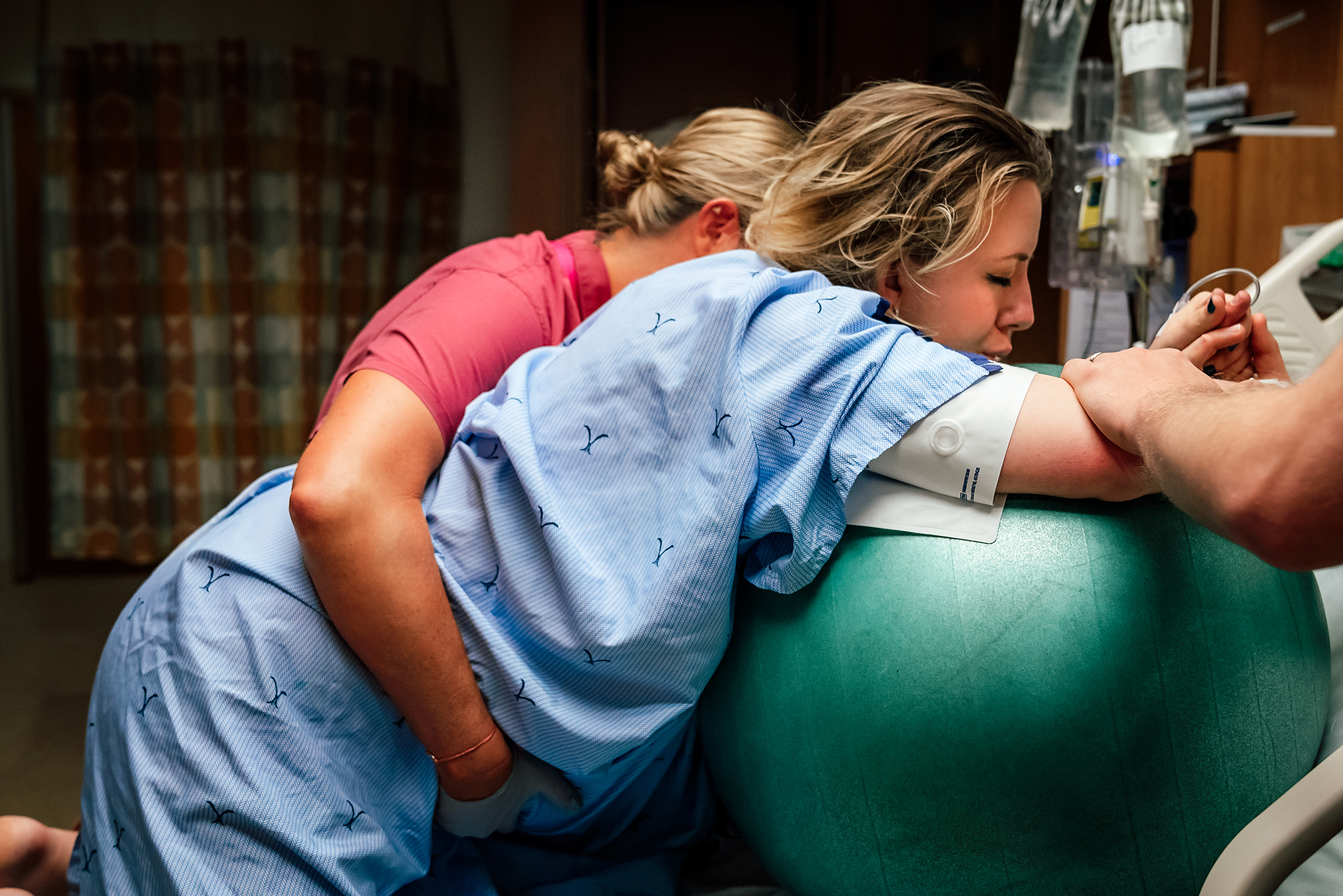
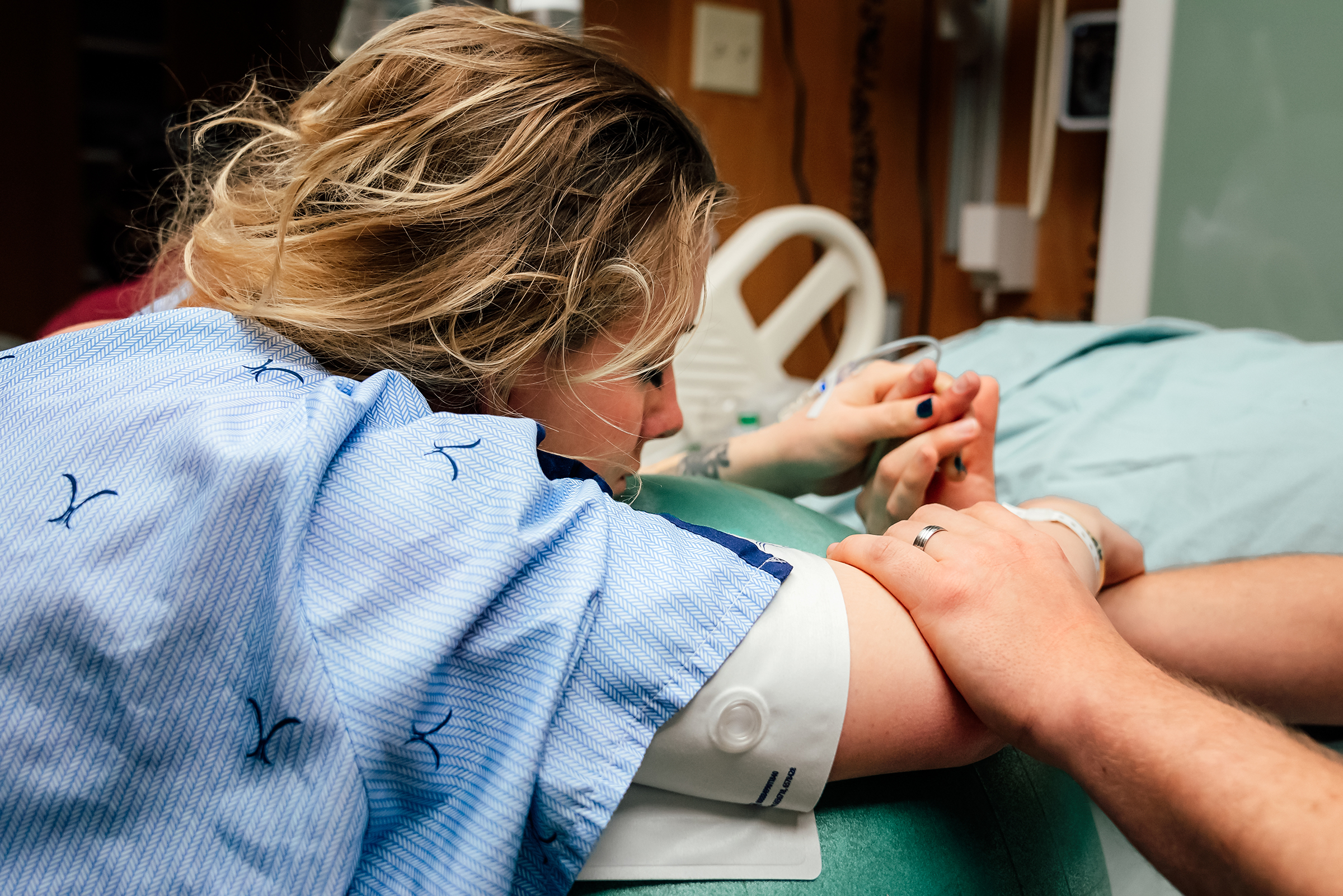
As Emily labored through another shift change with still not much cervical change, her night shift nurse came in and advocated for Emily, trying everything she could to help her baby rotate. Her advocacy and interventions were just what Emily needed at this stage, and she quickly progressed to complete dilation and was soon ready to push.
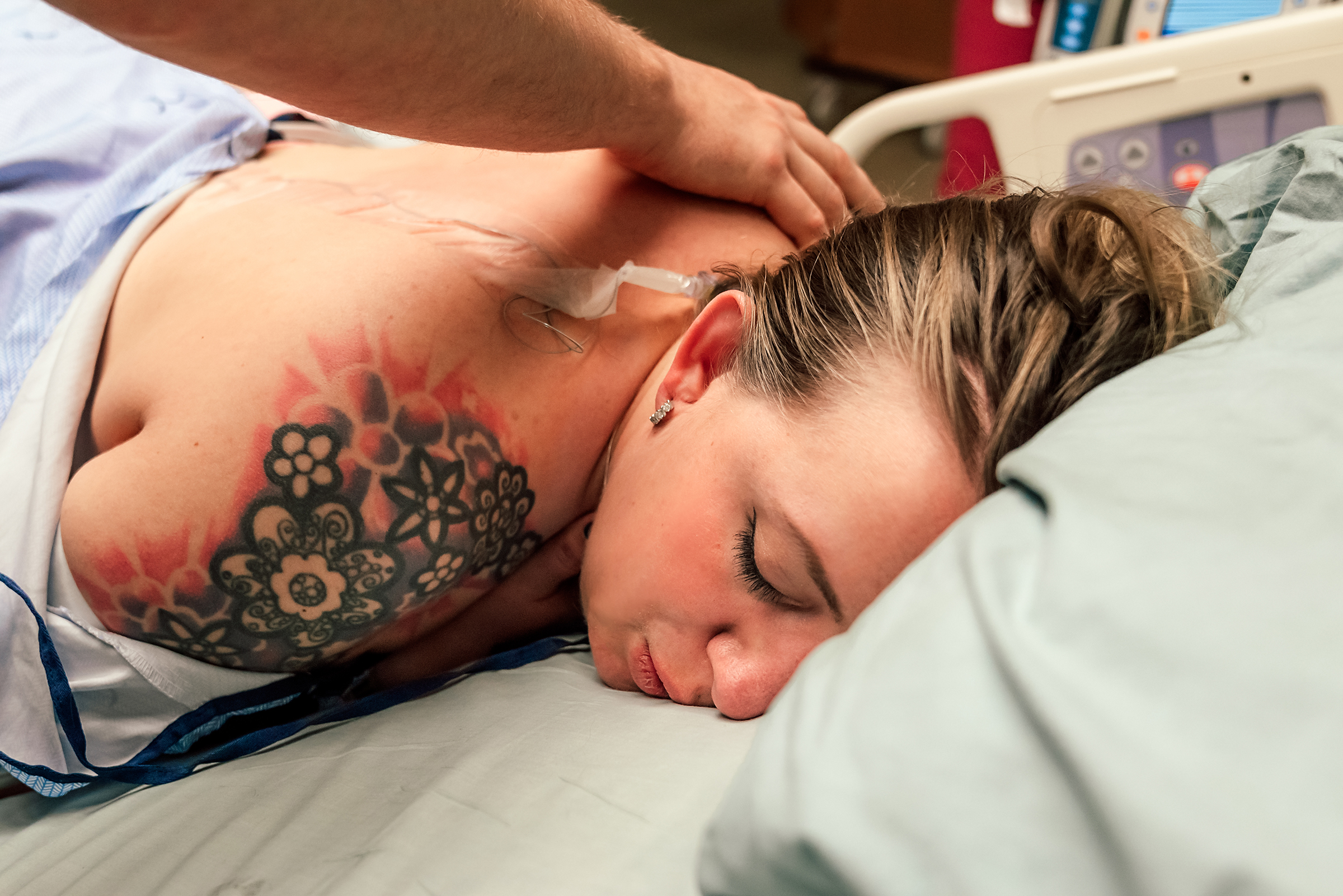
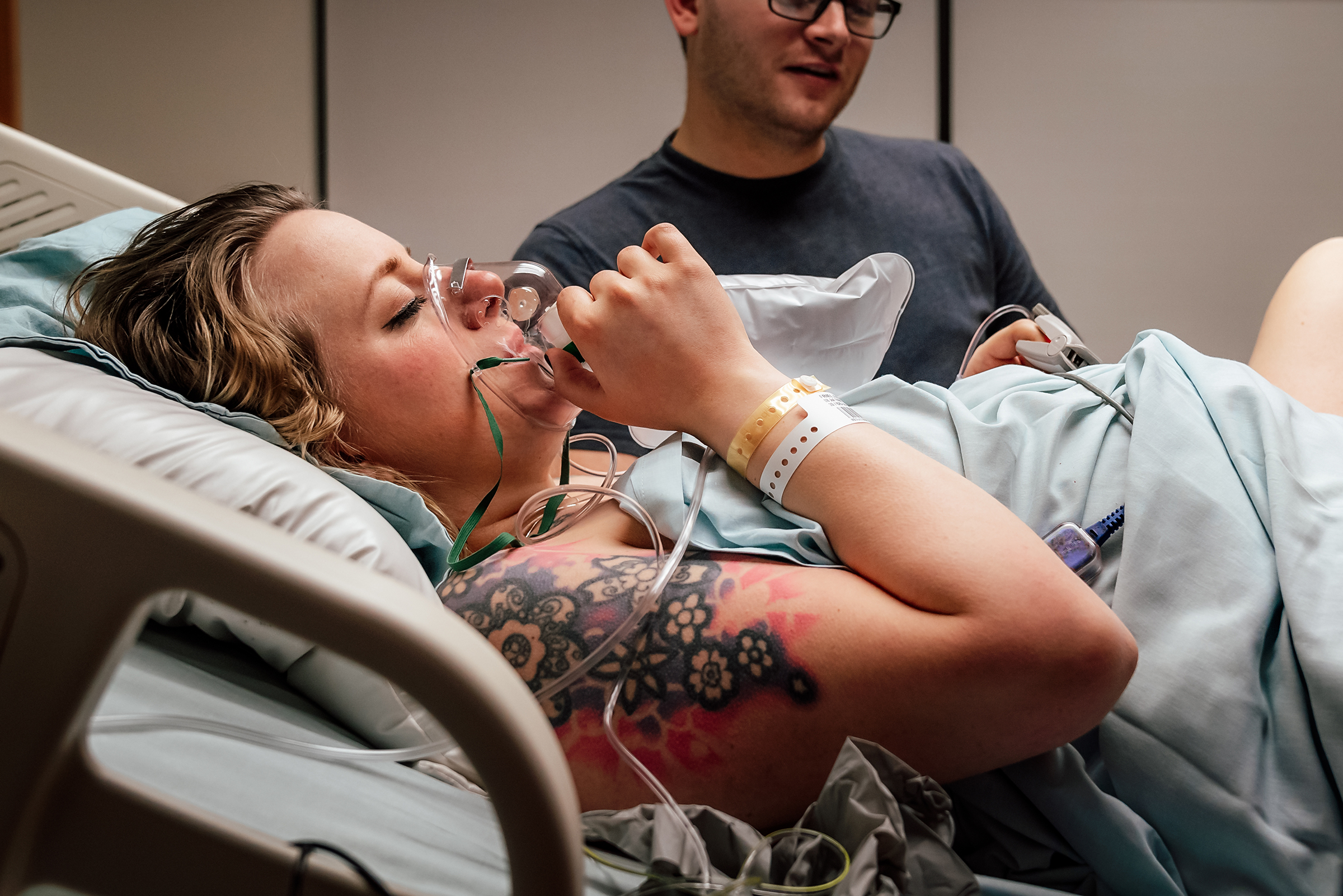
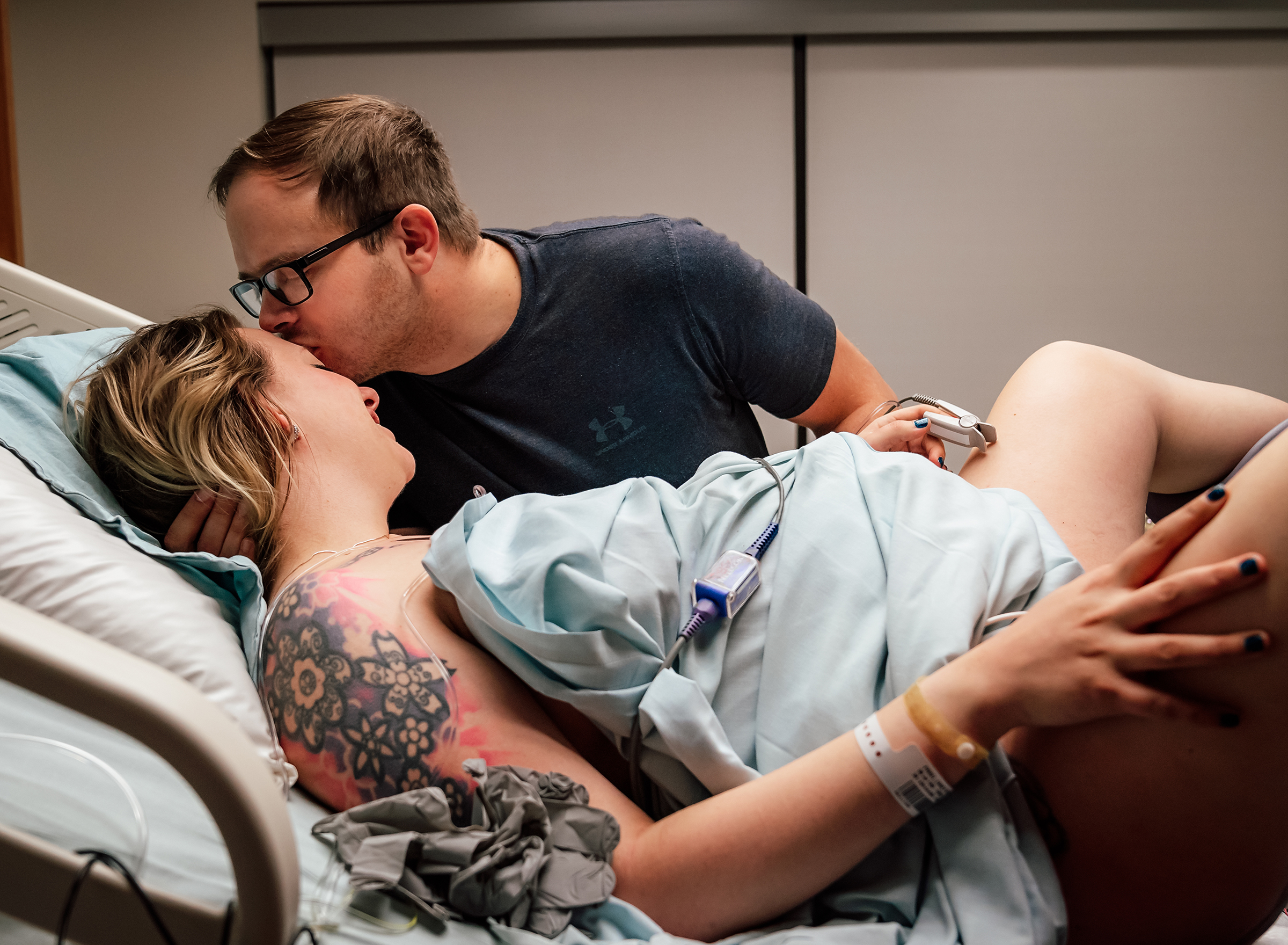
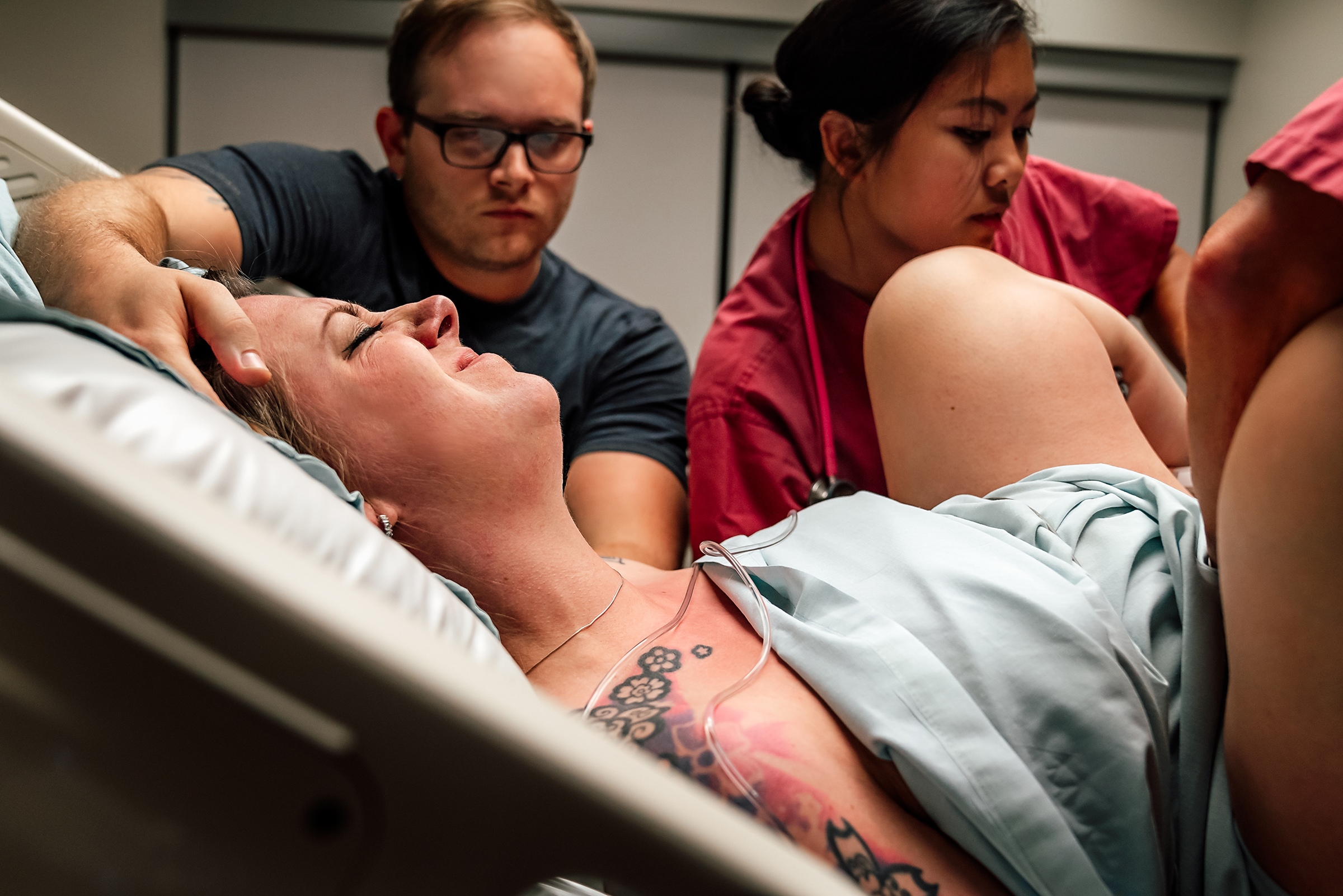
Emily was a rock star who worked hard to deliver baby Daniel. Thank goodness this last stage was relatively quick after all those hours of laboring. There was some distress upon delivery, so baby Daniel was quickly taken to the radiant warmer for assessment and stabilization.
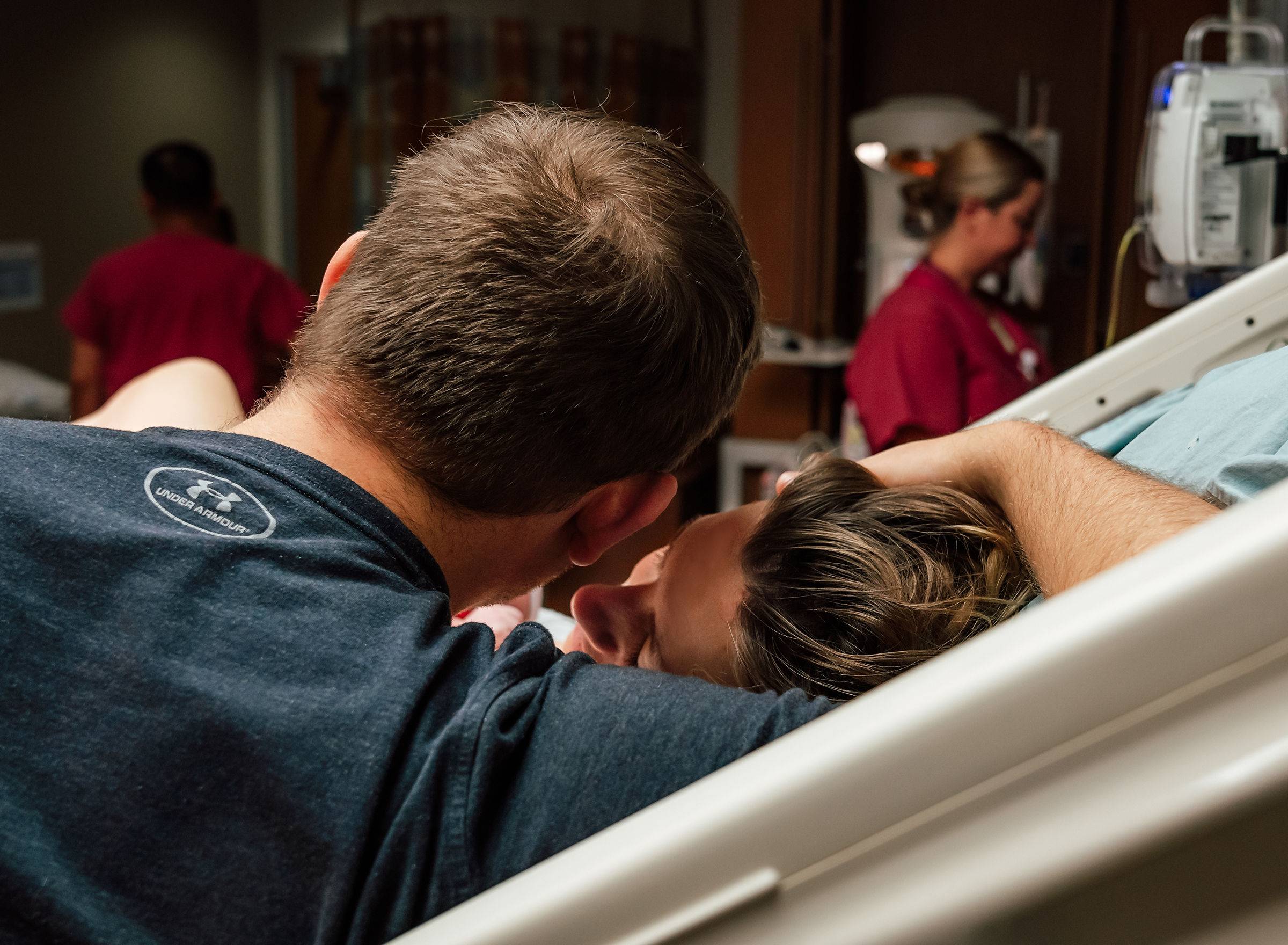

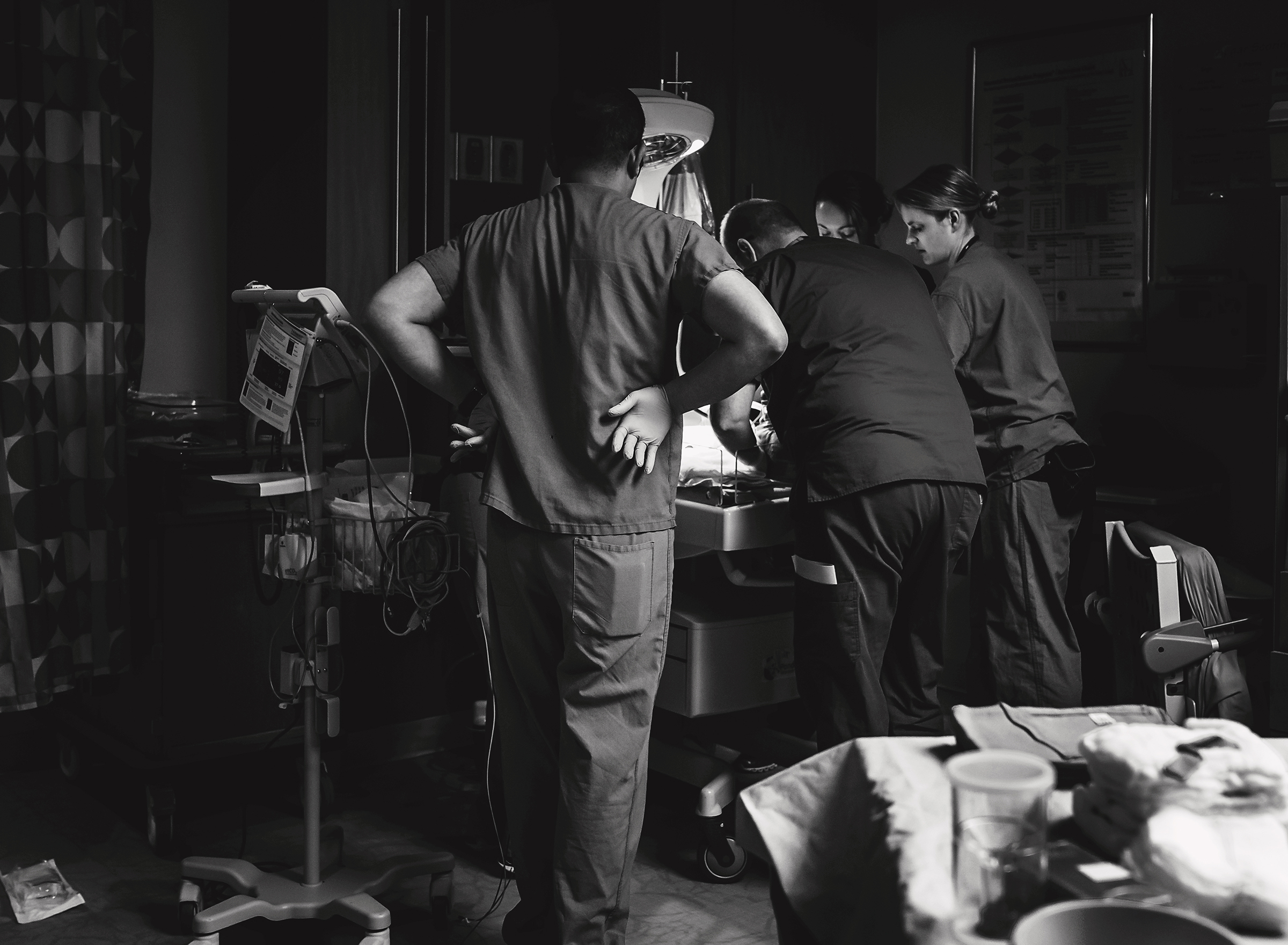
Daniel and Emily’s birth team were so coordinated and capable and worked seamlessly to assess and stabilize Daniel so that he could quickly return to his mama’s chest for skin-to-skin.
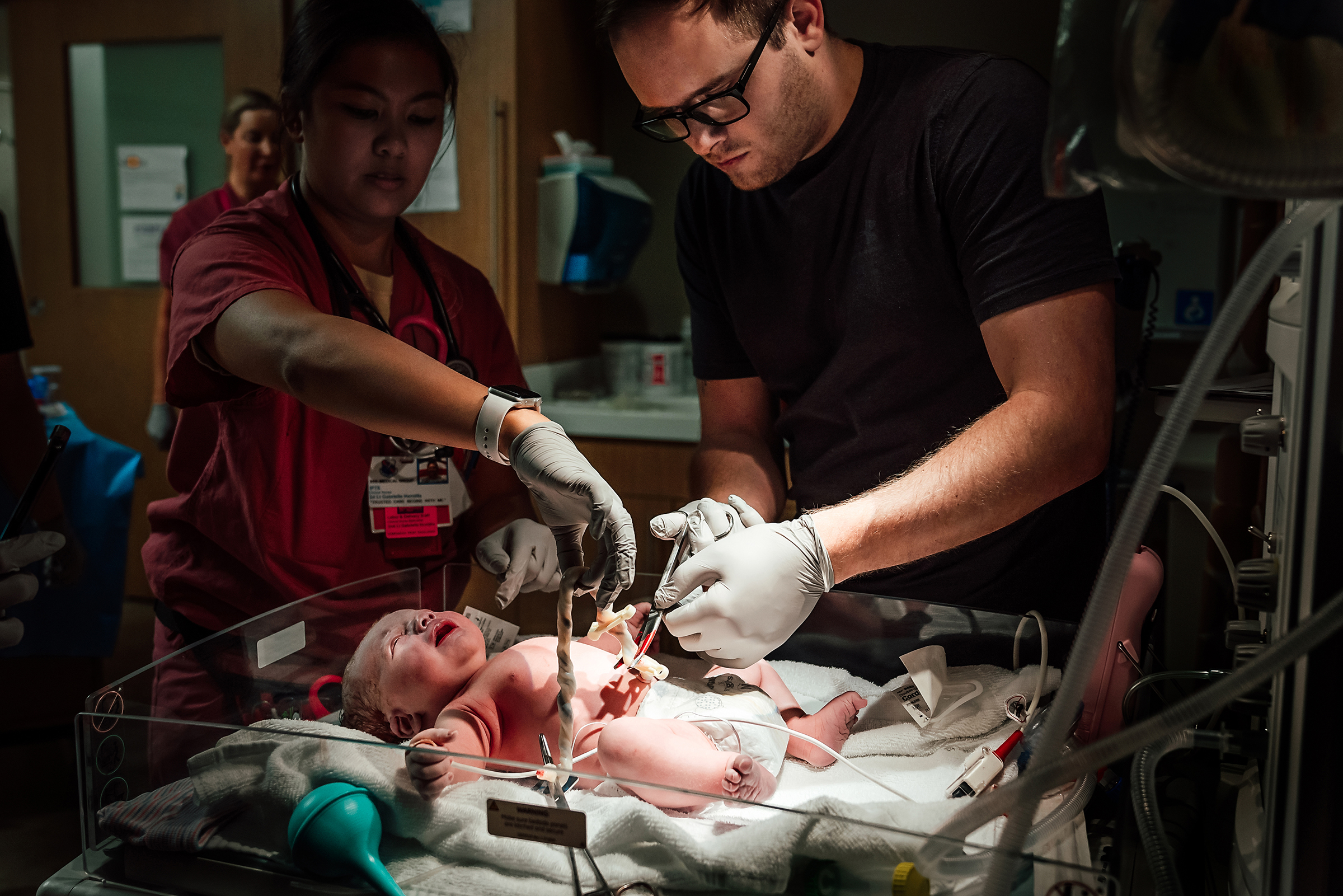
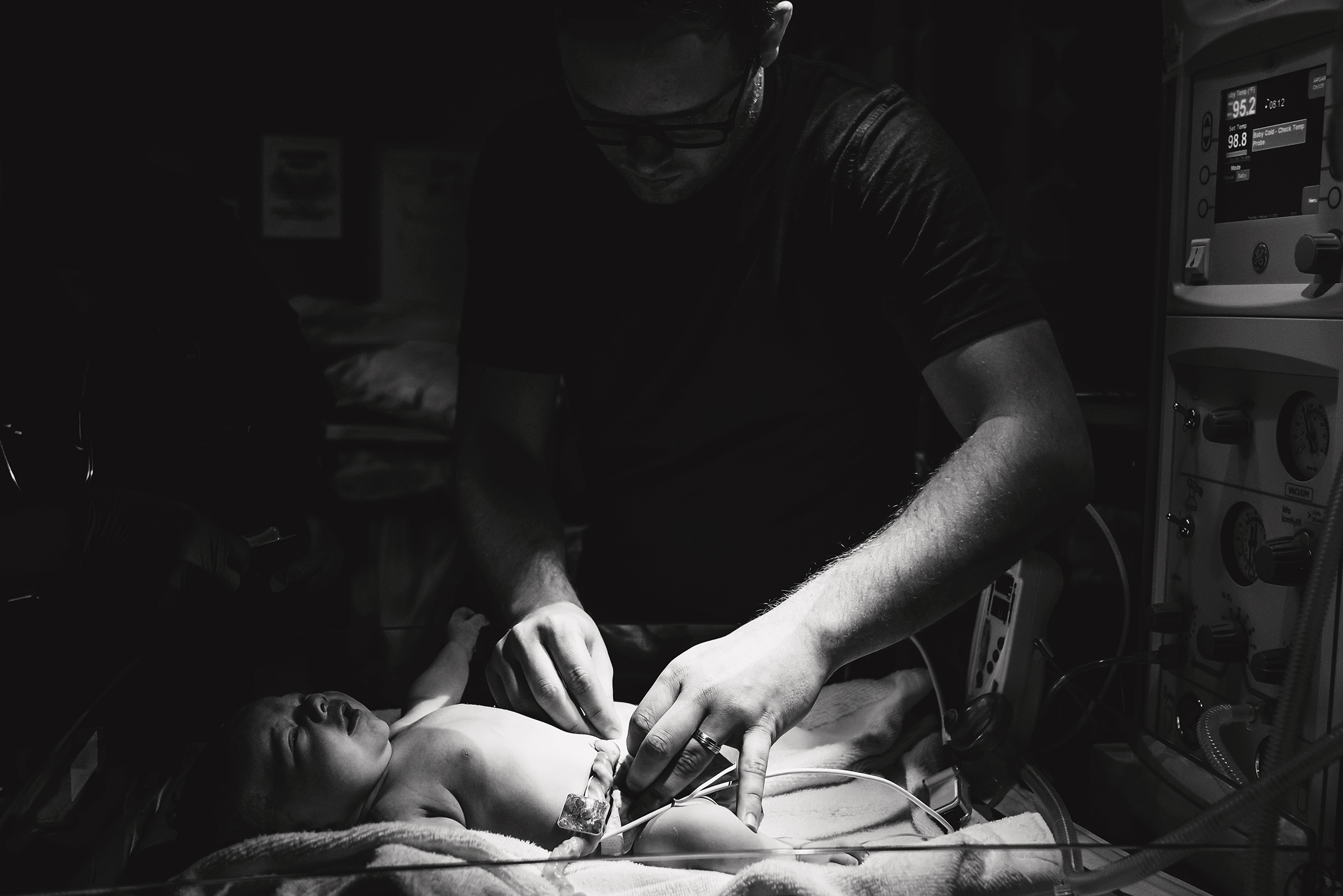
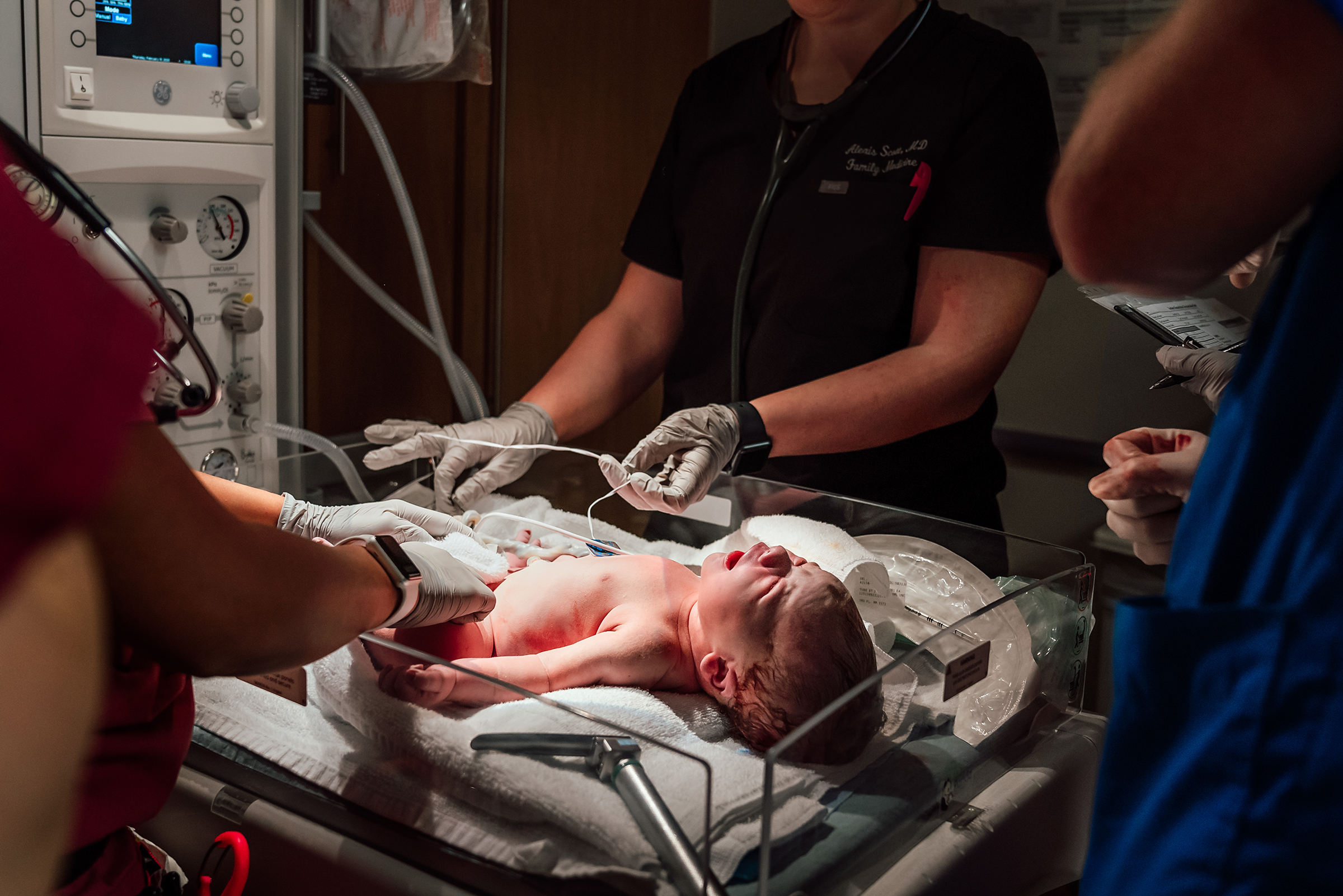
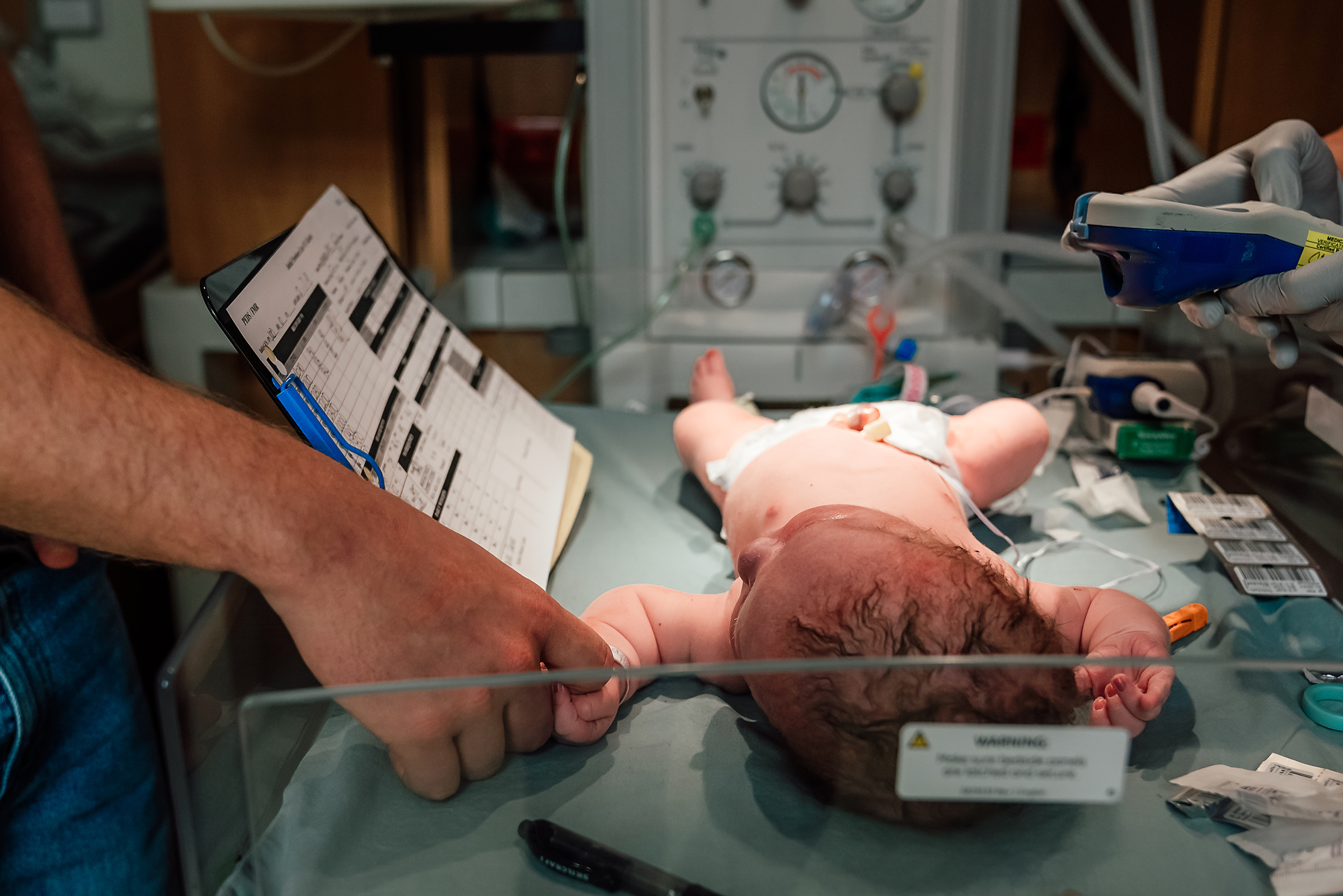
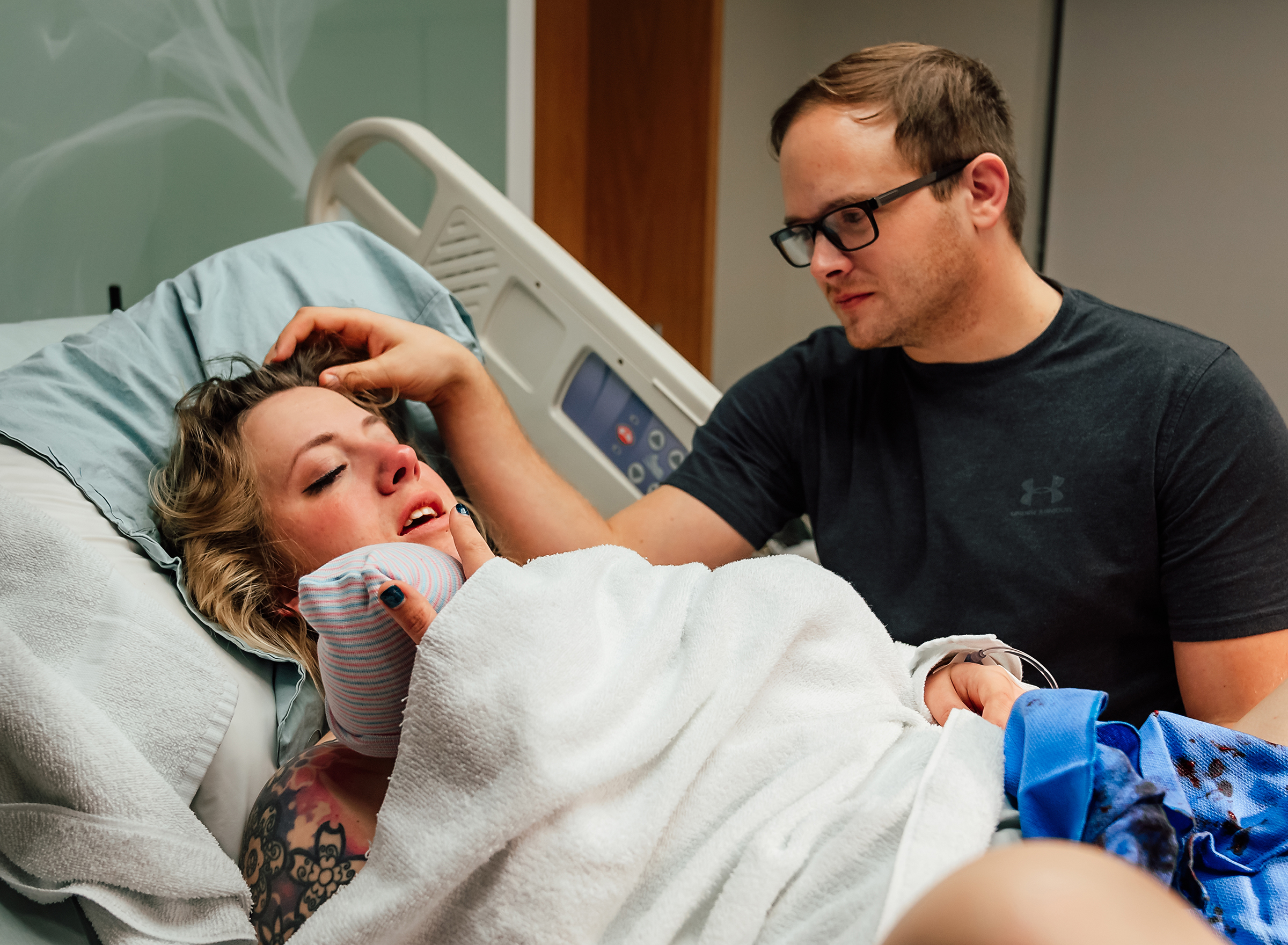
Finally, Emily had in her arms the baby she had worked so hard for, waited so patiently for, and anticipated for so long.

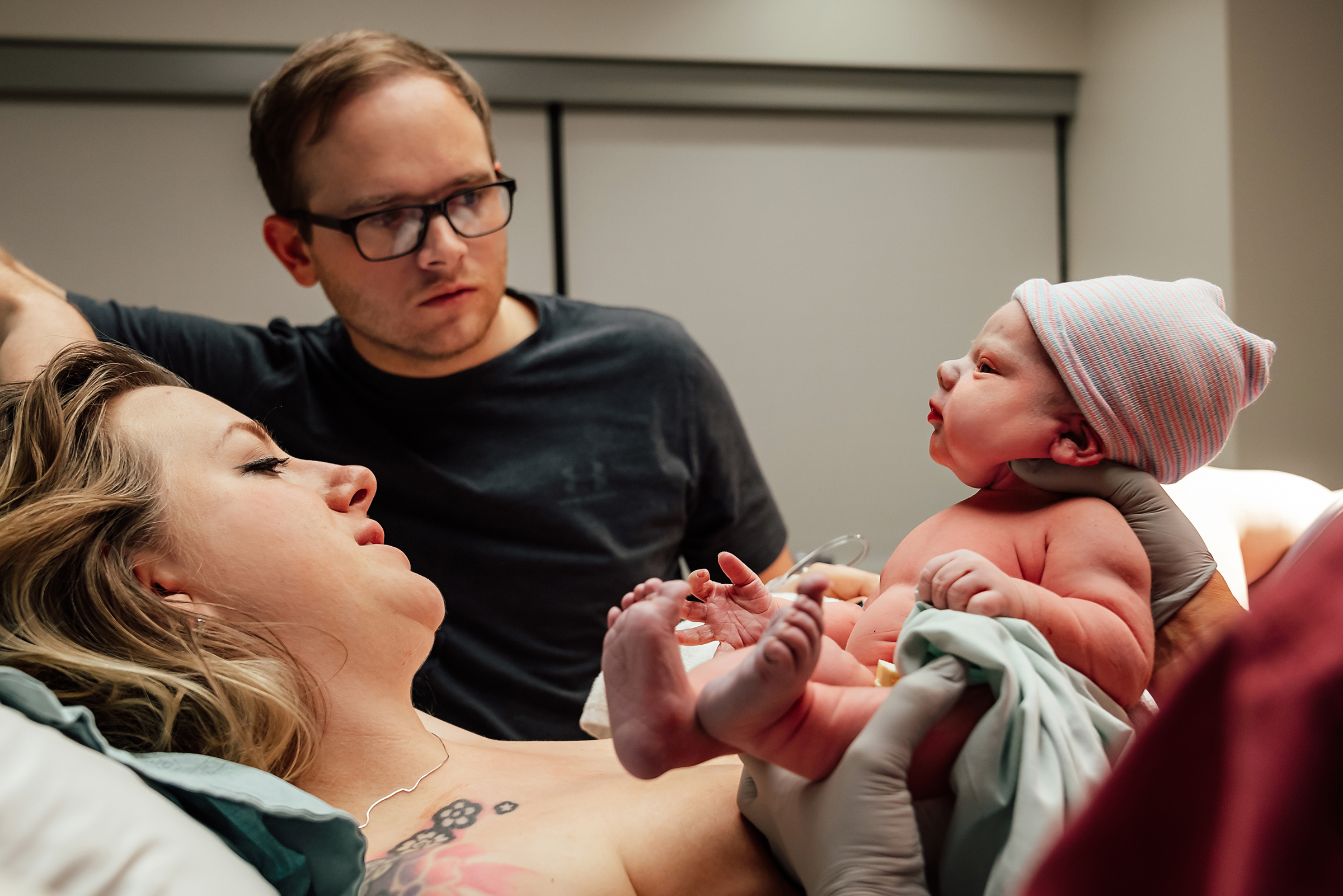
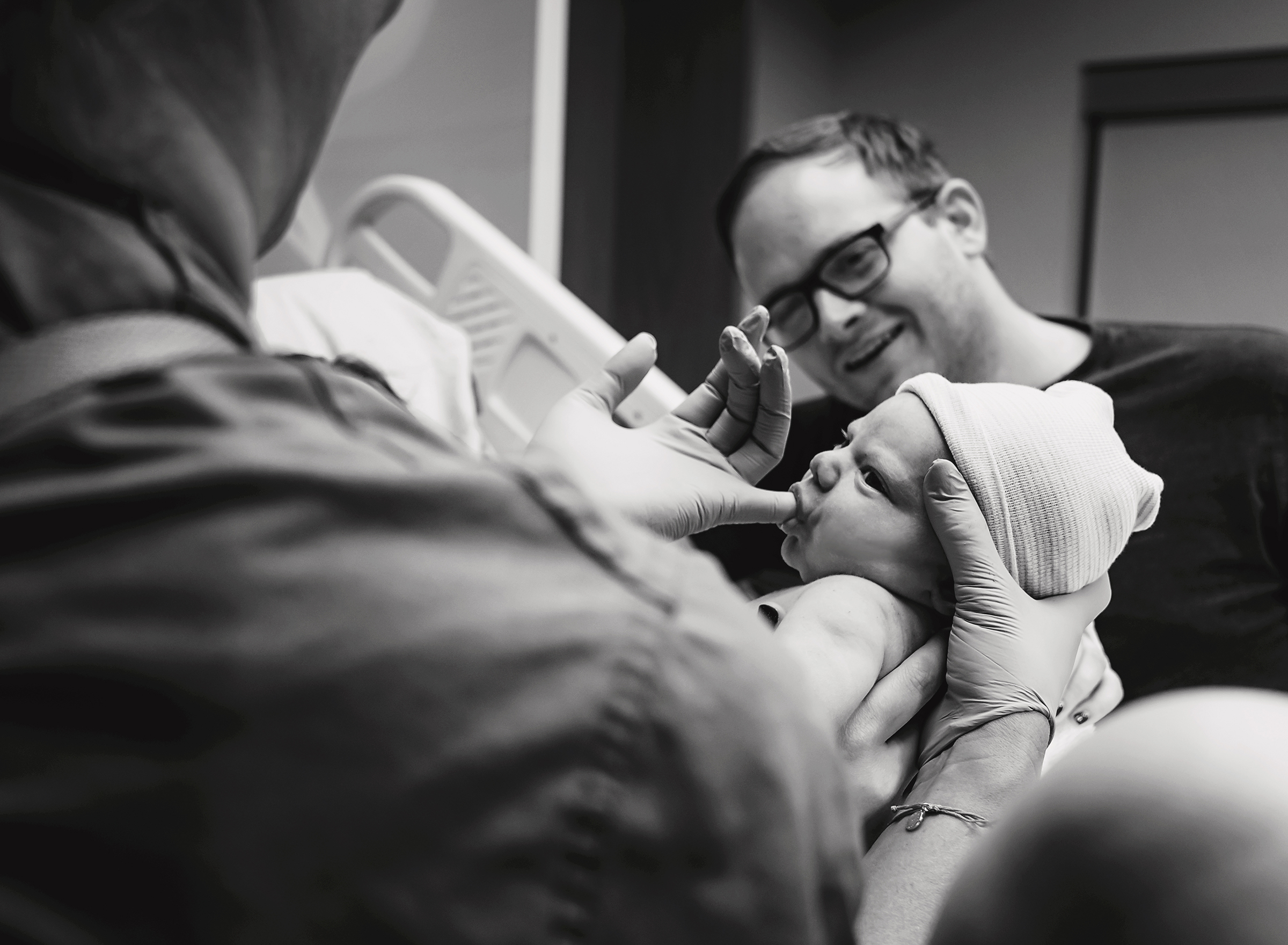
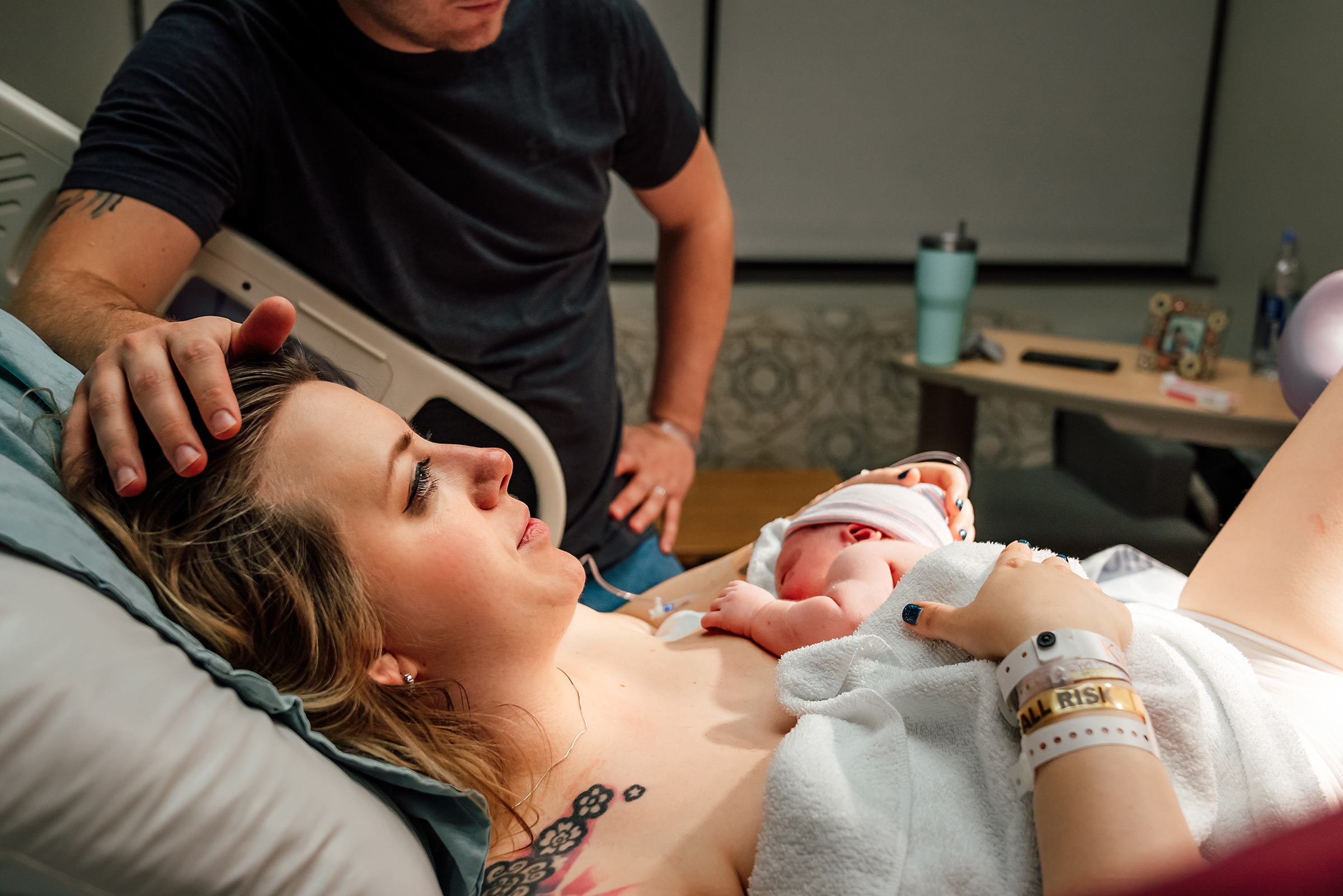
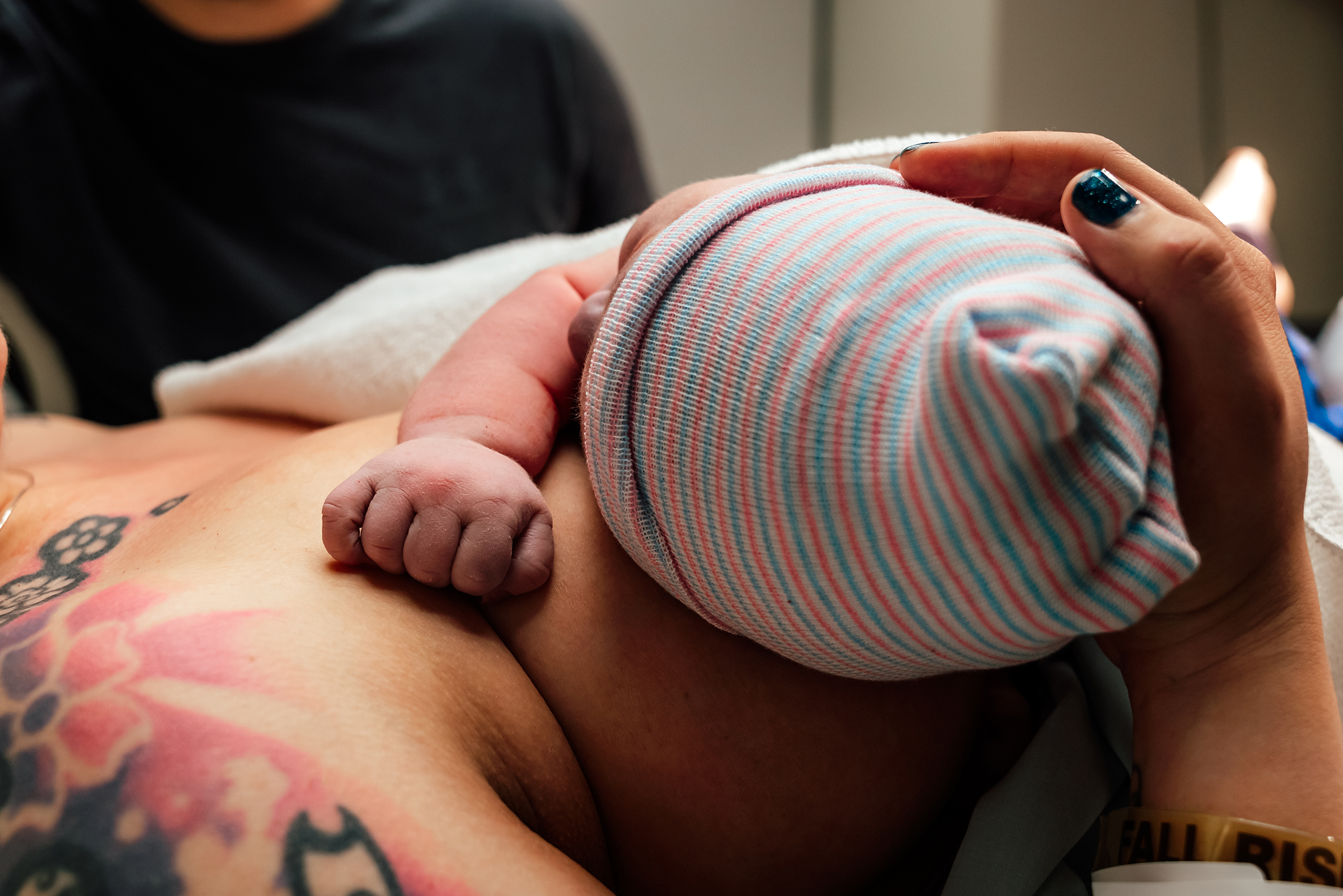
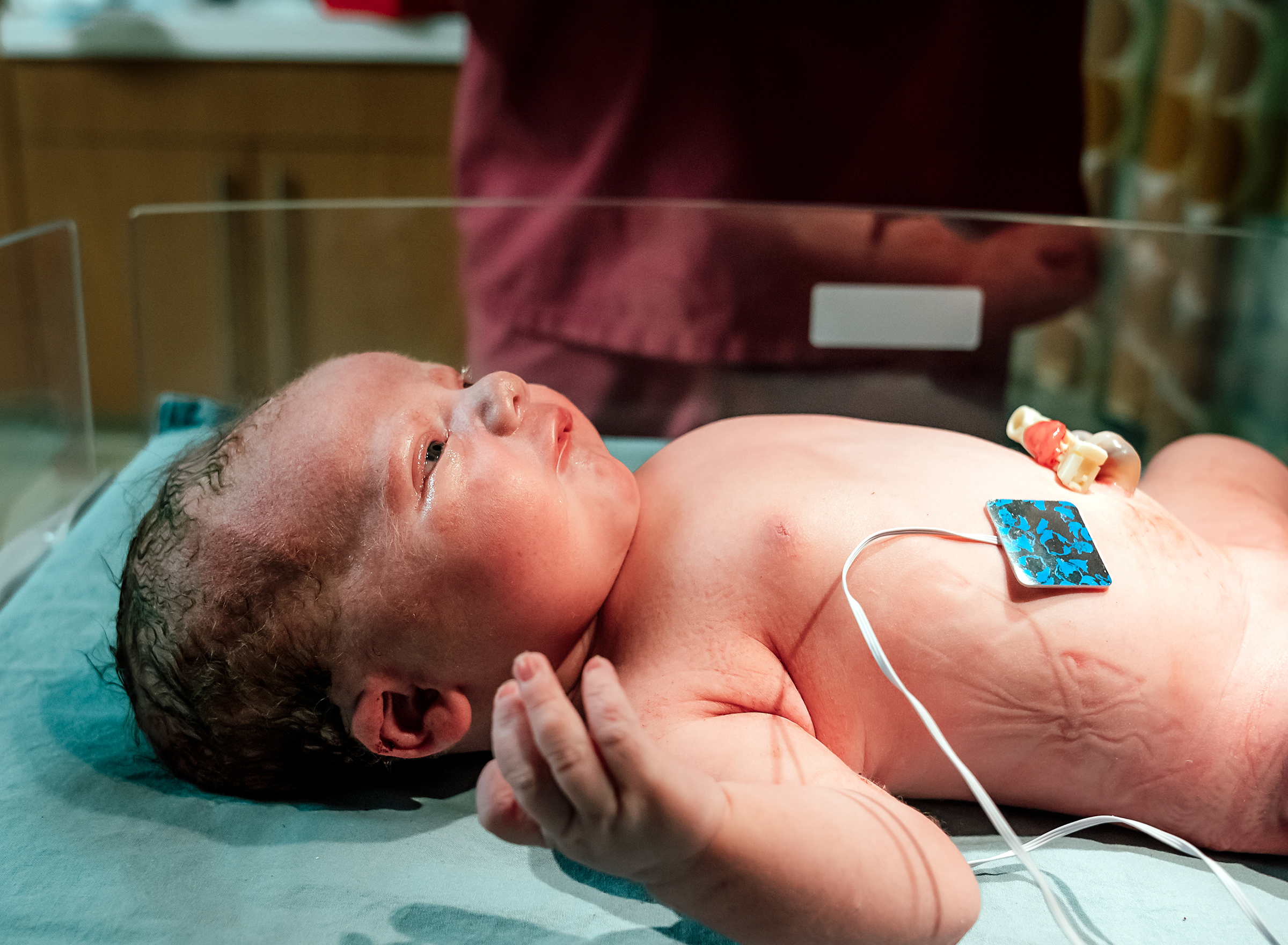
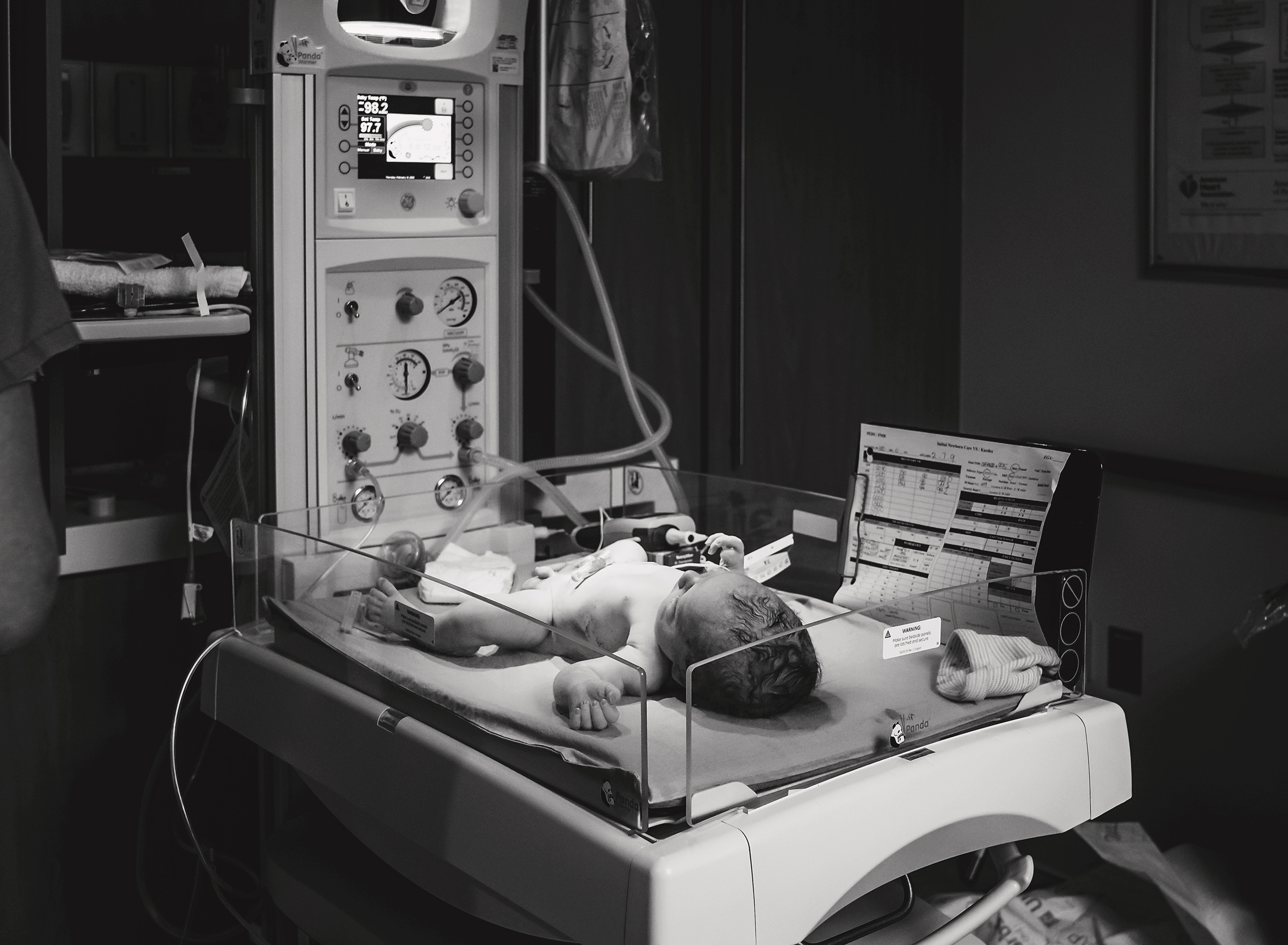
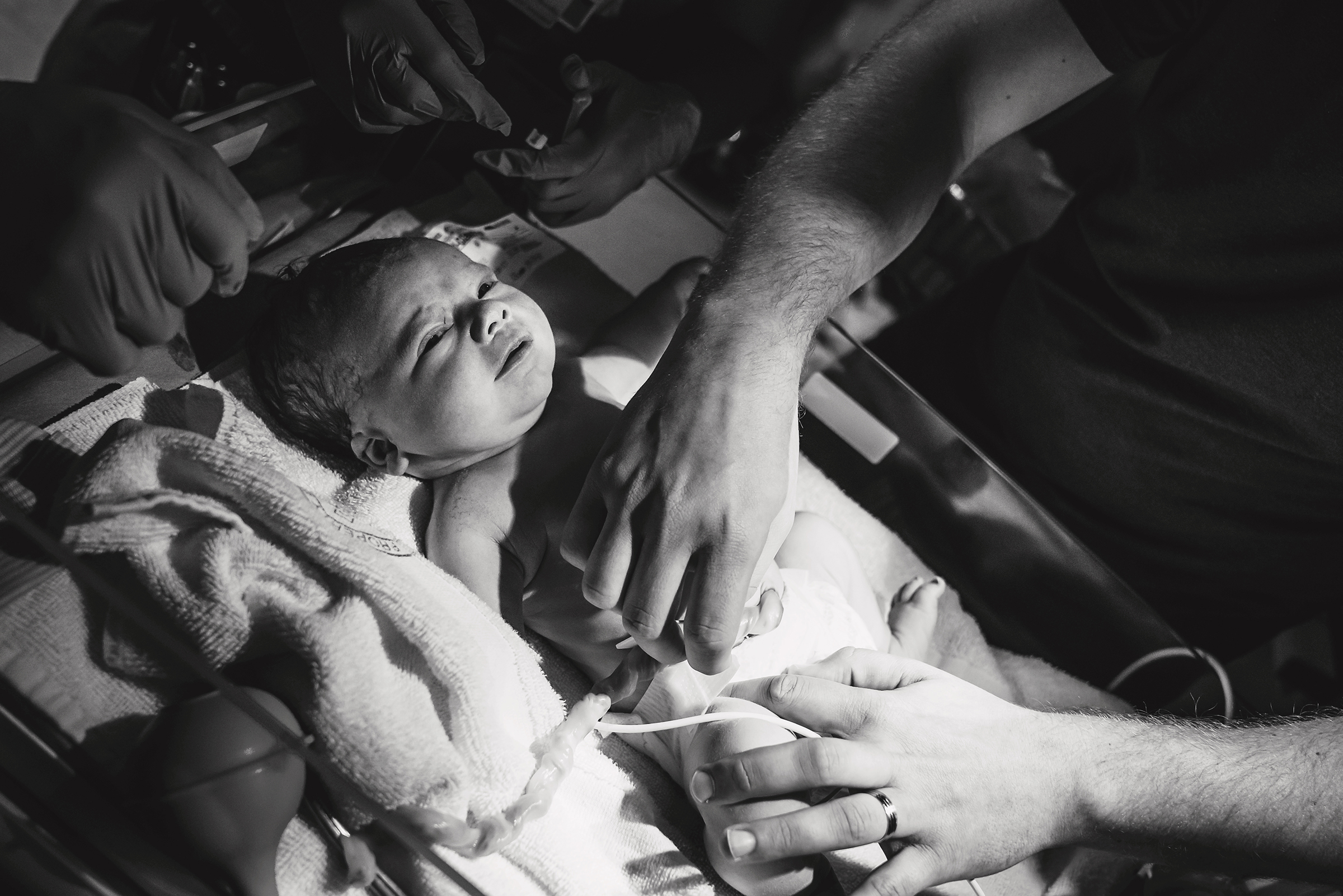
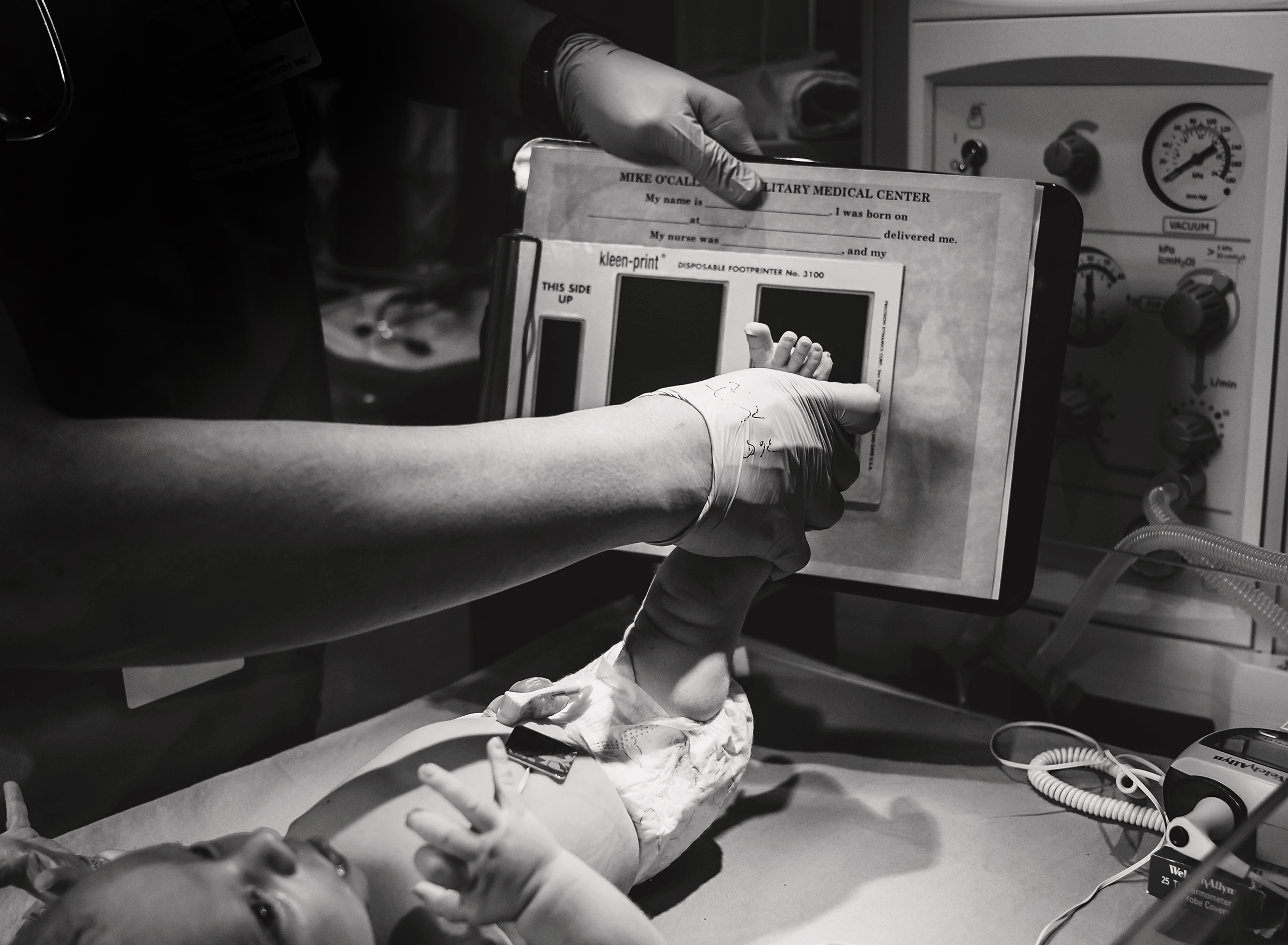
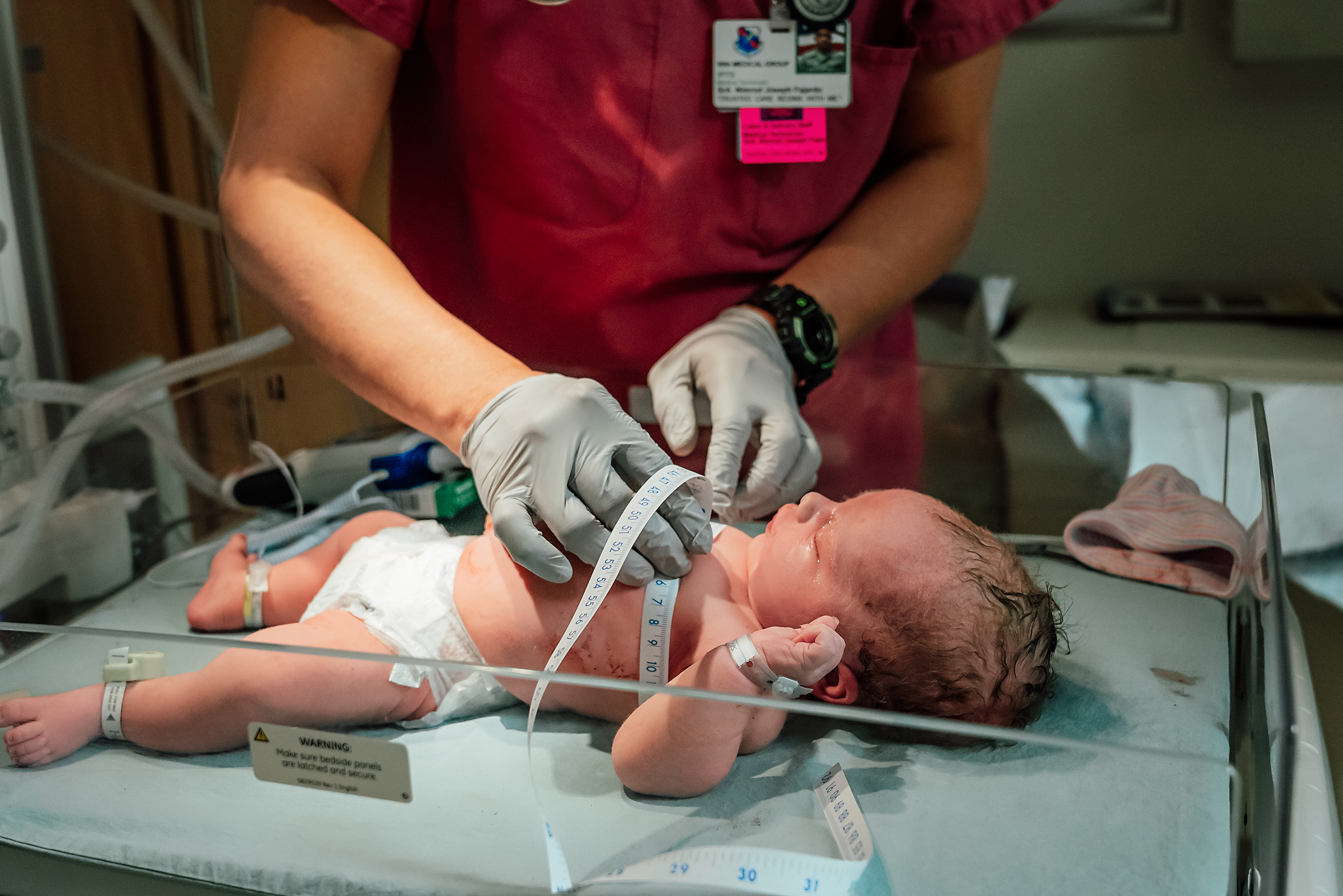
There was so much story, emotion, and intimate details throughout Emily and Daniel’s birth story, it is one of my favorites to date. So grateful to have been trusted in capturing it.
Nothing captures the emotions and beauty in birth better than video, and I love how beautiful their birth story is in film.
Sunday, June 7th, 2020
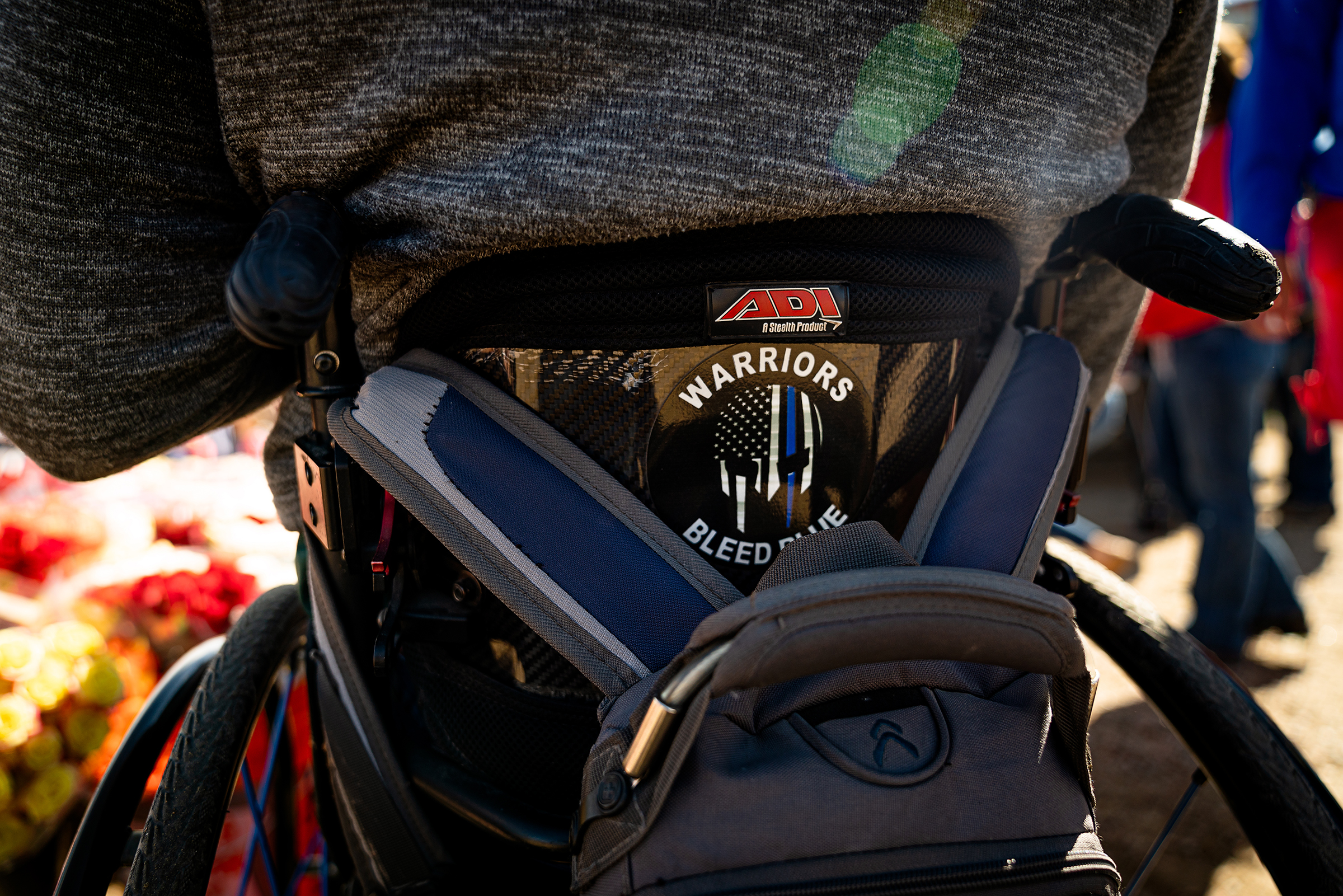
The Dan Brite Story
The story of Dan Brite and his family is one that touched me right to the core the first time I heard it, and even deeper still in the telling of it.
I have always been drawn to the story because I truly believe everyone has one, and it is in the telling of stories that we often times find hope, for healing, and inspiration.
As 2018 ended, I decided to launch my first The Story Giveaway for 2019, to spend time telling the story of one family, individual, or organization. I was pretty overwhelmed by the response I received and deeply touched by the stories that poured in. The task of choosing just one was so difficult, I would have loved to tell them all.
Dan and Christine were nominated by their friend Anitra, who has followed my work and has always been so kind and a huge supporter of me and my business.
As I continued to narrow down my selections after reading through every story multiple times and spending time in prayer, I just kept coming back to their story. The telling of it would mean traveling to Denver, but felt that it was a story worth traveling for!
Dan and Christine are both police officers with Douglas County in Denver, CO. At the time of their story, Dan served as a SWAT team leader and plain clothes detective, Christine as Detective Sergeant over the Special Victim’s Unit, and as a trained negotiator. Both were in roles they had worked hard to achieve, and both had long careers within law enforcement.
On September 02, 2016, Detective Dan Brite responded to a call involving a heavily armed man threatening police and others in an area near a hospital, assisted living facility, and elementary school. As the suspect eluded police and then returned to his home, where he had additional weapons stored, it became vital to stop him from entering his residence. As Dan led the team to intercept the suspect, he was shot in the line of duty. As the call unfolded, Christine was en route to the scene as a negotiator. It was while listening to radio transmissions that she learned that it was Dan that had been shot.
Their lives were forever changed in a moment. Detective Brite was transported quickly to the hospital by his team (which was vital in his survival). He had no pulse upon arrival at the hospital and twice endured full cardiac resuscitation. The second required his chest opening for manual cardiac massage as a last life-saving effort.
In the meantime, the suspect continued to elude police and arrived at the exterior of the same hospital where Dan was, and opened fire, it was here that he was eventually shot and killed by a fellow officer.
It wasn’t until hours after Dan arrived at the hospital that Christine could finally see him. Dan remained in critical condition. Both Christine and his daughter Ashley stood by his bedside throughout the night, and they both describe it as the longest night of their lives.
Dan remained unconscious for 11 days. It was in the uncertainty of what their life would look like and what type of long-term damage Dan would suffer those close friends, pastor, family, and law enforcement community surrounded them, held them, and prayed for them.
Christine describes sitting in a small room with two close friends and a pastor from work; as they talked and began praying, Christine felt a sense of relief, one that overcame her entire body. It was at this point that she placed the worry in God’s hands. She believed He wanted her to know that He was in control and would take care of Dan.
When Dan finally woke up, they discovered that through the aggressive life-saving interventions, he had suffered damage leaving him paralyzed from the mid-torso down. It was a devastating blow for them all.
After 5 weeks in the ICU unit, Dan was finally released to a rehabilitation hospital where he would spend the next two and a half months of his recovery learning how to live life in a wheelchair. It was just the beginning of a dark and difficult journey as he learned he had to depend on others.
Dan shared with me that as a man, father, and police officer, this was incredibly difficult. Dan describes the loss of his identity as one of the most difficult aspects of his recovery and one of the hardest to overcome. The realities of what he had lost and learning to accept life in a wheelchair were incredibly difficult for him. He struggled to find ways to deal with the loss. He became more depressed, angry, and irritated to the point of suicidal thoughts.
Dan and Christine have two beautiful daughters, and their journey was difficult not only for Dan but also for Christine and their daughters as they all struggled to navigate what their new life would be like. Their oldest daughter Ashley had just graduated high school, and their youngest, Addison, was just nine years old. Christine attempted to maintain a somewhat normal life for their daughters while being the emotional and physical support that not only Dan but their two daughters needed.
Christine says that when Dan came home in December 2016, everyone thought he was “better.” Little did people know they were struggling with the mental side of healing. Dan was extremely depressed. He slept 15+ hours a day, refused to get out of bed, hardly ate, and hated his life. She struggled with helping him and began experiencing caretaker fatigue. He was always upset, yelled a lot, and was never happy. It took a long time to adjust to the new style of living. They had to move from their home to a more wheelchair accessible one. She had to drive him to every appointment (there were LOTS!), and take kids to school, all while maintaining the household inside and out.
Through seeing a therapist, life became more manageable. The therapist zoned in on their trauma and provided them with tools and techniques to live the life they deserve. They still struggle with a lack of adaptable places, a lack of wheelchair-accessible parking spots, and cracks in sidewalks. They have learned to look for elevators and ramps. Dan still has lots of physical pain, complications (gallbladder removed, blood clots), and various medical issues that people aren’t always aware of.
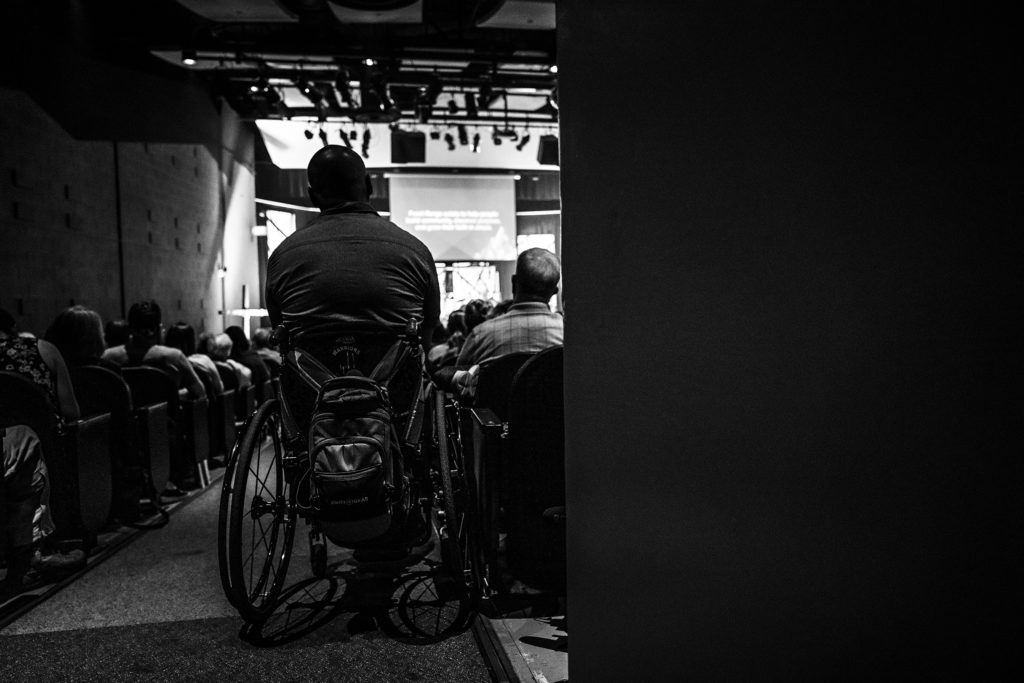
At Christine’s prompting, Dan began to attend church with her. During his first few visits, while listening to a sermon called Shipwrecked, Dan began to see the hope in his struggles. It became a turning point in his emotional recovery. It was in these days that he began to cling to that hope with white-knuckle strength. It was here that he began to see his purpose and his new identity. Dan has now become a huge advocate for mental health in the first responder community and a strong voice for suicide prevention among first responders.
Dan also describes the importance of community support in his recovery. Not only did friends, family, and community come alongside them in those first days and weeks, but three years later, they continued to stand with them and show up time and time again.
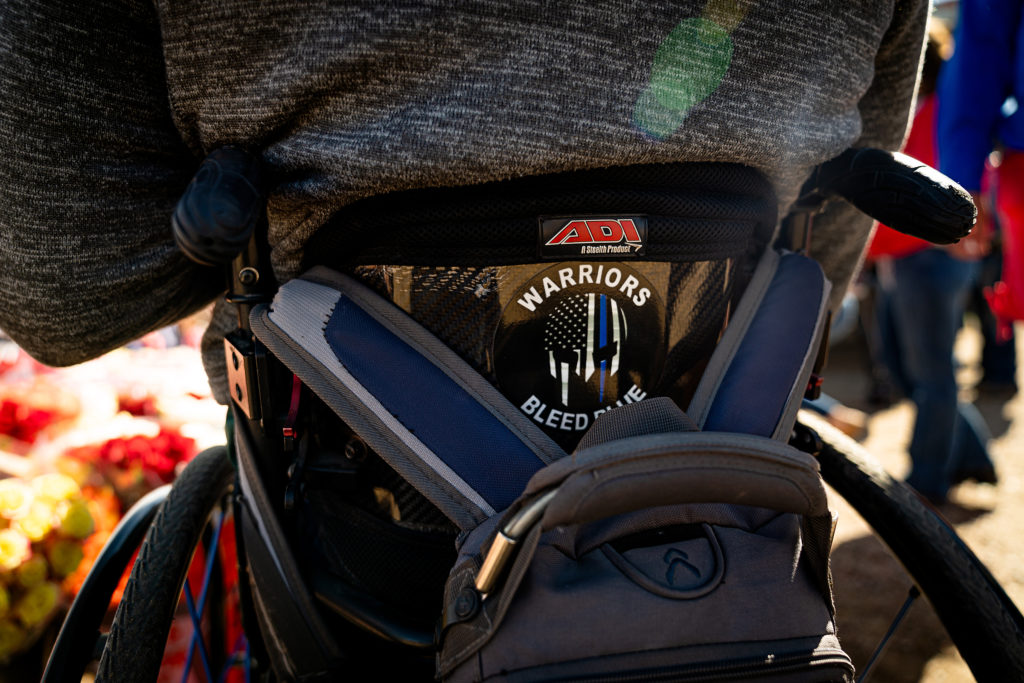
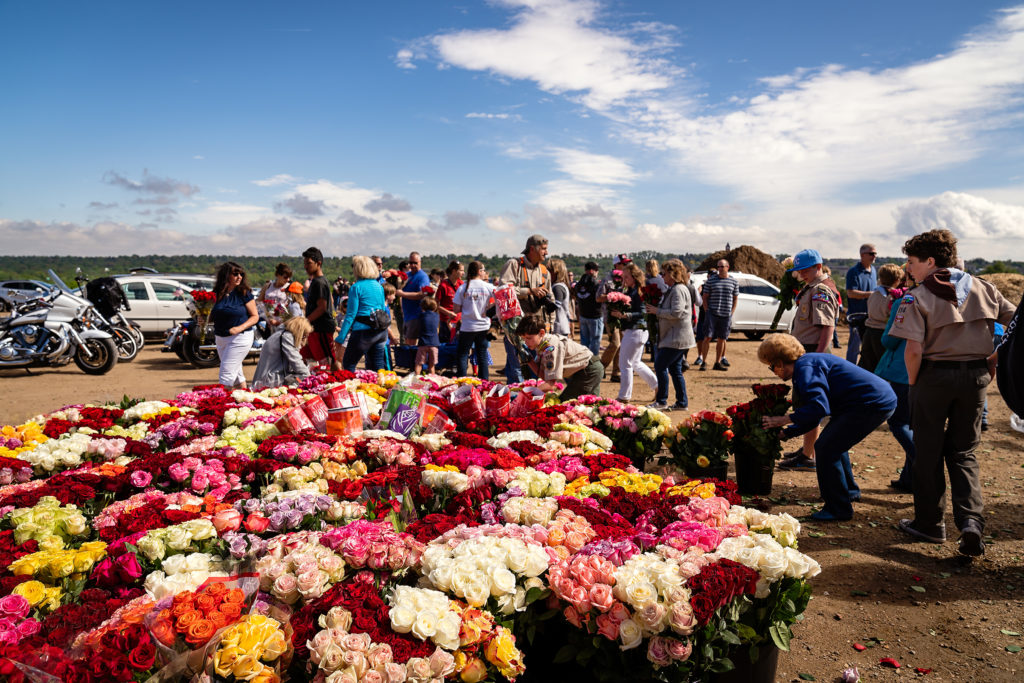
Dan describes his community as his safety net during these times and says their support and encouragement kept him from falling into a deeper depression.
Because of the impact of community and support on Dan and his recovery, his mission encouraged others to lean on that support, seek help when needed, and provide resources for first responders dealing with the mental struggles that they see and deal with daily. In this, he has found his new identity and continues to be a part of law enforcement now as Deputy in the role of Wellness Coordinator. He now spends time talking to first responders and encourages them to talk about their struggles.
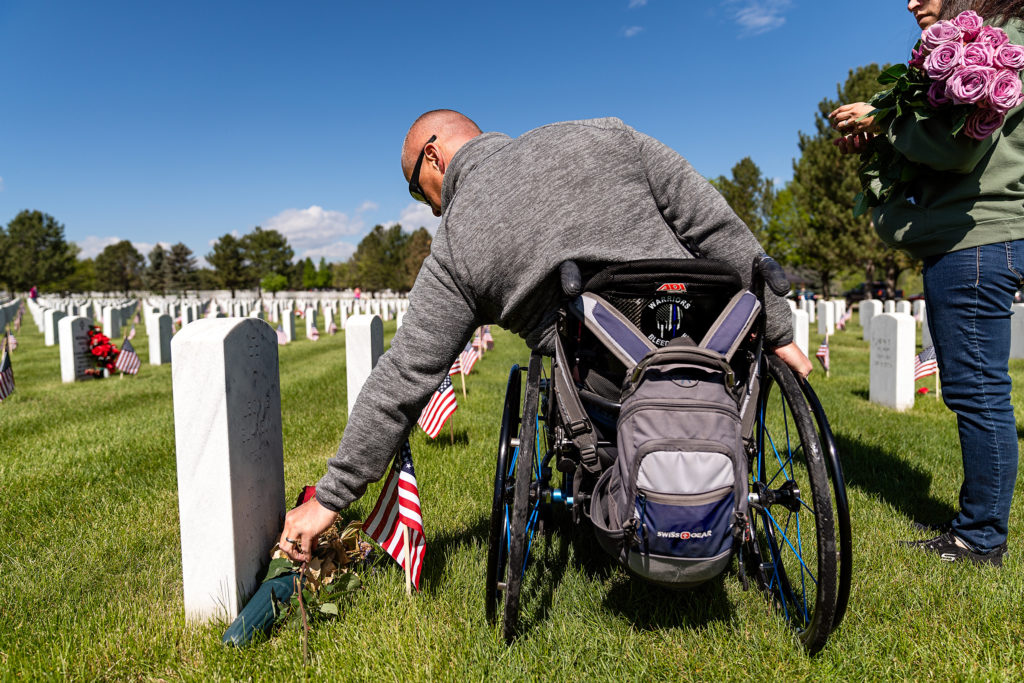
They have learned that they can do things they used to, which may look a little different, but the wheelchair has not stopped them from doing the things they love together as a family. They travel, fish, camp, and have found new hope because of the change in priorities that Dan’s injuries have brought.
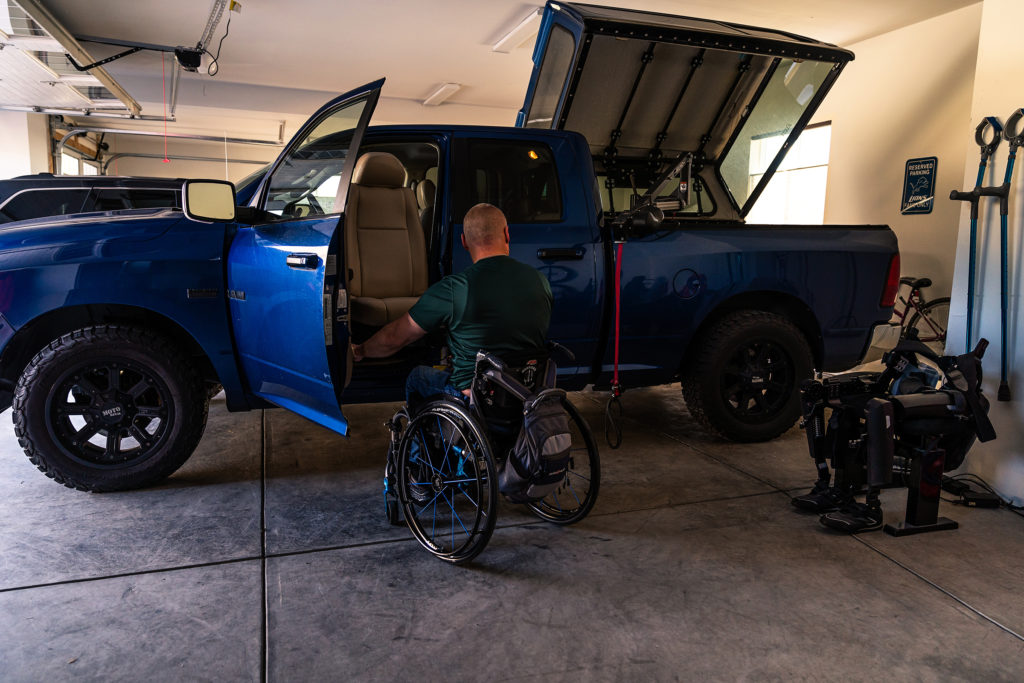
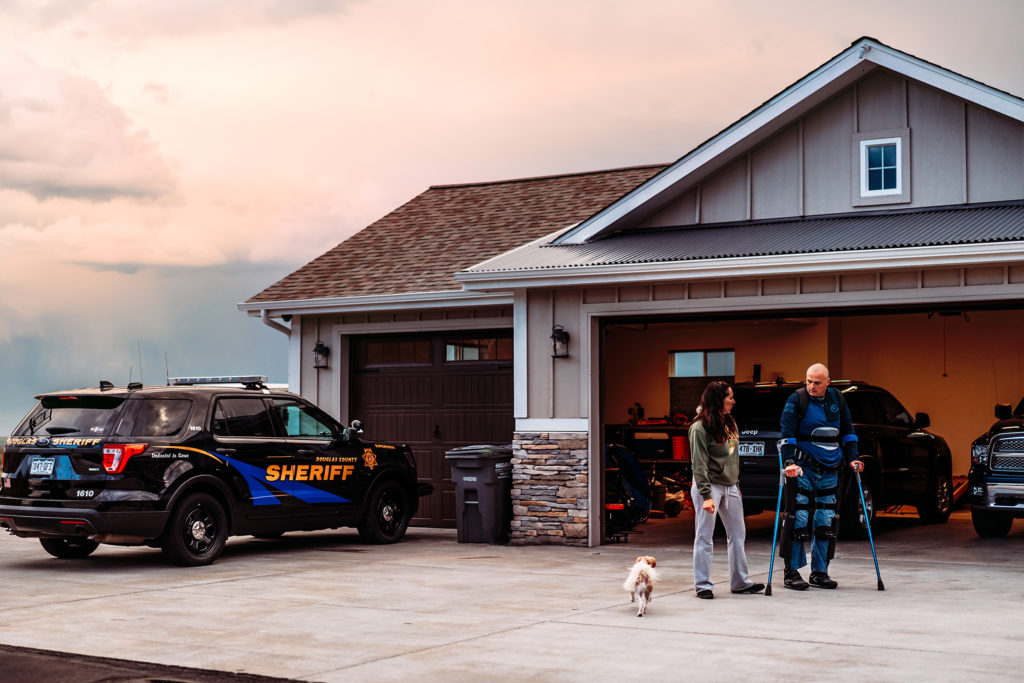
What I was struck most by when I spent with them in their home while documenting their story was their willingness to be vulnerable. Their willing to share not only the victories but the struggles they overcame and still face individually and together as a family.
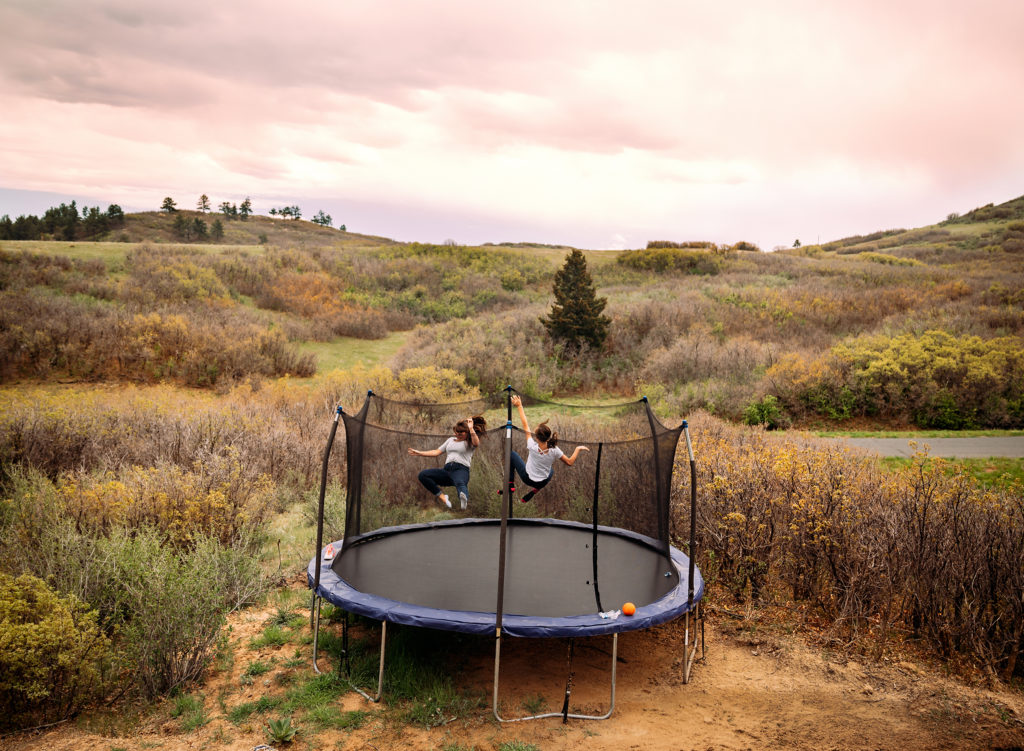
Their daughters Ashley and Addison both talked openly about their struggles, from the fear of losing their dad, to the pain of seeing him suffer. They also shared the same gratitude in what coming through the other side of the darkest days has done for their relationship with each other, their dad, and Christine. They have all learned to communicate and express their love for each other out loud by being there for each other.
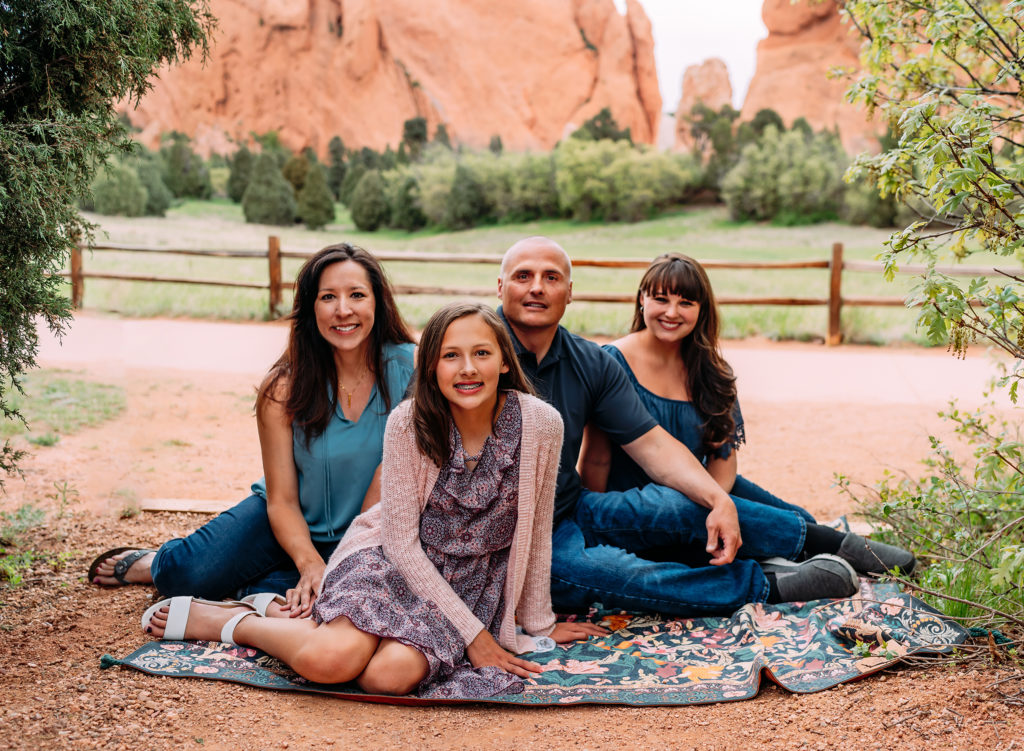

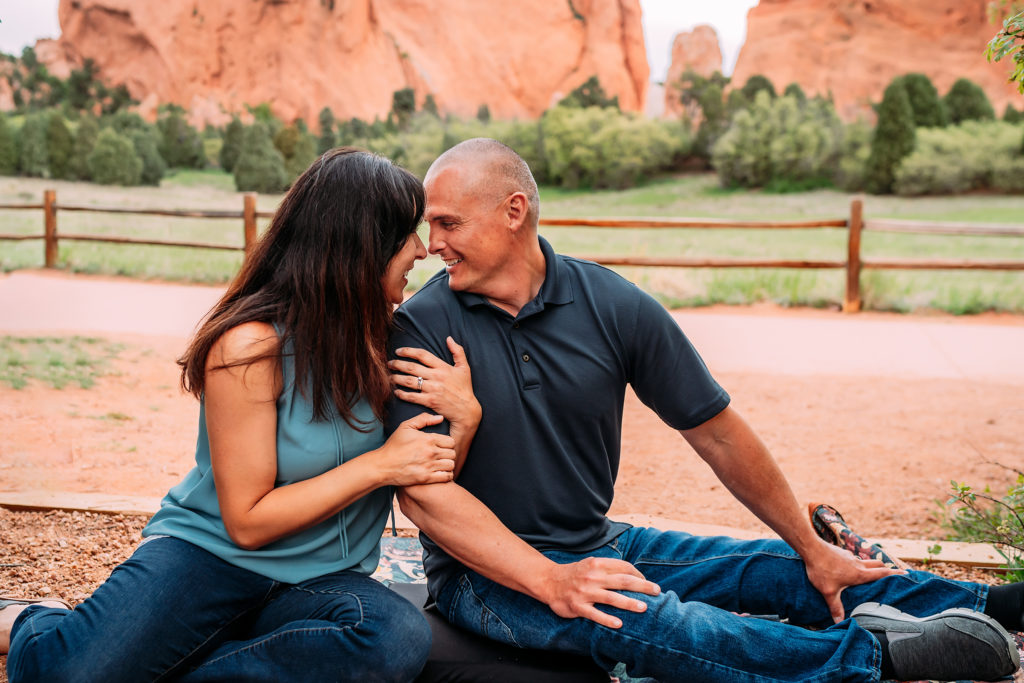

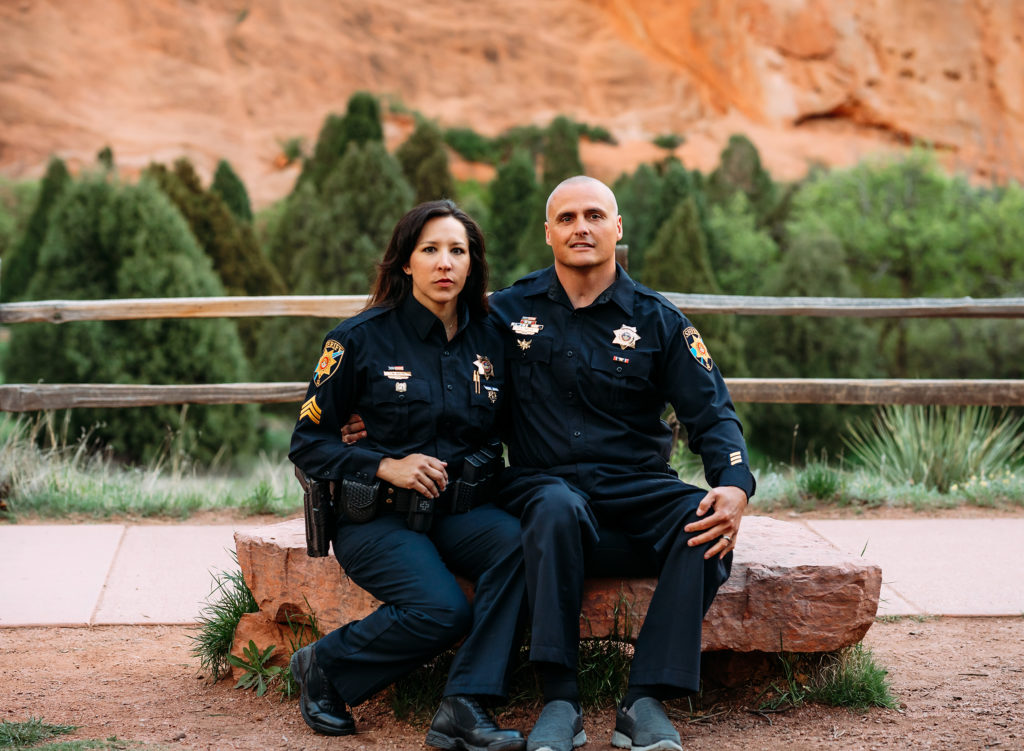
The overwhelming message from them is that there is hope. There is hope through the struggles and darkest days, and they have made it their mission to share that hope with others.
Dan and Christine have created a foundation, the Dan Brite Scholorship, to give back to the community that has held them so well. Their foundation selects recipients for college/trade school scholarships.
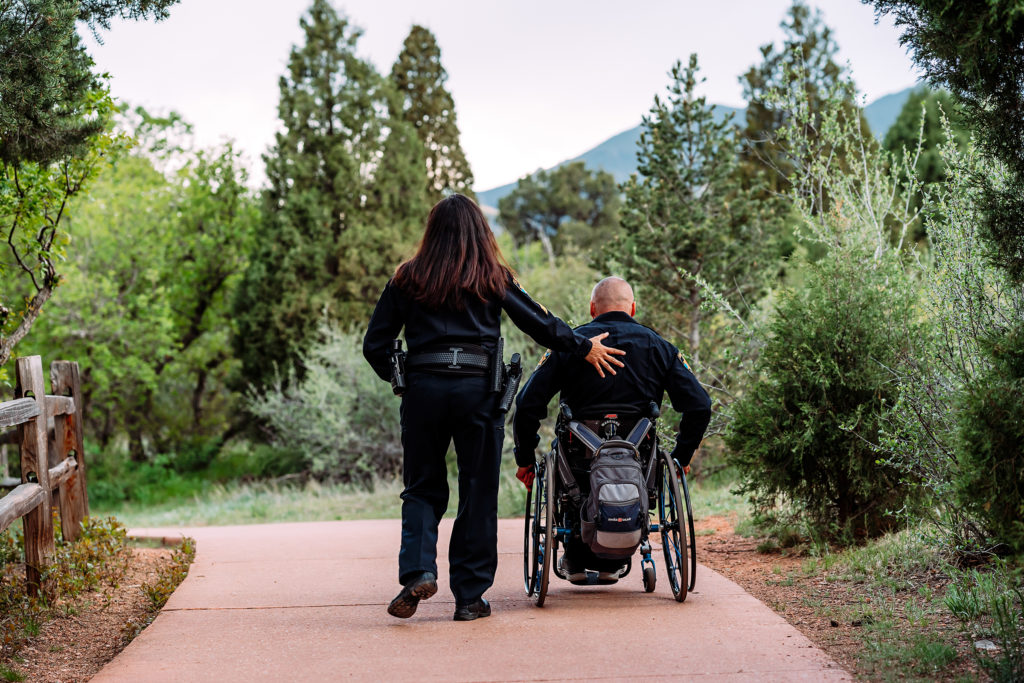
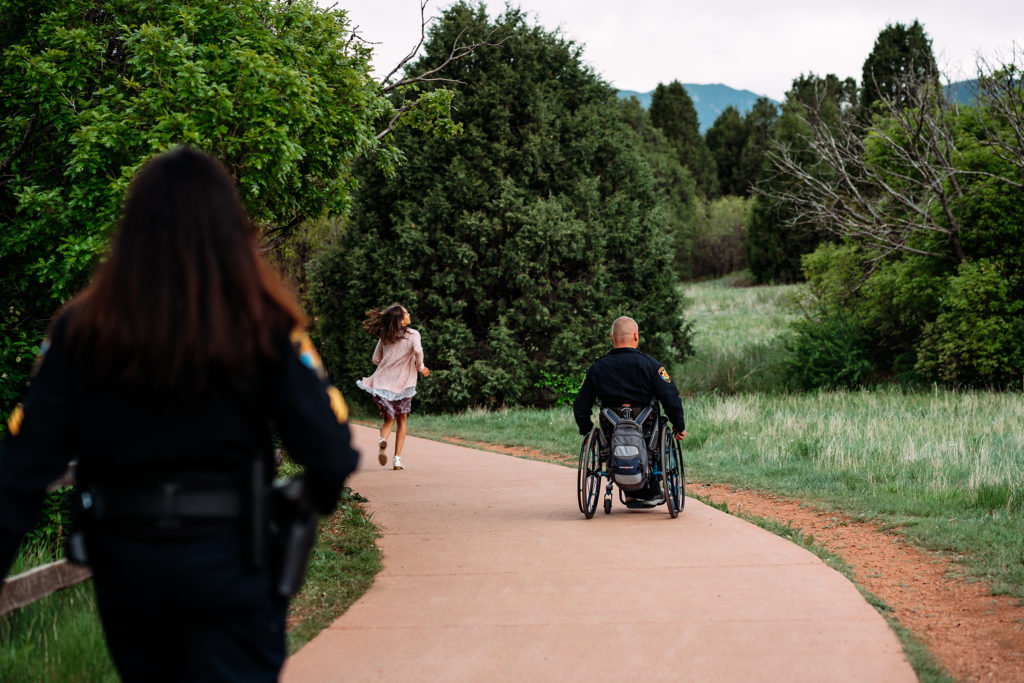
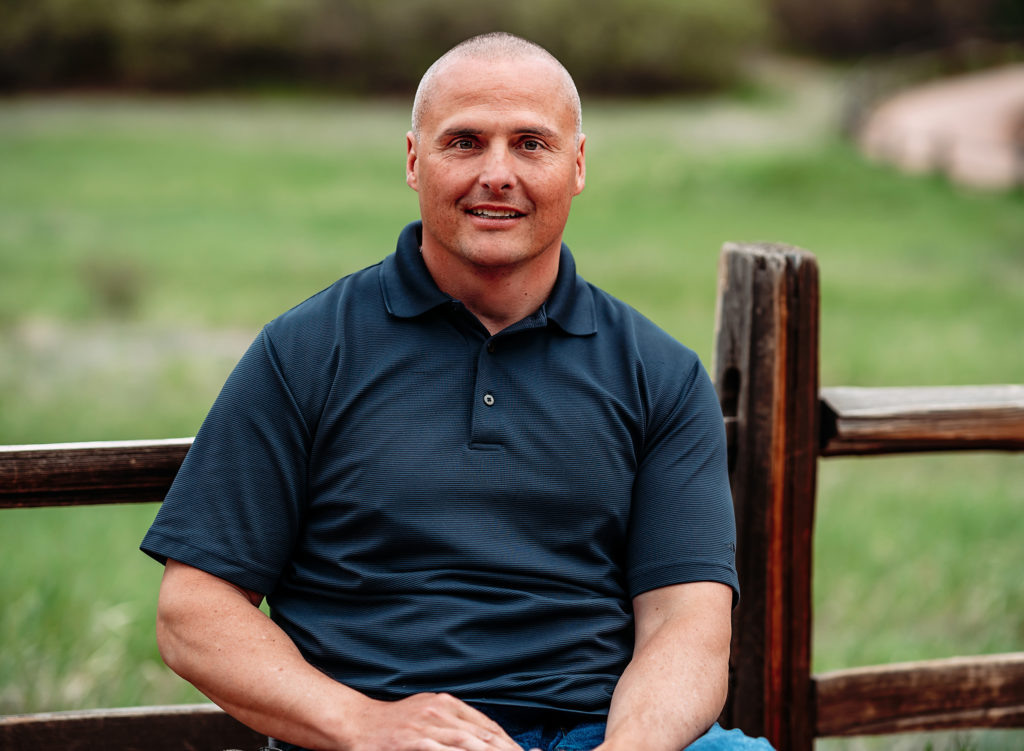
Monday, December 2nd, 2019